


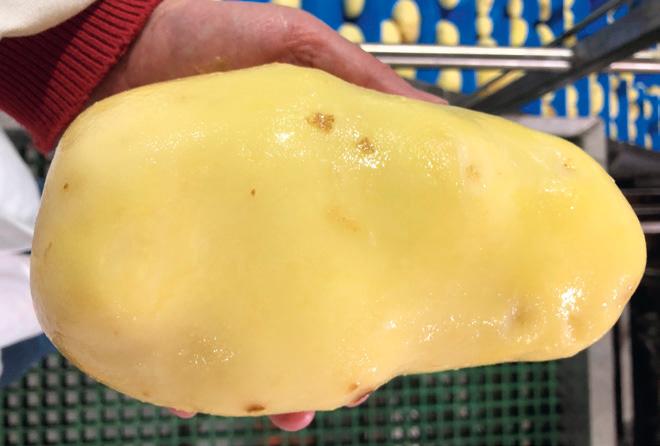













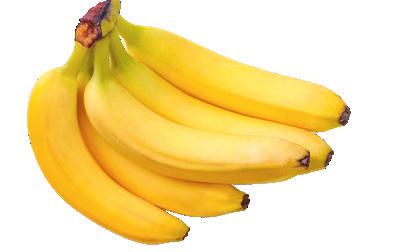
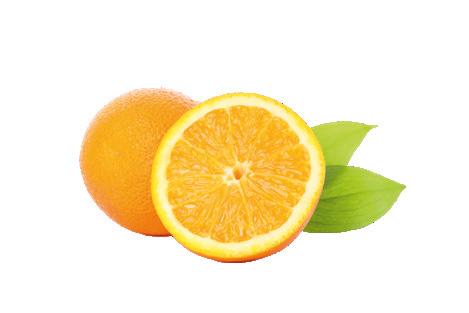
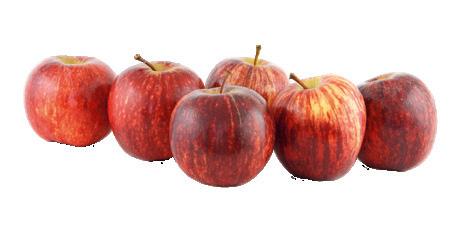


With us your fruit is in good hands. From arrival at the port to collection from our storage; we offer your product the best possible treatment.
In our storage locations in Vlissingen and Kruiningen, the products are subjected to a quality check, after which they are stored and kept at the desired temperature until you want to transport the products further.
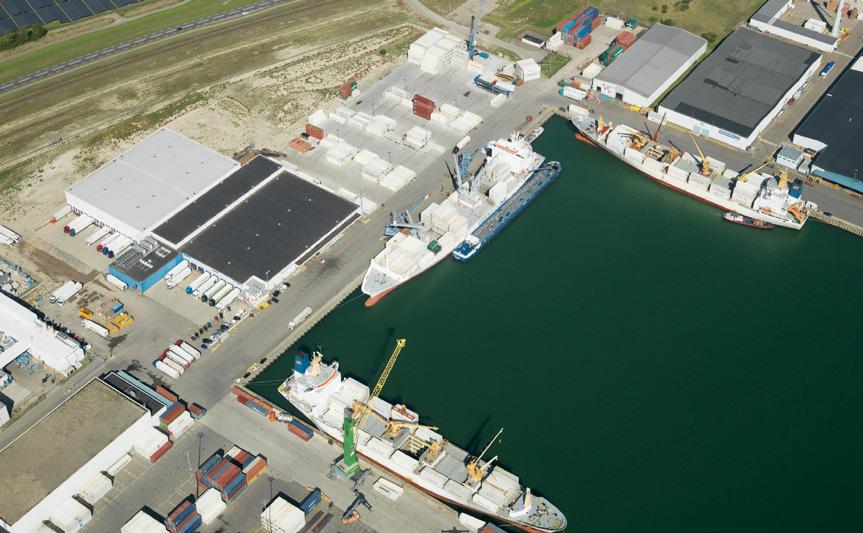
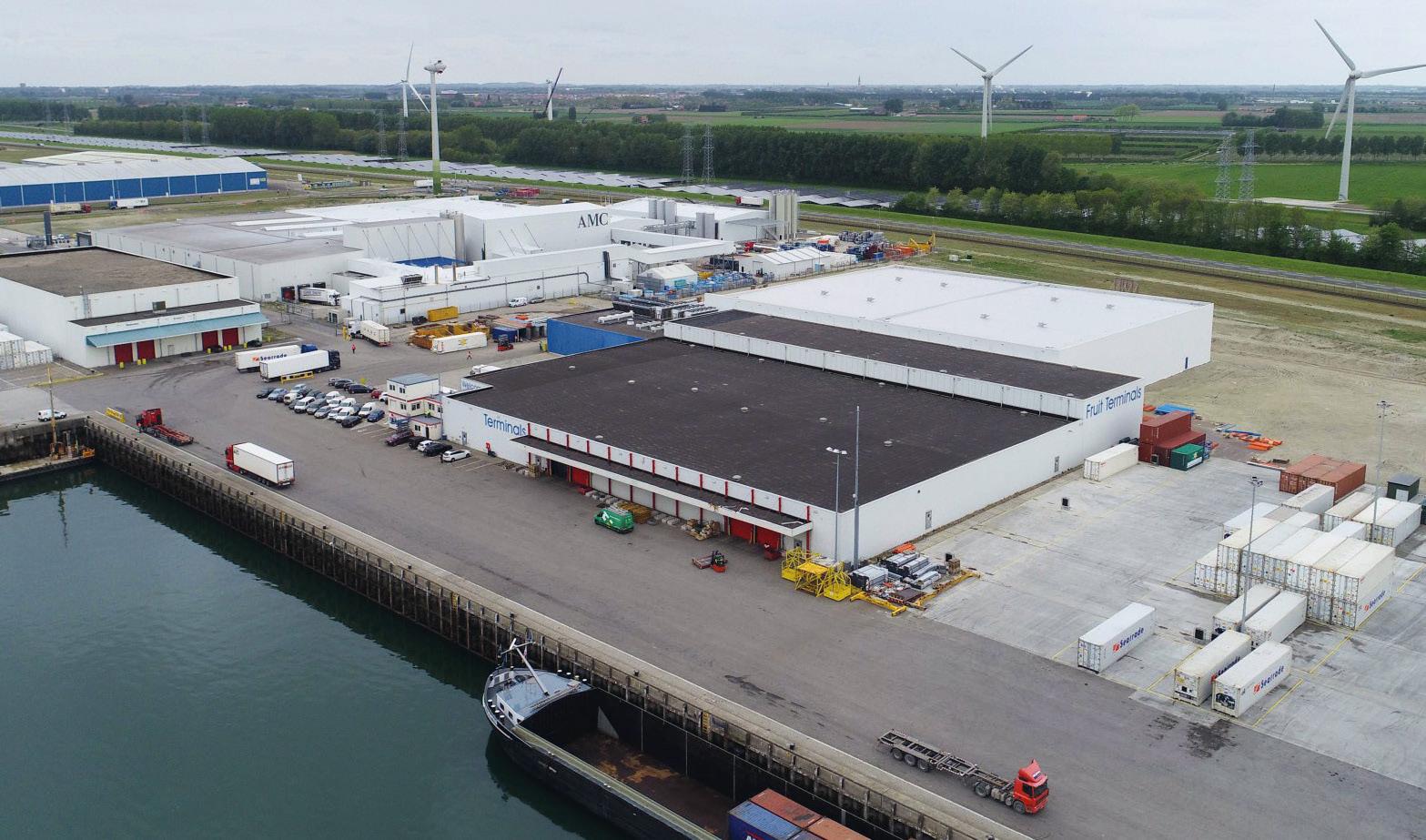
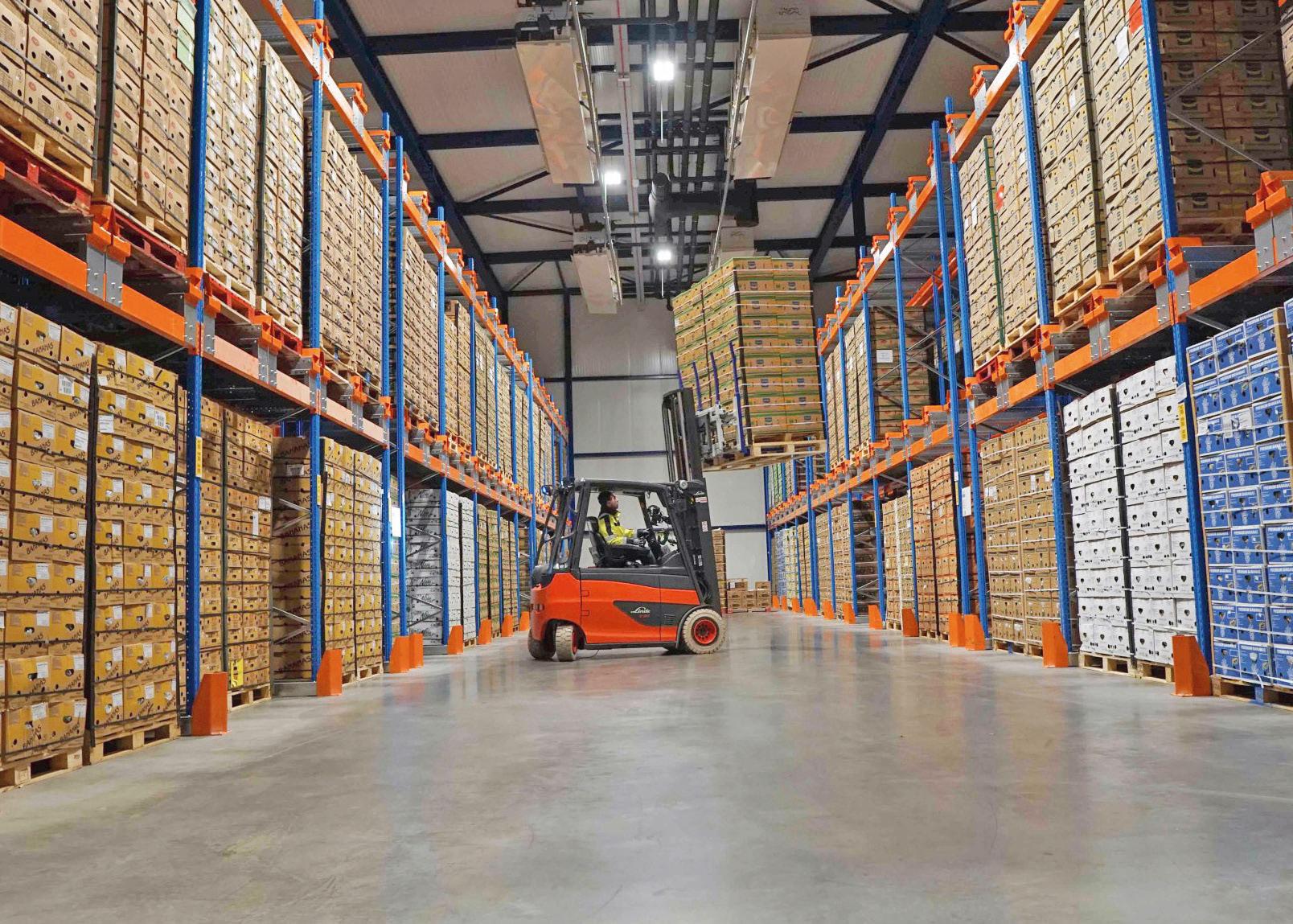
“Transitions from the Spanish to the German season may not go smoothly”
Rudolf
“These days we can draw on the entire portfolio of bananas, some of which are from our own cultivation”
38 “Eastern Europe is increasingly developing into an interesting sales market for fruit vegetables”
Christian Zeiler
40 Production and trade dynamics of Sicilian table tomatoes and peppers in the European context

42 “That market has got to grow too”
Thimo van Marrewijk
44 Fully renewed Jongfresh lays foundation for the future

48 “The crisis made us; it forced us to become creative”
Jan van Heijningen
52 “For the export market to take off, Belgian greenhouse vegetable prices must fall significantly”
Vergro
55 “We’re ambitious and keep evolving”
Joris Buijs, Noordhuys Packing
56 Energy management in greenhouse horticulture
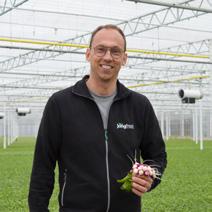
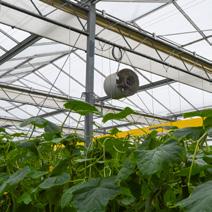
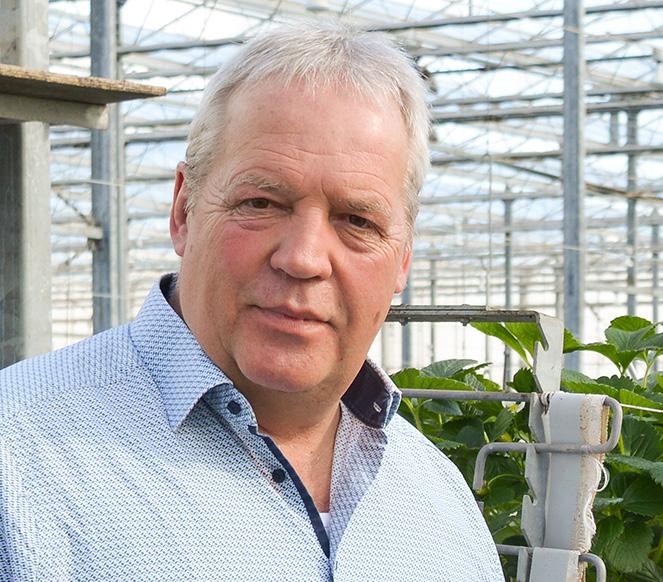
62 How did Yu&Me snack tomatoes penetrate this category?
64 “The bell pepper season’s slightly later start means sales are well-balanced”
Harm Aben, Frankort&Koning
65 “Dutch bell pepper season starting more gradually than ever”
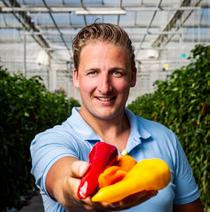
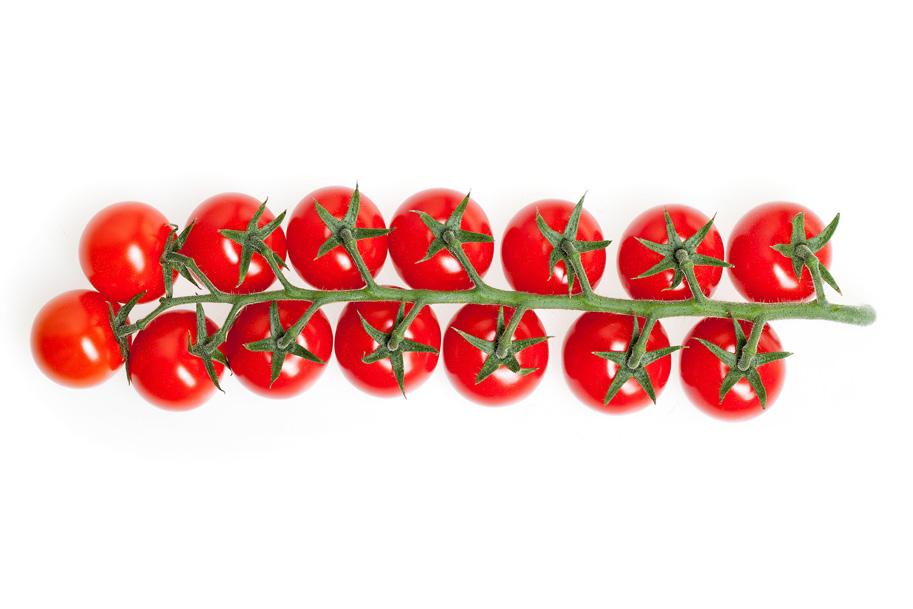
Marco Bergman, Harvest House
“The future is for the premium apple“
“Competitiveness against Dutch and Belgian producers has become more comparable for us on the whole“
Volker Janssen
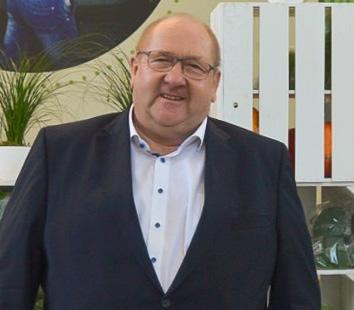
67 “Chili consumption rising thanks to fresh packs and meal boxes”
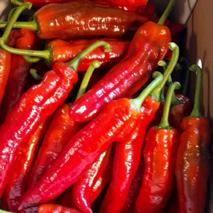
Gilad Produce
68 “Auctions still play a prominent role in day trading”
Wouter Willems, ZON fruit & vegetables
70 Moroccan tomatoes in 2022/2023: a season to forget
76 Strong hunger for knowledge might double Morocco’s tomato production
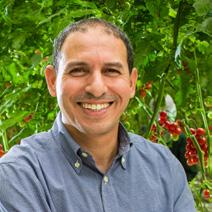
78 ToBRFV and tomato imports to Germany: quantifying the correlation
80 “We now generate 80 percent of our sales through our greenhouse production”
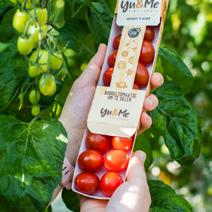
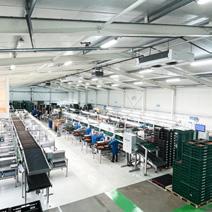
Hans Hofmann, Vegetables bau Hofman
82 Veredelung heute: Resistenzen, Roboter, Kälte und Schneiden an der DNA
84 Aubergine breeding: Continually trying to improve quality and production
86 Premium tomato to get even better
Dirk Landahl
Thierry Mellenotte Pink Lady
“Exporter-ripener-supermar-
Han Ploegmakers Banafood
“Winning this award proves our stable cooperative’s vision is on the right track”
Adriaan Vis FruitMasters

10 “LNG and soon Bio LNG make up nearly 40% of our fleet”
Günther Maters, Koeltrans
12 “The city did not even reach out to us traders”
Konrad Koester
19 Italian strawberries: export share drops by 2%, but production picks up in southern Italy
20 “Decline in Spanish product’s production and quality offers chances for Hoogstraten strawberries”
Belgian cooperative optimistic about nice strawberry season
24 “Any growing is a challenge and 2023 is going to be one of the toughest years we will see in my opinion”
34 “I’d go as far as to say that Leanri is even tastier than Nadorcott”
John Gijbels, Euro Gijbels
36 Italy is lacking in an ever-increasing supply of pears
96 “Retailers boycotting flown-in fruit and vegetables is a cheap ad campaign”
Peter Hobert, BUD Holland:
98 “Some supermarkets halting air freight fruit and vegetables smacks of pure greenwashing”
Alain Tulpin, Tulpin Group:
100 “The entire food industry should be concentrated in one location”
Nils Doerwald, CEO of Fruchthof Berlin
103 “We have to find solutions; the organic apple market is saturated”
112 South American companies spot and grab opportunities in Europe
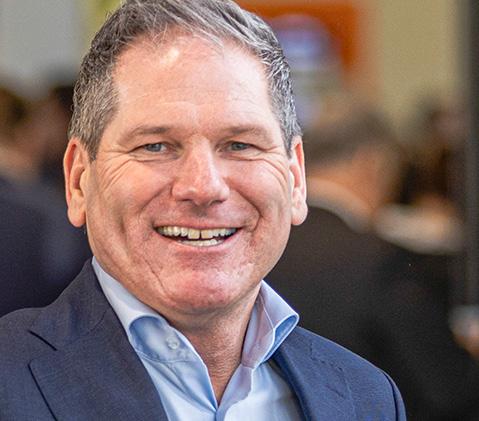
116 “Belgian asparagus a little slow to get going”
Benny Cuypers, BelOrta
150
“Decide, plot a course, do your homework, get behind it, and see it through”
Shawn Harris
Stepping aside after 500 months
Mart Valstar and Bas Rensen
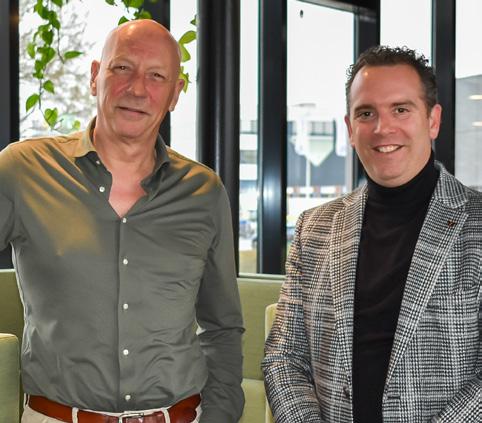
118 “Growing preference for European asparagus”
Will Teeuwen, Teboza
120 “Satisfied with Dutch asparagus season so far”
Rick Mengers, ZON fruit & vegetables
123 “There is an opportunity for a premium market for early asparagus to develop in Germany”
Jacques Guironnet, ASPA2
126 How Vietnam benefits from its King of Fruit popularity boom
130 “The Spanish stone fruit production is falling mostly in the hands of larger and more professional companies”
José María Naranjo, Sales & Market Development Manager at Tany Nature
132 Türkische Kirschsaison durch Wetter, Kosten und das große Erdbeben beeinträchtigt
Frühe Regionen werden dieses Jahr keine sehr hohe Kirschenproduktion haben
134 “If we had had more, we would have also exported more, because the demand has been there throughout the campaign”
Esther García, La Unión
136 BayWa Global Produce battles economic dynamic with investments
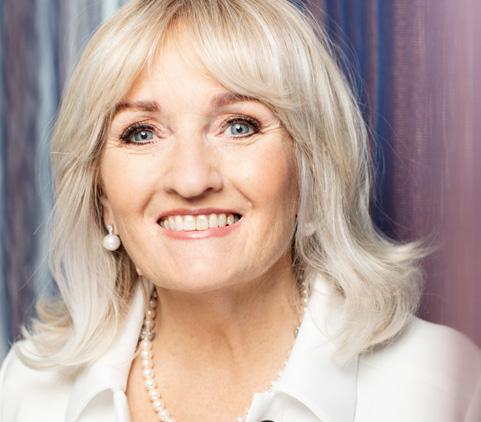
144 “Sharp decline in produce trade from North America to Europe has changed our business”
Rob Borley, AMS Export
148 “We expect a lot of this season”
Jean Contreras, Arco Fruits
156 What’s happening in the global vertical farming industry?
ket relationship determines banana chain‘s success”
High temperatures at the turn of the year, followed by a cold front in the second half of January caused extreme difficulties for Behr AG’s Spanish vegetable growing operation. Meanwhile, planting could also be carried out much later than usual at the Büttelborn site due to the unexpected cold snap, which is why supply bottlenecks could not be ruled out, said Rudolf Behr, CEO of the company of the same name. He talked to us about this year’s seasonal change in the sector of outdoor vegetables, the omnipresent inflation and cost increases as well as the development of organic cultivation.
This year’s season started with planting at the beginning of September at Agrar Systems, the Spanish subsidiary in the heart of Murcia’s growing region. Until the second week of January, high temperatures dominated the events. “Our range of varieties did not match the temperatures, so quality deficiencies were inevitable. In addition, the original harvest schedule could not be adhered to: That means we started the harvest about three weeks too early, which is why there was overproduction in addition to the quality deficiencies. From the second week of January onwards, it slowly became cooler, whereupon growth radically slowed down. As a result, a tight supply situation is now emerging that will last until the end of the season,” Behr sums up.
Overall, the winter harvest in Spain was an up and down affair. Behr: “Prices
recovered from a very low level from the third week of January. However, the price increase was far too hesitant in relation to the shortage situation. The high losses suffered since November are expected to be only slightly mitigated at the end of the season.”
Due to the shortage, the Spanish winter season is expected to end earlier, Behr continues. Immediately after planting at the Büttelborn site in Hesse, the crops were exposed to night frost for more than ten days, which is why the start of harvest is unpredictable for the early crops, he says. “Accordingly, the transition from the Spanish to the German season may not go smoothly. The connection from the Hessian harvest to northern Germany, on the other hand, will not be a problem,” he adds. Behr AG’s most important crops continue to be iceberg lettuce, mini
romaine, broccoli, cauliflower and spinach.
In general, the vegetable producer is not too worried about climate change. “Our farms are located in different climatic zones, so there are no major obstacles. We have the principle that quality must come before regionality and therefore recommend that the customer is more flexible.”

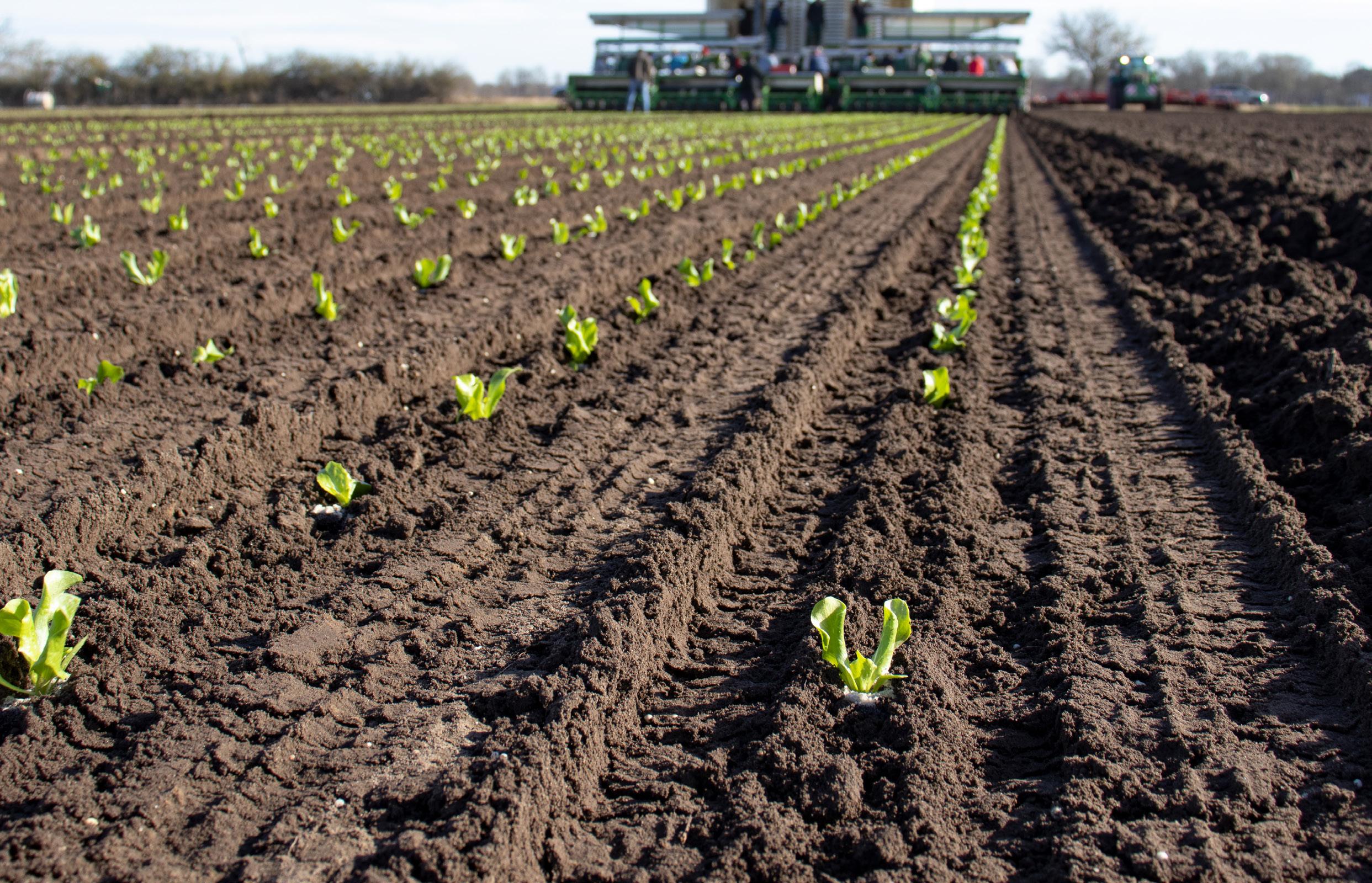
In addition to conventional outdoor products, the organic production has also been successively expanded in recent years. The main crops are lettuces, courgettes,
“Transitions from the Spanish to the German season may not go smoothly”Rudolf Behr at Fruit Logistica 2023
beans, cabbages, sweet corn, spinach, celery, leeks and pumpkins. “In the case of Hokkaido pumpkins, we want to set up a year-round programme via Germany, Spain and South Africa. We also intend to try growing organic tomatoes twelve months a year in Germany and Spain. We have already succeeded with celery and broccoli. With lettuces, we have insect problems from mid-September to early November in Germany, and in Spain we face similar challenges from mid-April.”
According to Behr, consumers are also paying attention to prices when buying organic. Accordingly, a clear shift from organic specialists to supermarkets and discount stores can currently be observed. “The purchase volume of organic vegetables was down by eight per cent in 2022, while increases continued to be recorded in food retailing - both full-range and discount. Considering that these market segments are among our main customers, we did not suffer any losses in terms of volume,” Behr sums up and points to the latest product innovations. “New in our test cultivation this year is the organic country cucumber, which we grow in
Rosenweide in Lower Saxony. Also new is the organic mini watermelon.”

Both in conventional and organic vegetable production, the increased operating costs are making themselves felt, Behr further observes. “Supply and demand still regulate the price of vegetables. In 2022, we were not able to compensate for the increased operating costs with the revenues. It is always difficult to add rising costs to prices concurrently.”
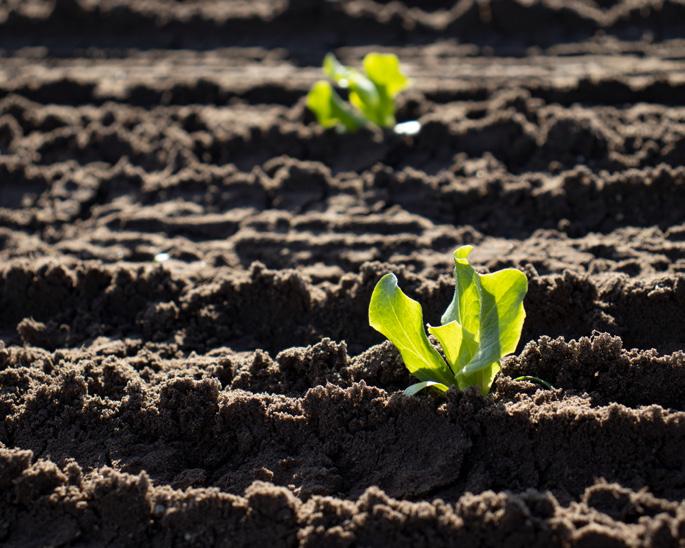

Despite all the challenges, Behr AG is looking ahead with confidence. “We are definitely optimistic due to the growth steps we have taken in the past. It is important for us to maintain relevance in the market in order to be able to work fairly with customers. Therefore, we will persistently continue to offer and push product and packaging innovations in the future. In terms of packaging, we pay strict attention to the reuse and recyclability of packaging (PP film as well as PET trays) and wherever possible we use cardboard trays or refrain from packag-
ing altogether. On the other hand, we do not see many opportunities for great new developments at the moment in view of the reluctance to buy. The standard is in the foreground - that is what we are concentrating on,” concludes Behr.
pkluender@behr-ag.com
On February 13, the Hamburg-based company Direct Fresh GmbH celebrated its 10th anniversary. Started as a modest agency, the company has developed under the leadership of Dirk Landahl into a flexible and renowned partner for the European food retail sector. We spoke with Landahl and his son-in-law Felix Stamer about the rapid development of the company as well as the global banana industry.
After the initial years, the first step was the move to the current company headquarters at Kiebitzhof in Hamburg in 2015. “After several years of growth, we had to cope with a decline in turnover for the first time that year, which was followed by a comprehensive restructuring. We wanted to focus more on retail programmes and less on spot markets and the two products bananas and garlic,” says Landahl looking back. He has been the sole shareholder of the company since 2019.
The fundamental decision paid off in the following years, which was reflected in a steady development of turnover. Landahl: “Despite or thanks to Corona, we recorded our best turnover result in seven years in 2020, and this performance was improved again in the following year, 2021. The past banana year was of course affected by the considerable cost increases, but we were still able to win new customers for us and at times triple the volume with existing customers. Given that the market has recovered to a certain extent, we expect another good year.”

Direct Fresh GmbH’s sales markets nowadays fall on three pillars, Landahl continues. “We supply the service providers of the discounters and in some cases also act as a direct contact for the food retail trade. In addition, we have opened
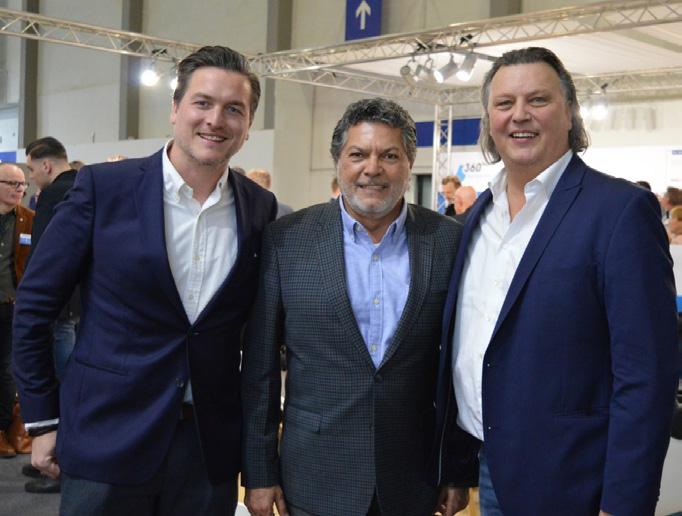
“These days we can draw on the entire portfolio of bananas, some of which are from our own cultivation”
Dirk Landahl:Felix Stamer and Dirk Landahl with their supplier Alfredo Montalvo from Ecuador (m) at this year’s Fruit Logistica
up new markets, for example in France and Bulgaria. It is noticeable that we are increasingly being noticed, in that above all the direct routes and our broad supplier network are appreciated. Last year, we also took a stake in a 250 ha banana plantation in Ecuador, 135 ha of which are already in production. Shortly before that, in 2020, we founded Direct Fresh Sourcing GmbH and launched and protected our own brand Bellarillo. This means that nowadays we can draw on the entire portfolio of bananas, partly from our own cultivation.”

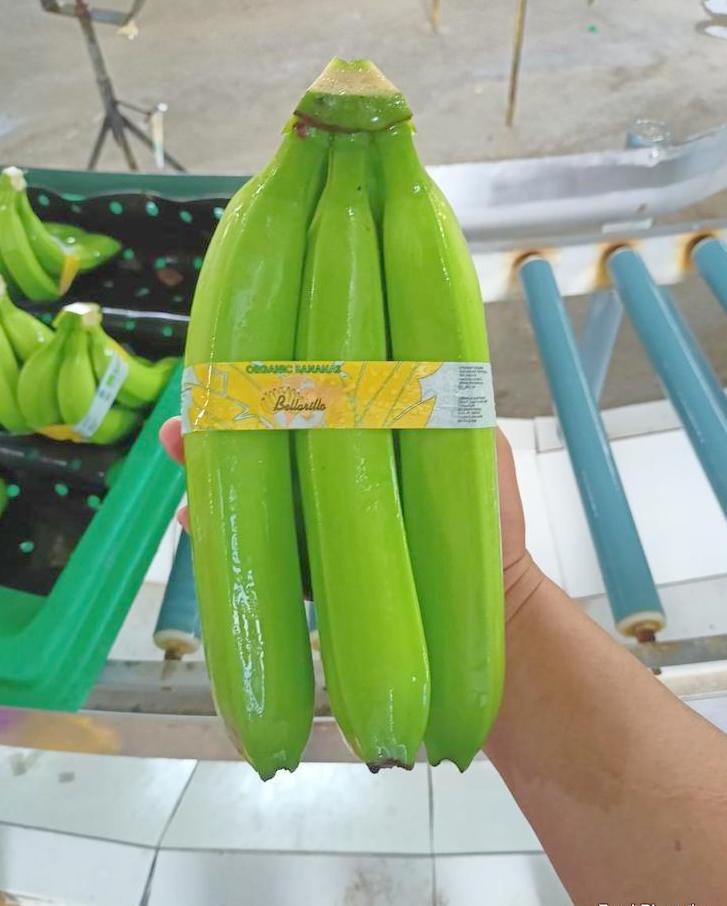

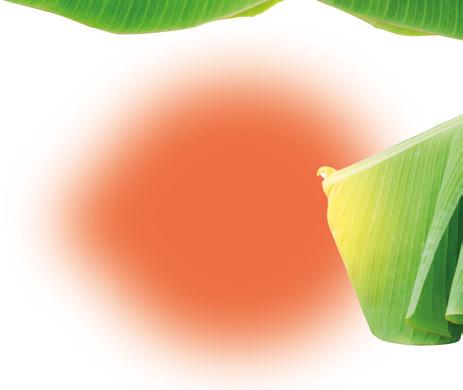
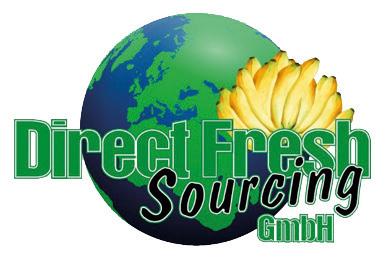



The launch of the own brand Bellarillo in 2021 was another milestone for the Hamburg-based company.Another topic that is currently gaining relevance is the market launch of sustainable, CO2-compensated bananas. “We have already been able to deliver the first quantities to food retailers. As an importer, we are constantly in a balancing act between ecology and economy, but we are striving to further expand our volume in the coming years. We see sales opportunities in Europe-wide food retailing and are convinced that this trend will continue in
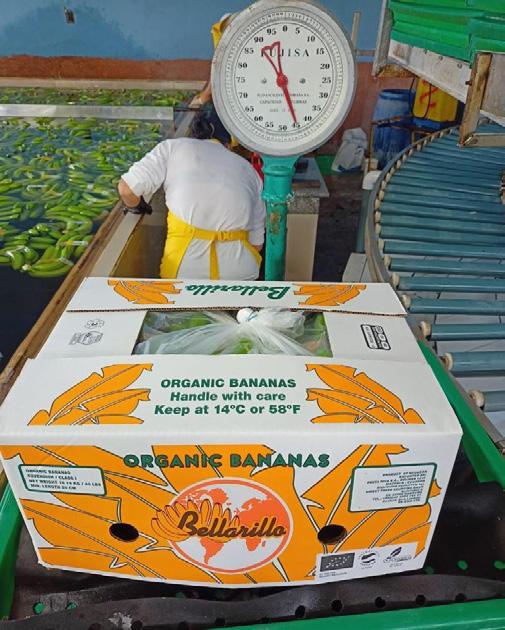
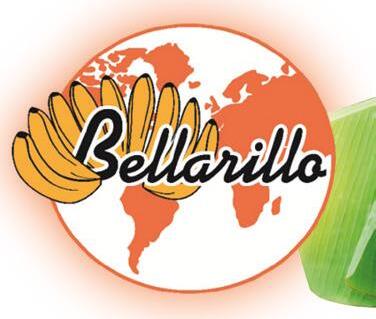
the coming years,” says Felix Stamer. Over the years, Ecuador has asserted itself as the main source country for bananas in all qualities, adds Landahl. “The projects in Colombia have already started very successfully and will soon be followed by other origins such as Peru, Costa Rica as well as the Dominican Republic.”
Both the supplier and buyer network is being expanded bit by bit. Nowadays, Direct Fresh GmbH is active as an internationally established trading partner in numerous countries, from the neigh-
• Sustainable, strong design •
• You buy directly from the manufacturer (Helmond – NL) •
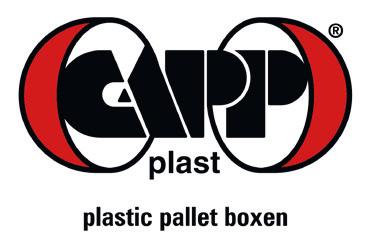





• More than 60 years of experience in Food & Agri •
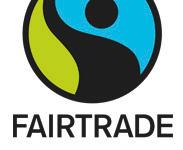
• We produce also big foldable boxes •
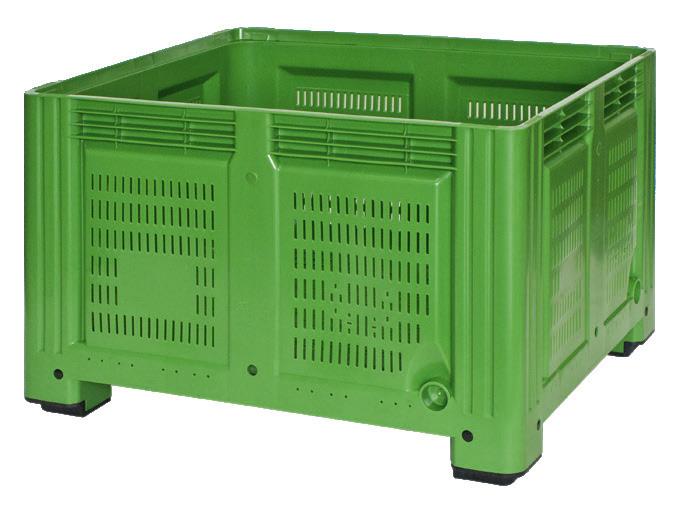
bouring markets of Austria and the Netherlands to Central and Eastern Europe and the Arab countries. Landahl: “Across the market, we are seeing an increased demand for third-party brands or entry-level price bananas, as consumers are becoming more price-conscious due to the price trend. Currently, bananas are offered at 1.40-1.50 euros at the POS in this country, while we used to have prices around 1.00 euro. But you have to remember that bananas are still the cheapest item in the fruit and vegetable department.”
Although banana distribution is and remains the company’s core competence, Direct Fresh GmbH is also dedicated to the distribution of other overseas products, such as garlic

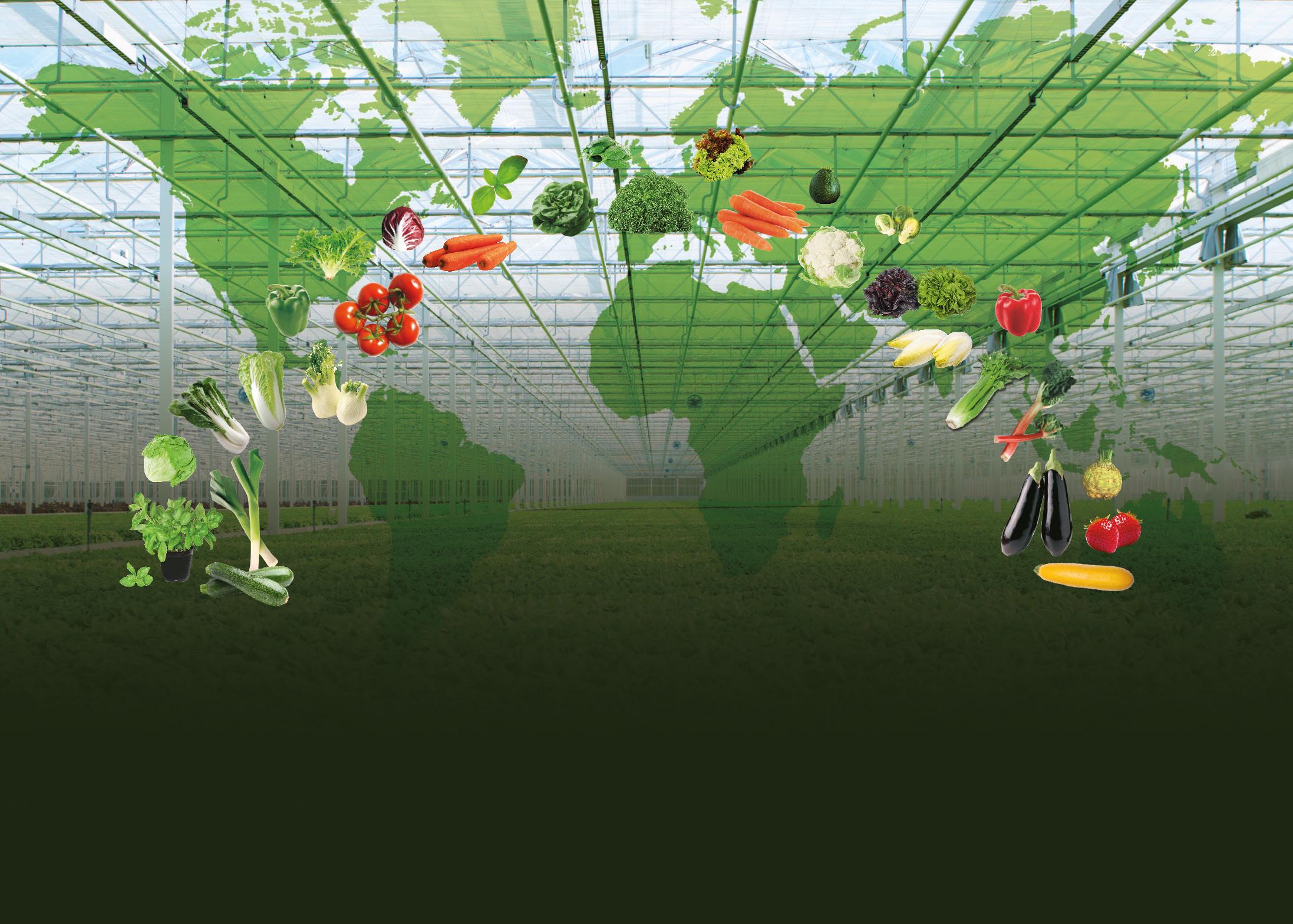
and ginger. “In the future, we also want to obtain the latter from our own contract farming, in which we want to use the open spaces on our farm in Ecuador for the production of organic and Demeter ginger. Preliminary talks with our cultivation partner have already been very positive. There are sufficient water resources available, the decisive factor now is whether the production of ginger is also realistic in terms of the soil. If that were the case, I think the first shipment, i.e. the market launch on the European market, would be possible in about one year,” Landahl concludes.
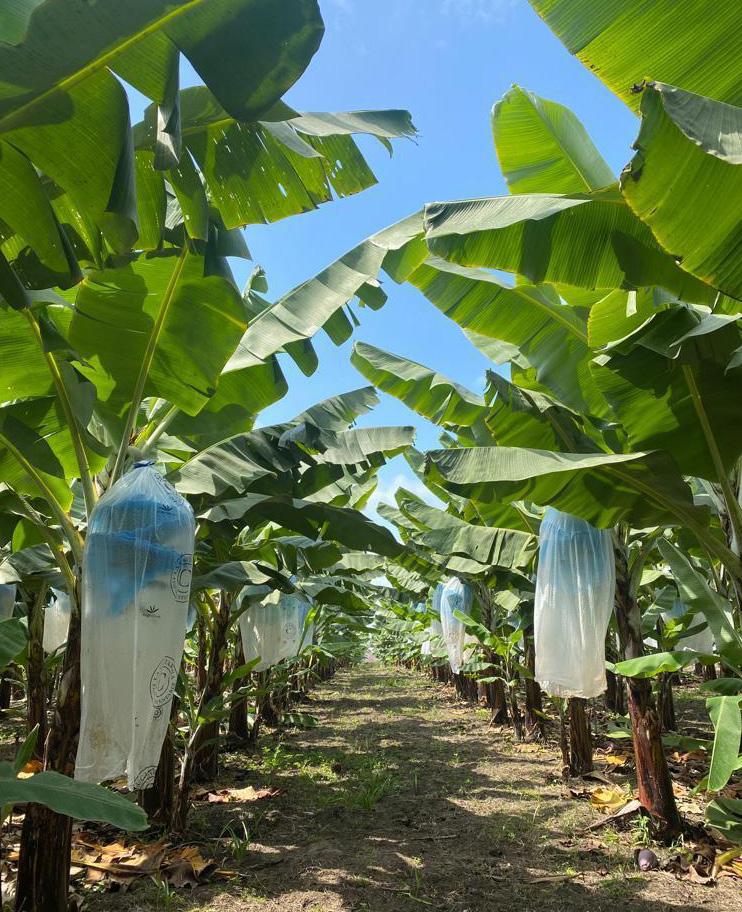


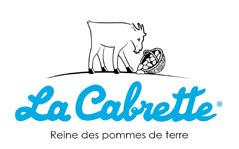

Refrigerated transport to Germany is one of Koeltrans’ core focal points. This Dutch company which recently turned 12.5, operates mainly in the fruit, vegetable, flower, and plant sectors. But, according to owner Günther Maters, it is looking to expand its services in other sectors.
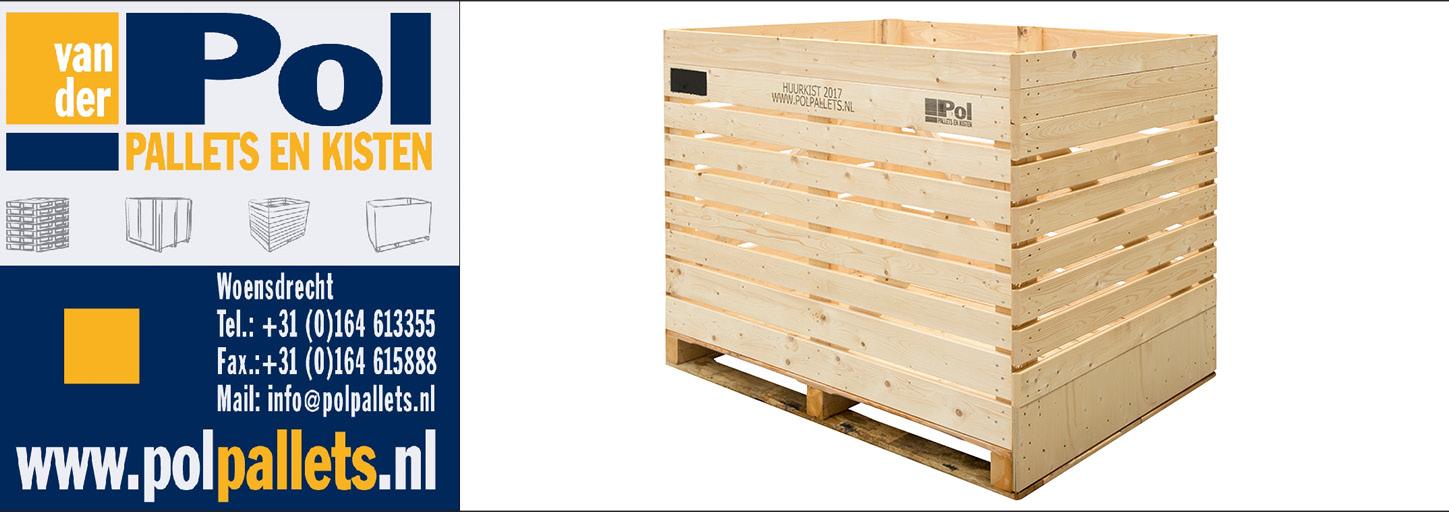
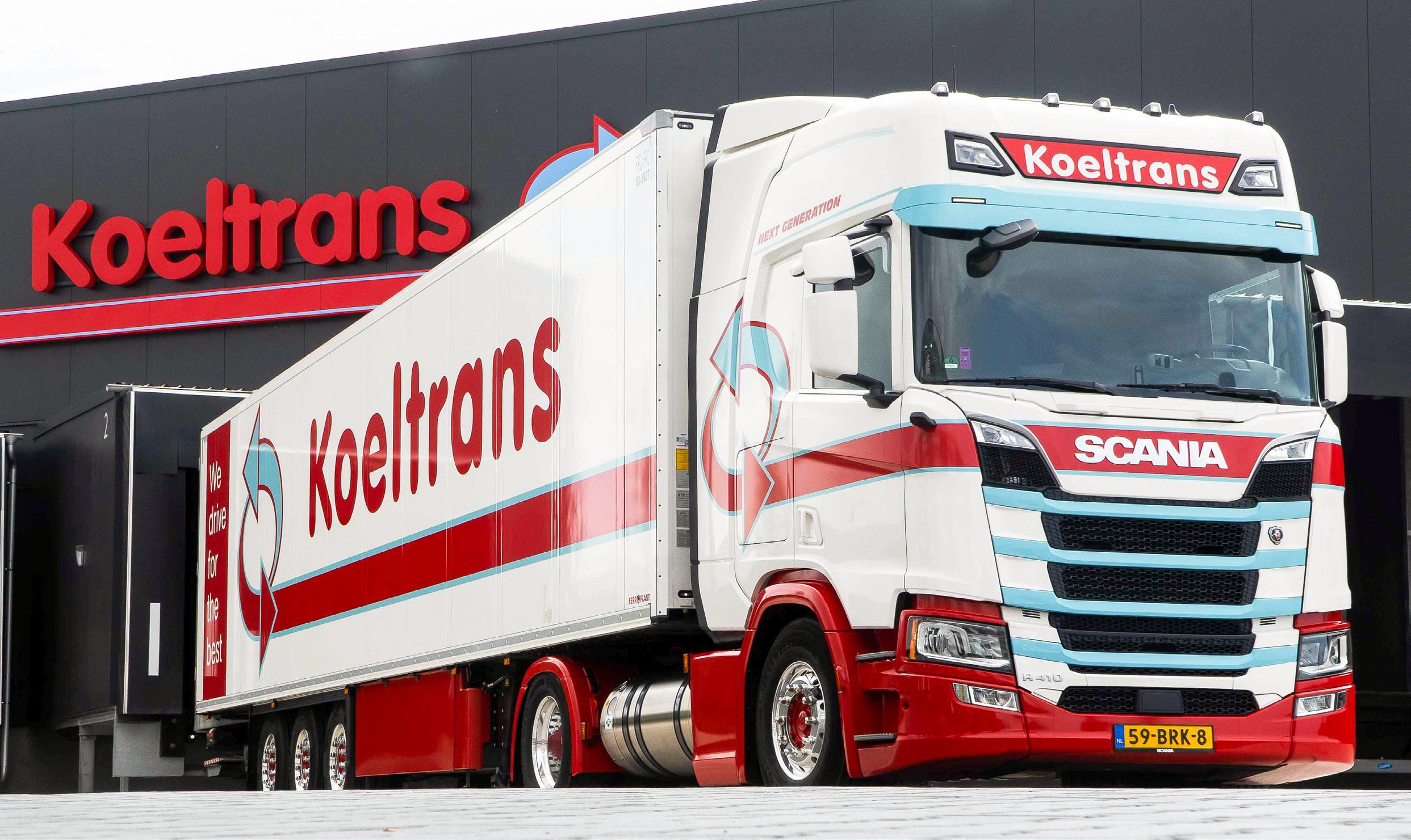
What are the most important developments in transport to Germany? Controlling costs and optimizing servi-
ces, Günther answers: “Customers are becoming increasingly demanding regarding information. We, thus, have 24/7
occupancy, bundle freights, optimized load factors, and cross-docking facilities. All while giving clients real-time updates.”
“High demands are placed on the equipment, not only on the trucks and trailers but also on the drivers, who must provide the necessary hands-on services. That requires driver training and supervision, which we do in-house at what we call the ‘Koeltrans academy’. Driving time regula-
Günther Maters, Koeltrans:
“LNG and soon Bio LNG make up nearly 40% of our fleet”
tions to keep the trucks running as much as possible and allow drivers to rest as legally required need plenty of attention too. Plus, the Mobility Pack is quite challenging, now and in the longer term. To seamlessly implement that, in 2018, we added a branch in Germany to our existing one in the Netherlands. We can thus offer clients the flexibility they want.”
“We all currently face price increases, thanks to the war in Ukraine and inflation, which puts pressure on margins. The transportation industry had to deal with much-delayed truck and trailer delivery times as well as skyrocketing equipment prices. Drivers’ wages are also rising tre-

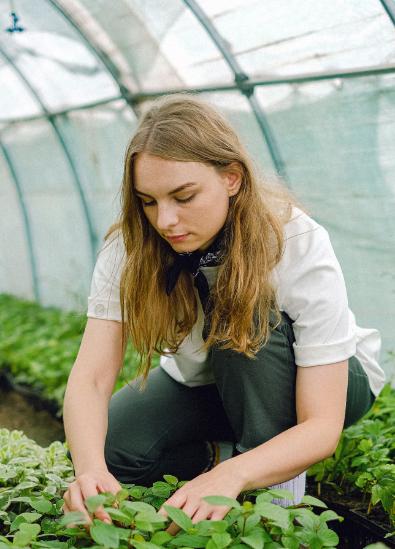
mendously, with ten percent and higher hikes being commonplace. So, to ensure quality and quantity, we have to be creative in anticipating truck usage rates. With more than 180 units in our fleet, we have that well in hand,” says Günther.
“We began greening our fleet years ago. LNG and soon Bio LNG make up nearly 40% of our fleet. Since this calls for knowhow and experience, we’re sure we’re a step ahead of the rest of the market with this,” Maters explains. “The recent LNG prices made that tricky sometimes, but this will benefit us, given future legislation and CO2 surcharges. Also, Bio LNG has the advantage of 90% CO2 savings compared to diesel.”

“Our fleet already includes LHVs, many of which operate in Germany. However, current laws and regulations have weight limitations. Weight is a concern for the fruit and vegetable sector; not so much for flowers and plants.” He considers improved customer data flow as the biggest future challenge. “That and our green fleet means Koeltrans is ready for the future. On to the next 12.5 years,” concludes Günther. gunther@koeltrans.nl
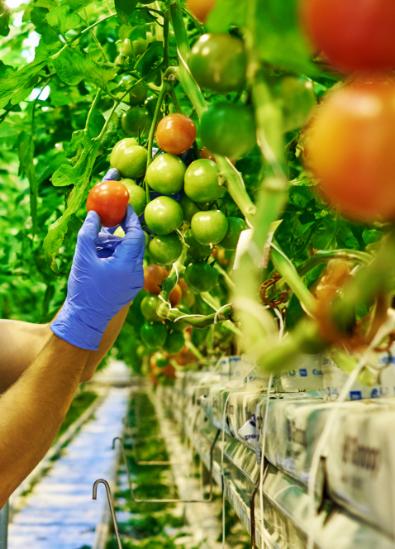

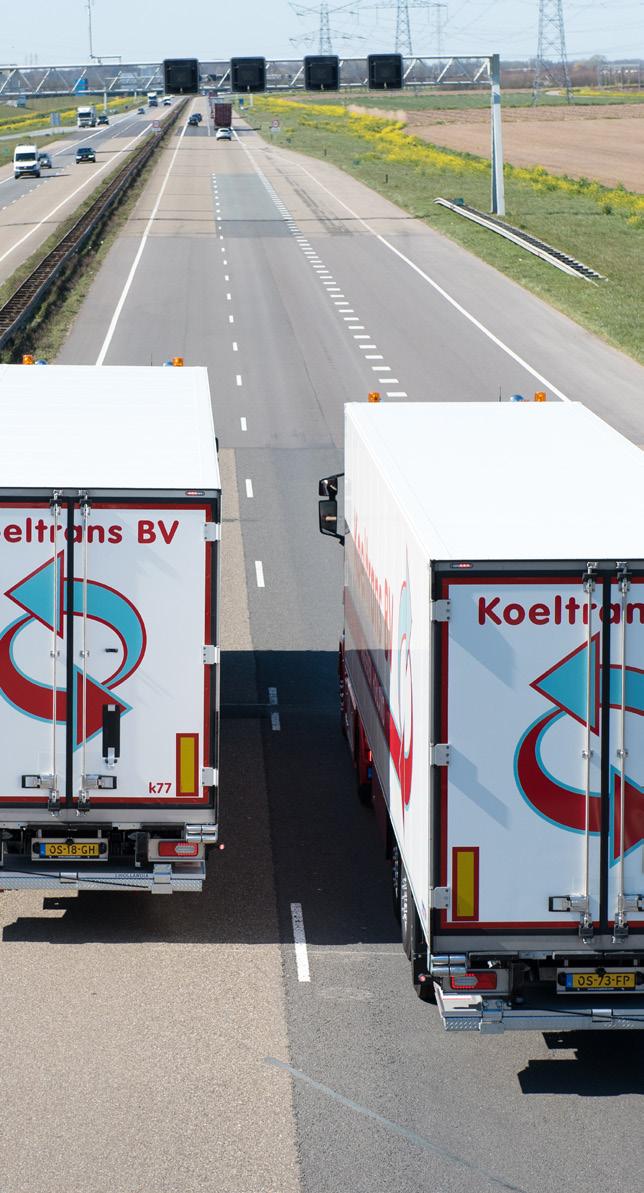
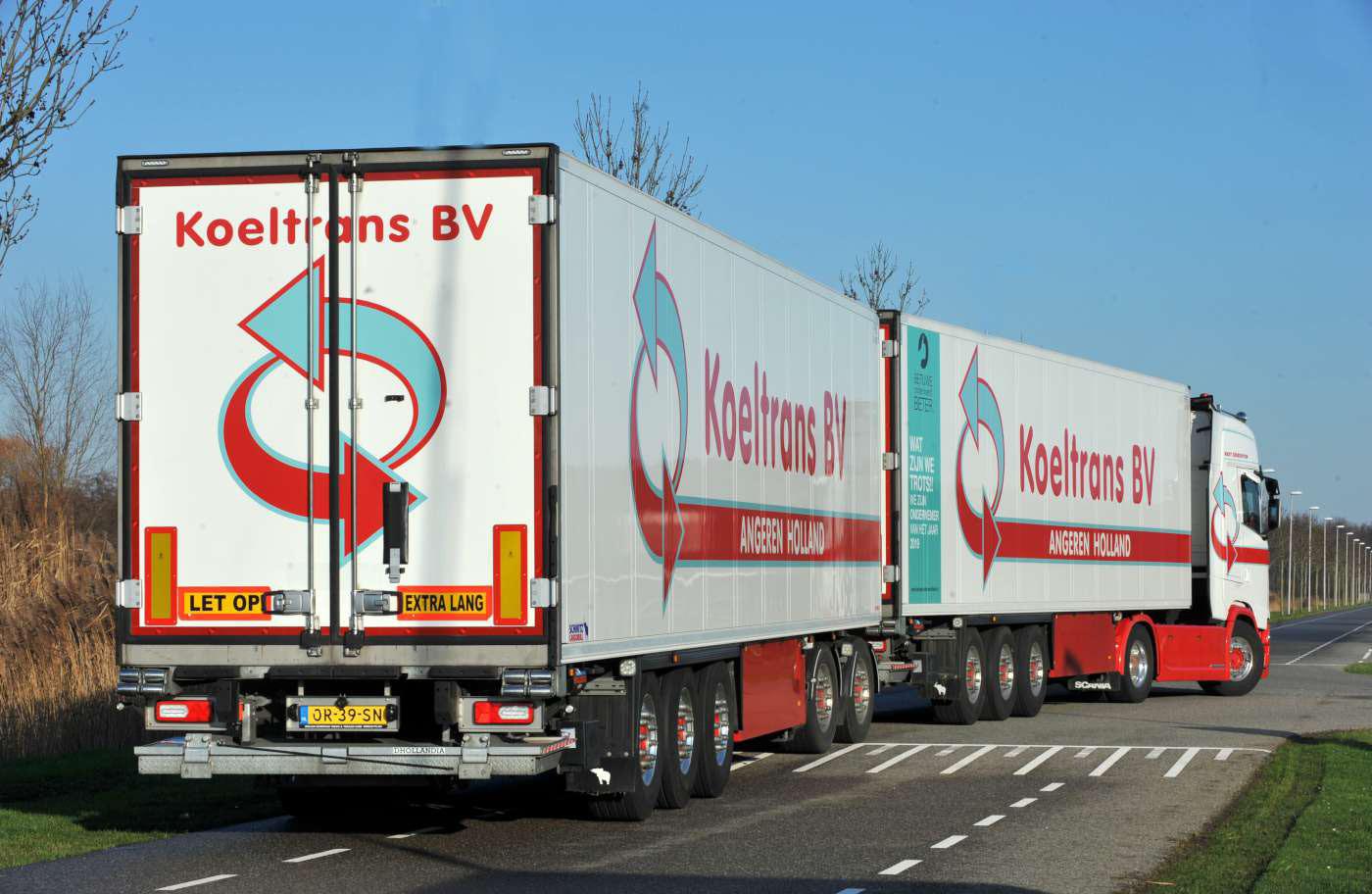
Konrad Koester has been working at the wholesale market for about three decades:
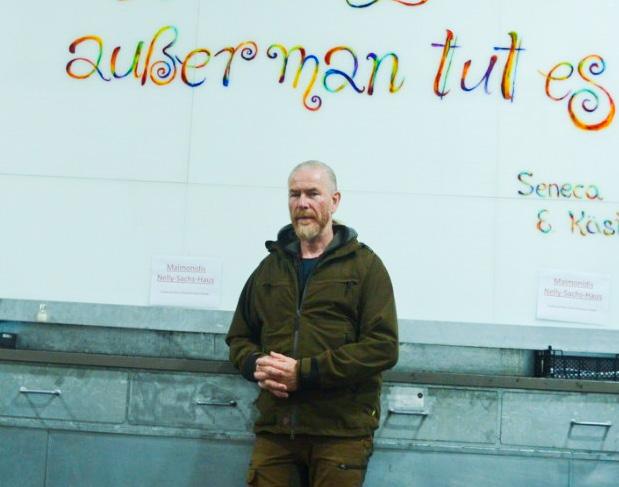
Like many long-established wholesale market colleagues at the Frischezentrum Düsseldorf, Konrad Koester has spent a significant part of his professional life at the fruit and vegetable trading centre. The fruit wholesaler was therefore very angry about the council’s decision of 1 July 2021 to dissolve and close the wholesale market as a public trading area. With a lawsuit against the city, the end of the wholesale market was narrowly averted for the time being; a total of fifteen lawsuits are now running against the city. FreshPlaza had an in-depth conversation with Konrad Koester, the dedicated managing director of the company of the same name, in Düsseldorf.
“Although the wholesale market is no longer responsible for the entire fresh produce supply of the city of Düsseldorf, it is still responsible for an essential part of the general public supply,” Koester pleads. A fundamental part of this general public supply are public and state-subsidised places, which include not only museums and zoos, but also the city’s wholesale markets, so that citizens can maintain their living at a reasonable price. “At the same time, traders also need a place where they can handle the goods cheaply and deliver them to the respective buyer.”
After the past lawsuit, another three lawsuits against the city are ongoing. For one, Koester has filed an application for a standards check against the city council’s decision to close the wholesale market. For another, further lawsuits are underway against the dismissal of the resident traders as well as the rent increase. “We
pay 16-17 euros/m2 cold rent these days, which is about double the old rent until a few years ago. The city has decided to pass on the third-party waste that is deposited on the premises to the rental costs of the market firms. The admissibility of this increase is currently being examined and I am confident that the city council will have to withdraw this decision.”
IMMEDIATE
According to Koester, the exact opposite is the case in Düsseldorf. “The city has not even reached out to us. That can be seen clearly in the open stands, which are simply not allowed to be reoccupied, even though there would have been enough new applicants. The city council doesn’t recognise the importance of the diversity of supply that the wholesale market has to offer.”
WHOLESALE
NEEDED Koester also points to the key role of the wholesale market at the time of the pandemic. “Especially in the first months of the crisis, the wholesale market was needed more than ever because the food retail chains could not keep up with the local supply. In Italy, a special crisis management system was set up with networking of the wholesale markets, in which the wholesale markets were given additional financial support. In most cases, wholesale market companies are owner-managed and known for their reliability.”
The Higher Administrative Court of North Rhine-Westphalia in Münster is currently examining whether the ruling of the Administrative Court of Düsseldorf was correct. After that, only a further trial before the Federal Constitutional Court in Leipzig would be possible. Should it come to the end of the wholesale market, it would also be the end for the Konrad Koester company, according to the owner. “We are a service provider for regional community catering and buy about 60 per cent of our raw goods directly on site from our wholesale market colleagues. That guarantees the quality of our company. If we no longer have the wholesale market to buy from, we can no longer guarantee the safety of our products. But if we were to win the lawsuit, I would call for the immediate renovation of the wholesale market area to the latest hygiene standards.”
Most wholesalers prefer the comprehensive redevelopment of the current site, according to a small survey. “The cur-
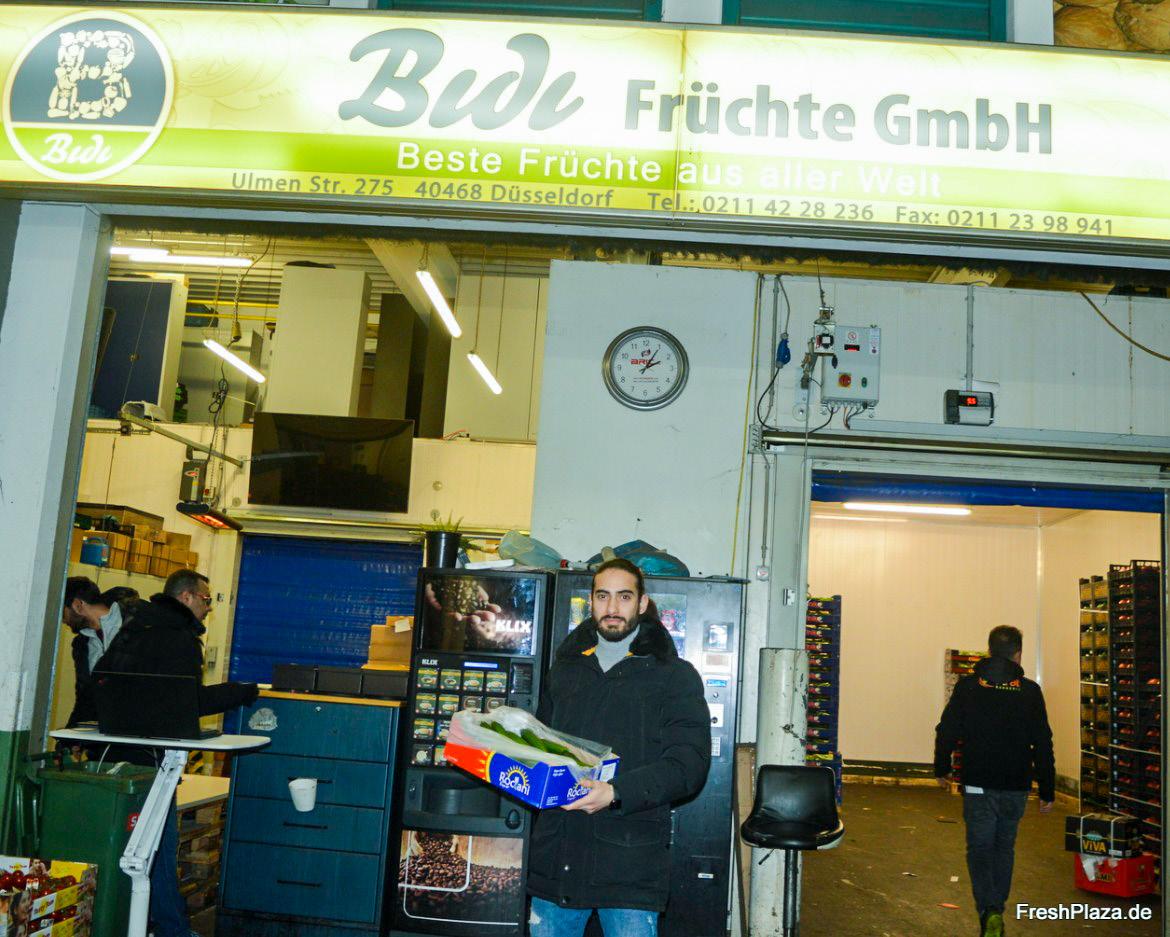
“The city did not even reach out to us traders”
Konrad Koester
rent wholesale market is a discontinued model,” said 87-year-old Wilhelm Andree, who has spent his entire career at the wholesale market. “We would prefer to stay here, but we are not afraid of a possible closure of the wholesale market,” said Yusuf Bidi from the company of the same name. His colleague Hasan Atula from Christoph Kotz e.K. sees the situation in roughly similar terms. “This is where we have our base, which would fall away if we relocated.” Gastro-wholesaler Azad Dagdelen of Adam Reuters GmbH does not believe that the wholesale market’s demise can still be averted. “The wholesale market is coming to an end: We are already considering several options and are open to everything.”
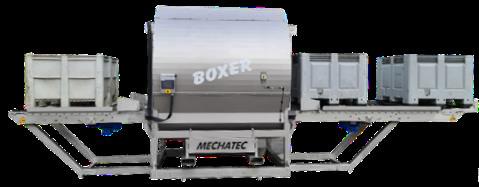

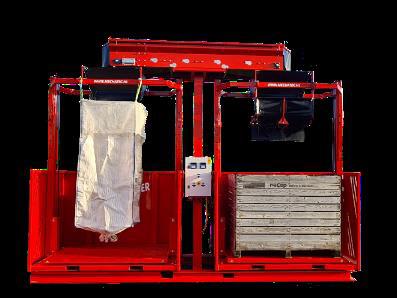
“A metropolis like Düsseldorf simply also needs a modern wholesale market,” Koester continues. According to him, this

does not only apply to Düsseldorf, but also to the other fresh food centres in Germany. “The wholesale markets that still exist today are, without exception, the largest urban vegetable warehouses and can therefore also have the quickest access to fresh vegetables if something is needed. This storage and transhipment function of a wholesale market should by no means be underestimated. The management of such a trans-shipment centre requires certain qualities that the city does not have, in my opinion. In other words, the city cannot manage the wholesale market, but only administer and safeguard it. That is a very important difference. So if I were to win the case, the structures would also have to be fundamentally changed. In that case, we wholesale market traders would take the management into our own hands, but under cover of the city.”
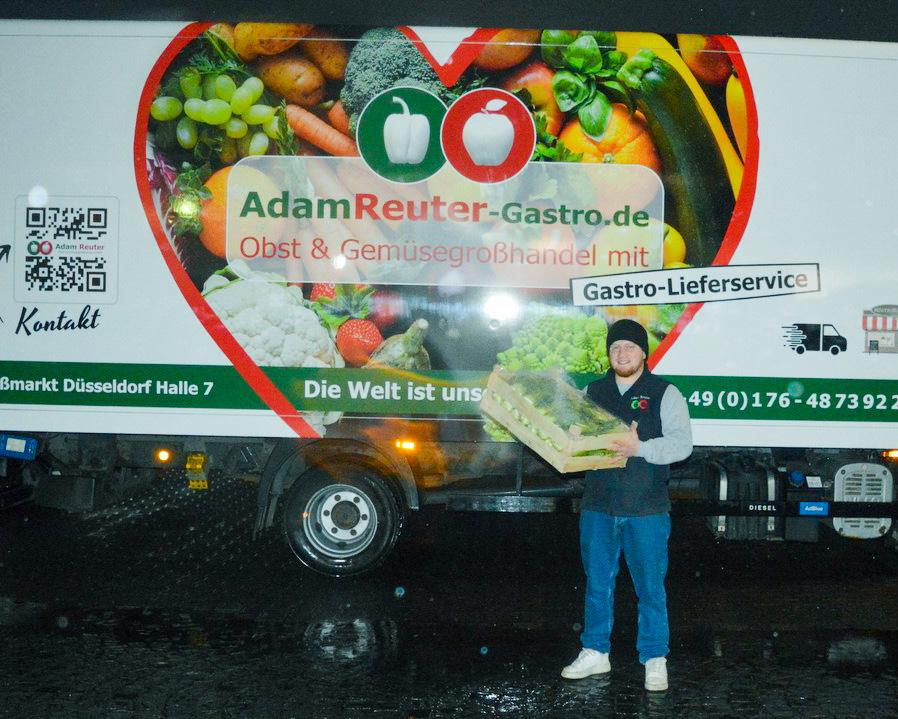
Koester then also points out the erroneous media reporting and the negative
tenor with regard to the German wholesale markets. “We have a fantastic product and concentrated expertise. If sales were to decline, we would also be in a position to open up new markets. We will inevitably have to switch to service and delivery. The influx of customers is visibly decreasing. Accordingly, I would also be in favour of opening 24 hours a day so that we could also attract restaurants and other tradespeople to the market. For this, a location commitment of at least 20 years would also be crucial in order to build up the wholesale market in a sustainable way and to ensure that the existing quality and expertise are not lost.”
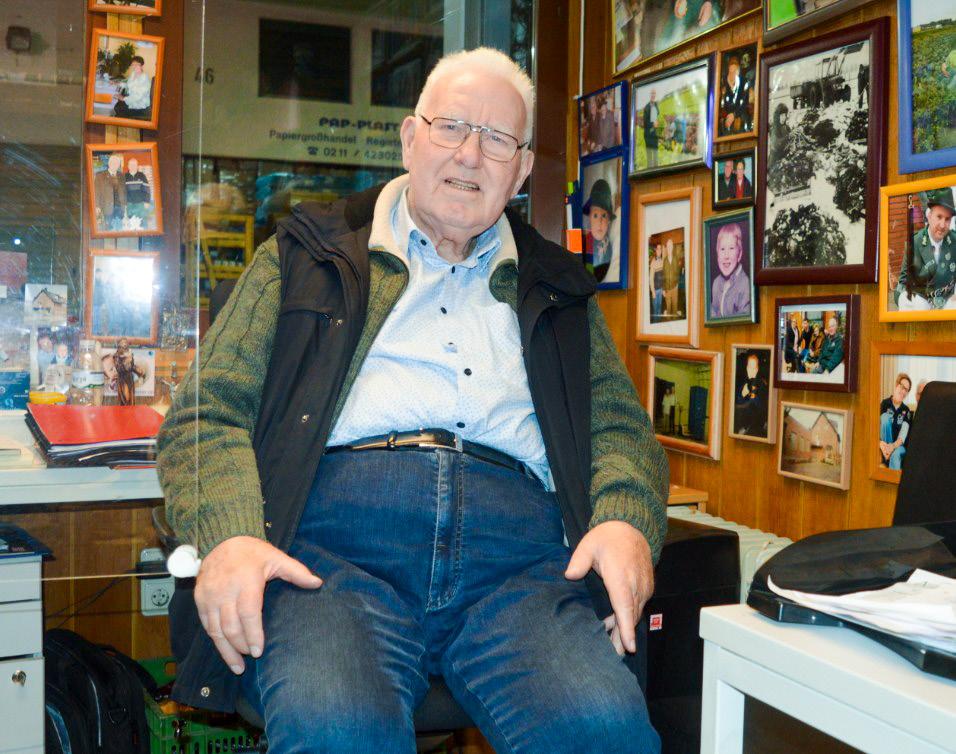
These days the fruit consumption in Europe seems to be on a downward slope. A concern for many and also for Pink Lady, one of the most well-known apple brands. Pink Lady Europe is responding to that situation by looking to consolidate the consumer loyalty by adapting the strategy and reacting positively to what consumers expect. During an interview with PRIMEUR at Fruit Logistica Pink Lady Europe CEO Thierry Mellenotte shared his thoughts on topics like consumer needs, price positioning, sustainability ambitions, managing growth and new apple introductions. Despite the challenges, he still sees opportunities for the middle and long term. “Our message is that Pink Lady is not just an apple. There is a vision, a message, and a value.”

Thierry Mellenotte, Pink Lady: “The future is for the premium apple”
The world around us is a challenging environment at the moment. How is Pink Lady doing amidst this turmoil?


“Recently it appeared that the average apple consumption in Netherlands fell by four percent from November 2022 to January 2023. Pink Lady is on the same trend. We are not worse; we are not better; we are just following the trend for the whole category. The apple stock in the Netherlands is quite high. One of the reasons for that is again that the consumption is not what it used to be in the past. Of course, we are concerned by the economic context. What we see is that the mass of the market is driven by low price – Elstar or Jonagold for example – and because of the premium positioning of Pink Lady it is normal to be impacted. We know that the inflation context impacts the behaviour of the consumer - who is faced with some concerns - a lot. We have to deal with that.
That is the reason why we decided at the beginning of this season to increase our promotional activity on the market. We increased the marketing budget for Europe by 10 percent. We are quite confident because we have the support of the major retailers. We also have a good activity on the wholesale market. Maybe the European season will be a little bit longer compared to the past, but due to the context that is normal. For us the main challenge is to consolidate loyalty of the consumer and that is why we adapt our strategy. What is challenging is to win capacity while at the same time reacting positively to what the consumer expects. They are looking for promotion and a good offer. We know that private labels and discounters are working well. At the same time, we must not forget our medium and long term strategy: to continue to develop market share, to continue to include new consumers and continue to develop the brand value. Also we know that on the medium and long term our CSR policy is quite important for the consumer: what the brand is doing for aspects like biodiversity, limitation of the carbon footprint, improving quality, developing new techniques and technology for our growers. We focus on the present but will not forget our medium and long term strategy for the brand.”
“Our strategy is to first develop what we call double references. To cover the wider range of consumer needs with loose and prepacked apples. For Netherlands – one of our most important markets in Europewe have the objective to develop sales and

Club apple Pink Lady – the brand name for the Pink Cripps apple variety (now also including Rosy Glow and Seksie) that has a pink hue on a green background - was developed in 1973 in Australia from a crossing between the Lady Williams and Golden Delicious varieties and is therefore celebrating its 50th anniversary this year. Since the first harvest of Pink Lady apples in 1979, patenting in 1990 and registration in 1992, the Pink Lady trademark has been registered in more than 70 countries. In Europe, it represents an annual harvested volume of well over 200,000 tonnes, produced by over 3,000 growers in Europe.
promotion for visibility of PinKids – small apples specifically targeted at kids. Our third objective is to develop commitment promotion for consumers. These initiatives include the program ‘Adopt a tree’ –which gives the consumer the possibility to adopt a real tree in a real orchard. The consumer receives news about what the grower is doing in the orchard in every season.
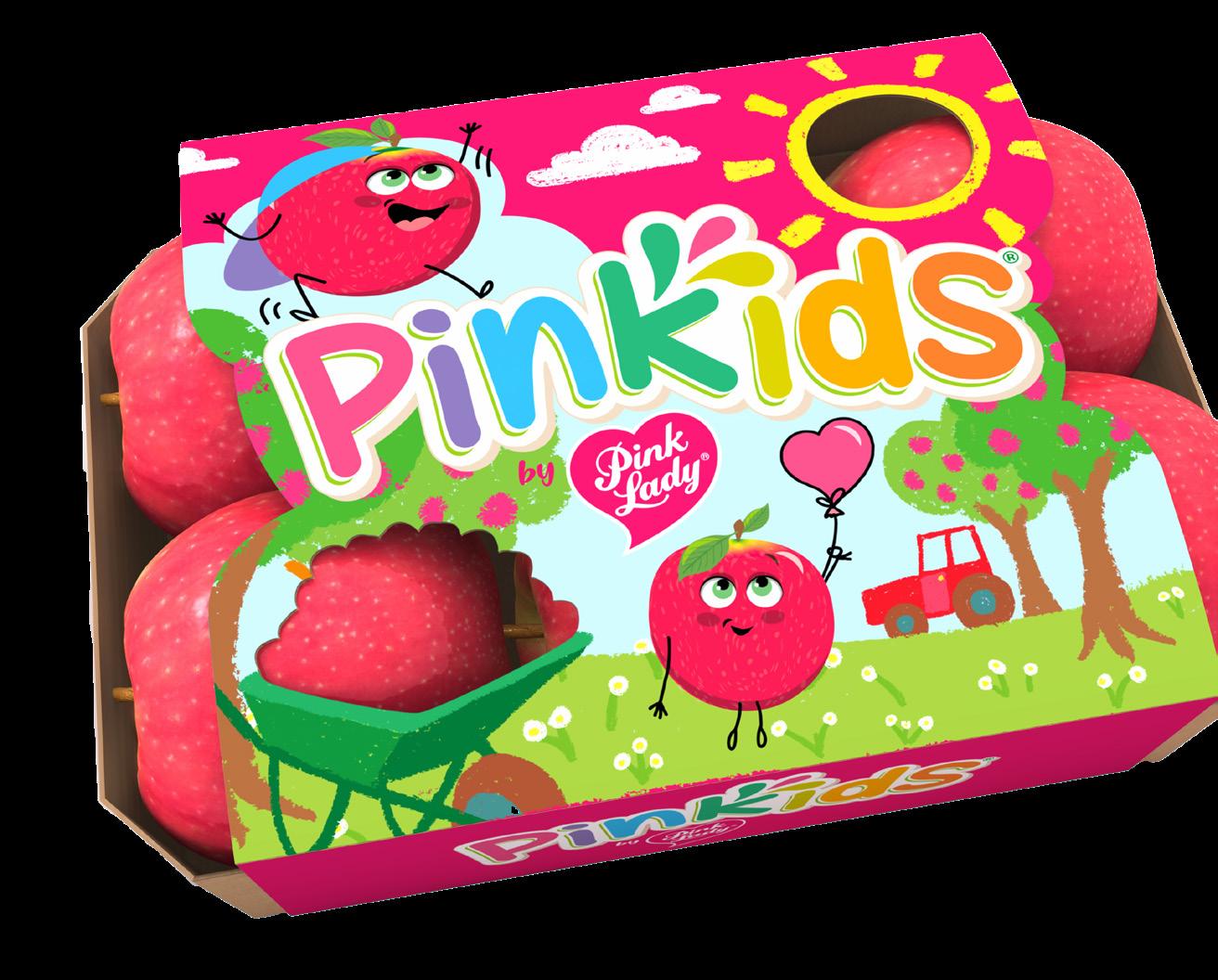
This initiative wants to sensitize the consumer about what the grower – who is distant from the consumer – is doing to produce apples. We think that it is important for the apple category to edu cate people and to raise awareness as to what happens in an orchard during the year. BeeP ink is also a pro motion in which we explain to the consum er what is done in the orchard to protect bees and what we are doing to develop biodiversity. The third big promo tion for the brand value is PinkChef
which is a cooking competition. We also pay attention to Corporate Social Responsibility (CSR). In various European countries we have a communication plan to explain to the consumer our efforts in terms of biodiversity, to protect bees and how we defend the growers’ value. Just to explain to the consumer that Pink Lady is so much more than an apple.”
“A very important and huge question for the Western-European apple category will be: in what direction do we want to go? For me the only way is to be the best in terms of quality, to develop new brands with real added value for the consumer and to be more and more responsible in a way that is integrated in how we think about maximising the reduction of our footprint on the planet.”
Given the current downward trend in European fruit consumption, how do you see the development of the apple category in general and of the Pink Lady’s position within that category?
“The trend of downward consumption is there. The first impact of this decreasing consumption is on the basic product: Elstar, Jonagold, Gala. I strongly believe that the market will grow for the premium brand as the market will become more and more sophisticated. I also believe that in countries like Germany, the Netherlands, Belgium, France or Italy, the future is for the premium apple because those countries will never be able to compete with apples from for instance Poland or Turkey in terms of low production cost. A very important and huge question for the Western-European apple category will be: in what direction do we want to go? For me the only way is to be the best in terms of quality, to develop new brands with real added value for the consumer and to be more and more responsible in a way that is integrated in how we think about maximising the reduction of our footprint on the planet.”
“It is difficult to understand the decrease in fruit consumption. In Germany, for instance, figures show that both apple prices and consumption decreased by around nine percent. Even if the whole category is decreasing in terms of price, it is not enough to limit the decrease in terms of consumption. That is terrible. For too long already the main competition of fruit has been fruit itself. In one way it is a good thing to see the development of new apple brands with a new marketing concept. Because we use the same tools as our main competitors in food which are snacks, yoghurt, desserts, sugar, and junk food. We need to introduce the same tools; marketing is not vulgar. It is just to explain who you are, what you are doing and how, to convince consumers that what you are doing is good for them.”
Pink Lady has been on the market since 1979, and expanded to Europe in the 90s. Does a concept apple have a shelf life?
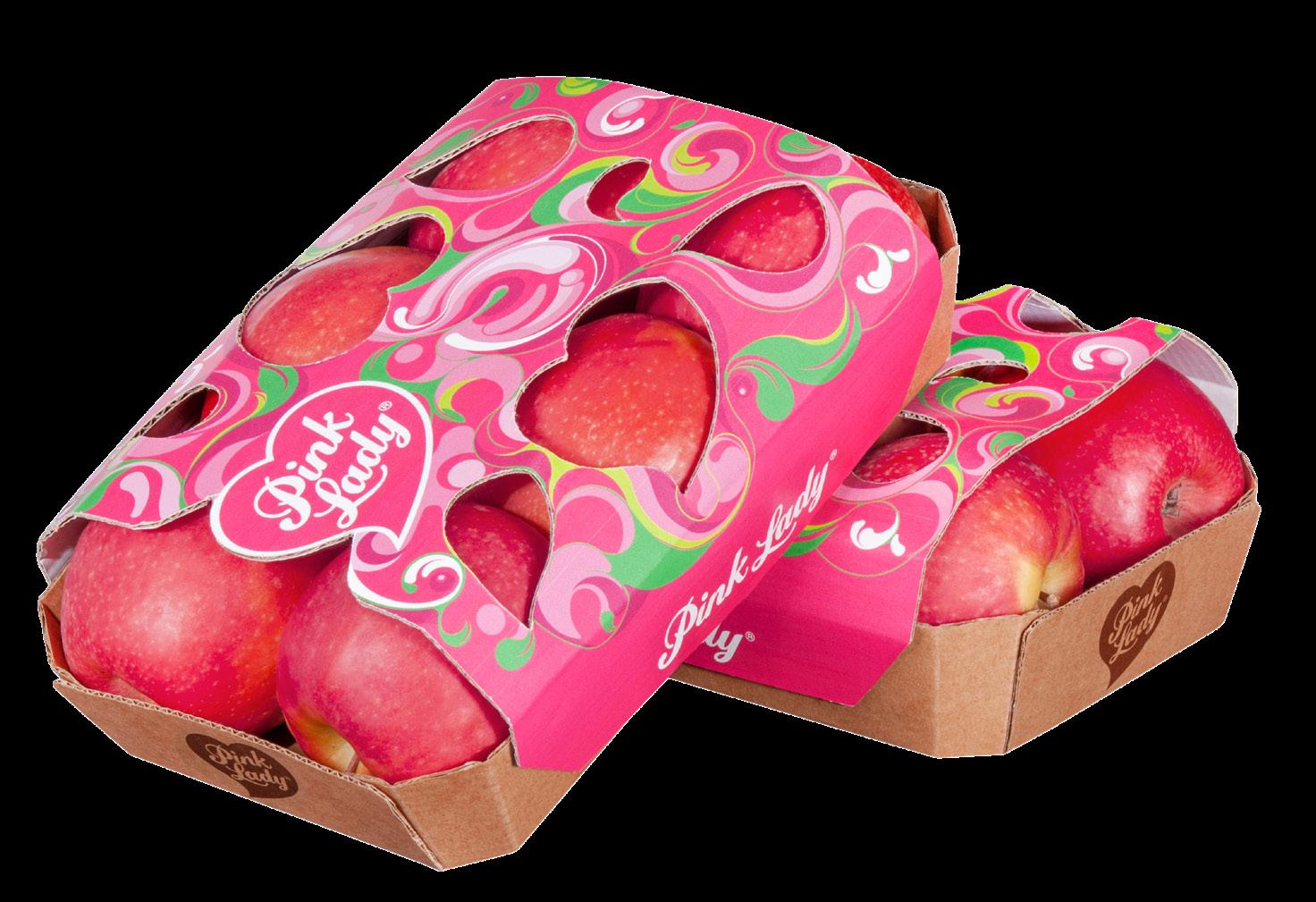

“We try to cover new consumer needs and that is why a few years ago we developed PinKids. For the grower that gives value to the smaller apples. For parents it is
a way to motivate children to eat more fruit. It is a way to avoid waste; if you give a normal sized apple to a small child, only part of it will be eaten, because it is too much. We are developing manufactured products of Pink Lady apples. We have a strategy to develop products with major companies in their own category. For instance a specific reference that we made for the German market is a Pink Lady cider. We also have Pink Lady juice, yoghurt, and compote. For us that is a way to develop the presence of Pink Lady in other categories than just fresh apple and to enlarge the consumer population.”
Specifically young people, who are tomorrow’s consumers, seem to have a strong preference for other fruits over the more traditional fruits such as apples. How does that affect your business?
“We know that a big part of the Pink Lady consumers are families. But also, young adults and young couples with young children and teenagers. From our research we see the taste profile of Pink Lady matches very well with what children are expecting. It is sweet, full of flavour with a little bit of acidity. We are not so concerned by the competition of the blueberry or other power fruit. We have the right fruit and with good communication and marketing we are able to share the brand value with the consumer: protecting biodiversity, decreasing our carbon footprint and so on. We know that is a concern of the younger generation and it is a strong focus of Pink Lady.”
“I think this affects the whole category. We have done a lot of research on who our consumer is, and we make sure to cover all the different social categories so that we are close to the whole population. That means we have high, medium, and modest level offerings. Our objective is to offer the best of our production to the majority of the people. And we are concerned for Pink Lady, being a premium apple mostly with a premium price, to keep the same price position and react positively to consumer budget constraints. That, however, is not only up to us and sometimes we are quite surprised to see the price positioning by the retail, but we cannot manage that. In many European countries the apple consumption is maintained by huge promotion of two or three kilo bags with Elstar or Jonagold apples. The retailer will probably not have a good margin on this type of product. So they need to have some other reference that can compensate that low margin. And when you have a strong brand such as for instance Pink
Lady, maybe they take too much advantage of that.”
How does Pink Lady give substance to that sustainability ambition, other than with organic production?

“About two percent of our production is organic and if the growers are not organic they follow an integrated fruit production programme. In the current context it is very difficult for the organic fruit category in terms of price because there is a lot of organic volume. The price difference between organic and traditional produce is between 25 and 35 percent and we must recognize that in this very specific period of time, when you ask the consumer to pay some 30 percent more, maybe that is too much. For the organic growers it is a very difficult time.”
“We strongly believe there is a third way between traditional and organic production where new techniques and technologies will help growers to always improve their ways to produce. That is why we dedicate part of our investments to new start-ups in the field of new growing and storing methods, decreasing the carbon footprint and alternative chemical products. Using the best that is found in the organic production method combined with new technology could bring a new way to grow.”
How is Pink Lady doing in terms of growers; are you still expanding your grower base?
“For the coming years until 2030 we have an objective to increase the production with about six to seven percent per year in order to win capacity but well control the quality that we put on the market. When you are a big brand and the demand is there, even when in the current situation it is quite challenging, we know that in the middle to long term we have a lot of market share to win with Pink Lady, but we need to manage our growth well. We consolidate our current grower base of just over 3,000 growers in Europe because they are used to growing the technical Pink Lady apple and try to introduce new growers in our group year after year. We know that for young growers it is quite difficult to develop a new orchard and we can help them with that a lot.
In a group it is also important to have new people who can bring new ideas and with experience from different economic sectors. We believe it is a good way to remain dynamic, to grow, to move and to think. As of last year we have a group that represents the new generation, only of new
growers between 25 and 35 years old. They come with their sensitivities, new ideas and their difficulties. It is important for the entire group to understand what the new generation of growers is looking for and what they are expecting from the brand.“
Many new apple varieties – both free and concept – are being introduced to the market. Is that a concern for Pink Lady?

“If you have more and more competitors that means more choice for the consumers to taste something new and that might lead to losing some of them. I think the flipside of it is that it creates confusion for the consumer. I believe that it is quite important to have new brands and new products on the market if you want to develop the whole category, because that creates interest for the consumer. If you have a category of products that never has any innovation, you will see the category decreasing. So it is nice, but we have to consider whether all those new references are bringing something really new? I am not sure about that. You will find more and more apples and new brands, but they are not really distinctive in terms of taste, economical model or values. It might create confusion for the consumer. For instance, in Italy, where there is so much new offer, some retailers adopt the strategy to change references quickly. That means a new brand is put on the shelves for maybe four weeks and then it stops and is replaced by another because of the pressure from the apple industry to introduce a new apple. When there is too much choice in non-distinctive apples, that is overkill.”
Some of those new introductions are similar to Pink Lady and based on the Cripps Pink variety. What is your policy towards those look-a-likes?
“That is why we invest a lot of time and money to involve our growers, not only for the quality of the product, but also for the CSR-strategy that we have behind the brand. We have the big advantage of a production of more than 200,000 tonnes now. We are the leading apple for the premium category and have a strong distribution and a strong brand awareness that gives us an advantage over look-a-like varieties. But we need to propose something more than just a fantastic apple in terms of product and that is why all our growers signed a commitment charter based on four pillars: responsibility for the planet, developing the economy and the social tissue of our territories – we know that the Pink Lady production is very important in some areas -, supporting new techniques to help growers to be more involved in planet protection and increasing and developing transparency and information for citizens.
Our message is that Pink Lady is not just an apple. There is a policy, a message, and a value. One of our goals is to protect a fair value for the grower. We are trying to develop more advantages so that we are able to say to the consumer: You have the choice between a Pink Lady and a pink apple. Maybe the difference in taste will not be so obvious, but what the consumer needs to know is what we can do. Behind the Pink Lady it really is different with much more responsibility than the other pink apples can deliver..“







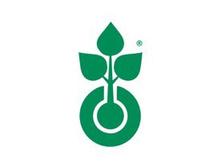

Approximately 11,700 tons of Italian strawberries were exported during the 2022 season, about 2% less compared to the previous year, with quantities perfectly in line with the volumes of the last five years. There was also a slight decrease in value compared to last year, with the average price holding almost steady at €3.42/kg.

Production-wise, 4,100 hectares of Italy’s area for strawberries grown in single-crop farming in 2023 is a slight decrease of 1 percent compared to the previous year. Italian strawberry cultivation continues its relentless expansion in the areas of southern Italy, while areas in northern and central Italy have been slightly decreased.
In southern Italy, in fact, the increase in areas amounted to 2 percent over last year, but the overall increase compared to 2020 is 12 percent. So far, the areas in southern Italy represent about 65 percent of the nation’s strawberry cultivation with more than 2,650 hectares cultivated in 2023. Basilicata and Campania are the main production areas, together co-producing 50 percent of Italy’s total production. Basilicata with about 1,030 hectares, maintains the 2022 yearly investment, whereas in Campania the estimates seem to show +4%, which equals an increase of about 38 hectares compared to last season, exceeding 1,050 hectares.
Spain continues to be Italy’s main competitor, both in terms of export propensity and volumes produced. In fact, in 2022, Spanish exports closed with a volume of about 278,000 tons, down 12 per-
cent compared to the volumes that were shipped the previous year, the quantity being the lowest in the last five campaigns.
“The export share of Italian strawberries is almost stable,” says manager Pietro Paolo Ciardiello. “In terms of area, 50 percent of Italy’s strawberry production is grown in the Campania and Basilicata regions. However, thanks to the contribution of other areas, the supply has remained consistent for 12 months of the year. Not only are the strawberries from integrated pest management cultivation destined for export, but also those from organic production.
Specifically, we are noticing a strong foreign demand and good consumption for organic strawberries. In general, the Italian strawberry is recognized and appreciated in northern Europe, a long-standing export destination, and in eastern countries such as Slovenia, Czechia, Poland, and Romania, which in the last decade has been importing Italian product even if in limited quantities. The commercial trend of the current campaign is positive, with growing numbers being exported at the beginning of this season; in fact, we have recorded a greater demand from
northern Europe more than from Italy, perhaps because in the Nordic countries strawberry consumption is off-season.”
On the other hand, Luca Zuccarella of the OP Zuccarella cooperative from the Basilicata region - Italy’s main strawberry-growing area - explains how the weather pattern has caused significant difficulties for the current season. “We were already experiencing record temperatures at the transplanting stage, which disrupted crop operations. So far, the frequent and significant temperature swings have generated an erratic production situation, with rapidly fluctuating volumes, thus not allowing us to fully meet all orders. We have also had reduced volumes at Easter, when production usually peaks, due to the cold weather setbacks. Another major pain point are production expenses, with labour costs affecting the company’s budgets, in addition to increases on packaging, transportation and fertilizers. Despite the critical socioeconomic issues, which in recent months have generated buying habits geared toward fighting inflation, European consumers have not given up on Italian strawberries. This is evident in the increase in the tons of strawberries sold compared to the past campaign both on the domestic market, but especially on the European market.“
It is no secret that, in Northern Europe, the past winter was unusually tough for strawberries grown under lights. High energy prices affected many growers, and there was virtually no Dutch and Belgian supply until March. During the winter, the Belgian cooperative Hoogstraten operated at ten percent of its previous years’ volumes. But, at the time of this interview, in early April, they had festively kicked off the strawberry season. Production will soon be fully underway. “The dark spring delayed growth somewhat, but volumes are starting to increase week by week. Sales should begin to peak by late April,” begins Marcel Biemans.
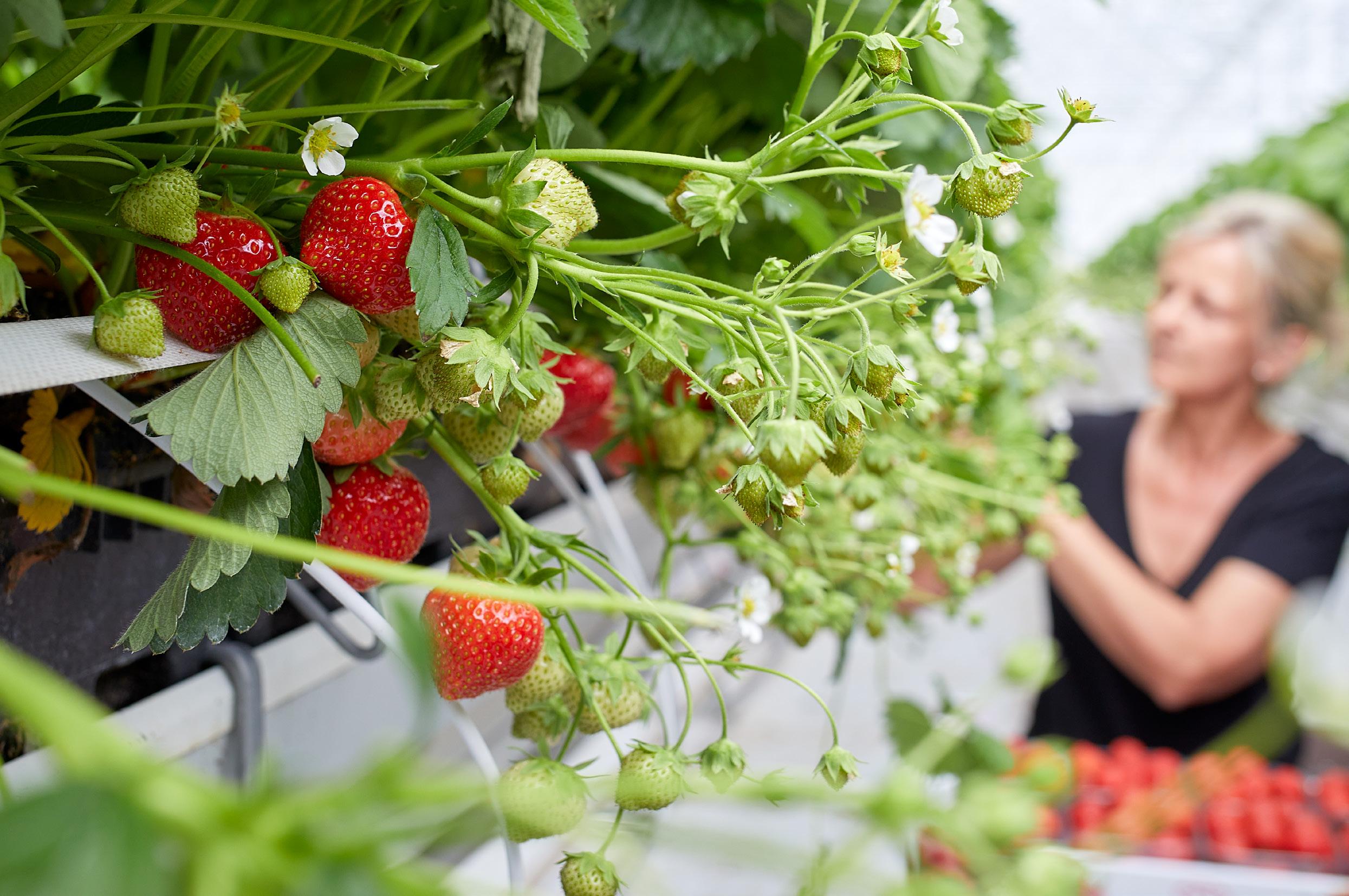
The winter story is clear. The extremely high energy costs made many growers wait to plant. Supply was minimal throughout Belgium and thus also at Coöperatie Hoogstraten. Still, things are looking up, and a beautiful summer is on the horizon. “Strawberry demand is always high at Easter, but the dark spring meant volumes were still very low. That resulted in quite high prices for the time of year. After Easter, prices dropped to between €5 and €6/kg. We can work with these prices in the trade and hopefully hold on to them. They’re sorely needed to compensate for the high cultivation costs.”
“It’s a good thing that prices are down a bit. That means all the channels get going simultaneously, and we start getting
more volume again. The nice weather with temperatures of 20+°C is around the corner. That and demand will benefit production. Strawberries are the pre-eminent product that depends on nice weather on both sides of the trade. So for now, the time ahead certainly looks favourable,” says Marcel.
A strawberry oversupply might soon become an issue again. Greenhouse production was delayed, which could result in a convergence with cold cultivation in May, resulting in high output and a price drop. Marcel doesn’t consider that a negative for now. “It’s playing out in the market because everyone’s getting nice volumes. I just think you have to act upon
it. For example, my colleague Michiel Vermeiren has drawn up a peak rush action plan with our retail partners. From late April through June is traditionally a period of high demand.”
“Our growers also tell us that the crops are more spread, whereas last year, the plants’ production peaked more at certain times. Plus, it remains to be seen whether, due to the delay, all crops will have top production. The recent dark weather seems to have prevented the strawberry plants from reaching their full potential. However, it’s all still speculation; the plants could soon suddenly start producing. Add that the cold crops have shifted back a bit and we can bring everything to market gradually. It’s also important to engage with our growers and business partners in this regard,” Marcel explains.
The demand export market is another reason for this optimism. Spain and Morocco have recently dominated the market, but now those countries’ productions are declining. Spanish products are also losing quality due to the continuing heat, so the time is ripe for Belgian and Dutch strawberries. “The export countries are already noticeably competing
“Decline in Spanish production and quality offers chances for Hoogstraten strawberries”Belgian cooperative optimistic about nice strawberry season:
in the market, which obviously benefits us. By this time last year, we still had to compete with large volumes of reasonable quality from Spain. That seems to be somewhat different now.”

Coöperatie Hoogstraten’s main export markets change throughout the season. “France is usually one of the most important export markets, but in the spring, for instance, Scandinavia also participates very well. Germany, too, is increasingly becoming a demand market. During the summer, we export to, say, Italy and Spain; in the fall, it’s the UK. We, thus, keep up with the season and see these markets appreciate our strawberries’ extra attention to care and sorting. That takes some extra effort from our growers, but customers are willing to pay more. It’s our trump card,” admits Biemans.
Looking ahead, he hopes the past winter’s problems are never repeated. “Energy prices have fallen but are still high. Nonetheless, our growers say they might switch the lights on again this winter. Of course, we will, however, continue to discuss this because, with strawberries
being such a costly crop, growers must be sure it’s worth their while to plant. We sell plenty via auction, but we want a part of the lit cultivation covered in advance, so our growers have a good basis. Ultimately, people have to want to pay for the product. If that happens, there will be lit cultivation next winter. There was some demand last winter, so even if we don’t get the previous years’ volumes, it will hopefully be more than last winter.”
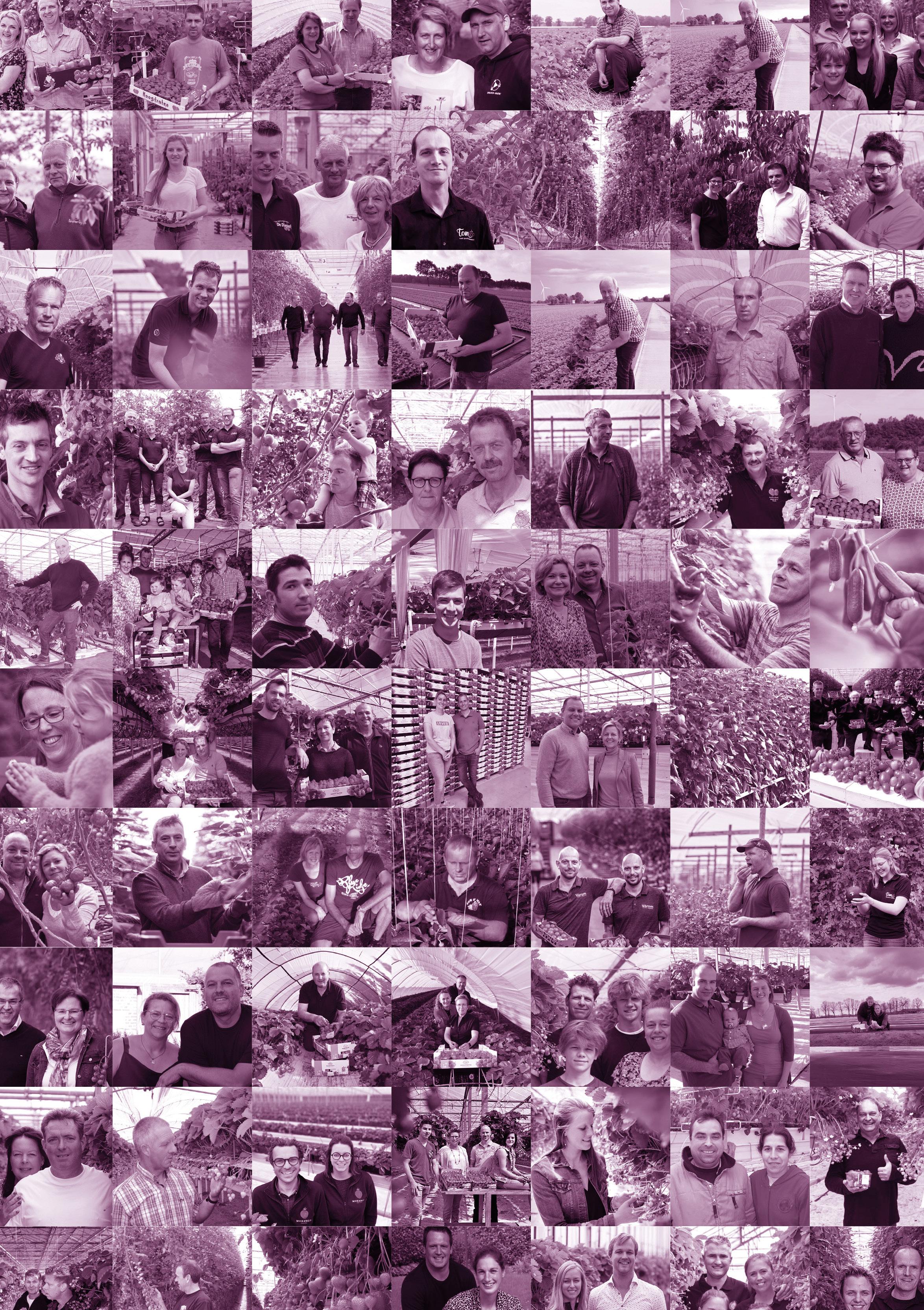
Another way to achieve more certainty is to switch from June to ever-bearers. Energy costs and commodity price increases are causing headaches. Personnel costs,
as well as finding staff, make things harder for many too. Switching to ever-bearers - which growers are increasingly attracted to - could be a solution. These strawberries could have standard production but cost less, labour and costwise. Marcel, however, warns that this should not be considered a cure-all.
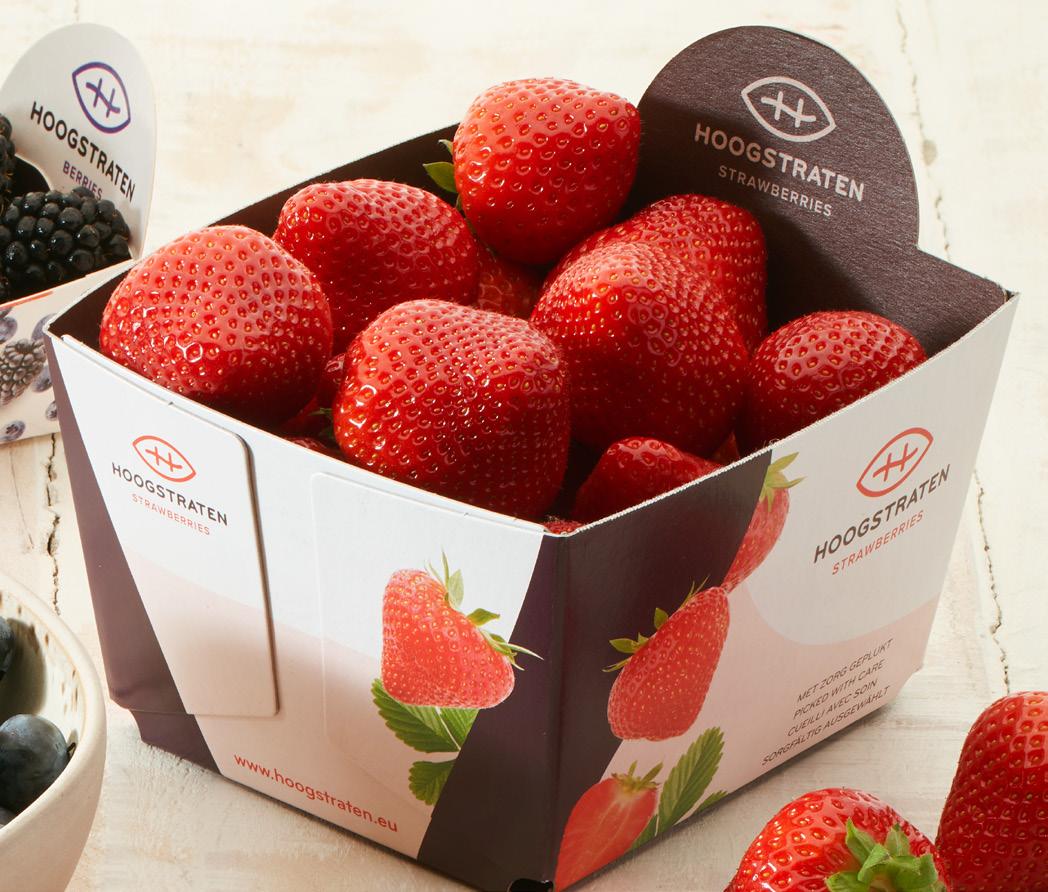
Together we strive for the highest quality in products and production, In craftmanship and innovation. We invite you to cocreate a sustainable future for the fruit and vegetable sector. So join us www.hoogstraten.eu
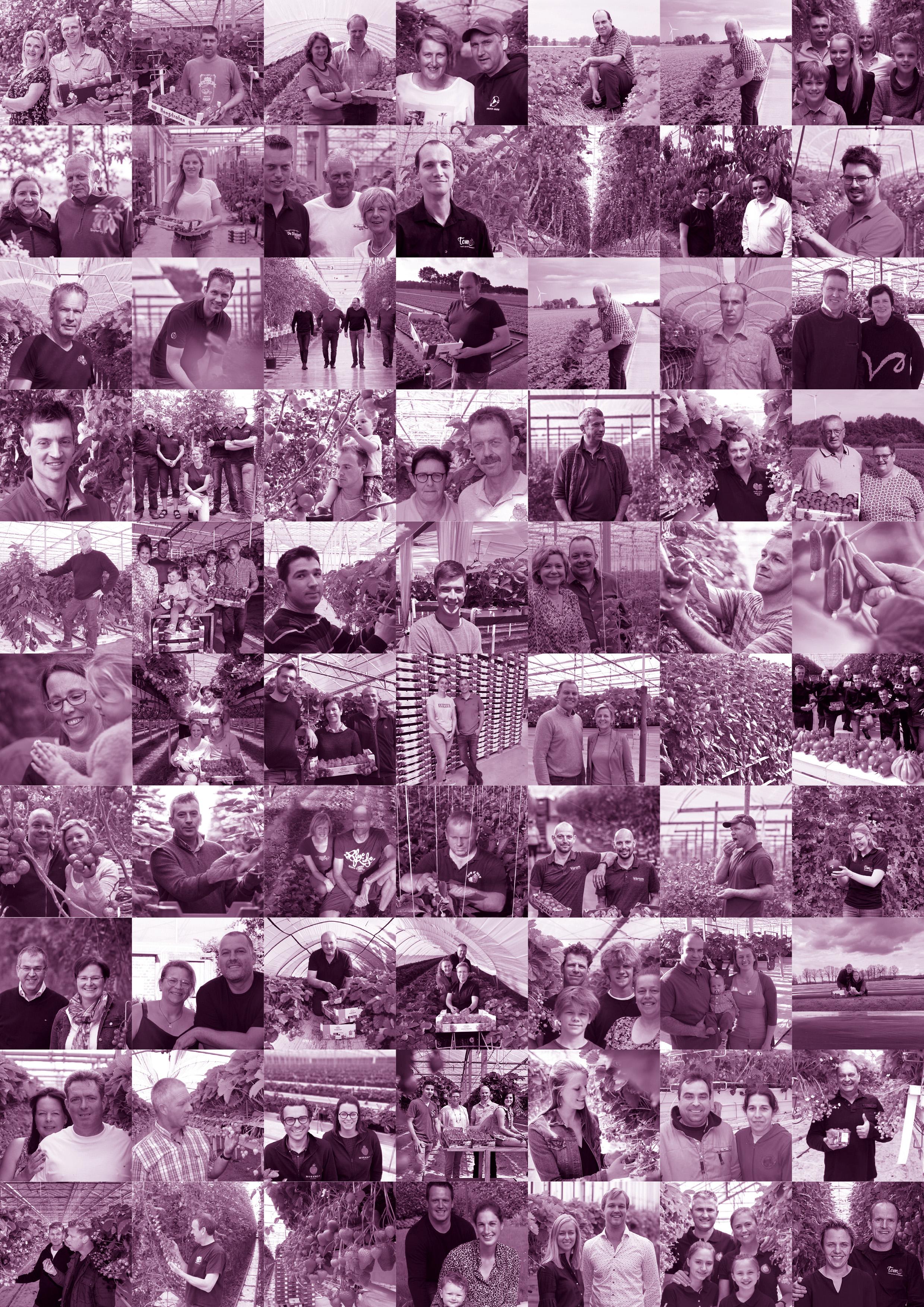
Als toonaangevende producent van massief karton, maken we het mogelijk dat deze verse en diepgevroren producten onder de best mogelijke omstandigheden worden bewaard en vervoerd. In duurzame, betrouwbareen innovatieve verpakkingen op maat, die garant staan voor kwaliteitsbehoud en voedselveiligheid. Met respect voor mens en milieu, door zo min mogelijk te verspillen.
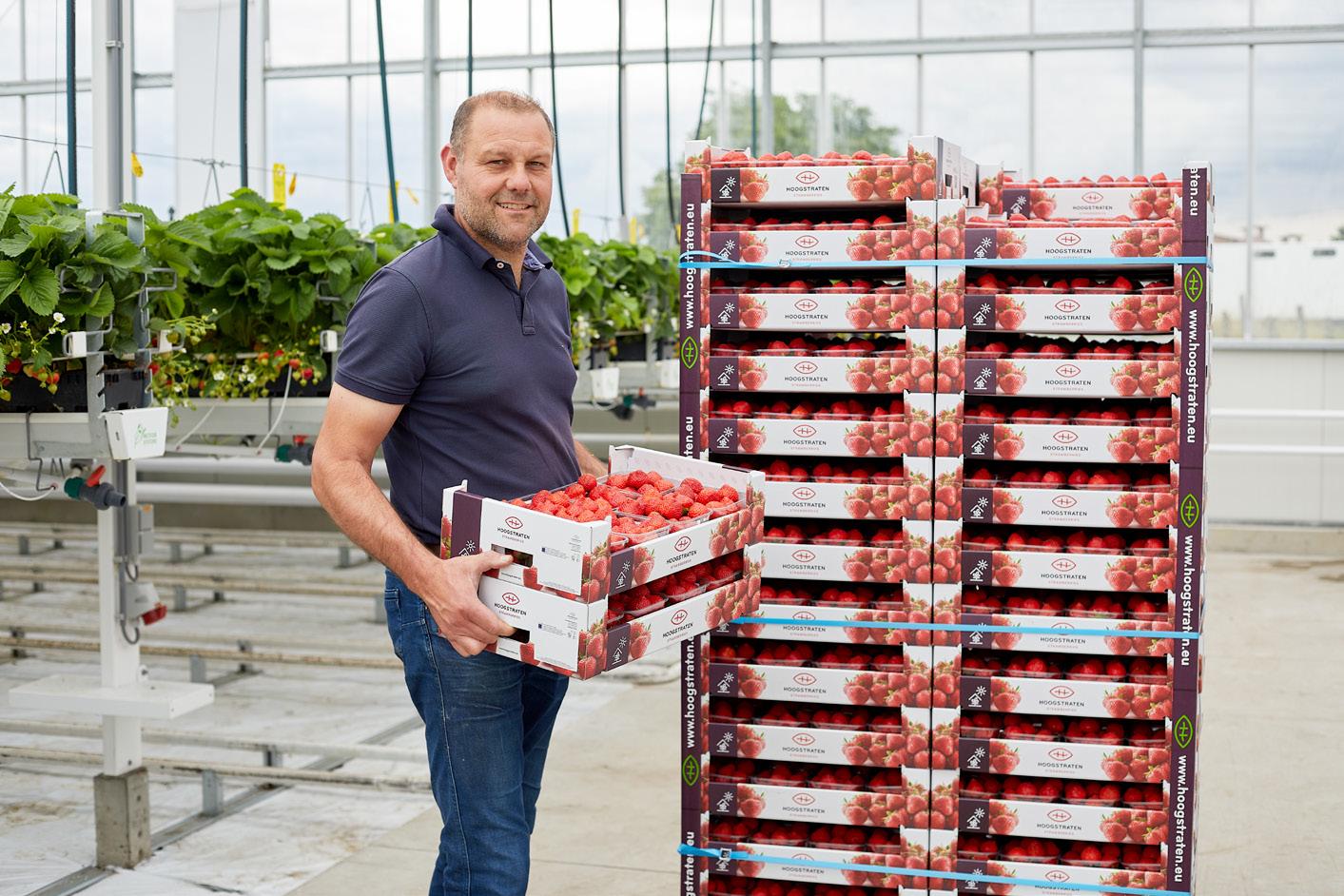

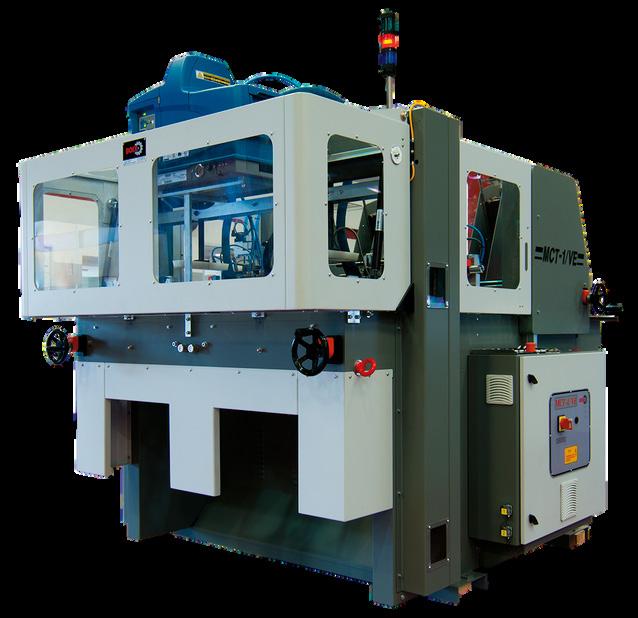
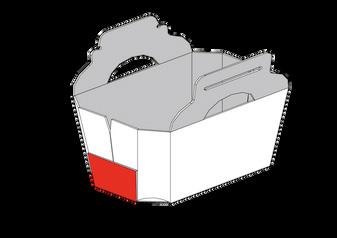

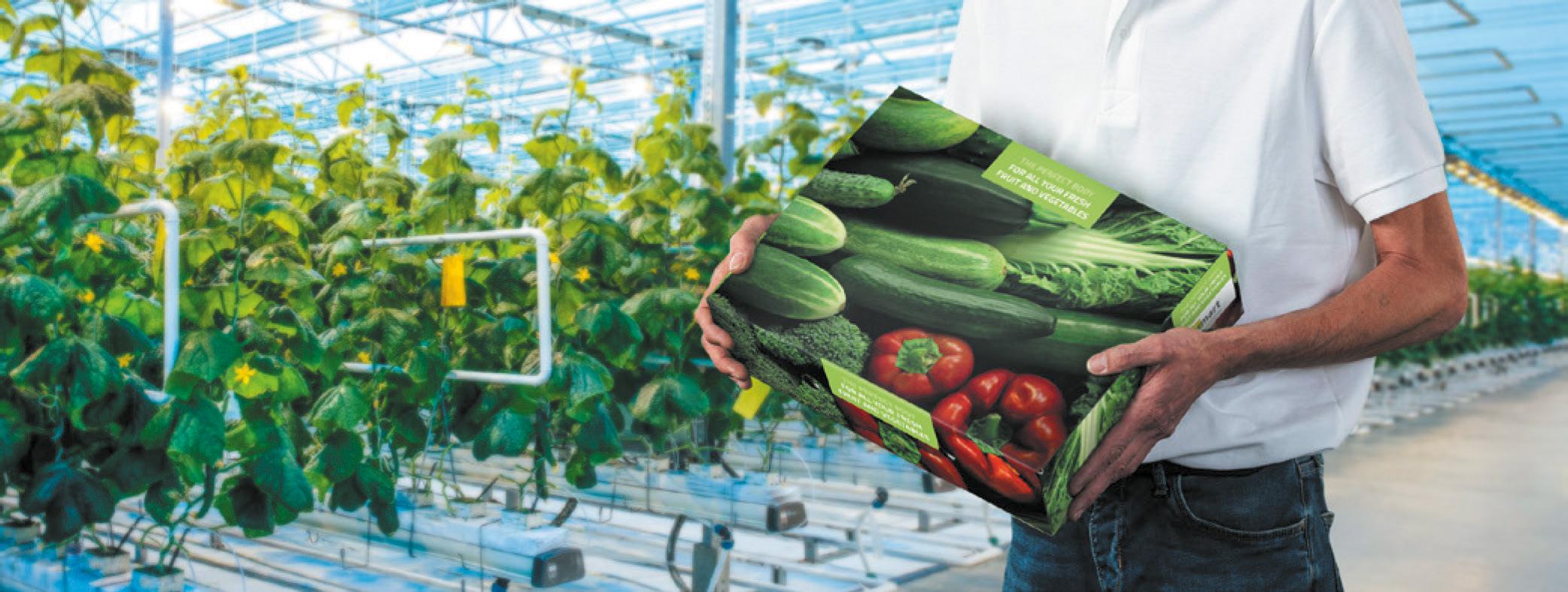
tion would be the same every week, but in reality, that’s often not the case.”
“Last year, 96% of the strawberries we offered were June bearers, the remaining four percent, ever-bearers. This year that share will rise to about eight percent. That’s double, yet it’s not explosive growth. Nevertheless, this is noticeably being considered. We just don’t want to rush anything. It has to fit within our brand and, of course, be an added value for our growers. We’re looking at and tinkering with the idea, but discussions continue,” Marcel concludes.


info@hoogstraten.eu

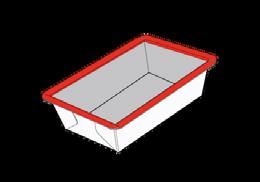

“It has indeed aroused the interest of many because it could be beneficial when it comes to workers,” Marcel admits. “But it brings its own challenges. When you plant ever-bearers, you can plant cultivation at the beginning of the year reason-
ably well. At some point, however, Mother Nature starts to dictate the course. That can lead to an ever-bearer peak production exactly when you don’t want it from a labour and market perspective. In an ideal world, these strawberries’ produc-
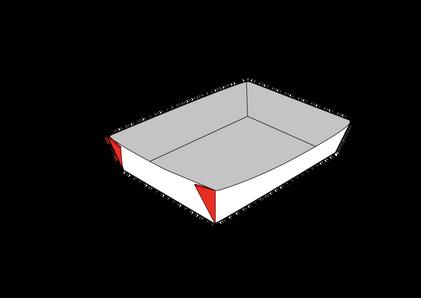

The Earth provides us with energy, food and water. A source of life, which we must use sparingly. At Smart Packaging Solutions we use energy and raw materials sparingly, developing THE PERFECT BODY. A protective packaging for fragile natural products such as meat, fish, fruit, vegetables and flowers.

Our packaging is developed from three high-tech, fully integrated production sites in Leer and Oudegem (our headquarters) in Belgium and in Loenen, the Netherlands. From paper that we recycled in our own factories to sturdy, moisture-resistant and one hundred percent recyclable solid cartons.
www.smart-packaging-solutions.com

The British berry sector has seen huge growth, 600 per cent in 25 years and the soft fruit production is now valued at £1.5 million.
Likemost producers the UK strawberry growers are contending with higher inputs and a shortage of labour. The minimum wage has seen another increase this year, transportation rates have gone up as well as energy prices, while the price has remained relatively static for the last 15 years. There has been a big move in the last ten years to growing in poly tunnels which not only offer more protection, but also allow growers to extend their season.
There have also been advances in robotic harvesting and many growers are trialling these in the tunnels and on open ground production.

The UK strawberry season is slowly getting underway with small volumes coming mainly from heated tunnels and glasshouse. The main crop will start in May.
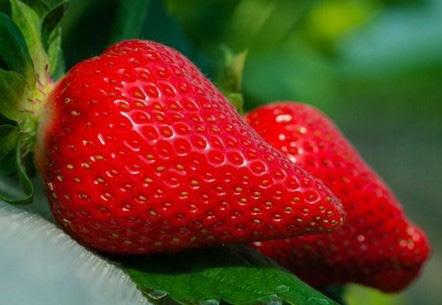
One Scottish grower picked the first strawberries on 22nd of March. PJ Stirling is one of the biggest and earliest strawberry producers in Scotland, situated at Seahills Farm just north of Arbroath.
“Growers who have glasshouses heated by gas are finding it too expensive to produce this early in the year. Our tunnels are heated using biomass boilers fuelled by locally sourced woodchips. Each boiler can heat 1HA of strawberries and are fully automated, as are the irrigation systems,” explains Gary Bruce, Farm Manager at Seahills Farm.
Initial volumes were small but at the season’s peak they will pick 44 tonnes a week.
Meanwhile in England The New Forest Fruit Company’s strawberry season kicked off 30th of March, about a week later than normal, this was due to a very dull wet March, 200mm of rain and 50% less light levels in this month.
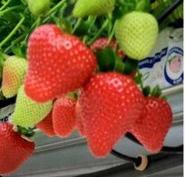
“Volumes are slow to build as April is proving to be as bad as March so far this year, over 80mm of rain fell between 7th to 14th of the month,” said CEO Sandy Booth. “Peak season will be pushed to the middle of May, it is normally the beginning of May. Demand is very good, prob-
ably due to the poor quality coming from abroad.”
New Forest Fruit have been trialling harvesting robots and this is progressing well with the accuracy at 95% which means they are not picking fruit that is not ready and speeds are coming, but this takes time to learn. These robots are now scouting to count berries coming in the following week and the week after which helps in predictions.
“Last year was very challenging with 15% increase in wages, plus the number of returnees was well down due to the war in Ukraine, which meant more retraining than normal and more costly picking speeds. Labour for 2023 is looking good so far but only time will tell. There are more returnees this year which will help in trying to keep costs down and other costs hopefully will stabilise to allow us to make some profit.”
“Any growing is a challenge and 2023 is going to be one of the toughest years we will see in my opinion.”
Scottish grower, Andrew Todd from Blacketyside Farm in Fife will harvest the
“Any growing is a challenge and 2023 is going to be one of the toughest years we will see in my opinion”
first strawberries from heated tunnels around mid-April, mostly for local sales with small volumes going into retail. The timing this season is mostly normal with some blocks around a week later.
“The tunnels are heated by water piped from our biomass boiler, it was a big investment but a good opportunity to get into renewables. Growers get RHI (Renewable Heat Incentive) payments, but no new applications are being accepted, which is a shame as there is now less incentive for growers to make such a big investment.”
Andrew has focussed on progressing the business and increasing production as demand has been increasing steadily for the last 15-20 years, but last year was the first time the market had retracted, and this puts even more pressure on price.
“This strawberry production will outstrip demand, partly due to less demand, and partly more production. This is a worrying trend as things are tight for growers. We have always been a forward-thinking


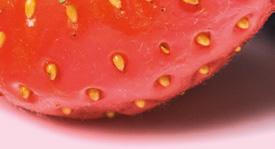



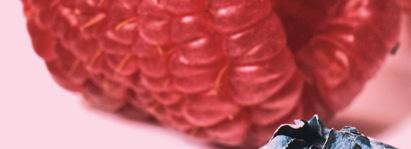

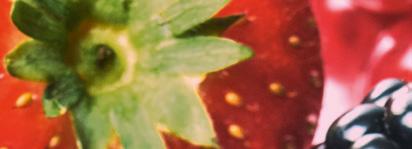

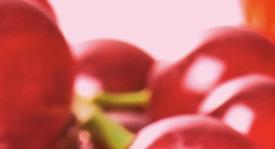

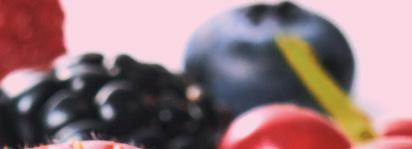


industry, we understand that retailers need full availability and have always tried to cater for that, but now the situation is tricky for us. Some growers have just decided to stop growing berries.
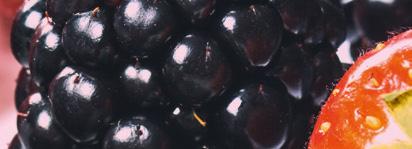
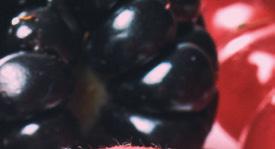

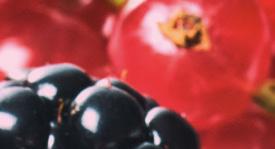
Another challenge is labour, although Andrew is quietly confident he will have enough for this season, it is becoming more difficult. “We are lucky to have a lot of returnees, but we do need more people from the Agricultural Visa scheme. The returnees are great as they just get right back into picking, but new people need lots of training which is time consuming and expensive.”
Getting access to the right chemicals has also become a challenge as growers have lost a lot of products which they used to control pests and diseases. Aphids and mildew are a big worry for growers.

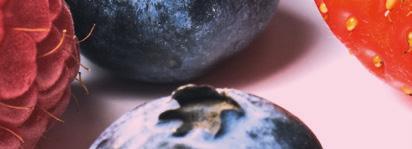
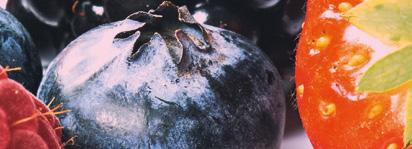


“We are hoping that demand will pick up this year, last year was the first year that people could easily go away on holiday after the Covid travel restrictions were fully lifted and it really hit demand.
August is always a difficult month when a lot people are out of the country.”












“Volumes from Spain are dipping, but Spanish strawberries are still available and the supply is steady,” according to Ben Goodchild, Sales and Procurement Manager at Nationwide Produce. “Dutch supply is starting to climb, but it is mainly going to European retailers.”
According to Ben the UK strawberry season will be interesting, “The main production will start in May, but there is a reduction in growers as some have not planted this year, which may lead to a reduction in production. The reality is that costs are high and labour is short and expensive. Wholesalers and caterers may pay more for fruit, while the retailers are still in negotiations with growers, but with inflation so high prices will not be near where they need to be.“
Summer fruit from Sweet and Sunny is grown especially for you with love and lots of sunshine. As a result, it is deliciously sweet and extra juicy. Be tempted and enjoy this tasty treat.
sweetness. Juicy & delicious!
Strawberry producer Volker Janssen on the impact of higher electricity prices:
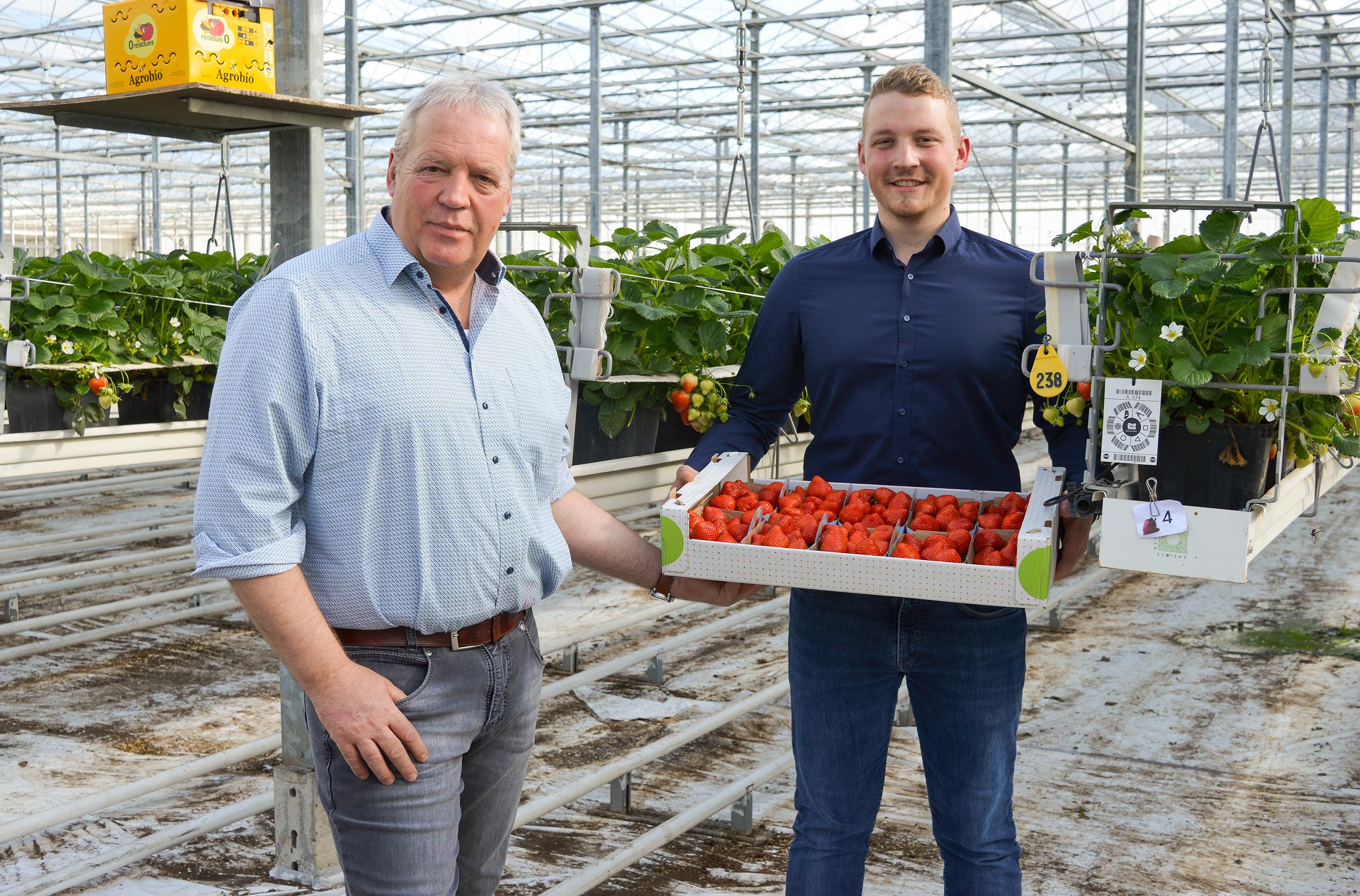
2022 was also a difficult year for the strawberry production in greenhouses. “Initially, we had to contend with weak prices in the spring, as programs could be served longer with Spanish strawberries, which is why trade in Dutch and Belgian produce in particular was delayed. In the autumn, it was too hot at the usual planting time for autumn strawberries in early/mid-August, which meant that many farms were only able to plant late. This late crop then did not hit the market until mid-October and in too large quantities all at once. In view of the harvest delay, the overall fall yields were also too low, which in turn was due to the heat,” says Volker Janssen, a strawberry producer from Viersen and member of the Landgard growers’ cooperative.
The situation was also aggravated for the Janssen family by the exponential rise in electricity prices, which was particularly noticeable in greenhouse cultivation. Janssen: “We were fortunate enough to have fixed contracts that ran until
the end of 2022. Accordingly, the significantly increased costs for electricity and gas will only be fully felt by us with the new contracts from January 2023, that is, during the new season.” The operation falls under the so-called electricity price
brake, which is why costs have roughly doubled with the new contracts. “In view of the fact that energy prices have risen significantly not only in Germany, but throughout Europe, competitiveness has become more comparable for us overall, especially in relation to Dutch and Belgian producers. This is because they are currently operating at the same high price level that we have had in Germany for some time.”
Given the circumstances, the grower’s goal is to grow as energy-efficiently as possible and keep costs as low as possible. “Consumers simply have less money available at the moment and are saving accordingly when buying food. So even though the demand for strawberries will be there, we won’t be able to pass on 100 percent of our price increases. Overall, we expect the prices to be adequate, but no more than that. We will not be able
“Competitiveness against Dutch and Belgian producers has become more comparable for us on the whole”
to build up reserves for further developments,” he predicts.



The facade of the greenhouse facility: Over 90 percent of the yields are marketed to German food retailers via Landgard. The remaining yield is sold in vending machines under the Edelrot private label.






In week 11, the first greenhouse strawberries of this year’s season could already be picked. “This is a new variety bred in
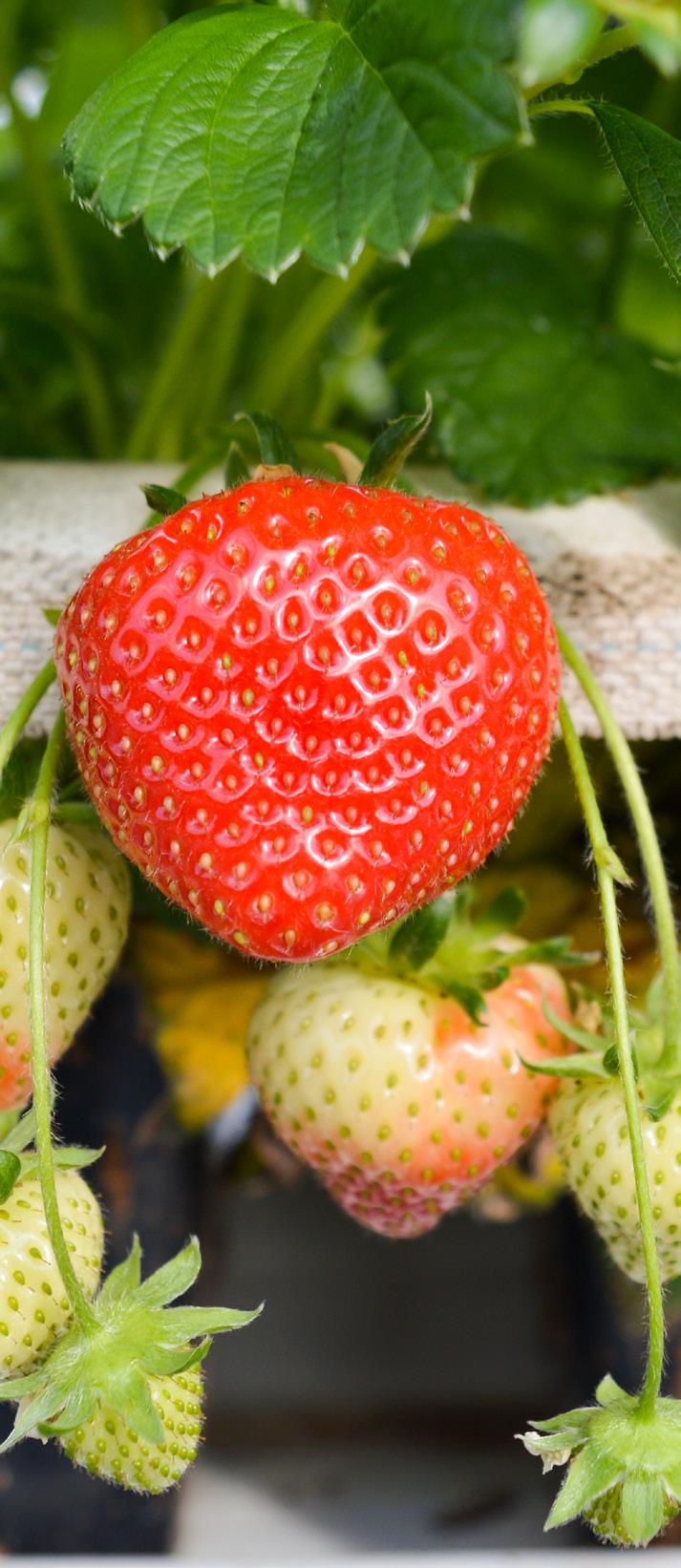
Germany called Rendezvous, which we grew for the first time last year as a test variety and this year we expect to be able to harvest it in the early range until midMay. The qualities of the early strawberries are good, but the volume is still low for the time being, especially since we are producing in the greenhouse virtually with the handbrake on. Due to extremely cold temperatures in Spain, there will be little produce on the market at the start of the season. That’s why we are positive that we will be able to achieve good prices.”
As an early variety, the new cultivar Sunsation has established itself, followed by Malling Centenary. Still strongly represented in greenhouse is the already established Elsanta. In addition, remontant varieties are gaining in importance, according to Janssen. “The lower costs as well as less effort and material input in production speak particularly in favour of these varieties. The taste can currently still be optimized, but there will certainly be new, improved cultivars in the future. Overall, the cultivation of remontant varieties will remain challenging. This is
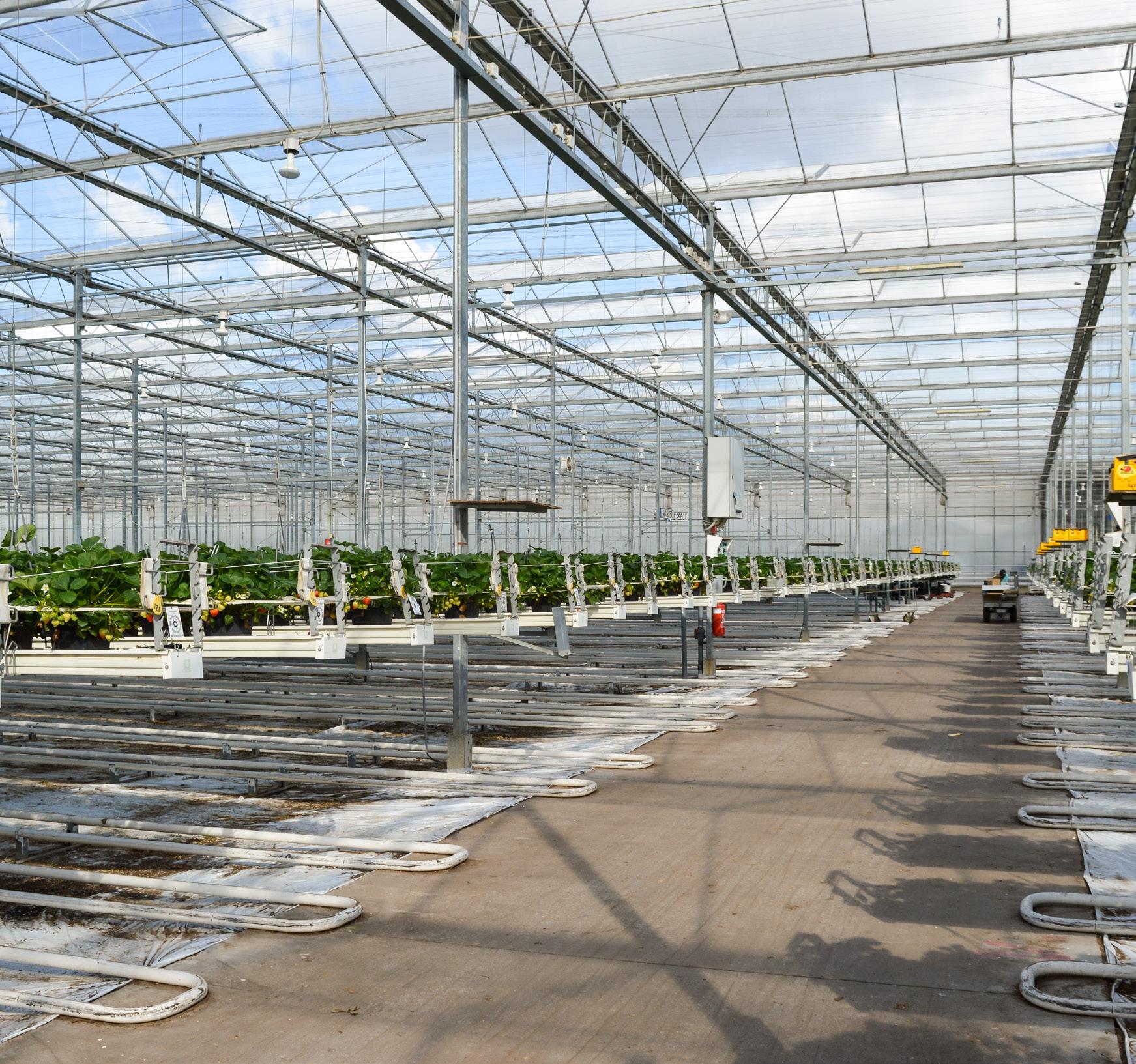
Strawberries
because they are less uniform in harvest, the produce ripens in peaks and is therefore more difficult for farms to plan.”
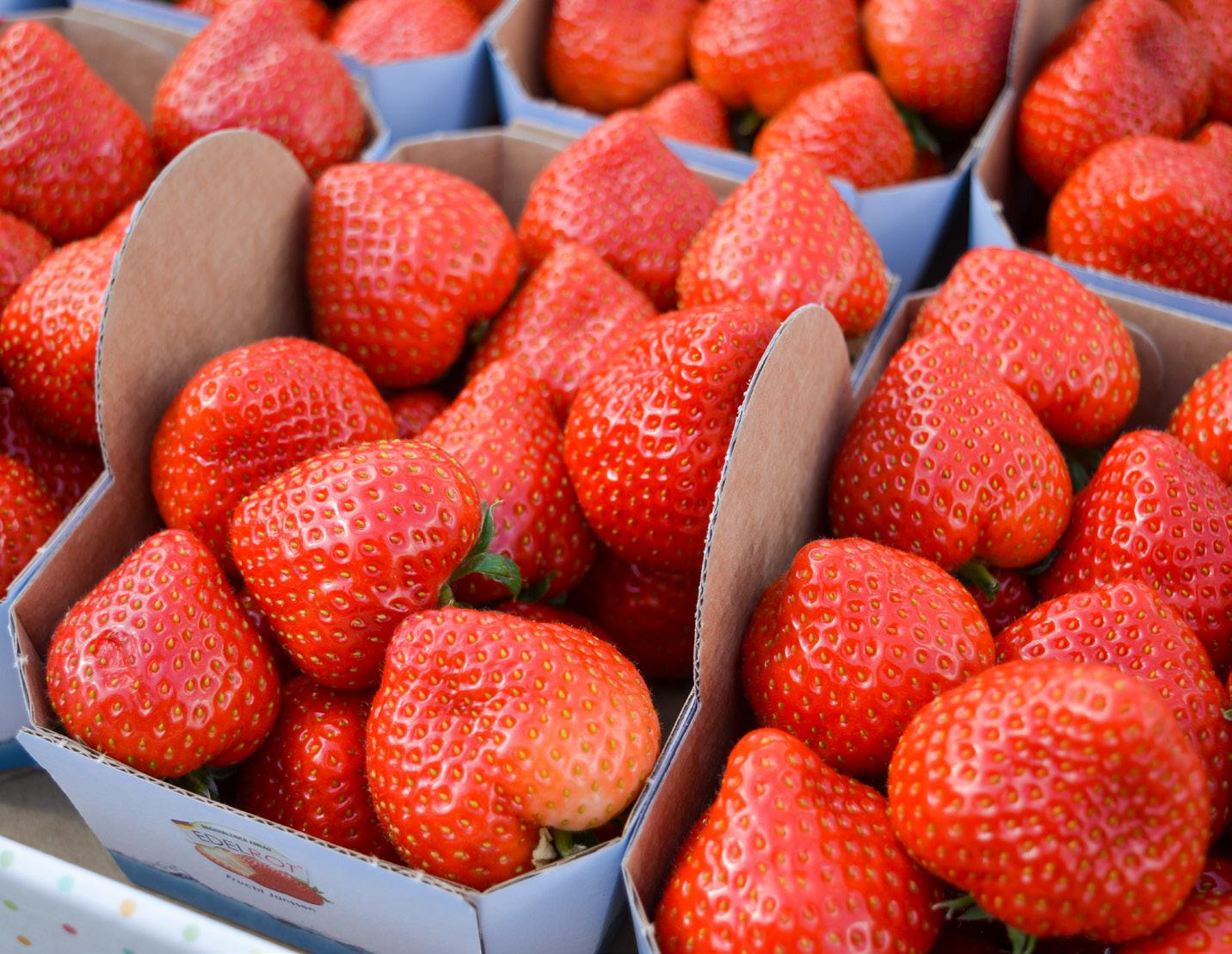
In the 1990s, Volker Janssen ventured into protected tomato cultivation on substrate, followed by the first trials with greenhouse strawberries about 30 years ago. Since 2020, together with his son Dominik, he has devoted himself fully to the strawberry cultivation in the open field as well as in protected cultivation (tunnel, foil greenhouse and greenhouse). At that time, energy expenditure was already an important motivation behind the restructuring of the company, Janssen confirms. “In the Netherlands and Belgium, there has been a strong expansion of strawberry cultivation in the last two years. Existing facilities - such as tomato or bell pepper glasshouses - have been converted to strawberries. In addition, existing large farms have expanded their production with new large greenhouse complexes.”
In Germany, on the other hand, the area under cultivation has remained almost the same for several years. Among the reasons for this are the more complex German building regulations and a lack of lobbying, coupled with the current unresolved energy issue, Janssen describes the difficult conditions. “Due to price increases for all energy sources, the costs for the greenhouse cultivation have tripled in some cases. Producers in the Netherlands and Belgium are struggling with the same problems. Under these conditions, anything that requires a lot of energy to grow is simply not interestingon the whole, this makes greenhouse production difficult. Imported goods from
warmer regions like Morocco and Spain, on the other hand, will put more pressure on the market.”
The current energy crisis is also having a restraining effect on the use of advanced greenhouse technology, such as lighting, he said. “The use of self-generated electricity is not profitable at the moment. This can be seen, for example, in the fact that currently no goods are offered at the auction clocks. This problem not only affects strawberry cultivation, but also other crops. We therefore do not use cost-intensive photosynthetic lighting, but we do work with interfering light to extend the day and thus improve the yield.”
Given the circumstances, no investments are planned for now, he said. “You have to face the fact that the near future is not going to be years of growth. You just have to stick with it and trust that things will change again. Developments generally move much faster today, so at the moment we have to be patient,” Janssen concludes.
info@edelrot.eu
Wendy Bangels +32 470951032
Tim Pittevils +32 470957905
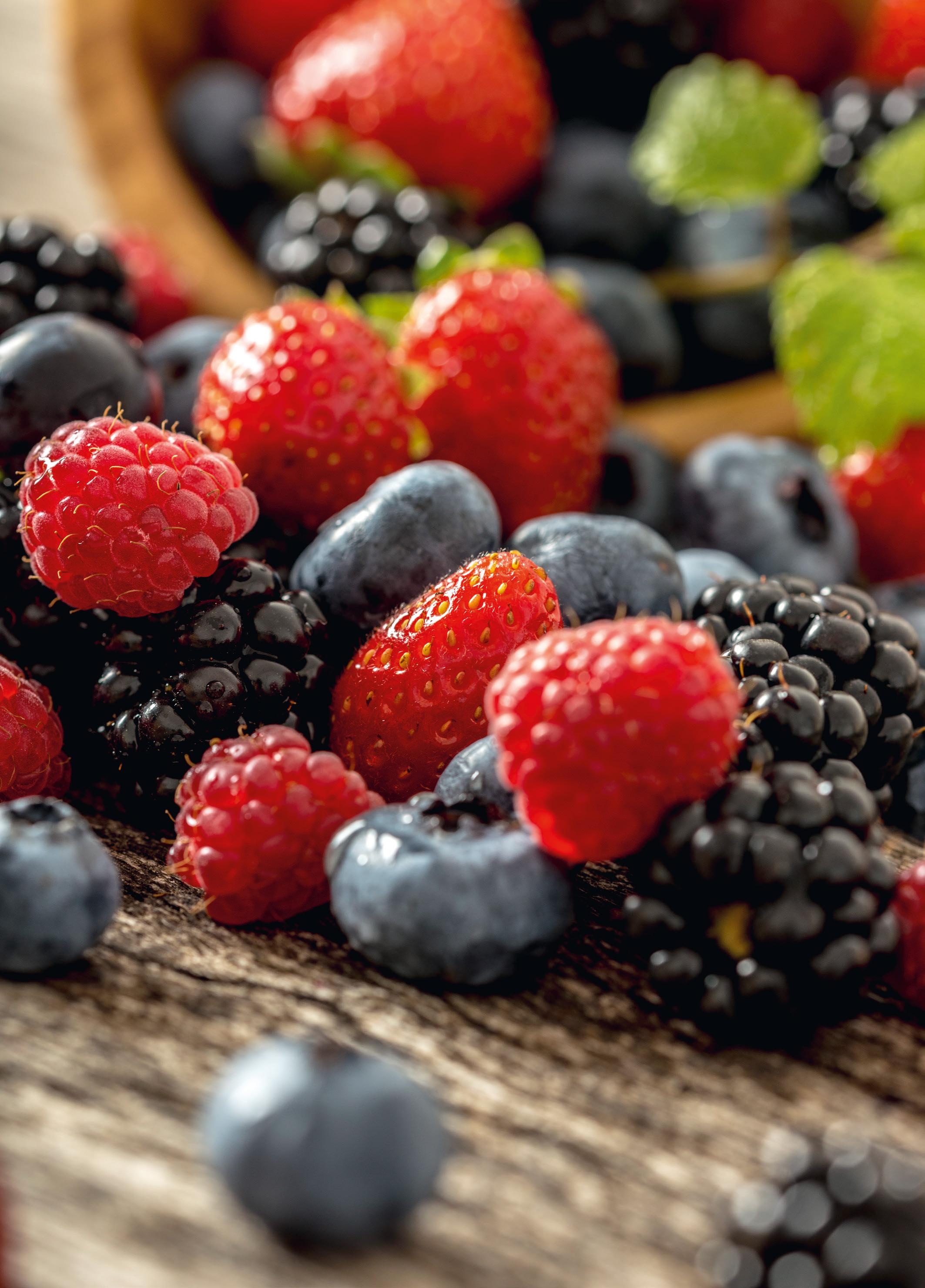
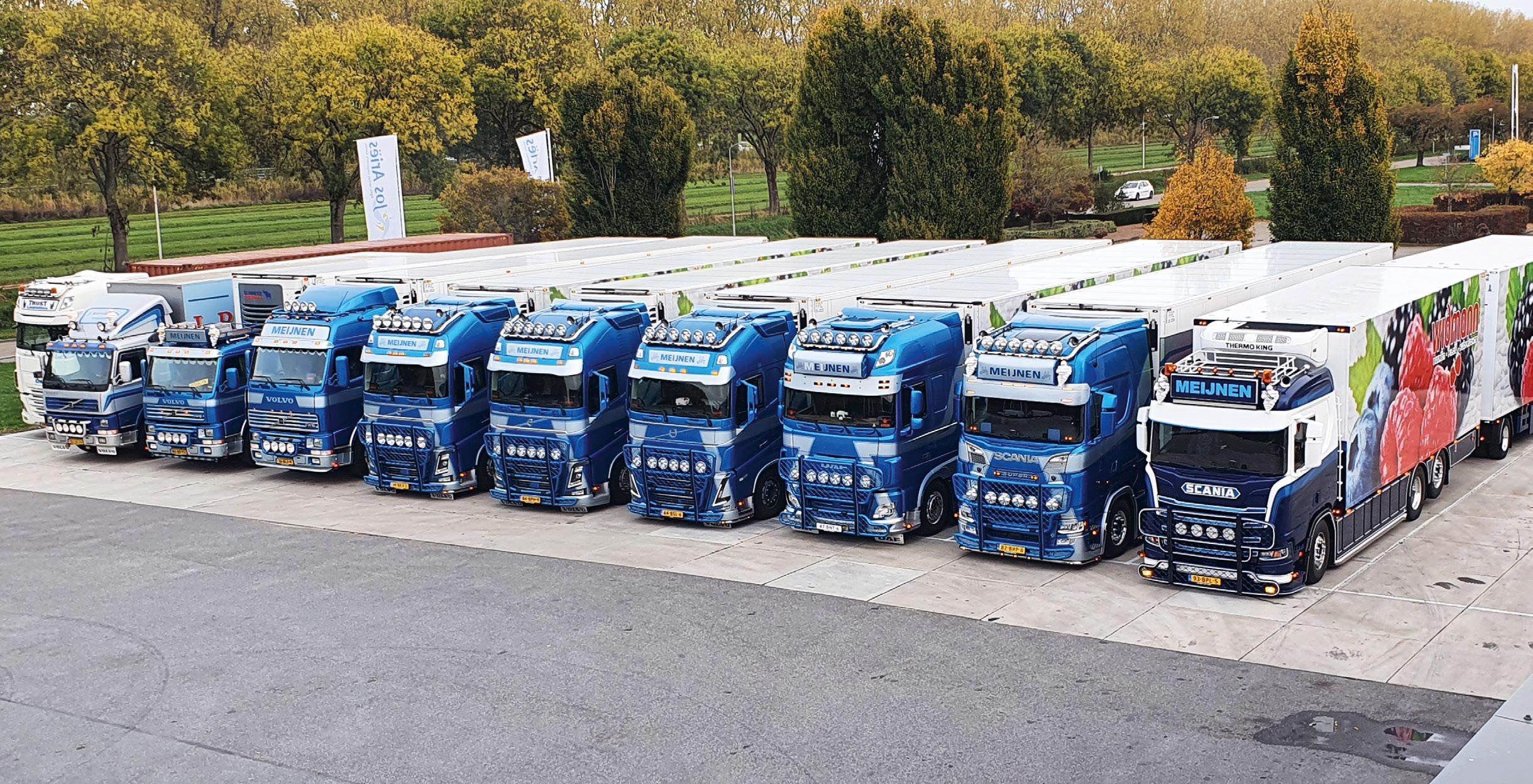
The independent German banana ripening company Banafood celebrated its 15th-anniversary last year. Its founders, however, have more than 75 years of collective banana trade experience. After first working as the company’s commercial director for 18 months, Han took over ‘the banana thing’ from Hans Maagendans this year. He is now in overall charge of the banana ripening plant. “Who wouldn’t want to be involved, all day, with supermarkets’ top fruit and vegetable product,” begins Han.
dealt a lot with bananas in my career, but my knowledge has really deepened in the past two years because here, we’re dedicated to bananas. The great thing about working here is that you genuinely add something to the product. We’re not just a broker or box shipper. Although we don’t produce ourselves, we deal with the whole production planning, from overseas imports and logistics to ripening and delivery to our customers’ DCs. Here, the triangular exporter-ripener-supermarket relationship is hugely important. By continuously coordinating
and informing each other, you get the bananas at the right colour and time.”
Han finds himself in a well-organized company. “Banafood was founded in 2007, but the founders have over 75 years of banana experience. Our head ripener, Sander Maagendans, learned the trade from his father, Hans. That ensures continuity in the ripening field and means the third and fourth generations of banana specialists are now part of our compa-
ny. Sander also brings a new perspective, which our clients notice, too. Our input doesn’t end once the bananas have been ripened and loaded. We like brainstorming about what happens to the product at DC and store level because there’s still plenty to be gained there. I’m not saying we know everything, but by working well together, you can improve the entire chain,” he says.
After its latest expansion in 2018, Banafood has a roughly 60,000 box/week capacity. “What’s unique about Banafood is that it’s an independent banana ripening facility. We’re not tied to any importer, retailer, or brand, which is fantastic. Although we’re very well aware of what’s happening in the market, we don’t sell bananas ourselves. We work specifically for retail and food service. We, thus, have a reasonably stable supply. We also work with fixed ripening schedules. That and our modern ripening system means we can deliver the right quality and guarantee a good shelf life. Some ripen bananas
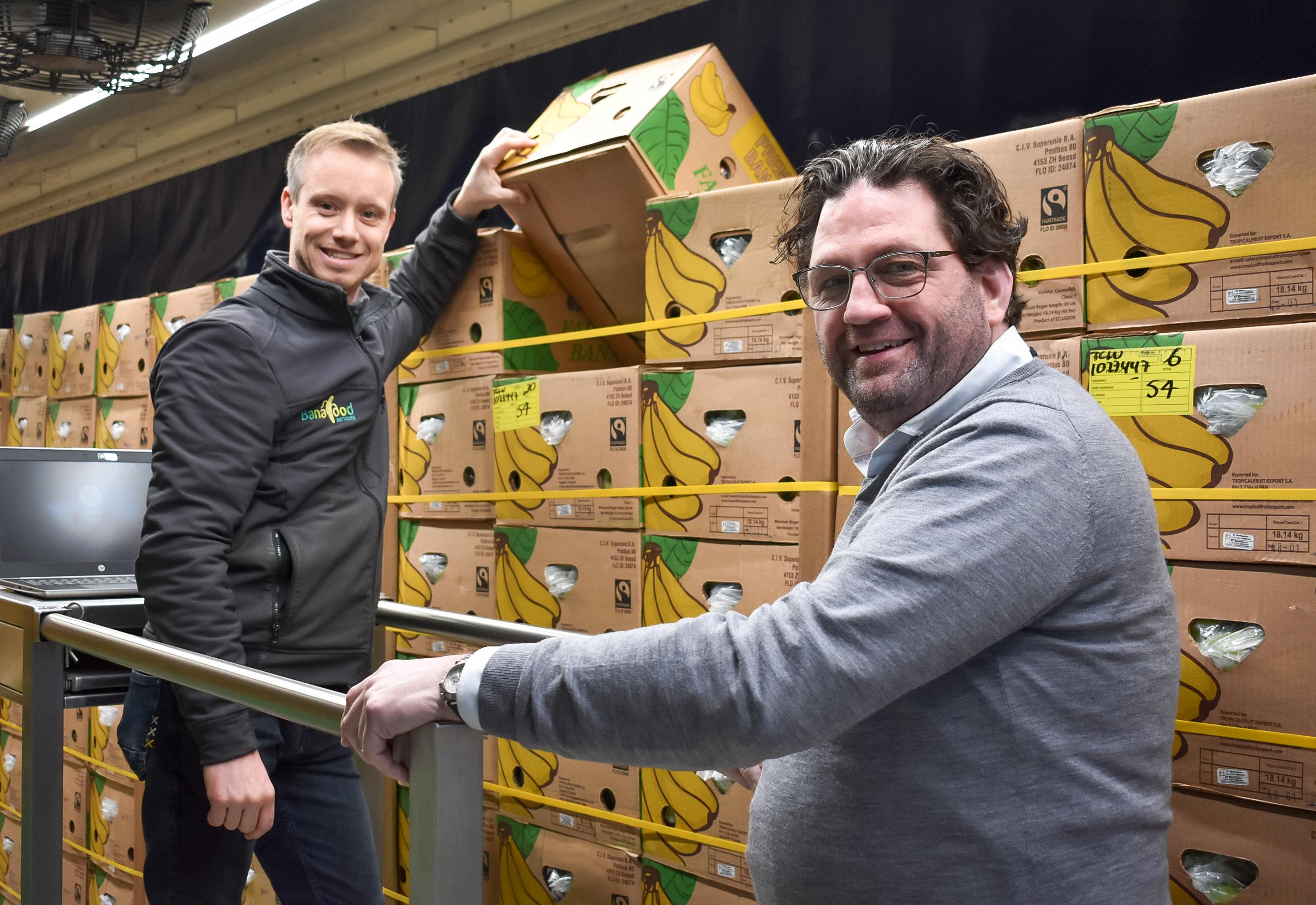
“I’ve
Han Ploegmakers, Banafood:
“Exporter-ripener-supermarket relationship determines banana chain‘s success”
After nearly 40 years in the banana business, Hans Maagendans is going to take it a little easier from this year. He is, however, not considering retirement at all and will remain involved with Banafood as an advisor.

Forty years ago, Hans not only gained a wife but a career in the banana sector too. From 1983 to 1995, he had been head ripener at Bruigom & Visser, his father-in-law, Jan Ritmeester’s company in the Netherlands. When Bruigom & Visser was sold to Chiquita in 1995, the name changed to Chiquita Fresh Gorinchem. After over 12 years at Bruigom & Visser, Hans was the operational unit manager at Chiquita Fresh from 1995 to 2007. He spent the last 15 years of his career in Germany, where Hans and fellow shareholders started the new ripening company Banafood Services GmbH.
for shorter and more irregularly. That makes short-term financial sense but does nothing for shelf life and quality.”

“Most of our buyers are in the Netherlands and Germany. Though we’re based in Germany, the initial focus was largely on the Netherlands, but we’re now also increasingly gaining a foothold in Germany. Several retailers have started their own ripening facilities, but plenty of parties still don’t have the ripening capacity for that. I think being an independent ripener in Germany is why we can grow even more. In Germany, there’s still often a clear ripener-supplier link. but we ripen for several parties, which makes us very flexible. We’re not bound by national borders either and are always open to ripening for other customers,” Han explains.
“And we’re ripening more and more for food service clients. You don’t have to tell our ripeners that those bananas must be more yellow than for retailers. That’s the beauty of an experienced team. When the ripeners arrive at work, they can tell where the bananas originated by the belt colour and pallet type.” Banafood also ripens other products like mangoes and avocados, though in much lower volumes than bananas. “There are definitely future growth opportunities here,” Han admits.
The banana diseases, TR4 and Black Sigatoka, have been banana market threats for years. Still, Ploegmakers is not con-
cerned that bananas will eventually disappear from supermarkets. “The multinationals are working hard together on solutions to find fungi-resistant varieties. We, obviously, have limited influence there. That doesn’t mean we’re oblivious to the threat, but neither does it deter us from, for example, investing in our ripening capacity.”
Banafood mostly ripens bananas from Ecuador and Colombia. “We work with other banana-producing countries, too, but we’ve had good experiences with Ecuador and Colombia. Each country has its pros and cons. Ecuador usually delivers somewhat firmer bananas. For Colombia, the transit time is slightly shorter. Last year, at certain points, the availability of bananas was a definite issue. That was due to adverse weather and delays in the ports. But here, too,
coordination between exporters, ripeners, and buyers is paramount. If that’s flawless, these challenges are more manageable,” explains Han.
Banafood Services GmbH

Carl-Kühne Straße 7 47638 Straelen
T.0049(0)2839 5689100
E .info@banafood.eu
I. www.banafood.eu Cold
600 spots!pallet
He is optimistic about banana consumption in Europe. “Bananas are the most sold fruit in the supermarket, and that’s not going to change any time soon. Local growers can protest all they want, saying we should buy everything from nearby, but the market’s subject to more factors. For example, last year, because of current events, many Dutch supermarkets had to switch to overseas cultivation.”
“Last year was a good year for us. While other products’ prices rose, those of bananas remained quite stable. Supermarket prices have increased since the start of 2023, but bananas are still being sold too cheaply. I thought the increased price would make some shoppers choose other products, but all our customers’ fair trade banana share remains nicely level. These days, at least 75% of the bananas we ripen are labelled Fairtrade,” Han concludes.
han@banafood.eu
With more than 60 years of experience, Verhoeckx has grown into a comprehensive supplier of top quality mushrooms and hard fruit.

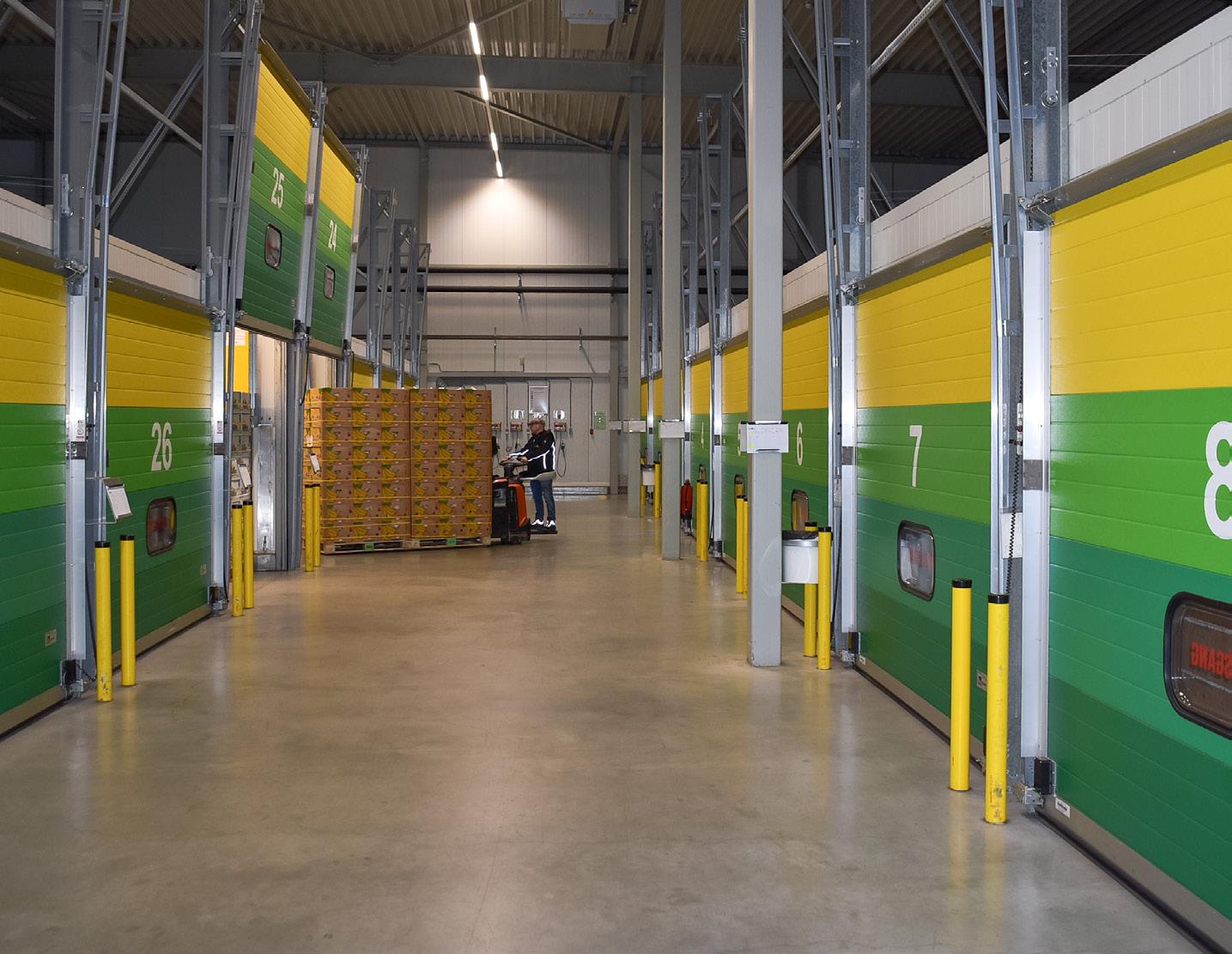
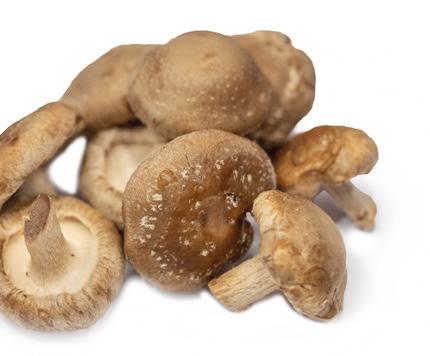


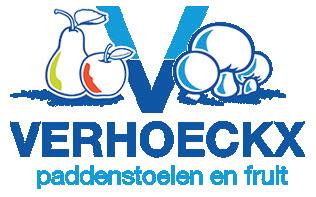

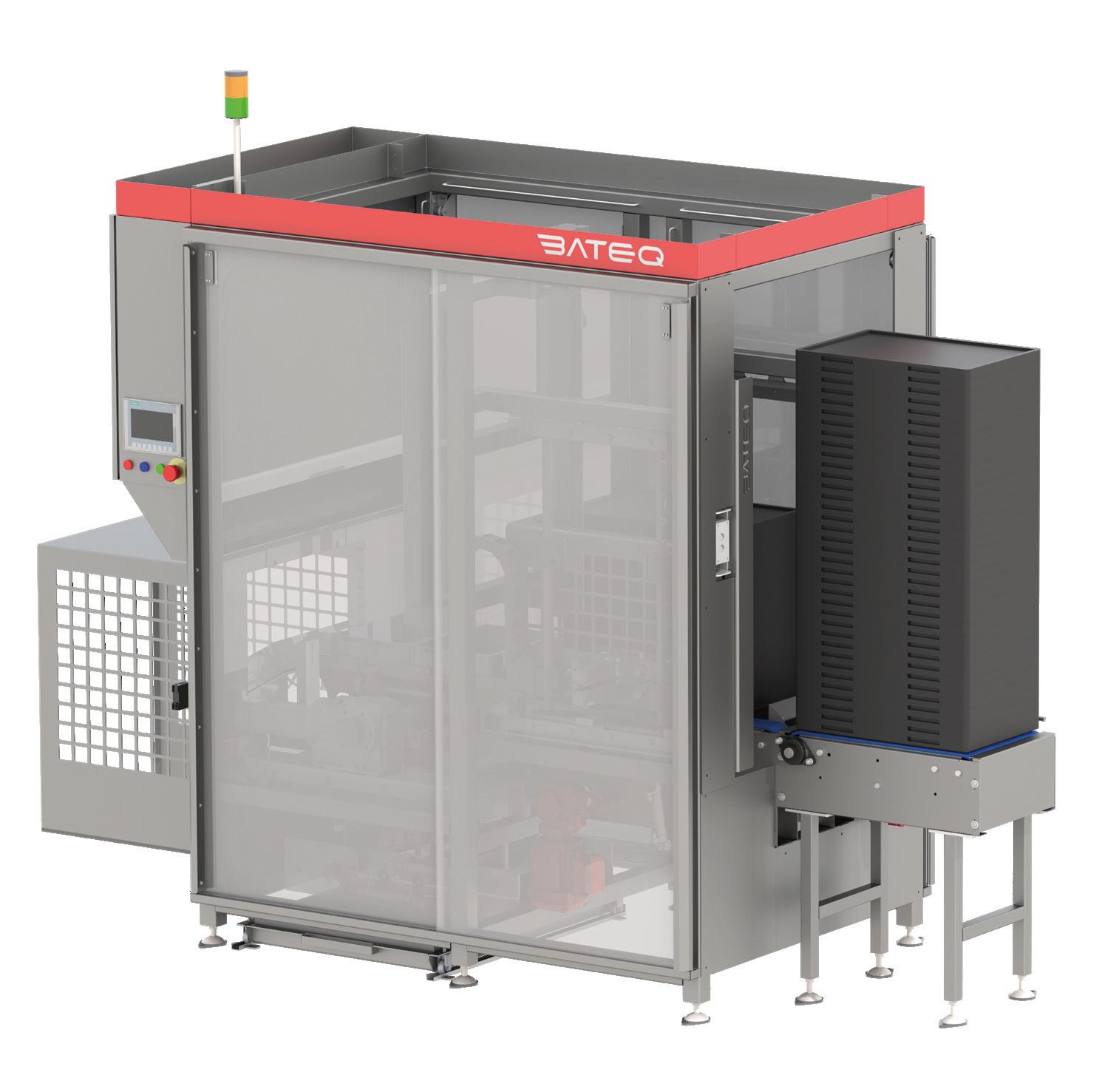


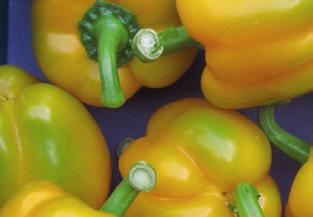
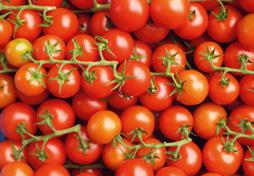

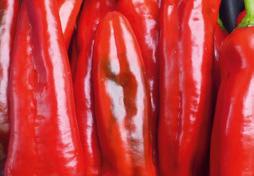

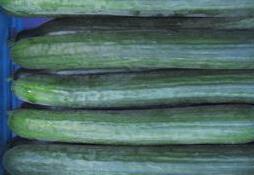
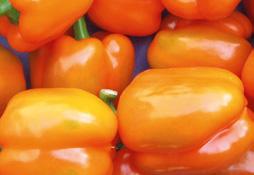
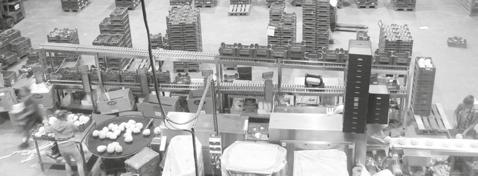
In recent years, to extend the citrus season, later varieties have been increasingly considered. Climate issues, especially in Spain, have led to several citrus varieties finishing earlier and earlier. People are thus turning more and more toward varieties they can harvest later in the season. The Leanri clementine is one of these relatively new varieties. It was recently introduced but seems to, slowly but surely, be gaining its place on the market. John Gijbels, too, started with this red-orange premium variety this year and is convinced. “I think it’s perhaps the tastiest clementine we can offer,” says the Belgian trader with a Catalan production site.
The Leanri is a Murcott/Clementine hybrid, with exclusive rights held by the Protected Vegetable Varieties Company (CVVP) in Spain. The variety was introduced with great fanfare in Spain in 2019 before being commercialized in large volumes for the first time in the 20202021 season. Leanri can be harvested in
January and February, ripening four to five weeks before Nadorcott and after the end of the Clemenules harvest. It has been considered promising from the getgo. The variety has a high Brix value of up to 14 degrees, a 70 mm diameter, and an average weight of 150 g. That is according to information from the CVVP. Listing the
characteristics creates expectations, but, says John, these are justified.
He has Leanri available until March, so the first season has just finished. According to John, who grows Leanri on some ten hectares, you could best describe this variety’s first full season as ‘promising’. In Spain, growers are purchasing these trees in large numbers. “However, most Northern Europeans have yet to become acquainted with this new variety. We started with it last year, and this season we had somewhat more for the first time, but volumes are still quite limited.”
“The feedback I’ve received has been extremely positive. Some customers even say they sold more Leanri this season than Nadorcotts last year. Many and I, too, think the Leanri is even tastier than the Nadorcott. Until Orri hits the market, it
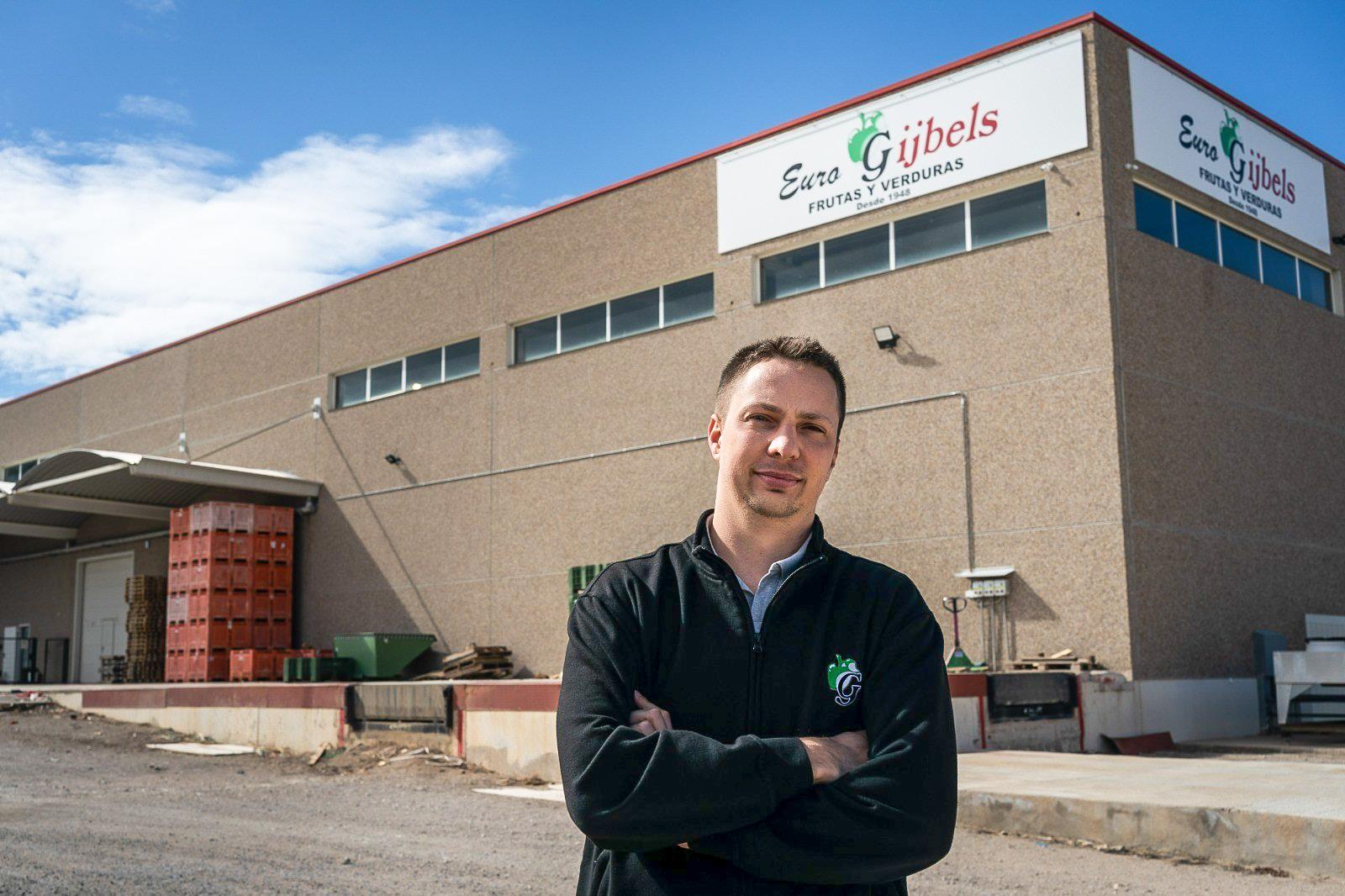
“I’d go as far as to say that Leanri is even tastier than Nadorcott”
John Gijbels, Euro Gijbels:John Gijbels
may be the best clementine available. So, it also immediately strikes a chord with consumers, which keeps them coming back,” Gijbels says.
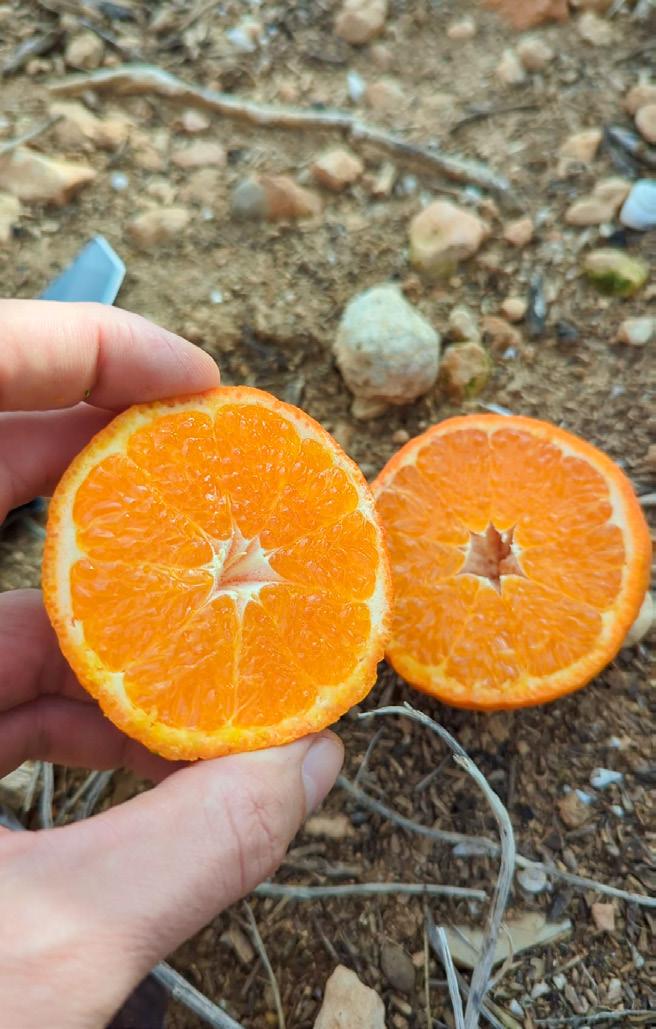
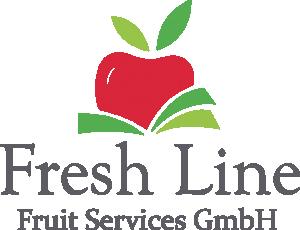


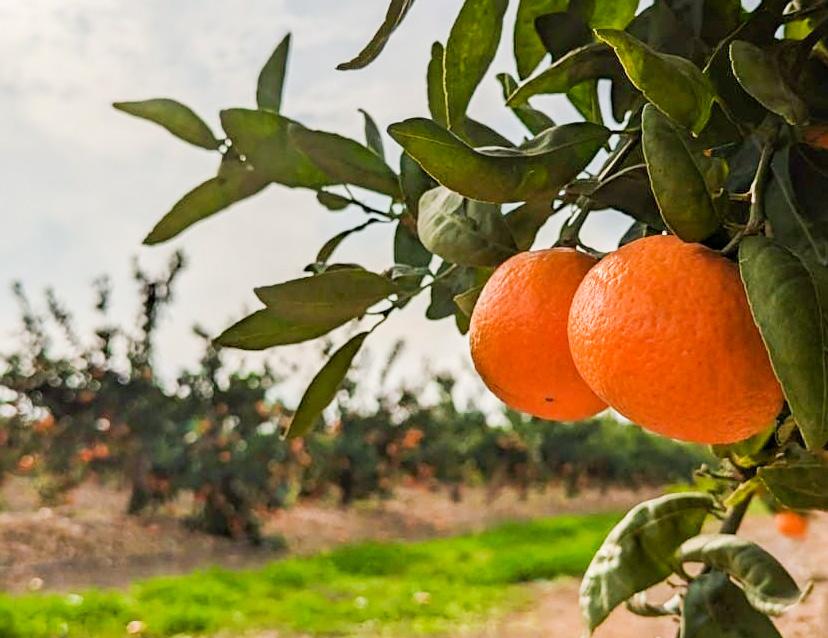
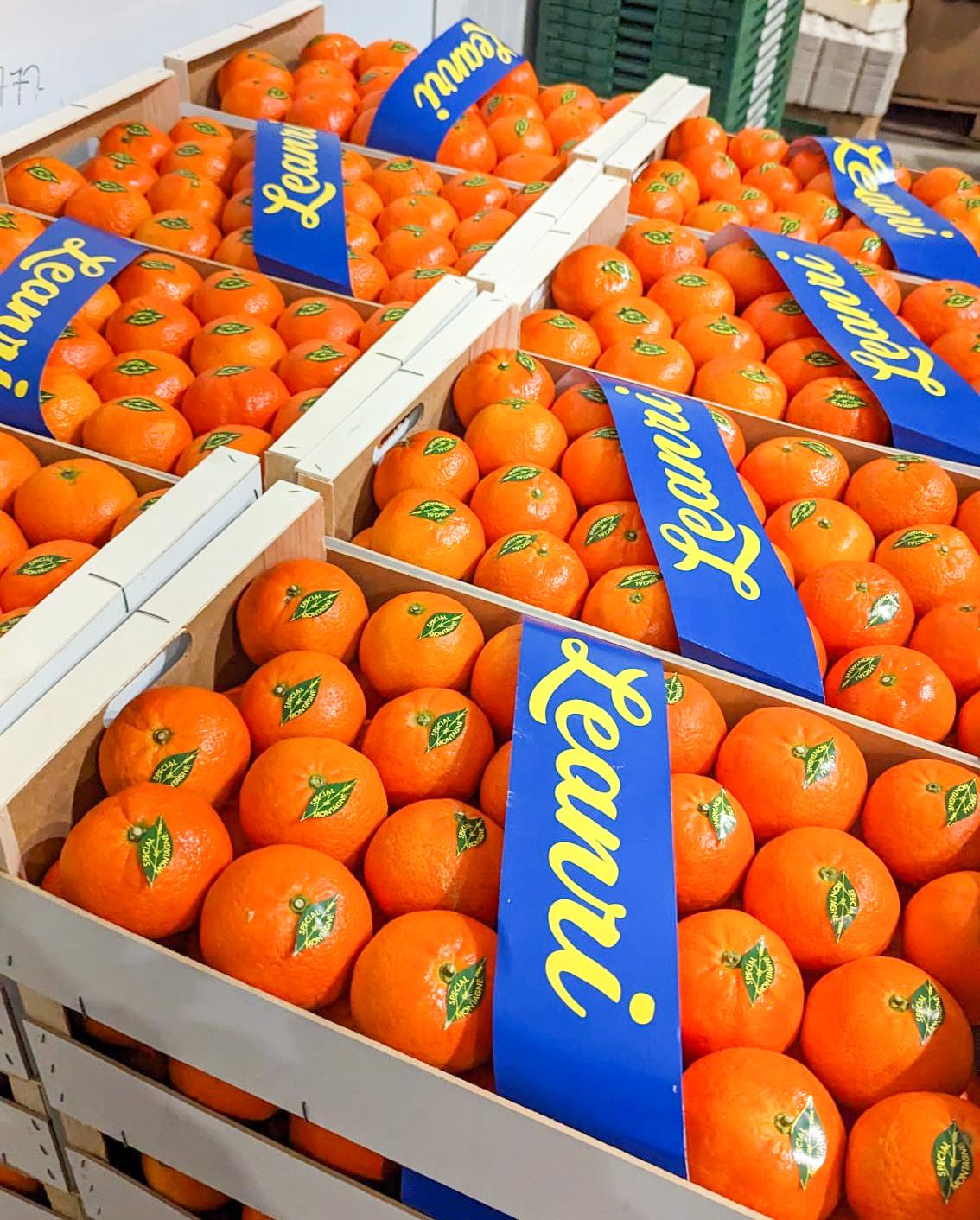
That, in itself, is already an extraordinary feature. Indeed, explains John, the premium variety is somewhat more expensive than other varieties. However, despite financially challenging times for many, consumers are picking it up. “We hear people taste a true difference compared to other clementines. That’s not so true for other premium varieties, so I foresee a bright future for this variety. This season was one of testing and discovery for us, but the variety seems to be catching on well in the Belgian market. Customer retention is high - a vital first step to build on in the coming years. Ultimately, the crucial thing for a variety to succeed is that people like eating it.”
This variety seems to be succeeding in that. “I always wondered if people would like it. We’ll have to see how it goes in other countries, but in Belgium, my expectations have been met. Quality-wise, they’re great this year, with a high Brix value. Also, despite being slightly harder to peel than a Clemenule, I still consider it an ‘’easy peeler’,” John admits. That is why he will continue down the same path next year. “We still have to buy quite a lot in. I had to buy two-thirds of my volume to meet demand. So next season, we’ll do at least the same as last year. From there, we’ll see which way to go. With the more expensive varieties, it’s always a matter of waiting to see if they’ll eventually be fully picked up, but the Leanri has all the qualities to succeed,” he concludes.
For the Italian pear sector, the situation is not one of the best. If until a few years ago the domestic market was being met by national production, today it has to rely more and more on imports from abroad. This was confirmed by operator Albano Bergami, owner of a company that produces and commercializes, and one of Italy’s top specialists in the pear sector.
“Insects, diseases and frost, have brought the pear sector to its knees in a few years, especially the Abate variety, typical of the Emilia Romagna region,” says Bergami. “Until a few years ago the import of pears in large quantities would have been unimaginable, while today we see Chilean, South African, as well as Argentinean products on our markets and in the retail sector, and increasingly early, whereas years ago it was only the case from late spring or early summer.”
For Bergami, it is not normal for Italy to import Conference pears from the Netherlands and Belgium; it is a sign that something is broken in the national system.
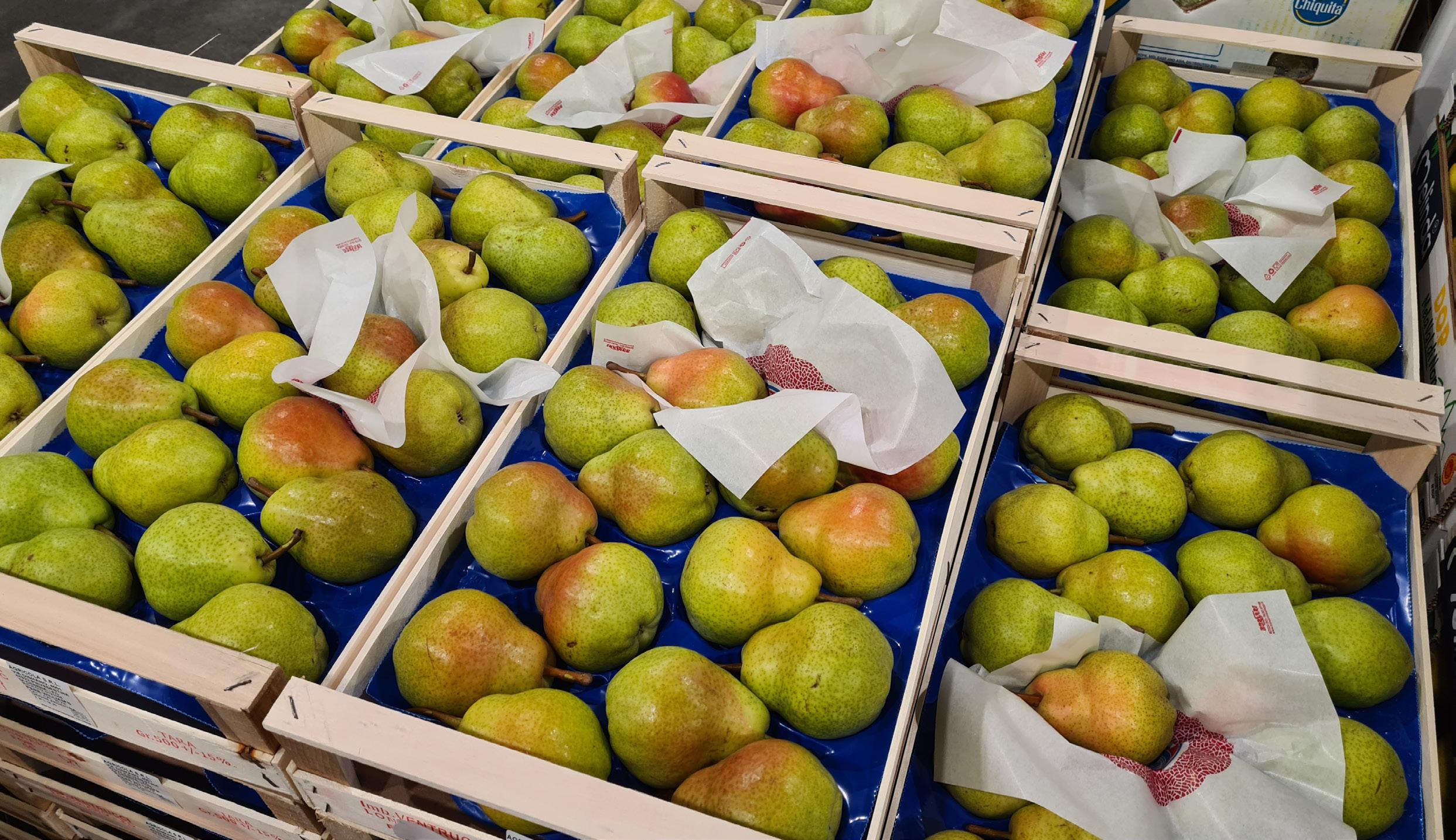
“As early as the beginning of April 2023,” adds wholesaler Daniele Di Mauro, who sells in the north of Italy, “I imported an excellent Abate pear from Chile because the Italian national one was almost finished or of poor quality.”
The Centre for Fruit and Vegetable Services (CSO) also confirmed that, in the past, domestic pears almost entirely met domestic demand and a 20 percent was exported. But in recent years, this was no longer the case.
“During the previous 2021/22 commercial year,” says the CSO, “exports saw quantities characterized by an exceptionally low level, complicit with supply relegated to an all-time low. This low performance was caused by a combination of several adverse climatic factors, which represents an anomaly in terms of production. In fact, we have to keep in mind that this year’s production was just over 200,000 tons.”
Shipments to foreign markets between June 2021 and May 2022 stopped at 39,000 tons, marking a 65 percent drop compared to the previous season, perfectly in line with the production gap for Italian pears. Consequently, the share of exports in proportion to supply, amounting to just under 20 percent, remained similar to previous years.
“During the last harvest, we noticed a good recovery in exported quantities for the 2022-2023 sales year compared to last year, which, however, remain below the average potential for the period due to difficulties in the production system also encountered in the current season, mainly due to a high presence of small gauges. On the domestic market, a similar situation was found as well with consumption picking up in the second half of 2022 compared to 2021, but below average,” explained CSO specialists.
Official statistics on pear exports in June-December 2022, the latest available update, showed the handling of about 45,000 tons. Compared with the same period of the previous year, these quantities mark +77% but are down -43% on 2021 and -11% on 2020/21, which was the last season with a comparable production level.



The growth compared to 2021 affected almost all destinations (at least the main ones) with an increase also in the number of the number of markets reached by domestic shipments.
The main destinations remain within Europe, accounting for almost 90 percent of the overall volumes.
In the period June-December 2022, Germany absorbed about 38 percent of domestic exports, compared to 34 per-
cent in June-December 2021 and 44 percent in 2020; in terms of quantity, the volume was almost double the lowest in the previous season.
France, which is historically the second most important destination, absorbed 20% of June-December 2022 exports, with volumes, however, up only +60% on the 2021 shortage. Austria’s 9% share holds the third place among traditional European markets, with volumes up +50% over 2021.
This is followed by Romania, Spain, Switzerland, Croatia and Slovenia, with volumes back to those exported normally in terms of quantity. On the other side of the trend are shipments to the United Kingdom, which are still very small and even declining when compared with the same period last year.
“In recent years, the export of Italian pears has undergone a period of great difficulty, as we have been able to witness, mainly linked to the limited supply of available supply due to a more than once compromised productivity. This implies increased competitiveness in foreign markets because the shares not covered by the Italian product are being replaced by pears from other countries; these market shares may become difficult to recover, at least in the short term,” clarified the CSO.
With regard to the average export prices, up until the end of December 2022, these were below those of the previous year characterized by a highly deficit supply, while they were in line with the 2020/2021 campaign, although with lower quantities available and sold.
The Lower Austrian company Zeiler has been one of the largest tomato producers in Austria for many years. Since 2010, the company has been operating a second site with now 8.5 hectares in Lébény, Hungary, close to the border triangle. Through area expansions and investments in horticultural technology such as energy-saving LED lighting, the facility has been expanded over the years into a yearround facility. Thanks to ambitious geothermal energy, there is a continuous supply of hot water at a temperature of 80 °C, which is used to heat the greenhouse facility, describes Managing Director Christian Zeiler in an interview.
Last year, cucumbers were produced for the first time at the Hungarian site, after the area had previously been planted with tomatoes. Zeiler says: “Due to the virus load in tomatoes last year, we diversified our production. Therefore, we are currently producing Sunstream tomatoes and salad cucumbers grown on a
high wire at our facility. We expect higher production volume overall this year compared to last year.”
Increased electricity and energy prices are also affecting vegetable production
in the Hungarian greenhouse, Zeiler continues. “Unfortunately, energy costs are constantly at a high level and can no longer be hedged in the long term. Overall, production costs have increased by 20-30 percent this year, with not only the additional costs of electricity and energy, but also fertilizers, pesticides, logistics and personnel have had an impact. The rising costs have reached a price level that is not expected to go down.”
He said that the prices of greenhouse crops produced in Hungary are comparable to those in the Netherlands. According to Zeiler, “they are significantly higher than in Southern Europe, which is due to the higher costs of glasshouse cultivation compared to classic southern European greenhouse cultivation, as well as to the cost of social standards.”
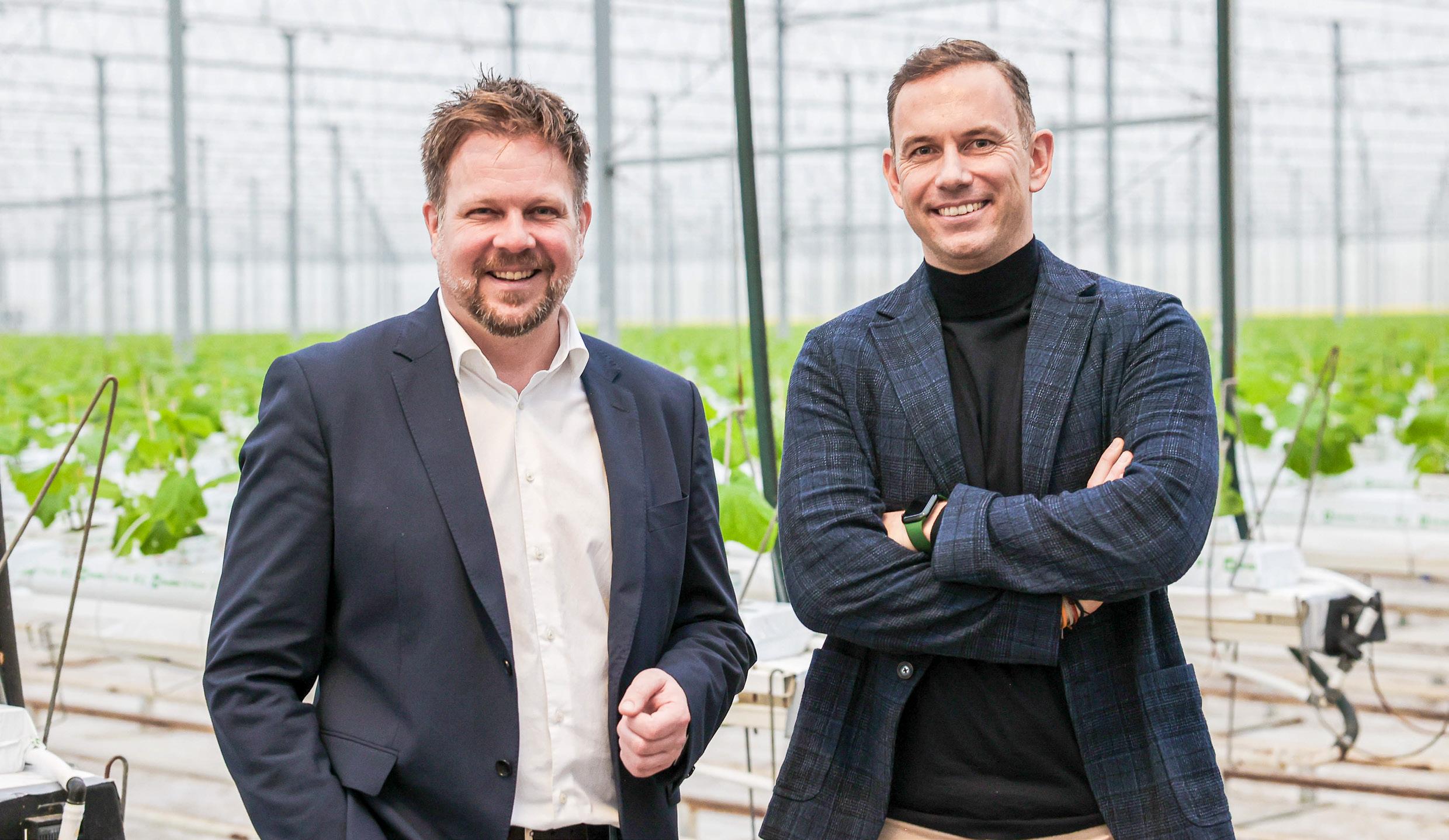
“Eastern Europe is increasingly developing into an interesting sales market for fruit vegetables”
Compared to the headquarters in Münchendorf, Lower Austria, the Hungarian site offers several advantages. “The biggest advantage of the Hungarian plant is geothermal energy. We have invested in this technology to ensure CO2-neutral heating of the greenhouses in the long term. In addition, our employees all live locally and come from the region. They do not have to look for work abroad, for example in Austria. Otherwise, we adhere to the strictest quality requirements and plant protection guidelines at both locations. The hours of sunshine and growing conditions also do not differ significantly at the locations,” the vegetable grower describes.
In terms of sales, Zeiler is confident about the future. A healthy, plant-based diet is based on fruits and vegetables, especially fruit vegetables, and is in line with the trend, he observes. This trend, in turn, is contributing to market growth, he adds. “We are finding that Eastern Europe is becoming an increasingly interesting production area. Meanwhile, we suspect that, due to the high demand for residential space in the Netherlands, area distributions will shift and cultivation areas in
this country may tend to decline in the coming years.”
Together with its exclusive and wellknown marketing partner Port International, based in Hamburg, Zeiler intends to further exploit the aforementioned export potential in the coming years. “We have maintained an excellent partnership for many years and will continue to deepen this within the framework of Port International’s Exclusive Partner Program. The program bundles the structure of an international producers’ cooperative with exclusive marketing by Port. The farms affiliated with Port thus have the opportunity to act as a strong alliance in the market and create the economic framework for professional further development of the growing operations.”
In addition to the synergy effects, the marketing partnership also offers other advantages, Zeiler emphasizes. “Not only are quality management and the distribution network controlled by Port, but sustainability activities can thus also be jointly developed and implemented.”

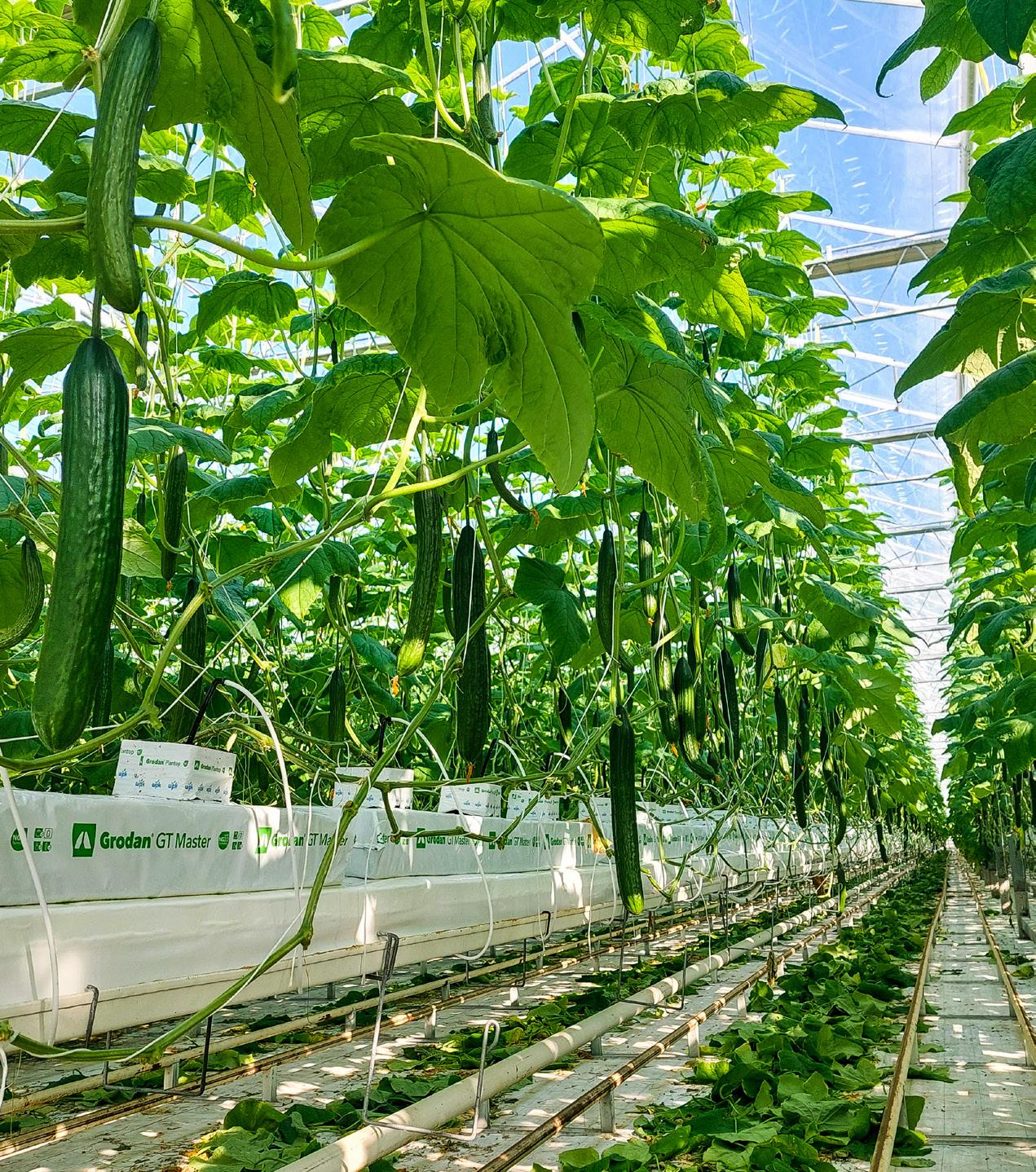
To ensure the necessary quality in unstable weather conditions, also as a result
of climate change, greenhouse cultivation has become essential, according to Zeiler. “The use of LED lighting will make year-round production possible, and thus I think year-round cultivation will come back. Glasshouse cultivation supports sustainable production because less water is needed, compared to outdoor cultivation, and the use of pesticides can be reduced. The plants are optimally protected from negative external environmental influences in the glasshouse.”
He added that greenhouse cultivation is also a forward-looking model in view of structural change and the constant development of global vegetable production.
“Due to the increasing size and professionalization of farms, small businesses tend to die out. Sustainable energy management using renewable energy forms the basis for modern greenhouse cultivation,” Zeiler concludes.
info@port-international.com
office@tomaten.at
igating the inconvenience of a sudden interruption in supplies. Subsequently, the shutdown was reportedly confirmed.”
The commercial trend of the crops grown in greenhouses for the 2022/2023 season is linked to the production trend of Sicilian horticultural crops, as well as to the weather. This is not too dissimilar to what is happening with Spanish products, which are also being negatively affected by the climate change. We analysed the commercial season for tomatoes, courgettes, aubergine, and bell peppers with the help of Massimo Pavan and Patrizia Calabrese, both agri-managers in eastern Sicily.
“Themain issue with all greenhouse products was the abnormal high temperatures we recorded between November and December last year,” said Pavan. “The entire production is still suffering from this phenomenon, with plants very stressed and unable to withstand the long winter cycle, especially in the case of tomatoes. In those two months, production peaked, dragging down the market due to oversupply, with negative peaks in the selling price compared to production costs. One example is the cherry tomato, with quotas of €0.30/0.40/0.50 euro per kg. There was a complete reversal of the trend with the onset of cold weather in January and with the little production remaining that, given the low supply, saw a surge in prices and a high mid-price (even over €3.00 per kg). The humidity that was generated in the greenhouse in November and December led to the development of botrytis, lowering the yield below quantity standards, to the point that even today (the interview day was on 14 March 2023 - ed.) the price of cherry tomatoes is still €2.50 at production,
because there is still a lack of tomatoes on the plants.”
“According to our sources of information, the same trend affected our Spanish colleagues,” added the manager. “The situation in Morocco is different, not only in terms of production, but more because of the government’s stop on exports, which, in order to mitigate tomato prices on the domestic market, decided to halt flows to Europe. The decision was later temporarily suspended only to be reintroduced almost immediately. The same happened to Turkey’s productions, which, however, saw exports unblocked after a few days (from 2 to 8 March 2023 - ed.), because the issue was likely to jeopardize exporters’ reliability to international customers. Moroccan tomatoes are now at risk of heavy commercial losses with regard to French and European customers. Luckily, vehicles departing for Europe were allowed to complete their deliveries, mit-
It is hard to say who, in this context, will benefit from this forced halt. Turkish productions probably will, Spanish ones perhaps. Italian ones are somewhat likely to benefit less because they are geared toward a higher price range. The food safety of Italian product is often dictated (and obtained) by supermarket chains, which set residue limits well below legal parameters. In addition, regardless of organoleptic characteristics, Italian productions have to face increased labour costs, which meets European regulations, as well as being in line with the ethical values of European labour policies. Another burden for companies is the tax regime, which is not comparable with that of competitor countries. However, in the end, it’s always and only about sales prices, and whoever sells at the best price wins.
“Germany continues to be the number one customer of Sicily’s horticultural production,” explained Pavan. “However, this year there was a drop in volumes of about 20 percent for tomatoes, while courgettes, which are more sensitive to temperatures, saw an increase in volumes, concentrated in the aforementioned two months even though the potential was not entirely reached because of the long-standing New Delhi virus problem. This reference is also increasingly making its way to Eastern Europe, with Poland leading the way. Prices in the last two months of 2022 followed the pattern of increased supply, with quotations of €0.20 to €0.40 per kg. Now the harvest is coming to an end, with negligible volumes and prices in line with the season. Aubergines have somewhat followed the trend of industrial tomatoes. November/December 2022 €0.30 to €0.40 per kg, while now we are at about €1.00 per kg. We are almost at par with production prices, which leave producers unsatisfied.”

“In a scenario of uncertainty, due to the international situation and higher production costs, we have decided to reduce
the areas of production of the 2022/2023 bell pepper season,” said Patrizia Calabrese, commercial manager of an important producers’ organization. The low profitability of the reference also contributed to the final decision, which has discouraged producers from investing in the crop. Added to this, is the difficult field management of a cultivar that is prone to a number of phytosanitary problems, combined with a persistent labour shortage. We have relied exclusively on the volumes agreed with our customers for transplants, intentionally leaving out the possibility of covering other segments of the market. Unfortunately, despite the cautious approach, not everything went as we had planned, as a result of the huge heat wave in November and December.”
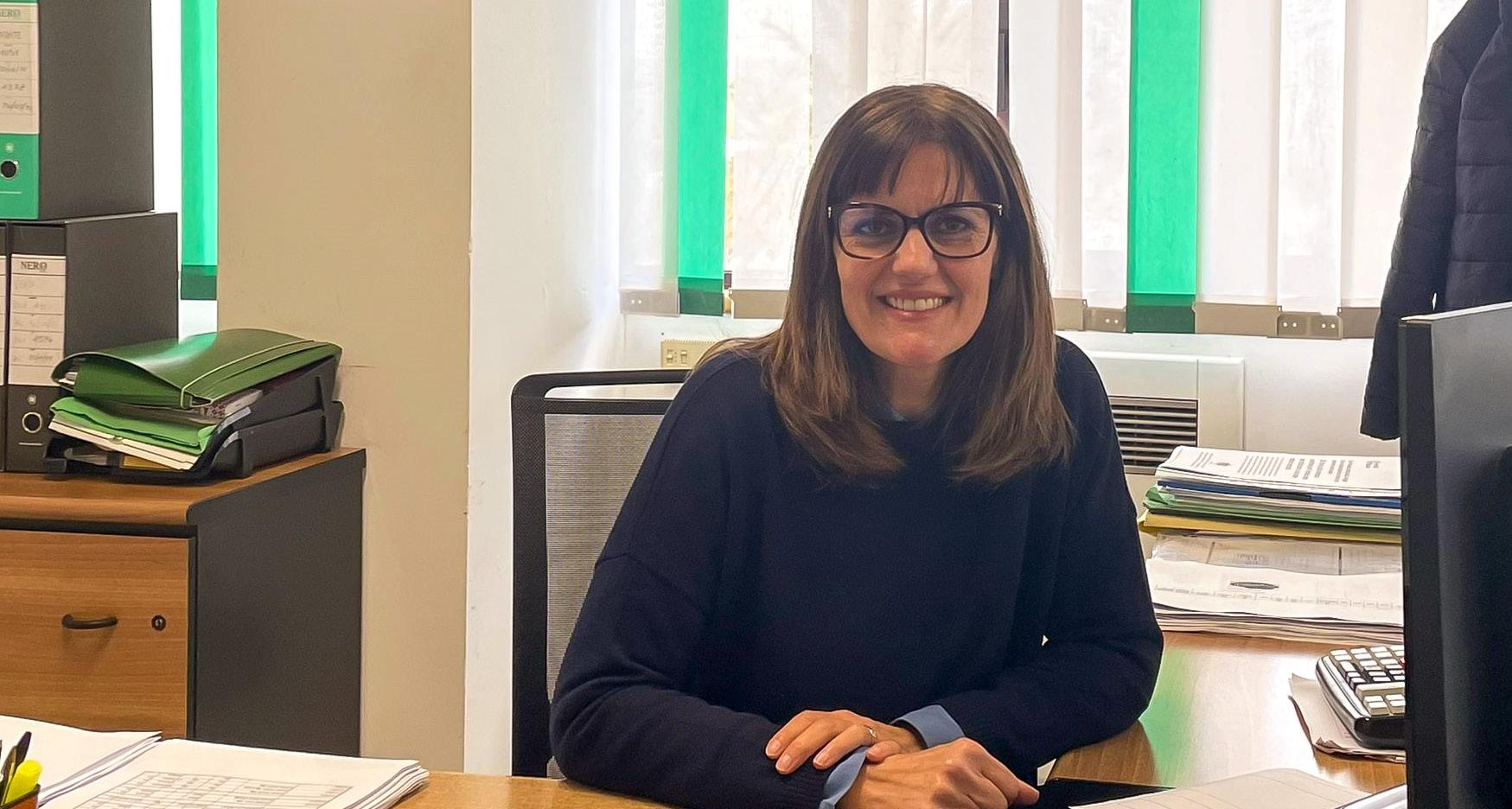
“In the final two months of last year, we had an early ripening of peppers, the increased supply of which did not excessively unbalance the market, keeping growers’ prices at around €1.00/1.10 per kg. These were acceptable prices that
rocketed to around €2.30/2.50 in January and February 2023, when the product was lacking not only from us but also from Spain. The demand exceeded the supply, and we were unable to meet the demand as we would have wanted, especially in February. European markets also lacked Dutch peppers, which saw a reduction in greenhouse production in the winter season. At the moment, prices continue to be appealing and hover in the range of €2.00 to €2.20/kg. The product for the

fresh market grown in greenhouses will arrive shortly and will end in June, unlike those cultivated in polytunnels, the harvest of which is coming to an end as we speak.“
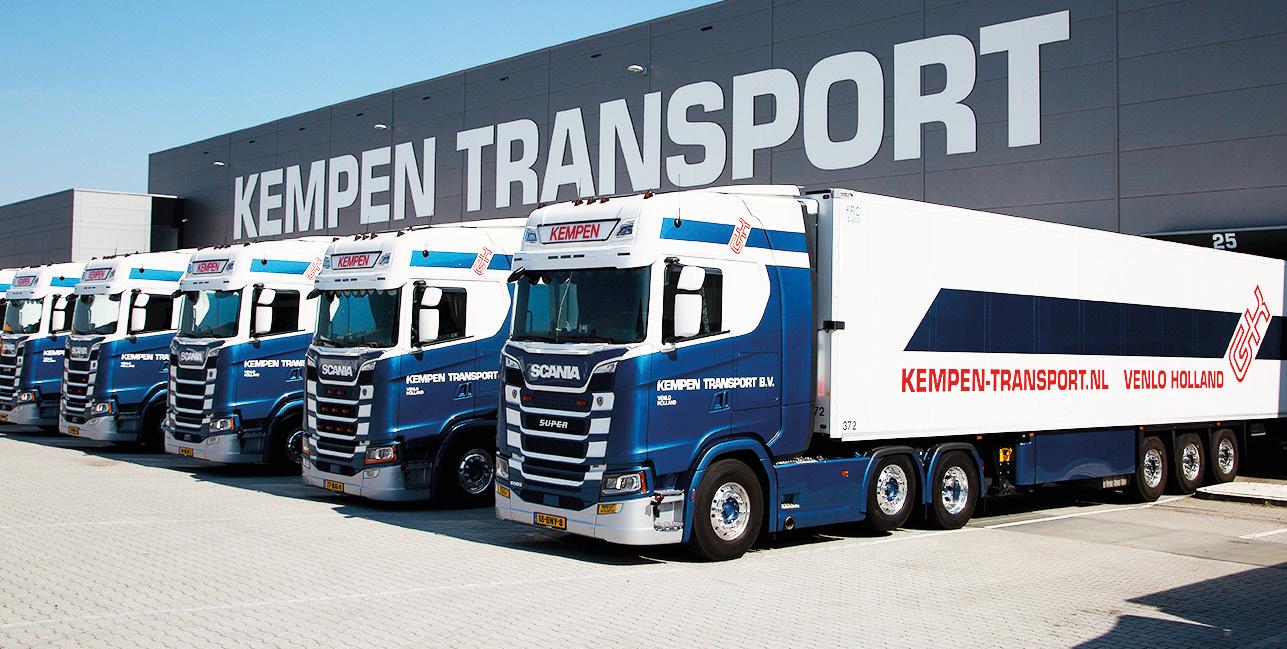
The specialist for conditioned transport of fruit and vegetables.
“Groupage specialist for Germany”
Kwekerij
het Westland is one of the companies in the Netherlands that cultivates pointed peppers of various colours. In 2022, it merged with fellow grower PowerGrow, and both are now affiliated with the Rainbow Growers Group. It includes true bell pepper specialists, including Thimo van Marrewijk and his associates. “I’m busy harvesting the yellow and orange ones,” he begins when we get hold of him just before Easter.
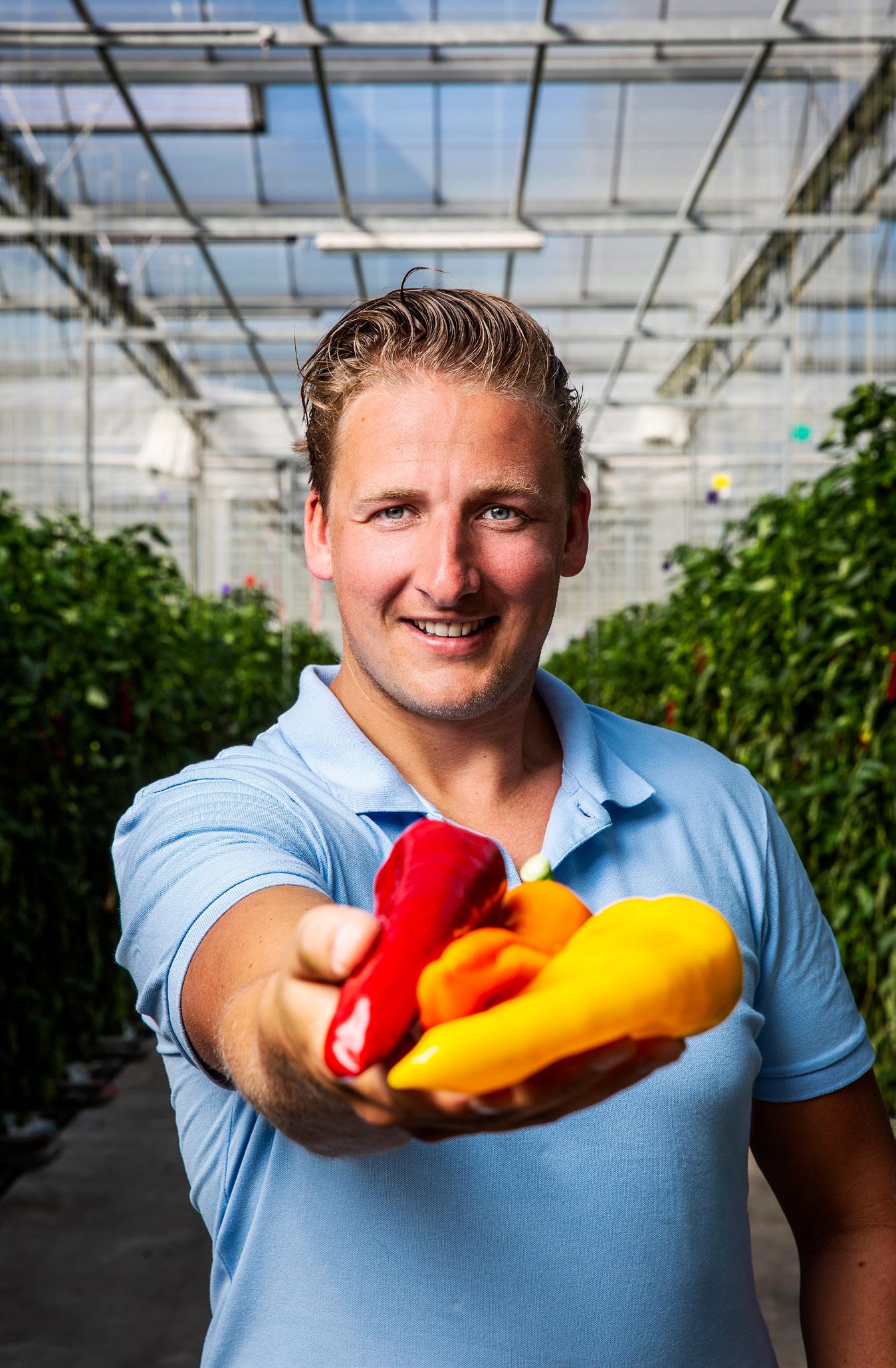
“It’s the first time harvesting at this location. That’s always a special moment, and I like being there.” Thimo, who, since the merger, divides his time between De Kwakel, Poeldijk, and Naaldwijk, made some time available for this occasion. “These days, I’m more of a manager than a grower. Still, I like freeing up a few halfdays a year to join in the harvesting. I think that’s important,” he admits.
He did so even when the merger - that led to the team of experienced growers expanding - was at its most intense. Thimo already had plenty of experience working with his father, John, and Arco Vreugdenhil, but now there is even more experience on board. “Almost everything kept running as usual after the merger, but we’re doing some things more efficiently. It’s mainly a matter of learning from each other, not improving.” When the merger was announced in the summer of 2021, the goal was to switch completely from block peppers to pointed peppers at De Kwakel, starting in 2022.
That, however, did not happen. “The market wasn’t conducive to this,” says Van Marrewijk, referring to the energy crisis, which created plenty of uncertainty. The full conversion has not yet been made this year, either. At the De Kwakel greenhouses, cultivation is divided 50-50 between
When the Dutch bell pepper season gets going this month, pointed peppers will also appear on shop shelves. In recent years, not only red, but also yellow and orange, even in a three-color mix. The latter could still be considered a specialty, but that no longer applies to red-pointed peppers. With an acreage of 100+ hectares, these pointy bell peppers count for something.
pointed and block peppers, with the latter planted early and the pointed peppers later, for energy reasons. Harvesting got underway in Naaldwijk in late March and a little later at the other locations. “Next year, though, we want to switch completely to pointed peppers in De Kwakel.”
Block and pointed peppers are related, so their cultivation is similar. “However, each grower has their cultivation strategy. Looking at several of those strategies, you can’t tell who’s growing pointed peppers and who’s growing block peppers,” Thimo explains. Both crops respond similarly to weather and greenhouse conditions, leading to characteristic occasional setting peaks and troughs. The harvesting process is different, though. “Unlike block peppers, which you harvest with trays and then collect in the shed, we harvest pointed peppers in folding crates. That means we use a crate train.” That took some modification at De Kwakel. “You can pick pointed peppers once a week, too, but since these colour quite quickly, we harvest twice a week.”
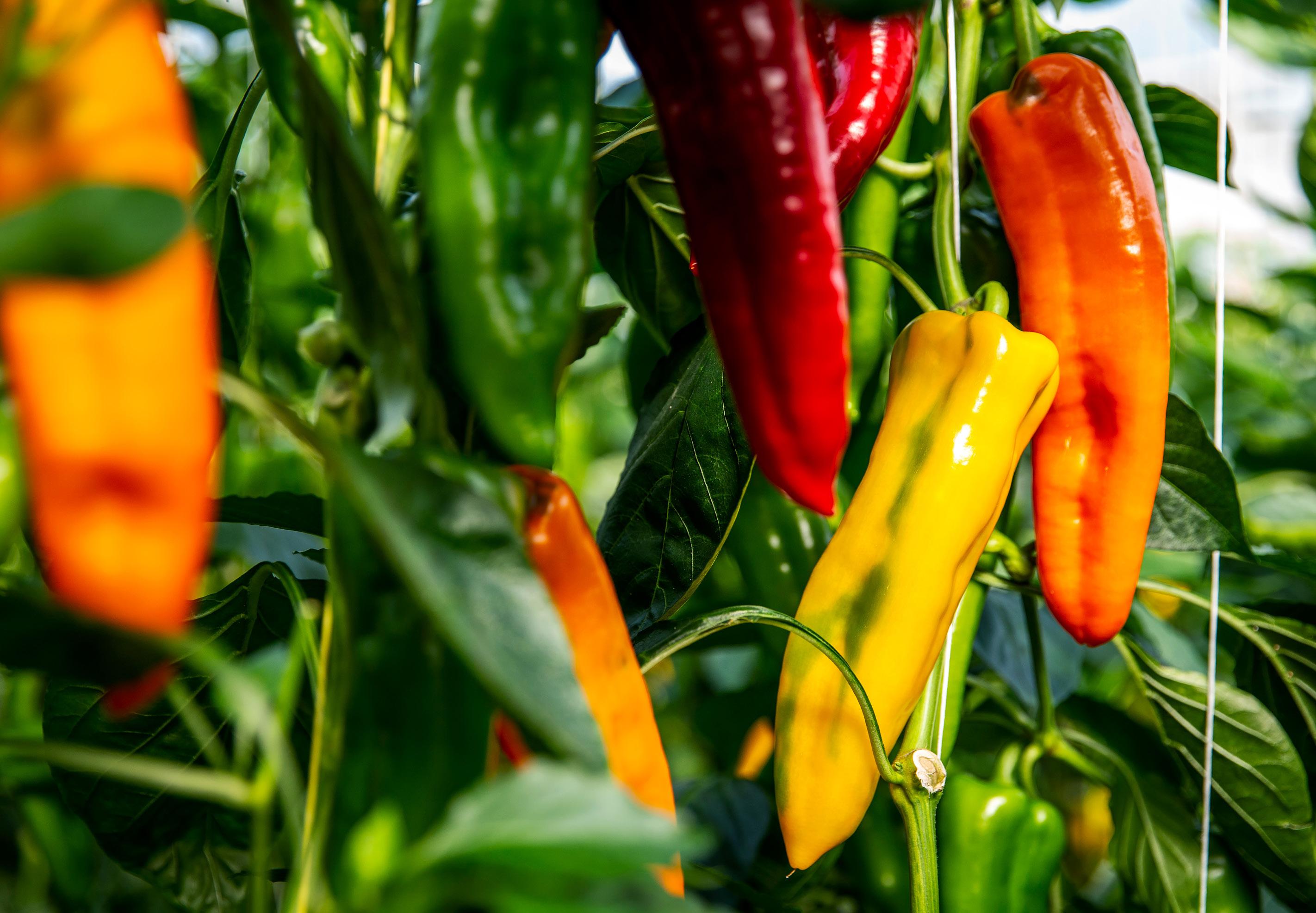
Market growth, too, contributed to the decision to not yet switch entirely to
pointed peppers at the new location. Kwekerij het Westland is not the only company taking steps; other growers are, too. Pointed peppers no longer being a specialty crop does not mean volumes must proliferate. A significant portion of sales done through the marketing organization Harvest House is on a contract basis. Thimo sees that more weekly contracts are being sealed because of the production expansion. “It’s been that way since last year. There’s minimal day trading, especially in the colour mix,” he observes.

Kwekerij het Westland has been marketing that mix for eight years now. In 2020, they found the optimal variety combination thus allowing for scaling up. “It’s a lovely, distinctive product that still excites me. It’s a somewhat trickier crop, but customers need it.” The challenge is facilitating growth without bringing too much product to market at once. “In 2022, as we scaled up, there was slightly more day trading, which is risky. Also, because pointed peppers are still somewhat more expensive than block peppers,” Thimo adds.
He considers it vital that the pointed pepper market keeps growing. That is why Thimo spends plenty of time and energy on further developing the product, including through variety choices and presentation-wise, with, for example, packaging. He is aware of rising inflation’s effect but will not compromise. “The market is growing; it has to. I am only 30 and am ambitious. And so are my fellow growers.” The merger means the young grower can also engage more in product promotion. “I’m not the only one pulling the cart. I enjoy being involved in several things and love all the Harvest House special teams efforts to promote products,” Thimo concludes. thimo@kwekerijhetwestland.nl
There has been much construction in the Dutch town of Monster in recent years. Radish grower Jongfresh has gradually renovated the entire company. Old greenhouses made way for new ones, and the company got a new processing area, offices, and canteen. All the greenhouses were linked, too, resulting in a ‘radish street’ with plenty of room for growth.
“Youmust do all you do, well,” begins owner Erik de Jong. A tour includes everything happening at the company, besides the recently completed construction activities. The construction’s first phase - renovating 1.5 hectares of greenhouse - started in 2020. Phase two followed a year later, faster than expected. Erik got talking to a neighbour, and they decided to swap two plots. As a result, the Jongfresh lots now lie adjacent to each other, and that neighbour, Optiflor’s properties, too, are better aligned. After that swap, both decided to build.
For Jongfresh, that meant demolishing and rebuilding a second 3.3-hectare greenhouse. A 3,800 m2 processing area was also built. “We have plenty of space now.” Erik shows they have considered future growth steps in several parts of the large warehouse. For example, a gutter has already been laid in the concrete floor in case a second cold store has to
be added alongside the current one. They can also easily add another packing line for loose and radish bunches.
Erik does his own marketing. Over the years, Jongfresh has made a name for itself with a wide assortment, including many specialties, like rainbow radishthree radish colours in one bunch. “We began with that carefully five years ago. It was particularly challenging to get the purple radish. We slowly expanded from a few crates daily to greatly scaling up last year.” Cultivation-wise, the grower now has it all under control. “It’s a fantastic product, and we get positive market feedback,” he explains.
This year, they started with another new product: lilac radishes. In the largest of the three greenhouses, Erik pulls a bunch out of the ground. A few workers, further along, do the same. Seven years ago, Jong-
lilac radish: new at Jongfresh
fresh decided to only harvest by hand so that the company could grow different varieties. They do not have to consider if a product can be picked by machine.
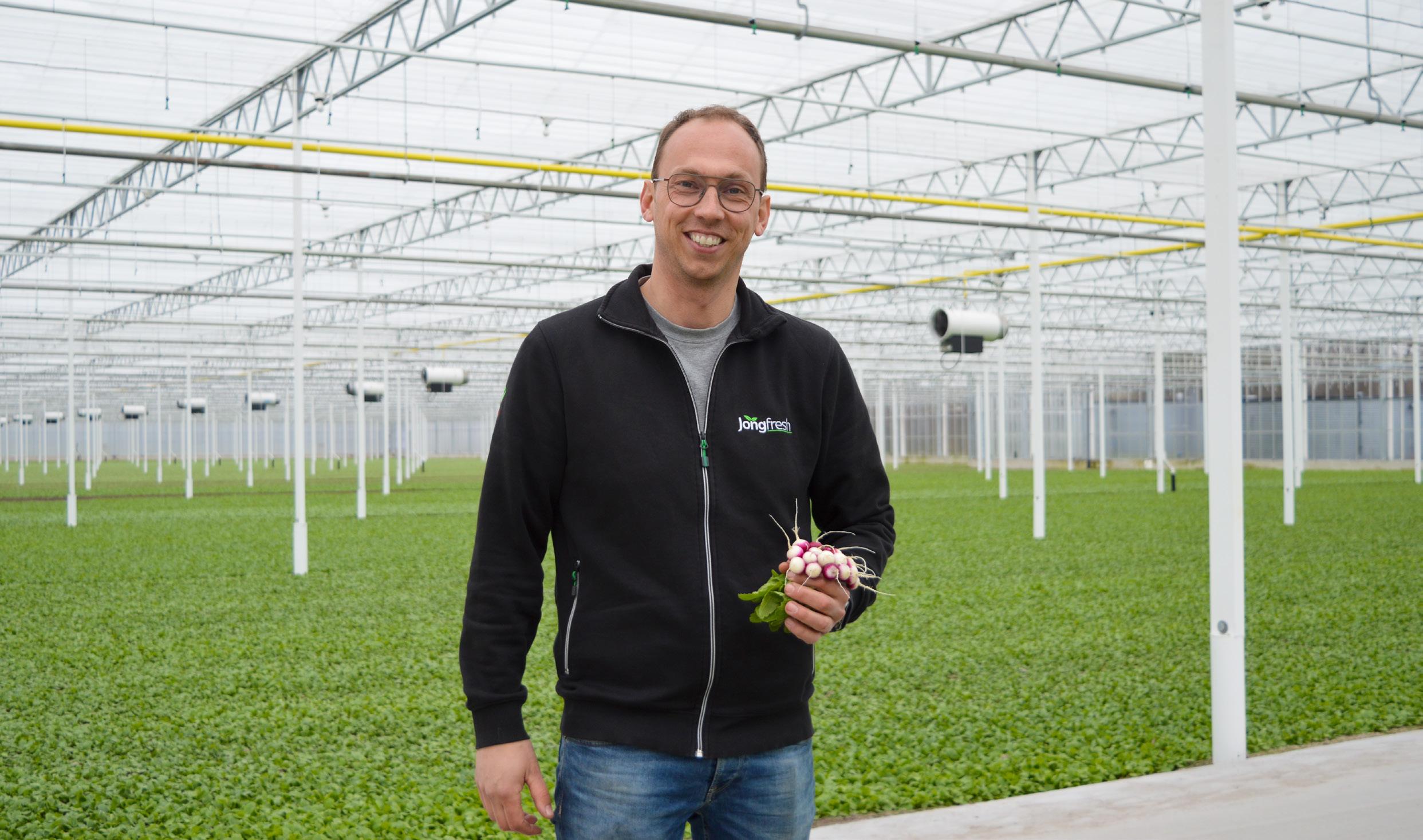
The lilac radishes’ tops have a distinctive colour, with white at their bottoms. Besides colour, Jongfresh looks at flavour and texture; essential for how it feels in your mouth. If all three those factors are perfectly in order, a new radish concept is born. “I think lilac radishes are heading in the right direction.” As with rainbow radishes, initial sales start with “a few crates a day” and then slowly scale up as the market embraces the product.
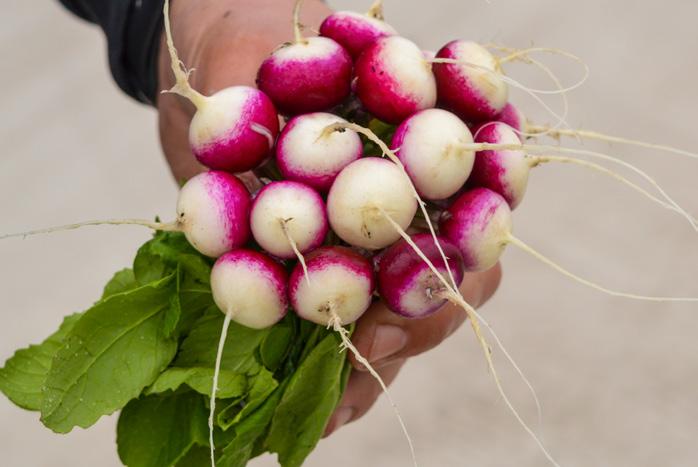
For three years, there was much focus on building. It was a great time, with radish cultivation and sales continuing as usual.
Fully renewed Jongfresh lays foundation for the future

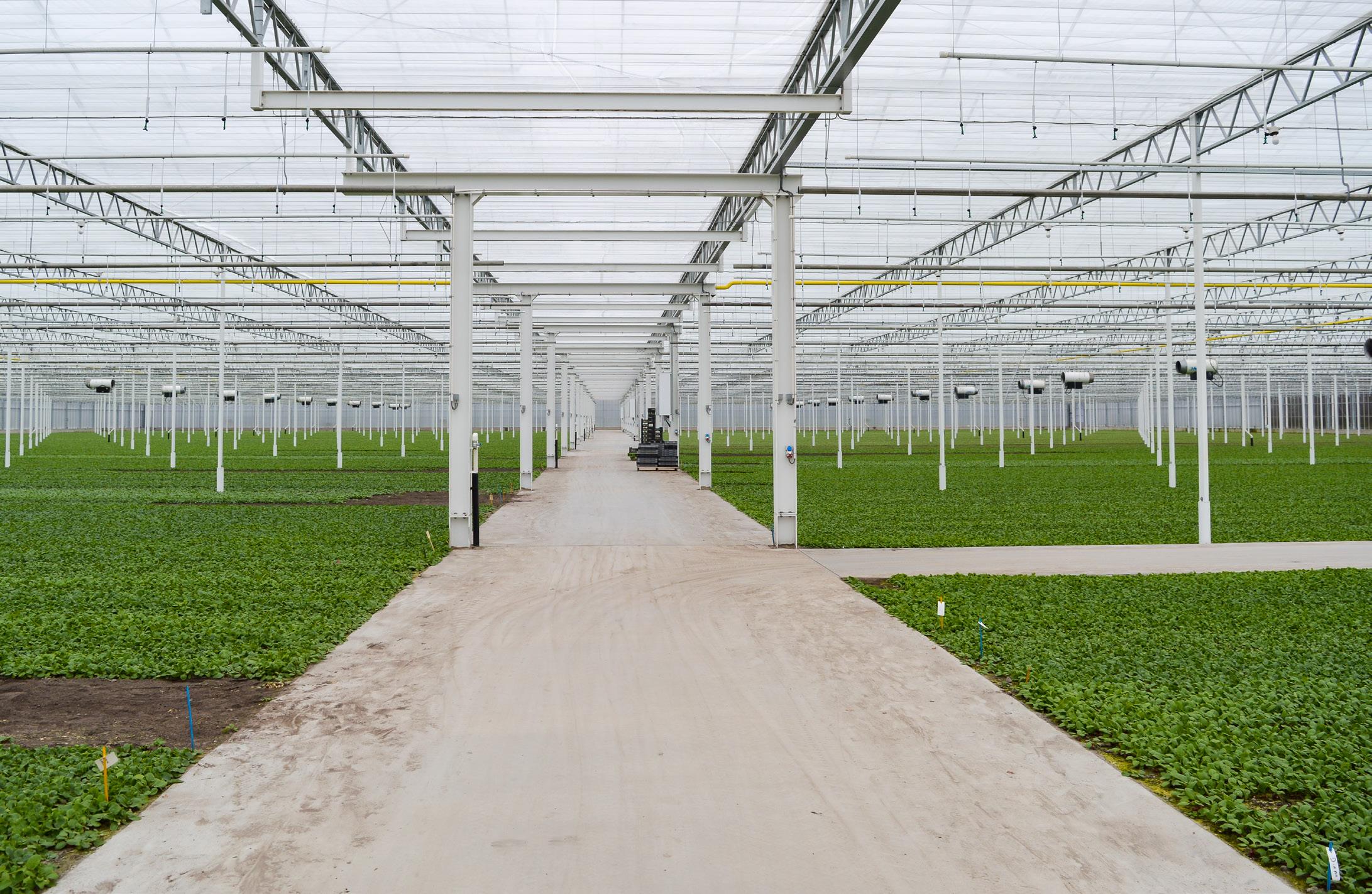
Through careful planning and by using rental greenhouses, Jongfresh could maintain production even while rebuilding greenhouses. “Sometimes I feel like nothing’s come of all my plans in the last few years,” says De Jong when talking about those busy years. He
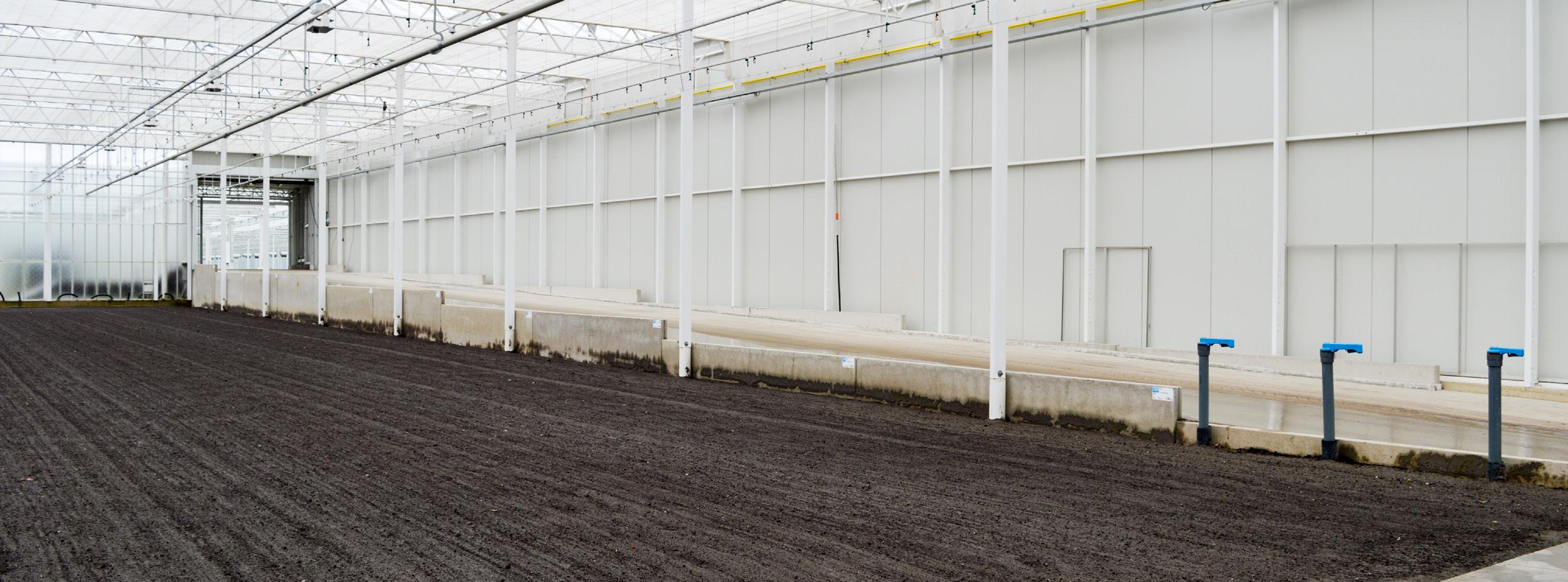
has plenty of ideas but cannot execute them all at once. Fortunately, Erik is surrounded by a team of people, including his parents. “But then I look around me and am grateful to see that we’ve accomplished quite a bit.” An understatement, especially from an out-
sider’s perspective. They see a modern company and, in the parking lot stall in front of the building, an exclusive, attractive radish assortment.
In mid-March, Jongfresh and everyone involved in this construction project celebrated this great result. That means the company can now look ahead again and focus on non-construction-related activities. For Erik, that means he can finally take a vacation later this year. An RV parked in one of the warehouses proves this is on the cards for him and his family.
Those activities include the energy crisis, cultivation developments, and continued innovation in marketing. The business renewal took place amid the COVID-19 pandemic, and the energy crisis loomed while Jongfresh was well into construction. Originally, once the greenhouses were completed, investing in LED lighting for year-round cultivation was on the cards. “We had already tested that. I’d like to do that now, but it’s unrealistic at the moment,” Erik continues.
He is giving plenty of thought to meeting their future energy needs. A geothermal heat project is being built opposite the company. Ideal, right? “You’d think so, but it’s not easy

to connect to that for a specific, cold crop like ours.” Erik is still racking his brains for a customized solution to further reduce the already low gas consumption or replace it with a gas-free alternative.
The cultivation focuses on resilience. As is customary in a true family business, The grower’s father, Peter, helps out. A 1.5-hectare part of the greenhouse has been set up for testing resilient cultivation, with special attention to the soil. “We’ve already reduced our fertilizer use,” Erik explains. They are evaluating the possibilities of things like biostimulants. The renovated water space with automatic container filler makes adjusting nutrient recipes for each greenhouse easy. For Jongfresh, the challenge is to match resilient cultivation with growing many different varieties. In the coming period, the company will invest in optimizing a resilient crop.
With both cultivation and marketing in-house, Erik has a clear vision about radishes’ opportunities further in the chain. “Our hand-harvested product and special variety choices mean we can offer a unique product.” A radish is a radish, but there are definite differences between varieties, even in ‘standard’ red radish-
Dailygroupage shipments within the Benelux and Germany
es. “That becomes clear when a client who gets radishes from another supplier asks us for them too. It’s a nice compliment if they then prefer our radishes. Dutch radish growers all grow a healthy product, but that’s not the same as all having the same tasty, most representative product.”
At Jongfresh, they deliberately focus on that too. They, thus, consider not only current consumers but children too. “They’re the consumers of the future. We want to get the new generations eating radishes,” Erik concludes. To that end, Jongfresh is betting on loose radishes, marketed as a
snack or snack. There is room in the processing area for additional machinery to meet this demand. The company’s complete remodelling has, thus, laid a foundation for future growth.

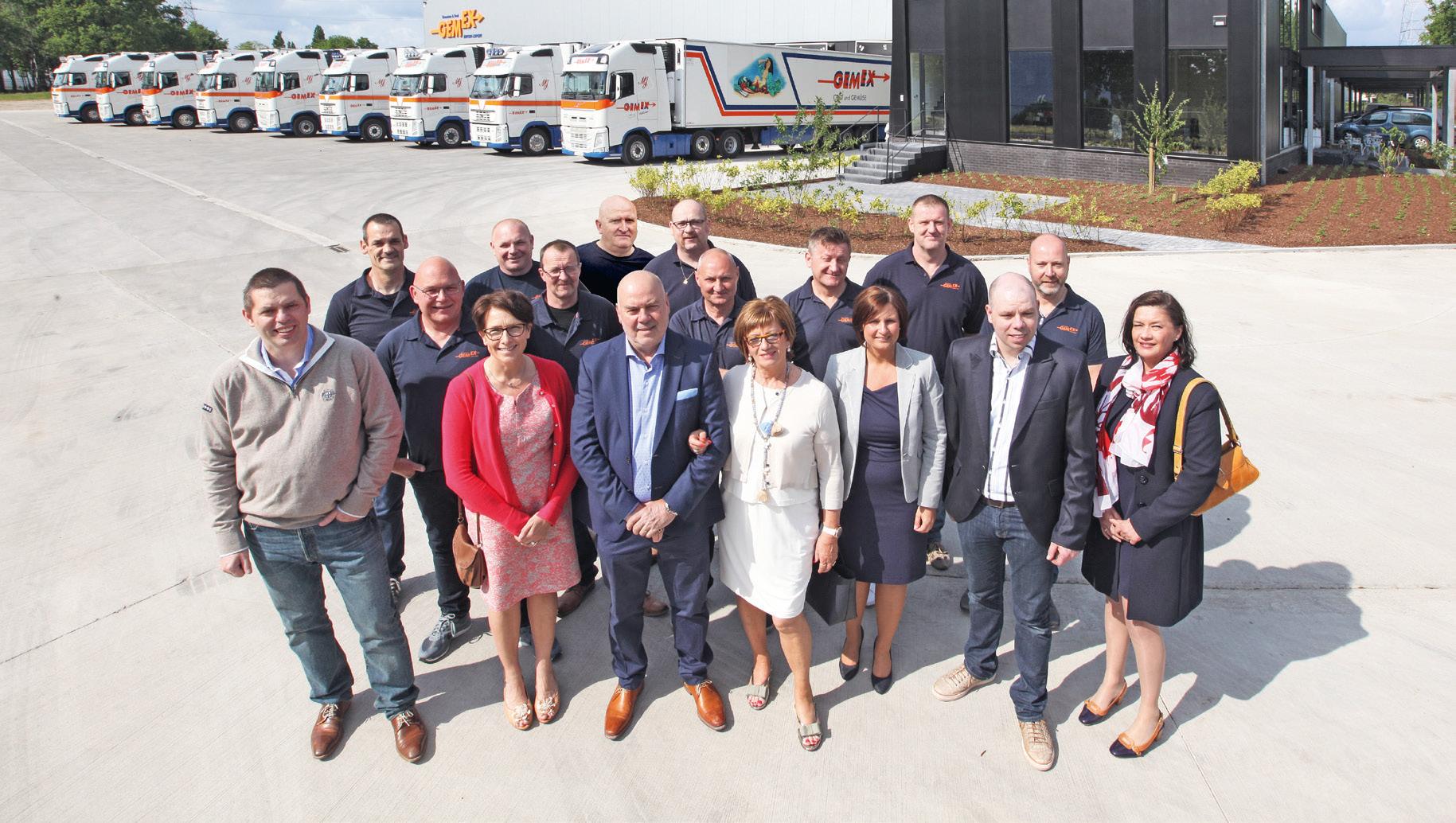

erik@jongfresh.nl
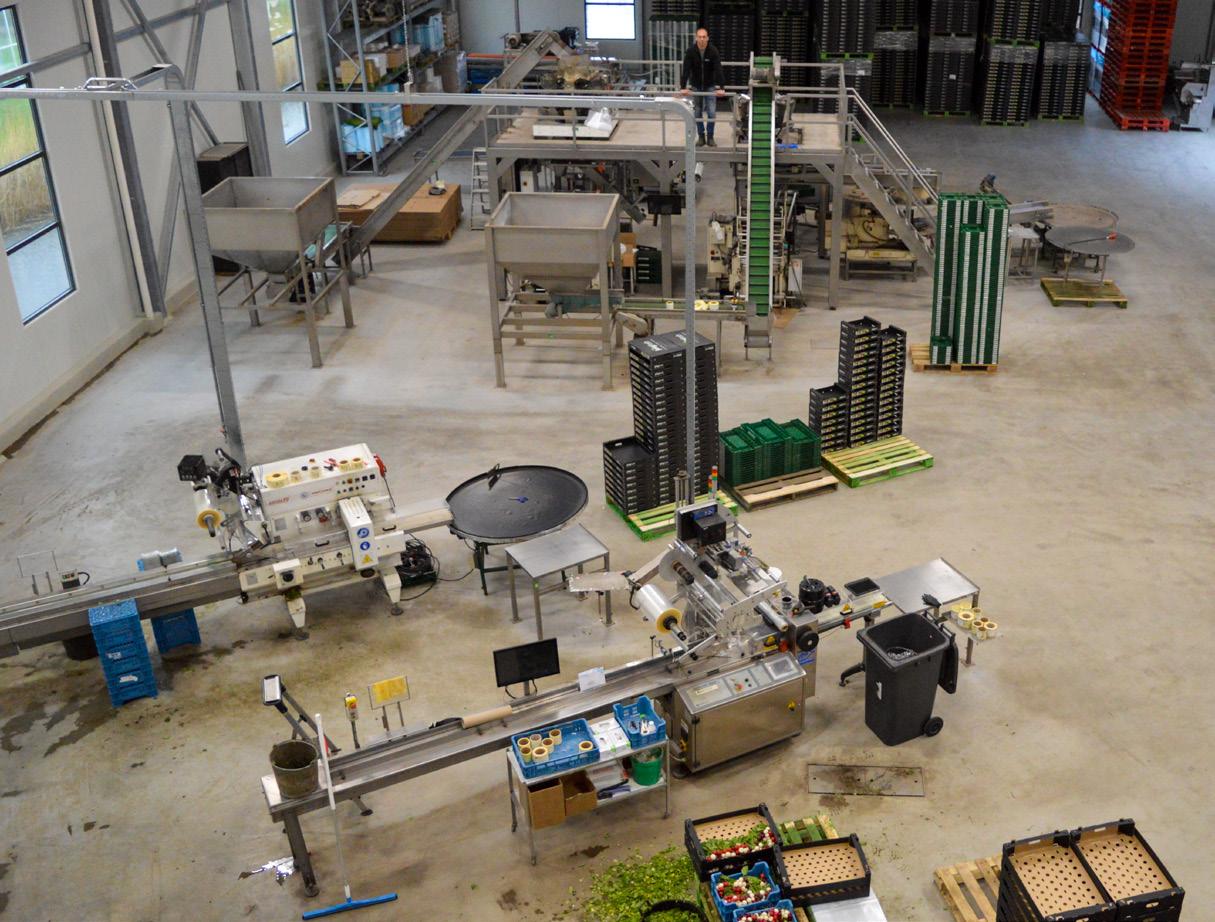
As a grower and later owner of a Dutch marketing and breeding company, Jan van Heijningen has years of experience in much of the chain. The founder of Eminent, the company he started with his brother Ted, retired on January 1, 2023. Jan made a name for himself with Eminent’s specialty greenhouse vegetables. Who doesn’t know the Tinkerbell and Tomberry by now? Time to reflect on a rich career of nearly 40 years, which is not quite over either, since Jan has joined the Dutch non-profit organization PUM as a horticultural expert.
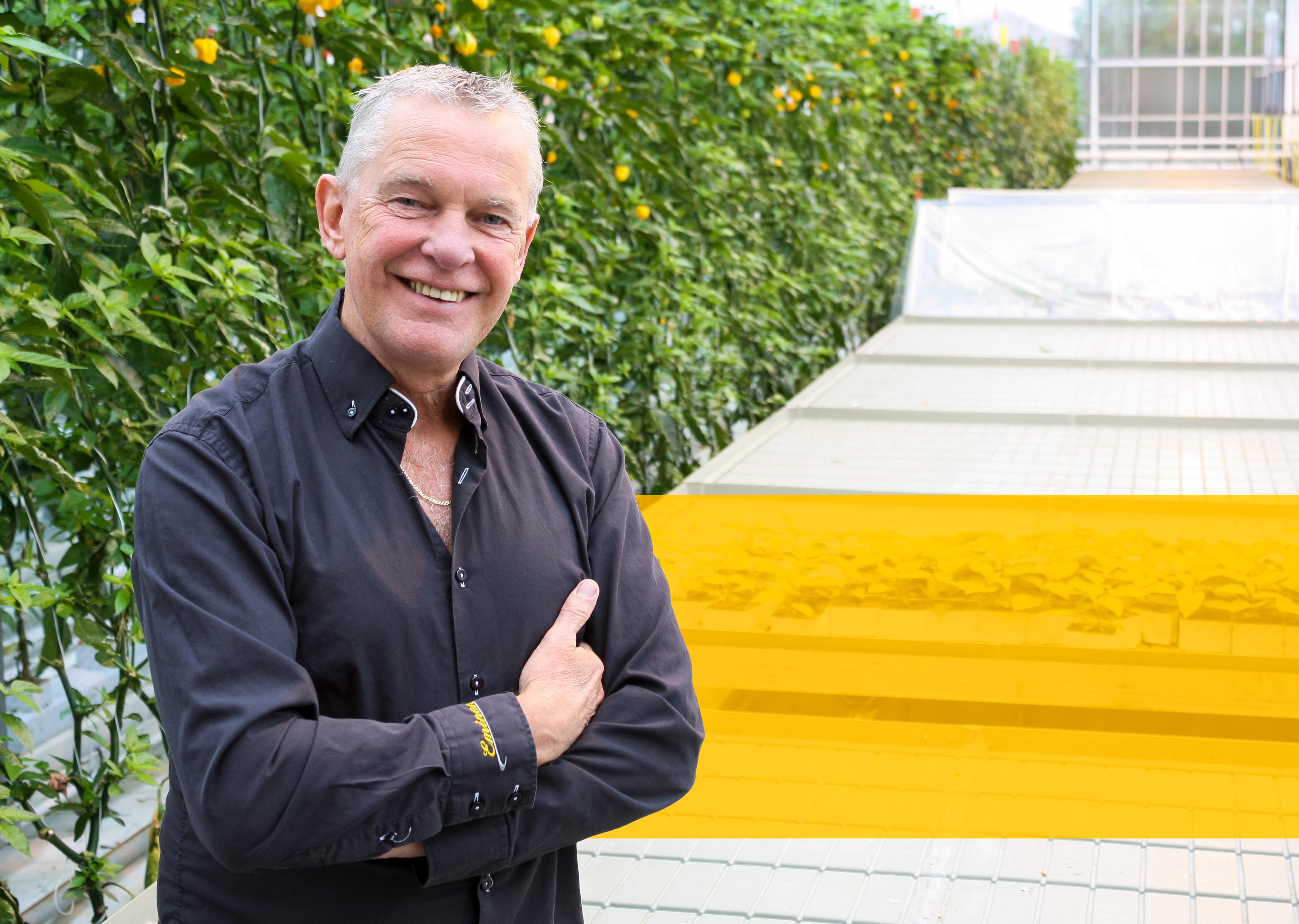
“Were it not for major changes, we would not have been able to keep cultivating bell peppers,” Jan says at some point in the interview. Here, he is referring to when his horticultural career began, and he and Ted were growers. In April 1983, the brothers took over their father’s horticultural business and renamed it De Kombinatie (The Combination). They began cultivating bell peppers in their greenhouse. “We started growing year-round bell peppers, a new crop at the time. Over the years, we made quite a few ‘little inventions,’ including innovative cultivation methods. For example, we
were early in monitoring plant load and fruit thinning. We were hugely successful as bell pepper growers.”
But then, in the early 90s the Wasserbombe crisis hit. Known within and outside of the sector, as a time when fierce criticism arose in Germany over what consumers there considered ‘overly watery Dutch tomatoes’. That shocked quite a few tomato growers, who promptly switched to bell peppers. “We’d just taken over our neighbour’s greenhouse, thus gaining three hectares of bell peppers. We’d just gotten the hang of it, even
though we had quite high-cost prices. Ted and I then asked ourselves if we wanted to join the race toward a lower cost price or whether we should find something to follow up regular block bell peppers,” explains Jan.
They did the latter; that much is clear by now. Since its founding in 1998, Eminent has never been known for standard block peppers. In 1993, the growers decided to trial the first fields of mini bell peppers. “I remember we looked up seed companies in the Yellow Pages and faxed them letters asking if we could grow special varieties for them.” Breeding company Bruinsma was the only one to respond. “We began doing trials for them in a part of the greenhouse we’d set aside for that. A research corner, behind the boiler house, where it was more difficult to grow our production crop.”
Soon, Bruinsma merged with the larger Seminis breeding group, allowing the brothers to do trials for the American
“The crisis made us; it forced us to become creative”
Jan van Heijningen:
market. “That eventually led to the Tinkerbell, a mini bell pepper,” Jan continues. The Tinkerbell entered the market in 1996. A short year later, the variety earned a Fresh Produce Innovation Award for the Van Heijningen brothers, and their partners, Seminis, the Marks & Spencer supermarket chain, and trading company Disselkoen. “We brought the Tinkerbell to the market together on a contract basis.”
In 1998, De Kombinatie changed its name to Eminent. Eminent was divided into three branches: production, breeding (Eminent Seeds), and trading (Eminent Food). The Greenery, into which Disselkoen merged, was also formed at that time. “We couldn’t sell our products at auction. We had a niche product that we wanted to sell through buyer contracts. Soon Eminent Food started doing the same for other growers with niche greenhouse vegetables. For growers, selling was a lot of work. Eminent Food helped them with that. The business grew rapidly between 1998 and 2005. If there was a specialty, we had it listed,” Van Heijningen says.
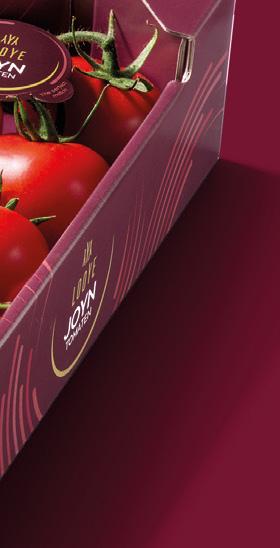
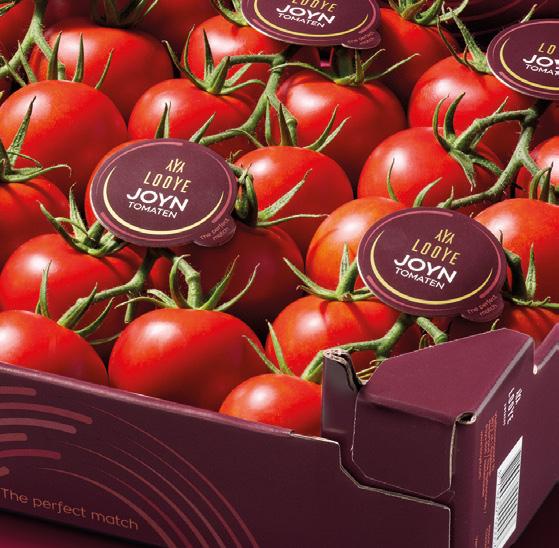


When they started Eminent, Jan and Ted essentially slowly created their own sales market. “I’m proud of all the new products we’ve introduced.” Jan mentions pointed peppers and sweet bite snack peppers from the early years. “In 1989, a trader told us there was a mini bell pepper on the market in the United States


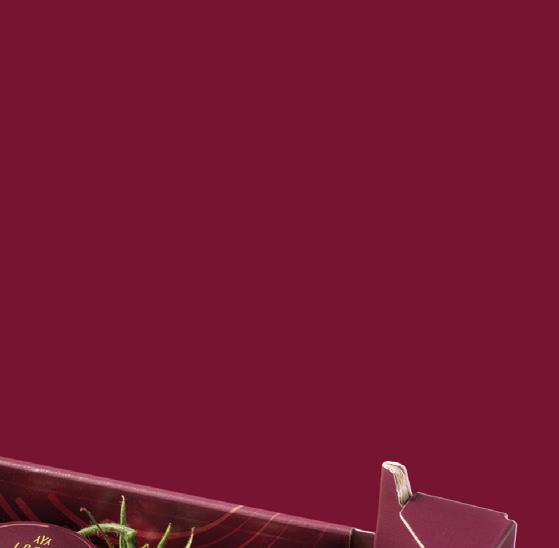

that was much tastier than what was on the Dutch market. He brought seeds for us, with which we began doing trials. We then went to find out who owned the seeds. That turned out to be a small American company.”
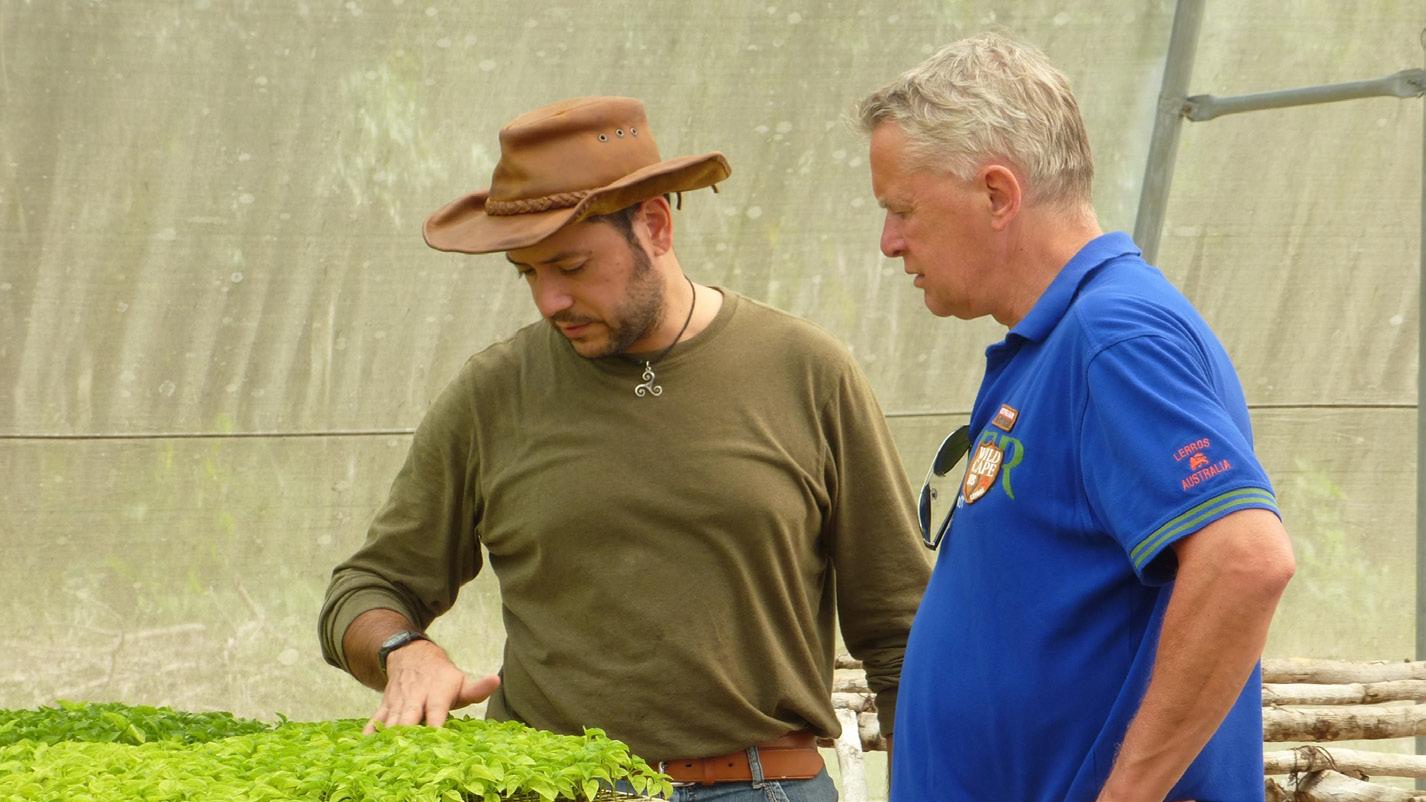
In 1994, Seminis was founded, and it acquired that American company. That


gave Eminent European exclusivity on the sweet bite snack bell pepper. “Together, we marketed it in Europe,” Jan goes on to say. Until, in 2002, when Seminis unilaterally broke that contract. “They thought the market was bigger than what we were supplying. In retrospect, that’s kind of true.”
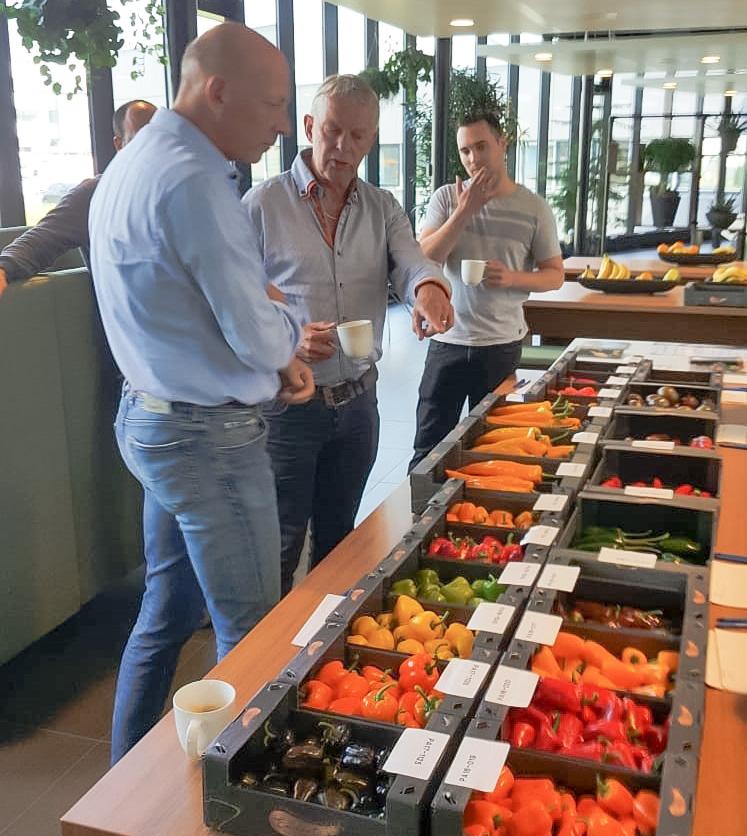
“With specialties, to maintain good prices, you have to ensure the supply doesn’t grow too fast. Seminis saw products like snack tomatoes and cucumber emerging and wanted to expand alongside that. We didn’t see it that way at the time.” The brothers thus no longer had the exclusive right to sweet bite snack bell pepper. “That left Ted and me with a choice: take the legal route or start breeding ourselves. Again, we did the latter.”
Jan admits he and Ted were always ‘more innovative than productive’ even when they were only growers. Pioneering with specialty greenhouse vegetables thus suited them well. “It was a whole new market, even for us. It didn’t work to only
sell at auction. We jumped into a gap with Eminent and started growing. By now, that market could be considered saturated. It would be much harder to start the way we had then,” he adds.
They established their first breeding program in 2002. These resulted in well-known varieties like the Tinkerbell and the Tomberry, the world’s smallest tomato. Nonetheless, Jan points out that the bell pepper market was not forgotten, and Eminent was very active there too. “Sometime around 2010, we said we wanted to become the world’s largest bell pepper company. We took stock of the market and asked, for instance, what can you grow in the Netherlands? Quite a lot, it turned out. What used to be called Spanish peppers can now easily be called Dutch peppers. We have everything, and I think we can call ourselves world market leaders for bell pepper seeds and resistant varieties.”
What have been the highlights of his career? Jan, surprisingly, does not point
to developing the Tomberry or another variety specifically developed in-house. “Breeding in itself isn’t new,” he explains. “You use prior knowledge. With us, that’s Ted’s area of expertise; he’s the breeder. What we started with Eminent Food hadn’t been done before. When I was a grower and growing for the auction, I didn’t even know who my buyers were,” he reflects.
“We went through a genuine chain thinking process when switching from growers to breeders and traders.” Jan’s ‘proudest moment’, is, thus, building that new specialty market. “When I walk into a supermarket now and see the products we market, I consider that a true achievement. I dare say without Eminent, the range in stores would be much less diverse. We greatly contributed to that with our specialty greenhouse vegetables of all kinds, shapes, sizes, and colors,” he believes.
A crucial step in Jan’s career came in 2005, when they closed their production company, selling it to a neighbour. They kept a one-hectare greenhouse, newly built in 2003, for breeding. “Ted kept breeding, and I focused more on the trading company.” They took a possibly even more important step in 2006.
Even before Eminent had well and truly marketed its first proprietary varieties, Best Fresh Group decided to acquire the company. He “hasn’t had a moment’s regret,” says Jan looking back. “We came from a grower family and had a grower’s education. Growers tend to be much more cooperative. In trading, it’s more every person for themself. I was looking for chain strength and found it in the Best Fresh Group.”
That step increased the company’s marketing clout. “We were supplying the trade sector, but that made us vulnerable to surpluses. Through Best Fresh, our product has a much further reach,” the erstwhile grower says. The financial clout was not insignificant either. “Breeding costs money. If you want to truly succeed, you need money. In the beginning, we put our profits into breeding for several years. Still, it was too slow. Coming on board with Best Fresh gave us more opportunities, also financially. Mart Valstar, the owner, genuinely believed in us. We made rapid progress.”
Jan quitting Eminent comes during a crisis, not the first Jan has experienced in his almost 40-year career in horticulture.
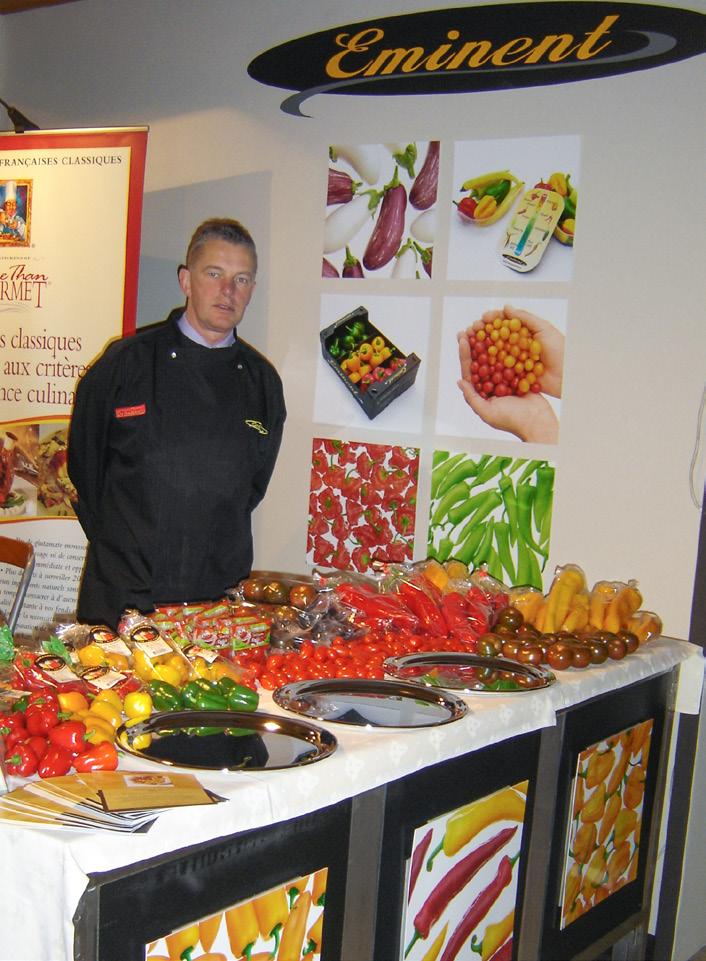
“I’ve been through two severe company-specific crises. The first was when all those many tomato growers switched to bell peppers in the 1990s. In a single year, acreage doubled from about 200 to 400 hectares, and prices dropped by 50%. We didn’t see that coming,” the Van Heijningen brother admits.
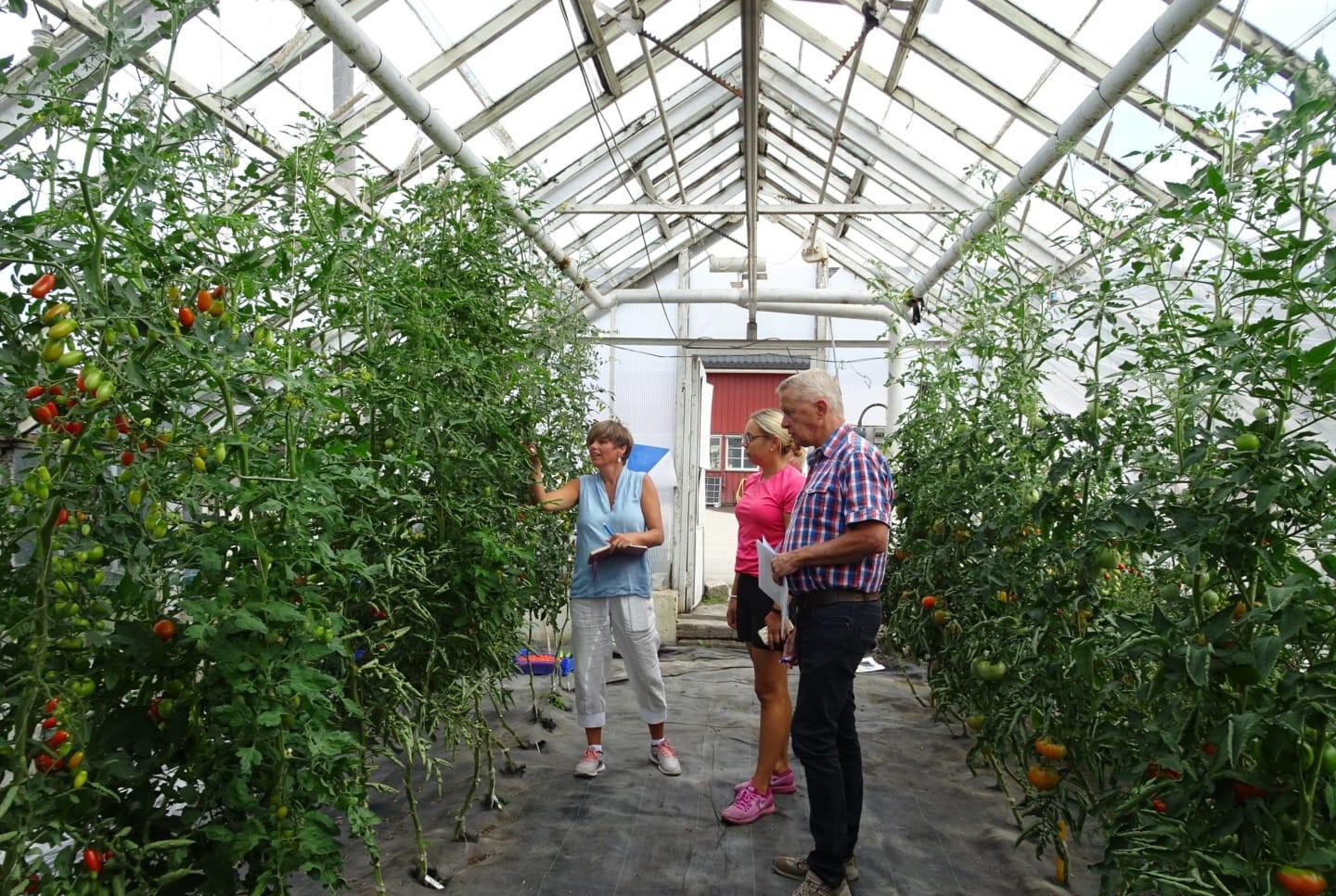
“Our earnings evaporated. In retrospect, you could say that that crisis made us. It forced us to become creative.” Eminent’s second crisis came in 2000. A major mini bell peppers buyer suddenly cancelled the sales contract on which Eminent heavily relied. “We were stuck with that crop. Once we joined Best Fresh, we were, fortunately, no longer so vulnerable and dependent on a limited number of buyers,” Jan states.
Looking back, he says after they joined Best Fresh, he “always slept well”. Eminent no longer had to go it alone. In 2018,
when the company turned 35, Jan chose a retirement date: the end of 2022. “It’s nice that I could choose that date while I’m still healthy.” In recent years, he was already steadily winding down his activities at Eminent. Now that Jan is fully retired, he firmly intends to leave the work to his successors. “I’ve resolved not to hang around too much,” continues Jan. Him being a horticultural expert for PUM will help. There, Jan can use his extensive know-how of the working of the chain to advise growers in developing countries. There will also be more time for hobbies.
Based on his experience, Jan ventures a prediction when asked whether the many breeding companies dedicated to specialties emerging over the years is a good or bad thing. He says there is definitely room for niche breeding companies. “That’s because when large breeding companies merge, niche crops are often the first to be side-lined. Big companies are increas-
ingly focusing on the big segments. For them, the slightly smaller crops are more difficult.”
“That creates opportunities for those smaller crops, which include products like eggplant and zucchini. I think those are good examples of this development. Only one company in the Netherlands is still focused on that segment,” says Jan, foreseeing a wave of concentration of specialty companies following. “It’s almost impossible to do otherwise. With the new costly techniques becoming available, companies will seek each other out,” he concludes.
jan.van.heijningen@pum.nl
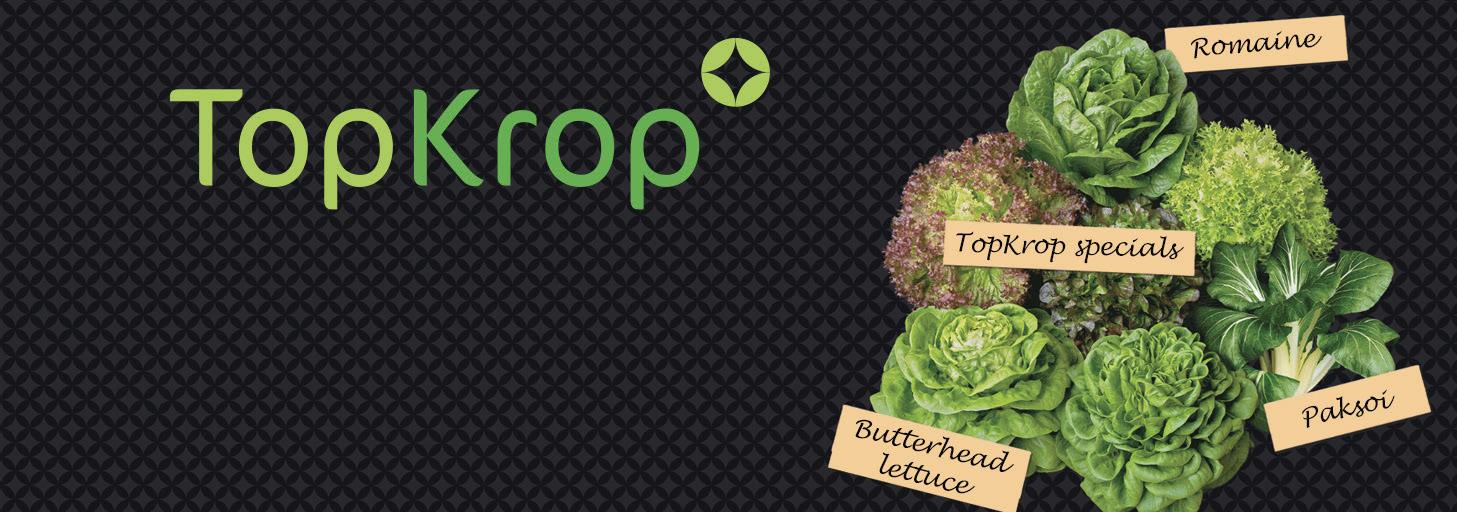
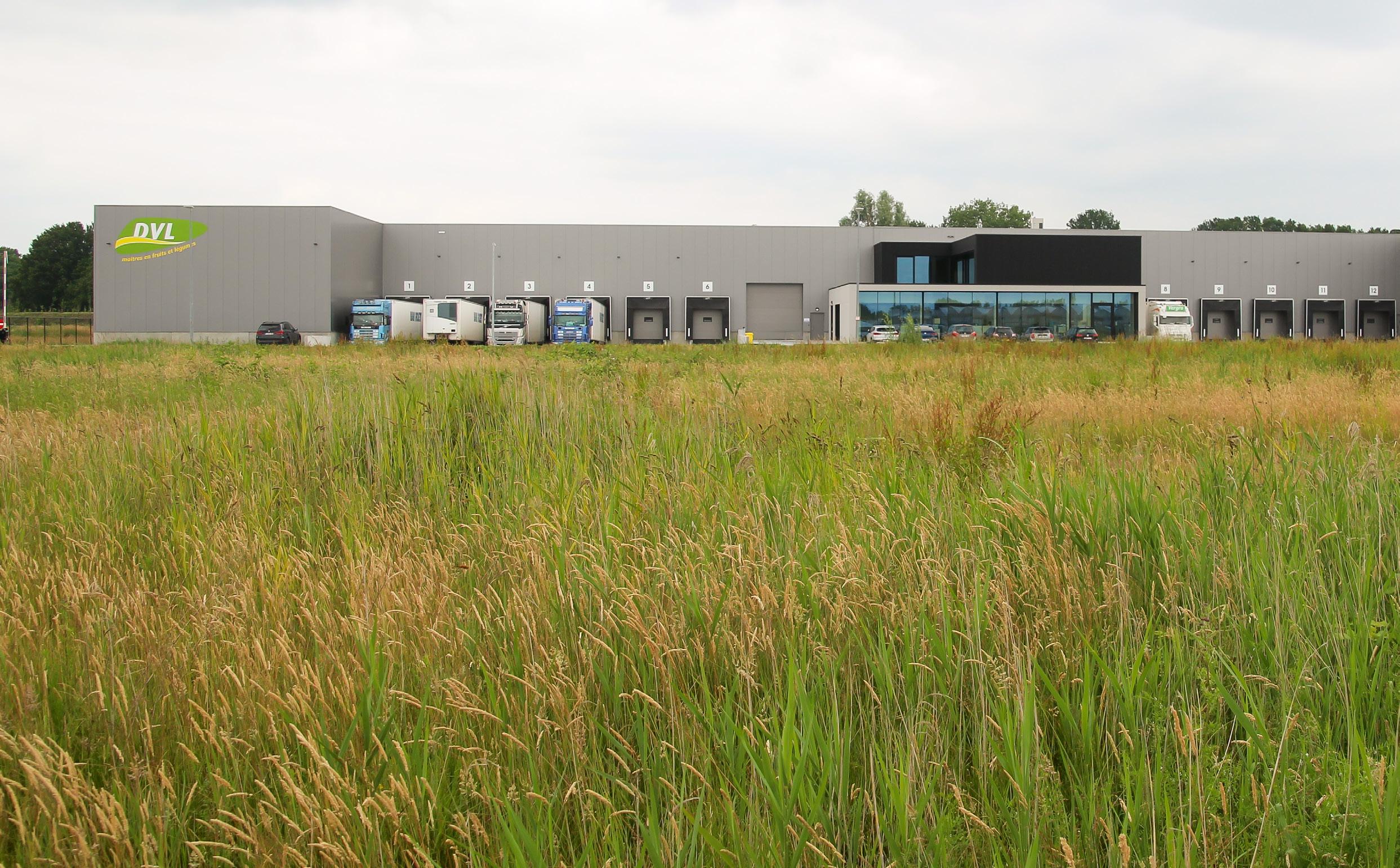
Most people are familiar with the Belgian and Dutch greenhouse vegetable situation. High energy prices and virus pressure mean many growers planted later or not at all. Nevertheless, the Belgian greenhouse vegetable season is finally off to a, albeit bumpy, start. “Supermarkets are eager for normal prices again, as they were exceptionally high in the winter. We’re waiting for the large volumes, but they’ll arrive even later than expected,” begins Dominiek Noppe of Vergro.
Besides Belgian top fruit, tomatoes are one of this Belgian exporter’s leading products, the large volumes of which he was still awaiting at the time of this interview ((mid-April). “I spoke with growers who wanted to start as early as April 10 but will now probably only begin ten days later, on April 20. The recent cold weather played a major part in that. Temperatures were supposed to rise sharply again, but that hasn’t happened yet. I’ll believe it
when I see it, and the larger volumes will follow naturally.”
“PEOPLE FOLLOW THE PRICES”
And, according to Dominiek, those volumes are eagerly awaited. “That’s true for Belgian retailers, but there’s also much demand for Belgian products on the export market. Still, the current high prices mean some countries more quickly choose other options. The United King-
dom, for example, is already very active in the market, but for the export market to really take off, prices must first fall significantly,” he says. Whether that will be the case with tomatoes remains to be seen. “That big drop will come later than other years because supply has slowed down.”
“Yet, considering, say, tomato specialties, there’s also clearly substantially less available. Last year those were so cheap it was almost unprofitable for growers, so many switched. Plus, the specialties planted are often already contracted. If a few extra pallets of certain specialties are sometimes marketed, you want to build something up. But that could all go wrong when – due to the fixed contractsless arrives a few weeks later. This uncertainty makes building something in that segment difficult this season,” says Dominiek.

“On the other hand, a lesser season a year later can turn everything on its head. If, due to lower supplies, products become very expensive again this season, growers will become keener to switch back to specialty cultivation.” Cucumbers currently show the same trend. After a solid 2022, Belgian cucumber acreage expanded significantly this season. “It’s a clear trend that repeats itself annually. People follow the prices. Many growers have switched to cucumbers,” Dominiek continues.
“Those will probably be more abundantly available this summer than in previous years. Of course, you can nev-
er predict exactly what will happen, but I expect an oversupply this season. That could resolve itself if it remains 35 to 40°C all summer and cucumbers fly off the shelves. But that’s unlikely in Belgium. I’m not so optimistic about the summer cucumber season should the weather be disappointing. Who knows, maybe next season growers will step away from these as well.”
The market is, thus, quite volatile across just about the entire greenhouse vegetable spectrum. “Several factors determine prices: local supply, demand, competition. We all know that. For example, there aren’t many Spanish toma-
toes on the market, whereas, with bell peppers, it’s a completely different story. That affects prices. The local supply is very volatile, as usual. Almost every year, we get very high volumes in the first two weeks,” says Noppe. “Then, you think you can get off to a good start, and bam, you get less supply in the next two weeks, where we find ourselves now. There’s little red and yellow pepper production at the moment, so they’re very pricey. Green ones, on the other hand, have normal prices for the time of year.”
“Things don’t always happen as you think they will in Belgium and the Netherlands. We don’t have much influence on
the international market, so for prices you depend on, for instance, Spain. If that country suddenly sends more or less to market, prices can change unexpectedly. How that will develop remains a mystery, but if the weather cooperates, things should generally normalize in early May. Don’t hold me to that, though,” Dominiek concludes.



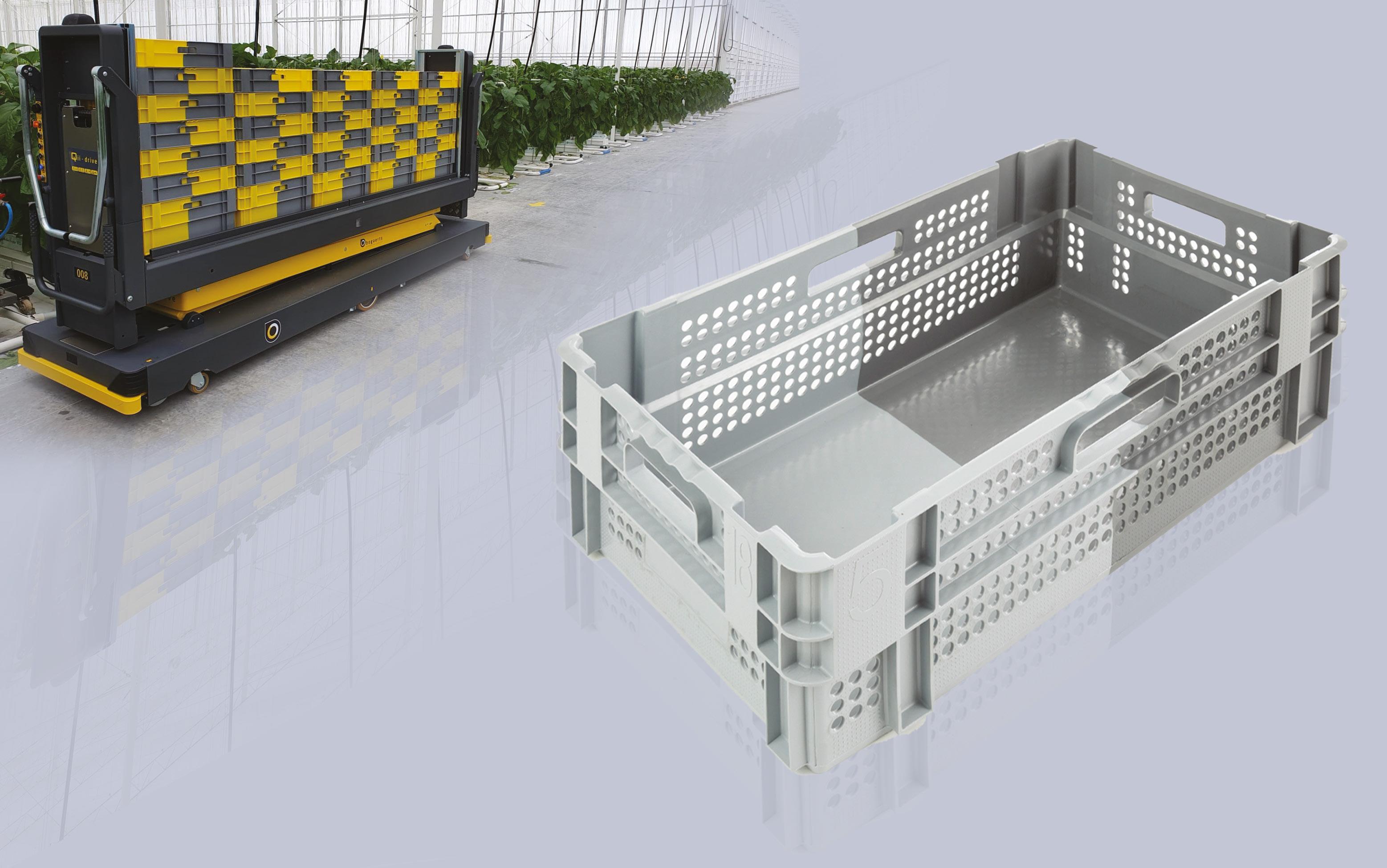
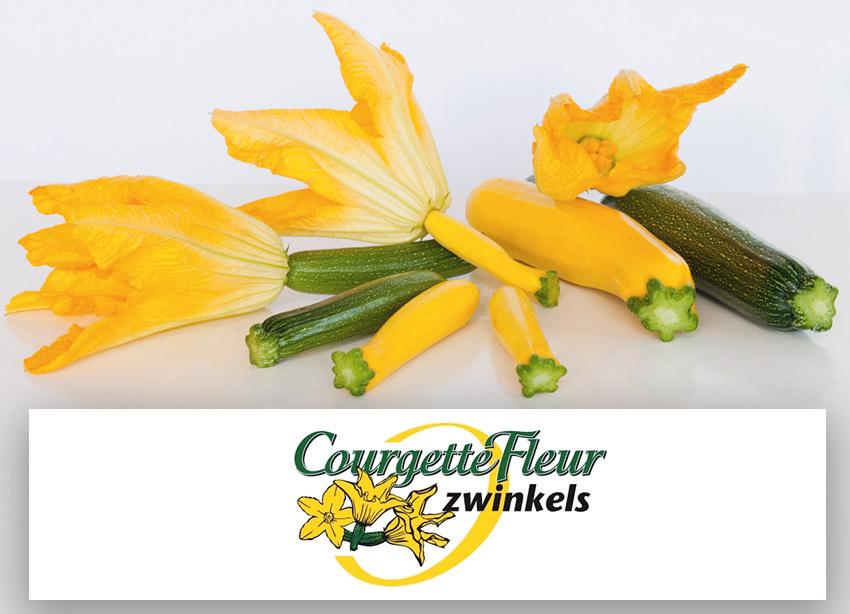

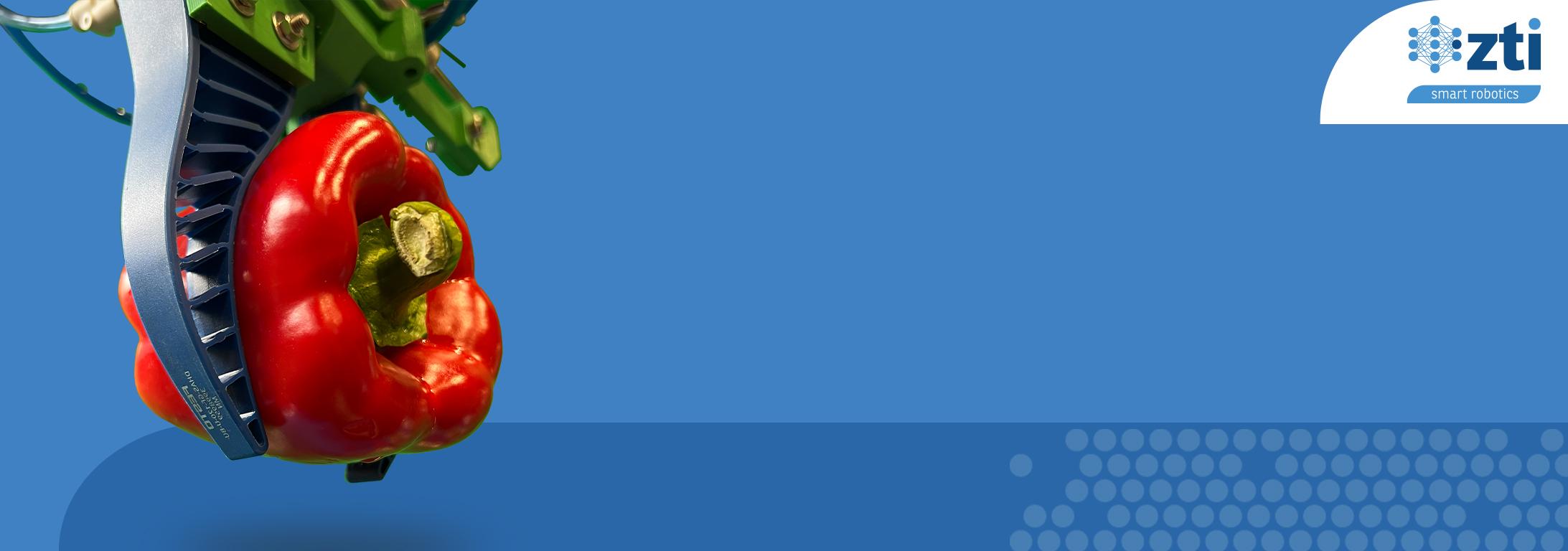
Harvesting has begun at Noordhuys Tomatoes in the Netherlands again. That means things are getting busier at its packaging company, Noordhuys Packing, too. “Winter was fairly quiet, so we’re eager to get going,” begins Joris Buijs, General Manager at Noordhuys Packing. This ambitious company packs Noordhuys Tomatoes products and those from third parties.
“We package, for example, for several organic tomato growers. For some, we pack routinely; for others, on a flexible basis.” They also packaged imported products this winter. Packing for Noordhuys Tomatoes, founded in 2001, started in 2007. The cultivation company grew gradually, with the latest expansion being the acquisition of two farms (22 hectares of greenhouse in total).
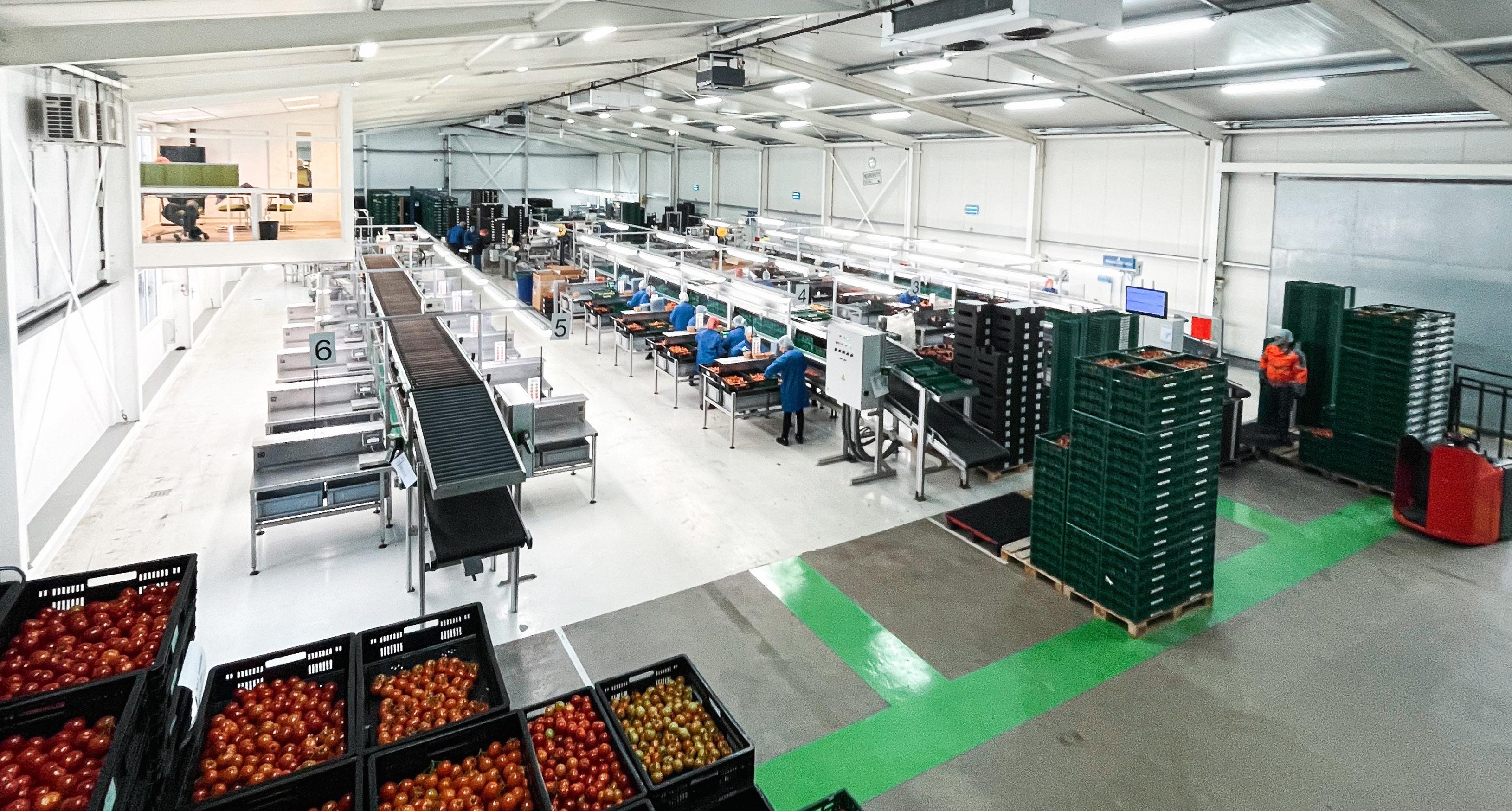
Thus, as of 2022, Noordhuys Tomatoes cultivates various kinds of tomatoes on a total of 38.5 hectares. “For a long time, Noordhuys Packing grew alongside the farm’s crop. Now, however, it’s expanding independently,” says Joris. Noordhuys Tomatoes is affiliated with The Greenery, but Noordhuys packaging has customers from outside that cooperative’s ranks.
In the week after Easter, it packages snack tomatoes and cucumbers. In recent years they have gained experience with even
more products, with greenhouse vegetables being the main one. The company has also become more customer-oriented. “By packaging ourselves, we have a much better understanding of clients’ needs, plus we’re a step further down the chain.” Joris and his team discuss cultivation, sourcing, packaging, and customer requirements with, for instance, marketing organizations or retailers.
To expand into packaging, Noordhuys first established its own employment firm, Noordhuys People. “This agency provides sufficient employees for both the cultivation and packaging company. Now that things are getting busier again, our permanent staff, as well as casual workers, are keen to get going again. It helps that people like working for Noordhuys and not some random job agency. That creates loyalty and commitment, important core values for our company,” Joris explains.
Noordhuys Packing wants to distinguish itself by being maximally flexible, delivering quality, and having all the correct certifications. “We have the required buyer certificates. We’re used to supplying customers in the United Kingdom, and then the bar is set high, certification-wise. Every year, there are random audits.
“Starting in 2014, we voluntarily opted for this; our clients didn’t demand it. It ensures our quality standards remain high all year,” Buijs says. Noordhuys’ inspection team keeps a close eye on this. In time, Joris expects having certifications won’t be truly distinctive anymore. “It will become a precondition for continued delivery.”
Noordhuys is ambitious and wants to keep evolving. “Having said that, you must keep sharp every day and pay close attention. Passionately minimizing waste, working hard, and above all, adding value to flavourful products every day. With our current team of people, we consider ourselves ready for the future,” concludes Joris.
“We’re ambitious and keep evolving”
Joris Buijs, Noordhuys Packing:
Very few high-tech greenhouse companies are financially successful. As in many other sectors, it is very tricky to truly stand out. The 2014 McKinsey study, well-known in the industry, showed that only a third of greenhouse vegetable farms were structurally profitable. Aside from that, less than ten percent could afford the necessary professionalization, consolidation, and internationalization. Achieving success in greenhouse horticulture is ‘an elite sport; you must not only optimally manage cultivation, labour, sales, and marketing, but also energy.’ That has been evident recently too.
David Attenborough’s film ‘A Life On
Our Planet’ aired on Netflix in 2020. In it, he compliments the Netherlands and particularly its horticultural sector. According to Attenborough, Dutch horticulture businesses have become experts in efficient, sustainable production on as little land as possible. He says the Netherlands shows that using technical solutions allows you to produce much more food on a much smaller area of land. Using less land for farming potentially means more space for nature and other uses.
Attenborough is not the only one that considers the Netherlands a leader when it comes to sustainability. Various scien-
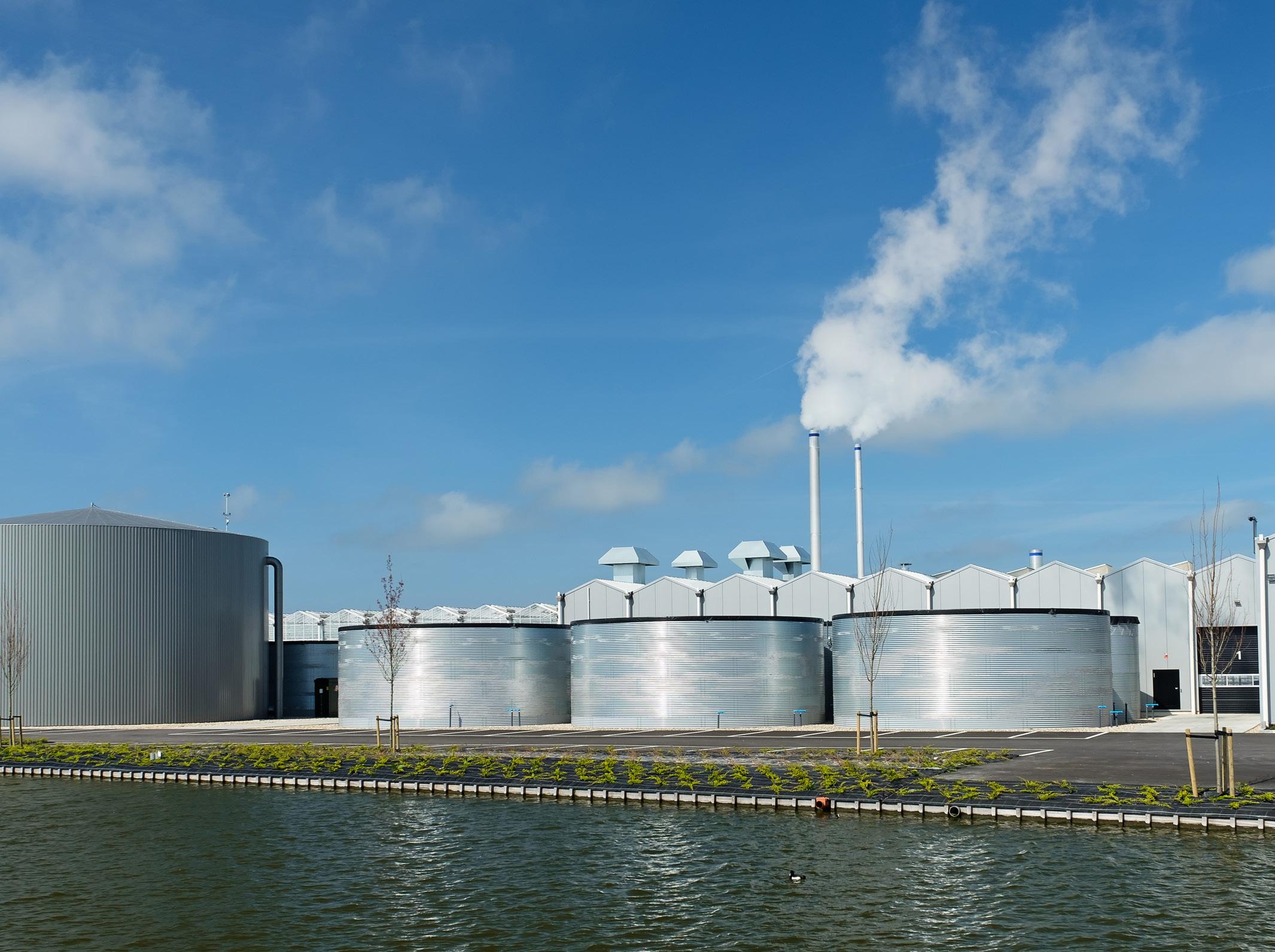
tific studies, including a 2020 WUR study, support that. In October 2022, Arjan Lubach lambasted the ornamental horticulture sector in his program De Avondshow, saying that industry consumes too much gas and many toxic substances and treats Eastern European migrant workers badly. And a bunch of flowers is a useless product. There are also regular discussions in the media about the Netherlands’ position as a fruit and vegetable exporter. This often simplistic reporting forces the sector on the defensive.
Apart from that, the presented facts are often demonstrably incorrect, and facts and fiction are used interchangeably.
Many studies, not only from WUR, show that it is more sustainable to produce flowers, plants, fruits, and vegetables in high-tech greenhouses, like in the Netherlands. Also, the Netherlands guarantees better working conditions, far better controls resources, and raw materials, and water usage which is all maximally recirculated. Nonetheless, high-tech greenhouse farming does have its challenges; accelerating the energy transition, reducing labour dependence, more demand-oriented production, and better chain monitoring and control. Currently, the most important of these is accelerating the energy transition. Hence this article.
There are more than 3,000 companies in the Dutch greenhouse horticulture sector, good for 10,000+ hectares. That sector consists roughly of three components: greenhouse vegetables, cut flowers, and potted and bedding plant growers. According to Glastuinbouw Nederland, these businesses have nearly €8 billion in sales, equalling one percent of the Dutch Gross National Product. Dutch greenhouse horticulture uses about ten
percent of the Netherlands’ natural gas consumption but also supplies roughly ten percent of the country’s electricity. Almost all Dutch greenhouse farms have combined heat and power (CHP) systems that are up to 90% fuel efficient.
That is considerably more efficient than other fossil fuel energy sources. A CHP produces power from a gas turbine which drives a generator, thus generating electricity. The heat is used to heat the greenhouses and to power the lights and other systems. It is also fed back to the grid. That is partly why, says Glastuinbouw Nederland, the Dutch greenhouse horticulture sector consumes ‘only’ 1.75% of the country’s natural gas consumption.
In recent years, the Dutch greenhouse horticulture sector, in particular, has put plenty of effort into geothermal energy. Over 20 doublets have been drilled, and almost all are operational. Geothermal energy and waste heat provide about ten percent of the Netherlands’ power. Several dozen new geothermal projects are in the pipeline, but Dutch legislation,
procedures, and lack of effective subsidies is delaying implementation.
The high gas price plays a role in the latter; grants for the unprofitable top in geothermal energy are linked to the gas price. The higher that price, the lower the grant, with none available for above a certain gas price. That was largely the case in 2022. Glastuinbouw Nederland, on behalf of the Dutch greenhouse horticulture sector, has said it wants to grow crops without using fossil fuels by 2040.

Currently, only about ten percent of their energy comes from non-fossil fuels, so a significant transition is needed in the next 20 years. In the Energy Transition Covenant for Greenhouse Horticulture 2022-2030, the government and the business community, therefore, agreed to focus on geothermal energy, residual heat, and stimulation through subsidies via permit procedures and removing bottlenecks. That all still needs to be implemented.
In March, a Dutch newspaper, De Volkskrant, headline read: ‘Dutch greenhouse


Ruud van der Vliet is the former managing director of ‘Bedrijven Rabobank Westland’ and current managing director at Van der Vliet Consulting & Valuation. He is dedicated to the improvement and restructuring of companies in the food and agricultural sector, especially greenhouse farming. He focuses in particular on tactical and strategic challenges, developing a corporate vision and optimizing the overall value of companies.

horticulture, globally successful, thanks to innovative, cheap energy, in dire straits’. That article focused on whether the sector still has a future in the Netherlands if electricity remains expensive. Transitioning to geothermal is cited.
In the Netherlands, greenhouse horticulture companies paid around €0.10/m3 for their energy for a long time. In early 2022, that rose to more than €3/m3. Before that hike, electricity comprised 20-30% of an average greenhouse horticulture business’s operational costs. The energy crisis increased that to more than 50%, and only a few companies could pass on that cost or could do so to a minimal extent. Consequently, in October 2022, the Dutch broadcasting agency NOS reported that, according to sector organization Glastuinbouw Nederland, almost a third of the country’s greenhouse horticulture companies’ bills were in arrears, thanks to the high gas and electricity prices.

Growers with energy/light-intensive crops - like (potted) orchids, lisianthus, (potted) roses, (potted) chrysanthemums, and tomatoes - were hit hard in the
high energy prices caused almost 700 of the 750 Ha ((out of 1,800 Ha) of greenhouses where tomatoes are grown under lights to lay empty. Other crops showed a similar picture, accompanied by a startling number of bankruptcies, most unexpected of which, the country’s largest plant grower Plantise. At the same time, several news sources reported that some gas futures contract sales were yielding short-term profits.
A few growers (partially) emptied their greenhouses to monetize futures contracts, though experts stress that this is a small group. Growers with ongoing staff or customer obligations often did not have the luxury of quitting. Several also used selling futures contracts to throw in the towel earlier, pay off extra at the bank and/or ease their financial burden. Meanwhile, energy prices are falling again. The 2026 future gas price is already trending back toward €0.30/m3. To better understand the energy crisis, you must better understand the (Dutch) energy market and how greenhouse horticulture companies manage their energy.
You can more or less divide gas and energy trading into an (intra)day and future market. Businesses buy the gas they need and sell some of their yet-to-be-generated electricity. The long-term energy supply is based on that. Every day, they optimize energy requirements and can also choose, on any given day, to help prevent grid imbalances. Optimizing and professionalizing energy management means companies can reduce risks and ultimately achieve financial results.
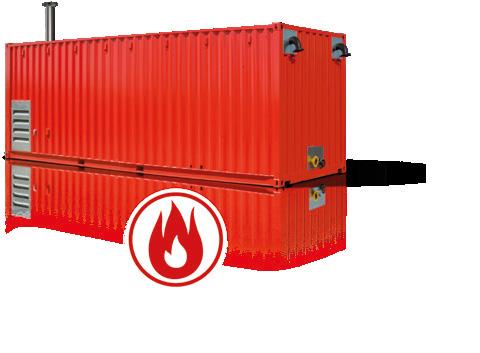
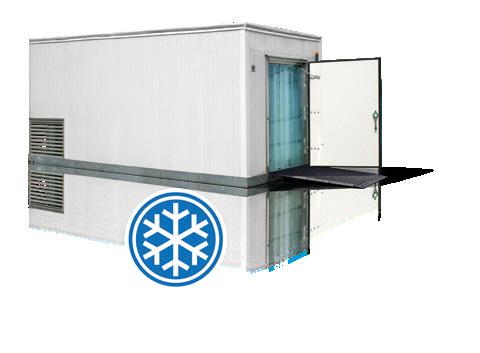
The ENDEX (European Energy Derivatives Exchange) is the gas and electricity futures market where the next five years’ gas and energy supply prices are displayed. The Title Transfer Facility (TTF) is a virtual location for natural gas in the Netherlands where, among other things, traders can transfer natural gas within the gas transport network. Growers can buy natural gas for up to five years in the future, at a fixed price, via the TTF. There is also - with commitment in the futurespeculation and options trading. A cubic meter of TTF gas is traded about 100 times before it reaches the end customer.
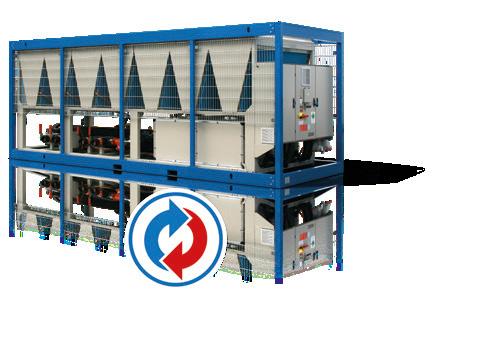
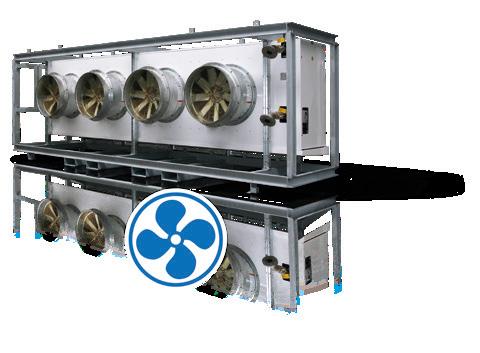
Three times more gas is traded on TTF than on all other European gas trading sites combined. And that volume is growing. The volume of natural gas traded on TTF is more than 100 times the Dutch demand and more than ten times Europe’s volume demand. Historically, the TTF price appears relatively stable, staying below the European average. Electricity is traded every day on EPEX (European Power Exchange, formerly APX). The EPEX is a spot market, meaning it deals in hourly prices, where distributors, producers, traders, industrial end-users, and growers can buy and sell electricity every day.
It is traded a day before delivery and market players place their orders fully automatically. Supply and demand are then analysed, and market prices - differing per hourare established for the next day. Suppliers buy electricity on this exchange with either future, longer-term contracts or via daily trading. On average, the EPEX is ten to 20% cheaper than the long-term exchange (ENDEX); something suppliers are well aware of. That is why more than 60% of electricity is traded on the EPEX exchange. Based on their cultivation and sales planning, greenhouse horticulture businesses use specialized companies for future gas and electricity and day trading advice.
Optimal energy management is, thus, becoming increasingly important in the greenhouse horticulture sector. Several specialized consulting firms and software solutions are available to support them.
It can happen that energy companies purchase power, but calm and cloudy days, with little sun and wind, can lead to a green energy shortage. Also, in dark weather, many people turn on home or office lights. That is entirely possible, but
there could be other reasons for a power grid imbalance. Tennet - a transmission system operator in the Netherlands and much of Germany - then calls on companies to make emergency power available to meet power companies’ impending shortage. Tennet is legally responsible for monitoring the 50 Hertz grid frequency.
At its request, businesses will activate emergency power to restore the balance. Tennet gives these companies real-time imbalance prices, and based on that, they can decide to increase or decrease the imbalance if it benefits the overall system balance and makes financial sense. These prices were volatile last year, ranging from -€100 to €300/MWh. For Tennet, Dutch greenhouse horticulture CHPs are a vital, reliable source of emergency power, and can be a very attractive income source for those companies. It can also significantly reduce greenhouse horticulturists’ net energy costs.
Modern greenhouse companies have multiple energy sources: CHPs, boilers, sometimes geothermal, and increasingly E-boilers. Heat needs are met by geothermal and/or future contracts, where gas purchases and excess electricity sales are fixed for longer. That is thanks to modern greenhouse farms having CHPs that generate relatively high amounts of heat and power. These companies are particularly wellequipped to optimize net energy costs. That is done through said term trading and daily optimization, where software controls CHPs, E-boilers, and grow lights.
Example: It is a sunny day, the lights are off, and your CHP systems should reach a capacity of 10 MW, which you sell for €0.10/KWH. There is a
Axia is an innovative breeding company, specialised in creating vegetable seeds for protected crops. We run a dedicated program for heated greenhouses, with or without artificial light.
Our breeding program is characterized by a strong focus at taste and healthy ingredients, with a very high yield.
For more information, visit our website and follow us on social media.
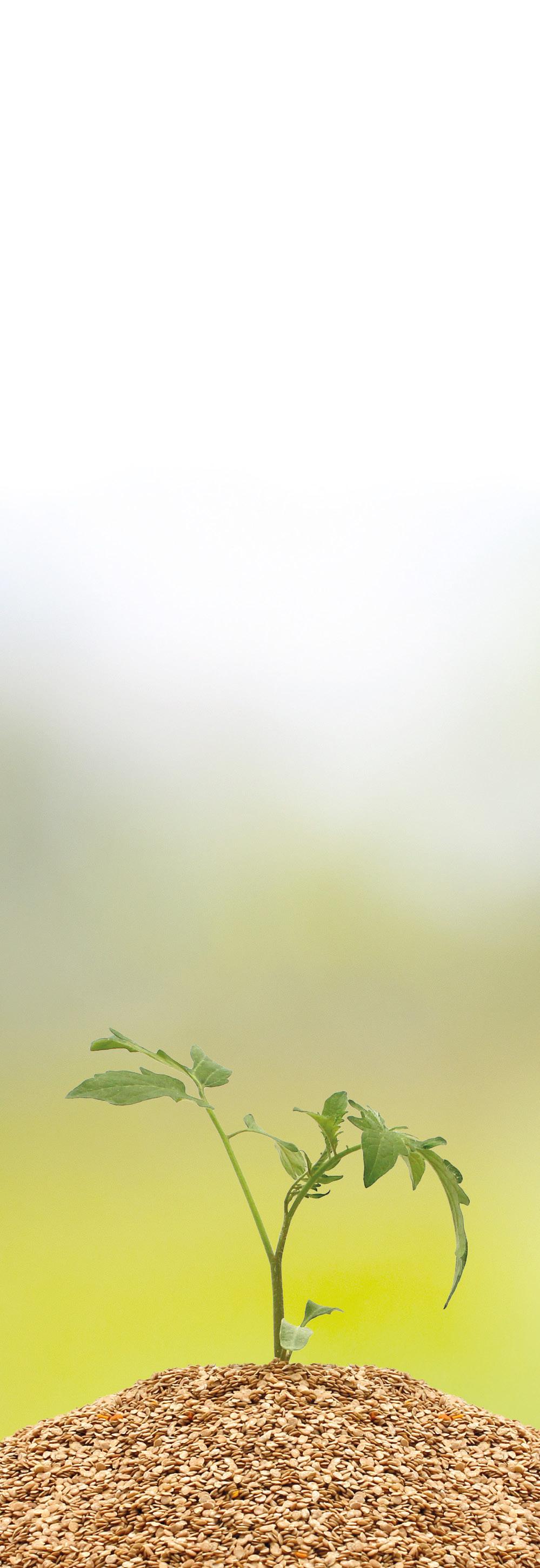
grid oversupply, so the electricity imbalance price paid by Tennet drops to -€150/ MWH. You, thus, temporarily get paid for using electricity. The greenhouse’s software switches on the lights and E-boiler and switches off all CHPs until the price returns to normal. The greenhouse company uses 5 MW/h for the lights and does not feed the CPHs’ 10 MW/h back into the
grid. You thus use 15 MW in total of power from the imbalance market. In this example, the company is paid €2,250 for generating a demand of 15 MW/h at €150/ MWH. The company could also use the grow lights and get paid extra for helping to rectify the imbalance. Almost all Dutch greenhouse companies work this way. In the past year, especially professionally

managed greenhouse vegetable companies could substantially reduce their net energy costs, despite the high energy prices.

The Dutch greenhouse horticulture sector is highly sustainable but vulnerable due to its dependence on fossil fuels. The energy crisis was a wake-up call for greenhouse horticulture companies. As in other sectors, this sector, too, has less successful companies. A few have sold their gas contracts, so they could do a hot clean-up or reduce their debt load. So far, most greenhouse farms survived the energy crisis through smart energy management. Nevertheless, the energy transition must be accelerated, ideally with geothermal and waste heat. Dutch greenhouse horticulture provides ten percent of the country’s power and is indispensable for balancing the grid. Managing a greenhouse horticulture company’s energy is complicated but also potentially highly lucrative.
Wednesday, 6 September 2023 from 9:00 am to 5:00 pm
Thursday, 7 September 2023 from 9:00 am to 4:00 pm
Location: Hof Eickhorst
Steinstraße 14, 26209 Sandhatten
• Machine and equipment demonstrations
• Exhibition of plants and seeds up to processing and packaging technology
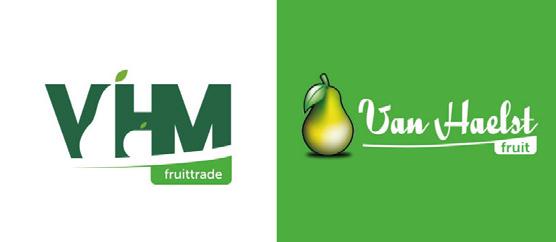
• Evening event on 6.9.2023, 6 pm – 11 pm (with prior registration)
• Consultancy mile with lecture forum
Organizers:
www.interaspa.de
•
•
•
•
•
•
Across industries and applications, we design specialised solutions.
Bringing together leading brands in processing and metal detection equipment for the vegetable industries. Our solutions set the standard for yield, efficiency, and safety across a wide range of industries. Whatever your product needs, we can meet it with expertise and passion.
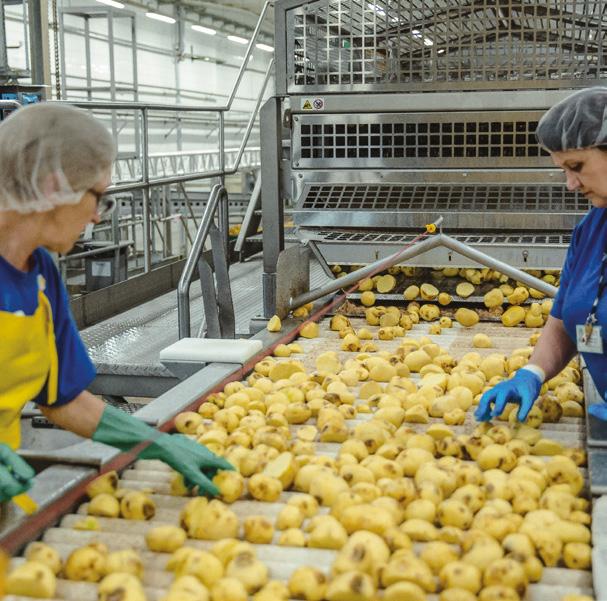

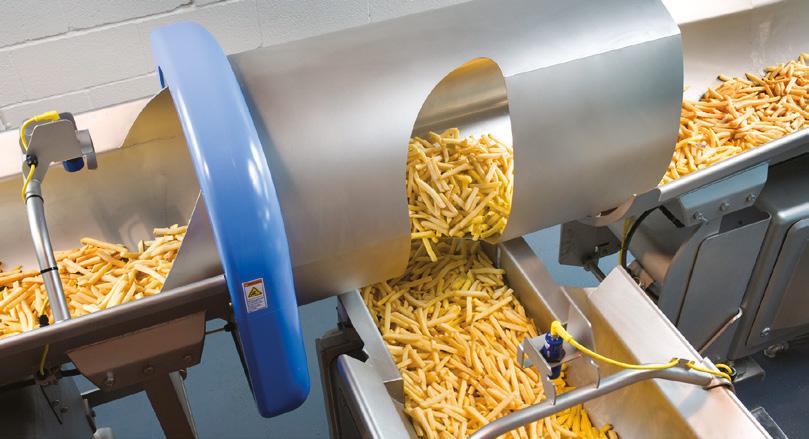
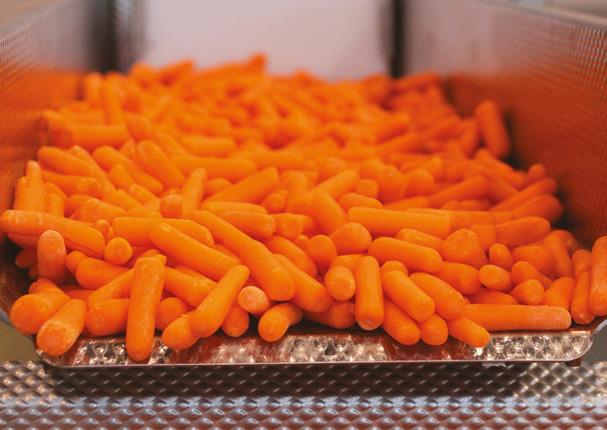

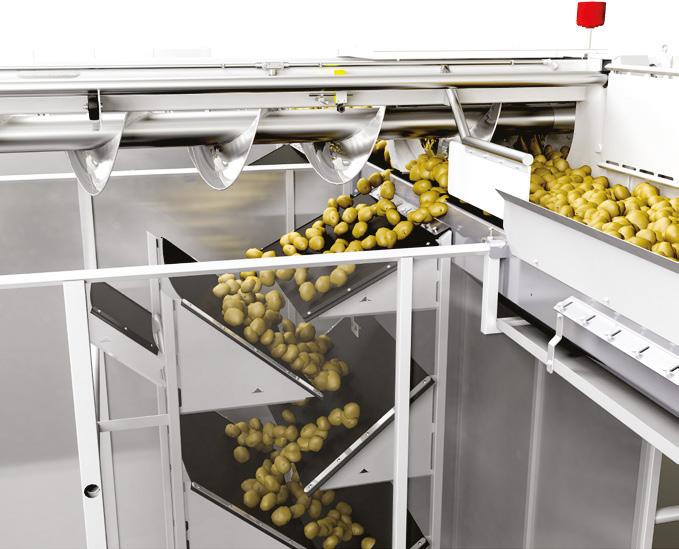

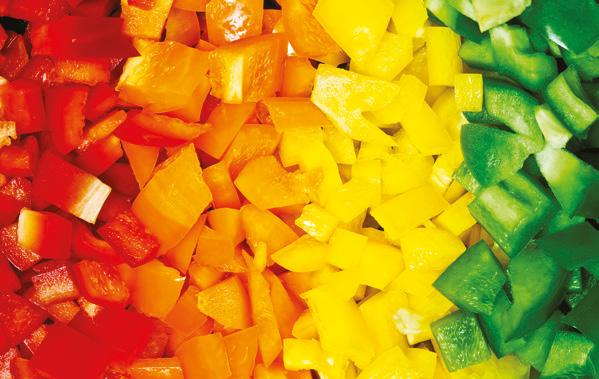

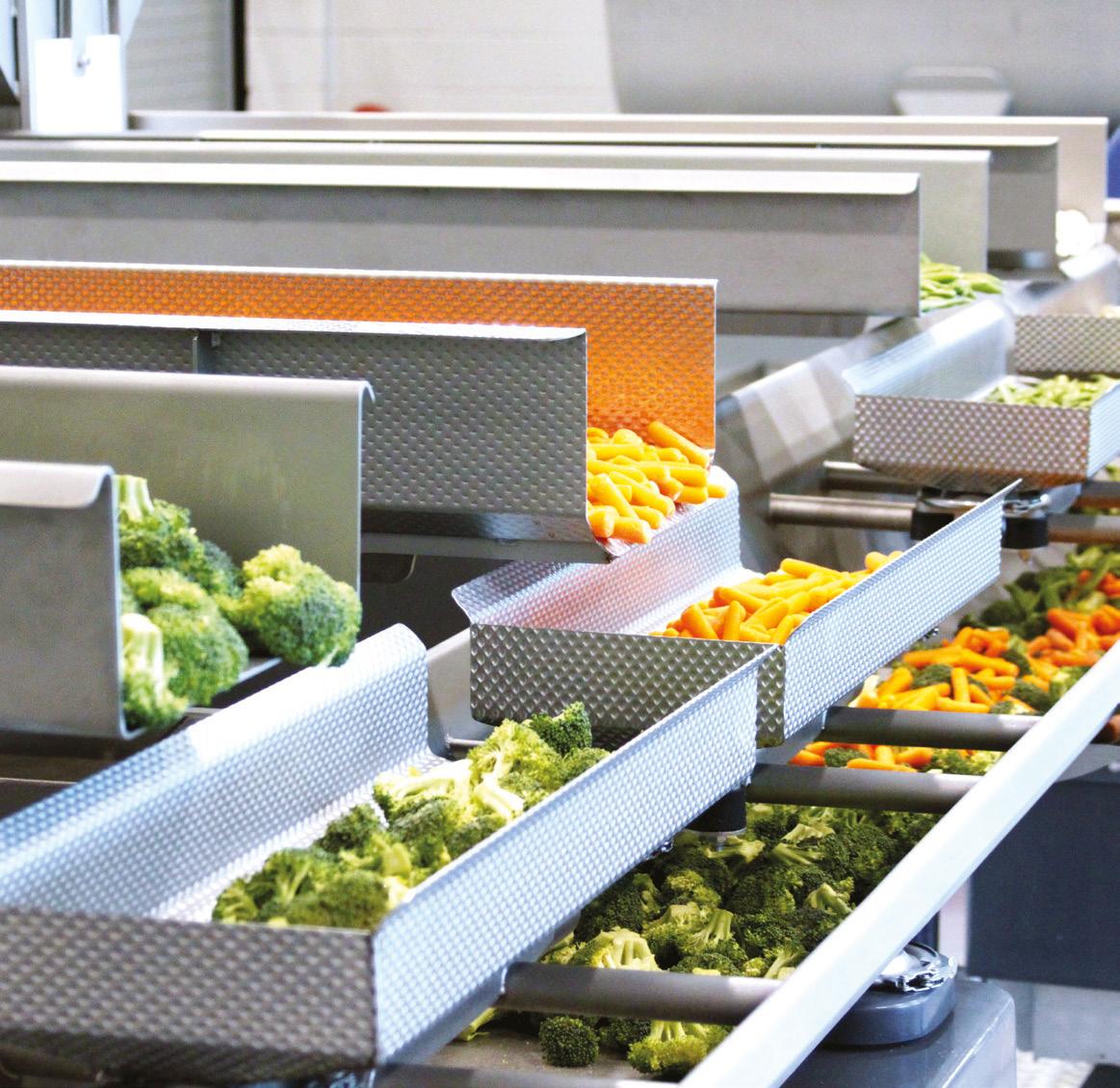
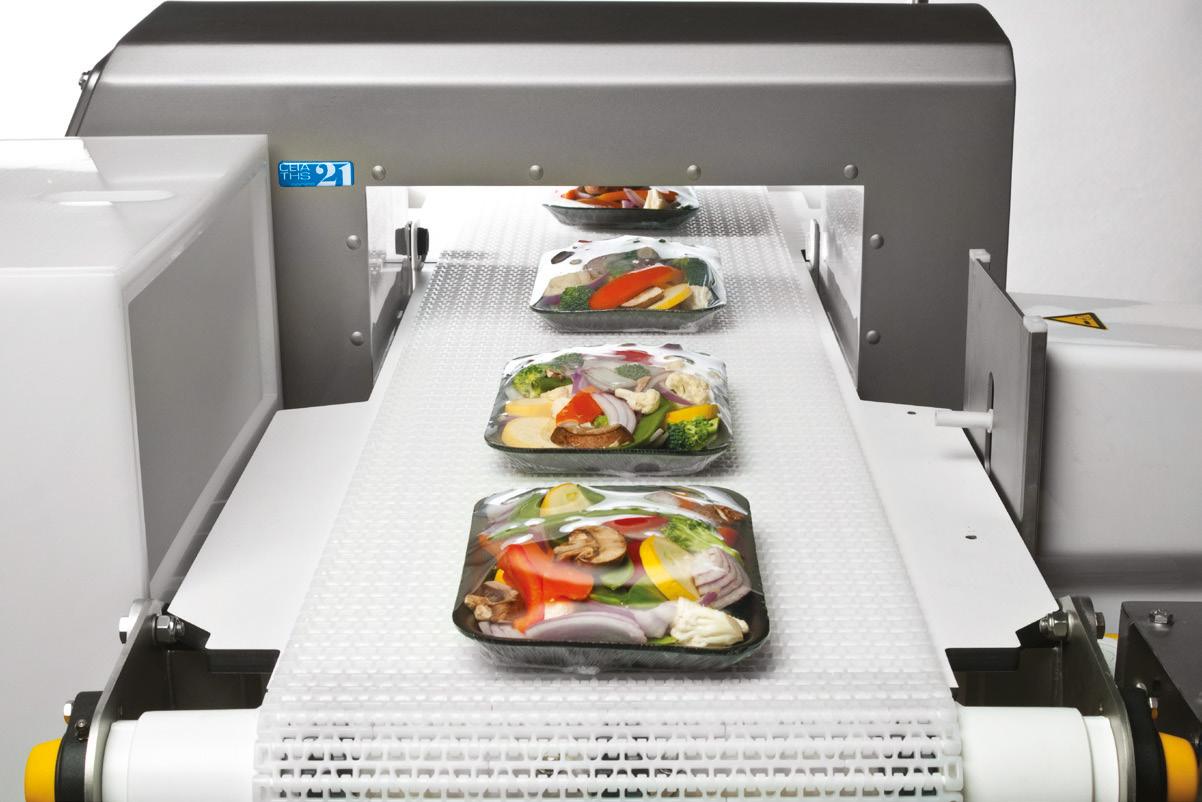
Getting into major retail stores is difficult, especially for a fruit or vegetable product. Yet, through intensive cooperation between BASF Vegetable seeds and ZON fruit & vegetables, the premium snack tomato line Yu&Me was introduced to all Jan Linders supermarkets. During Fruit Logistica 2023, Manager Business Development Jørgen Snoijink (ZON) and Consumer & Customer manager Henri van Hassel (BASF) explained that process. Speaking retailers’ language supported by data seems to have been a key element.
At supermarkets, the category manager determines which items reach the shelves and are responsible for that category’s profitability. Important questions are whether the product is attractive, distinctive, and offers sufficient margin. With fruit and vegetables, the supply chain is an additional complicating factor. That makes it especially challenging to introduce a new fruit or vegetable product.
Keeping that in mind, factors were combined, and after years of breeding, BASF came up with a promising snack tomato variety: Luvion. “It’s a smidge lighter than commonly-found snack tomatoes and tastes unique. It has a high Brix level, crunchy bite, and distinctive shape and colour - a deep red shiny tomato. It also has a long shelf life,” begins Henri. In short, a variety with many benefits and great potential. It has only one downside
-its size. This variety is smaller than the average snack tomato, so yields fewer kgs—a disadvantage for growers.
Luvion could, thus, not be considered an alternative to standard snack tomato varieties. To give it a chance, it would have to be presented as a premium tomato. But how do you tackle that as a breeder? They approached chain partner, ZON fruit & vegetables (a Dutch 140-strong growers’ association). In this complex value chain, this cooperative has the great advantage of working closely with both its growers and retailers.
ZON quickly found a cultivation company, explains Jørgen. Knowing that their affiliated snack tomato specialist Westburg is always open to innovation, they approached Bas and Ton van Leeuwen. On the other end of the chain, supermarket chain Jan Linders was quickly convinced of this new variety’s potential. This Dutch

supermarket chain was already familiar with successful premium cocktail and cherry tomato lines and wanted to introduce a premium snack tomato line too.
ZON had been involved in innovations before and wanted to set it up as a regional project. They brought in several specialist partners, and ZON explained its Innovation Model. The Discover phase, which identifies opportunities, kicked the project off. Then came the Ideate phase, where the idea was further developed into a concept. That is where Kokkerelli came in, to introduce children to these tomatoes. A taste test showed that kids preferred how this variety tasted to other snack tomatoes. They also especially loved that these tomatoes were smaller. Essensor conducted additional flavour research.
Pit-Foodconcepts was approached to help brainstorm the creative concept. The concept includes healthy enjoyment, evening snacking, distinctive (gift-worthy) packaging, and the product’s unusual flavour and shape incorporated into Yu&Me. That represents ‘you and me’, sharing special moments and making beautiful memories. Pamper yourself, but also enjoy with others. The Yu&Me concept targets a broad younger audience of millennials and families with children. Yu&Me is worth its premium price, as these dimin-
utive, crispy, sweet, Planetproof tomatoes are hand-picked.

The packaging had to reflect this image, so packaging specialist Laura Voet was brought in. Sustainability is an important aspect. These cherry tomatoes are grown sustainably PlanetProof, using residual heat and only biological crop protection. Laura chose cardboard, making it easy to recycle the packaging. The container holds the tomatoes snuggly but expands to perfectly suit a luxury cocktail buffet, so it can easily be gifted. The outer package’s thin cardboard strips mean you can see the contents easily yet prevent the tomatoes from falling out. Each package contains about 170 g of tomatoes, costing €2.79.
Yu&Me was launched in April 2022 (week 14)with a hard target in 63 Jan Linders stores. The specially developed Yu&Me Dashboard monitored each of these sales points. “Data is the key. Retail is factbased; you must be able to speak that language,” Henri concludes. The project team, thus, knew how each outlet scored
concerning shelf position and which promotions worked best. Plus, they did a benchmark with comparable premium tomatoes at Jan Linders’ competitors. In this respect, Dutch supermarket formulas are unique. Most share their POS data with Nielssen IQ, so sales can be compared.
After the season ended in week 36, an evaluation shows that Yu&Me seems to have done better than expected and more volume was sold than intended. Yu&Me also scored very well against benchmarks; premium tomatoes the competing retailers carry.
This success demands a broader sales market, but Westburg is applying the brakes. They first want to optimize their cultivation next season so the plants yield a continuous volume throughout the year. Taking your time, keeping focused on continuous product development, good data, mutual trust,
and information exchange in the chain are important learning points. These will all be considered in the new season.
• Your go-to address for all your fresh produce
• Always nearby
• Supplying boxes for flowers and plants as well

“This year’s Dutch bell pepper season started a little later than in previous years. That’s partly down to our growers choosing to plant a little later than usual in the last quarter of 2022. That and the normal spring weather means the bell peppers will enter the market very gradually and that the big productions will only truly get going a bit later,” says Frankort&Koning’s bell pepper salesman Harm Aben.
“We began with the first green bell peppers in week 12, with the red ones close on their heels. The yellow peppers were added the week before Easter, and this week (15), we’re also starting with the orange ones. That will complete our colour palette.”
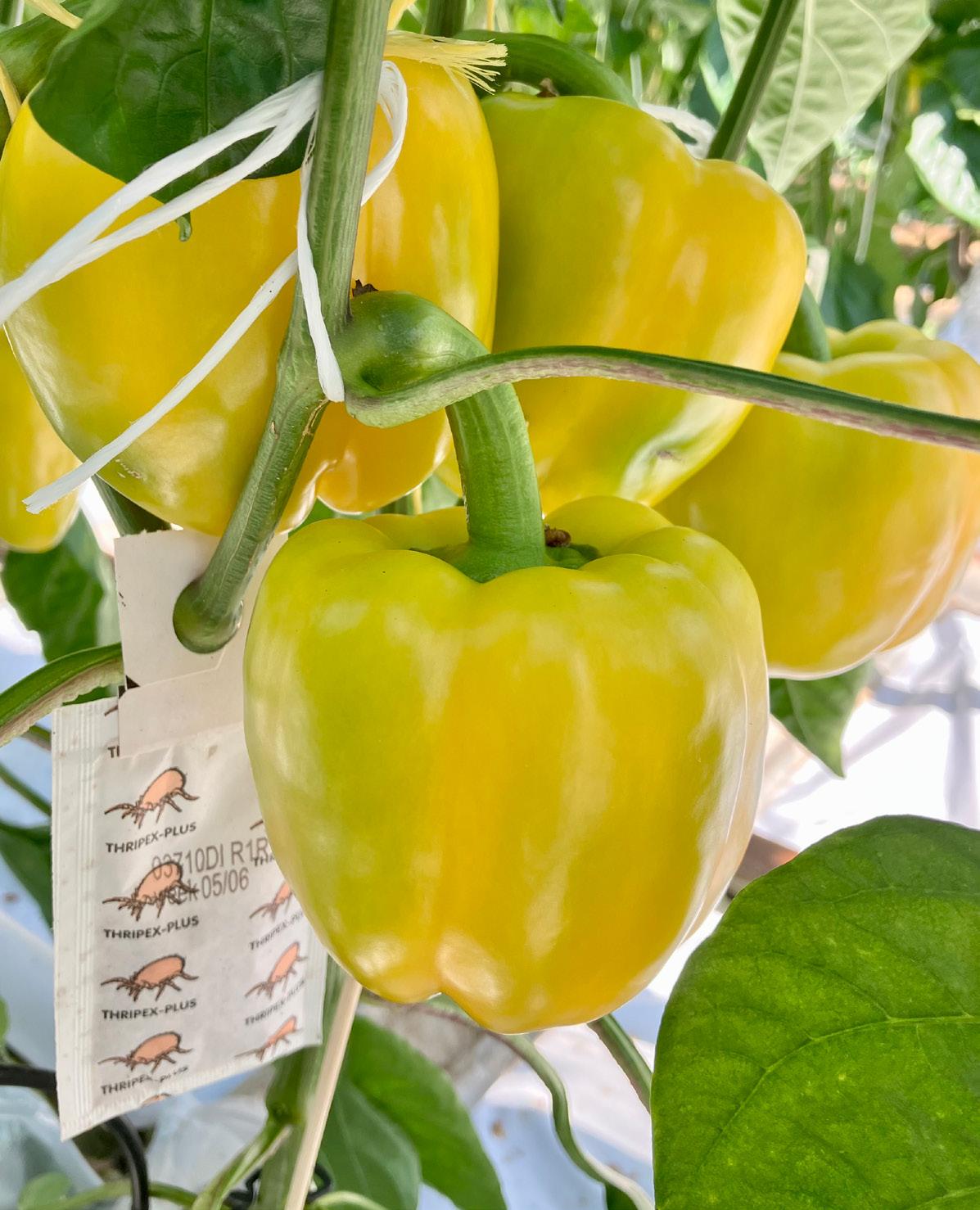
“Sales are currently well-balanced. Every week, more customers want to switch from imported to Dutch products, even though prices are quite a bit higher. The traditional Spanish season is almost over, and clients are eager to switch to the high-quality Dutch product,” Harm explains.
“Bell pepper acreage has shrunk somewhat nationally. However, we’re going to add more acreage this year again. That’s a healthy step forward and lets us respond even better to our various buyers’ demands. We can serve all our customers as efficiently as possible from several locations across the Netherlands and take the shortest logistical route between grower and customer.”
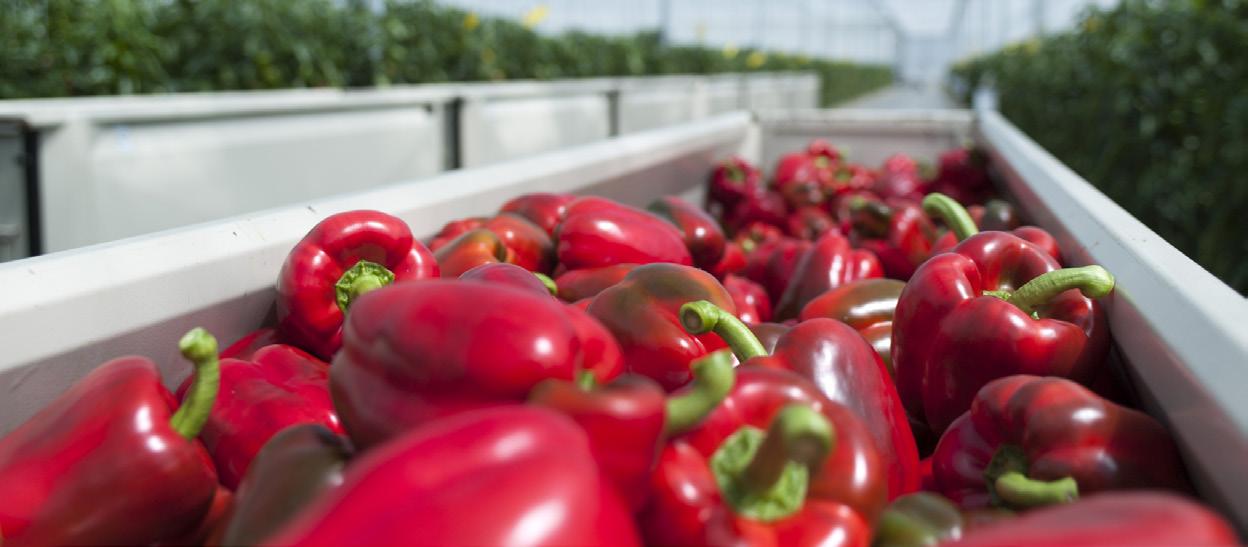
“The bell pepper market will stay nicely balanced in the coming weeks. Next week’s bit of spring weather will keep
boosting consumption,” Harm expects. “Store prices are still quite high, but that, too, will start normalizing later in the season.”
“Weeks 18 to 20 will bring the first new promotions for the large volumes. Together with our partners and growers we will jointly focus on the various actions during the Dutch season. We’re ready, and together with our team, we hope to make it another good year for everyone,” concludes Harm.
H.Aben@frankort.nl
“The bell pepper season’s slightly later start means sales are well-balanced”
“Dutch bell pepper productions are starting more gradually than we’ve been used to in recent years,” begins Harvest House’s bell pepper salesman Marco Bergman. “We’ve seen these prices before, but production-wise, everything’s different. And that takes some getting used to for retailers, who, for example, usually plan to switch from Spanish to Dutch products in week 14.”
“Thatmakes the law of supply and demand clear on the market. Not all customers can be served yet, which puts slight pressure on the market, leading to fairly high prices. Everything that’s available sells well, and should there be shortages, prices go crazy,” says Marco.
“That’s leading to some supermarkets making other choices like carrying different or no bell peppers lines. That happened in the winter, too - out of necessityand the assortment looked different from what was in retailers’ specification books. If certain weights or ranges are unavailable, we jointly look for alternatives. That still happens today. We, for instance, have 500g mixes of two weighty bell peppers, where, before, three were the standard.”
Many of Harvest House’s members cultivate tomatoes overseas, but few grow bell peppers outside the Netherlands. “We received Tunisian bell peppers for several years, but that acreage switched back to tomatoes this year,” Marco explains. He expects standard retail lines to return
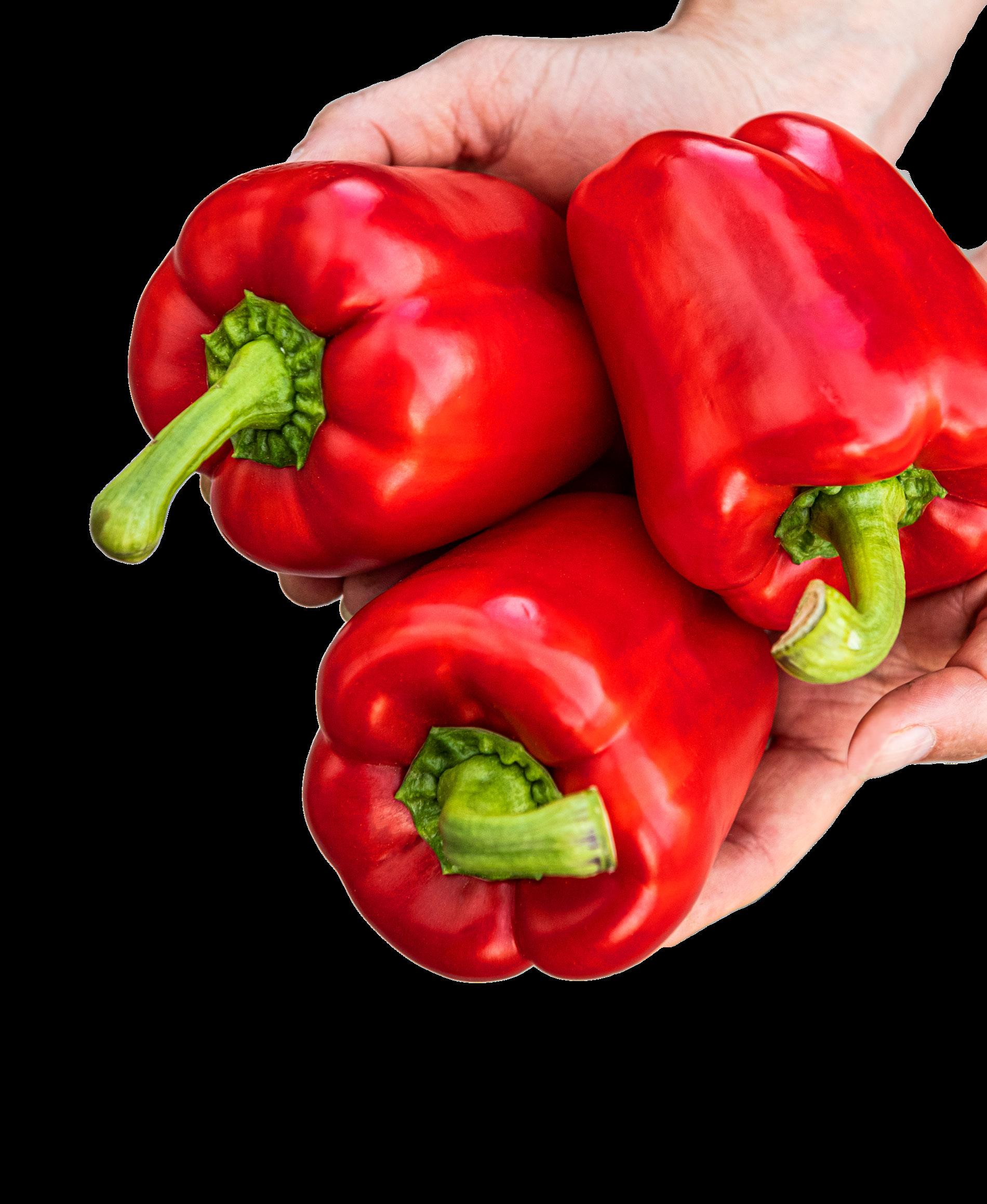
to normal eventually. “But everything hinges on the weekly supply. Getting 500 grams or 1.5 kg from a square meter and how the fruit weight develops through the season makes quite a difference.”
Marco says the Dutch bell pepper acreage has stayed relatively unchanged. “Seed breeders say the country has about 70 fewer hectares of bell peppers. There’s more red bell pepper acreage than last year; that of green and orange bell peppers is about the same, and slightly fewer yellow ones have been planted. The gradual production start makes it seem as if there are currently 200 hectares less, but that could change in a few weeks. Pointed pepper acreage, however, rises a bit each year,” he says.
Bergman does not expect any major changes regarding sales countries either. “We mainly serve North-western and Eastern European retailers, along with a few in Eastern Europe. As far as far-off destinations go, air freight prices seem to have normalized somewhat, but we don’t
yet know what that means for bell pepper exports. We’ll fly fewer bell peppers to Japan anyway; our large-scale acreage doesn’t suit that country. Production doesn’t hinder exports to North America, but there you have to deal with local cultivation in Canada and the United States. They also always have Mexico as a cheaper alternative. Only when that country’s supplies run out and the North American ones dip can we play an interesting role.”
When it comes to new packaging, Marco has yet to see any breakthroughs for bell peppers. “Everyone’s trying to develop alternatives with less plastic, but there haven’t been any ingenious discoveries. For now, shrink and plain film appear to be the best materials for bell pepper packaging and shelf life. Coatings like Apeel seem promising, but these haven’t really caught on in bell peppers yet. Nevertheless, we are always looking for innovative, sustainable solutions and keep an eye on developments,” he concludes.
m.bergman@harvesthouse.nl
Marco Bergman, Harvest House: “Dutch bell pepper season starting more gradually than ever”

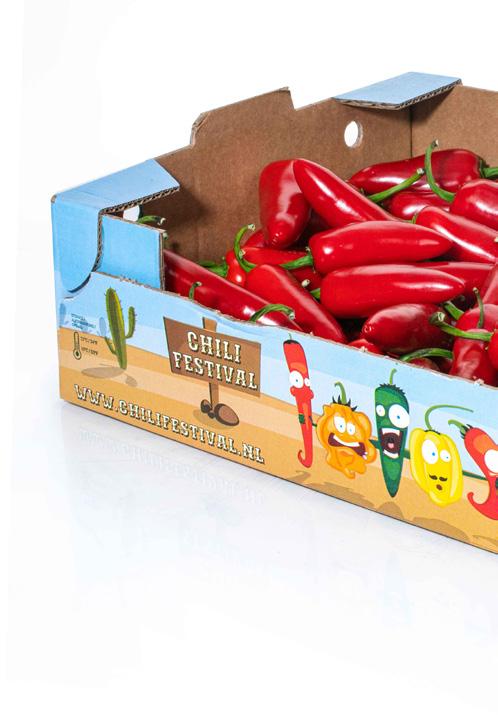

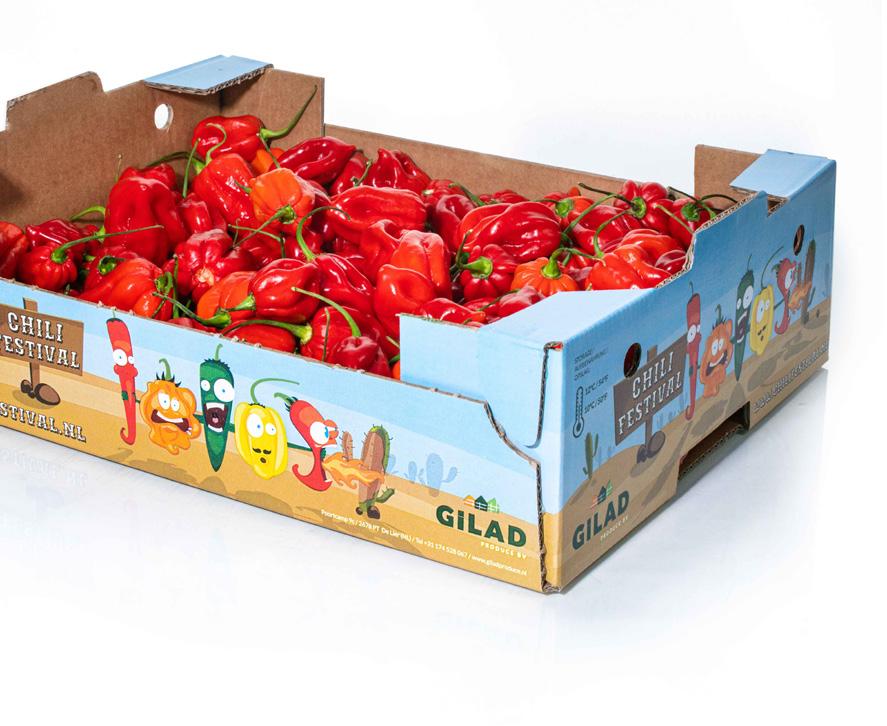
With mini cucumbers and chilies, Gilad Produce has two products with which to stand out well on the market. To meet customers’ yearround demand, this Dutch company expanded cultivation last year, adding supplies from Spanish growers. “Clients return for our brands. They want to order the mini cucumbers under the Cuckies and chilies under the Black Bullet and Chili Festival brands. Then quality’s guaranteed; otherwise, when buying produce from Spain, you’re never sure,” Arjen Bouma and Frank Mosterd begin.
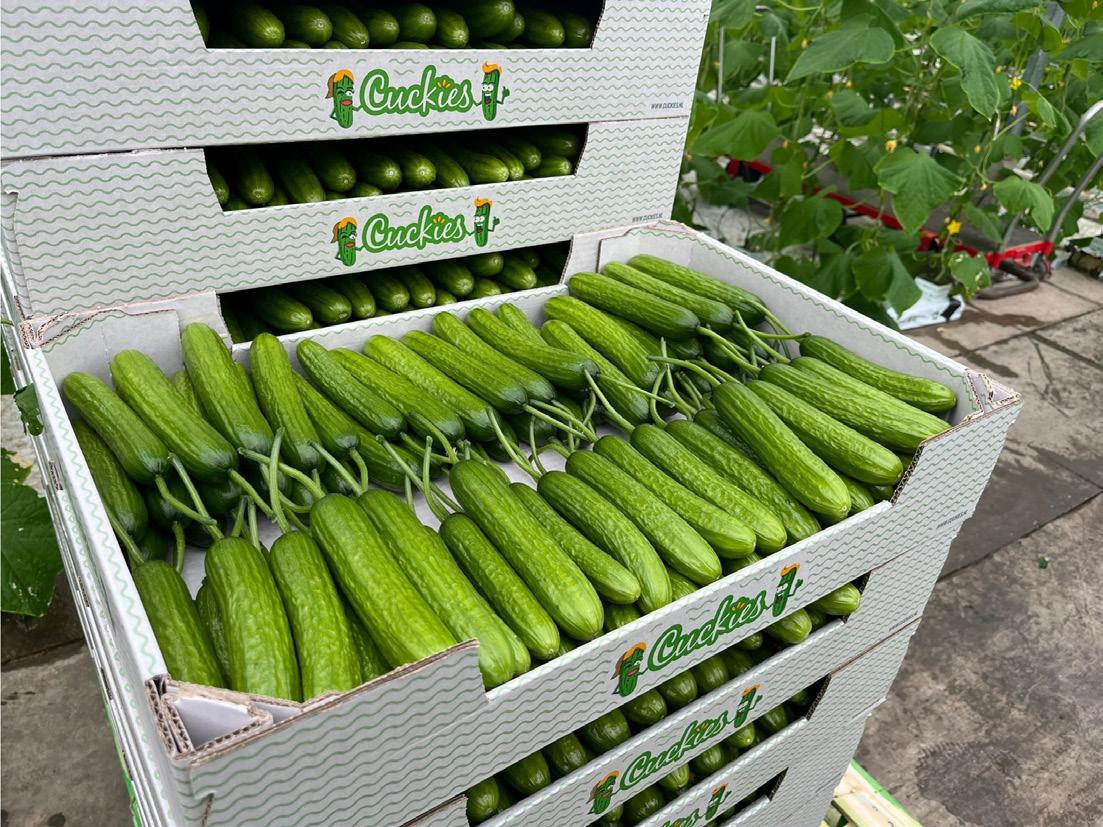
The new Dutch chili season has begun at Gilad. “Quantities are still limited but will explode a little more in May. We have the same chili acreage; we’ve just shifted some varieties. Jalapenos (Black Bullet) are meeting the increasing demand particularly well. The Spanish season didn’t start very well, price-wise, but in the import season’s last weeks, the peppers
became somewhat scarcer. Prices are currently good, but the Dutch season has yet to really take off,” says Arjan.
He says the chili acreage is unchanged in the Netherlands too. “The biggest variation comes from ‘occasional growers’ who cultivate chilies in the cold ground. That volume varies annually, but I expect
it to be similar to last year. In terms of color ratios, there are about four pallets of red for every pallet of green chilies. We also sell yellow chilies, but mainly in packs. We have about three hectares of special varieties, like Naga, Scorpion, Reaper, Padron, and De Habanero.”
“We’re optimistic about chili consumption. Many meal boxes and fresh packs include them, and those sales are truly climbing. We see that locally and in sales markets such as Scandinavia, the UK, and Germany. We also send quite a few chilies to far-off destinations. We serve a wide range of buyers, from wholesalers to supermarkets, but always as an extension of the exporter. We don’t do exports ourselves but partner with Dutch exporters to serve end customers. More and more
buyers place chili orders with us yearround. For them, chilies are a small part of the total, and they again divide a pallet among ten or 15 of their customers. They often want to be spared the hassle, which we do well for them,” explains Arjan.
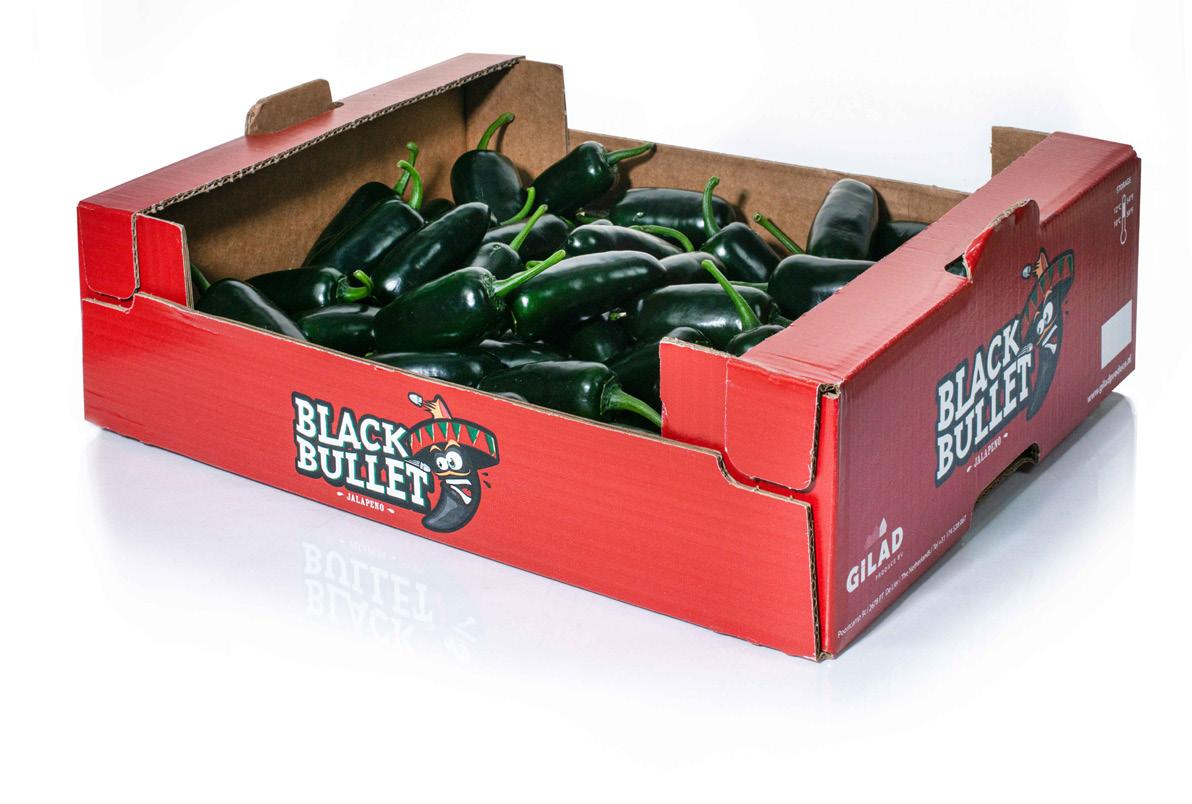
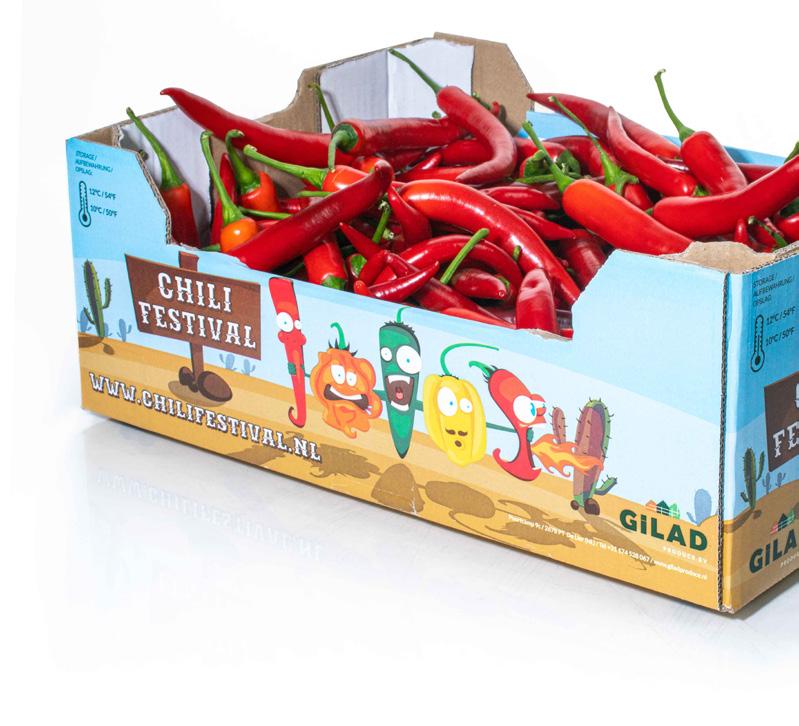
“We’ve become a major player in the Netherlands regarding fresh chilies and have built a good name with our Chili Festival brand in recent years. Our grower in Spain has already said he wants to keep growing chilies next year and even expand. Thus, we can offer chilies under our brand year-round. We’re also increasingly sourcing chilies from Moroccan growers.”
Last winter, Gilad Produce started working with a Spanish grower for mini
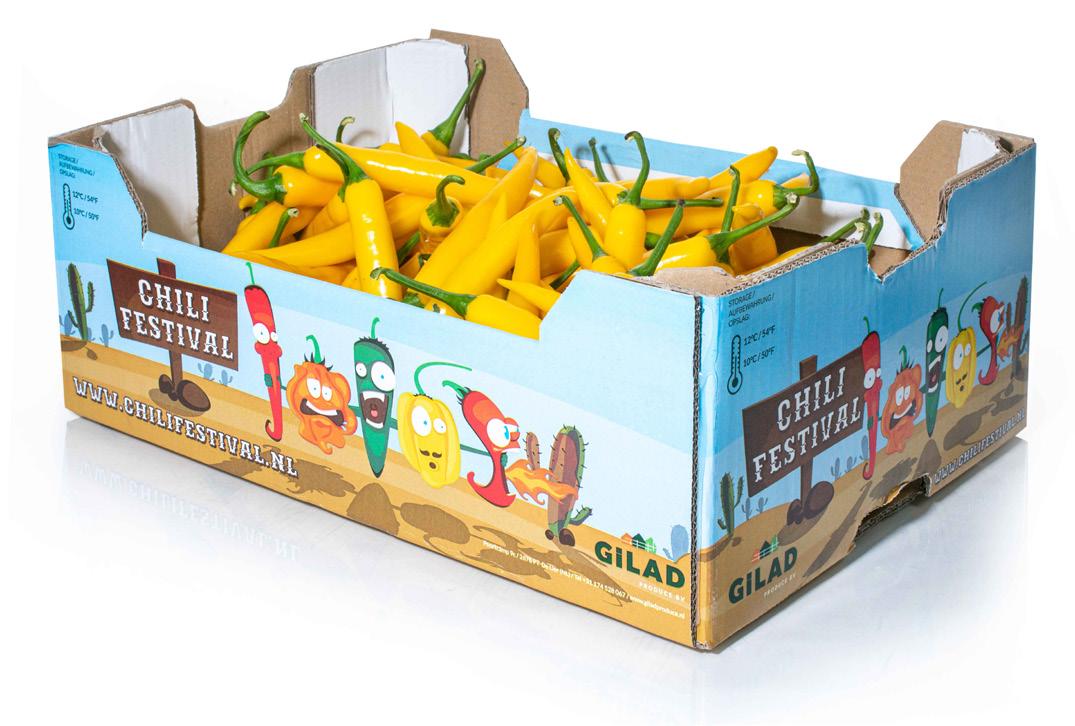
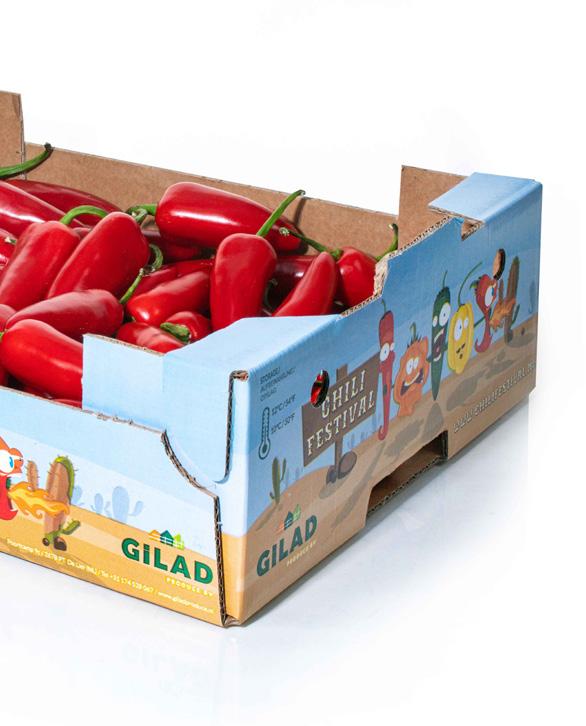
cucumbers too. The company has been offering this product under its Cuckies brand for a few years. Although Spanish mini-cucumbers are still on the market until mid-April, to ensure quality, Gilad switches completely to Dutch cultivation from then on. “The Spanish season went very well price-wise, and the Dutch season also started fine, especially compared to last year,” Frank says.
“But since the weather’s not been great, the large volumes still have to become available. We’ve added a hectare to our mini-cucumbers acreage and will add a few more in mid-May from a grower who starts later. Last year, we introduced the 9 kg box, and we’re now expanding the packaging options with a closed box for 32 pieces and an EPS crate. That gives our customers a wider choice.”
“Mini cucumbers are becoming ever more popular. They’re a convenient size, especially compared to standard cucumbers. Sales are also broad, from the United Kingdom to Germany and Scandinavia. Large cucumbers sell per truck, while the mini ones are more likely to go per pallet, so it remains a fairly small item. But, with Cuckies, we can offer exporters a distinctive product with which they can surprise their customers worldwide,” Frank concludes.
mosterd@giladproduce.nl
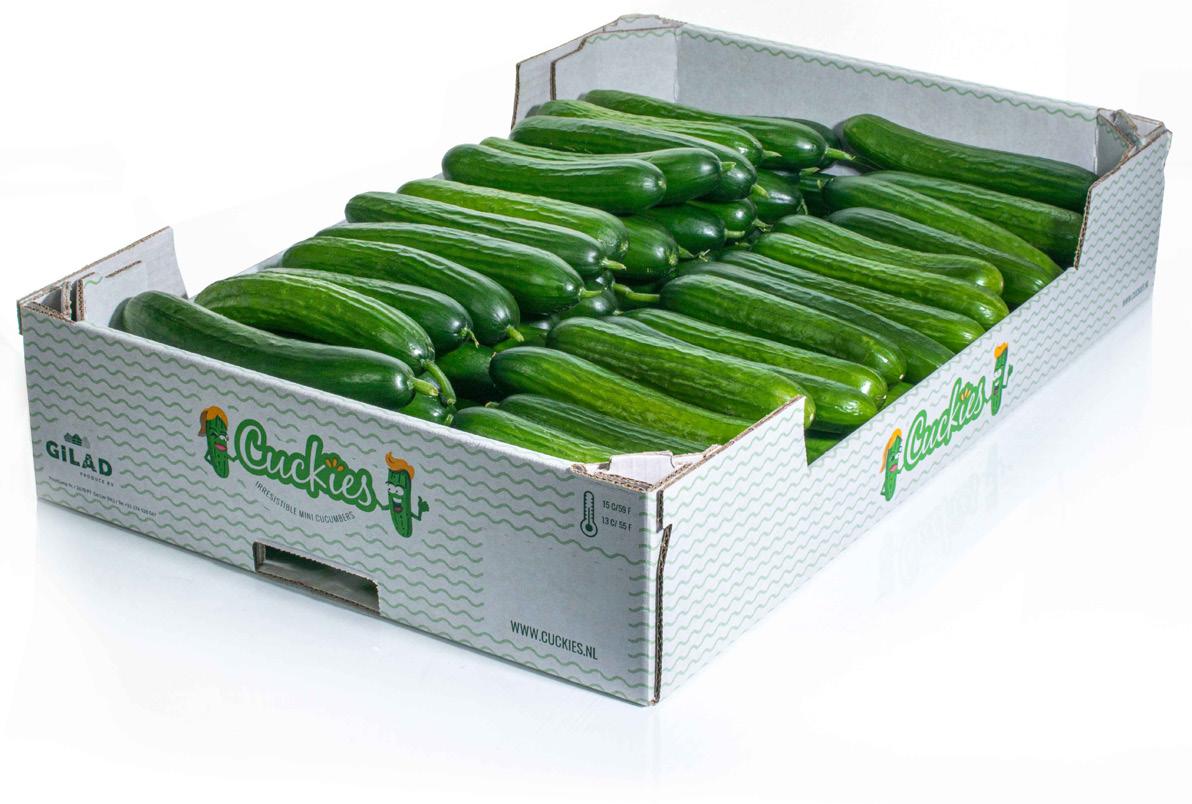
In the Netherlands, lit cultivation’s significantly smaller acreage means this year’s fruit-vegetable season is off to a very different start. “Supply is trickling in, which is undoubtedly related to the first quarter’s dark skies. That is the opposite of last year when March was extremely sunny,” begins ZON Sales Manager Wouter Willems.
This Dutch cooperative has zero local supply of, for example, TOVs grown under lights this year. To still serve customers optimally, it expanded its import flows from Spain, Morocco, and Turkey. “That season went well, and clients and suppliers were generally satisfied with the quality and pricing. Our long-standing partnerships with cooperatives are certainly paying off this year, and we’re getting a constant, reliable supply of products.” The Spanish auction supply has been reduced to only full soil produce like cauliflower, iceberg lettuce, and celery.
In 2022, ZON’s strategy to further develop the auction as a day trade tool resulted in collaboration with producer wholesaler Kompany. They sell some of their dayfresh cucumbers via auction. “This year, supply started in week five, which, partly due to shortages in Southern Europe, led to above-average prices at the start of the season. The cucumber market has since calmed down,” says Wouter.
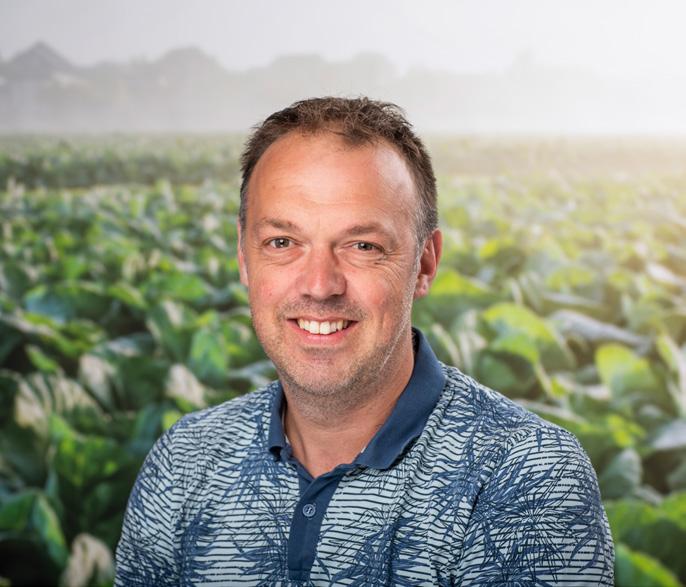
“Every season is different. With bell peppers and tomatoes, prices are above average as supplies begin. The shortages in southern Europe definitely play a role. Bell peppers are now available in all

colours again. They are usually large in the season’s first half, so fewer small sizes are available for flow packing. Dutch retailers started their programs with local bell peppers in week 13, and the British and German supermarkets have also switched over.”
“The Spanish bell pepper season is over in Almeria, but the market still has some from Murcia. That hardly affects our
Wouter Willems, ZON fruit & vegetables:
“Auctions still play a prominent role in day trading”Wouter Willems
sales markets, though. Quality-wise, it’s a good start, and the €2-€3/kg prices are also above average. With operational costs increasing, we need those prices to give growers what they deserve. There are plenty of challenges around things like energy, water, and crop protection, so cultivating high-quality products for buyers takes dedication. That applies to the entire fruit and vegetable sector,” Wouter admits.
The tomato season is getting started too. There is a segment shift, and ZON’s vine tomato acreage is growing. Supply of both the large and medium segments is increasing and, here too, the auction will certainly play a prominent role in sales. “The snack tomato acreage is shrinking, which fuels hopes for a good start to the season. Reducing plastic in packaging remains a mission. Stores carry more and more top-seal packs instead of buckets. Zero packaging remains tricky because shelf life is always an important reason for packaging certain fruits and vegetables. But trying to find sustainable alternatives in consultation with customers remains paramount.”
Besides supplies from Spanish cooperatives and the Kompany partnership regarding cucumbers, ZON will also be auctioning Harvest House tomatoes this season. “That’s going well. We and our members are always on the lookout for the optimal opportunities auctions offer.

We’re not averse to working with other grower associations. Ultimately, it should result in an auction with a wide, deep range that holds a leading position in day trading,” Wouter concludes.
wouter.willems@royalzon.com

Moroccan tomato exporters are counting the losses and reflecting on a tough season, which has highlighted the fragility not only of the Moroccan tomato industry in particular, but of the whole international value chain. Several circumstances, both economic and natural, have challenged producers, and their effects were immediately felt in Europe as prices rose on the shelves and consumers saw their tomato purchases rationed.
Amine reported that “the season was unusually challenging, with climatic and phytosanitary problems leading to a significant decrease in production. This had a drastic impact, resulting in a 25% drop in volume across all varieties. On the TOV varieties, the decline was even more severe, exceeding 60%.”
F
reshPlaza obtained an analysis from Amine Maataoui Belabbes, General Manager of the cooperative COMAPRIM, to gain a better understanding of what happened this year on the southern shore of the Mediterranean. COMAPRIM is a significant player in the tomato export industry in the Mediterranean, responsible for producing one in every four Moroccan tomatoes sold in the UK, as
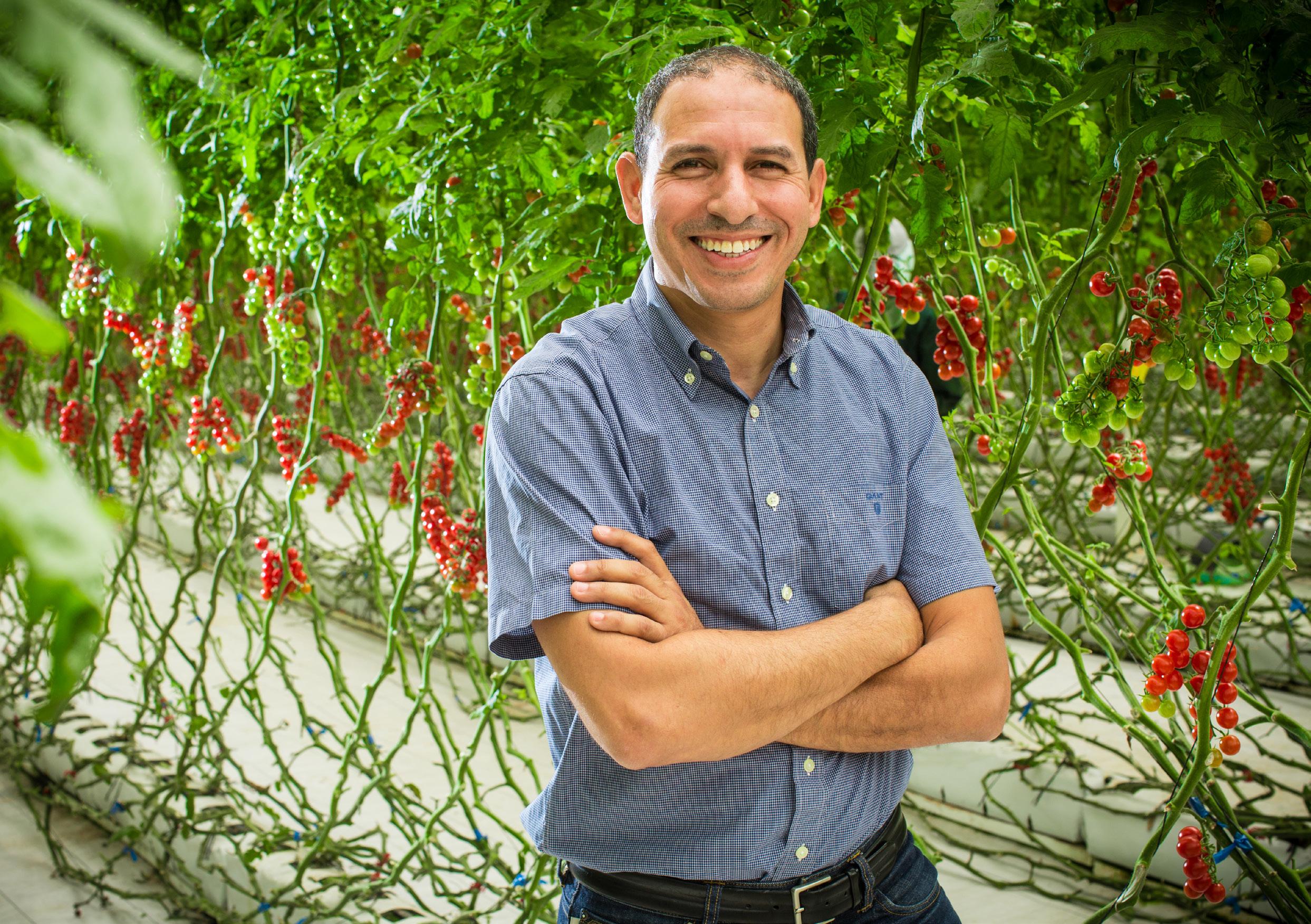
well as half of the Moroccan cucumbers. The cooperative consists of 22 producers who operate on a combined area of approximately 400 hectares, and focuses solely on the UK market, supplying it with various types of tomatoes including MM and M salad tomatoes, large vine, snacking tomatoes, beef, and cherry on the vine.
The climate hazards had a devastating impact on producers, who were hoping to make up for losses suffered during the hot and prolonged summer. Amine said, “The climate challenges faced by producers have been quite diverse this season, with the first part of the season characterized by excess production due to the hot summer months, leading to low pric-
es and low demand. This has forced producers who export at open prices to sell their produce in Europe at prices below the cost of production. Even those who export at fixed prices have experienced difficulties, with customers defaulting on contractual commitments and failing to take the expected volumes.”
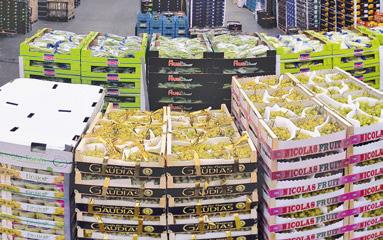
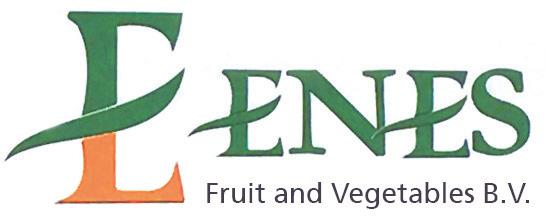

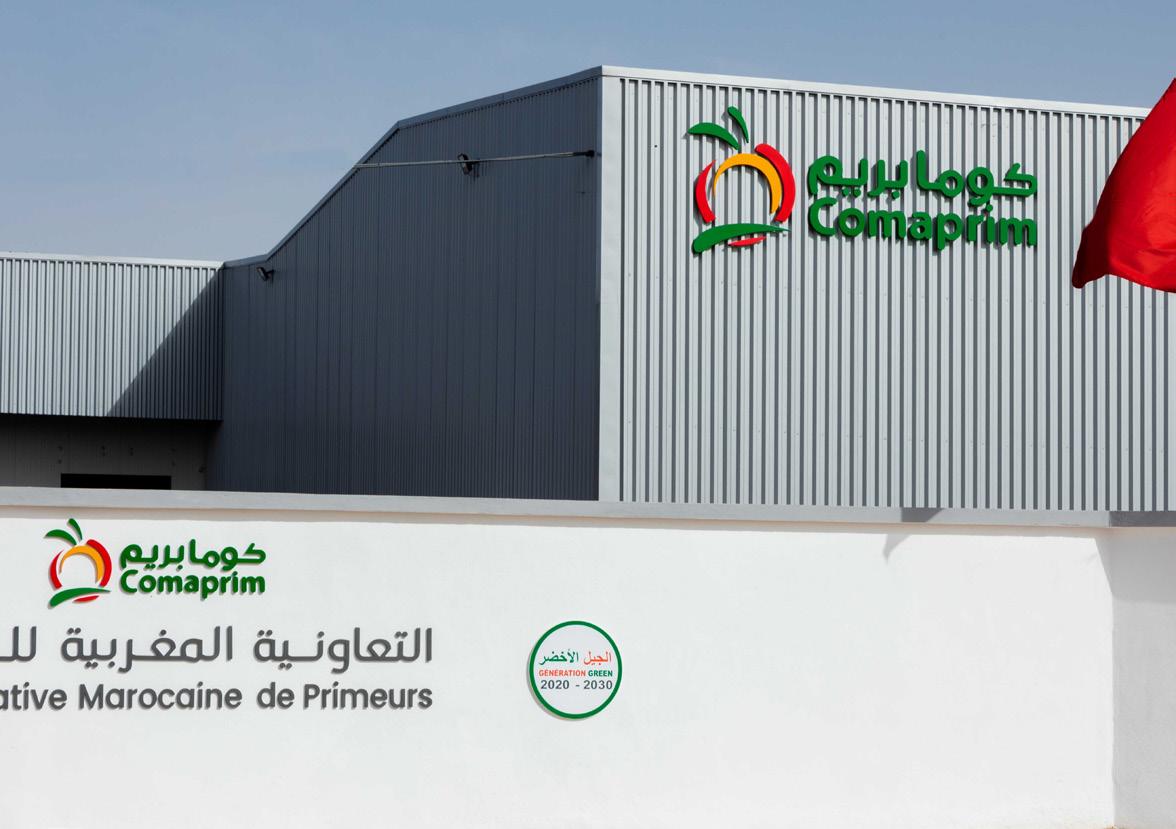
The situation was further exacerbated by the cold snap that followed, causing a drastic drop in volumes in January and February. This period also witnessed the peak of crop removals due to virus, leading to a decrease in volumes by up to 80% in some weeks. The poor weather at sea crossing points between Morocco and Spain also contributed to the dire situation, resulting in empty shelves in UK supermarkets for two weeks.
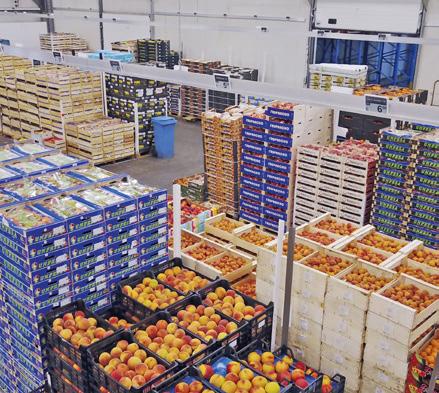
The economic factor also plays a crucial role in the overall picture, as Amine explains, “We’ve had two major waves of cost increases that are taking a toll
on Moroccan tomato producers. Labour costs have increased due to government-mandated minimum wage hikes, while other expenses such as packaging, transportation, fertilizers, greenhouse equipment, and seeds have also risen causing producers to face diminishing profit margins. This is particularly true for those who have seasonal contract programs, as higher costs may not necessarily translate into higher selling prices”.

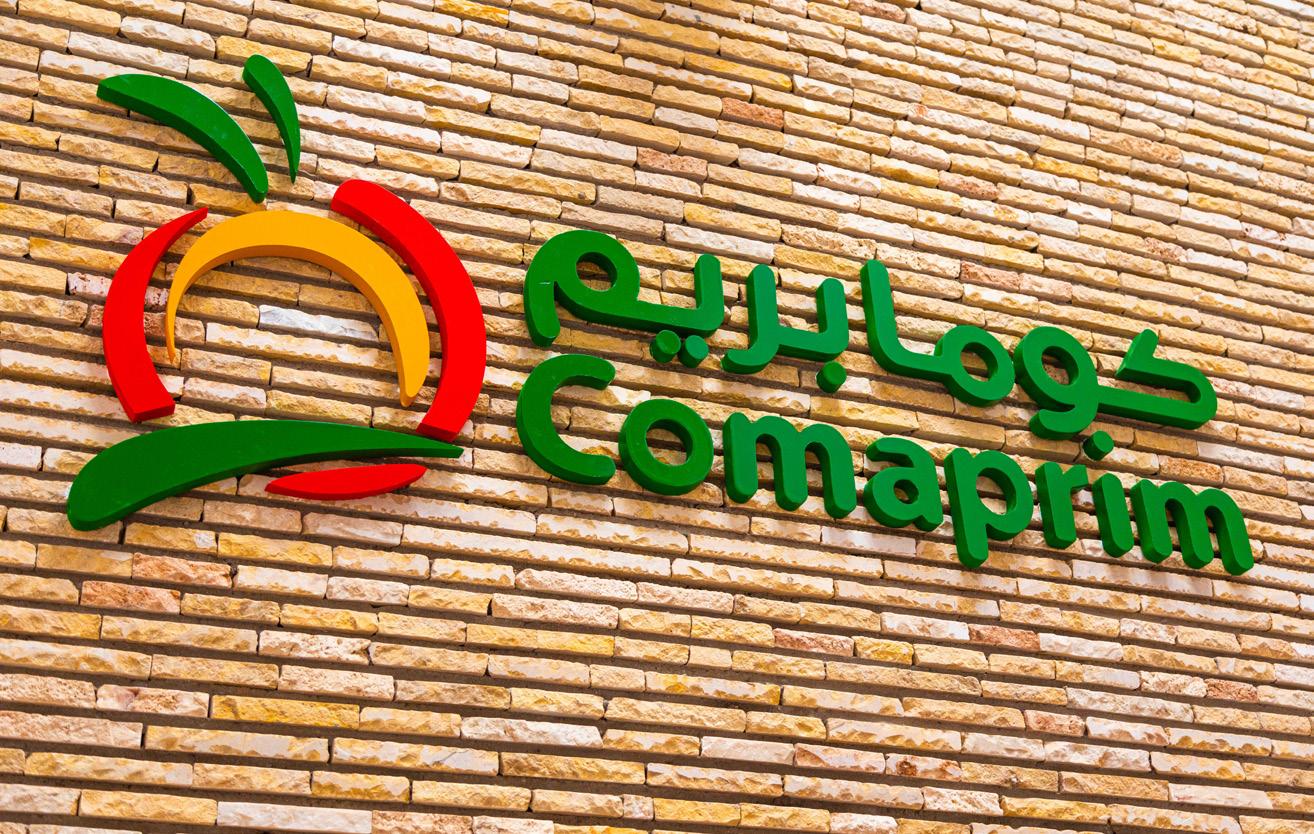
To mitigate the damage, many tomato producers have shifted to growing more profitable varieties such as snacking tomatoes. As a result, the market share of segmentation varieties like snacking tomatoes and tomatoes on the vine has nearly doubled at the expense of standard round tomatoes. However, “the round tomato still holds significant importance for companies like Comaprim, where it accounts for about 50% of the exported volume,” said Amine.
The cost of growing tomatoes for export has risen so much that it is no longer
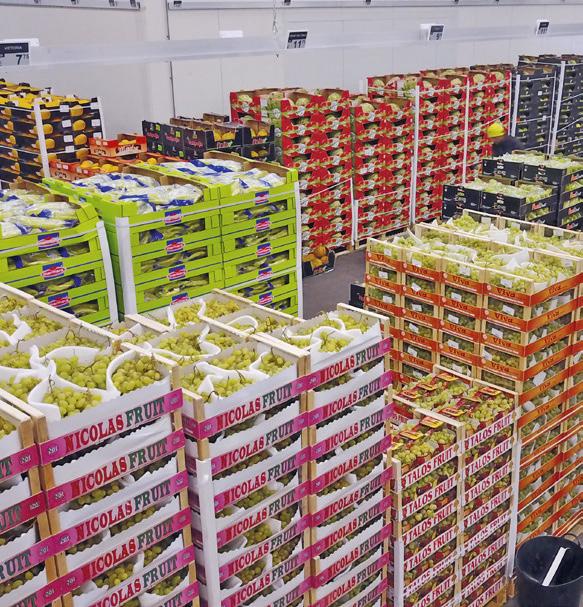
profitable to sell them in the domestic market, where there is a price point that consumers are psychologically unwilling to exceed for this product. In February, during the peak of the crisis, prices on local market rose significantly due to the severe shortage and the opportunistic export activities that took advantage of the hot market conditions. As the month of Ramadan approached, the Moroccan government restricted the quantity of exports to boost the local market availability and strengthen the purchasing power of the citizens. As a result, producers had no choice but to account for more losses.
These challenges have made for a painfully difficult season for Moroccan tomato producers and revealed that the industry operates on a delicate balance of multiple factors and stakeholders. Producers are forced to navigate “à vue” through complex and uncertain circumstances, as described by Amine, in order to keep their businesses afloat.
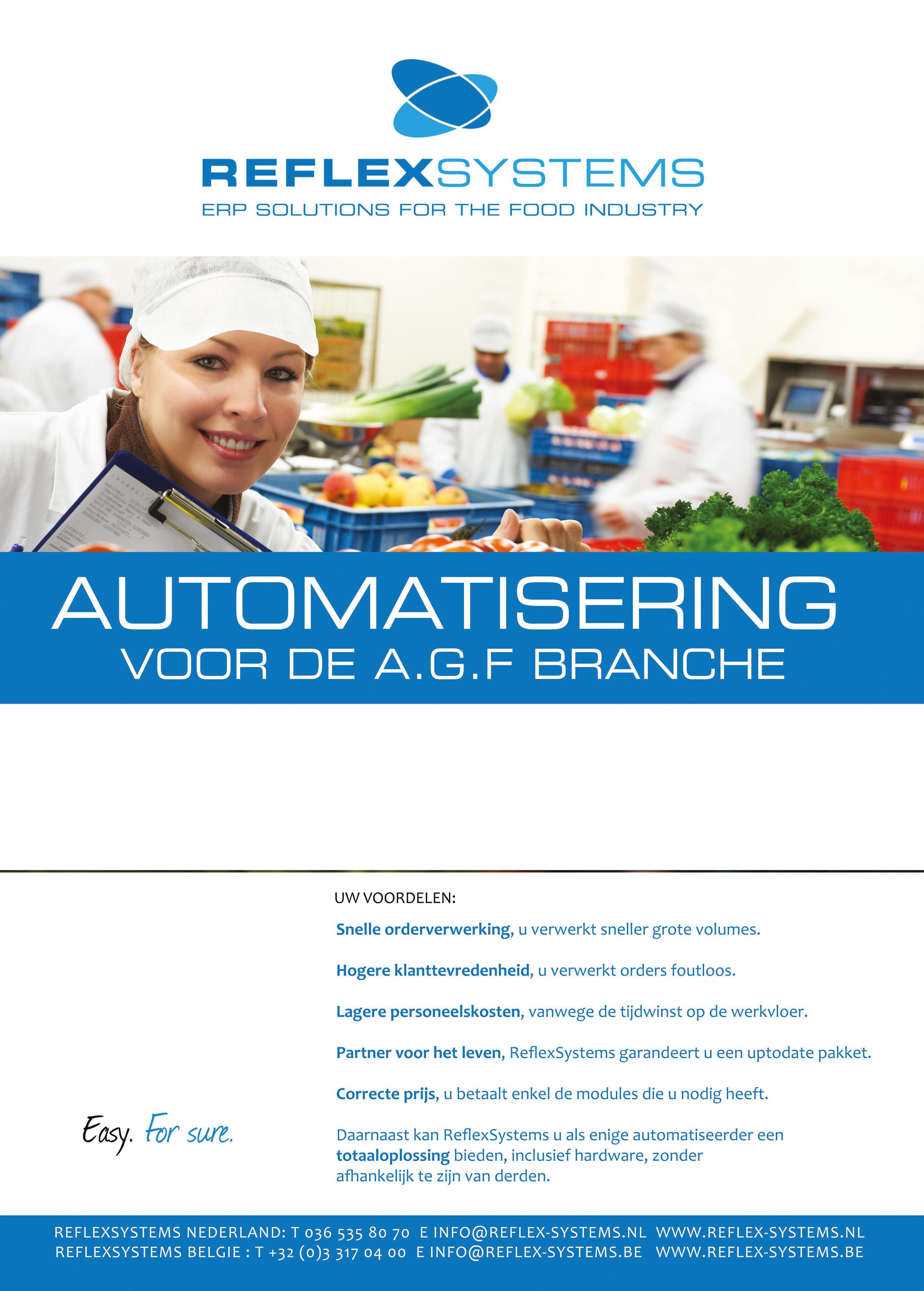
ReflexSystems offers fully customized automation solutions for the food industry. More than 700 food companies have already gone before you.


THE ADVANTAGES:
Speedy order processing, you can process large volumes more quickly.
Higher customer satisfaction, as you will process orders flawlessly.
Lower personnel costs, because of time saved on the shop floor.
Partner for life, ReflexSystems guarantees an up to date package.

Correct pricing, you will only pay for the modules you need.
Additionally, ReflexSystems is the only automation company that can offer you a total solution, including hardware, without depending on third parties.
Reflex3000, ERP software for all business processes Flex 3000 (XL), the weighing and registration system Online ordering, allows your customers to order themselves, via the Internet The standardized Cloud ERP solution for food industry companiesThe outcomes of this delicate situation were immediately felt on the other side of the Mediterranean, especially in the UK, where the drop in Moroccan volumes has directly impacted consumers. While many commentators wanted to link the “tomato crisis” in the UK to Brexit, Moroccan producers says that as far as their tomatoes are concerned, Brexit has not affected supply of fresh produce into the UK.
Amine, as an industry expert, explains: “We have been operating in the UK market for a long time, and I can attest that there has always been a tomato shortage in January/February. However, this year, the situation was significantly exacerbated due to the absence of northern hemisphere production caused by high production costs for Dutch and English growers. The bad weather conditions that disrupted sea traffic between Morocco and Spain dealt the final blow to an already dire situation.”
Brexit has caused a minor shift in trade routes as per Amine’s explanation. “Previously, English importers of Moroccan tomatoes would use the European hubs, such as Holland and France, to buy their product. However, due to Brexit’s implementation, it is now considered as re-exportation and 8% customs duties are now required. Consequently, British buyers are opting to import directly from Morocco, which has created a new market segment for Moroccan producers. Never-
theless, the procedures between Morocco and the UK remain unaltered”.
Amine continues, “The fresh produce trade between the UK and Morocco has also been affected by Brexit with a significant injustice that needs immediate attention. Although an agreement was made to maintain the same customs regulations that were in place with the EU before Brexit, there seems to be a misinterpretation of the figures, resulting in an extremely limited quota and unnecessary and unfair duties, such as a 12% duty on cucumbers. Previously, it was believed that the EU was protecting its own production. However, after Brexit, it is unclear who the UK is protecting with these tariffs. With European producers having unrestricted [without any tariff or quota restrictions] access to the English market throughout the year, Moroccan exporters are questioning why London would favour Spanish producers, to the detriment of the English consumers”.
Moroccan tomatoes, therefore, have two major markets, the European Union and the UK, at a time when there are no longer any exports to Russia and the Middle East is sourcing elsewhere due to the rising cost of air freight.
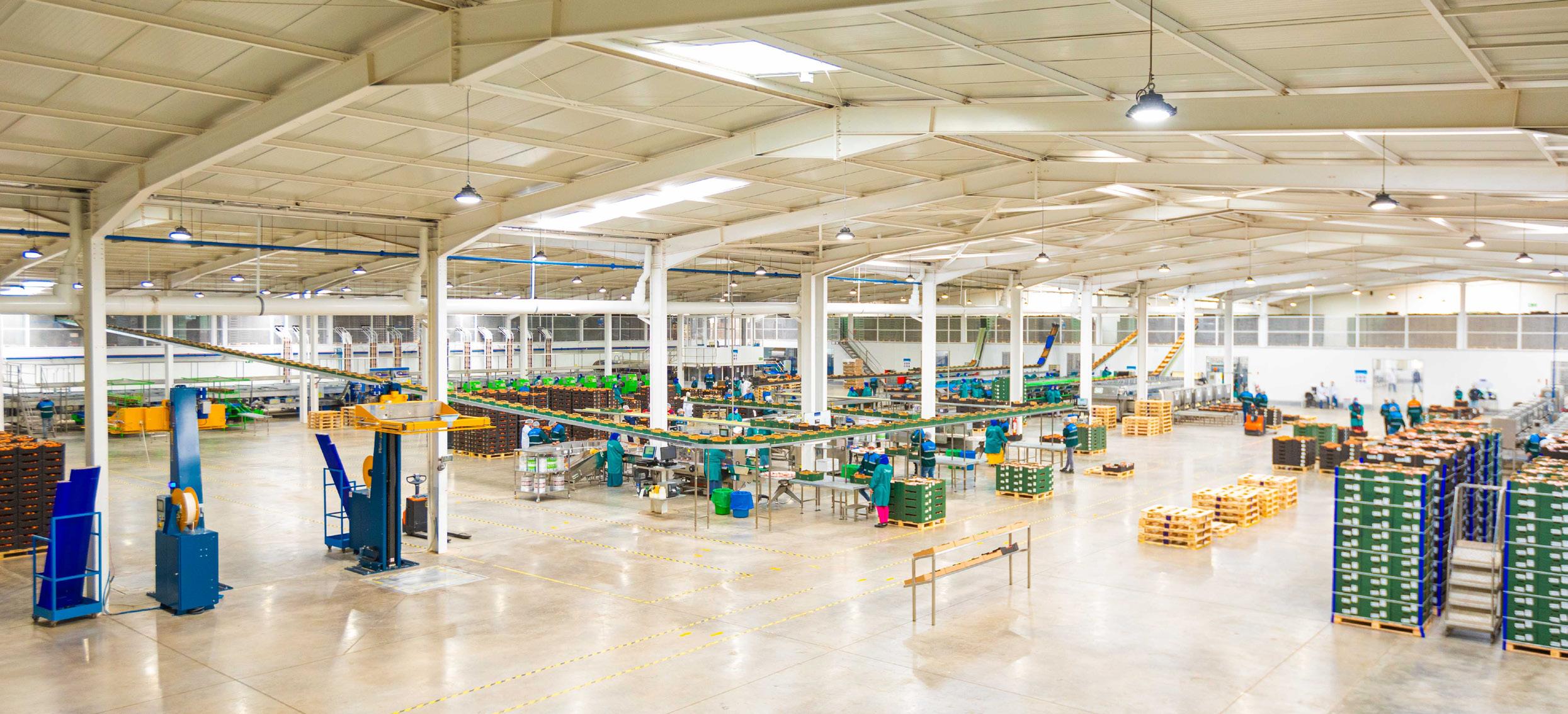
The competition in Spain and France are dissatisfied with the current situation and have expressed their discontent in various ways. They have accused Moroc-
can producers of engaging in dumping practices. However, Amine Argues, “it’s essential for Spanish producers to realize that they cannot have it both ways. In developed nations, the agricultural sector typically specializes in higher value crops, because expensive labour makes it unprofitable to produce commodities. For instance, Nordic countries can no longer efficiently produce standard tomatoes, and France and Spain will soon stop producing cherry tomatoes for example”.
“A potential collaboration between Morocco and Spain is feasible. Concerns about strikes, physical assaults, and plundering of our vehicles in Spain previously existed, but the situation has now significantly improved.” reports Amine. “While Spanish producers still level accusations of dumping and criticize the quality of our products, Moroccan tomatoes continue to grow and thrive in Europe and the UK. It is crucial for all parties to recognize that Mediterranean countries are interdependent and must join forces to better serve this vast market. Healthy competition is vital, and Spanish producers continue to hold a dominant position in the tomato industry.”
When Morocco experienced a drop in production due to a cold snap earlier this year, European buyers turned to Turkey and Egypt as alternative sources, but with not much success, according to Amine. “While these countries are not currently seen as a significant threat to Morocco’s market dominance in tomatoes, the situation could change if Turkish investors

with larger operations and vertical integration enter the industry. However, it may take longer for Turkish and Egyptian produce to gain a foothold in the UK market,” Argues Amine.

The Moroccan production model uses very little technology. “We have significantly improved the basic canary island greenhouse model, and hydroponic is now widely adopted. But it is still only a passive model. Unlike in Spain, there is almost no investment in high-tech greenhouses. Although the idea is frequently discussed, especially given recent climate conditions,” Amine believes that, today in Morocco, adopting high-tech greenhouses would be a very risky investment under current market context, in contrast with certain Middle Eastern countries, where investing in such advanced greenhouse technologies aligns with national pride and food security objectives, making it a feasible option.
A large number of Moroccan exporters, through their representative associations, call for more dialogue and partnership with the European Union to better protect producers and consumers from the hazards of the market, which only favour intermediaries and large supermarket chains, according to previous declarations of the APEFEL (Moroccan Association of Fruit and Vegetable Exporting Producers). This will be achieved by increasing the volume of exports at fixed prices under contracts, rather than exports at open prices. But according to Amine, each of the two models has its advantages and disadvantages: “I understand that some producers are advocating for more structured exports through fixed price contracts. This allows producers to have better visibility, to work with serenity and to focus on their operations, and to be protected from low prices. But on the other hand, it requires very strict planning, and very limited choices at the production level, including the choice of varieties for example. Under fixed prices,
exporters will also get inadequate prices when the market is extremely interesting.
Presently, most of the Moroccan tomato volumes are exported at open market prices, but “there are a few exceptions like Comaprim that primarily export through fixed prices and contractual agreements,” says Amine. “What sets Comaprim apart is its business model - as a cooperative, it doesn’t make any profits but instead distributes all its revenues to the growers. Moreover, Comaprim has been recognized by the Moroccan government as an “aggregator” for its expertise in supervising small growers and helping them upgrade their farms to high standards and adding value to their product, thereby promoting positive social impact in the region.
amine.maataoui@comaprim.ma
HYTT high-end vacuum transport systems: the expert in hygienic transport solu�ons for your waste and by-products


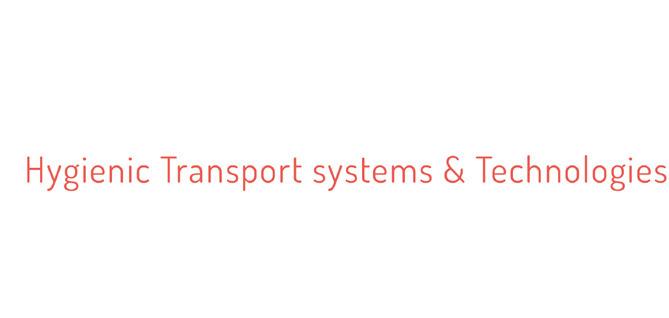

Based on years of prac�cal experience, we provide customer-specific solu�ons to transport residual product streams from your produc�on process in a hygienic and cost-effec�ve way.
What can HYTT do for you?

• Upgrading of your waste and by-products

• Our solu�on directly transports the waste from the high care produc�on area to a central des�na�on


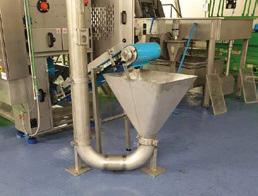

• Improved u�lisa�on of the produc�on floor
• No need to transport waste manually or by forkli� away from high care area

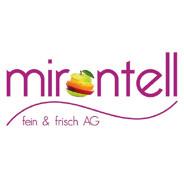
• Improved hygiene in the high care produc�on area

• A reliable and knowledgeable partner by your side with innova�ve, efficient and sustainable solu�ons

• You will be ready for your most demanding customers
• HYTT has a test installa�on at its premises in Borne where we can test and transport your products together
Key benefits of HYTT transport solu�ons?
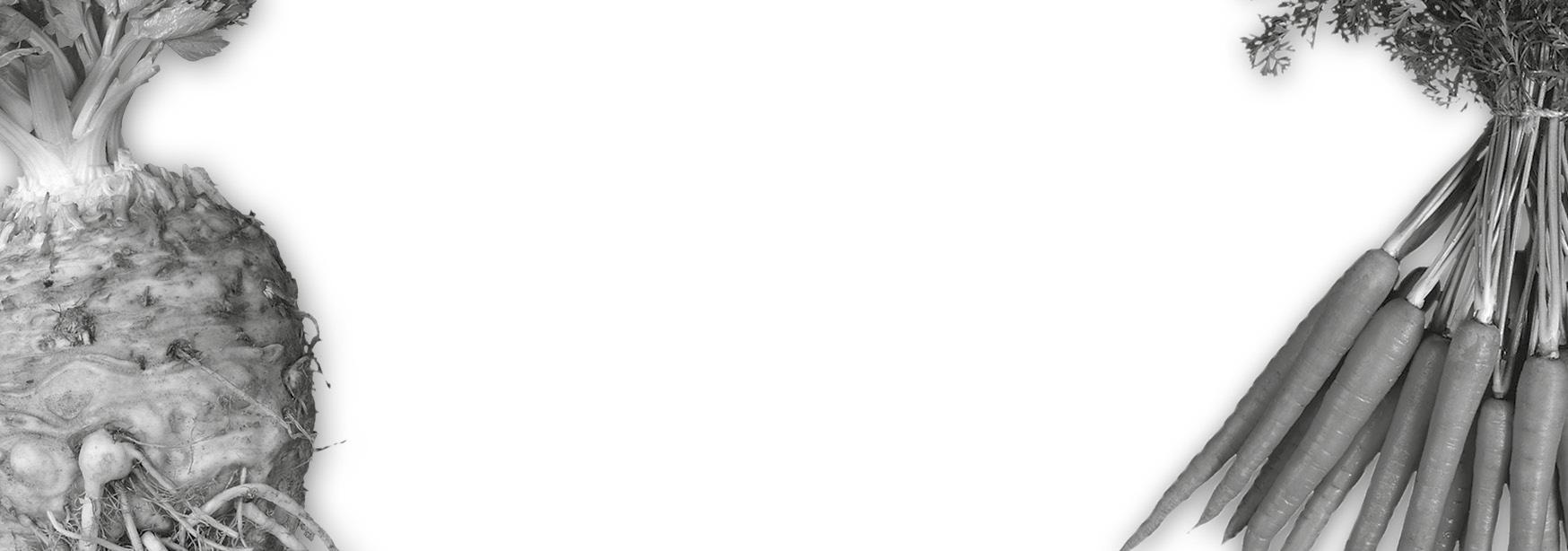
• Improved hygiene
• No flumes (no open sewage)
• No cross-contamina�on by internal transport movements
• Reduced internal transport costs

• Safer and cleaner working environment

• Reduced water usage
• More efficient way of working
Red and white cabbage directly from the producer
Moroccan tomatoes are becoming increasingly popular in the European Union. For the first time last year, Morocco surpassed Spain as the largest tomato supplier in the European Union, with only Netherlands exporting more. What’s next for Morocco?
The Netherlands and Spain have traditionally been the leading tomato exporters to the EU, but over the years, Morocco has been narrowing the gap. The Netherlands remained the largest supplier, but according to a report from Spanish news service Hortoinfo, its sales decreased by 25.22% since 2013. Morocco sold 558.27 million kilos, a 71.33% increase compared to 2013, while Spain sold 513.84 million kilos, a 28.42% reduction since 2013. Despite the decrease in volume, the value of Spanish tomato sales increased by 15.57%.
And there are opportunities for further increase. Last year, the Moroccan Association of Fruit and Vegetable Exporting Producers (APEFEL) announced its plans to double tomato exports, and so far,
Morocco has exported 670,000 tons, an increase of 19% compared with the previous season.
“The demand for Moroccan tomatoes is boosted by the high energy prices in Europe, and the high cost of labour. With a daily wage of 12 to 14 euros, the cost price of growing in Morocco is significantly lower than in most European countries. Growing in Europe became too expensive for Europe itself,” says Pim van Adrichem with HortiTech. The company is helping to set up a horticultural demonstration centre in Agadir, to elevate the level of horticulture in the country.
The Moroccan greenhouse acreage surrounding Agadir is approximately 20,000 hectares, but the level of technology

applied differs greatly: from a foil cover protecting the crops up to a high-tech foil greenhouse with extensive technical facilities installed. “There are a few huge companies taking care of their export, but in general it is hard for individual growers to export their tomatoes into the European Union and they need a partner to make it a success. More and more often European producer organizations team up with Moroccan growers to secure a stable supply throughout the year.”
Pim explains how currently climate proves to be a challenge for growers, as does the desert sand, which could create some issues with fine sand particles on TOVs. “But the biggest challenge of course is water, as the water level decreases year after year.” The big desalination plant, which was opened last year, is literally just a drop in the ocean, Pim says, as every drop flows back into the earth, since the majority of the plants are grown in open soil. “Making the switch to growing hydroponically would be a great first
step,” Pim sees. “Also because it would make sense to invest in their water quality and fertilizers. Paying 0,5 euros for one m3 of water might not seem expensive, but it literally goes down the drain. Recirculation would half the costs.”
In the newly built demo centre, the Complex Horticole Agadir, demonstrations, teaching, and research are to take place. This way, the team is hoping to inspire growers in the region to apply these techniques. And according to Pim, growers are willing to look into these options. “The current strategy to expand is to plant more hectares, as the ground is cheap and the government sees more working opportunities. But growers too
are willing to look into new techniques. If you show the possibilities of growing hydroponically or recirculation water, they’ll not only take this information by heart but also thank and remember you forever.”
Laraisse Esserghini, director of APEFEL, is certain growers have to make a qualitative leap on their production assets, in particular by modernizing greenhouses. “Most Moroccan producers currently operate a range of Canary greenhouses, and we are planning to replace them with climate-controlled greenhouses. Improving the global market reach of Moroccan producers is only possible by improving production structures in a sustainable

way.” He says it is a huge investment. “But we have the capacity to achieve it if we are supported to invest in more performant greenhouses by the Moroccan government and are reassured by our markets in Europe through an eventual agreement with the European Union”.
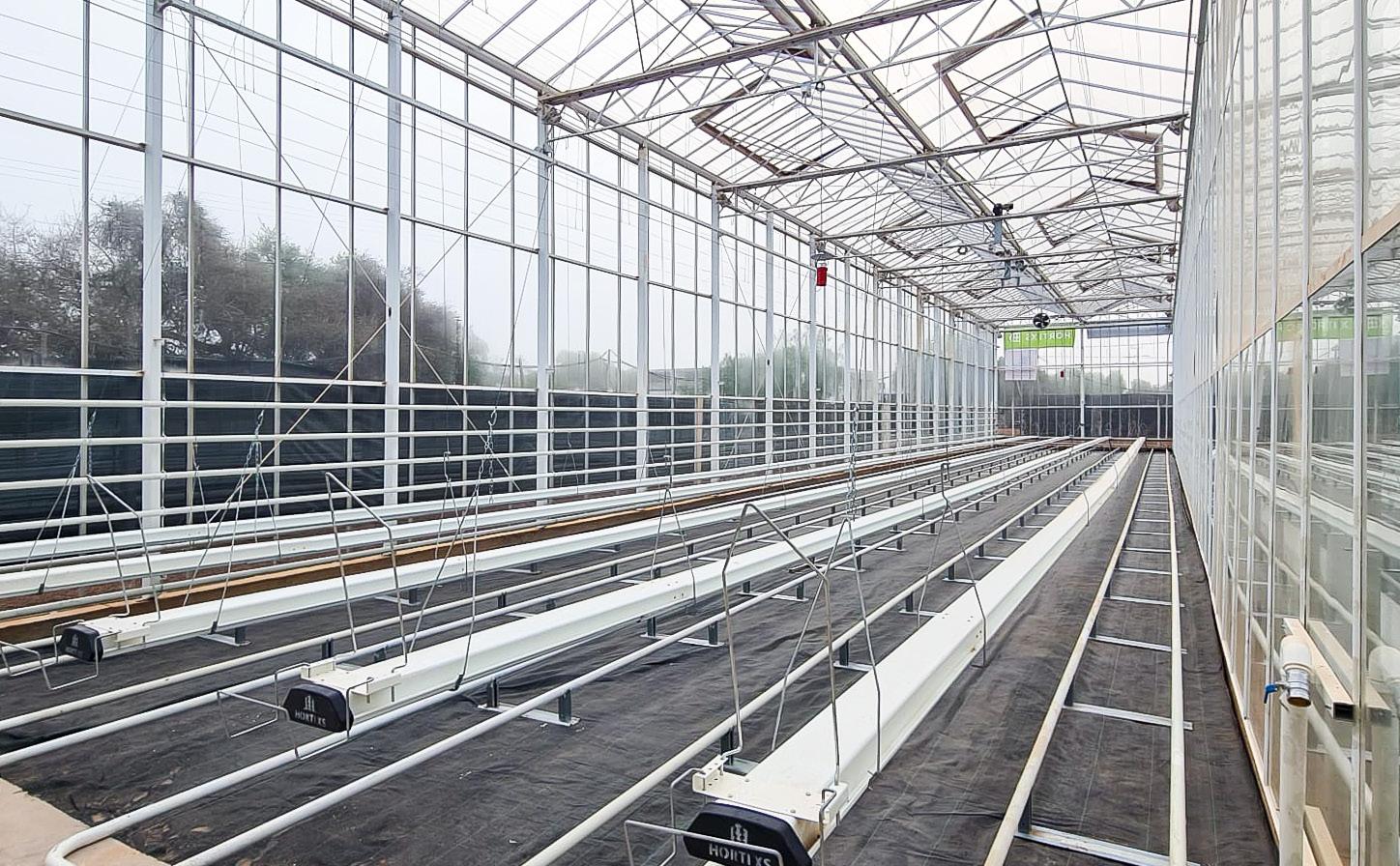

It might explain why Morocco is passing Spain in the export numbers. “Spanish growers have a strong tradition of growing in a particular way, and tend to stick to their strategies, whereas there’s a strong hunger for knowledge in Morocco.”
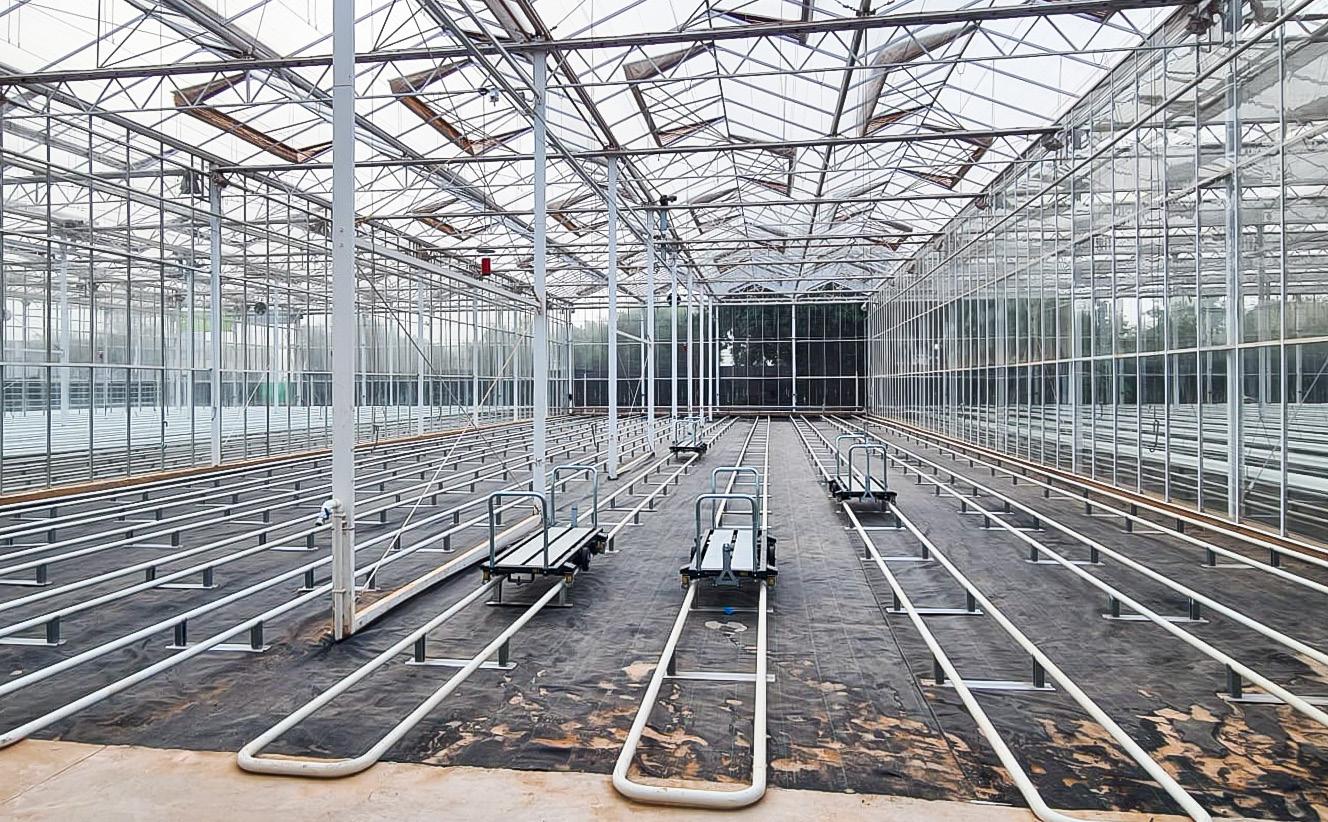
When you see it, it’s too late. There’s no treatment available and no solution to stop its spread. And despite all the efforts, there are no varieties available yet with suitable resistances. No wonder ToBRFV, the rugose virus, has caused a lot of turmoil in the tomato world.
In November 2018, the first ToBRFV outbreak was detected in Germany in 7 tomato greenhouses in North Rhine-Westphalia. Just one month later, in December 2018, Italy reported the first detection of the disease, and ever since it has affected tomato crops all over the world. Affected growers either have to accept production losses, or disinfect thoroughly and hope for the best – something that’s not possible when growing in soil, as the virus remains in it for years. What are the effects of the virus on the tomato trade? Considering that the demand has rarely slowed down, have countries that import a lot such as Germany felt it in their tomato supplies?
“Most of the tomatoes consumed in Germany are imported from other countries, amongst them may surely be some infected lots,” says the Julius Kühn Institute (JKI). “Since the consumed fruits do normally not come in contact with the production facilities, we currently see no negative effects on our local tomato producers. The most likely way to introduce the virus to German greenhouses or fields

would be via infested seeds or young imported plants. Hence testing has been intensified and professional growers and state authorities for phytosanitary issues are aware of the risk of virus infections. Whether and how this will affect supplies we are not able to predict.” At the same time, the presence of the virus in German tomato greenhouses has been detected. “In recent years, there have been some isolated occurrences of ToBRFV in Germany in tomato fruit production facilities, which have successfully been controlled by the plant protection authorities,” the JKI states.
It is difficult to estimate that even when looking at consumer prices. “We have been seeing price increases for a couple of years,” says Fabrizio de Giacomi, responsible for the wholesale markets unit at the Borsa Merci Telematica, an Italian government body overseeing the movements of goods in the country. “At the same time, it’s really tough to tell to what extent the energy crisis and phytosanitary issues have impacted tomato supplies.” What is certain though is that the market has
been quite ‘weird’, Fabrizio points out. “Over the past couple of years, tomato prices rarely experienced steep price increases, even when Dutch and Italian productions overlap.” Although the price hasn’t increased often, it hasn’t gone significantly down either. “With the lack of exports to the Russian markets, I expected that tomato prices would go down a little. In fact, quite the opposite has happened, as those have gone up recently.” However, it’s not easy to determine what exactly causes said increases. “There’s never one single factor influencing the trade. Usually, it’s not just phytosanitary issues, but also climate conditions, energy prices, and so on – they all contribute to price increases.”
That is indeed the same point Hans-Christoph Behr, head of Horticulture/Organic Farming/Market Research at AMI, a company analysing the German agricultural market, makes. “It’s tough to see precise data of the effect of the ToBRFV on tomato imports because it’s a disease that requires growers to take certain actions immediately, such as quarantining plants if not outright pulling them all. Because of that, people hardly mention it. That’s why there’s no good information on the effects of the ToBRFV on tomato imports.” Just like his Italian counterpart, Hans-Christoph too mentions that there are other things on top of the rugose virus that
may affect tomato imports. “ToBRFV is a reason, but together with that you had increasing energy prices, and disappointing economic results in previous seasons in Spain, for instance.”
A price comparison indeed shows that prices stayed somewhat the same over the past three years. “During January and February of 2021-22-23, normal size TOV had similar-ish prices across three years,” Hans-Christoph points out. In January 2021, the consumer price for TOV on the German market was € 2,51. In 2022, it was € 3,26, while in 2023 it went back to € 2,79. Thus, as Hans-Christoph remarks, while ToBRFV certainly affected tomato imports to Germany, there’s just not accurate enough information to specifically determine that.
While Hans-Christoph says that growers don’t like to talk about their problems with the rugose virus, this Sicilian grower opened up about their problems with the rugose virus. “In the whole Sicily region, growers have been dealing with the rugose virus,” says Salvo Astuto from Op Platinum. “The story is kind of similar for any grower. Initially, you can see some plants showing issues both with regards to the vegetative phase and the fruit. Lab tests then show that there’s a new virus in the greenhouse. Many Sicilian growers had issues with tomato exports to Germany because of that.”
If it’s true that what doesn’t kill you makes you stronger, the same can be said about the rugose virus for growers like Op Platinum. Because of the virus outbreak in Sicily, many companies started implementing unprecedented phytosanitary procedures. “Bigger and better-structured companies like ours could quickly take action and implement practices to prevent the virus from get-
ting into the greenhouse,” Salvo remarks. “For instance, we have stopped growing in soil, and have switched entirely to hydroponics.”
This is different in other countries. In the Netherlands for example, the biggest exporter of tomatoes, companies are known to have switched crops because of the persistence of the virus. Combined with the energy crisis, the tomato acreage during winter decreased.
Even though many Sicilian growers were hit by the virus, the export volumes to Germany increased. “Even during the worst periods, volumes did not go down. That can be partially explained by the fact that when prices go up, it’s easier to sell lower quality produce.” However, it’s not only a matter of market price fluctuations, but also what growers are offering. “Our export volumes to Germany increased recently, because our produce met those requirements that are highly sought after by consumers. For instance, our focus is on providing customers with products that are not only tasty but especially healthy, as can be seen with our ‘zero nickel-residue’ tomatoes and eggplants. At the same time, we also export only our best produce. We carry out a very careful selection, and anything that doesn’t meet
our high standards doesn’t go anywhere, obviously.”
While there have been some hiccups concerning Italian tomato exports to Germany, Salvo says, being ahead of the curve and implementing ever more sanitation practices can help greatly mitigate the problem.

Geert Koyen, responsible for sales among the German-speaking regions at Coöperatie Hoogstraten too opens up about their problems with the rugose virus. At the same time, he also points out that greenhouse cultivation has been hit by many challenges at once. “In the winter, we had less production due to the energy crisis. The demand was there, but we couldn’t meet it because we had small volumes in production.” On top of the energy crisis though there was also the ToBRFV. “We were affected by it, just like many growers here in Europe. We have implemented a lot of measures to keep it on the side, and we could manage to get out of that with a quality product.” Interestingly enough, some tomato growers that struggled with that, switched to cucumber cultivation. “It was indeed interesting to see that some growers stop with tomatoes to calm down the situation, and switch to cucumbers for a while.”
In conclusion, while ToBRFV certainly affected tomato supplies, it’s near impossible to quantify that because there are multiple factors at play such as the energy crisis, climate fluctuations, and so on that affect growers. What is certain, however, is that the demand is there waiting to be seized.

As a grower, you always work with reliable and solid partners. Van den Elzen Plants fits this picture; we have been a leading supplier of strawberry, asparagus and raspberry plants for more than sixty years. However, we don’t just sell plants: above all, we sell you successful production. And if you are successful, we will also be successful. We are specialised in:

replace an older greenhouse. Once the new one is up and running, the old greenhouse area will be converted to farmland.
About one-third of Hofmann’s total acreage is under glass. “With the new building, we should be at about three acres of greenhouse and seven acres of field. However, the labour involved in growing under glass for the same area is much higher and also more costly. At the same time, we now generate 80 percent of our sales through our greenhouse production.”
Due to the increased minimum wage as well as high energy prices, production costs have risen exorbitantly in many places, and this is also the case for Hans Hofmann’s vegetable farm in Nuremberg. “It is very difficult at times to pass on our costs. Traders are trying to charm their customers by increasingly resorting to promotions. As a result, it was not possible to push any major, regional campaigns in February. Retailers tended to focus on goods from southern Europe, Turkey, Morocco, etc.; countries where production costs are not too high anyway.”
At the beginning of the year, the price of regional items was still at a level that was largely unattractive to consumers. “The large volumes we produce can’t easily be marketed to the end consumers either.” Hofmann markets some of his own produce directly to food retailers, with most of the supermarket chains in the Bavarian area and at the Nuremberg wholesale market supplied through the FrankenVegetables Knoblauchsland eG producers’ cooperative.
“Some 80 percent of our cucumbers are sold to retailers. We start planting in late January, after which the cucumbers take around five weeks to develop so that they are ready for harvesting in late February/ early March. We expect to harvest about 150 snake cucumbers per square meter on average for the year, which of course depends on the weather.”
Furthermore, Hofmann also grows tomatoes under glass. “If I plant tomatoes at the end of January, depending on the variety, I won’t be harvesting until mid/ late April. We will harvest the produce from the greenhouse once a week. Tomatoes are usually more dependable than cucumbers, because the yields are more consistent. Once I start harvesting tomatoes, yields stay at a relatively stable level.”

In August 2022, Hofmann began construction work to expand the greenhouse areas by one hectare. “This is land that used to be used to grow open ground vegetables such as celery, cabbage, lettuce, etc. These are products that are no longer in high demand throughout the season and for which we experience correspondingly lower sales. So, we’ve focused more on greenhouse vegetables, meaning tomatoes, cucumbers, aubergines, and peppers.” The new building will also
The first larger plantings in the greenhouse required more labour, as this form of production is much more labour-intensive than growing open ground crops such as lettuce, celery, cabbage and the like, Hofmann says. “In the fields, all production is automated, for example in the form of planting machines, which are very efficient. Only harvesting is still done by hand. In the greenhouse, automation like this is not yet possible, which is why between seven and eight workers are needed per hectare.”
Hofmann has not had to put up with material shortages. “I have received every form of fertilizer, substrate mats, etc. We were still supplied with steel, concrete and glass for the new building, but significantly with a price increase of 25 to 30 percent.”
In modern greenhouses with high standing walls like Hofmann’s, so-called rail systems are also found. “This is a tubular rail system in which there are heating pipes on the floor that give off heat. This heat can thereby be used specifically depending on the needs of the plant.”
The entire ventilation and heating system is computer controlled. “We are close to optimal conditions for the plants, and we can ensure that there are virtually no fungal diseases. As a result, we have almost no need to treat our greenhouse plants with pesticides throughout the year.” The fruit that is ready for harvest-
“We now generate 80 percent of our sales through our greenhouse production”
ing is not being sprayed directly, as the crop protection system he uses has nozzles that allow the crops to be sprayed in a very targeted manner.
“Throughout Knoblauchsland, water cisterns or concrete basins are constructed as soon as new greenhouses are built. As much rainwater as possible is collected in these, amounting to several thousand cubic meters, which can be used for several weeks. There is also the Knoblauchsland Water Association. This is
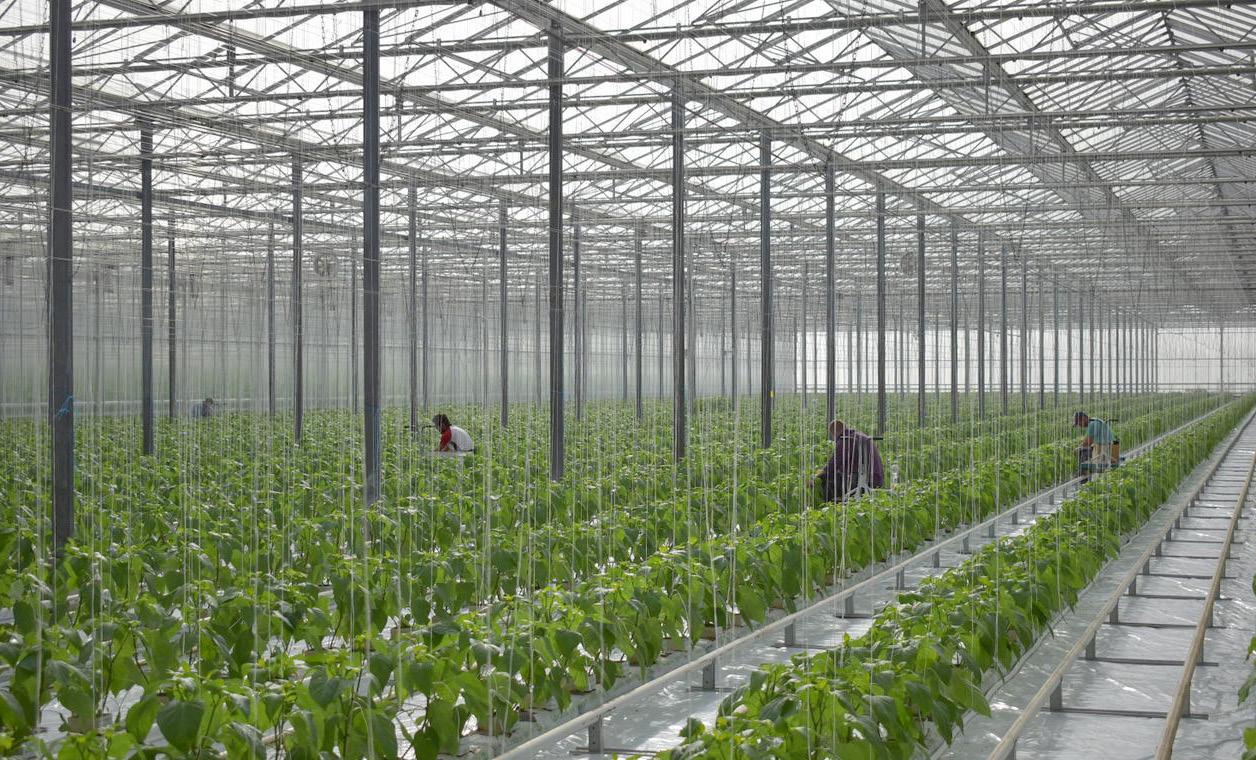
an association of all those growers in the region who have created a water supply system. The water is collected in several reservoirs. As soon as there are bottlenecks, for example in July/August, additional water is purchased by the association.”
At the same time, he said, the Knoblauchsland often enjoys sufficient rainfall. “We need fewer chemical pesticides because of the advantages of the location. But it’s still important to make production as efficient as possible so that costs

are kept down accordingly. Even more so to enable us to compete with imported goods.”

“We work in a closed system here. This means that I actually give the plant more water and nutrients than it needs. But the excess will flow via the substrates and the gutters to tanks, where it can be temporarily stored and filtered. It will then be heated and recirculated. This means no nitrates will enter the groundwater, as we work independently of the soil.”
info@gemuesebau-hofmann.de



vation. That is a reality now with robots being built and increasingly seen. There is not truly large-scale robotic harvesting often yet, but the first of these machines seem to be well up to specific crop tasks. They assist greenhouse workers rather than replacing them outright. Breeding companies, too, can give robots a hand by developing varieties with, say, leaves that are less likely to hang awkwardly in front of the robot’s sensors or ‘eyes’.
Expensive energy, labour issues, and virus problems are daily discussions around the water cooler, in greenhouses, and in sector news. Growers are working on more energy-efficient cultivation and automation and are paying ever stricter attention to their growing locations’ hygiene. Breeders face the same challenges and are doing their best to meet those with new varieties.
Whenit comes to virus issues - with Tomato Brown Rugose Fruit Virus (ToBRFV) being the most problematicmore robust varieties are now available. These are tougher, thanks to the debate about the idea of resistance. But how should varieties be labelled? Intermediately Resistant (IR) or Highly Resistant (HR)? And what exactly does that mean? Opinions differ, especially about HR.
The fact is: breeding companies have succeeded in developing varieties that can better resist what is commonly known as the rugose virus. Many trials are underway, and more and more varieties are becoming available. Many growers are already commercially cultivating the first ToBRFV-adapted varieties in their greenhouses. However, the large segments and international varieties, sometimes inless high-tech crops in areas like the Mediterranean, are adapted first, with specialties following.
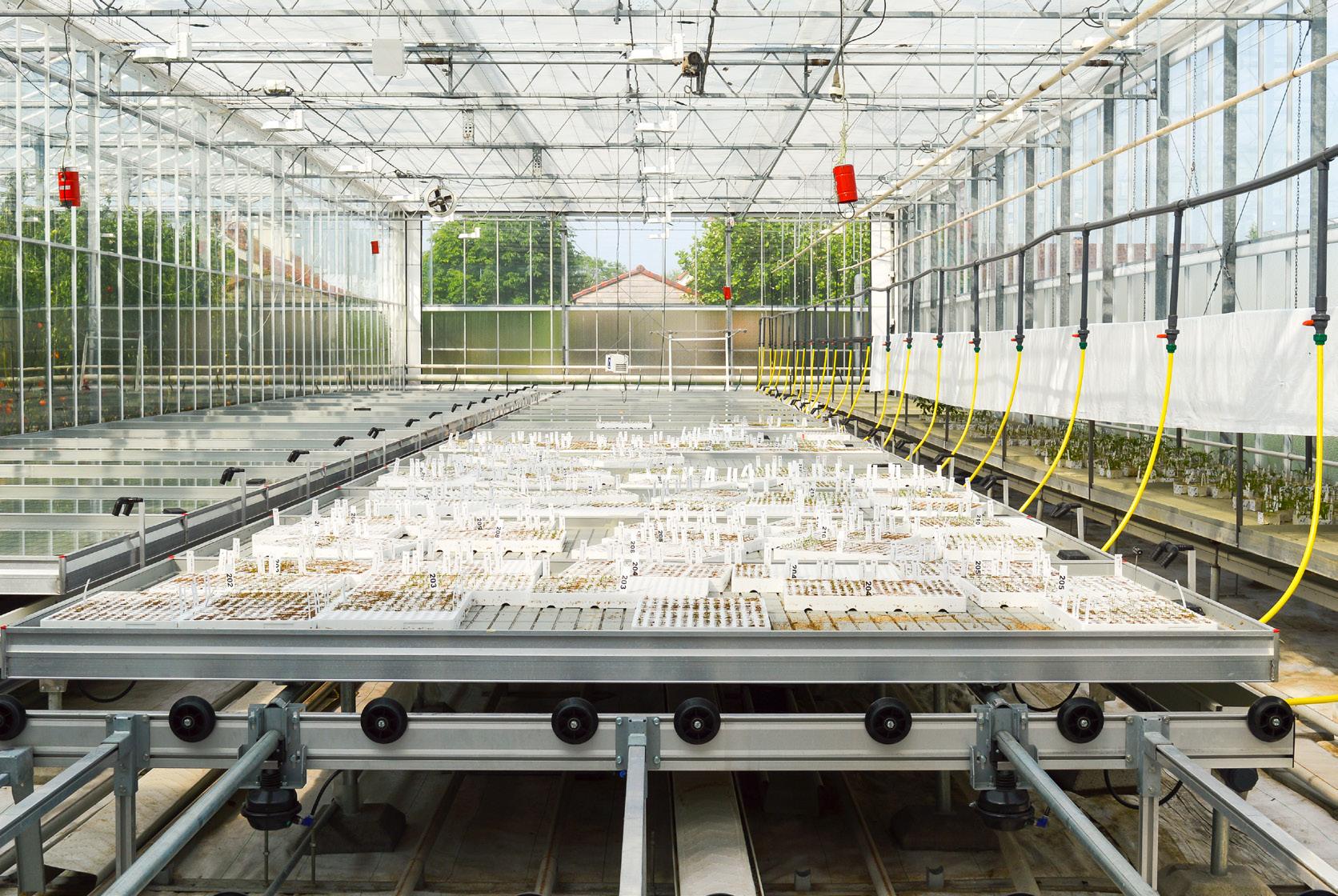
Breeding companies having these first varieties ready so soon after ToBRFV broke out in Belgium and the Netherlands is a feat in itself. You do not develop a new variety overnight; it takes years. Modern techniques speed up the process, but European breeders are prohibited from using CRISPR/Cas. This unique, Nobel prize-winning method is still under discussion.
Breeders are willing to use it; policymakers, not yet, although change seems to be coming. The breeding world has been fiercely lobbying for a change in European regulations. The European Commission should propose a legislation relaxation before the summer. The Dutch TV program Zembla dwelled on the issue in a broadcast on April 13.
While it may still be a while before CRISPR technology is truly introduced, robotics is becoming more established in culti-
Then there is the challenge of colder greenhouses, thanks to the energy crisis. That has been an ongoing topic of conversation since the fall of 2021. Due to the high electricity prices, far fewer greenhouses were heated. That, and the switch to LED lighting, has altered these structures’ climate, which often becomes more humid. Good resistance to mildew is thus required.
Early varieties are also coming into the picture (again) in various crops. Varieties going into production early despite lower temperatures mean growers can compete to get slightly better kilogram prices early in the spring. Or spread out labour peaks. In strawberries, that has led to an interest in ever-bearers. “We’re not eager for new varieties to be more labour-intensive,” one grower summed it up this spring.
Breeding companies keep their ear to the ground, which provides them with plenty of food for thought. This special will only cover some of those ideas. Breeding companies look beyond the current issues, which is why they can already offer varieties resistant to common problems and are undoubtedly ready to rapidly use new techniques. However, flavour and quality remain the crux, and this special primarily delves into that.

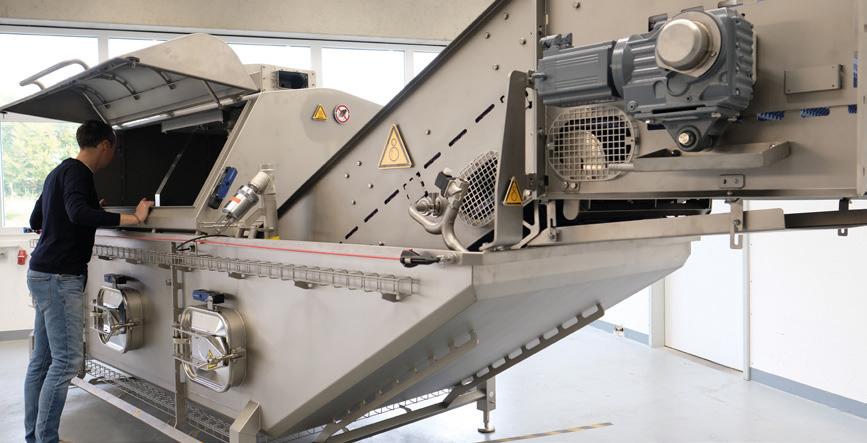
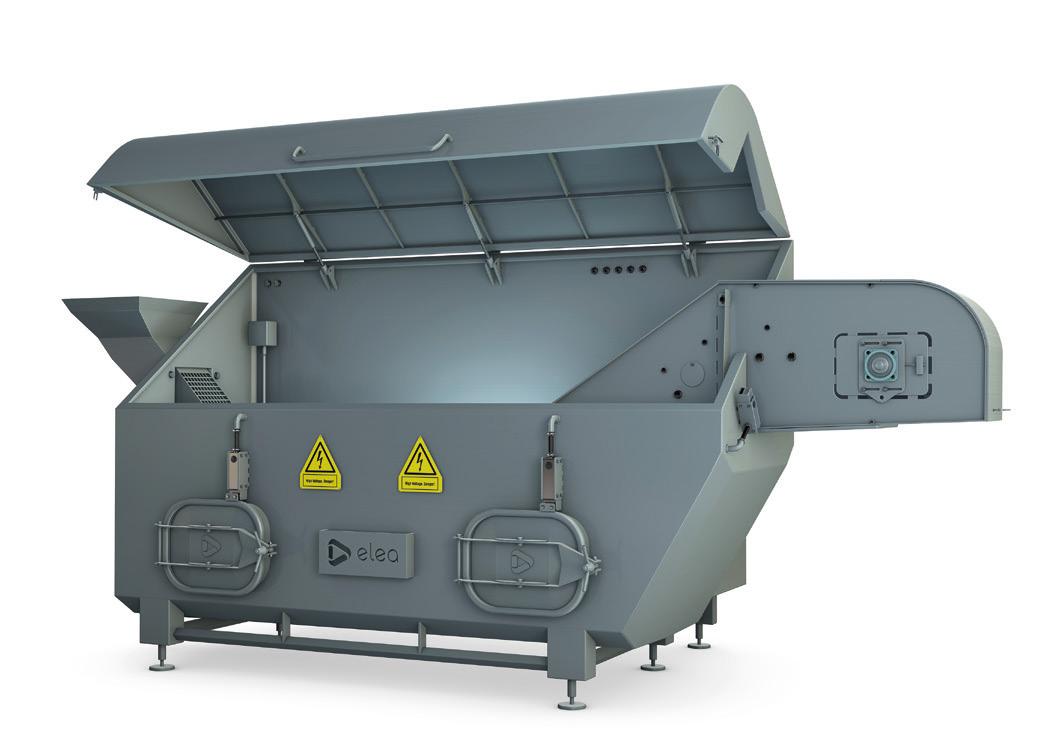
Enhance processing, reduces costs, increase yield, control colour, better cutting, new opportunities, reduce blanching time, and improve product quality.
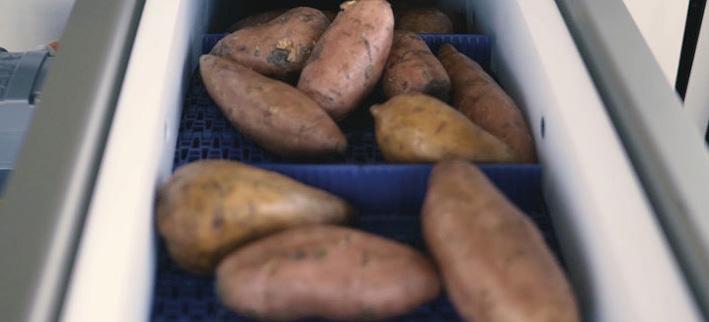
Gain greater control over your chip, fries and vegetable processing, improve product quality, save on energy and production costs with Elea PEF Advantage systems.
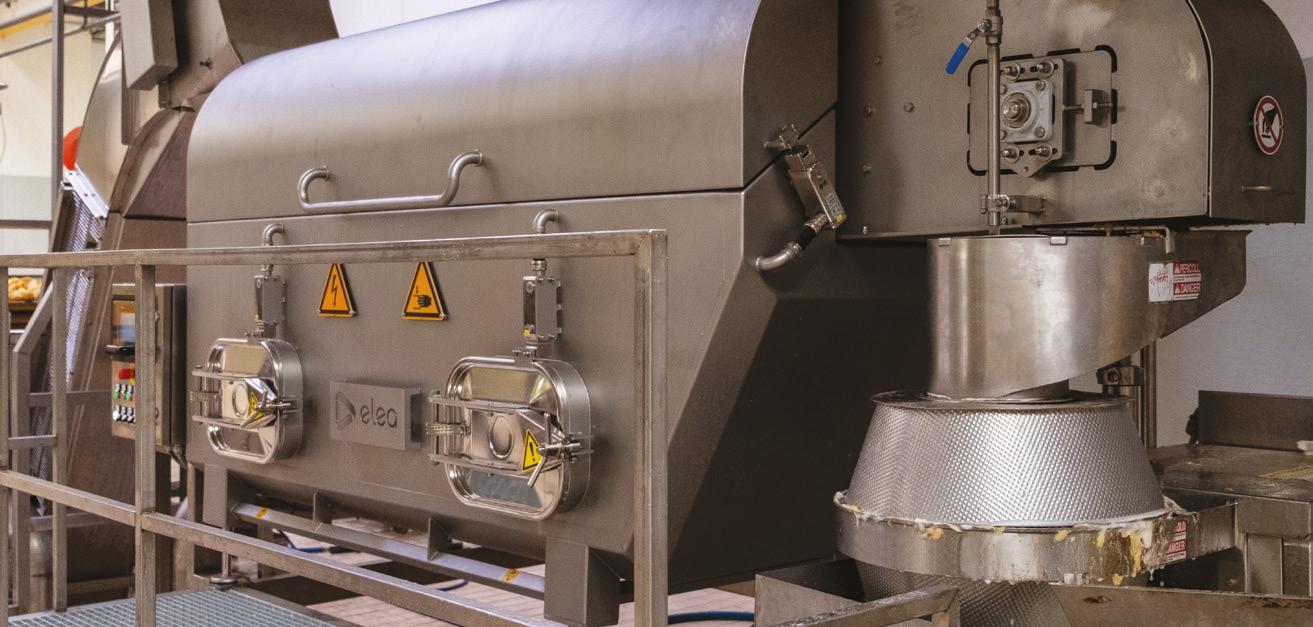


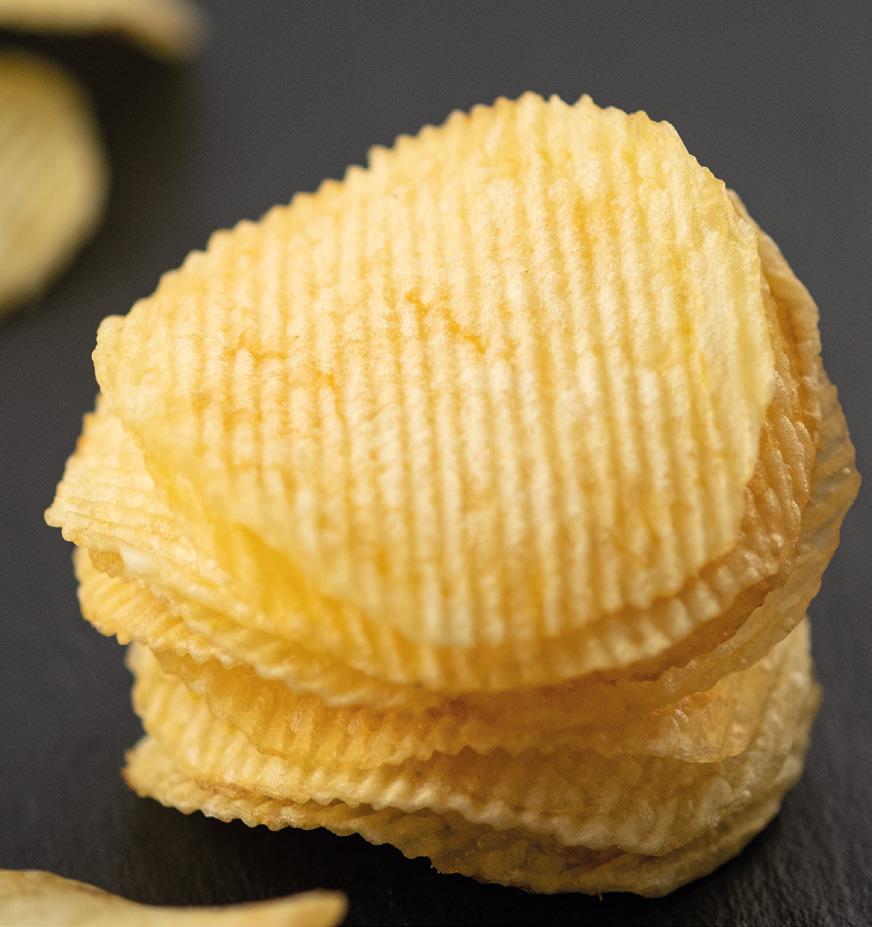
PEF gently opens the pores in the vegetable’s cell membrane, transforming the product’s structure. After treatment, the vegetable is smoother, softer, has better strength, flexibility and texture.

To book a 30 minute talk with a PEF expert, visit elea-technology.com
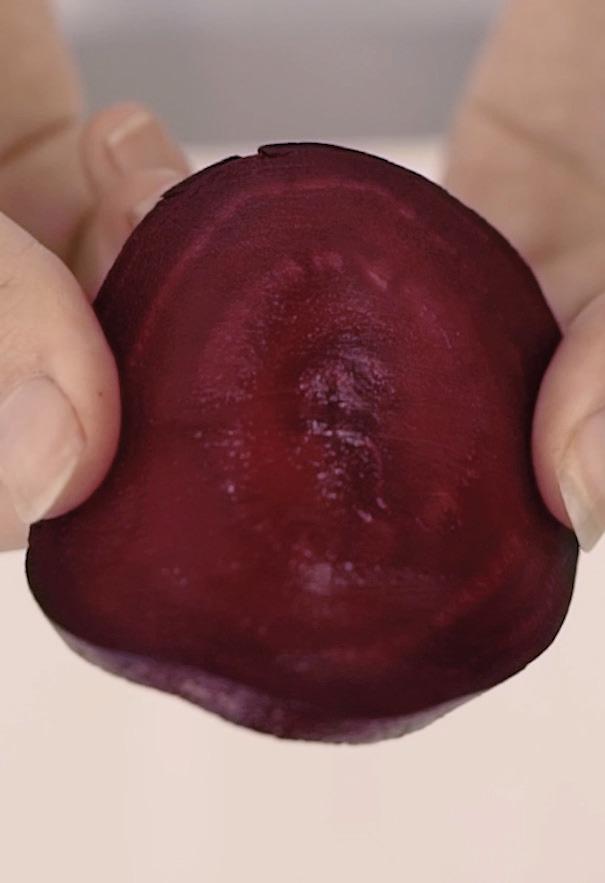
Of the ‘big’ greenhouse vegetables, aubergines are the least known. Certainly in northwestern Europe. Traditional purple aubergines are a ‘commodity’ for growers, just like vine tomatoes, English cucumbers, and block bell peppers. For large breeding companies, the situation is somewhat different. Many of the established names do not have a high-tech aubergine-focused breeding program.
Zwaan, thus, mainly breeds that variety in Turkey. “There, our breeders focus on what we call the long cylindrical variety.” Turkish aubergines are between 22 and 25 cm long, with a five to six-centimetre diameter, and are found “as far away as China.”
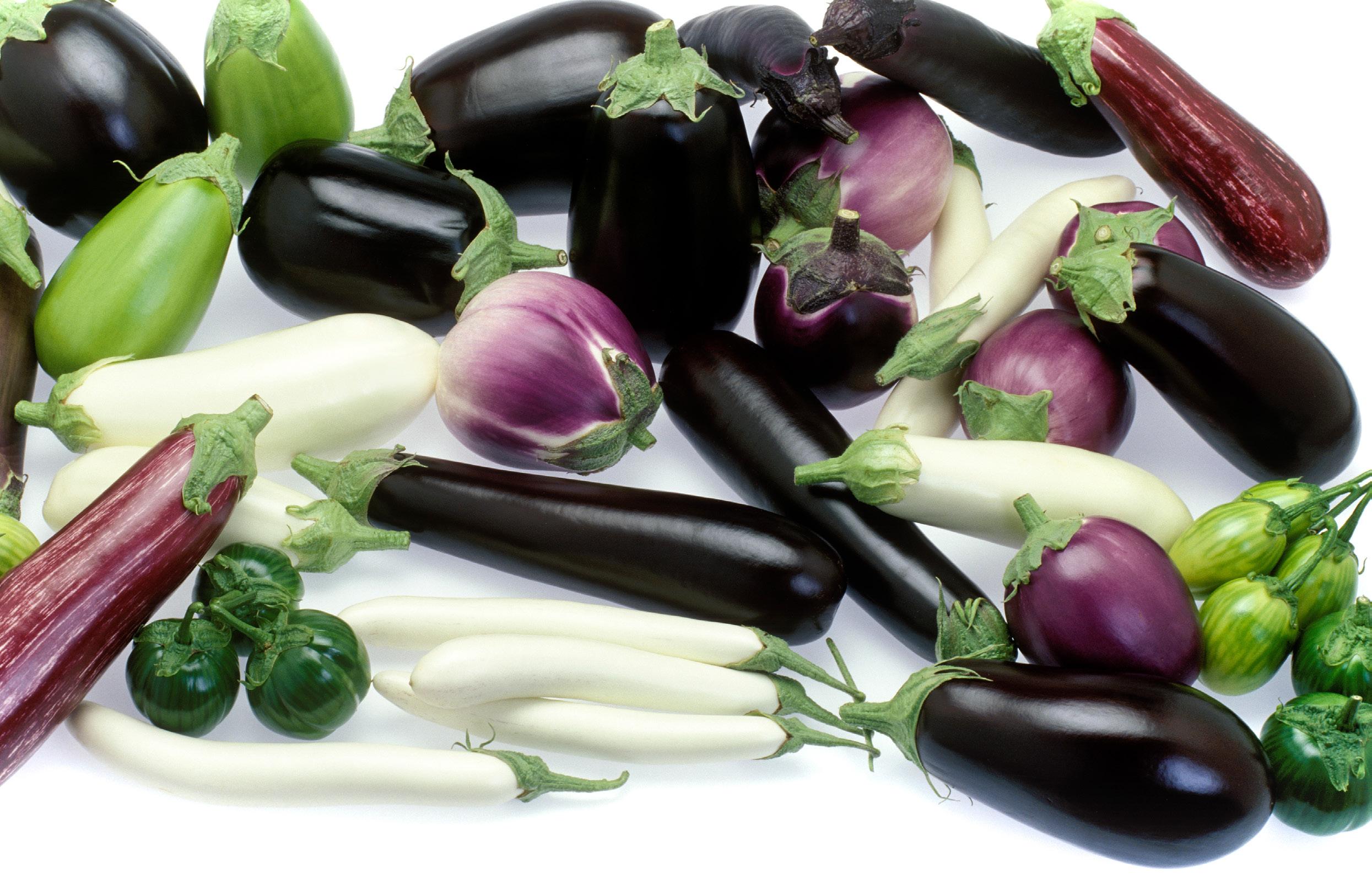
Zwaan does. Reason enough to visit its headquarters in the Netherlands to hear how the market is doing and what to expect regarding variety developments. Rijk Zwaan breeds aubergines in three locations. In addition to De Lier, where the breeding company’s head office is expanding, they also have sites in Spain and Turkey. Each has a breeder and focus area. In the Netherlands, that is, obviously, high-tech greenhouse cultivation in northwestern Europe.
“Here, we focus on the oval, black variety,” begins breeder Joep van den Enden. That is jargon for the ‘standard’ purple aubergine found at supermarkets or greengrocers. By far, most of the Dutch acreage -the CBS counts 132 hectares - is set up to grow this commodity variety. “I estimate more than 95%,” says Albert van Os, an aubergine and tomato crop specialist
who works closely with Joep. Specialties have been added to this familiar variety over the years, of which the purple and white Graffiti variety is the best known. But the range could be far more diverse. “Round, oval, skinnier or violet, white, and green coloured,” says Joep. The latter is common in countries like China. “European consumers, however, show no interest in those yet.”
In supermarkets, you will occasionally find a specialty alongside the familiar oval, black variety, or Turkish aubergines, well-known in certain regions. These, too, grow in Dutch greenhouses. “This cultivation, however, seems to be declining now that, because of old glass recovery, fewer greenhouses suitable for this crop remain,” Joep explains. Turkish aubergines are one of the products that always grew in those glass greenhouses. Rijk
Aubergines have recently become increasingly familiar and popular. Thanks to marketing campaigns, more consumers are getting to know this vegetable. Rijk Zwaan provides inspiring recipes - of which there are nearly 70 for aubergines - on its ‘Love My Salad’ website. “Aubergine demand is rising,” Albert points out. “Especially slightly younger people are getting to know aubergines, for example, as a meat substitute.” These fits that trend well, and since Albert started focusing on this vegetable five years back, demand has been on an upward trend. “It’s not rising linearly, but gradually,” he says.
Growers welcome this growth and focus primarily on both quality and yield. For this, Rijk Zwaan offers them, among other things, the widely cultivated Tracey RZ and Beyonce RZ varieties. But are shop-
pers aware of the kind of aubergines? Probably not. It is hard to distinguish aubergines. There are no true brands, with growers’ aubergines arriving in a proverbial pile before reaching shelves. “When I buy, I consider which variety and grower,” Joep says with a smile. “I notice the different varieties. Call it an occupational hazard.” This winter, he came across CleanLeaf®, a new concept Rijk Zwaan introduced in Spain in the winter of 2020-2021. These aubergines have no hairy leaves and stems.
Albert: “That makes it more pleasant, especially for the people who have to cut them.” Again, the question is whether consumers notice that, and again, Joep thinks, not really, though he did. “I immediately sent a picture to colleagues in Spain,” he admits. In the Netherlands, this breed feature has yet to be introduced. “We’re working on it.” Joep gives another example of an outward change. “Our aubergines had a slightly larger calyx five, ten years ago. That happened at the turn of the century too. If you’re attentive to them, you notice those small changes,” he says. Purple stayed purple, though, right? “Yes, although sometimes one variety’s
been slightly lighter than another. For us, uniformity is also especially important.”
Breeders can only introduce a new variety once they succeed in adding something new to varieties without sacrificing other traits. “Growers won’t introduce a new variety if, say, its leaves are no longer hairy, but production is lower than their current variety. As breeders, we, therefore, always consider added value for growers,” Albert says. Developments such as lighting or automation are considered in the same way.
Rijk Zwaan keeps a close eye on both these developments, including for aubergine breeding. These factors have, however, not yet been fully adopted in cultivation. Joep: “It’s still too soon to breed special varieties that can be grown under lights. Should I get asked to develop such a variety, I’d have many questions, like whether it would be cultivated under HPS or LED. There are still too many unknowns. But, in breeding, you take the long view, so we follow developments closely.”
Rijk Zwaan has a clear vision about what standards aubergines must meet, but they

nonetheless listen to growers’ questions and needs. Energy use is an even more current development that Rijk Zwaan has been paying particular attention to for years. “The varieties we introduce have to score well on how labour-intensive they are and how much energy they take to grow. Twenty years ago, growers could genuinely accelerate cultivation with heating.”
“But even back then, we didn’t heat the crops we were growing. We deliberately choose to grow under mild temperatures. The variety selections that stand out then, speed and quality-wise, do well in growers’ warmer greenhouse, too,” Joep concludes. And that goes without saying further down the chain. No new introduction without improved shelf life, uniformity, quality, and production.
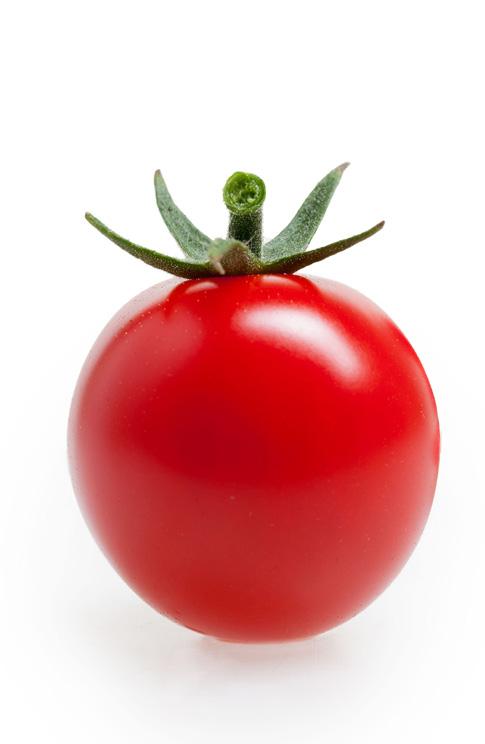
In the Netherlands, the Juanita is an unmissable variety in the premium mini cherry vine tomato segment. This De Ruiter/Bayer Vegetable Seeds variety has been on the market for over 20 years. And successfully. You can find it, by name, in stores. That does not happen often and proves that Juanita occupies a valued permanent place, also with growers, including Gardener’s Pride. This Dutch cultivation company is currently testing ‘a new Juanita’.
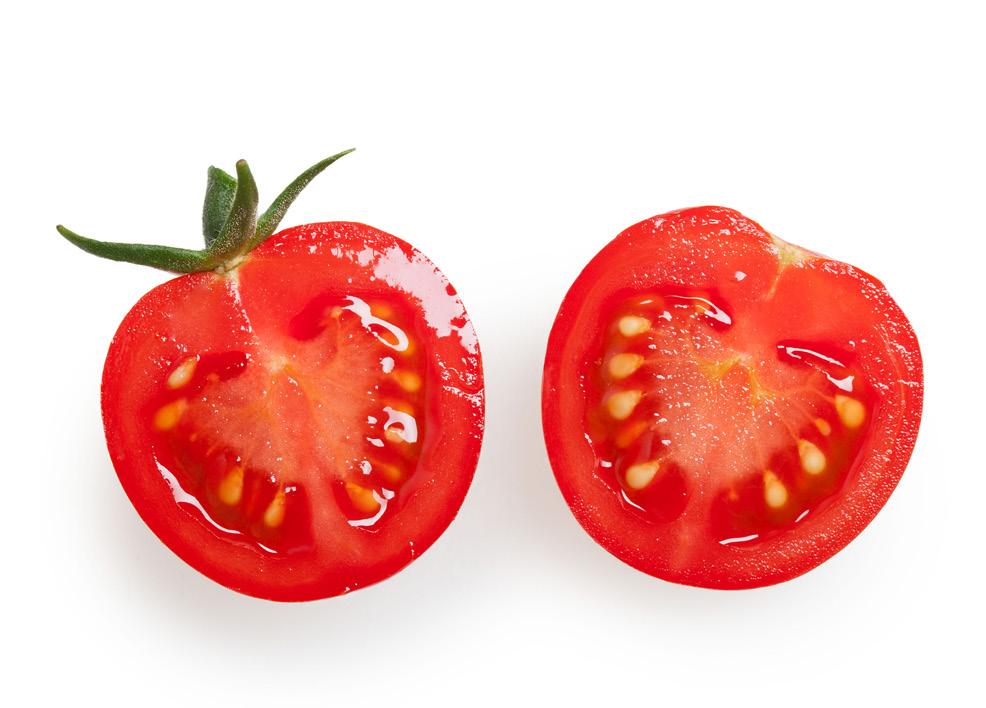

“We’ve always grown Juanita in Friesland,” begins grower Marco van Overbeek. This year marks exactly 20 years since the Van Overbeek family moved from Portugal to the Netherlands. Today they grow tomatoes in Friesland and Drenthe and, since 2019, cucumbers, too, at the request of cooperation partners Bakker Barendrecht and Albert Heijn (AH). Juanita is one of the tomato varieties Gardener’s Pride supplies to AH supermarkets.
Its lovely, shiny fruit and green parts make it distinctive, says Marco. And, of course, its good flavour. Breeders are working on improving that, resulting, this year, in a field trial of a pre-commercial variety. The grower and Bayer are
both excited about its improved characteristics. “It will most likely be introduced next year,” says Brenda van Diejen, Trade Partnership Specialist at Bayer.
“Appearance-wise, I don’t think this segment’s ever had a better variety. The Juanita really stands out,” adds Marco, who expects this new pre-commercial variety to step up in flavour. “It has a slightly higher Brix level, so it’s a bit sweeter. Also, this variety should be slightly more stable over the year. The current Juanita fluctuates a little at certain times.” He harvested for two weeks in early April after planting in December, but at the time of writing couldn’t say much yet. “So far, it
looks good.” He can only take stock at the end of harvesting. “Sometimes, along the way, a variety proves to be somewhat more prone to cracking after all. Or tastes worse than the current variety or has a lesser shelf life,” Marco continues.
De Ruiter, the Dutch breeding company, does not just test any variety. After internal testing, they now want growers to experience what is possible with ‘the new Juanita’. A new variety like this must be at least equal to, and preferably better than, the current variety in all aspects. “We particularly consider the possibility of growers having year-round stable delivery,” says a company representative. For the new pre-commercial variety, that means a fruit weight of between 11 and 14 grams, a diameter of 27-31 millimetres, and a Brix level of eight to ten.
As a grower, Marco keeps a close eye on variety development. “We cannot afford to stagnate, especially in the premium segment.” If he wants to test new varieties, Marco, who belongs to the Oxin Growers Association, consults his partners mentioned above. He points out that Albert Heijn finds offering a distinctive mini cherry vine tomato variety important. Marco’s sells his tomatoes exclusively to this Dutch chain of supermarkets— even this winter. “We cultivate tomatoes under lights. Just not this new variety yet,” Marco confirms, adding that, especially this winter, the importance of flavour and quality was proved once again. “Replacing local winter crops with imported tomatoes is tricky. But if we do lit cultivation in the Netherlands, the product must be truly distinctive.”
This winter, Gardener’s Pride switched its packaging from flow packs to top seals. “That’s different packaging which means different-sized tomatoes. In cultivation, we pay close attention to that in our pruning schedule. We want uniform, short bunches, something with which new varieties must comply. A new variety mustn’t be a step backward,” Marco insists. He also considers the cost price. Tastier, bet-
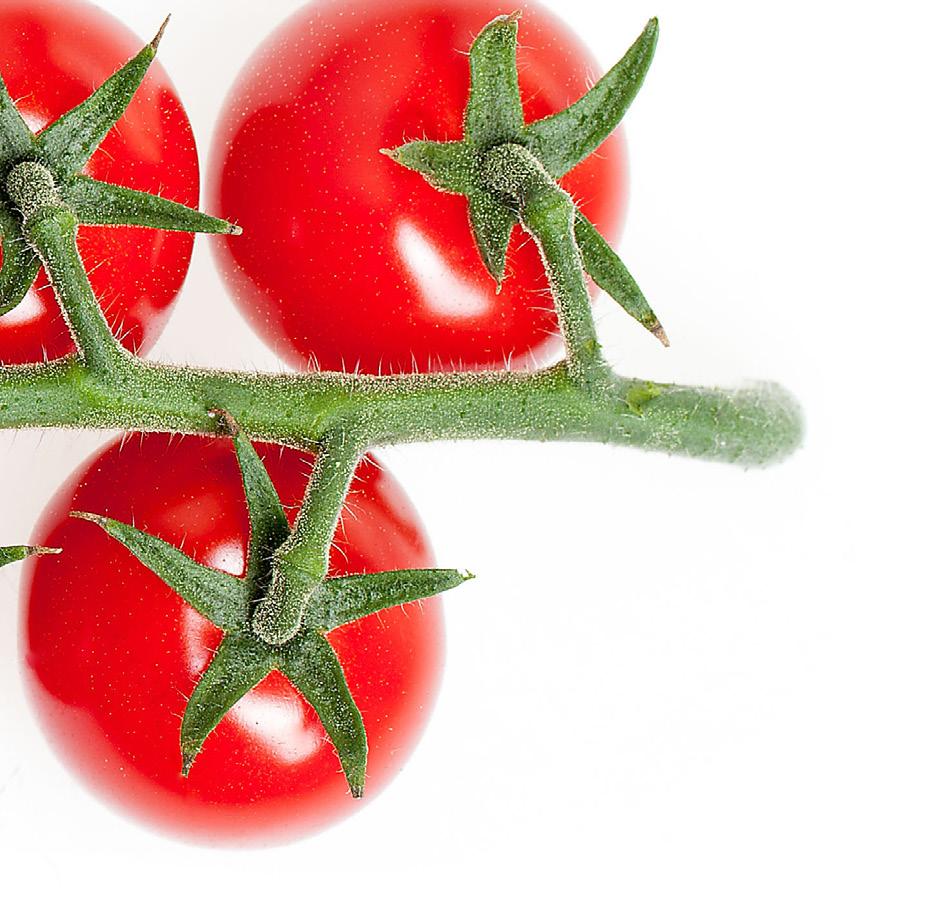

ter-quality tomatoes must also be easy to grow, Brenda agrees. “Cultivation-wise, we think this new variety is an improvement. We listened to the growers’ wishes.”
That means, for example, a new variety should not require more labour. That could drive up the cost price, and in times of inflation, that is especially undesirable in the more expensive segment. “There are fewer and fewer packages in this segment. Pushing up the price of something that’s already slightly pricier? I don’t see that happening,” she admits. Nico van Vliet, Global Value Chain Development Lead at Bayer, confirms this trend: “The European snack tomato acreage should keep growing this year, but will probably stagnant somewhat in terms of premium.”
Fortunately, Juanita is well-established and has proved it can stand its ground. This year, five growers in the Netherlands and Belgium are growing Juanita together. The breeding company is doing its best to make the variety even better known via, for instance, ‘flavour stories’. “These

were developed for snack tomato diversification. Unique storytelling has, as we know, already been successfully used in wine and coffee category management,” says Nico.
“We want to do the same for tomatoes. Combined with Juanita’s unique look and fine sorting, this will hold current Juanita consumers’ attention and attract new potential ones.” Brenda, who joined Nico as Trade Partnership Specialist in April this year, thinks so too. She used to be the tomato and cucumber Account Manager for the Netherlands. In her new role, she will share new variety developments, such as with Juanita, less in the greenhouse and more on the chain’s trade and sales side. The focus, she concludes, remains: “Continuous development.”
marco@tastyloyalty.com

brenda.vandiejen@bayer.com nico.vanvliet@bayer.com





































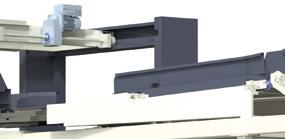
















In the Netherlands, FruitMasters waved a final goodbye to its auction in late December. Then, in early 2023, they won the two Industry Distribution Trophies. That reflects the shift from a marketing organization to a chain partner, which started long ago.
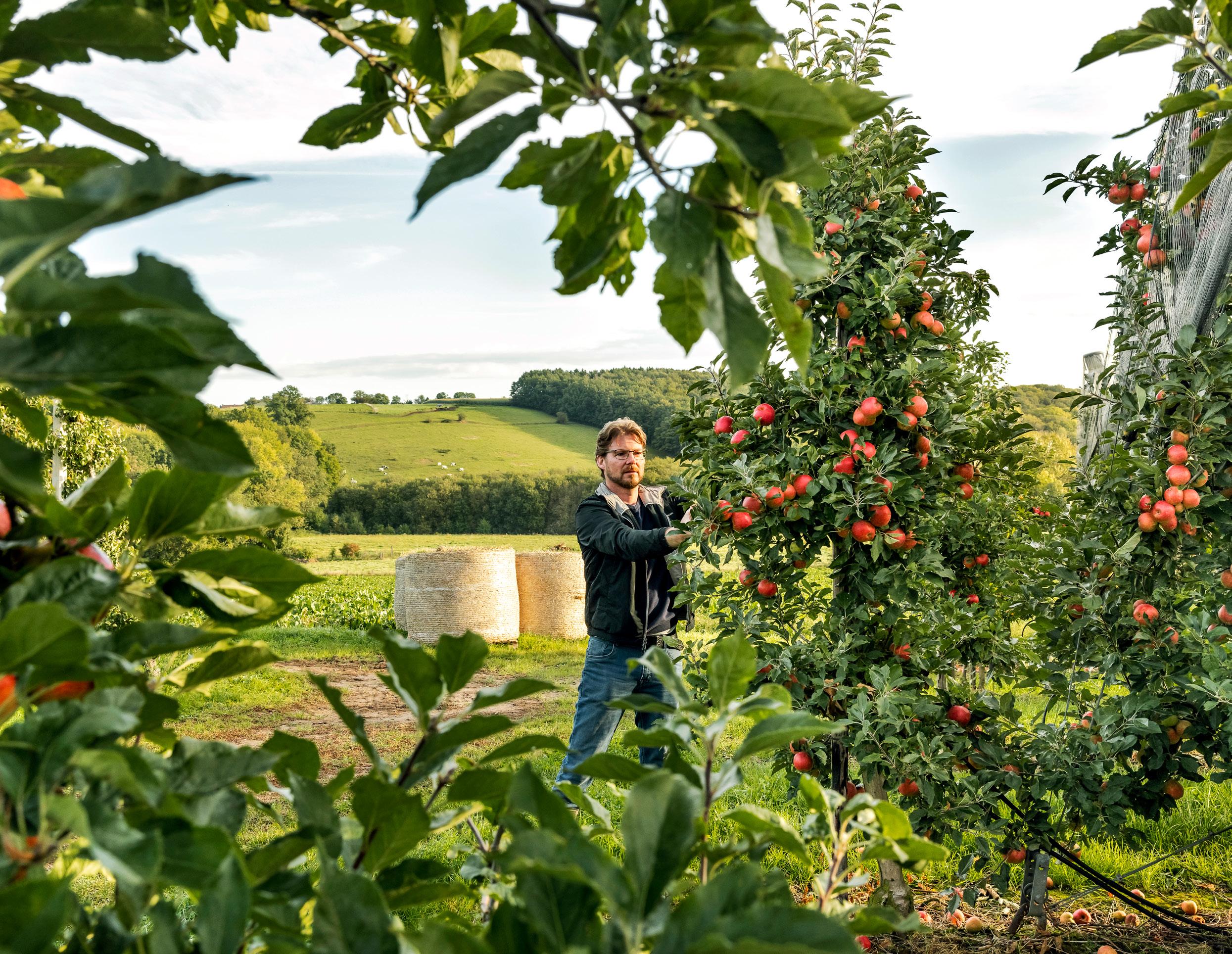
These two significant events happening so close together almost make it seem like the Industry Distribution Trophies replaced the auction clock. However, it was a logical consequence and confirmation of the course set to understand retailers and store dynamics as well as possible. “Winning the Industry Distribution Trophy is an appreciation for the past as well as a future incentive,” begins Adriaan Vis, the cooperative’s commercial director.
“Cooperation is the best way for FruitMasters to grow. Retail is our biggest market, and collaboration is becoming increasingly important there. The Industry Distribution Trophies were in the Private Label Fresh category and Private Label Overall category, which includes Dry Goods. We’re enormously proud of that.
It proves our stable cooperative’s vision is on the right track. The fact that we’ve been around for 118 years shows we make good choices.”
They held their last official auction on December 23, 2022. It was, undoubtedly, an emotional moment, for their loyal buyers, but for FruitMasters too. “It feels like you’re pulling up FruitMasters’ roots. However, the auction was playing an increasingly limited role. Of our growers, 95% work according to programs, while the market uses auction prices to set prices. That’s confusing. And day trading is not disappearing from the region. Buyers can also still visit our wholesale division every day. Also, we want to intensify our long-term relationships with retail, from growers to customers, and further expand our chain concepts like club
varieties. We’re, thus, facing some major changes and, in the coming year, will also invest heavily in expansion and modernization,” says Adriaan.
Here, he is referring to FruitMasters’ master plan. Next year, they will begin constructing a new high-rise warehouse and top fruit packing plant and add a floor to the soft fruit packaging facility. That means all operations surrounding box logistics, sorting, and packing will be further automated, robotized, and centralized. Once completed, they intend to sort and package 85 million kg of apples annually. The soft fruit packing plant needs to be expanded to meet the increasing demand for this fruit. Construction will take about 16 months and should be finalized in the fourth quarter of 2024. This activity means FruitMasters has rejoined the Dutch CMO, and since this new building will meet the highest BREEAM sustainability requirements, they could get an 80% CMO grant.
“Winning this award proves our stable cooperative’s vision is on the right track”
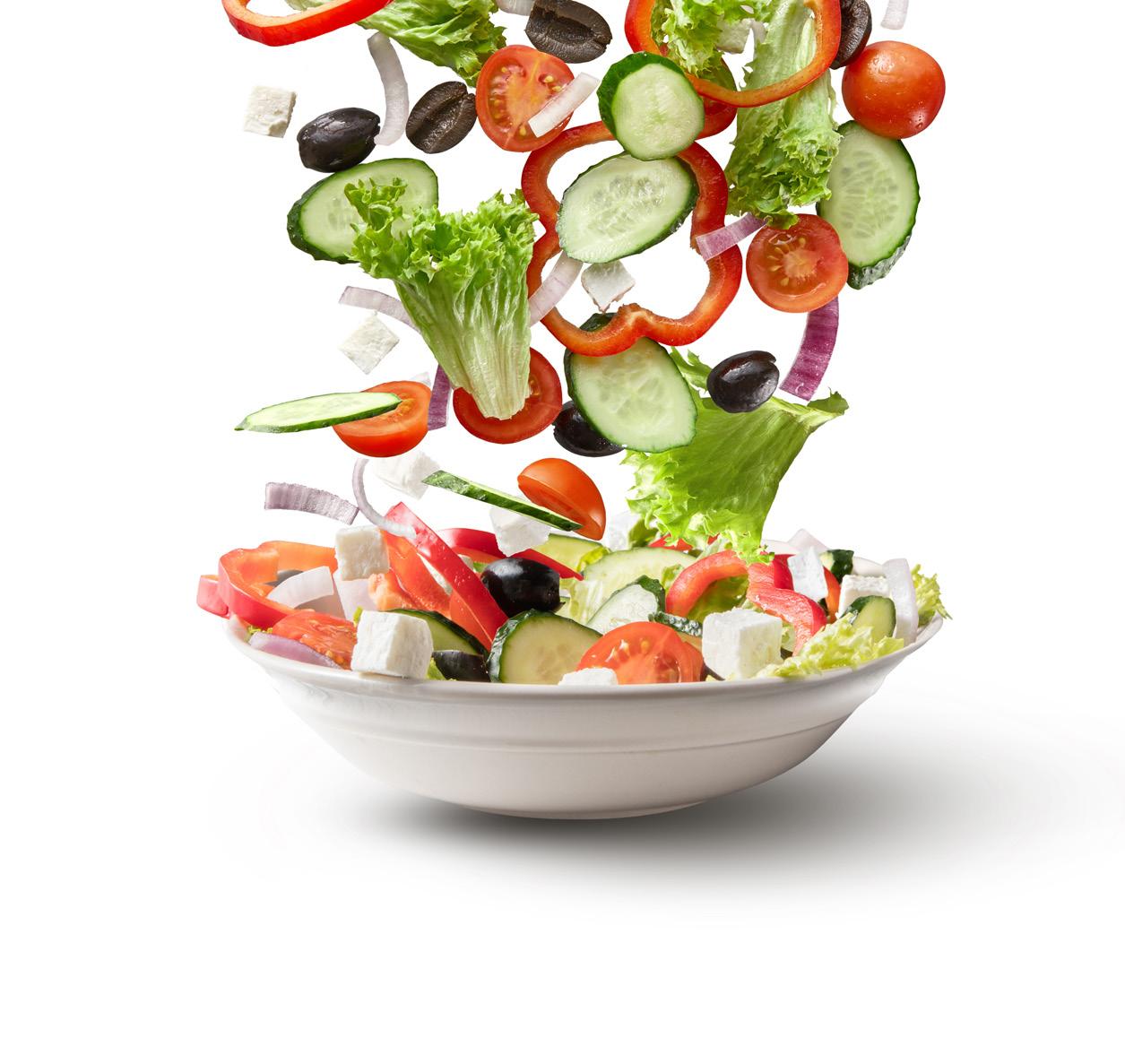
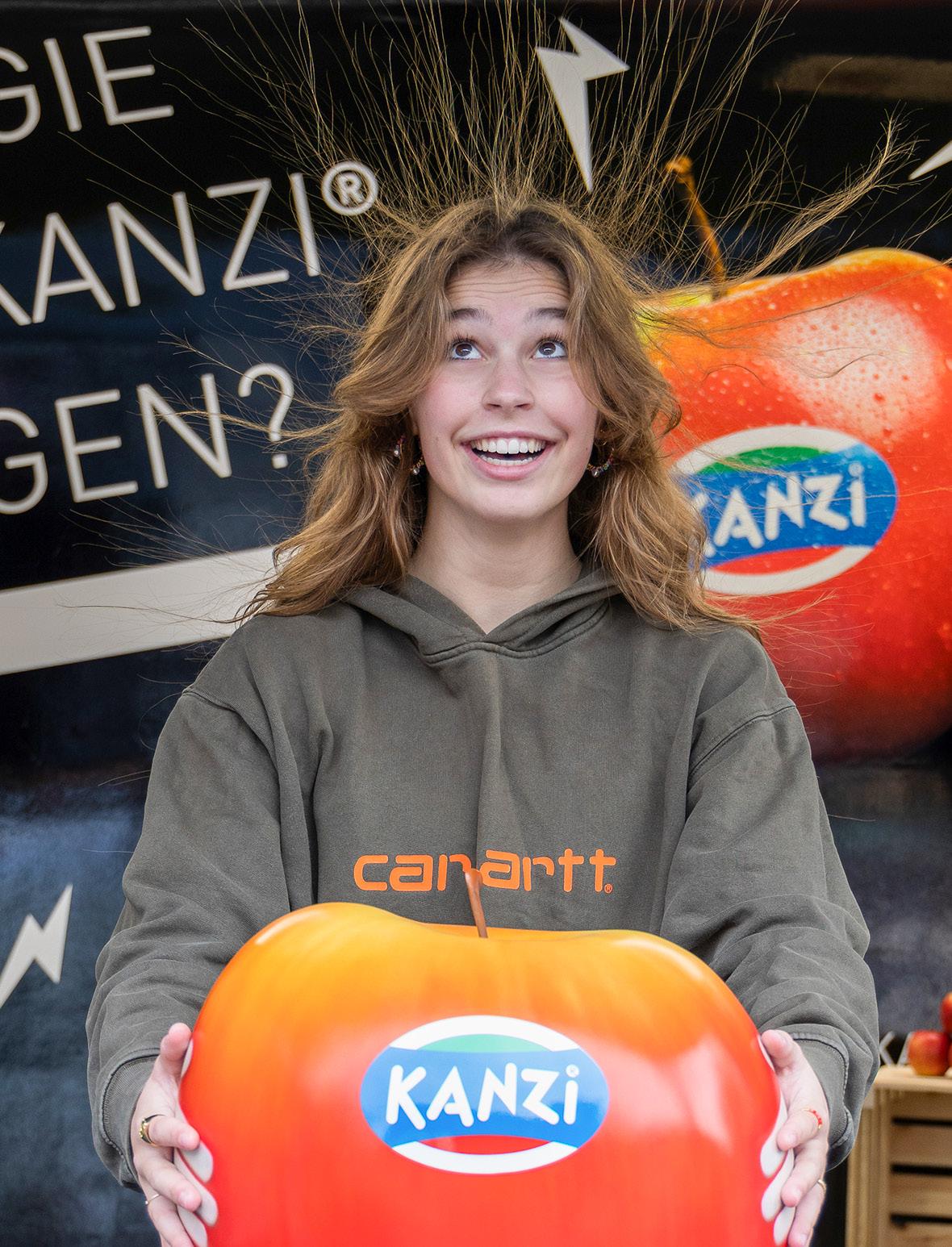
In a survey before the Industry Distribution Trophies awards, retail buyers rate competing companies in three areas: account management, relationship man-
agement, and supply chain. FruitMasters scored the best in account management (they jumped from tenth to first place) and relationship management (up one
spot from second place). In Supply Chain Management, they remain in fifth position. “That’s where we can gain the most and why we’re investing the most ever in

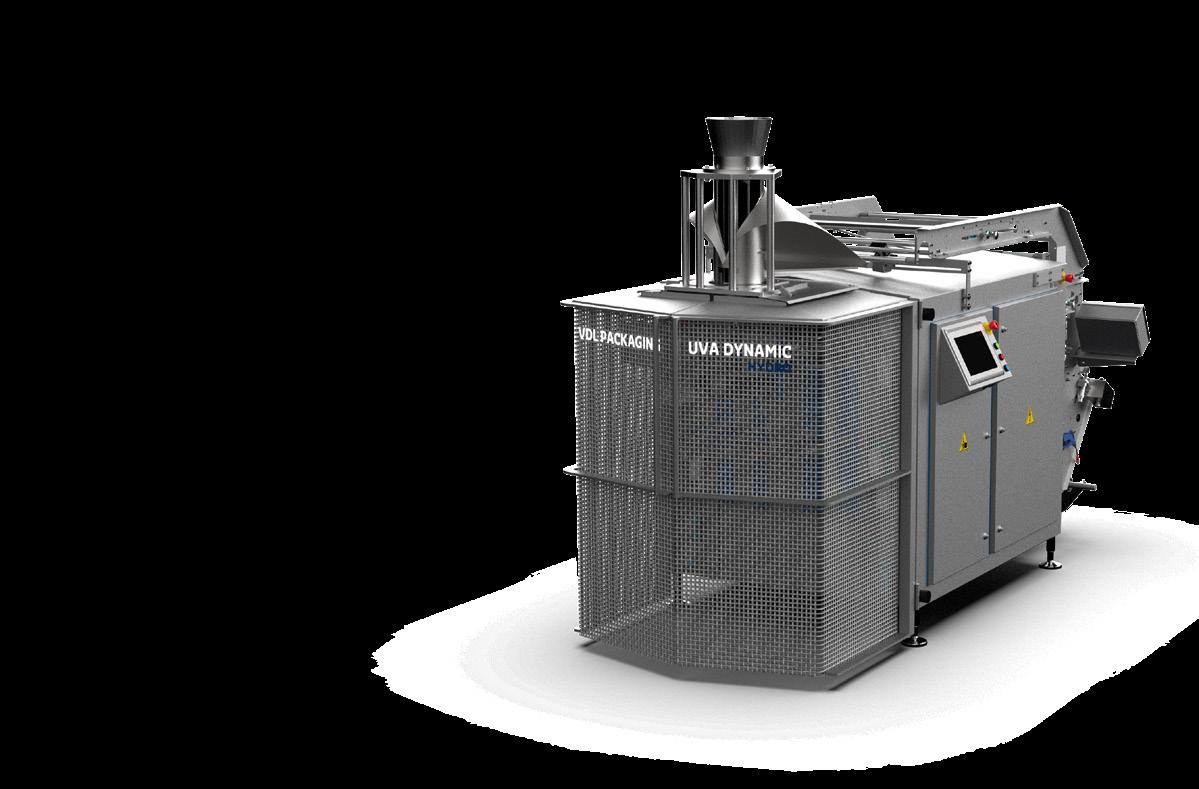
CREATING

PACKAGING OF THE FUTURE
RECYCLE, REDUCE AND REUSE OUR VFFS MACHINES ARE READY TO MAKE CREATIVE PACKAGING WITH SUSTAINABLE FILM MATERIAL
our company’s history in our main location.”
“It’s in the heart of the Betuwe, the Netherlands’ top fruit-growing region. We don’t want to build the biggest, most beautiful building. No, we want to create an optimal way to maximize our growers’ fruit’s value and optimally meet all those retail customer-specific requirements. Then you must have a location with the latest automation, robotization, data, and sustainability technology. That’s the only way we can keep up in Europe regarding efficiency and, therefore, costs. There’s still no level playing field for that, so it remains a hot topic in our sector,” Adriaan admits.
FruitMasters is especially proud that they won the overall Private Label Trophy. In

these ever-changing times, retailers consider a secure supply vital. To manage that as a fresh produce supplier is an outstanding achievement. “Availability was an issue that came up with all suppliers. All sorts of things, the war and the energy crisis for instance, are putting that under pressure at all suppliers. And we have to deal with the fickle weather and increasingly strict cultivation regulations.” Vis points out that FruitMasters growers’ regional distribution plays a crucial role in supplying products year-round directly from the source.
“We have a stable group of 400 members, making us one big family business, so to speak. Our growers are spread across the Netherlands and differ in company, size, and product. That lets us better match supply and demand so we can add value. FruitMasters can ‘order pick’ from those
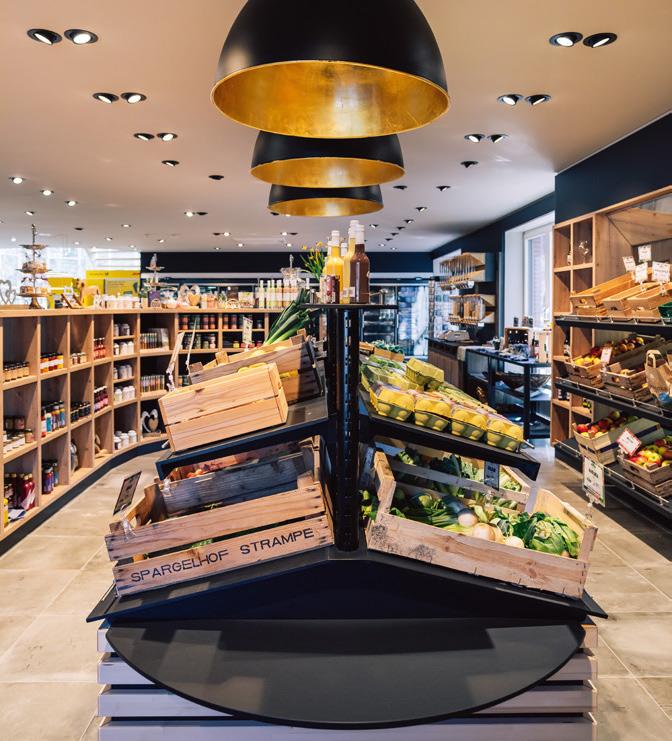
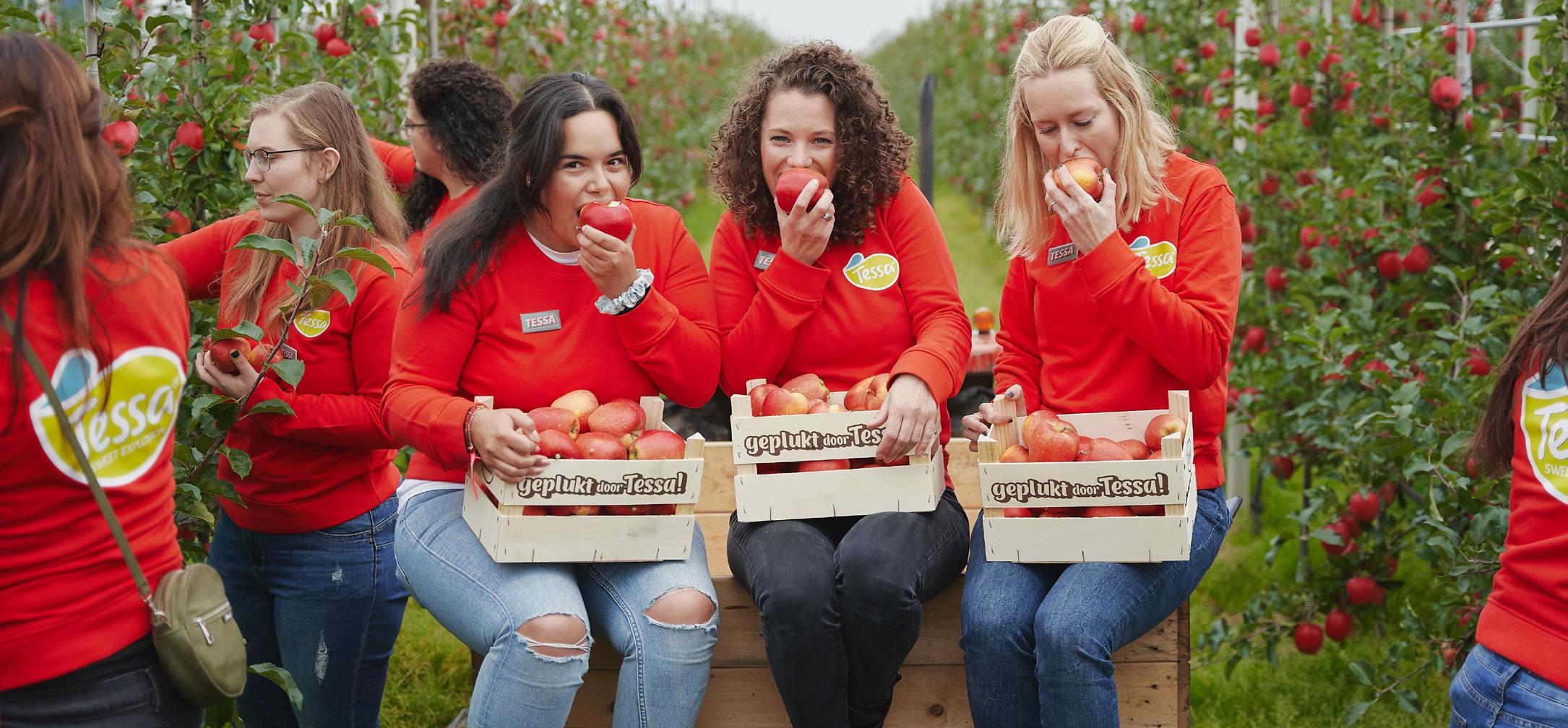
plots, customer-specifically, as it were. The geographical spread allows for things like accommodating varying availability due to weather extremes,” he explains.

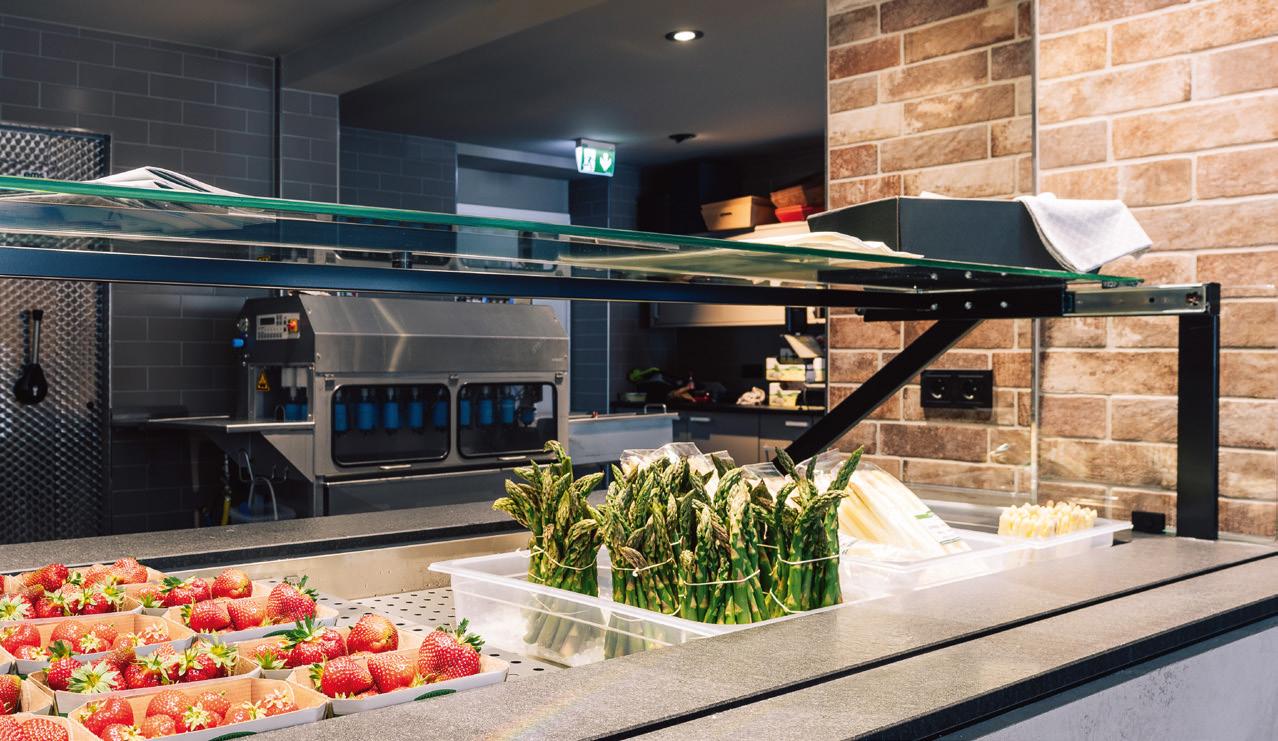
FruitMasters maintains good ties with various retailers and other kinds of clients, and that, too, adds value. “Our different types of customers seem like they should get in each other’s way, but they don’t; they actually sustain one another. Formulas give us the specifications that, say, apples must meet regarding volume, colour, and size range. Retailers like working with contracts, but sometimes predictions don’t pan out. Then a broad network is essential. Suppose a buyer says they’ll need 100 of something but end up needing only 80.”
“We then have to ensure we can market the remaining 20 items. We have to do that for our growers and the customer who initially wanted the 100. By doing so, we solve all their problems. Plus, it could benefit a different client; 20 of that item is then available for them. You can only win at the game of supply and demand if you have a spread of local and overseas buyers. That’s why we’ll always try to maintain that spread in a long-term cooperation and, over the years, that’s proved successful,” says Adriaan.
Hans Sengers, FruitMasters’ Retail commercial manager, adds that there are even more players in this. “Most of what we market is for direct consumption, and in this, aside from retailers, we also need the food service sector, greengrocers, and market vendors. We, thus, add value in four ways and try to maximize all our growers’ fruits’ value. What we can’t sell as, for example, consumption apples, can be processed as an ingredient by the industry. Think of juice suppliers, but also, for example, KANZI® Quark. That was introduced to not only add even more value to Kanzi apples but also to tap into new categories with the now-familiar Kanzi brand. These initiatives are needed to maximize the value of all the grower’s fruit, and we’re fully committed to that,” he says.
Retailers play a vital role in market demand. They know better than anyone what consumers’ buying considerations are and see the developments and trends regarding things like flavour and packaging. FruitMasters sees an increasing demand for club varieties. “Retail formulas want to be clearly distinguished from one other. On the shelves, our brand-driven varieties can do that. For instance, you can find our SunSpark at Jumbo stores


and Morgana® at Superunie members. We try to find a helpful solution for every supermarket formula. It also gives retailers a chance to trade up shoppers. You, thus, create value for both retailers and growers. Club varieties cannot be grown and sold at every turn, so it is better for the cake to be divided, and better quality ensured.”
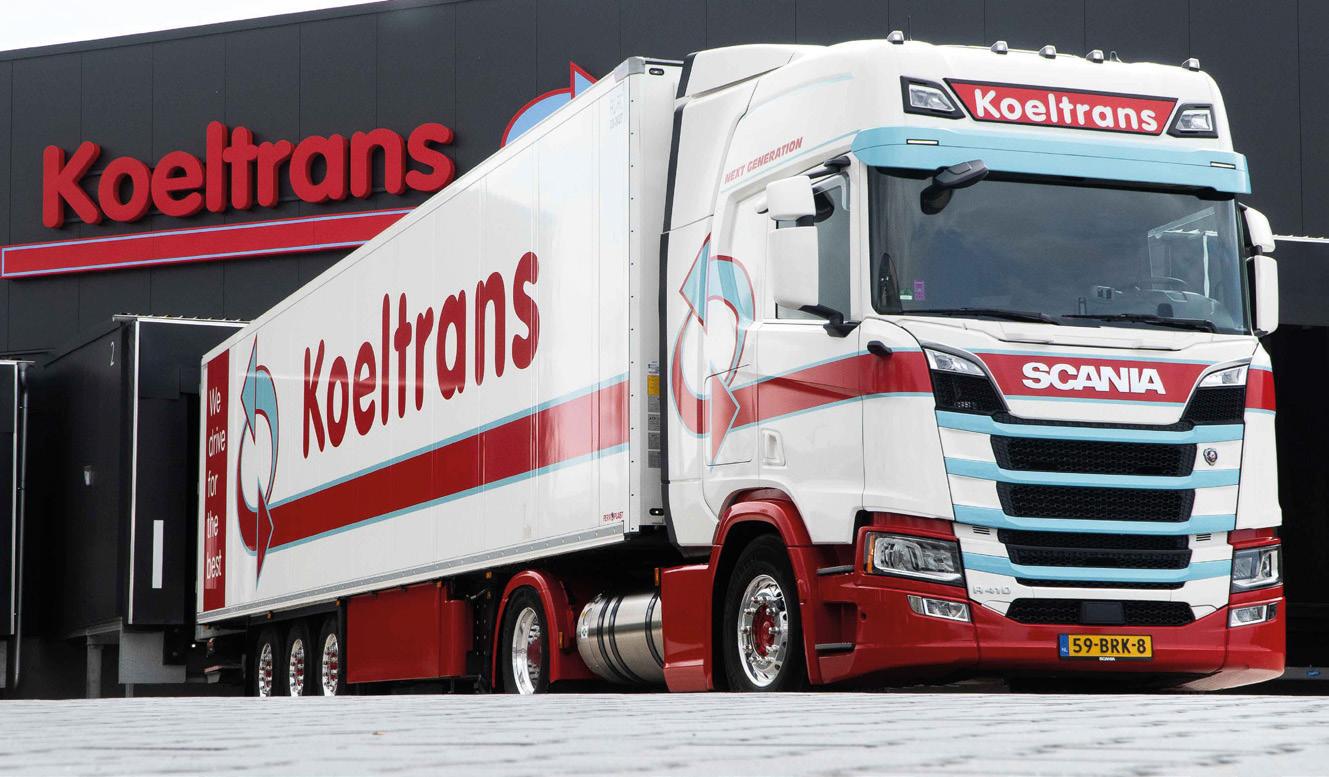
Club varieties are not only distinctive and better value, they meet future consumer demand too, Hans continues. “You can’t just dismiss Elstar. But take Jonagold, a fine apple. People’s taste profiles have changed, so this variety has fallen out of favour. Or think of the use and eating habits we’ve addressed with Migo® pears.
You can eat these like apples - on the go -and don’t end up with juice dripping down your chin. These are all things present and future consumers demand and which we want to accommodate,” he says.
The apple segment faces particularly fierce competition from overseas and within Europe. But, there is a trend toward local produce. FruitMasters’ club varieties are an answer to that, too. “Local for us is the Netherlands. We have a Dutch alternative available in all apple flavour and colour segments. I think you could fill 95% of the shelf with that. Whether that will be achieved is a question of consumer awareness. We’ve managed to mar-
ket Kanzi well and are working hard to increase awareness of the Tessa® brand.”
“The same goes for Morgana® and SunSpark. High-quality, eye-catching packaging emphasizes flavour and quality. Powerful brand campaigns on, say, bus shelters, the radio, and social media support this marketing. Plus, supermarkets are stages. So, we help them with category management, store floor promotions, and sales support materials. But ultimately, of course, they choose what to sell,” Hans explains.
These close partnerships with retailers and growing products that are recognized in stores give growers better sales market insight and consumer connection. “Growers do their utmost all week to deliver the best products and are proud to see them in stores. That was clearly noticeable when we won the Industry Distribution Trophy. It’s a feather in their caps too, and winning it was only possible thanks to their daily efforts.”
Consolidation is giving retailers an ever-stronger purchasing position, but it is becoming increasingly clear that they must focus on more than just their performance. Since the 2020 edition, the Industry Distribution Survey has been zooming in on chain cooperation, looking at how much collaboration retailers seek with their chain partners and what they contribute to chain transparency. Generally, chain cooperation rating is on the rise.
Are things moving toward a situation where each kg will fetch a fair price? “I dare say the retail sector is brainstorming this. Considering total pricing, it’s still a question of supply and demand. We try to get the maximum for growers but don’t forget; we need retailers to sell grower volumes. We cannot want unattainable market prices. Shelf pricing determines consumer buying behaviour. You cannot come up with excessively high prices and risk people not buying the product, especially in these times. It remains a tense subject, but we all need each other,” Hans explains.
FruitMasters is, however, sure the model in which clients and suppliers are on opposite sides of the negotiating table cannot last. Changing consumer needs, demand for (more) sustainable products and production methods, loss prevention, increased efficiency, and increasing price and regulation uncertainty means chain parties form part of a bigger picture. “Extremes characterize today’s world. New foundations are being laid, whether it’s diesel or electricity or issues such as availability or competitive sensitivity to overseas countries. New partnership models must be found for growers to keep products available to consumers. We must be willing to compromise and agree,” says Adriaan.
“Then, even in times of huge dips and peaks, you can find a way through together. Growers deserve that; retailers deserve that security, as does the general public.” He mentions the government’s role; though they are not part of the nego-
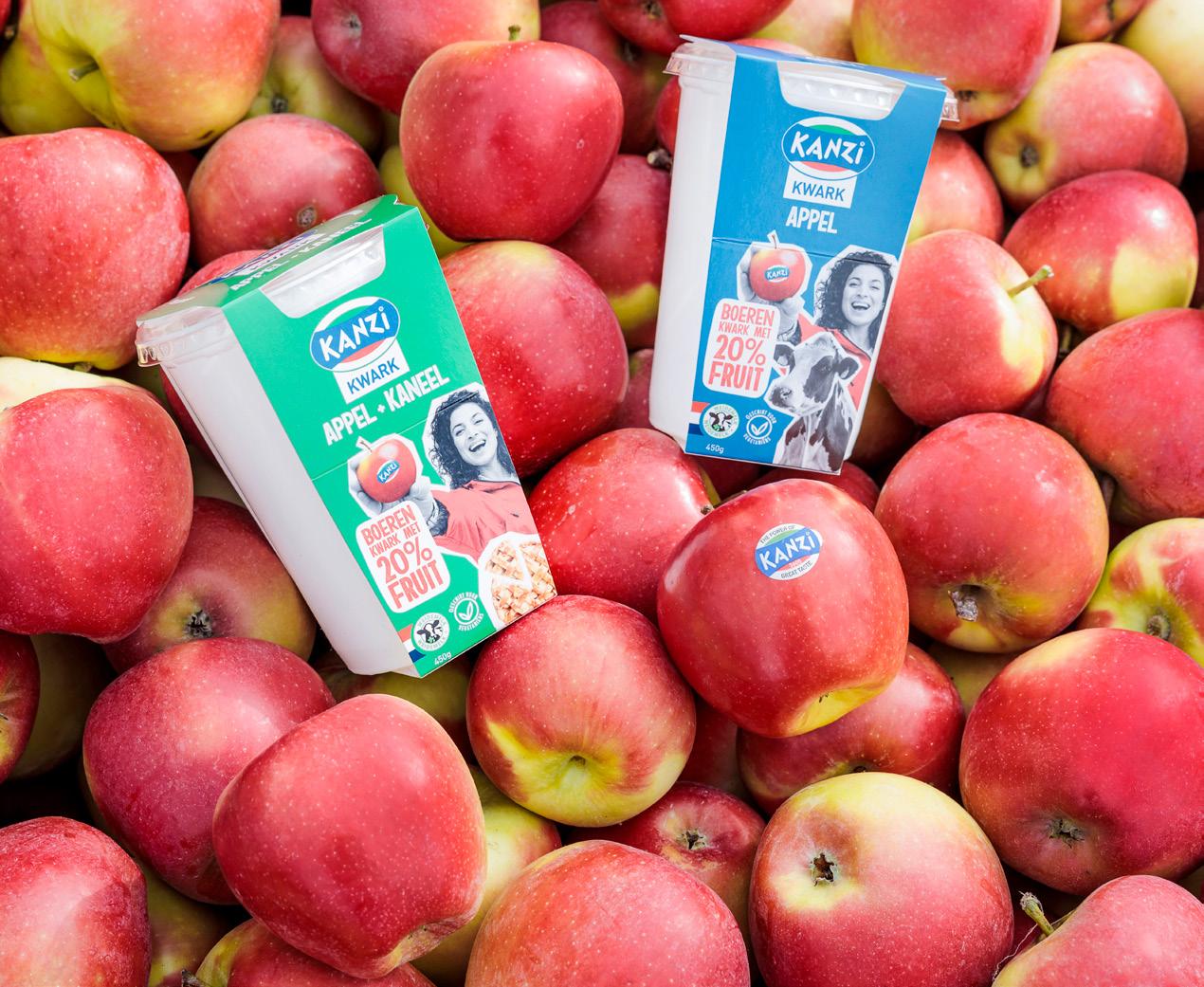
tiations, they do have considerable influence. “Today’s growers are entrepreneurs who have to deal with climate change; that can still be considered a grower’s risk. But the things we’re dealing with now: the war in Ukraine, the nitrogen issue, inflation. That’s outside growers’ purview. It’s awful when they’re greatly inhibited and possibly stopped because the government bogs things down or makes things unclear. That somewhat squanders the sector’s intellectual property, we lose the lead we had, and overseas production also disappears.”
The quality of chain cooperation determines the final outcome. Working together seems easy, but in practice, it is quite complicated to organize. The chain partners don’t always know how each other’s process works. Not everyone realizes that, for instance, nature plays a leading role in the fruit and vegetable sector. “We’re going to work more and more data-driven,” Adriaan predicts.
“But in the process, we should certainly not forget the craft; that ultimately determines the outcome. The other side of the table needs to understand that apples can be harvested more than once or that you can’t leave strawberries hanging when demand’s a little lower. We regularly take buyers and business partners to visit our growers and show them what’s going on there and what’s involved in growing healthy quality fruit.”
It is not only buyers that should visit growers, stores’ fruit and vegetable cat-
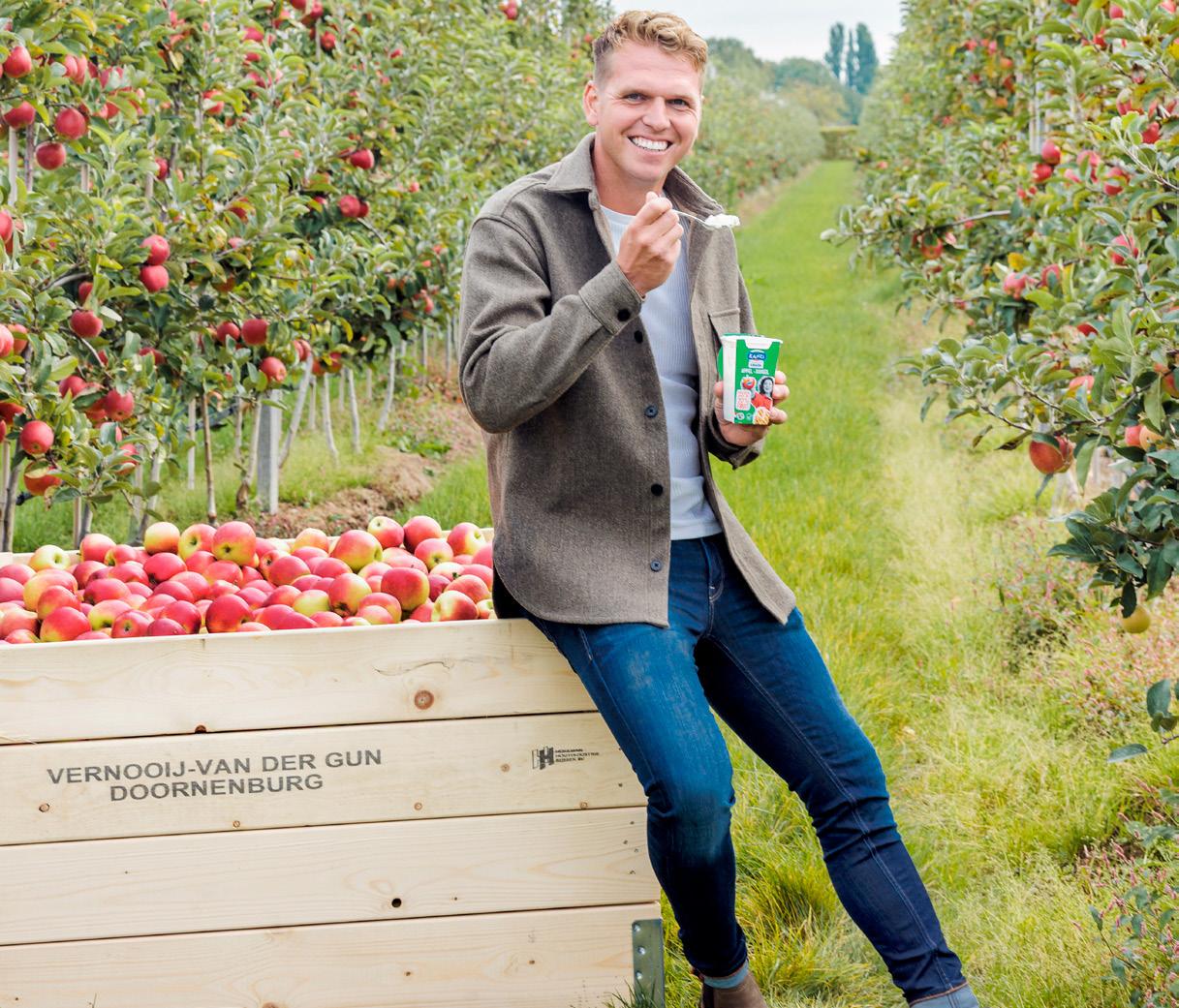
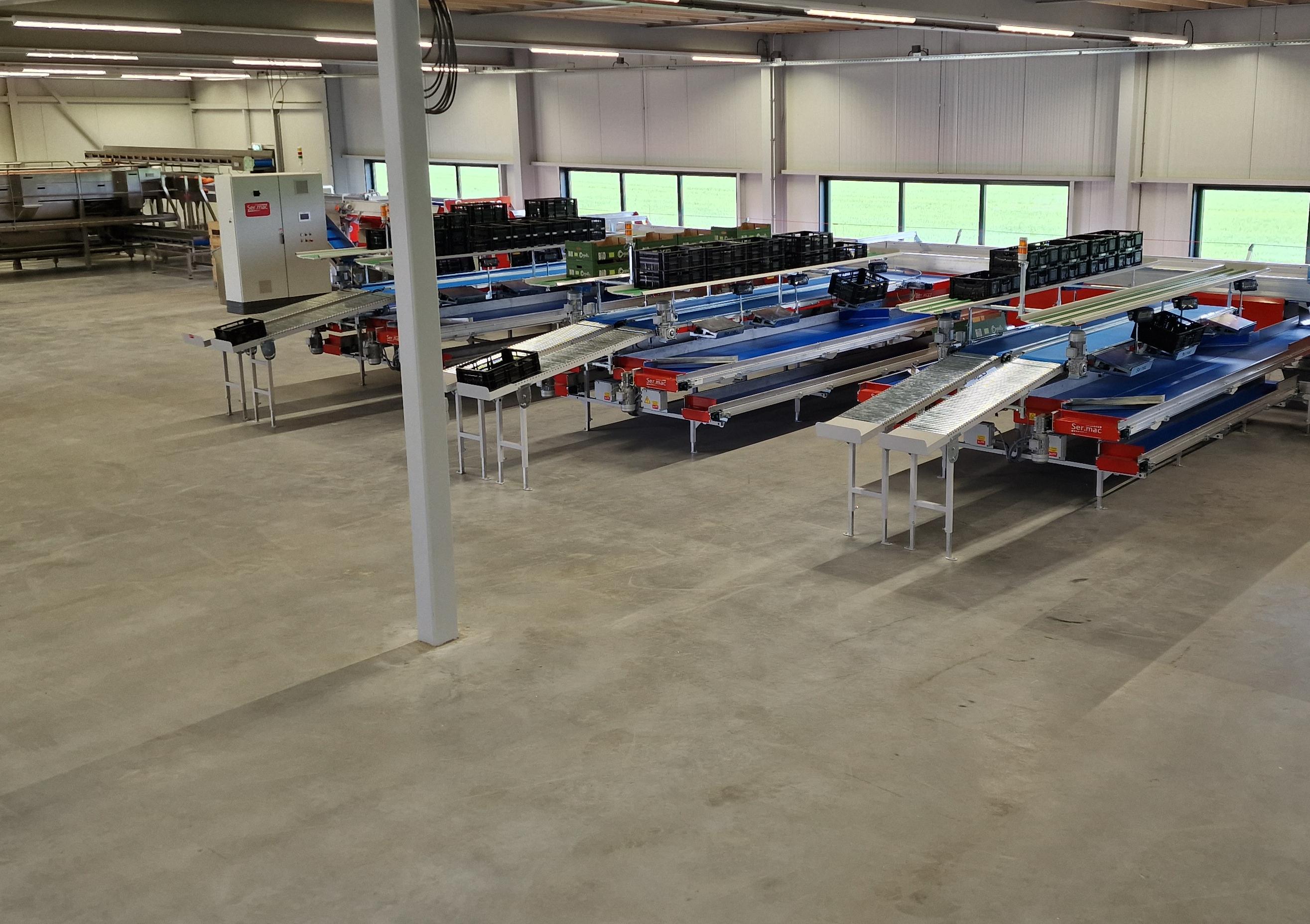

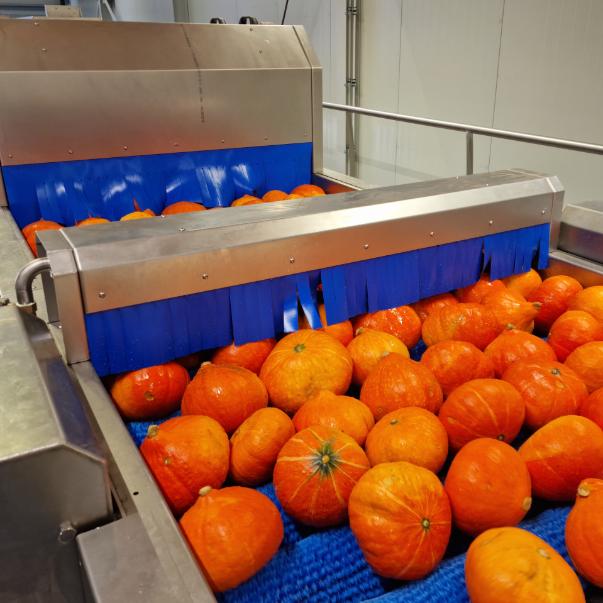
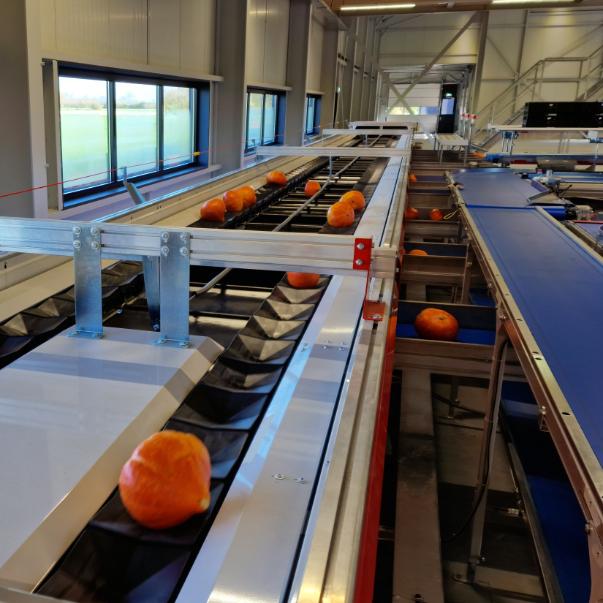
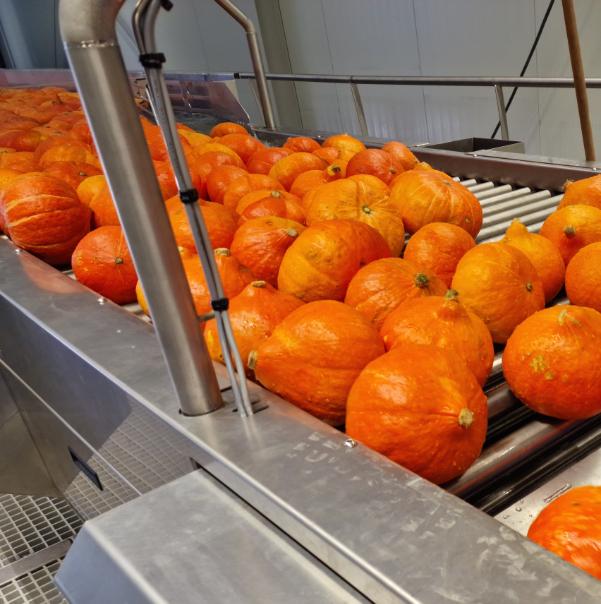
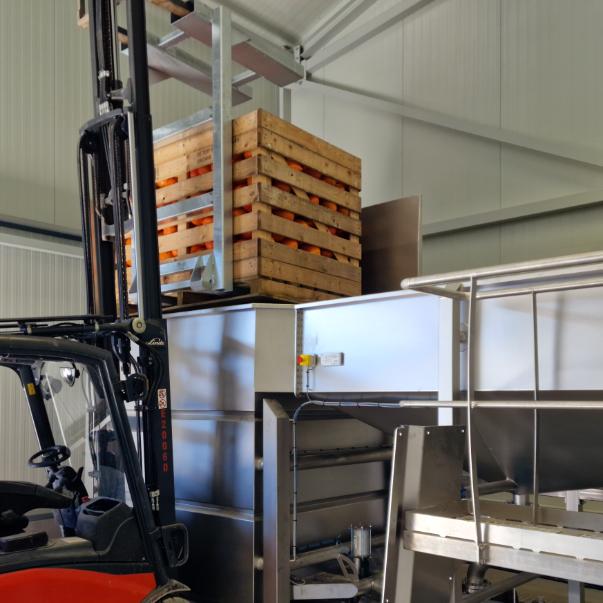
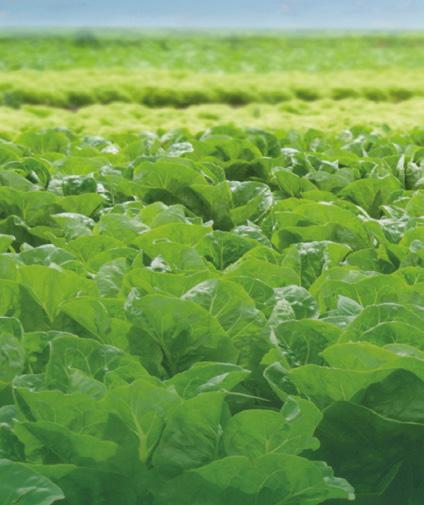






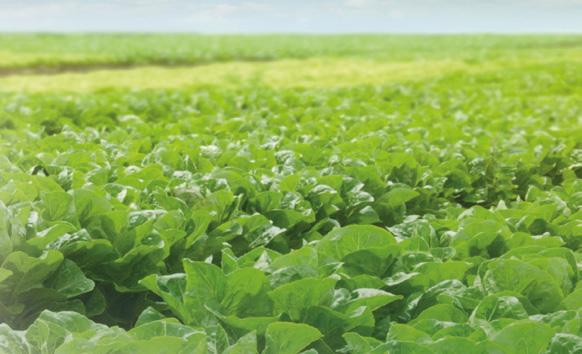
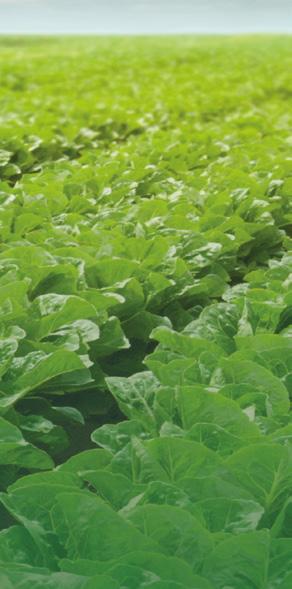
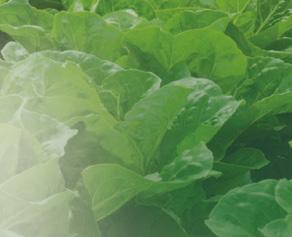














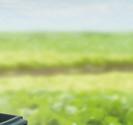
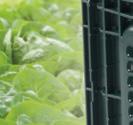






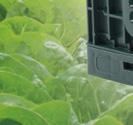




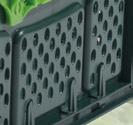


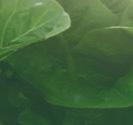
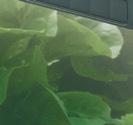
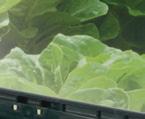
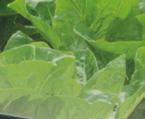

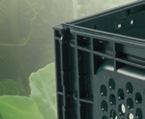










































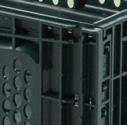



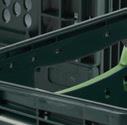


egory managers also have to know what it takes to cultivate fruit. “Then next time, they’ll handle the product differently,” Hans knows. “We can do everything right: have the correct trees, transport, sort and package the fruit correctly and help retailers with category management.”
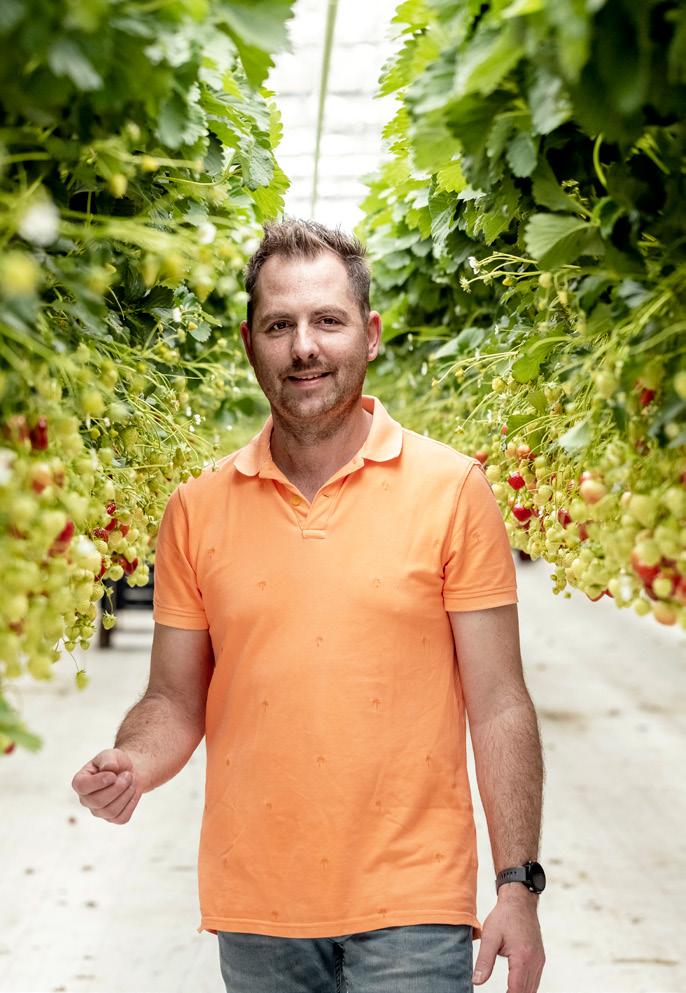
“But if the products aren’t handled properly in stores, consumers will assume the apples, strawberries, or blueberries aren’t any good. What happens on the shop floor is important for the whole chain; that’s where people judge the products. We think that’s essential, and
that’s why we co-founded the Fruit Tech Campus. We want to immerse people in the world of fruit, but, at the end of the day, retailers must manage that in stores,” he concludes.
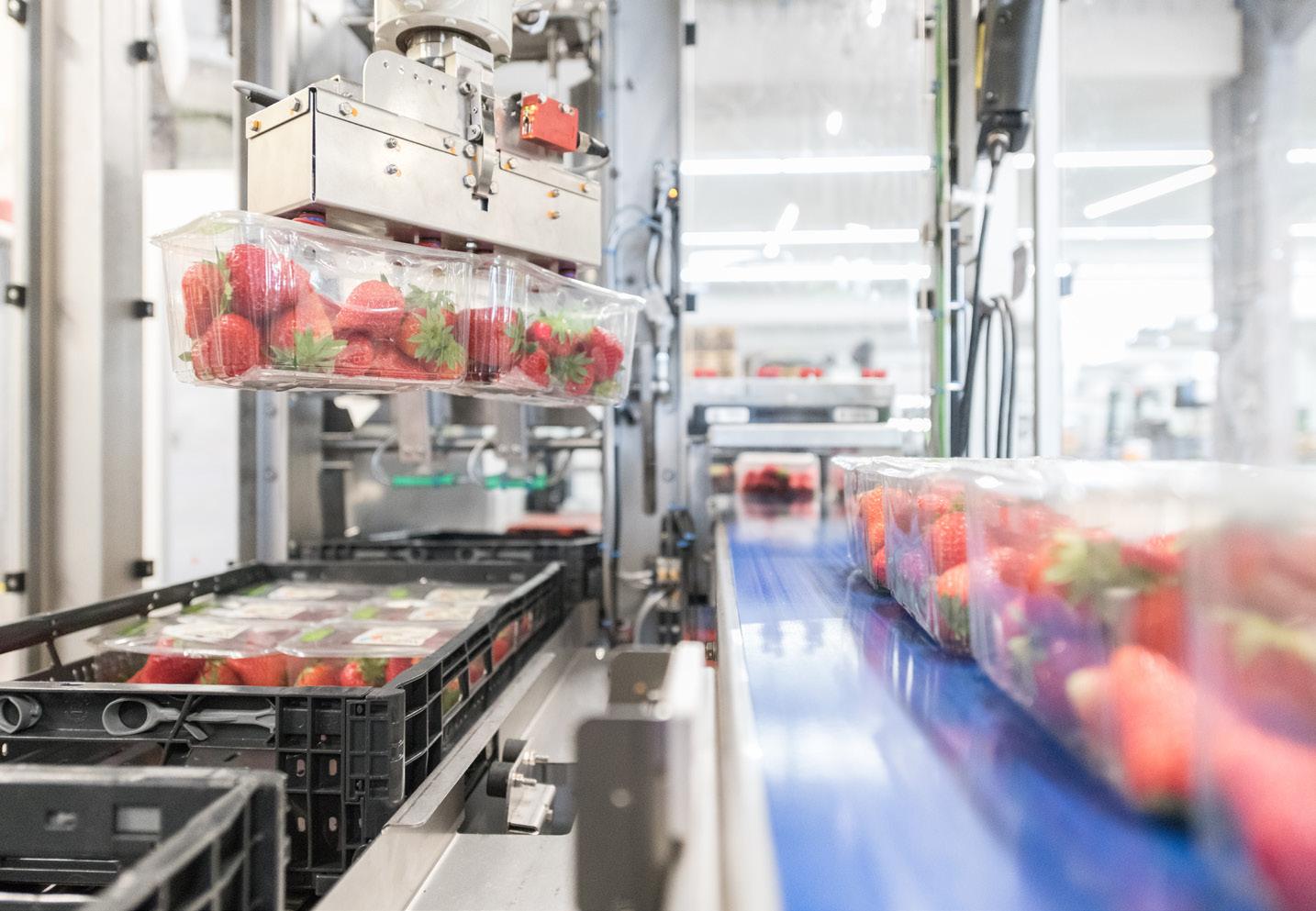
www.fruitmasters.com
EFP being specialized in handling fruit and perishables (mainly bananas) situated at a multi purpose water related terminal containing:
•13600 sqm coldstore
•8100 sqm dry warehouse for export
•Container hub & repair site of 17500 sqm and 500 reefer plugs
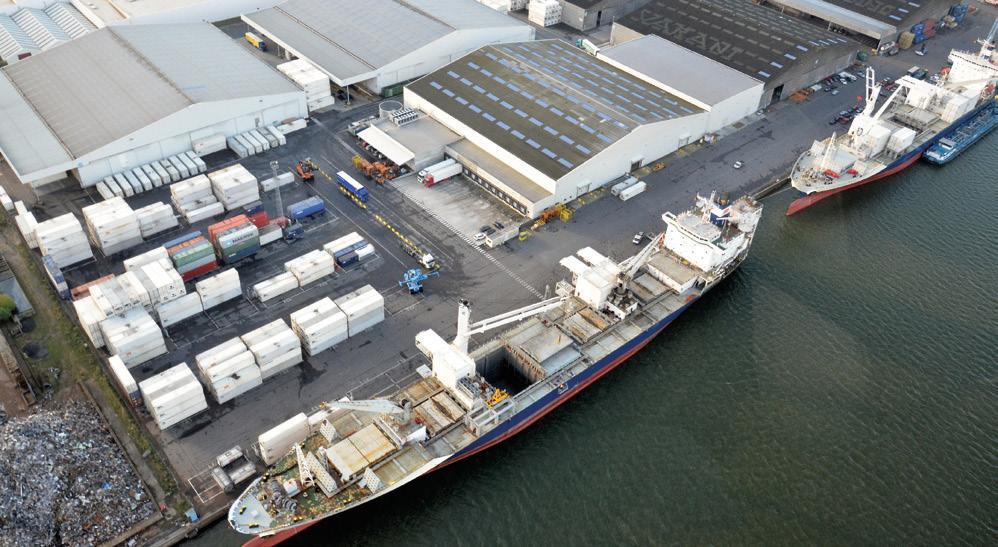
STRENGTH S:
•Expertise in stevedoring






•Liable in Warehouse Management


•Excellent Warehouse Management system with barcode scanning for track and trace

•FAVV approved
•Experienced and skilled employees to


•
For further info do not hesitate to contact EFP directly on jan.simons@eurofruitports.com · www.eurofruitports.com


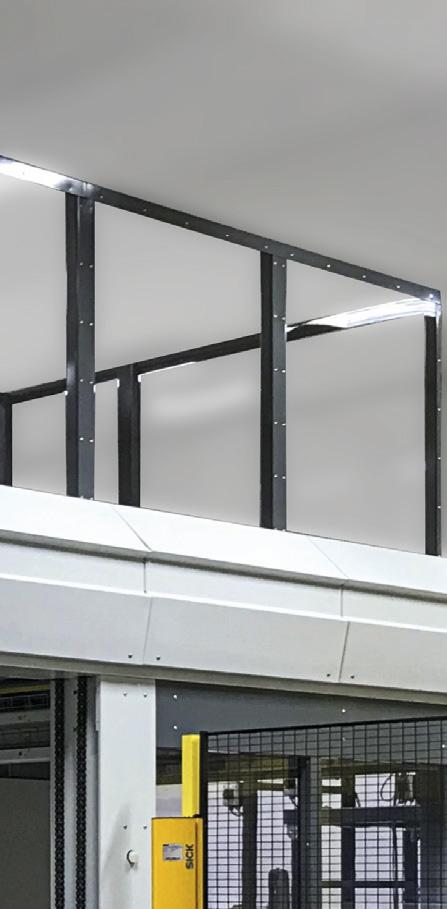








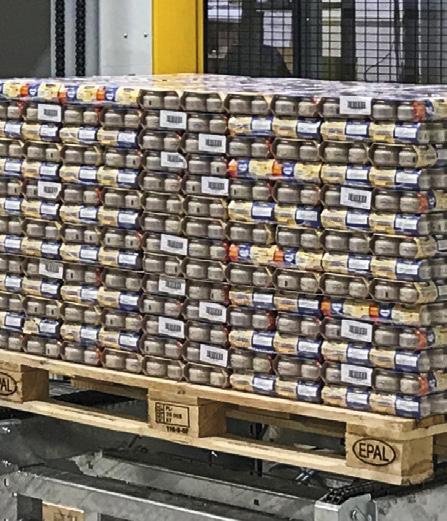

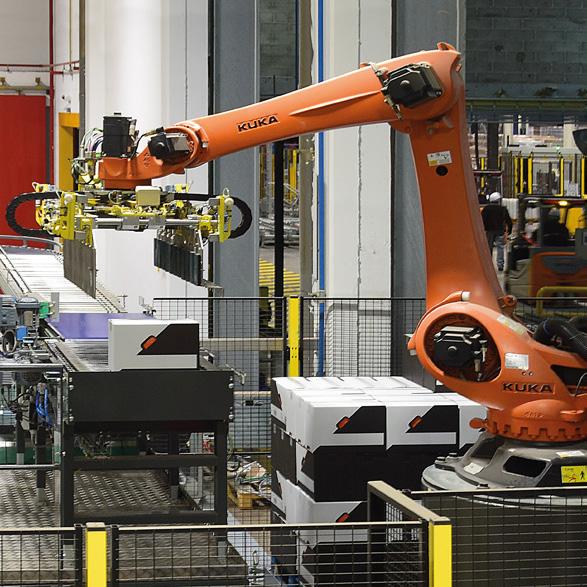


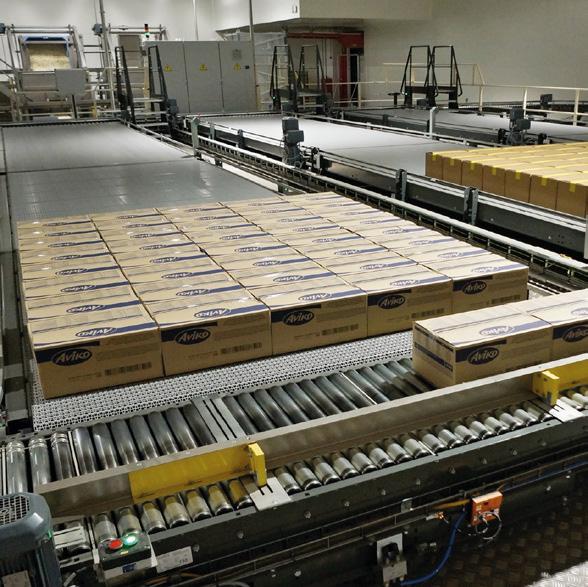
‘Albert Heijn is done with flown-in fruit and vegetables’, read Dutch newspaper headlines earlier this year. The Netherlands’ largest supermarket chain, following other stores’ lead, announced that starting June 1, 2023, it was scrapping air freight as a transport mode for fruit and vegetables. The reason? The chain cites air transport as not being seen as sustainable regarding its environmental impact. It also wants to keep finding ways to grow the products in the Netherlands or closer to home or use more sustainable transportation methods.
“Avery cheap ad campaign” is the first reaction from exotics importer BUD Holland’s Peter Hobert. “Albert Heijn and other retailers probably don’t fly in even one percent of their total assortment. So it’s nice and easy to announce something like that.” For BUD Holland’s sales, the decision will have little impact. “Stores don’t sell most of the exotics we carry. They’re only willing to set aside shelf space for these items at Easter and Christmas. They’re not part of their range for the rest of the year. So, at most, their assortment will be somewhat more meagre during the holidays,” he begins.
As an exotic fruit, vegetable, and global specialty importer, BUD Holland relies heavily on air freight. “That doesn’t mean we aren’t considering alternatives. That’s quite possible for coconuts and mangoes, for example. But, if you want to guarantee applicable quality standards, some products simply cannot be transported
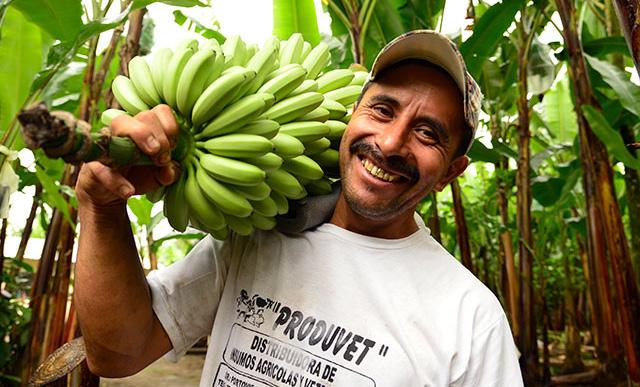
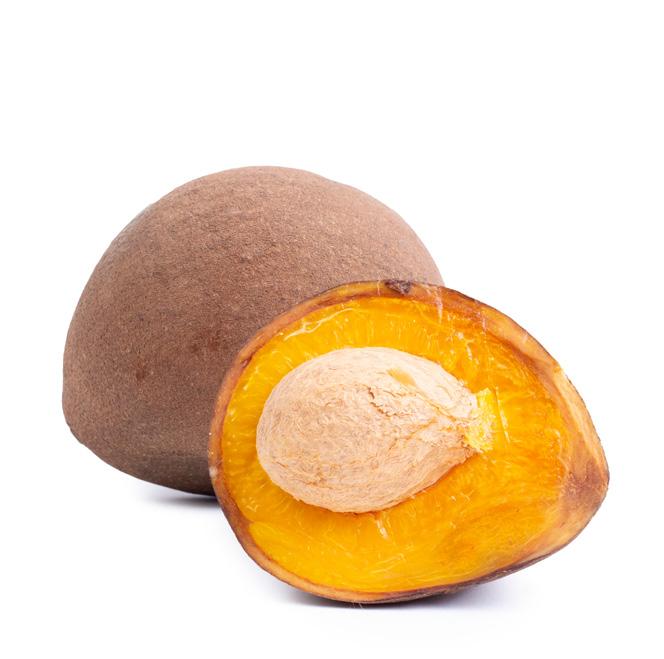
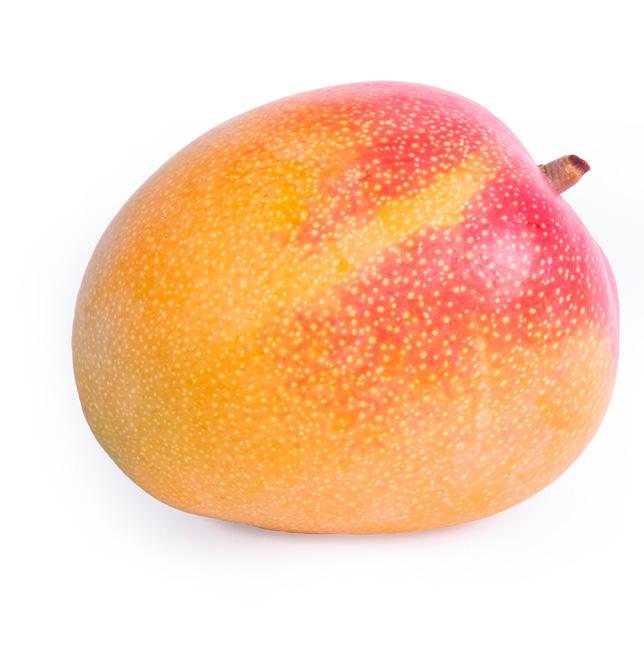


by boat. You can forget that with tree-ripened mangoes and products such as asparagus tips and many more. You don’t
want to deny your European and other customers such unique products, do you?”
“And, of these products, 99% come in on passenger flights. I don’t want to say you shouldn’t consider the environment, but it seems like other things are gradually no longer important. And all to create a good impression, because where one goes, others want to follow. Though, there are, fortunately, people who make up their own minds. I, for instance, spoke with a British retailer at the Berlin trade show. He wants to expand his range of flown-in exotic products,” Peter says.
Peter Hobert, BUD Holland:
“Retailers boycotting flown-in fruit and vegetables is a cheap ad campaign”
In a statement, Henk van Ham, Albert Heijn’s Merchandising and Sourcing Director, says they did not make this decision lightly. “We have a responsibility toward our suppliers with whom we worked for decades, too.” Peter doesn’t expect that impact to be very significant. “Most avocados, for instance, are already shipped to the Netherlands by boat. Our tree-ripened mangoes supplier isn’t too concerned about not having his product in Dutch or other European supermarkets a week before Christmas or at Easter,” he says.



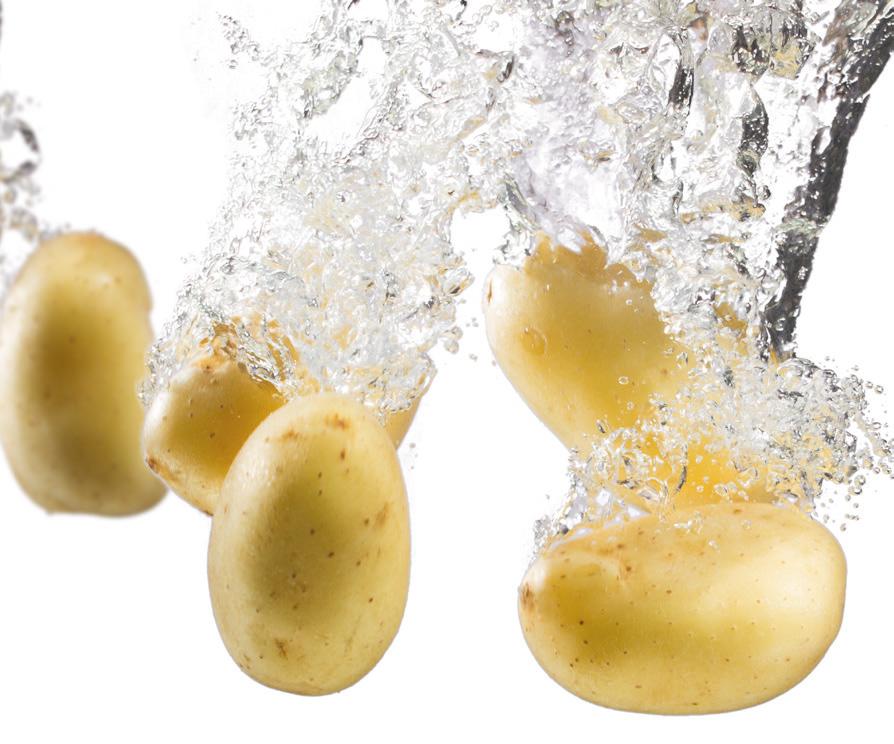
Peter approvingly cites research done in Australia showing that the existing definition of food miles does not adequately address the consequences of a highly globalized food system. “Consumers look for the country of origin on the packaging in the supermarket, but that doesn’t actually mean anything. Bringing food production closer to home doesn’t necessarily reduce its food miles. Just look at the Brazilian soy it takes to produce meat and dairy in the Netherlands or fertilizer raw materials that cross the globe.”
“Corporate Social Responsibility (CSR) and sustainability are our top priorities. Almost all of our suppliers are GlobalGAP and/or CoC (Chain of Custody) certified and meet strict requirements regarding food safety, traceability, environment, health, welfare, and safety,” Peter concludes.

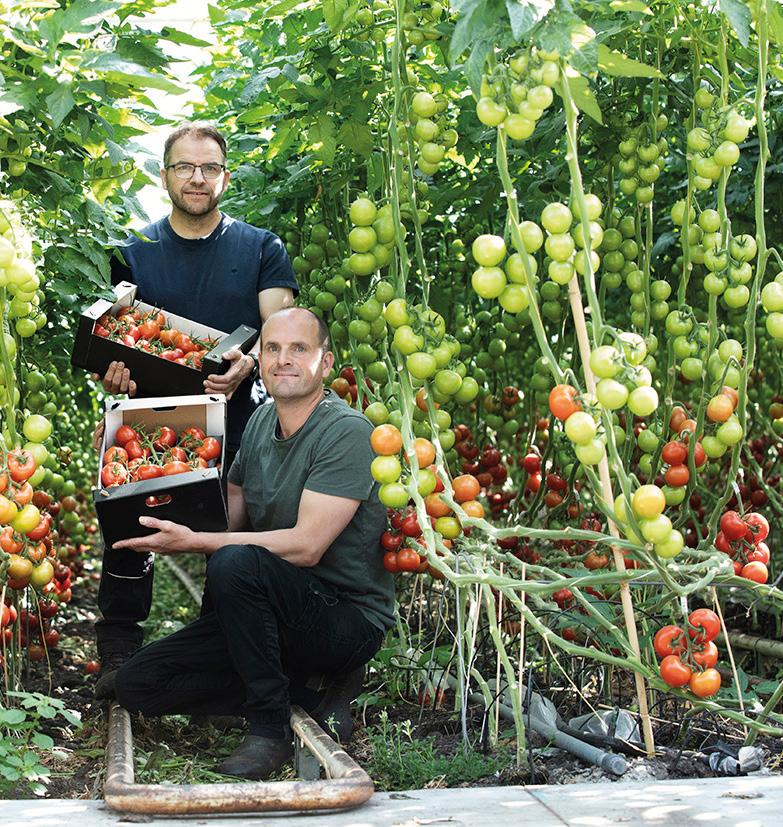

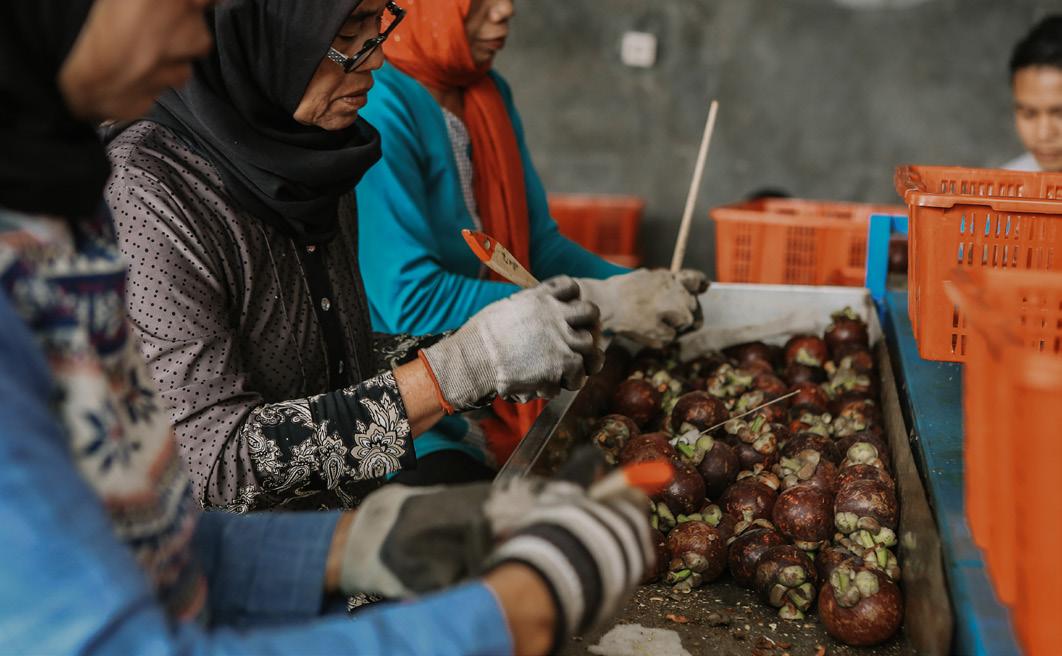
p.hobert@bud.nl





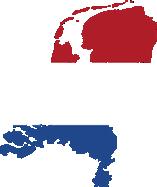

Alain Tulpin, who has an air freight carrier company with three offices in Belgium, clearly agrees: “Several supermarkets deciding to no longer purchase fruits and vegetables via air freight is extremely hypocritical. After all, that’s less than one percent of their fruit and vegetable sales. A discounter like Lidl doing this is unsurprising. They carry very few fruits and vegetables from outside Europe in the winter. Their shoppers also don’t buy many of these products. For example, strawberries disappear from their shelves as soon as they no longer come from Belgium or the Netherlands,” he begins.
“Astandardsupermarket doing so, though, raises some eyebrows. People who shop there have more purchasing power and will pay more for flownin tree-ripened mangoes than mangoes brought in by boat and then ripened. These leave something to be desired flavour-wise and often go brown rather than ripe. That supermarket cites sustainability as a motive, but you should take that with a hefty grain of salt.”
“How sustainable are Belgian/Dutch strawberries grown in heated, lit greenhouses, while Egyptian strawberries grow in open fields but come to the Netherlands by plane? In the cargo hold of passenger planes. Those planes fly to and from Egypt anyway, regardless of whether strawberries, green beans, snow peas, or bell peppers fly along,” Alain explains.
“The food miles idea came up some 15 years ago, but Richard Branson from Virgin in the United Kingdom quickly nipped
that in the bud. He declared that Brits could have a choice but that his planes would keep flying from Mombasa in Kenya regardless of whether their holds contained vegetables. That empty cargo space cost would be passed on to passengers, who’d have to pay quite a bit more for their tickets.”
“That idea also never got off the ground because food miles weren’t an objective way of measuring environmental impact. That led to the carbon footprint. In 2006, a major English retailer commissioned a study to show that buying Dutch roses would be more sustainable than buying them from Kenya. But it proved just the opposite: Kenyan roses’ carbon footprint was limited to transportation, while Dutch ones had a far higher footprint, thanks to greenhouse heating and lighting,” Alain says.
“Albert Heijn choosing not to use air freight from June is greenwashing. Flown-in fruit
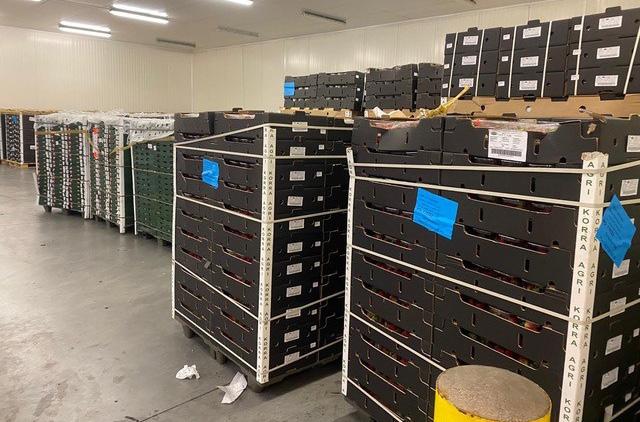

and vegetables are no longer allowed, but they can still sell pre-sliced pineapples or mangoes, or pomegranate seeds in plastic containers. What’s the difference? And what about the flowers they sell? Most of the year, those come, by plane, from countries like Kenya, Colombia, and Ecuador. Yet they continue to be sold because sustainability doesn’t matter there. When it comes to that, how does flying in snow peas differ from flying in flowers from Kenya? It doesn’t. It’s just that with the flowers, they daren’t make this decision so as not to harm the Dutch flower trade.”
“And what about African countries with no coastal access like Mali (mango), Uganda, Rwanda, Burundi (bell peppers, avocados, Asian stir-fry vegetables), Eritrea, Zimbabwe, Zambia, Malawi (pulses/passion fruit)? Suddenly, all those countries are denied access to European supermarkets. Production is often up to 2,000 km from the sea, and the roads are, at best, poor. Certain products have a limited life span and simply aren’t suitable to be sent by container,” continues Alain.
“Smaller products from Asia, Central, and South America are no longer finding their way to these supermarkets either. These are things such as physalis, starfruit, and okra. The Benelux population is becoming more diverse, and ethnic groups eat different things that will no longer be available at supermarkets. Neighbourhood supermarkets can soon make the difference by still having these products
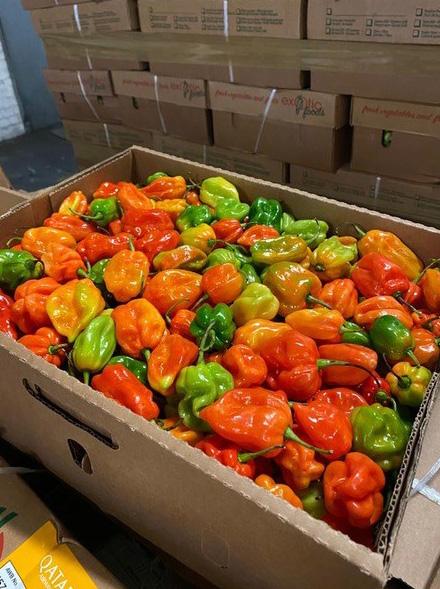
Alain Tulpin, Tulpin Group:
delivered via air freight. The smaller African, South American, and Asian growers that depend on air freight for their livelihood are longer being considered. It’s

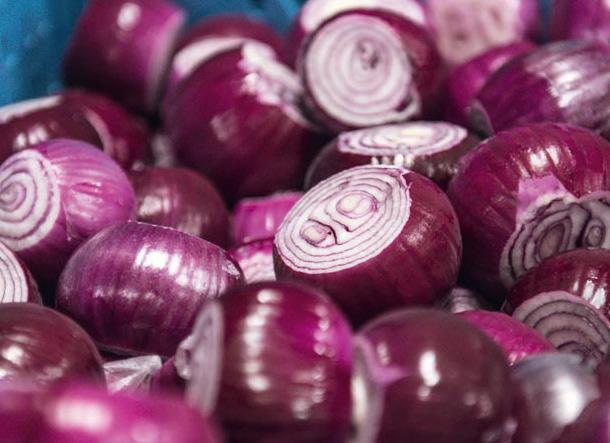
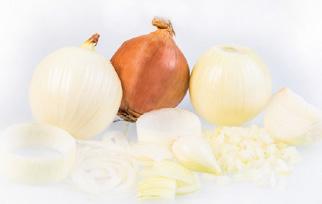
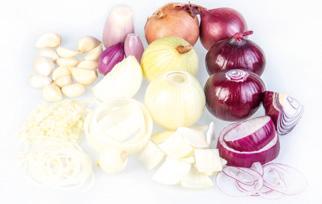
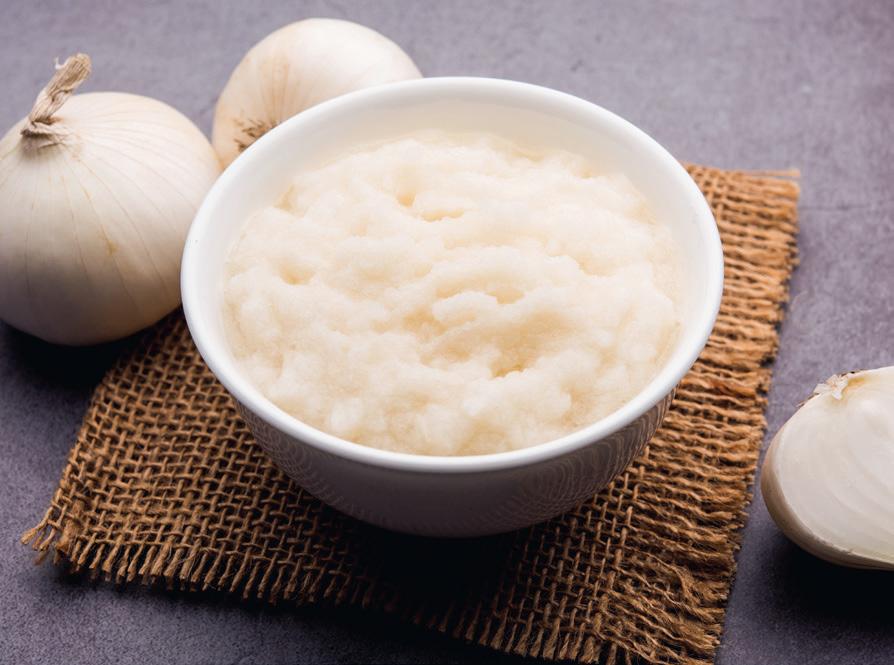
not so easy to fill a 40-foot container with physalis, pitahaya, or chilies. Small growers can’t grow or sell that much,” says Alain. “Should supermarkets do the
opposite and support more fresh produce from developing countries, many smaller growers and cooperatives would find their way to Europe. By giving people a future in their own countries, the migration flow towards Europe could be considerably reduced, especially via the Mediterranean, which would also reduce the number of deaths.”
“Consumers are being bullied into not buying flown-in vegetables because of sustainability. Yet, they will cough up for the latest iPhone, which is brought in by plane from China, especially for that speedy delivery. Textiles, computers, and smartphones make up the lion’s share of air freight and aren’t even perishable goods. Then, sustainability no longer matters,” Alain concludes.


hq@tulpingroup.eu










according to Doerwald they focus on the concerns and interests of the traders in their daily work in particular. “Our aim is to offer the companies on site optimum framework conditions, to constantly improve these and to identify potential savings in order to be able to keep costs as stable as possible, certainly in times of rapidly rising prices for the tenants.”
This is one of the reasons why the fluctuations within the Fruchthof’s rental space are quite manageable. Demand for rental space has even risen slightly, he said, which speaks to the location’s appeal. “Things are getting rougher for us as well, of course. Nevertheless, companies have always managed to reinvent themselves and find their niches.”
The Berlin wholesale market is capable of supplying up to 6 million people, generating annual sales of 1.5 billion euros and handling around 800,000 tons of goods. “In purely statistical terms, Fruchthof Berlin alone supplies 1.2 million people with fruit and vegetables,” board member Nils Doerwald tells us on site. We also spoke to him about the current situation at the Fruchthof and about plans to move the entire wholesale market to the former Berlin-Tegel Airport.

Doerwald is a member of the board of FRUCHTHOF BERLIN Verwaltungsgenossenschaft eG. The cooperative is the largest tenant at the Berlin wholesale market and manages several
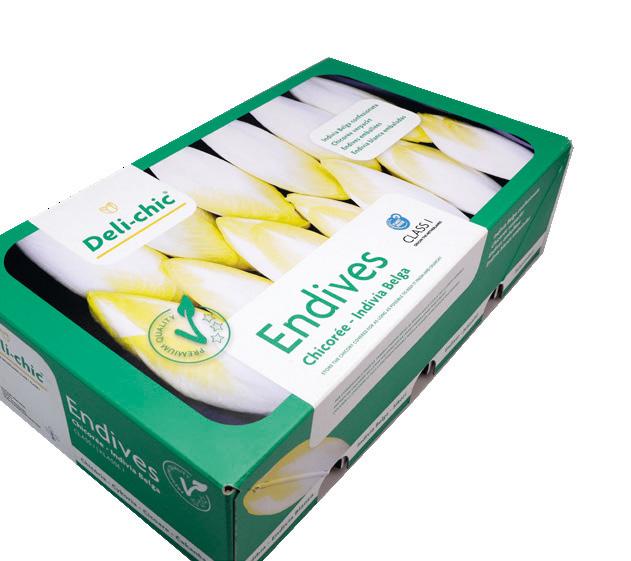
halls with a total of about 30,000 m² of sales and storage space, which are sublet to wholesale companies in the fruit and vegetable sector. In addition to the pure leasing of the sales and storage areas,

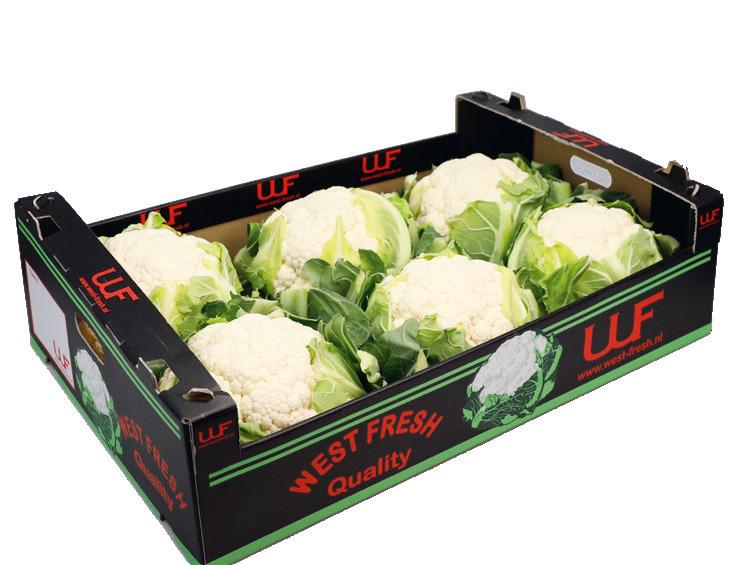
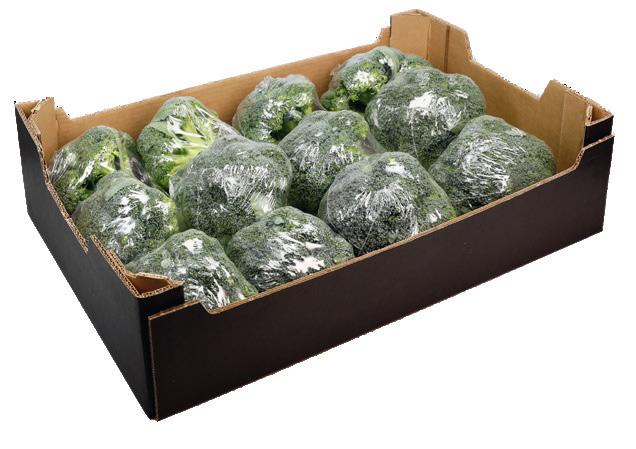
According to Doerwald, the fact that there may soon be some insolvencies is due to the disproportionately high rent increases announced by the state-owned Berliner Wholesale market GmbH (BGM), late last year. “Due to the index rent anchored in the lease agreement, which is tied to the development of the consumer price index set by the Federal Statistical Office, we fear there will be an increase of almost 20 percent.” Doerwald did not question the legality of the rent increase and the need on the part of BGM to make an adjustment to the rents. Nevertheless,

Interview with Nils Doerwald, CEO of Fruchthof Berlin, on the planned “Berlin Food Area” at Berlin-Tegel Airport:
“The entire food industry should be concentrated in one location”
Doerwald expects a concession on the part of BGM here, drawing attention to the contradictory actions of Berlin’s politicians. “On the one hand, BGM, as a stateowned commercial enterprise, demands rent increases of 20 percent and more. On the other hand, state-owned housing associations generally refrain from rent increases. And in both cases their viewpoints are justified pointing to the rapid price developments.”
Since, according to Doerwald, the managing director of BGM does not see any need for action, regardless of the very tense situation of the companies due to the crisis, Doerwald is in talks with the respon-
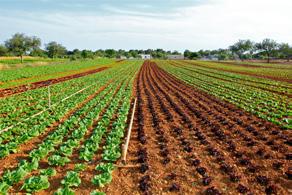

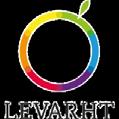

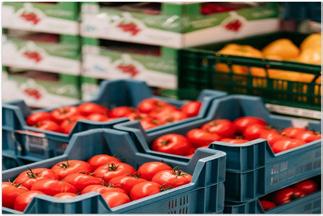
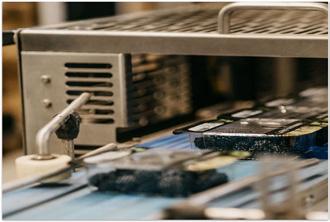
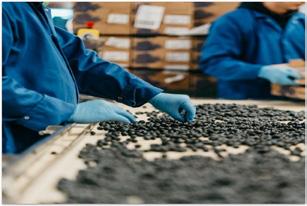

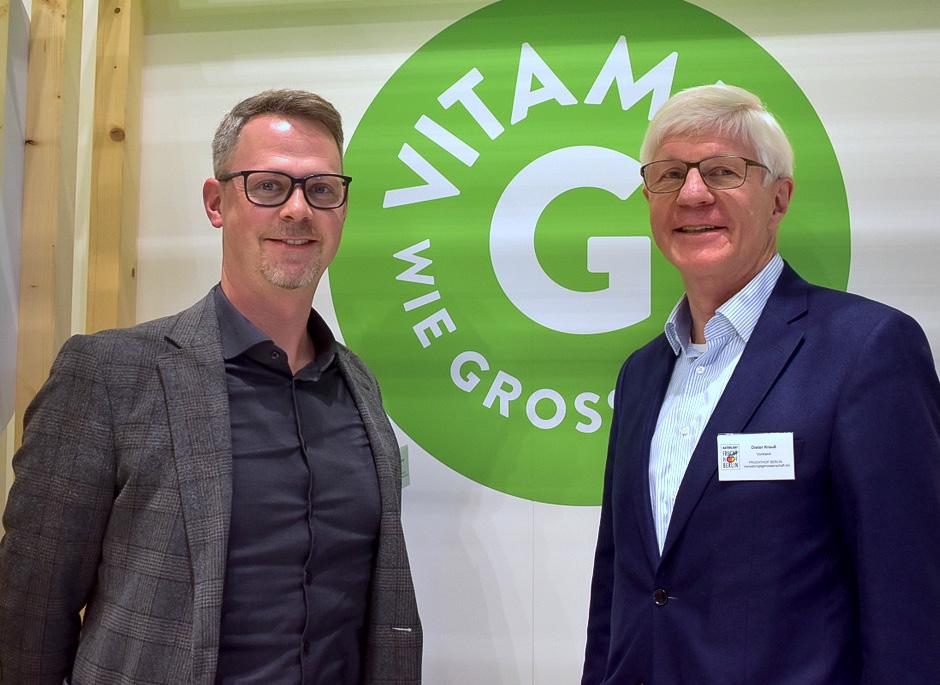
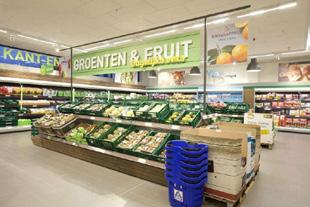
According to Doerwald, another argument against such a high rent increase is the structural condition of the halls on the site. These are “getting on in years” (built in 1965) and ever greater financial efforts are needed to be able to continue ongoing operations. According to Doerwald, among other things, both the media structure and the energy efficiency of the buildings are ‘deficient and outmoded in parts’. “Since energy efficiency and insulation were not very relevant in 1965 and, for example, the glass fronts of the roof structure are merely single glazed, we
not only to the Fruchthof buildings, but to the majority of the buildings on the BGM site as well, representatives of the traders’ association and BGM, in cooperation with an architectural firm, began working out different variants for the renovation of the Berlin wholesale market at the beginning of 2022. The common goal is to build a future-oriented and modern trading centre, while the daily operations are ongoing. From the very beginning, we pointed out that long construction periods of 15 years and more would be unacceptable for the companies, as this would entail considerable restrictions for businesses and customers,” says Doerwald. “That’s why we made the recommendation to consider a ‘Plan B’; a completely new construction at a new location.” However, to this day Berliner Wholesale market Ltd insists on keeping the site at the Beusselstrasse.
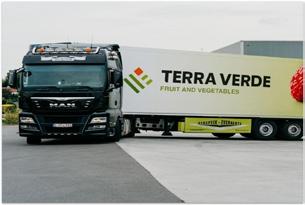
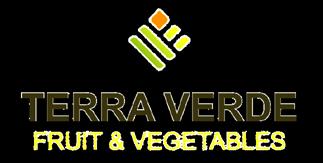
For this reason, he says, the traders’ association has created its own draft concept with the working title “Berlin Food Area” in order to convince the management of Berliner Wholesale market Ltd, as well as Berlin’s politicians, to relocate. According to Doerwald, however, this concept is not limited to the wholesale market. “It also includes topics such as research and development, the agricultural turnaround or the development of urban food production and a large producer market to significantly increase trading activities between producer companies in Brandenburg and wholesalers based in Berlin.”
info@fruchthof-berlin.de
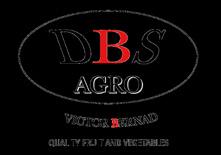
01.

Chainn connects growers directly with buyers and makes the entire food supply chain visable and open.
We don’t believe in the old-fashioned trading processes. We feel they cause too much noise in the supply chain, which makes it anything but transparent. This has to change.
We make efficient connections the new standard. Ready for the food supply chain revolution? the quality of passion
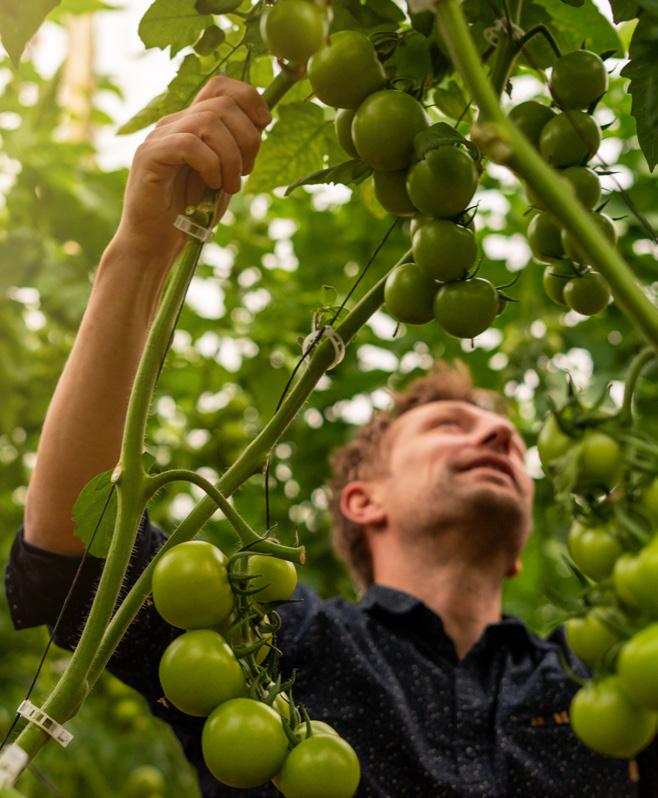
www.chainn.nl
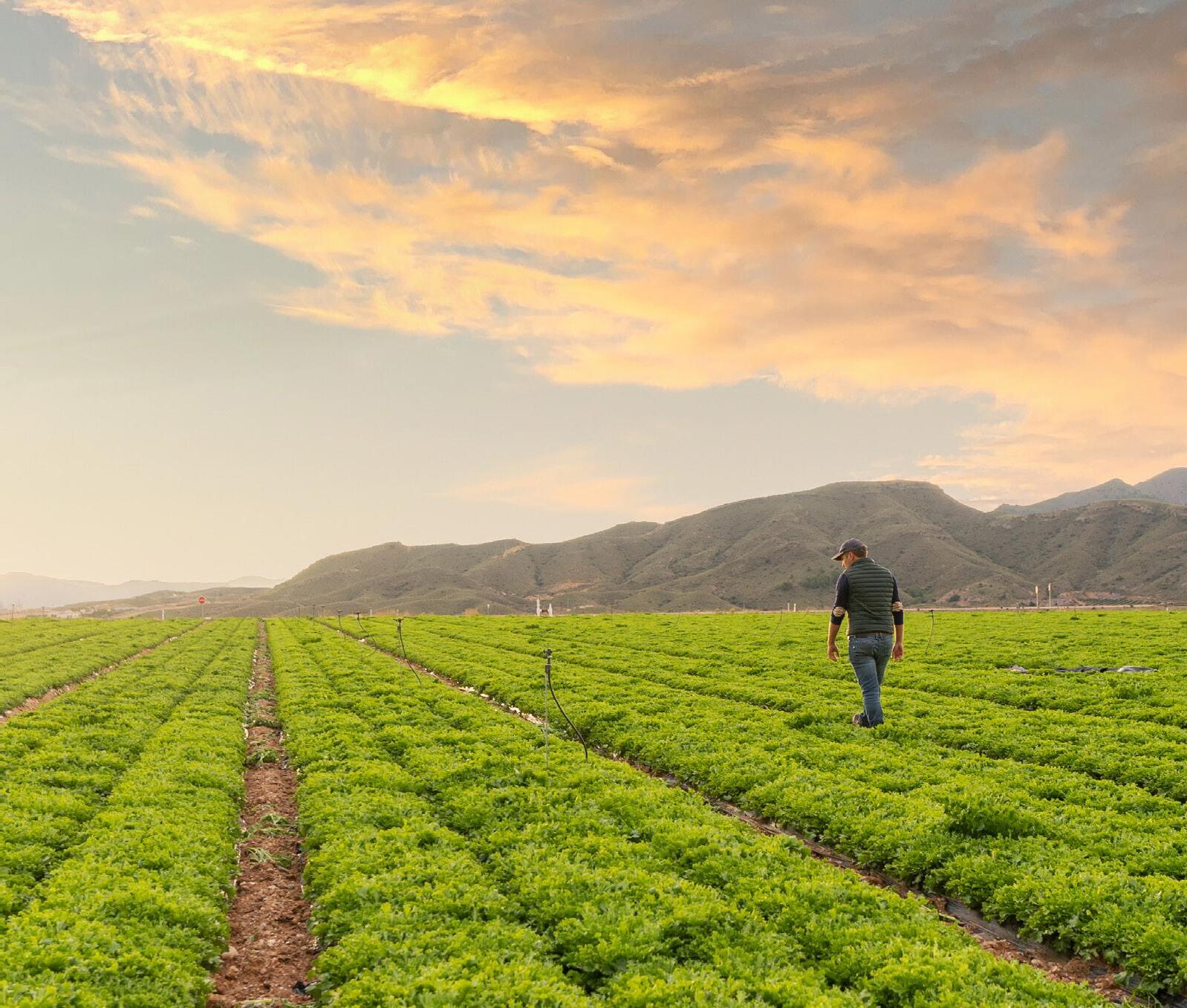
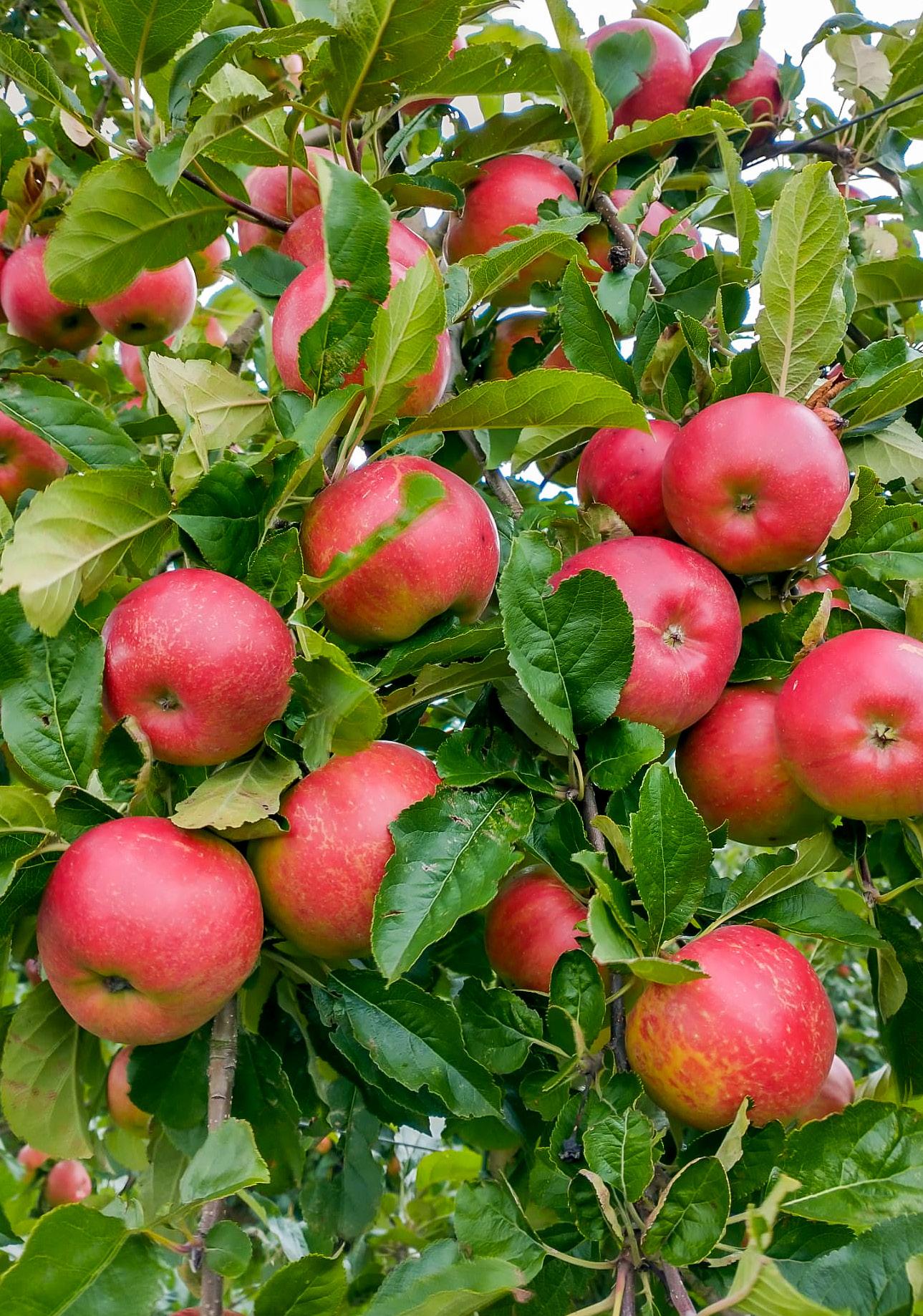
Inflation and the reduced consumer spending power that followed have caused much ado in the organic segment. Several surveys show that people having less to spend seems to be putting the consumption of the more expensive organic fruits and vegetables in a tough spot. However, organic specialist at the Belgische Fruit Veiling Auction (BFV) Gunther De Vadder says when it comes to organic top fruit, that is by no means terrible. “Still, regarding organic apples, something has to change quickly, especially on the supply side, because the market is simply saturated,” he begins.
The BFV holds nearly 95% of the organic top fruit market share in Belgium. Following their growers’ recent agreement, the cooperative will merge with BelOrta on July 1, thus owning almost that entire market share. The BFV is also one of the few cooperatives to market Belgian organic cherries. This organic segment is challenging but one with great satisfaction and potential, too, according to Gun-
ther. “The growers and consumers who choose organic are passionate.”

“But looking at consumption, it’s hard to measure the current trend because when it comes to growth, you shouldn’t really consider the pandemic years. The organic top fruit segment exploded then by close to 22%. That’s insane and should be excluded from the statistics. Then,
comparing the current citation to the pre-pandemic 2019, there’s a three to four percent growth. Inflation prevents you from gaining new customers, but shoppers who deliberately choose organic will keep doing so. So there’s normal growth, but that leaves no room for additional organic produce either,” says Gunther.
When it comes to organic pear sales, he is very optimistic. “Last year was exceptional. At least, we thought so. Limited production in France, Germany, Italy, and Austria means, pricewise, ‘the sky was the limit’. Given this year’s normal production, we expected prices to plummet, but that didn’t happen.” In fact, the BFV’s organic pears have been selling like hotcakes again this season. “We only began working on exports from late December,
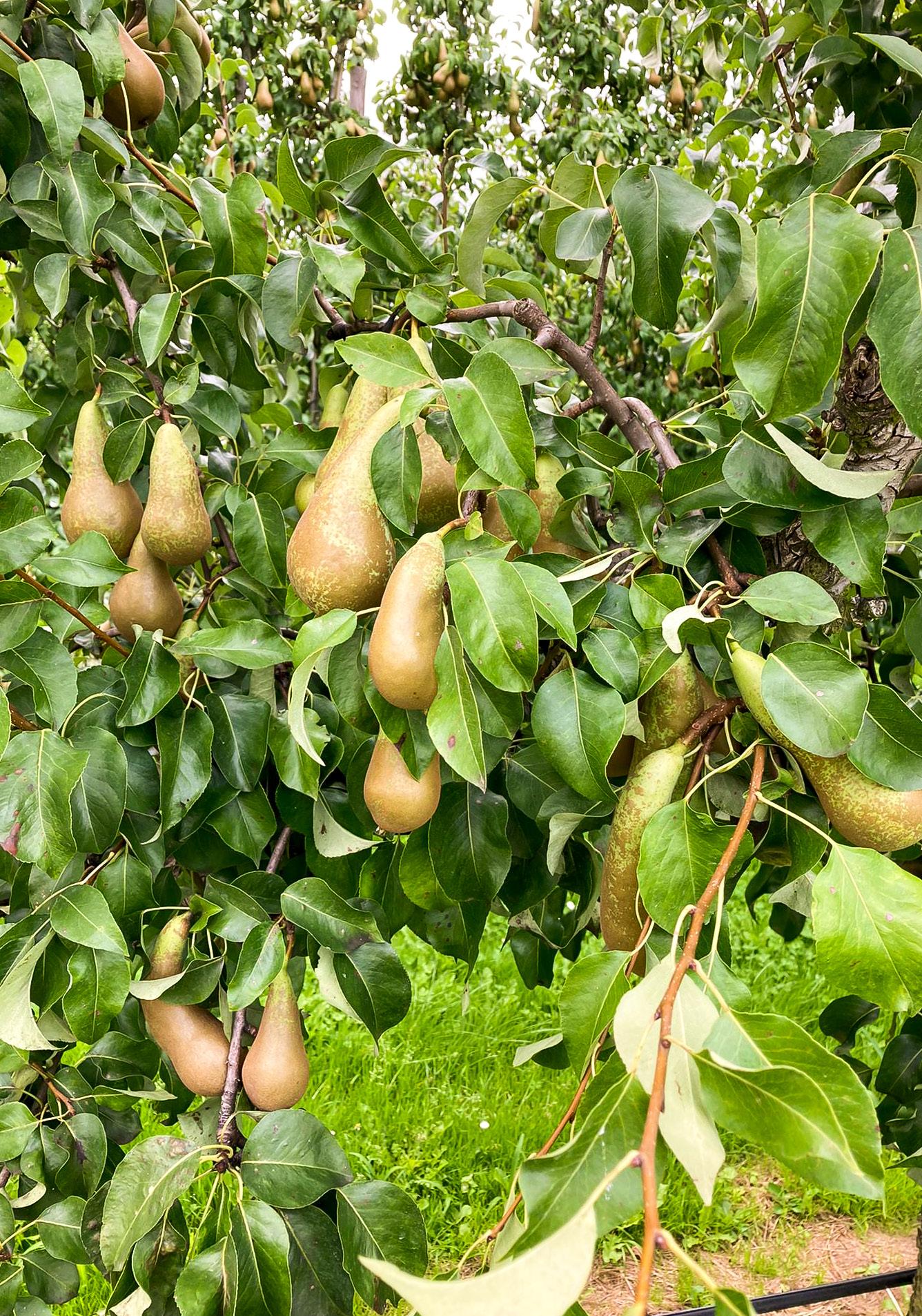
“We have to find solutions; the organic apple market is saturated”
but organic Conference pears were fully sold by mid-April. We only have our last 380 tons of third-year conversion to organic Conference left to offer. We always try to save the last organic Conferences for Belgian retailers, but that didn’t work out this year. We finished those and the export ones together.”
An important reason for this, says Gunter, is that the European market prefers European organic fruit for as long as it is available. “On the one hand, because the German, French, but actually the whole European market, is sustainable, preferring to buy closer rather than having goods transported from other continents. On the other hand, Argentina and Chile have recently been fickle in who they serve. If higher prices were to be made in Asia or the Americas, they forgot about Europe. And when prices were more favourable here, they flooded Europe with organic top fruit, which is obviously bad. With pears, therefore, the organic segment is increasing in Belgium and seems to be staying there,” he explains.

According to De Vadder, comparing fruits in the top fruit category is like comparing apples and oranges. “The apple situation is completely opposite to the rosy one of organic pears. That isn’t limited to the organic segment; conventional apples are plenty challenging too.” The main reason for these problems, he explains, lies

in a saturated market. “Belgian organic apples aren’t an export product,” Gunther admits.
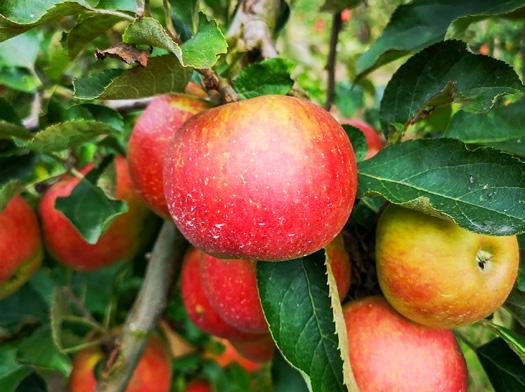

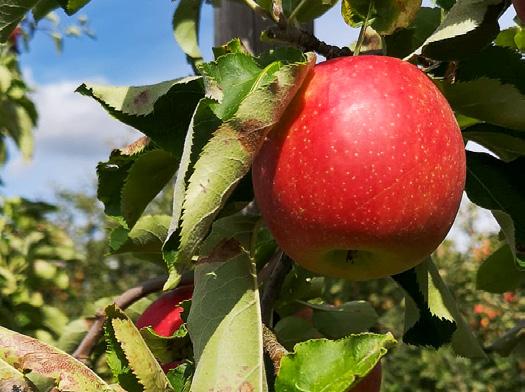
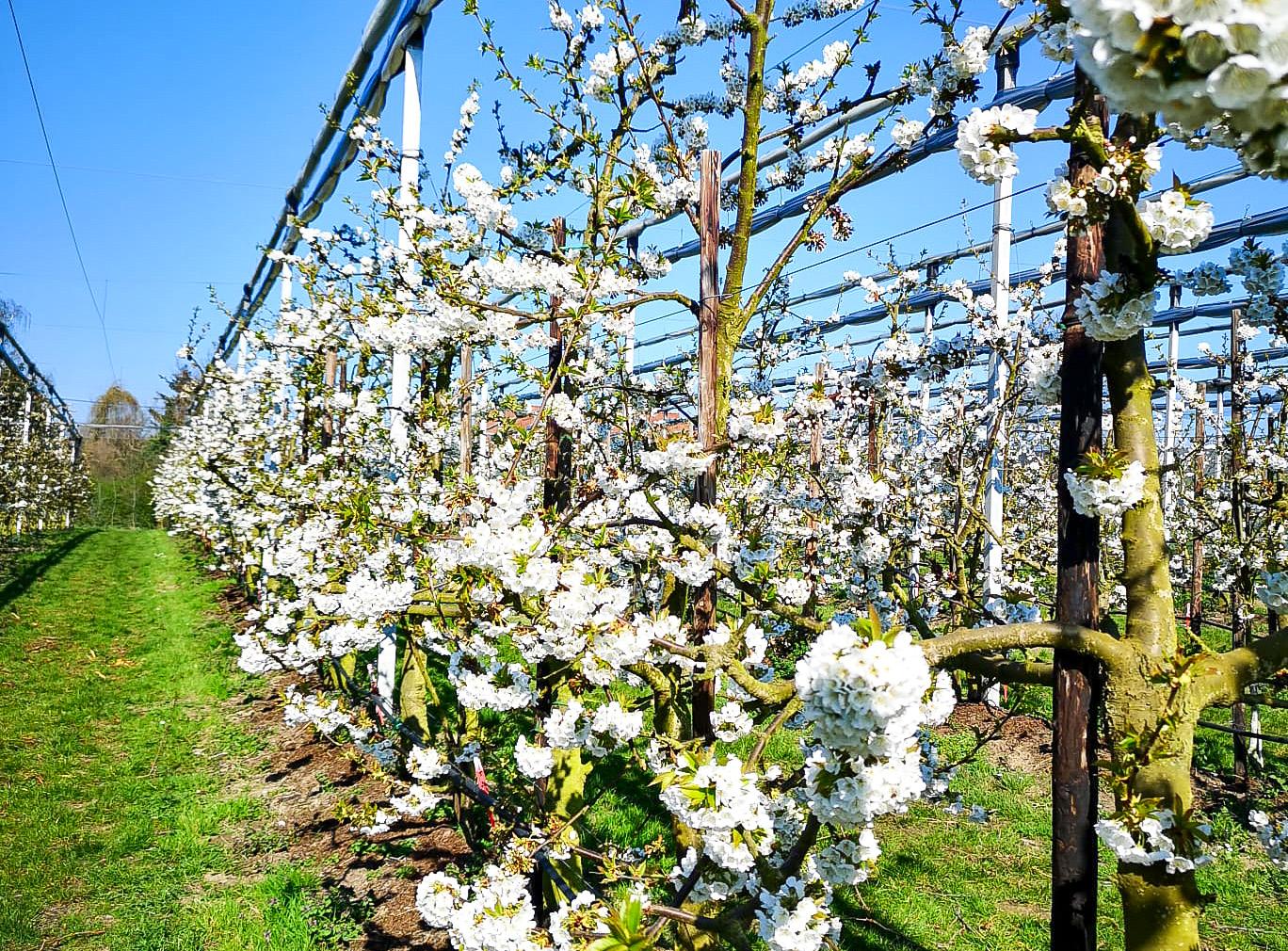
“We don’t get any further than northern France or the border with the Netherlands. So, we have to market our fruit locally. And, if nothing changes in the Belgian retail sector’s purchasing policy, there will be a 30% surplus this year, mainly in the Jonagold and its variants. That’s partly because we had a wonderful season in terms of yield. Even in a regular season, with some frost, you’re still left with 20-25% too many apples. That’s a problem.”
“It’s not a price fairy tale either. Organic apples are, in fact, much cheaper than pears, whose sales are only increasing. Also, if prices drop, we don’t sell more apples. Nor is it down to competition because on the Belgian market, that only comes from Pink Lady. There’s too much supply compared to consumption. It’s a well-known story, and several major players have transitioned from conventional to organic (mainly in Jonagold and variants). The market’s now saturated,” explains the BFV’s head of organic fruit sales.
Gunther adds that there are only two possible solutions. “One is to graft with Novajo. At present, we’re stuck with too many Jonagold and its variants, which means you cannot market a unified product. You
could graft, gaining three years, because, during the conversion, you pull down the Jonagold variants’ production. But after those three years, you’re back where you started, with the same problem.” A second solution lies in the promising Natyra variety. “These yield less but sell for more. We deliberately choose to market the Natyra after the Jonagold because you can get a 30% higher price for that variety in the full Jonagold period. If more growers commit to planting many Natyra trees, you could regulate the market.”
This option is the most viable solution for organic apples, reckons Gunther. “It’s the only variety that makes it to the end of the season without losing flavour. You can sell these until late June. But these trees take a lot of work; they’re tricky to grow, but the apples taste great and store well. WUR29 could still be an option. But this delicious variety is already having issues in the testing phase. We have planted it to see how it does, which isn’t good yet. They taste wonderful, for sure, but ultimately, considering everything, you return to the Natyra. We currently have surpluses we can’t move, even to the industry. They can’t process all those surpluses, either. The market needs help. It’s a difficult puzzle, but something needs to be done,” he concludes.
Our team loves to competently provide berry and vegetable growers and direct marketers with fruit and vegetable packaging, bags & pouches, covering materials, harves�ng equipment & storage systems. We work with prac�cal experience for prac��oners and therefore know what is really needed. Get an impression of our extensive range:
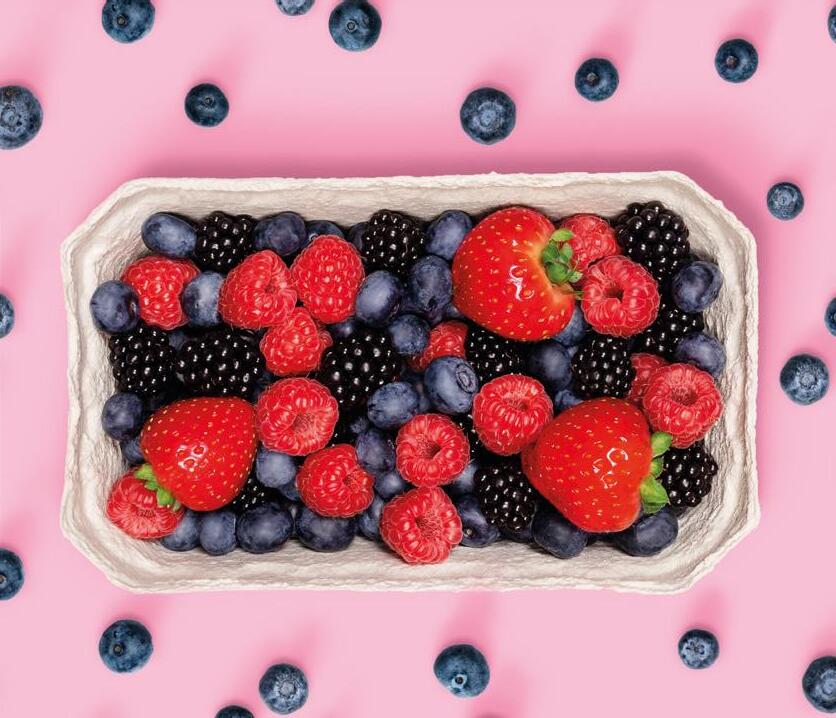
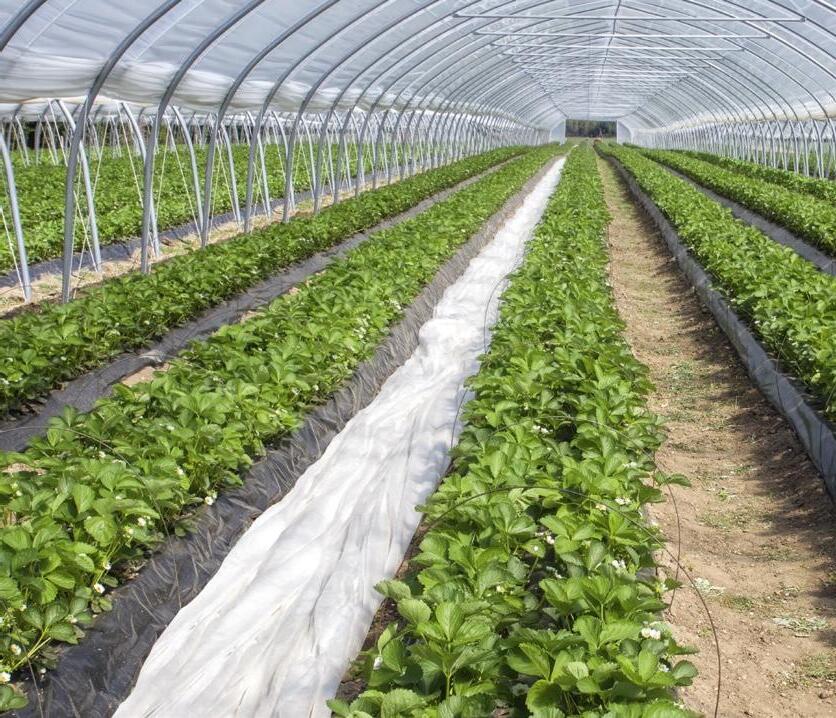

agricultural non woven mulch films bio films



floor fabric perforated foils nets fastening material


trays from different materials boxes made of cardboard wooden baskets paper & PE bags load securing
MT






natural longer storage buffer crop peaks preserve color and freshness extend quality preserve taste Kühling Fruchthandel
www.kuegro.de
Phone: +49 4473 92774-0
Fax: +49 4473 92774-29
Mail: verkauf@kuegro.de
After leaving Nature’s Pride, its founder Shawn Harris became a household name in the Netherlands thanks to the television program Dragons’ Den. She is better known in the Dutch media as the woman who won over the Netherlands and all of Europe, really, to readyto-eat avocado. Now, Shawn is making a name as a ‘business angel’. She wants to copy her effect on the avocado market in the startup sector. Orange Wings now has 20 startups in its portfolio. Almost all are impactful and - against all odds - (already) successful. Here we discuss all that and more.
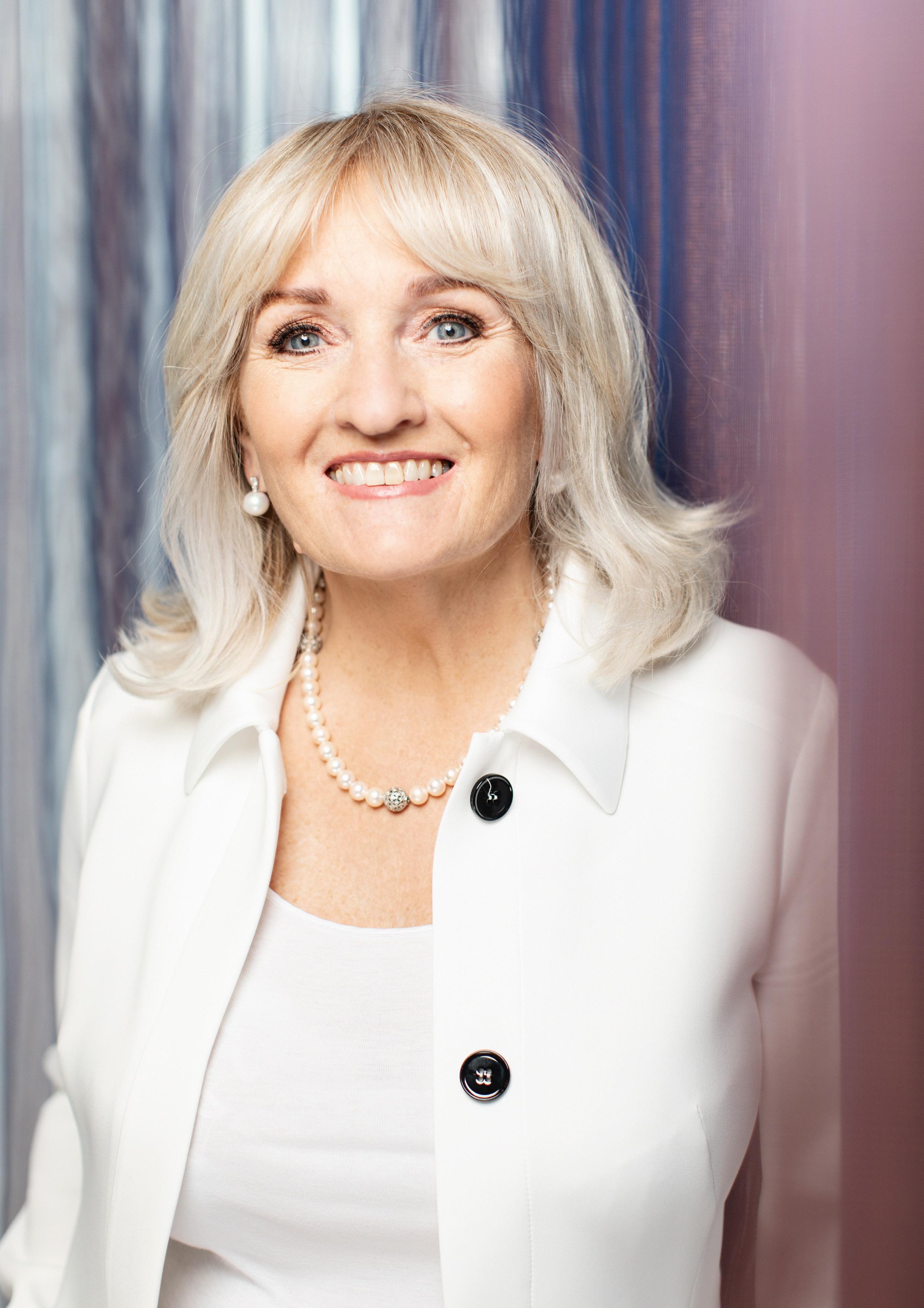
“Decide, plot a course, do your homework, get behind it, and see it through”
After selling your company Nature’s Pride in 2016, you appeared on Dragons’ Den in 2022. Why embark on that adventure?
The Netherlands has a thriving startup sector and can be proud of how it supports these ventures via various channels. Nonetheless, more venture investors should be supporting entrepreneurs in the early startup phase. It’s such a shame that they don’t. There are genuinely thousands of startups. I get two or three applications per week. Young entrepreneurs should get the chance to chase their dreams. TV programs like Dragons’ Den are an excellent incentive for that.
You were not in the limelight when you were in the fruit and vegetable sector. Your appearance on Dragons’ Den caught the media’s attention, and they crowned you the ‘Avocado Queen’. What do you think of that?
That title bestowed by the media means nothing; I don’t care about status. On the contrary, I’ve always very consciously avoided publicity. I never thought I’d be selected as a Dragon, but they thought I’d be a perfect fit as an angel investor. I was interested in the program and curious about the other Dragons and startups. So, I went and talked to them. The day I had to decide, I told my husband I wasn’t going to do it, but when they called, I suddenly changed my mind.
I knew anonymity would be a thing of the past, and I don’t regret my decision. Doing the program was so much fun and very sociable. Us Dragons still keep in touch, sometimes about business, because we’ve invested in some companies together.
I don’t personally know very many influential people who know how to deal with that power. So being a Dragon taught me plenty too. When you sit in that chair, the game begins: Who will support me? Do I go for fewer shares? Do I want it more than the other person? Do I offer a counterbid or add my support to someone else? In 20 minutes, you negotiate deals ranging from a hundred thousand to a million euros. You must be very quick and well-prepared for the next question. My Dutch isn’t perfect, so that was sometimes difficult, but it was always super fun.
Every year, you understand the game better and get better at it. It has also brought me some nice startups. But, sometimes, it’s good to take a break. By now, I support 20 startups; that’s actually too many. I can’t take on any more. What we do is
pretty special. It’s a kind of game, a study. If we believe in an idea, we offer financial support to make it happen, making early-stage decisions together. And most of the shares remain with the founders, where they belong.
Orange Wings takes considerable risks in this very early stage. In the startup sector, you don’t invest once, and it’s all hunky-dory. Orange Wings often invests two or three times. In America, they’re keener to do that. Dutch investors prefer betting on scale-ups. They want to avoid taking the risk with companies that, in some cases, are only an idea. There’s little turnover, no track record. I get that, but I believe these lenders should be a little gutsier. It’s worth it, and I want to prove that.
How do you view risks?
Investing is a tough decision; I’ve worked hard for my money. But, I am not all that attached to it. The rule is: if you have ten startups, one will be super successful, two will do OK to good, and three will break even. The remainder will fail. I want to do much better, and that seems to be working. Of the 20 startups I’ve invested in, 18 are expanding.
Do things go wrong sometimes?
Of course. I step away if I must, too. If I don’t believe in the company anymore or if we don’t meld. I have twice returned my shares for a single euro; if I had wanted all my money back, those startups would’ve gone bankrupt. And if they still believe in themselves, they can then continue. Of all the startups I mentor, that’s only happened twice. Most investors want their money back, which is unfortunate. I try to figure that out as soon as possible to limit my losses. Then I can put my money and energy elsewhere, into promising startups. More wealthy Dutch families should do that. If you do it right, it creates wealth and jobs for the Netherlands.
You’ve achieved success. Are you as driven with Orange Wings as you were with Nature’s Pride?
Nature’s Pride is my greatest success thus far. I intend to surpass that. Orange Wings energizes me tremendously. I want to do well in the VC world.
All investors dream of finding that unicorn: investing in a startup that reaches a $1 billion market value. 80 Acres Farms is a vertical farm where they grow an abundance of crops year-round, indoors with 100% renewable energy, zero crop protection, and no excessive food miles. I was 80 Acres Farms’ first investor in 2016
and sit on the board. Their seventh farm recently went live. I genuinely believe this is the future. When I sell that stake, I can invest my earnings back into new startups. I want Orange Wings to be a flywheel of sorts.
How do you give startups wings?
I see myself as the ‘mother angel’. We agree that I stay involved, and they’re fine with that. I speak to all the entrepreneurs at least once every two months. It took me ten years to succeed in the fruit and vegetable sector. I made plenty of mistakes and had to figure things out on my own. By offering sound advice in the early stages, I want to flatten that learning curve. Orange Wings now consists of a team of five professionals who, together, support startup founders in their grand plans.
You did it all alone?
Indeed. I had a far tougher time than the startups I support, but I see they appreciate that. Providing help may spoil them a little, so I try to toughen them up somewhat. Those startups I pick are driven entrepreneurs. I think it’s vital that we click and that the startups have a great idea that distinguishes them from the market and their competitors. If you have the money, I reckon you must help others. I’d have never made it without help, would I? I consider it my responsibility to invest in startups.
How do the startups find this close relationship with their investor?
I know all the ins and out of startups. And we dive very deep with them. There’s only one condition: they mustn’t be shy; they must dare use our services. Tell us if you need us. We want to bring the right people on board to drive optimal growth. These entrepreneurs are realizing their dreams. I visit them regularly; not so much as an investor, I think, but as part of their company. I’m not focused on the exit; that will come at the right time. That makes me unique in the venture capital sector, which is why I think I’ll be more successful.
Does the American and Dutch mentality differ?
I’ve lived in the Netherlands for 33 years, so I feel more Dutch than American. I did change, but I’m more daring. Whether that’s because I’m American or because I’m Shawn, I don’t know. I find Americans and the Dutch to have similar characteristics. And entrepreneurs are outliers, very driven people.
How much does your experience in the fruit and vegetable world help you as an investor?
I hesitated for a long time before I started my company. Nobody believed in me, and there was competition aplenty. I started for myself twice in the fruit and vegetable trade sector. Finally, I began Nature’s Pride. I believed I could do better. We developed very quickly and went from moving boxes to added value. In that, we were distinctive. Nature’s Pride started with two people, and I took that to 600 staff and 400 million in sales. So, I’m well aware of what happens in those startups and the problems they face.
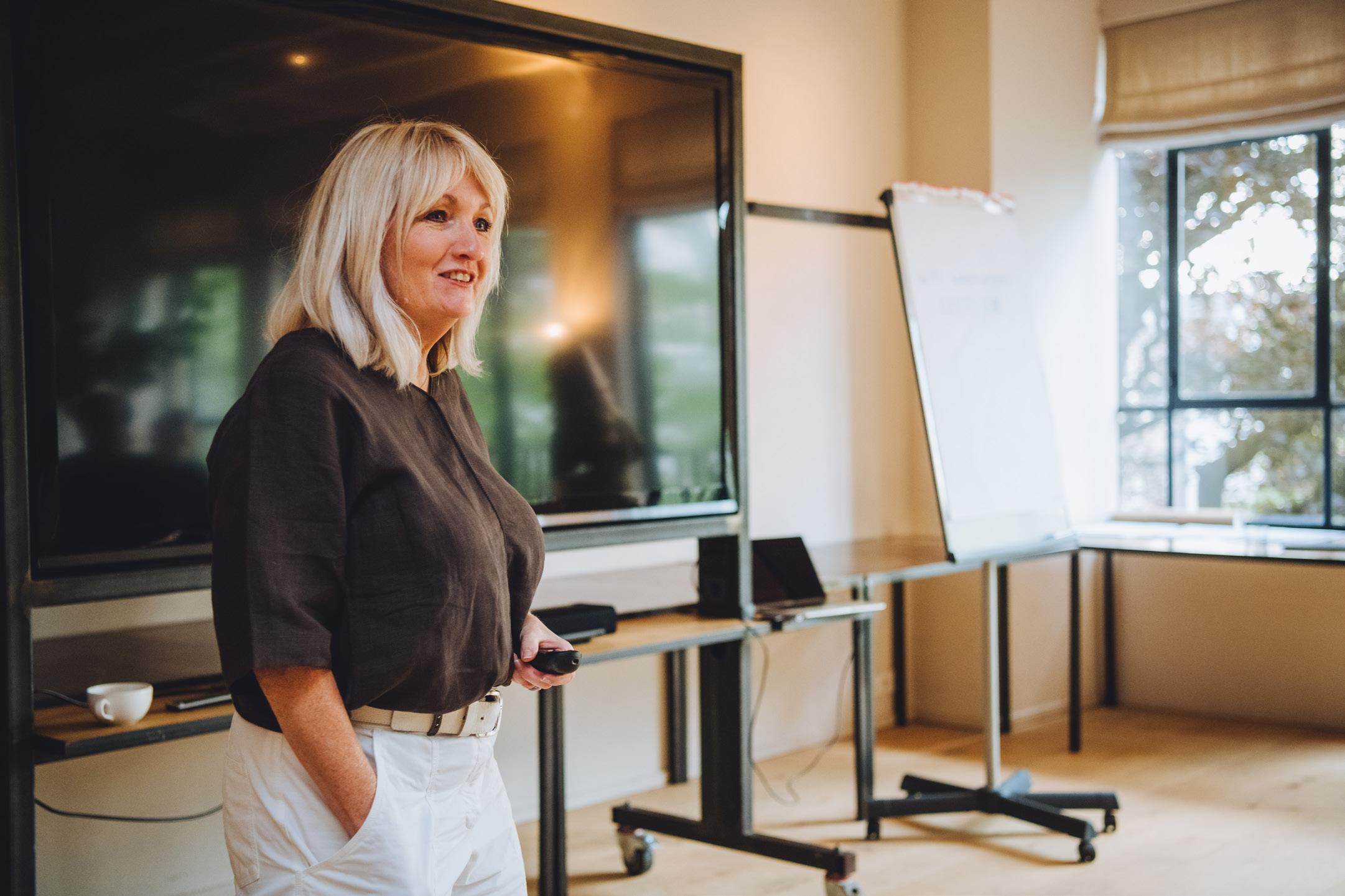
Looking back, I was too frugal regarding staff in those early days. For example, if I’d hired a good financial manager from the start, I’d have had much less work on my plate and more financial information that would’ve allowed me to manage better. Had I had that help then, it would’ve been easier. I did too much myself and worked myself to death. So, when I quit Nature’s Pride, I wanted to help startups. Because I know for sure there’s a better way of doing things.
Sector know-how aids decision-making. AgriPlace, for instance, was a no-brainer, investment-wise. It’s a global transparent platform for growers, distributors, and retailers that lets them easily understand suppliers’ food safety and sustainability aspects. It works like LinkedIn but for the fruit and vegetable world. The more companies connect, the more it benefits sector efficiency. That’s sorely needed. I’d have loved to have had access to a platform like AgriPlace for Nature’s Pride ten years ago. AgriPlace now has more than 100 subscribers in Europe, and they’re delighted with the system.
When I got the chance to invest in Gearbox, I saw the opportunity to use Artificial Intelligence (AI) to improve fruit and vegetable quality. Gearbox invents, designs, and makes smart robots and automation products, self-learning software, and vision solutions. They give growers, breeders, and traders the digital workers of the future. I’m very excited about the possibilities Gearbox offers the chain. Everyone thinks Gearbox is only for horticulture, but they do so much more. A good example is quality-checking packaged grapes, which ends up saving a lot of money.
In an interview, you said you didn’t want to see another mango tree or avocado orchard. That quitting Nature’s Pride had set you free. How do you keep yourself in check?
Let’s be honest: I have nothing I have to do anymore; I can just go for a ride on my bicycle or sit and read a book. But when I quit Nature’s Pride, I was 53, way too young for that. Doing nothing isn’t my style; I need to be busy; I need that excitement. And yes, I’ve again done more than I intended. I’d said I’d mentor at most five startups; now, there are 20. Their founders - most aged 30 to 35 - teach me things. They’re young; they see the world differently and want to leave the world a little better. They genuinely want to make an impact. It’s wonderful to be part of that.
I promised myself I’d try to spend only half my time working. Plus, the work’s less stressful. I coach and support startups, but I’m involved operationally, so I manage my own time. If I’ve been very busy for two weeks, I take two weeks off. Last year, the ratio was 60-40. The number of startups had to grow from ten to 20. With that volume, I managed to gather
Shawn Harris embodies the American Dream, proving that you can truly go from rags to riches. Shawn wants to become like Warren Buffet, amassing wealth in the financial world. When she came to the Netherlands, she started as a waitress before becoming a fruit and vegetable merchant.
After a ten-year learning curve strewn with obstacles, little support, and the lowest of lows, this ‚poor man‘s daughter‘ from Wisconsin managed to carve out her place in the Netherlands‘ fresh produce hub, Westland, with her multi-million dollar company, Nature‘s Pride. She made a fortune selling it. Unlike Warren Buffet, who invests in the stock market, she supports startups that pique her interest.
Shawn has transformed into a business angel. One of the top floors of Rotterdam‘s Zalmhaven Tower, the tallest building in not only the Netherlands but the Benelux, houses Orange Wings. The view from that office is sometimes shrouded in clouds and sometimes has a view from above them. And, sometimes, it‘s so clear that the view extends to the distant horizon. Up there, nothing escapes Shawn‘s keen eye. She knows full well that, on the road to
a team of top experts and distribute the work better. This year I’m working 50/50 again.

How do you reflect on bidding Nature’s Pride farewell?
It was really difficult for me; I had a hard time letting go of my company. When I left, we agreed not to have contact for the first four months. When I returned, I wanted to get back in like before, but I was no longer the manager. That was intense, not only for me but for the company too. I managed top-down, and everyone was used to that. I knew all there was to know, but the new management had to be nurtured. They had a very different managerial style which was a huge change for
success, you can sometimes find the greatest opportunities in the smallest details.
Seeing the Rotterdam Fruit Wharf towering far above all its neighbouring buildings keeps Shawn grounded. It reminds her of her first difficult years in the world of fruit and vegetable trading.
Nature‘s Pride
Shawn grew up in Wisconsin, where her family was not well-off. She desperately wanted to escape that environment. Shawn studied at the University of Wisconsin-La Crosse. Falling in love with a Dutch F-16 pilot, Shawn moved to the Netherlands in 1989, where she started her own business. She began her first fruit and vegetable business in the city of Leeuwarden in 1990. She spent a tough few years getting to know the ins and outs of the fruit and vegetable sector.
In 1994, she moved closer to the Rotterdam Fruit Port, where she had an office and warehouse in Schiedam. From 1998 to 2000, Shawn worked at two relevant fruit and vegetable companies. After ten years of learning hard lessons, Shawn founded Nature‘s Pride in 2001, staying on as CEO until September 2017. She focused on improving the flavour of avocados and mangoes by letting the fruit hang longer on the trees. She also perfected the ripening process that continues to be improved.
Awards
In 2017, Shawn was awarded Officer in the Order of Orange-Nassau; her company Nature‘s Pride, has been in the top three of the Hillenraad 100 since 2015 and was a finalist as EY Entrepreneur of the Year in 2008.
Dragons‘ Den
Since the start of the Dutch version of the television program Dragons‘ Den in 2020, Shawn has appeared as an investor for three seasons.
www.orangewings.nl
Nature’s Pride. But it worked out well. I still sit on the supervisory board, so I’m not letting go of Nature’s Pride. I know the company through and through and feel I must do my part for my former co-workers. Plus, I love it.
How is Nature’s Pride faring?
Last year was challenging. Something went wrong with the switch to a new ERP system. The entire sector also has to deal with skyrocketing logistics and energy costs. That’s affecting Nature’s Pride too. It’s essentially a big refrigerator with a heating element. That makes it very difficult to find ways to decrease costs.
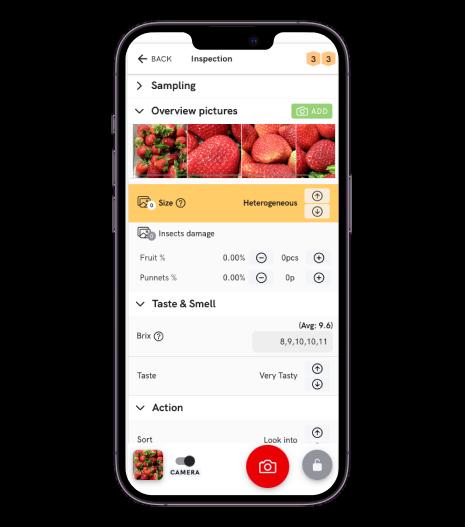

In my experience, “What doesn’t kill you makes you stronger.” Nature’s Pride is re-emerging stronger. Its people are what makes it special: they’re resilient, very involved, and committed. Then, of course, there are all the relationships, from grower to customer, and those partnerships are still there.
Adriëlle Dankier [CEO since June 1st, ed] knows all the growers and clients. She’s tremendously experienced and knows all of Nature’s Pride’s processes. Adriëlle’s a natural leader; I’m proud of her. We’ve achieved a lot and had fun in the 17 years we’ve worked together. Do you still have many fruit and vegetable sector contacts?
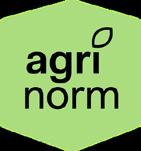
Nature’s Pride led to many friendships with growers, co-workers, and others in the sector. You’re so involved with everyone; you don’t just let that go. Because I’m still on Nature’s Pride’s board, I naturally keep in touch with the sector. We know times are tough now, but that’s often been the case in the last 30 years. In difficult times, the weak leave, the strong remain, and the new join. In my experience, life simply continues.
Automation is changing the sector tremendously. That’s been happening for some time. Retailers want fewer but closer relationships, if possible, partnering directly with growers. However, you’ll always need brokers since supply is not guaranteed, and there will always be market shortages or surpluses. The sector requires more product cooperation and coordination because overproduction is a problem.
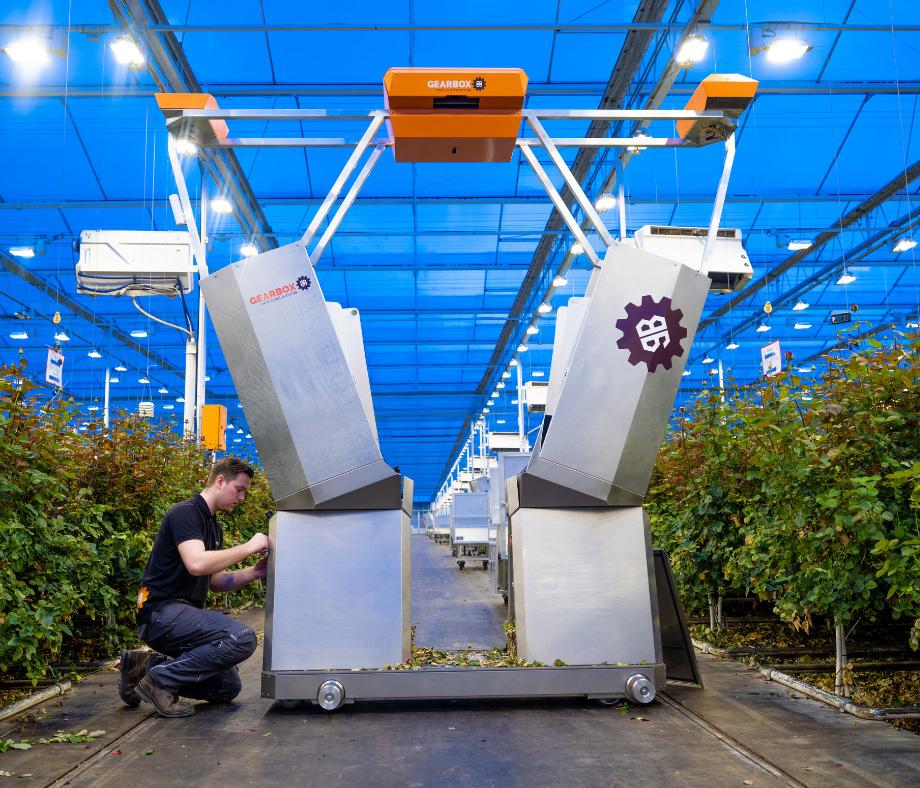
You now work in diverse sectors. How do they compare to the fruit and vegetable sector?
If you can perform well in the fruit and vegetable world, the rest is pretty easy. There are challenges aplenty in the fruit and vegetable sector. You have to sell all your stock. Otherwise, you lose your margin, and, to keep the products fresh, you only have a few days to do that.
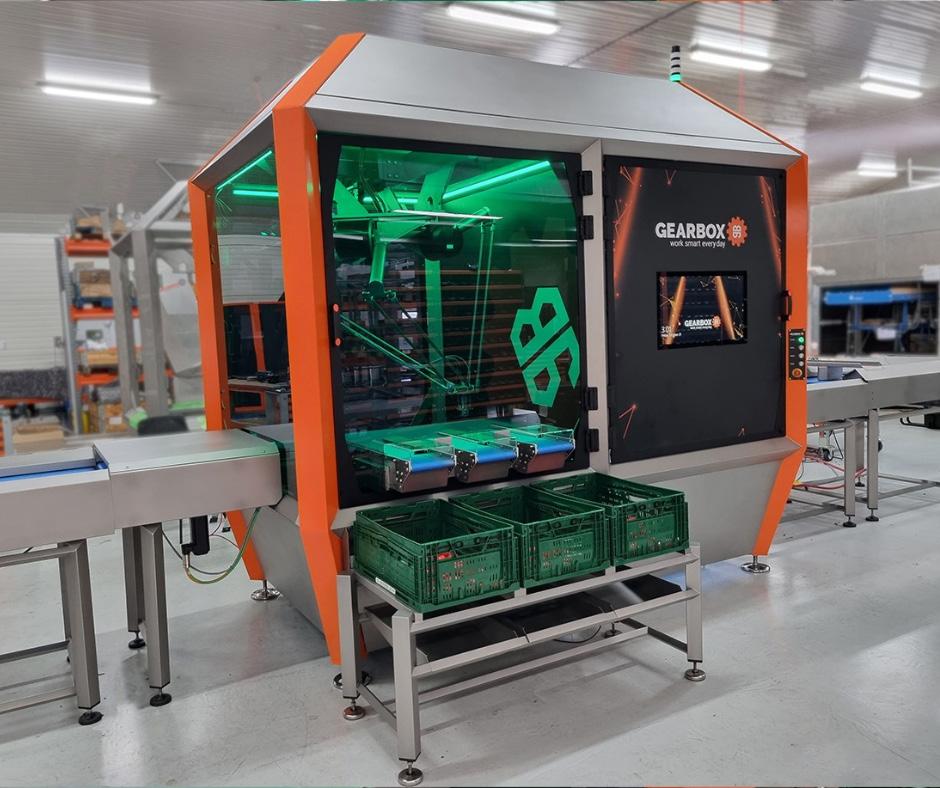
What I like about that sector is that we all support each other. We use one another’s network for transportation and storage and help each other if necessary. If there was a shortage of avocados, we called a fellow company. They helped us out because they knew we would help them if they needed it. That’s the great thing about cooperation; you don’t undermine each other.
We should actually celebrate that more. Like the Hillenraad 100* does. It’s a chance to see each other in a different set-
ting and celebrate our accomplishments. That’s nice and could be done more often, I think. The fruit and vegetable sector should invest more in the Fresh Produce Centre. If we all do that, we could achieve more together as a group.
What important characteristics should an entrepreneur have?
First and foremost, decisiveness. Number two: drive. You must keep in good touch with your business. That involves using your management information very well and being transparent.
I used to visit Nature’s Pride’s different departments several times per week. I knew exactly what was happening in each one. If you stay in your ivory tower, not seeing and listening to what’s going on, you have a significant problem. As someone on top, you must be open to feedback and act on it quickly. Hesitation is a company’s biggest killer. Sometimes you don’t make the right decision, but doing
Wholesaler organic vegetables and fruits

Kempenarestraat 44a 2860 Sint-Katelijne-Waver
T (0032)-(0)15-316281 | (0032)-(0)15-320742
E info@biovibe.be
www.biovibe.be
nothing is worse: decide, plot a course, do your homework, get behind it, and see it through.
Which fruit and vegetable products do you think have a future?





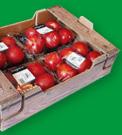









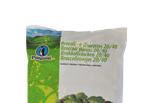

I’m very often asked to invest in food, but I deliberately don’t. There’s fierce
competition, especially when it comes to fresh produce. I also don’t want to return to what was. Been there, done that, and enjoyed it. I’m in the next phase. Besides, I kind of hate it when someone sells a business and starts repeating the same old trick. That’s unfair to the person who bought your company.
The fruit and vegetable sector won’t see me again, though I do support it via my startups like 80 Acres Farms, Gearbox, and AgriPlace. Tech is the future; that’s what I want to invest in: improving business processes.
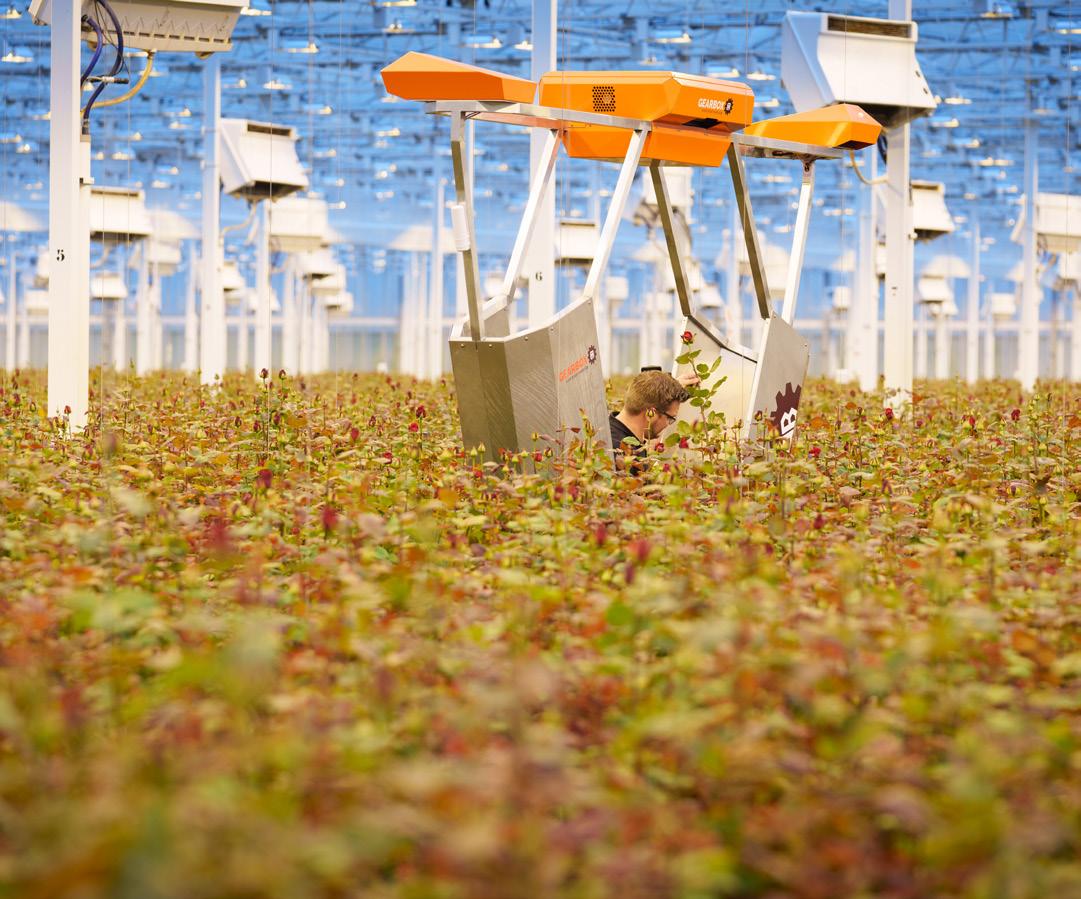








Casepacker systems for horizontal and vertical loading of -in bags packed- products into carton cases, display cases, carton trays, crates and containers. Pick and place systems for bags, trays or special products. Control and transport systems.




















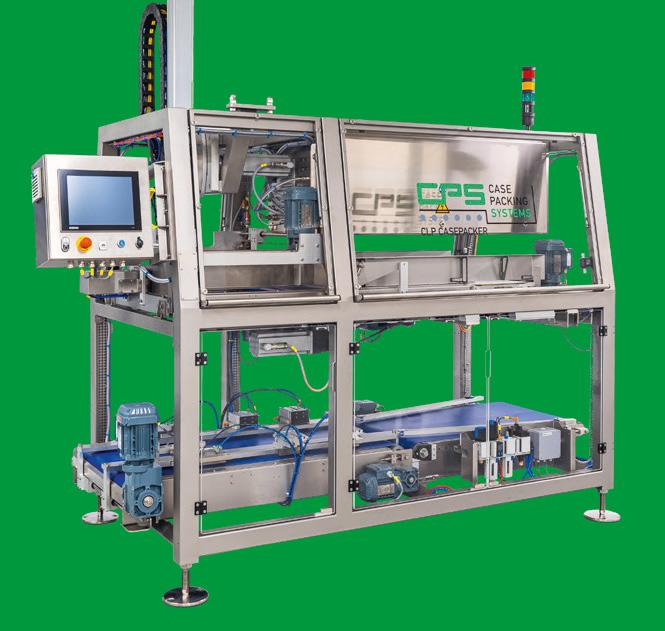
Europe remains an attractive market for South American producers and suppliers, despite recent trends of higher prices and strong demand from Asian and US markets. The response and adaptation to European market trends has led to the rapid investment of planting the latest better tasting, more productive seedless table grape and blueberry varieties.
Pura Fruit, the table grape producer and exporter in Chile, through Felipe Arriagada, board member of the company, says their investments in offices, warehouses and partnerships in Europe shows the importance of this continent to South American suppliers. “Fruit Growers Alliance is our commercial office in Europe and the UK. It is a partnership with Gesex Chile and San Clemente, both Chilean growers and exporters. The objective of this partnership is to find the best options for our commercial programs within supermarkets and other importers in this region, including the Europe Zone and the UK. At the same time, it allows us to have first-hand information about the market situation, anticipate future trends and to
understand the European markets better.”
Pura Fruit, with their table grape season that stretches from October to February exported 3.2 MM boxes (each box weighing 8.2 kg) as Pura Gesex in 2022 with 25% of this volume shipped to Europe and 5% to the UK. Over the 2023 season they are expecting to send 3.8 MM boxes with similar percentages exported to Europe and the UK due to their early harvest.
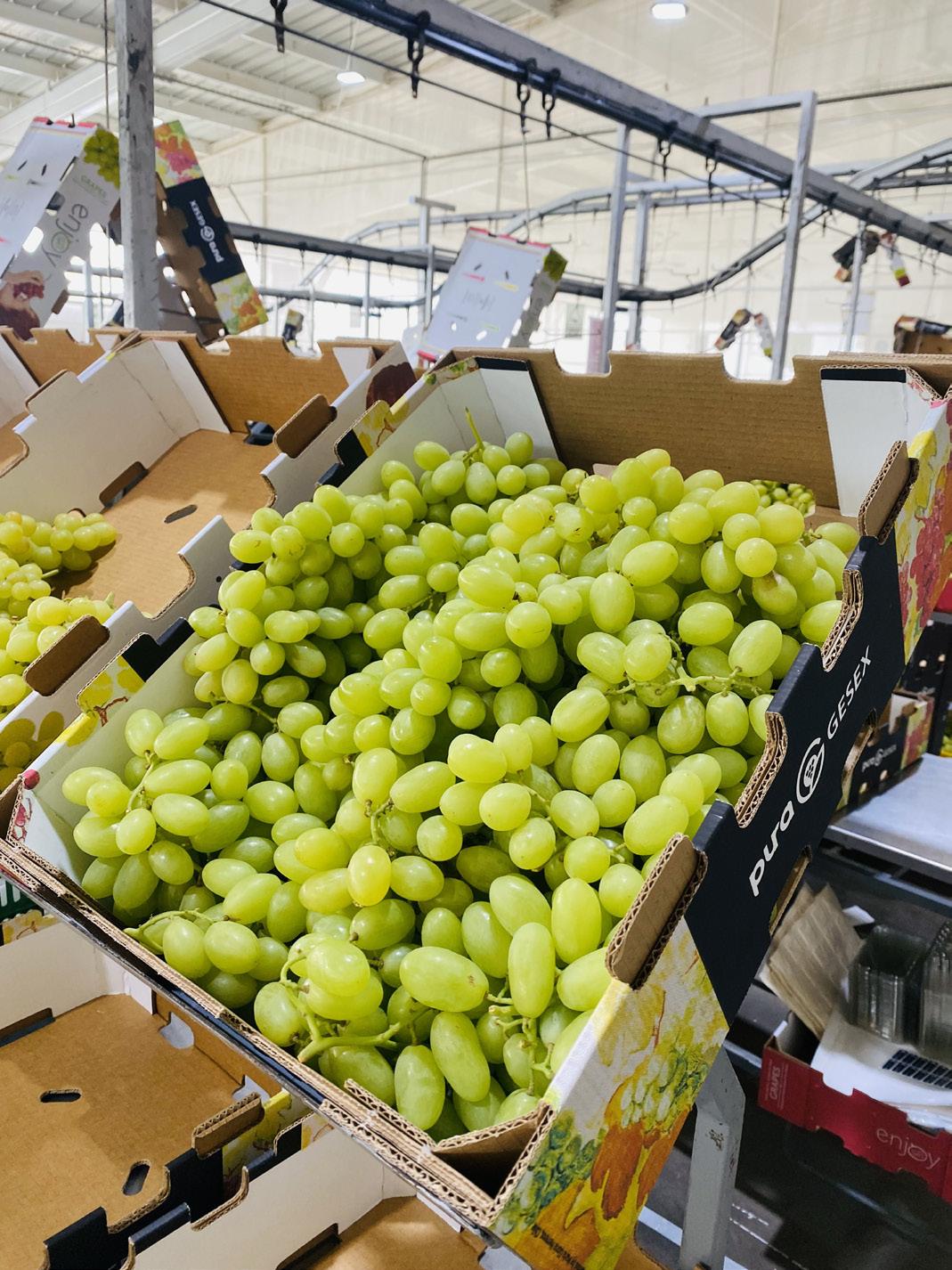
Showing the importance of Europe, Prize, the superfruit producer and exporter that will be the first US Nasdaq listed Chilean company with an initial value of about $425 million, has recently established
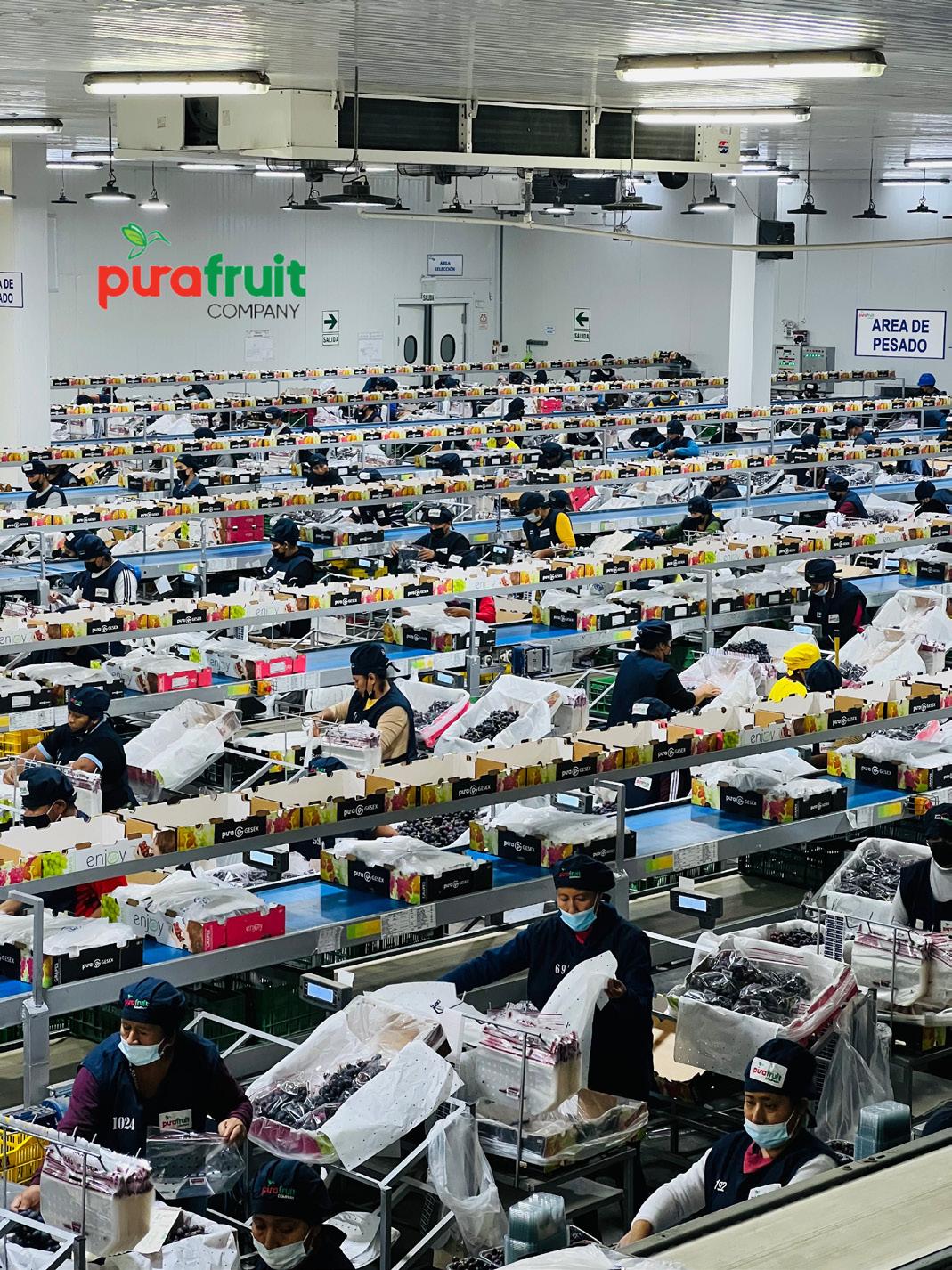
a commercial office in Rotterdam, the Netherlands. Prize has since its inception been present in the European market with the following fruits: cherries, blueberries grown in Chile and Peru, stone fruit (plums and nectarines) apples, table grapes, pears, kiwi fruit and walnuts.
According to Jaime Pérez, Assistant Commercial Manager at Prize, these offices are focused on the active search and development of new businesses, logistical support and solutions to their clients at destination. “Today Prize is present in most European countries with a wide range of products, both in wholesale and retail markets, but we know that there is still a lot to be done. Globalization, e-commerce, new varieties and new forms of business mean that there is a constant change in marketing.”
“We noticed an interest in healthy foods such as fruits rich in Vitamin C and antioxidants. During the Covid and postCovid times, consumption of citrus fruits,
kiwis and blueberries have increased. Prize is an active player in these species, we are the number four exporter in Chile in terms of volume of blueberries exported, we have production in both Chile and Peru. Inflation caused by energy hikes, and the war between Russia and Ukraine have affected consumption in Europe. Movements in the markets have been considerably slower and the demand for counter-season products has decreased,” says Pérez.
Arriagada says at Pura Fruit they have noticed consumers prefer new varieties of mainly green table grapes. “As Pura Fruit, we work with the main breeders, we have 18 table grape varieties. The higher volume is green seedless, which is approximately 50% of our total volume, followed by the red seedless, which is 25% of the volume. The rest is distribut-
ed between black seedless, Red Globe and special varieties. Unfortunately, prices have not increased in the last few seasons and the European economic situation doesn’t look very promising in terms of purchase capacity of the consumers. There are others markets that offer more attractive prices, considering the same quality of fruit. Inflation has finally affected consumer’s preference, who are prioritizing other products instead of high-quality grapes.”
Arriagada says at Pura Fruit they noticed a growing trend in Europe of a preference for companies that shows more environmental care. “We are always committed with the sustainability and main certifications required by our customers. Currently we are working to obtain Rainforest Alliance certification. We
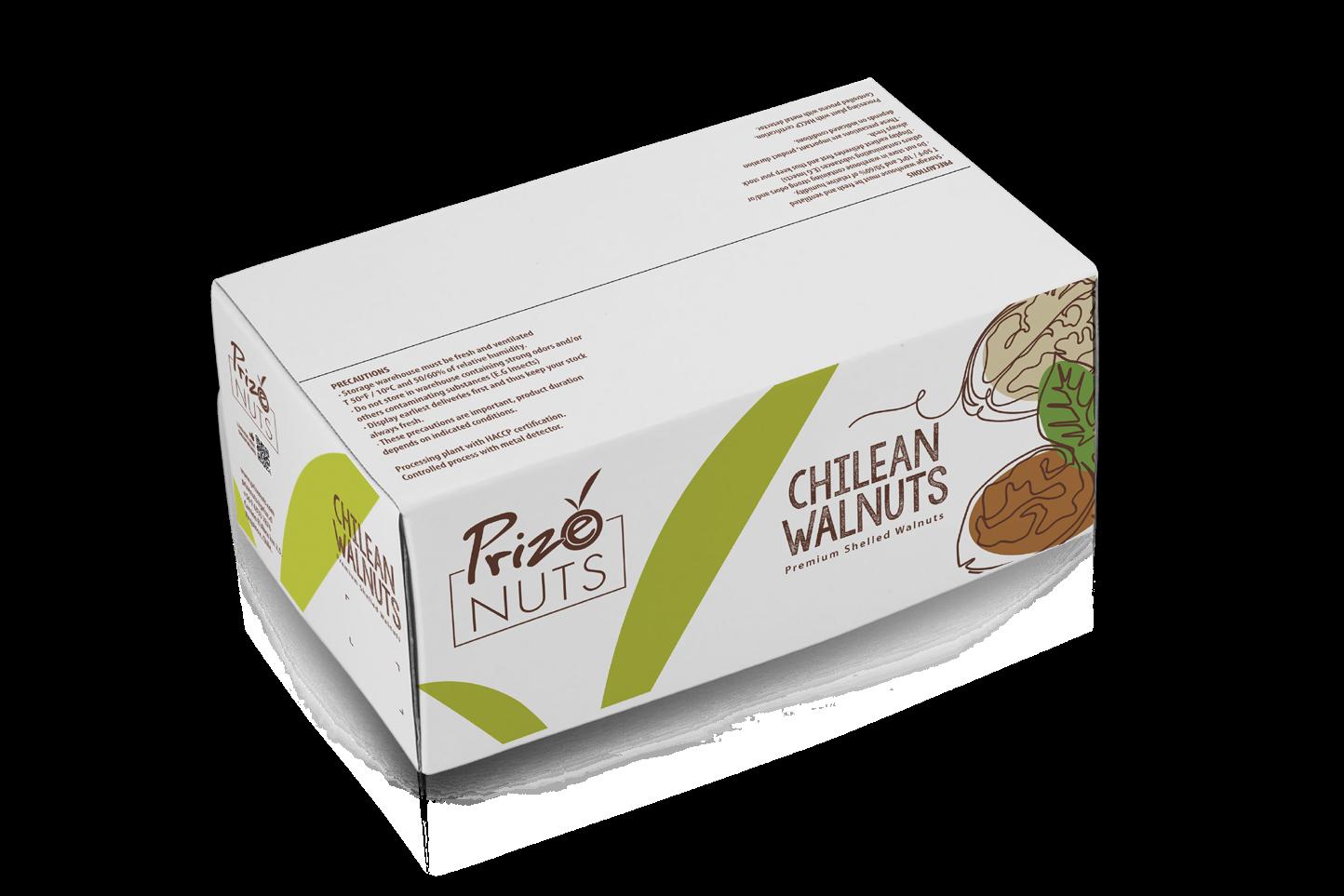

have implemented a sustainability area to implement ESG practices, not only in terms of environmental practice, but in governance and social practices as well. We want our organic growth to not just be a linear one, but a multidimensional growth.”
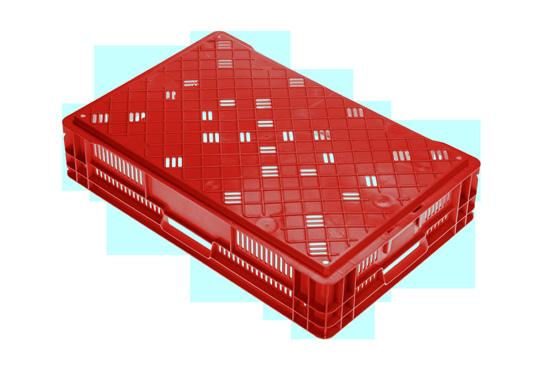

In turn Pérez says Prize, “fears the notion that things are changing and business models are becoming more ‘green’. We saw it with social certifications and this year some were added, such as certifications on the use of water and the total weight of plastic that each container carries. That is why we feel compelled to be informed, with trained people who know how to do a good job, both in the processing plant and in the fields to be at the forefront of sustainable and green supported issues in the field of agricultural business.”

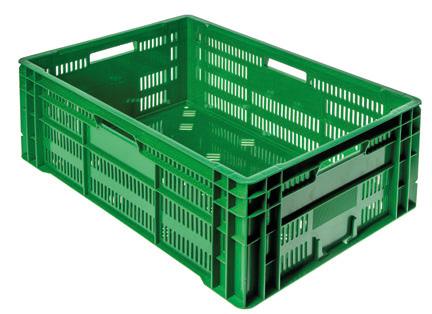

At Stena Line, we have, for many years, taken the view that any approach to sustainability focused solely on environmental factors is too narrow. Our commitment to a more sustainable future takes on a broader understanding, one that is based on care: Care for our customers, care for our resources, and care for each other.

Read more about our work and services at stenalinefreight.com

Pérez says Prize sees tremendous potential in markets around the world “One of the species with potential in Europe is the blueberry, where genetic replacement has played an important role with the new varieties, helping to deliver a better quality product to the final consumer. In this respect, Prize is within the Sekoya Group belonging to Fall Creek. Many of these are already present in Europe and the rest of the world with very good results,” he states.

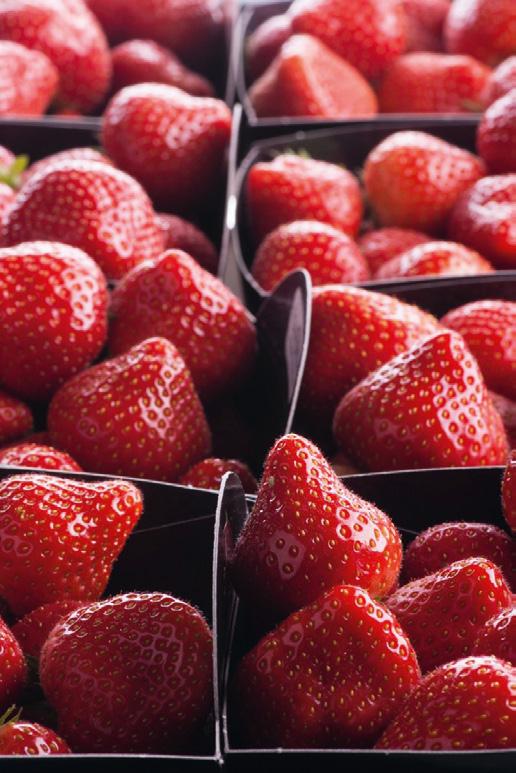
Pura Fruits is actively trying to develop commercial programs with the main supermarkets through their main importers, says Arriagada. “Additionally, in Pura Fruit we are developing an organic grape program and we exported, initially to the US, more than 50,000 boxes in its first year. We expect to increase the volume and to explore new markets, such as Northern Europe, where we see a possible opportunity. Finally, our second harvest program allow us to produce fruit in the first half of the year, where
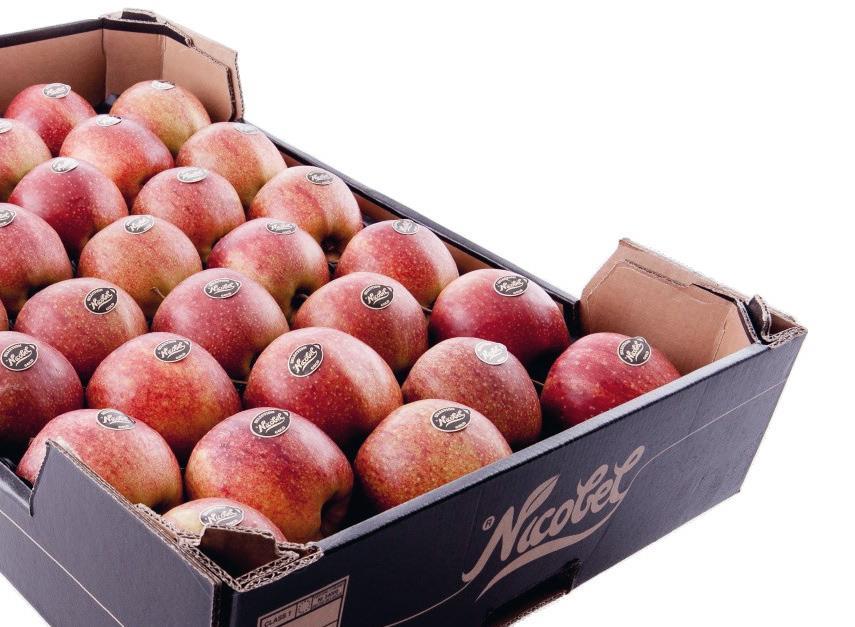

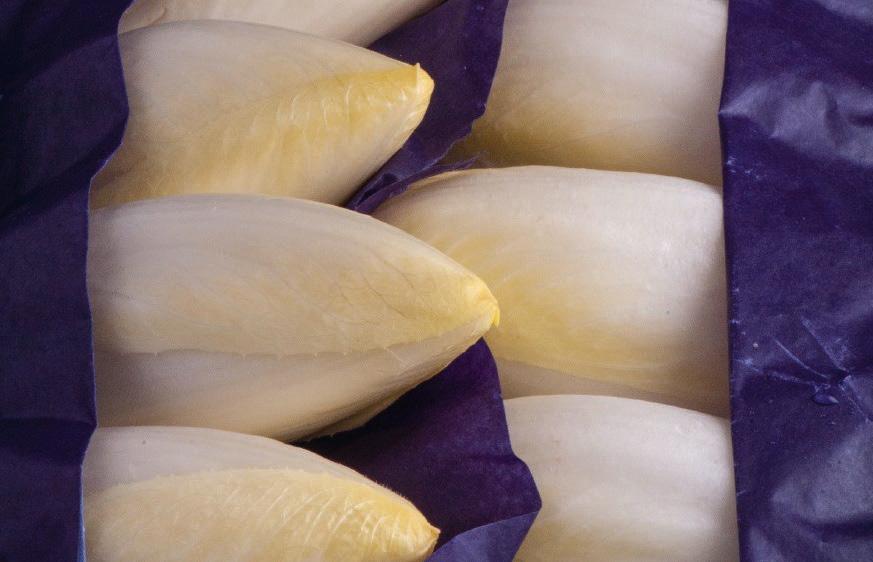
we see an interesting demand in Europe, among other markets.” farriagada@cverde.cl japerez@prize.cl
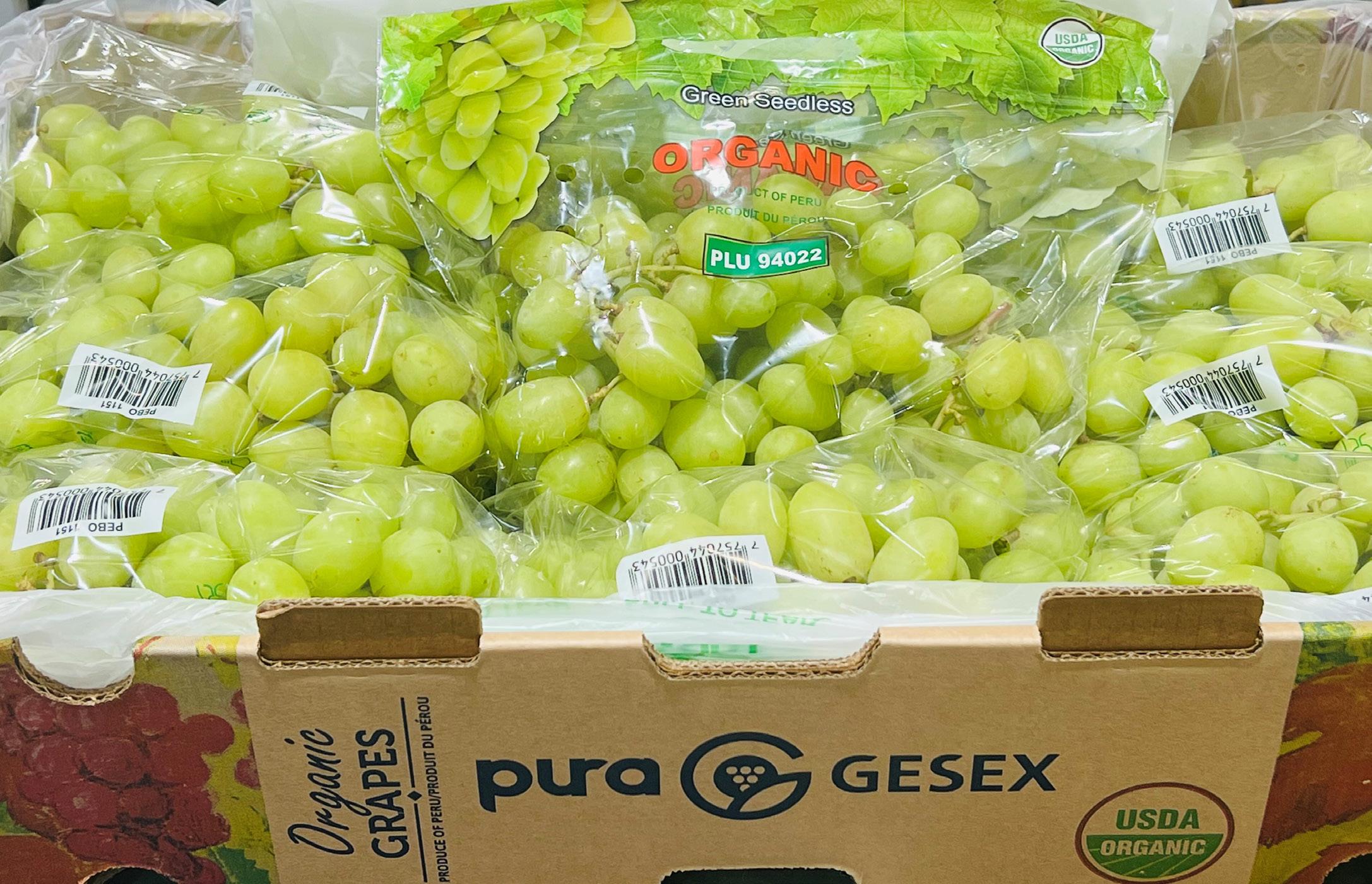
“It’s a little slow to get going,” begins Benny Cuypers of BelOrta, referring to the Belgian asparagus season. “On the one hand, because of the high energy costs; on the other, because of the somewhat dark, nippy weather we had in March.”
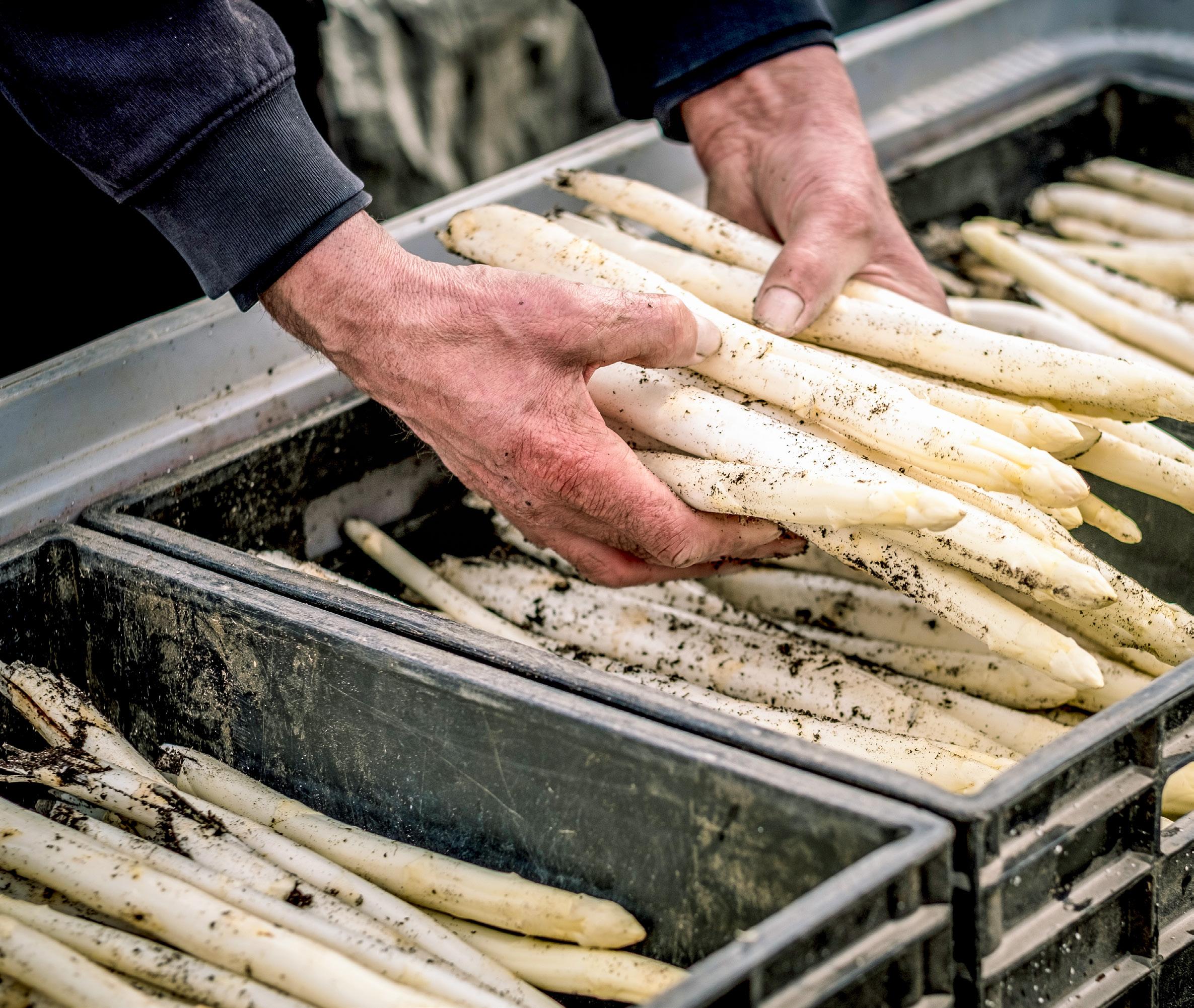
BelOrta has been marketing greenhouse asparagus since early February, with those from heated outdoor cultivation following in late February. “That’s going quite nicely and normally. Volumes are fairly limited, and the interest is very specific; there are only a few buyers,” says Benny, who saw retailers begin selling some asparagus from mid-March.
The BelOrta man adds that the greenhouse asparagus supply is noticeably less than in previous years. He indicates that some growers have dropped out, and the cold March conditions did that crop no good either.
Even though the weather is not cooperating, Benny still expects the first
cold open-field asparagus any time now. Asparagus supplies peak in May, but that depends entirely on the weather, he points out. And not only concerning production. “The weather’s a very decisive factor. Both regarding production -where it determines volume peaks and troughs - but also consumption, which benefits from nice, sunny weather.”
Benny foresees that, as usual, supplies will remain limited until Easter while demand rises. That benefits the market.
“Belgian asparagus a little slow to get going”
“It’s typically a product that garners much attention in the week before Easter,” he says. Cuypers finds the period after that harder to pinpoint. “The weeks after Easter will mainly depend on production volume.” Retail, wholesale, hospitality, and greengrocer demand will also be much higher. “By mid-April, everyone will be trying to sell asparagus,” Benny knows. He believes the increasing focus on local products is likely to boost asparagus demand.
Most of the asparagus sold via BelOrta is white, with only a small volume of green. “Of the 480 hectares, green asparagus grows on about 25, and that acreage has been stable in recent years.” There’s certainly demand for local green asparagus, but according to Benny, it is harder and

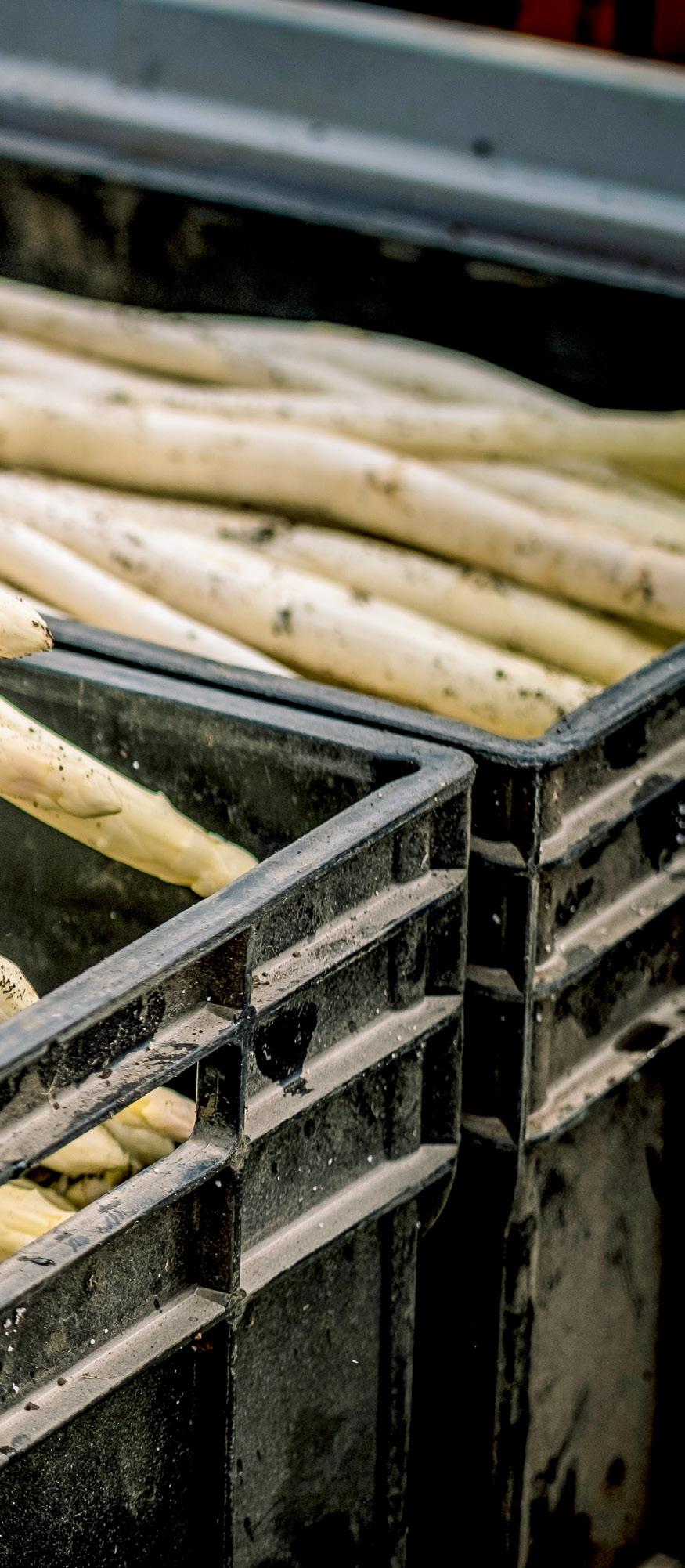
less profitable to cultivate. “There is also more overseas competition,” he admits. BelOrta also offers purple asparagus on a small scale, which is eaten raw and, therefore, especially suitable for salads. “We have very limited quantities of these for a very short time; that remains a true niche market,” he continues.
BelOrta is marketing an ever-increasing amount of peeled asparagus. Benny says these were initially mainly purchased by the hospitality industry, but now, retailers have also discovered this product. After some down years due to the pandemic and the restaurant sector closure, that segment is growing again. “There’s an upward trend. It’s still relatively limited, but we sold more peeled asparagus last year than in pre-COVID 2019. It meets consumers’ need for convenience.”
Asparagus growers have to deal with rising costs, too, but according to Benny, that does not affect prices. Those are
based on supply and demand. He called pricing reasonable to good in late March but no higher than in previous years. Benny adds that excessively high prices affect sales. “Asparagus is considered a somewhat more luxurious product. So, we have to hope that in turbulent economic times, consumers keep buying them and that they don’t become too expensive,” he concludes. Rising costs are not the only challenge he sees for growers. Competition for farmland - also in demand for things like conservation and infrastructure - should mean that the BelOrta asparagus acreage, which has been stable at around 480 hectares in recent years, will not expand further.
benny.cuypers@belorta.be
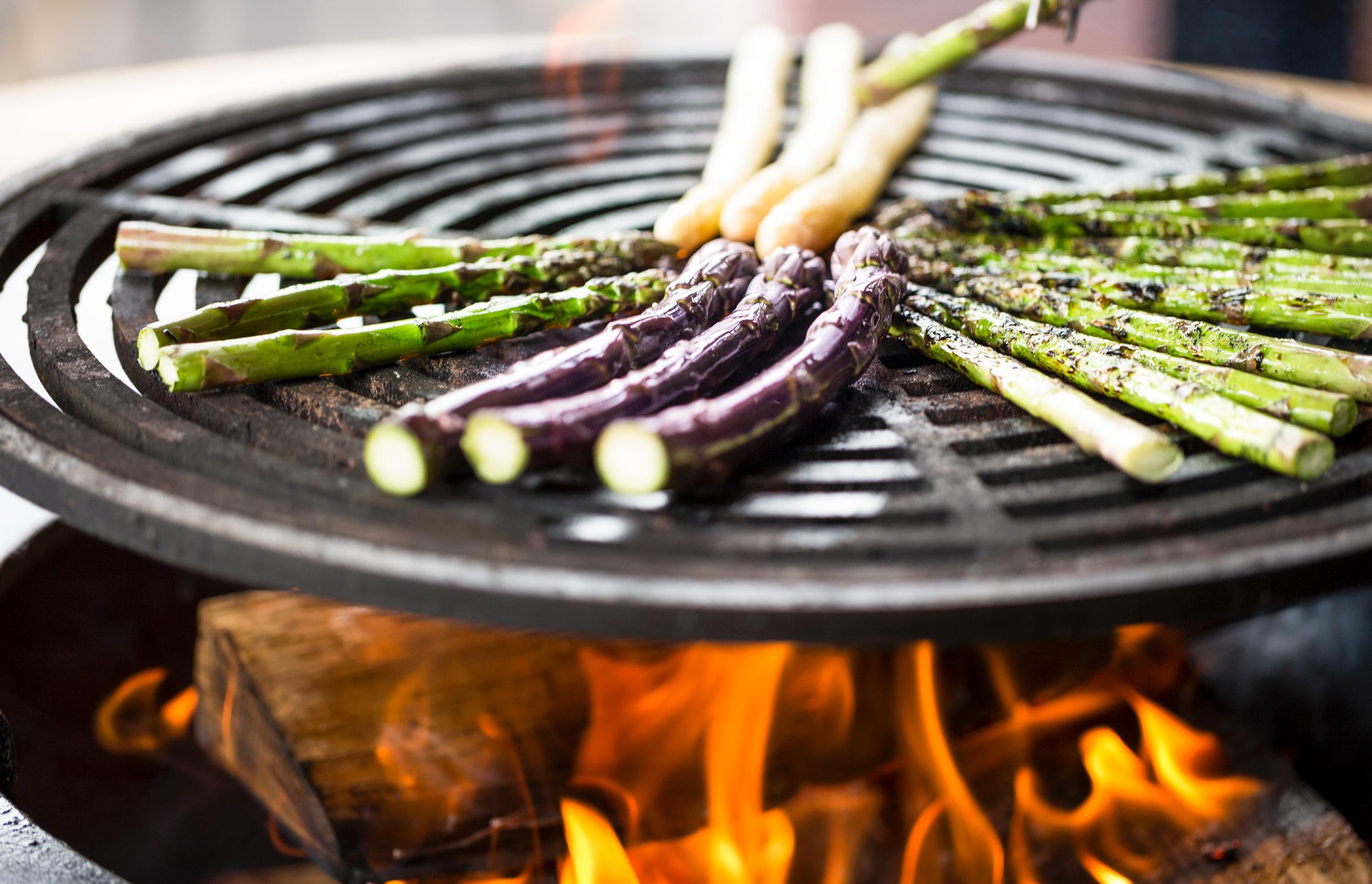
“Our acreage is expanding considerably,” begins Will Teeuwen of the Dutch company Teboza. He notes that this is contrary to the general asparagus acreage trend, which is declining in the Netherlands, Belgium, and Germany. “Several years from now, we want to be able to offer customers year-round European asparagus. With the current climate conditions and varieties, we believe that’s possible for much of the year. Outside of the Dutch season, that primarily involves green asparagus.”
Teboza is thus investing in Italy and Spain as well as the Netherlands and Belgium. Also, there is a heated debate in Europe about whether fruit and vegetables should be flown in. That has led to a preference for European asparagus rising. “It’s more sustainable to get produce from Europe. When they have to choose between South American and European asparagus, customers prefer the European product,” says Will.
He sees a similar development with Dutch asparagus from heated greenhouses. “Why do you have to enter the market in February with asparagus from forced heated cultivation? Is that desirable for the long term?” Will expects some demand for that product to remain but foresees more room for European products. “For several years, and more so this year, we’ve also offered our clients the
chance to start the white asparagus season with Italian products, and the interest in that is rising,” he says.
The market is central to Teboza’s growth. It, for example, sees it as its duty to get buyers - who have become accustomed to having year-round access to green asparagus - on board with the transition to European product. “As a producer, we owe it to ourselves to keep positively highlighting the product. The time to just grow and then see if there’s a market is over. We’re more active than ever regarding marketing and social media. And we engage in discussions with our customers about their needs. We then try to fill that demand for the product we cultivate.”
Naturally, filling that demand involves the current market, too, in which, in early April, Will sees a shortage of these stem
Will Teeuwen, Teboza:
vegetables. There is insufficient volume to meet demand. “There’s not enough volume to run campaigns. There’s only enough to ensure everyone has product in their store,” he admits. But Teeuwen is happy with the fairly stable pricing so far.

According to him, those prices are partly related to volume developments, which in turn, largely depends on the weather. “The weather determines when the volumes will peak, something I see happening later than last year.” He does, however, think it will be a good season. “The only
thing that could derail things is high temperatures. If there are, say, several weeks with temperatures above 25˚C, supply won’t match demand. Then it’s all hands on deck to get sufficient volume to market. We have weekly contact with our clients about volumes; if that’s set to rise, we tell them well in advance. You can’t miss that momentum,” continues Will.
Besides closely monitoring production, Teboza also focuses intensely on controlling cost prices. An increasingly important aspect Will notices. Some growers say they did well with equal market prices; others not so well. For that, Will points to rising costs and stresses the importance of controlling them. “If you get a handle on that, you’ll win the battle.”
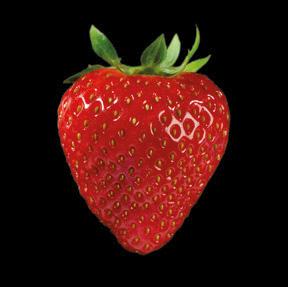
Staffing and housing are other challenges for the asparagus sector, he admits. “In our case, it’s not even so much about the staff shortage, but giving them the facilities they want,” Will notes, adding that when it comes to housing, for example, local governments offer little room to



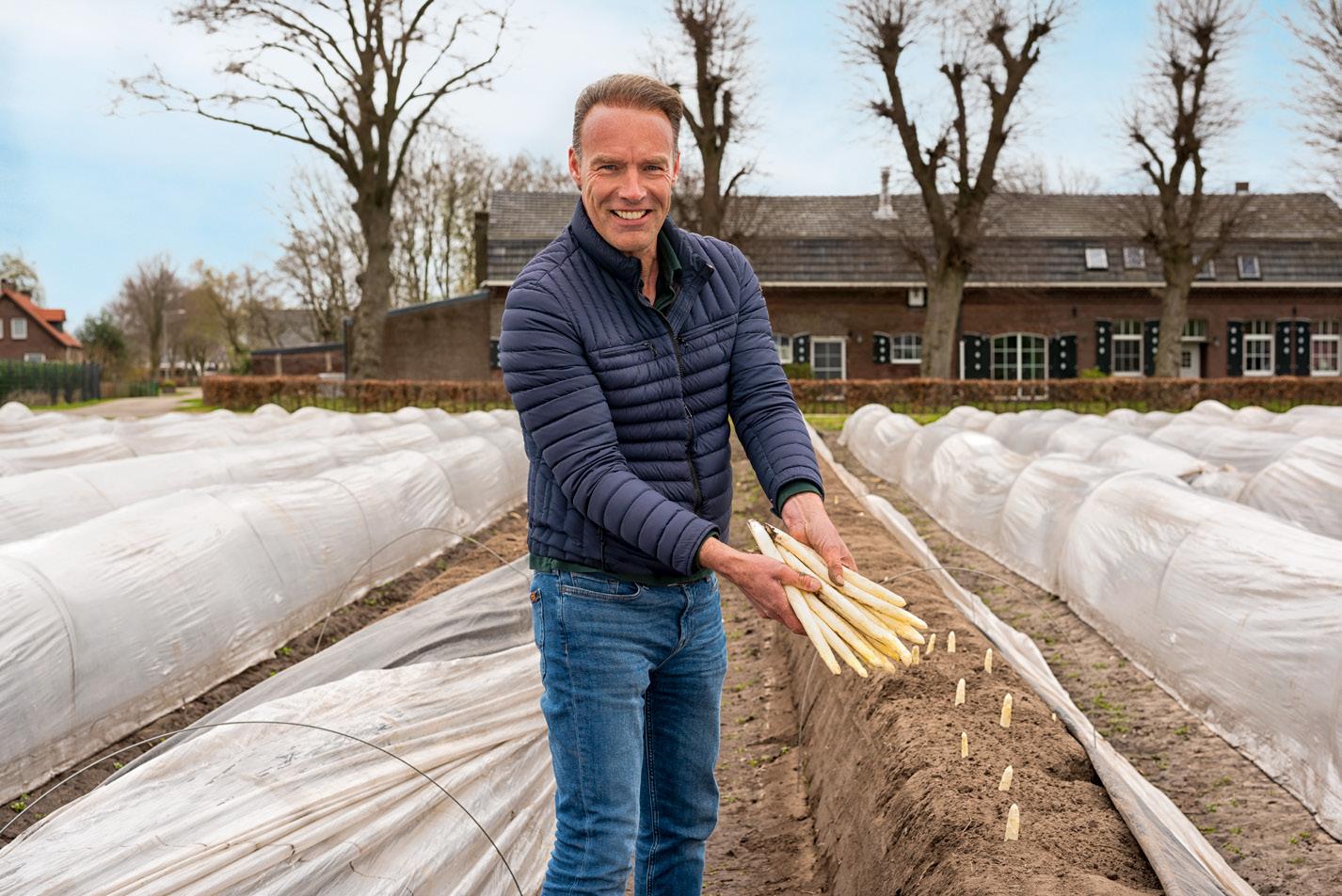
realize plans. “There’s little movement, which inhibits development.” Nor, he adds, can fully automated harvesting robots yet provide a solution. “Those don’t yet boost efficiency. We’re testing them and following developments, but it’s taking longer than expected,” the grower says. Will also notes that you can control the crop cost price and prevent it from rising excessively. “We have plenty of ways to ensure the harvesters work as efficiently as possible.”
Though the horticultural sector generally faces more and more challenges, Will foresees a bright future for professionally organized asparagus companies. “There’s still much more potential in asparagus than we’re all currently getting out of it,” he says. Will bases his opinion on Teboza’s cultivation know-how and plant sales across Europe. “We see fantastic opportunities for the future, which is why we’re investing in new construction. After
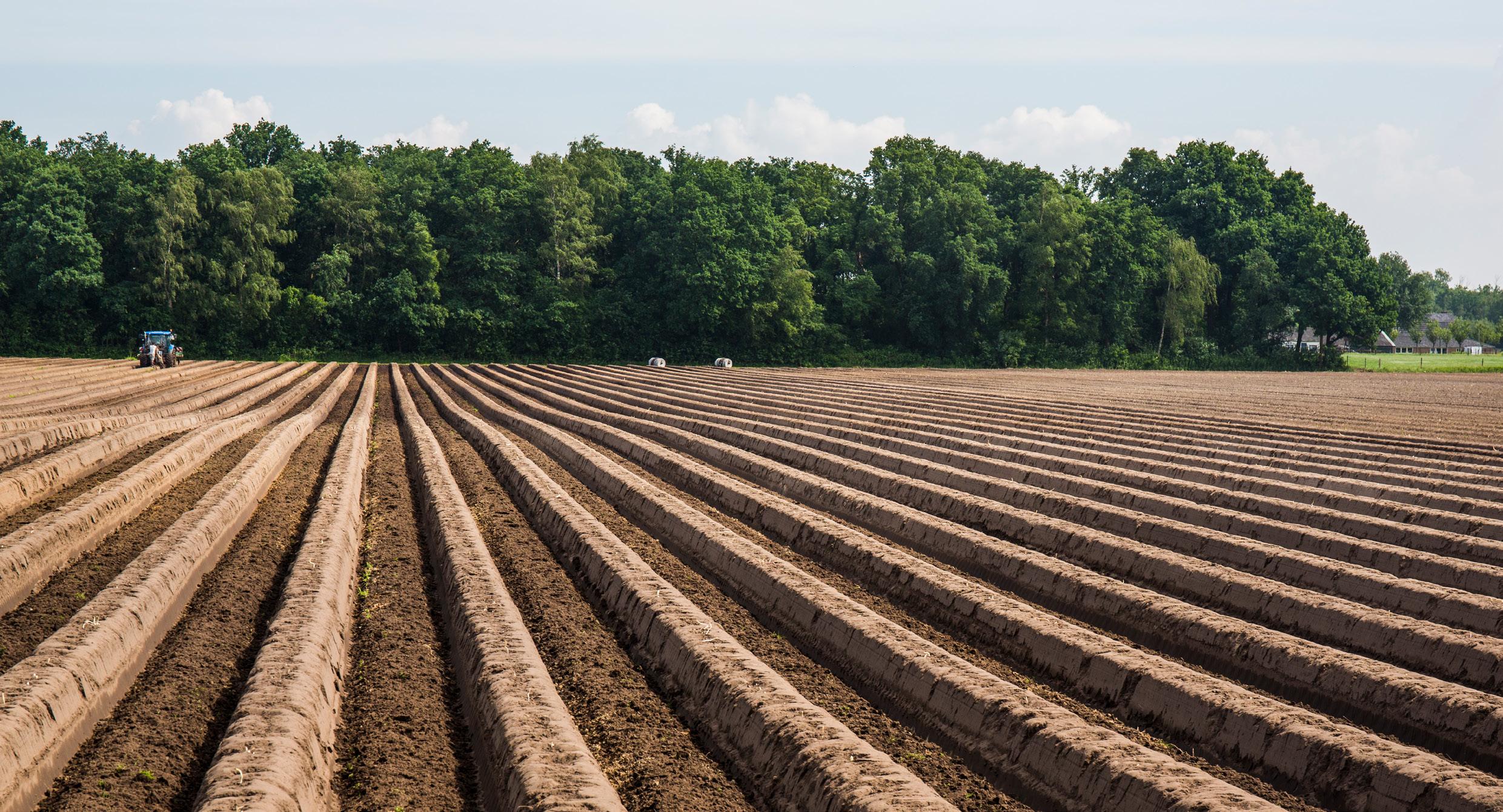
next year’s asparagus season, we’ll start building a new warehouse and office next year. We eventually want to redouble our capacity in Spain, which we doubled last year,” he concludes.
w.teeuwen@teboza.nl
In the Netherlands, the covered and heated asparagus crop was well underway in late March, says Rick Mengers of the ZON fruit & vegetables growers cooperative. Although volumes are lower than last year, when plenty of cold open field asparagus was already available in late March, he is optimistic about the early asparagus season’s course. “Supermarkets are hiking up demand, which drives up prices. We’re satisfied so far,” Rick begins. Volumes are disappointing, so it remains to be seen whether shoppers feel the same way. “I think daily prices will keep rising toward Easter.”
Rick finds it hard to predict how the season will progress. He thinks the first early mini-tunnel cold crops will be harvested in weeks 15 (Easter) and 16.“That will provide substantially more volume. Then the true consumer season will start,” he says. Temperatures play a major role in the asparagus season. “If it’s, say, 25˚C from late April to mid-June, the story’s very different from it staying around 17˚C and cloudy.” Rick hopes for some stability. “A protracted season is
generally better than short spikes,” he admits.
ZON, too, sees that the energy prices forced some growers to choose alternatives to warming their asparagus greenhouses. “That plays a role. Growers with long-term favourable energy contracts are in the clear. But those who purchased expensive gas sometimes make a tradeoff.” Mengers points out that greenhouse asparagus, even without heating, always comes to market a little later, but by retaining natural heat, still earlier than open-field asparagus.
ZON fruit & vegetables also notes that, although white asparagus is still highly favoured, several growers are cultivating the green variety. In the Netherlands, that season starts a little later, at roughly the end of April, but it runs a little longer, too, Rick points out. He, thus, sees opportunities for Dutch green asparagus, despite
having lower yields per hectare than the white variety. “In Italy and Spain, green asparagus cultivation ends around midMay. So, there’s room for Dutch green asparagus that can keep growing until early July,” he explains. Zon also reports an increased interest in convenience - in this case, peeled asparagus.
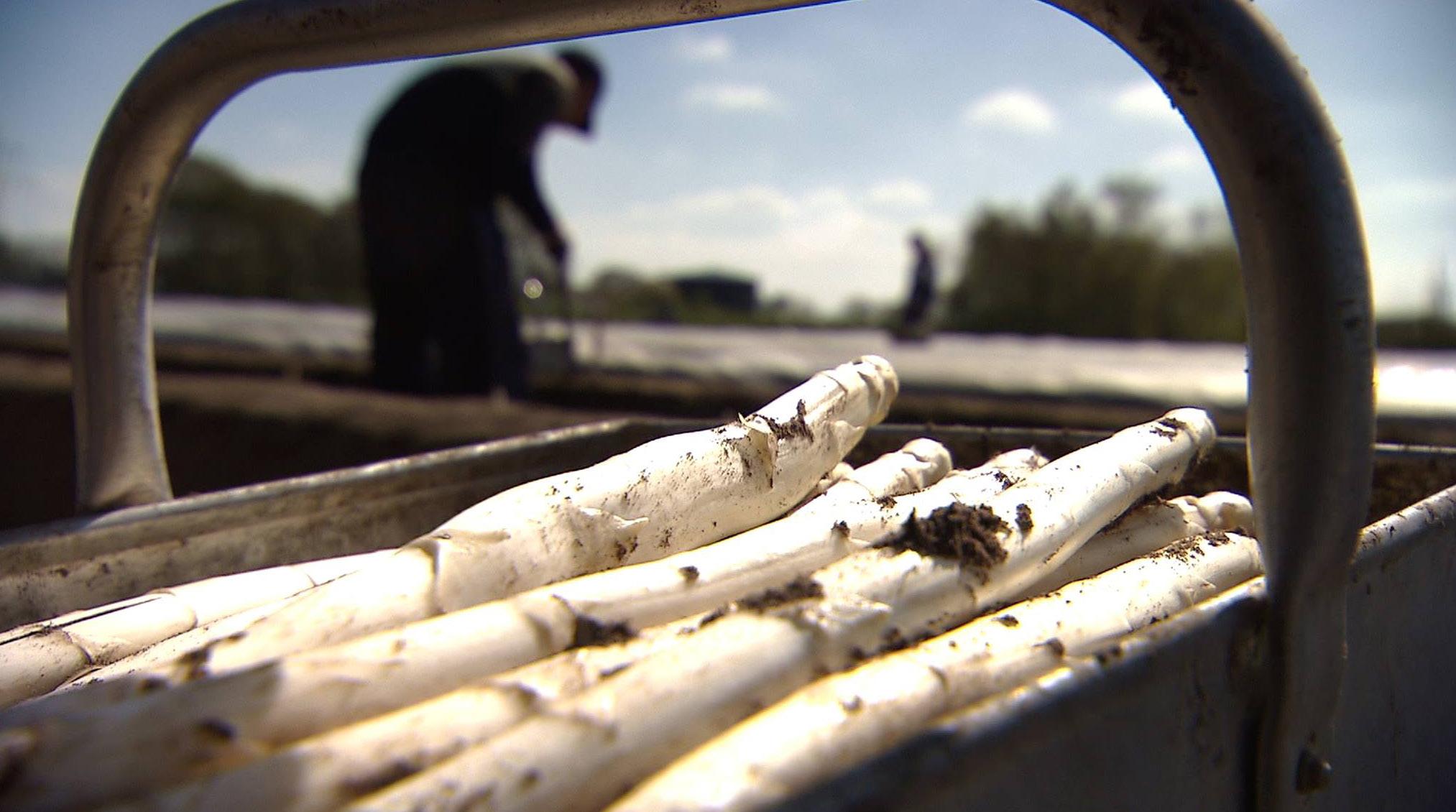
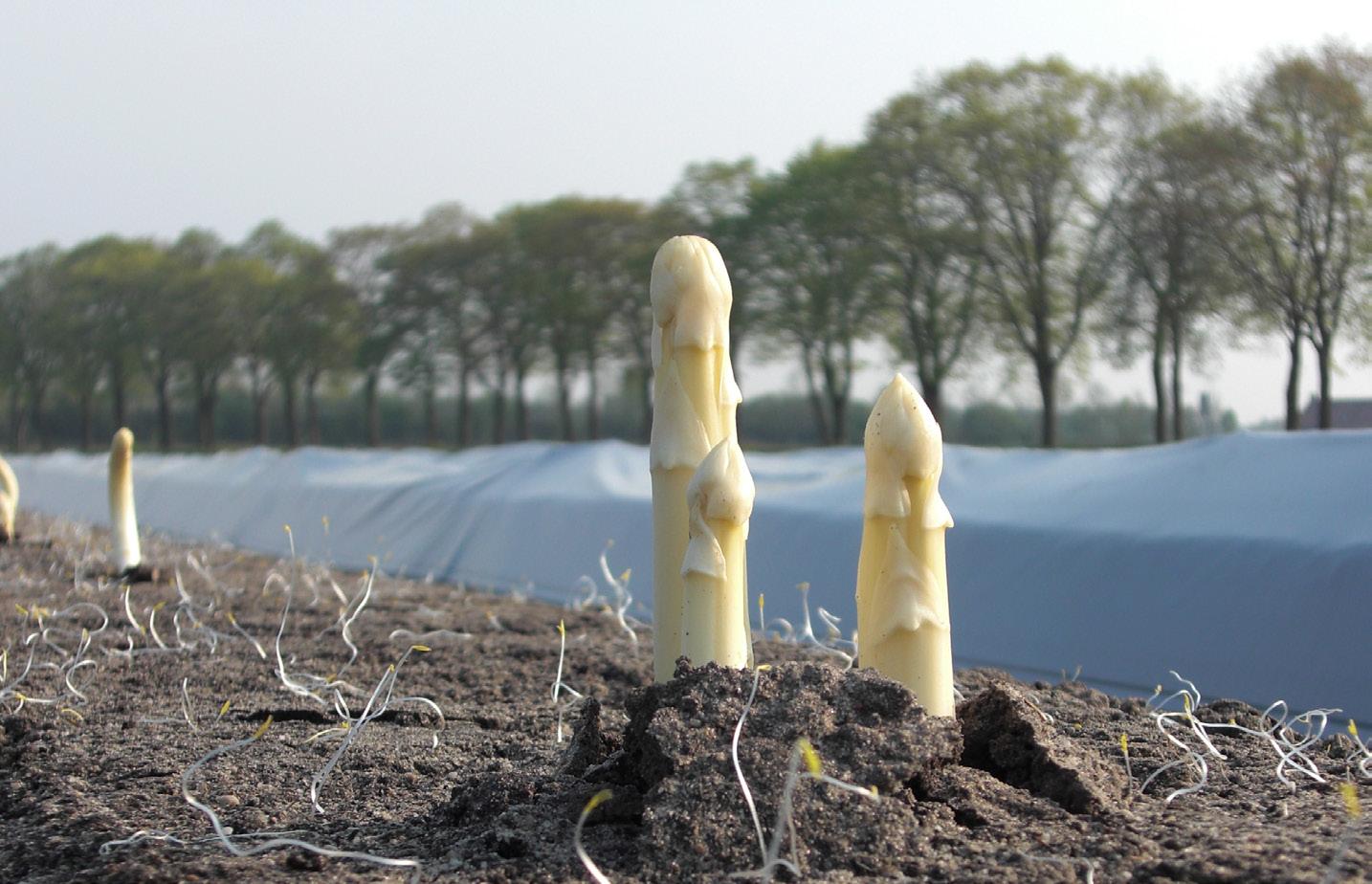
Cultivation-wise, Rick sees challenges in areas like labour, adding that is a tricky aspect - “asparagus harvesting isn’t the most popular work” - also because housing often proves difficult. Zon also notices that it is becoming increasingly difficult for growers to find clean soil to grow asparagus. Rick explains that to ensure quality, after using a plot for asparagus cultivation for seven to eight years, you cannot use it for that same crop for some 25 years.
As a result, it is becoming increasingly hard to find new plots with a suitable soil

type. That is one reason why the Netherlands’ total asparagus acreage is declining. Another is that growers are less and less likely to find successors. “Some young growers are pushing hard to maintain the acreage, though, so the average farm size is increasing.”

While the acreage is shrinking somewhat, consumer enthusiasm for this whitestemmed vegetable is expanding. ZON fruit & vegetables has partnered with The Greenery, Teboza, and the Dutch Asparagus Centre to bring asparagus to people’s attention. That includes repeating a previously successful radio campaign this year. “That’s yielding results, especially among younger people, who increasingly embrace asparagus,” Rick concludes.
Rick.mengers@royalzon.com
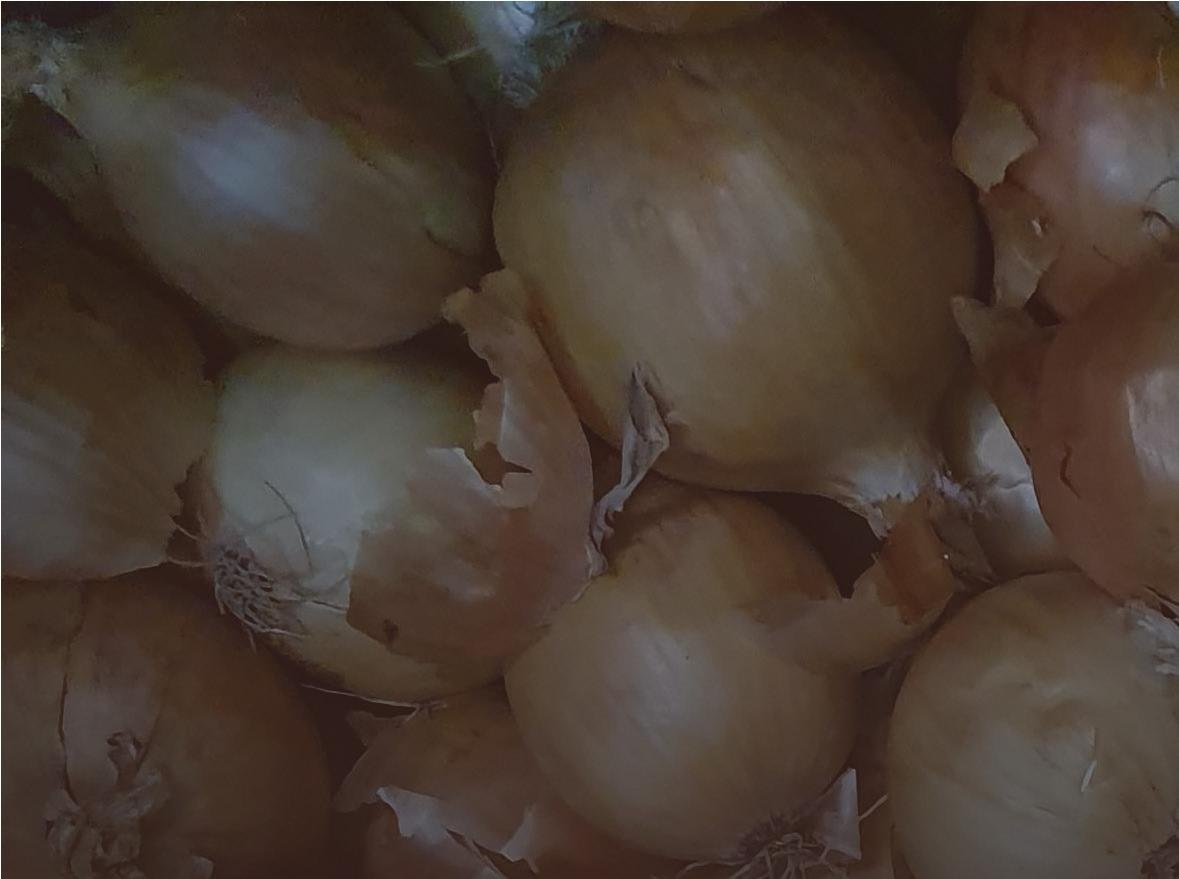
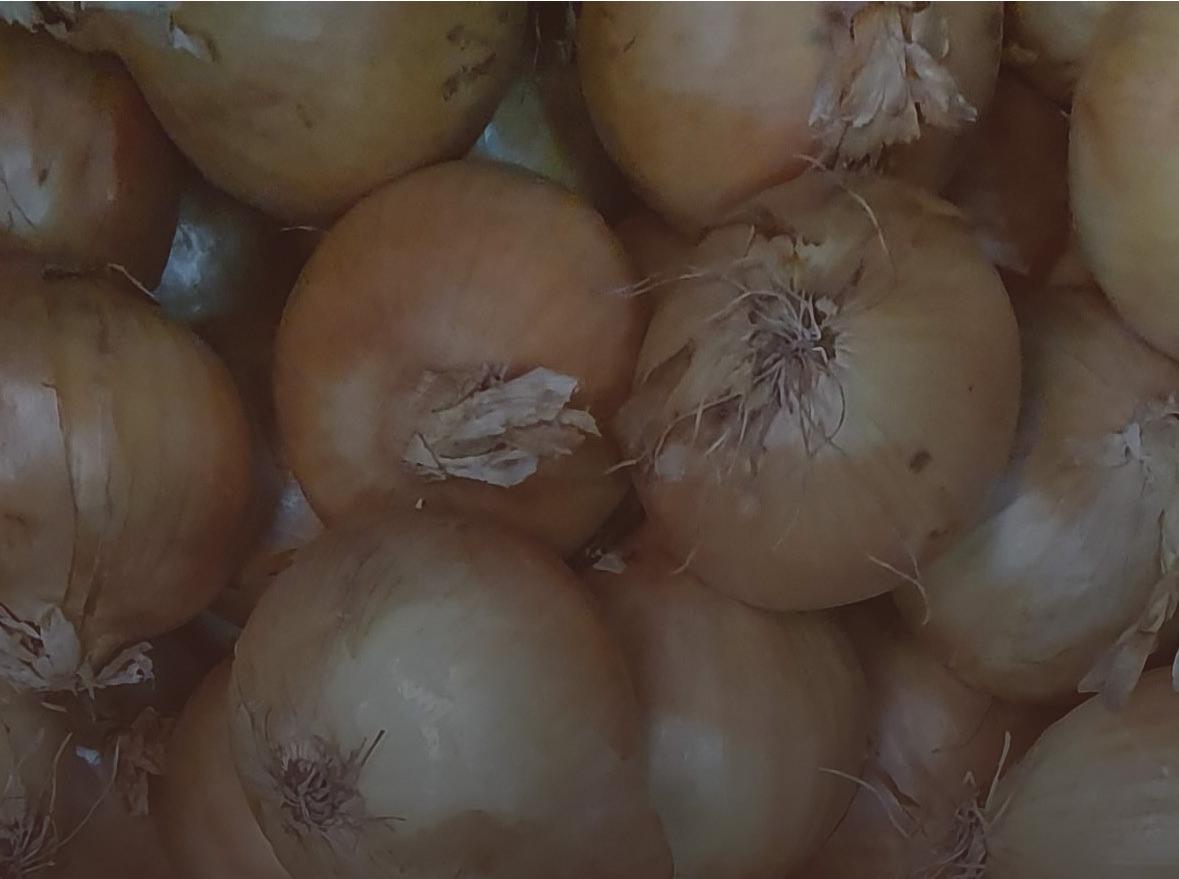
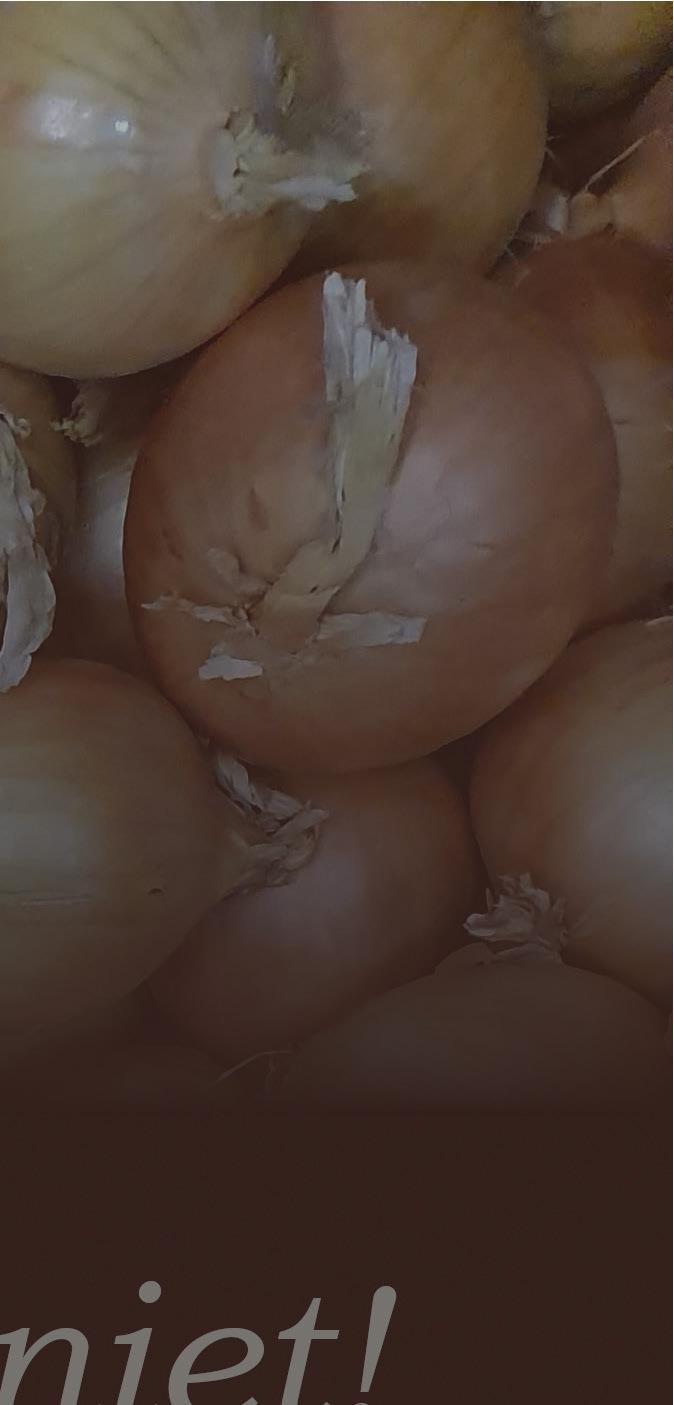
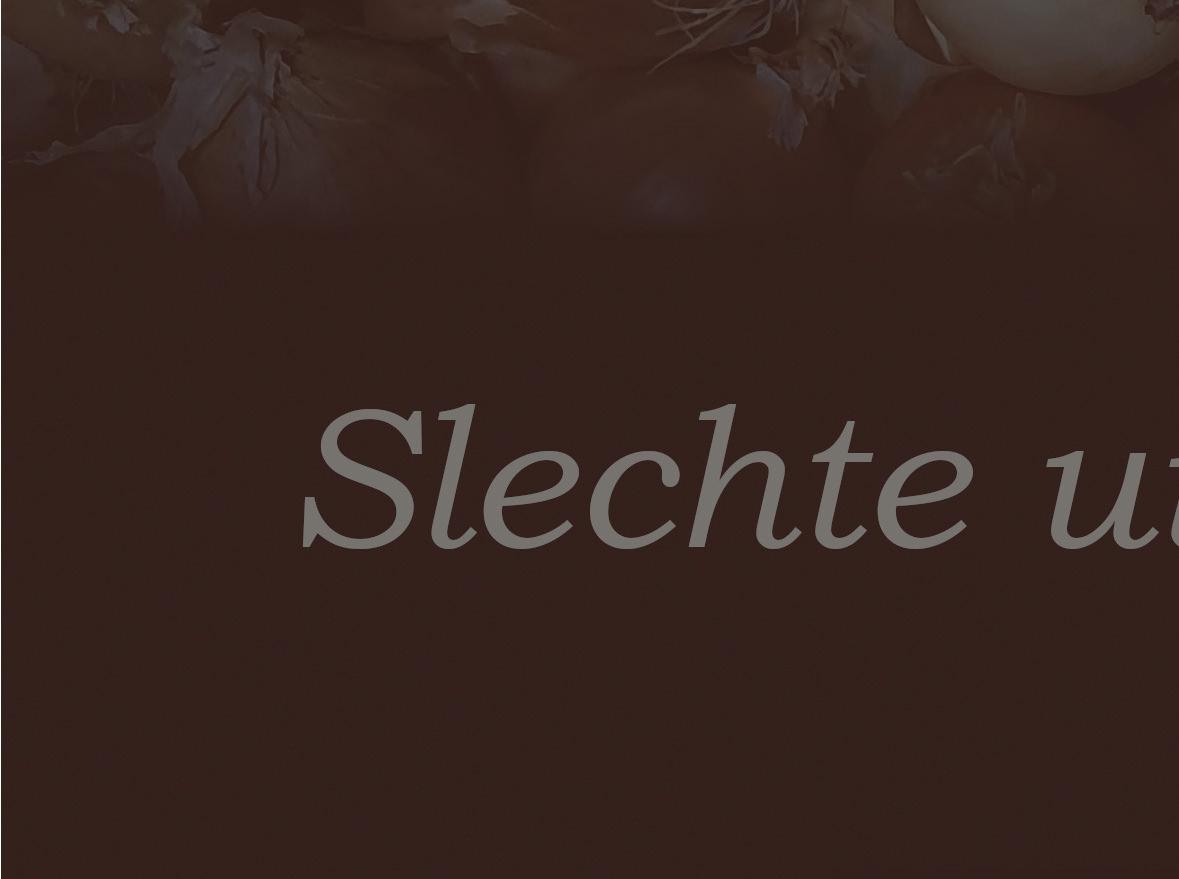
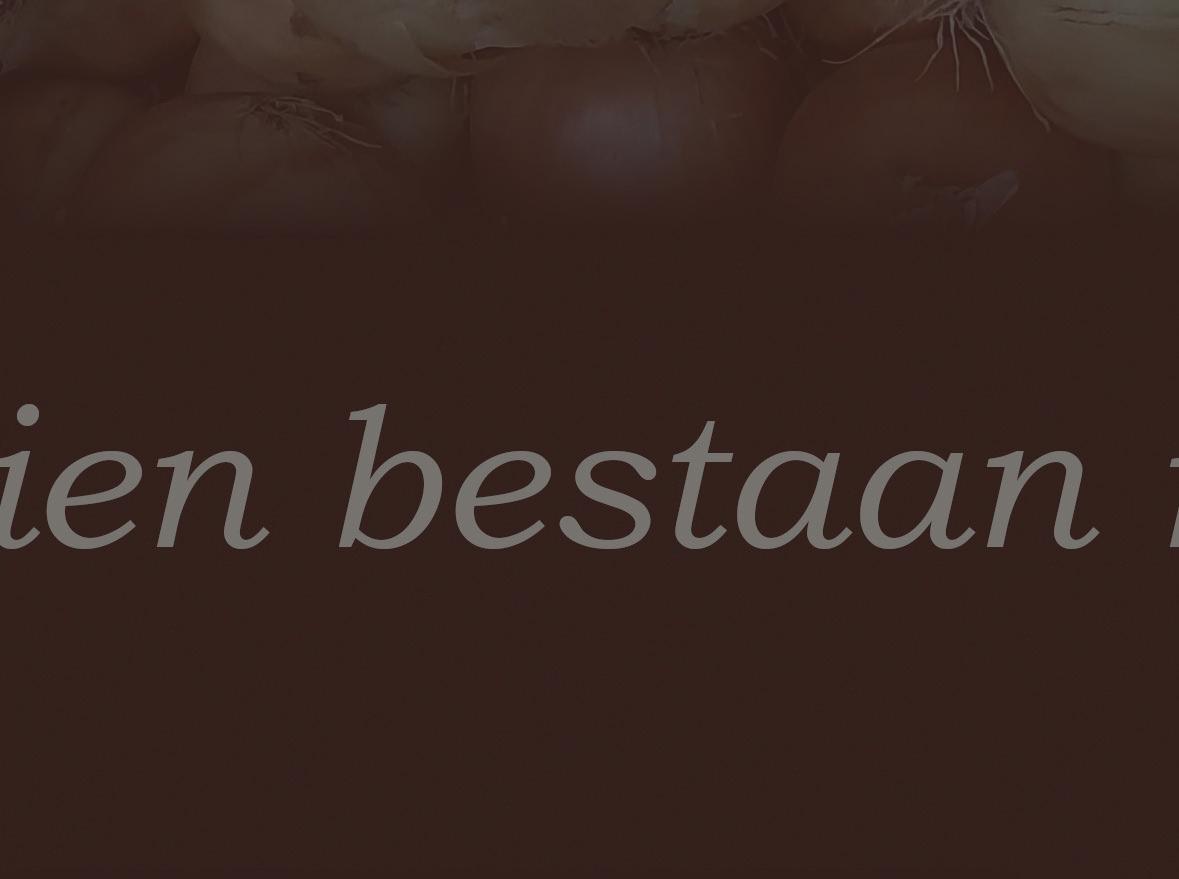




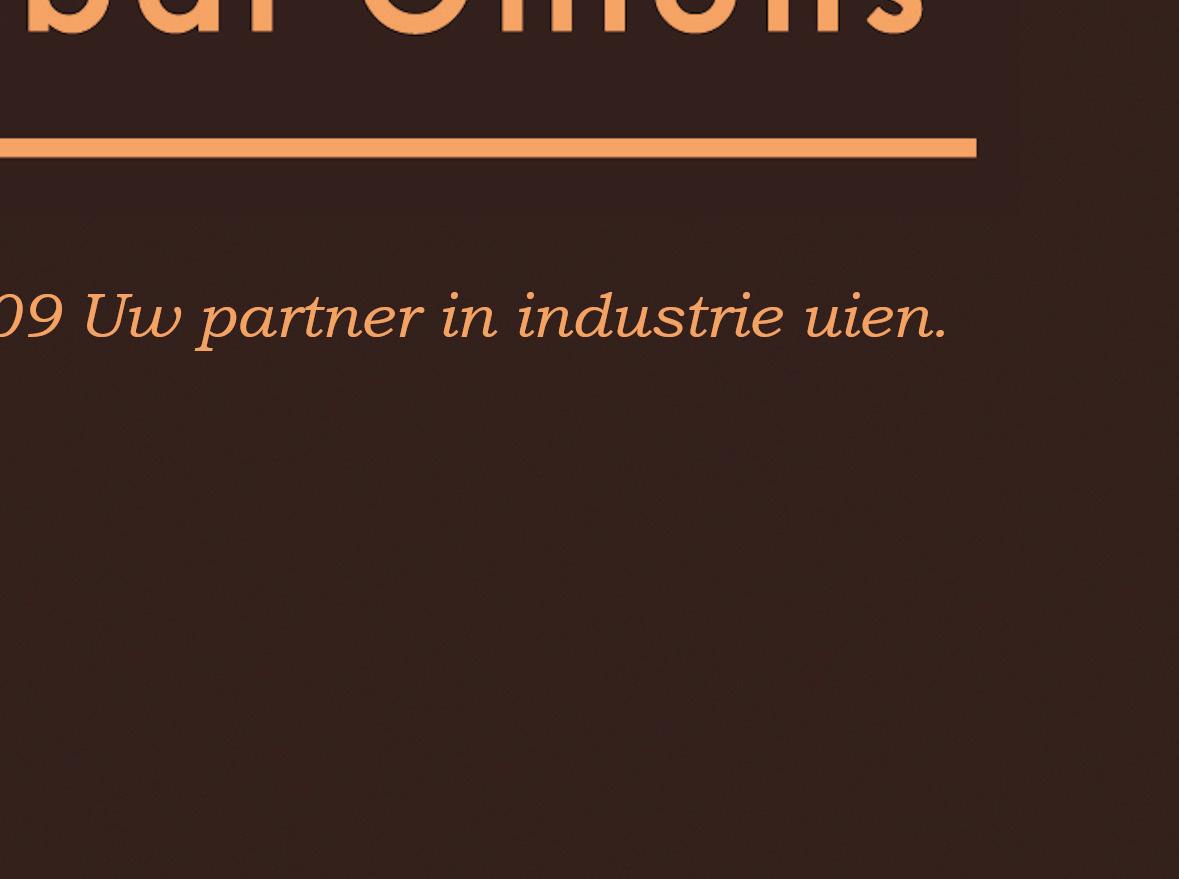




Between the two wine regions Bourgueil and Chinon in Indre-et-Loire, ASPA2 produces white asparagus mainly for the French market, but also to export a large share beyond the borders of the European and Asian continents. Although the French production of asparagus usually stays on the domestic market, this company sells up to 50% of its production abroad. This contributes to the stable success that ASPA2 shows year after year, despite a volatile asparagus market.
ASPA2 combines these characteristics with a very early harvest, which is made possible by a heat network providing a perfect environment for the development of the asparagus. “This is recovered heat, which means zero CO2 emissions. We can access this heat source and that gives us a double advantage. First of all, a very unique precocity, which allows us to be the first on the French market and one
of the first in Europe to offer asparagus, and secondly at an undeniable high quality level. As asparagus hate temperature variations, the hot water pipes located under the roots provide a constant temperature around 20°C. This allows the asparagus to grow regularly and without stress, resulting in a premium quality. We like to say, “our asparagus are so tender that there is nothing left on the plate,”
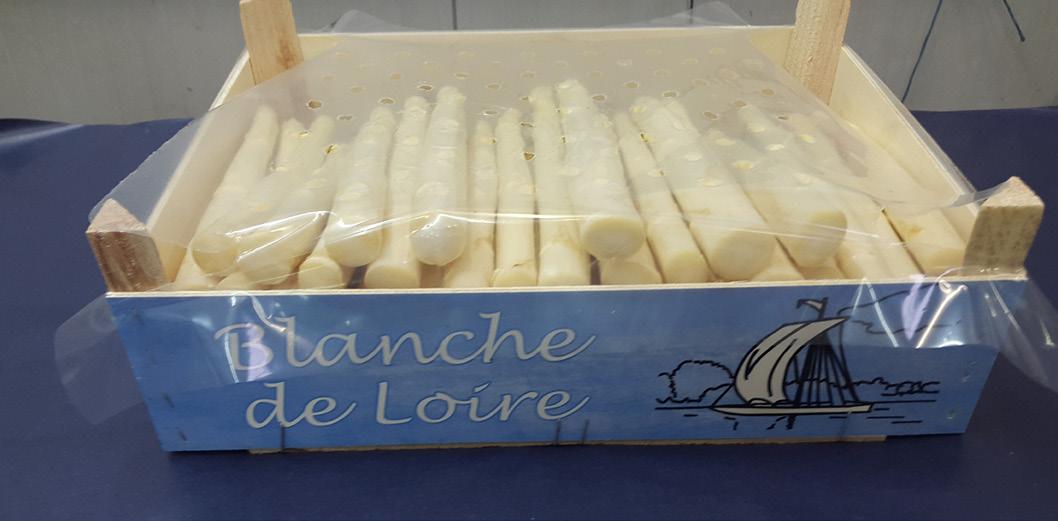
Thanks to the unique heat network, the first asparagus to be found on the French or even European market are those of ASPA2. This is a major advantage when
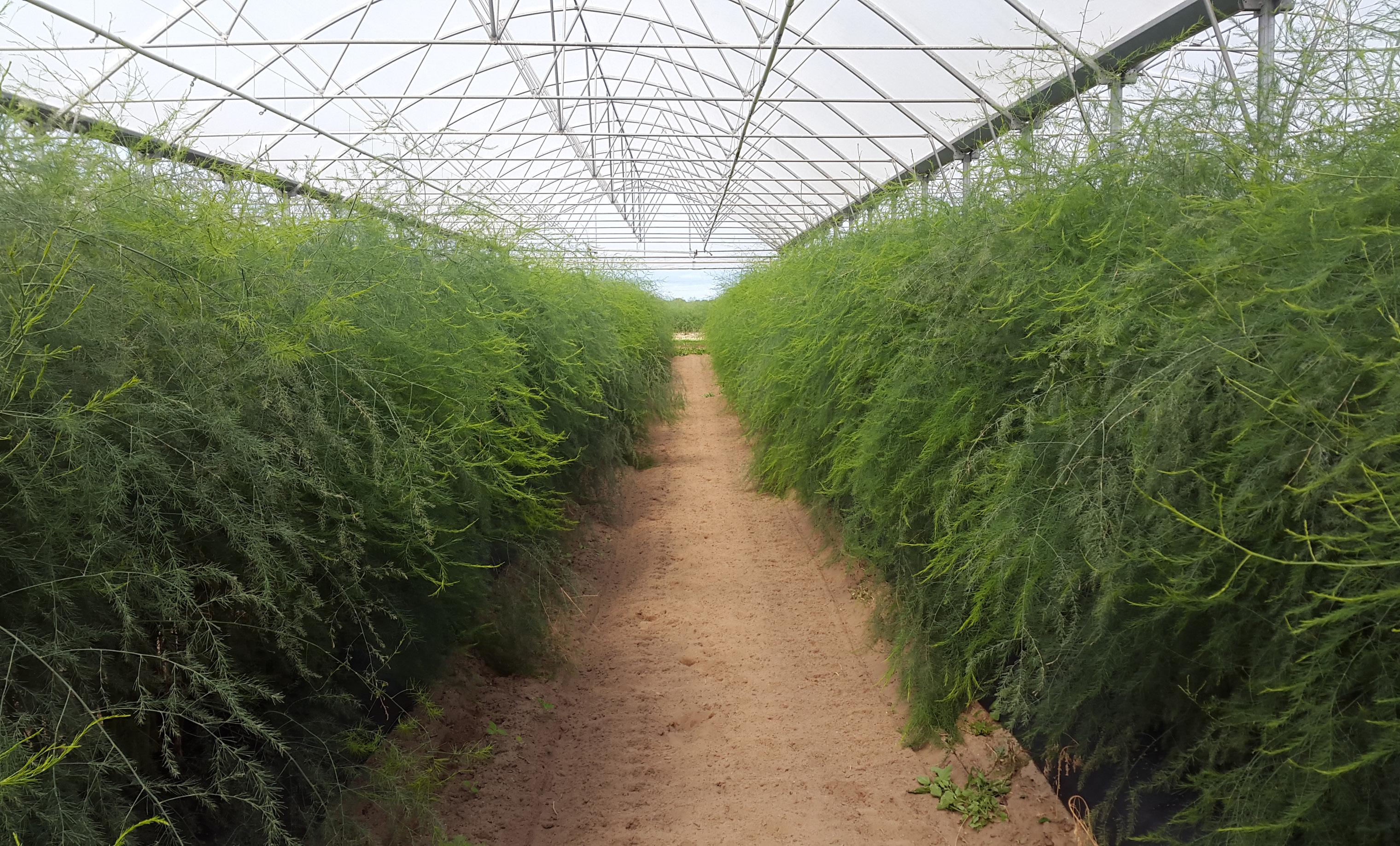
“There is an opportunity for a premium market for early asparagus to develop in Germany”
• White and chestnut mushrooms
• Shiitake
• Portobello mushrooms
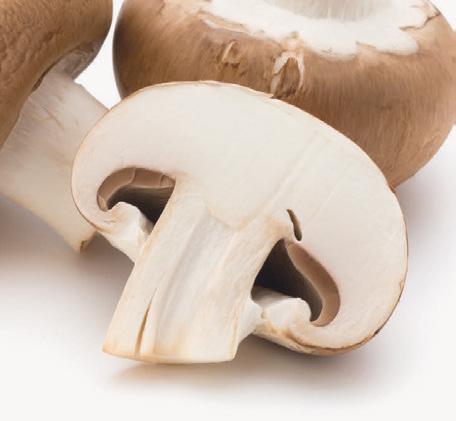
• Mushroom mix
• Oyster mushrooms
• Eryngii
• Several exotic mushrooms
you consider that early harvesting is an asset on the fruit and vegetable market: “Every year, we harvest our first asparagus around mid-January and finish around Easter. This year, we picked a total of 100 tons, which is a stable volume and in line with the evolution of our production area. We didn’t encounter any difficulty in selling our product, as the demand was there. We even often run out of asparagus”.
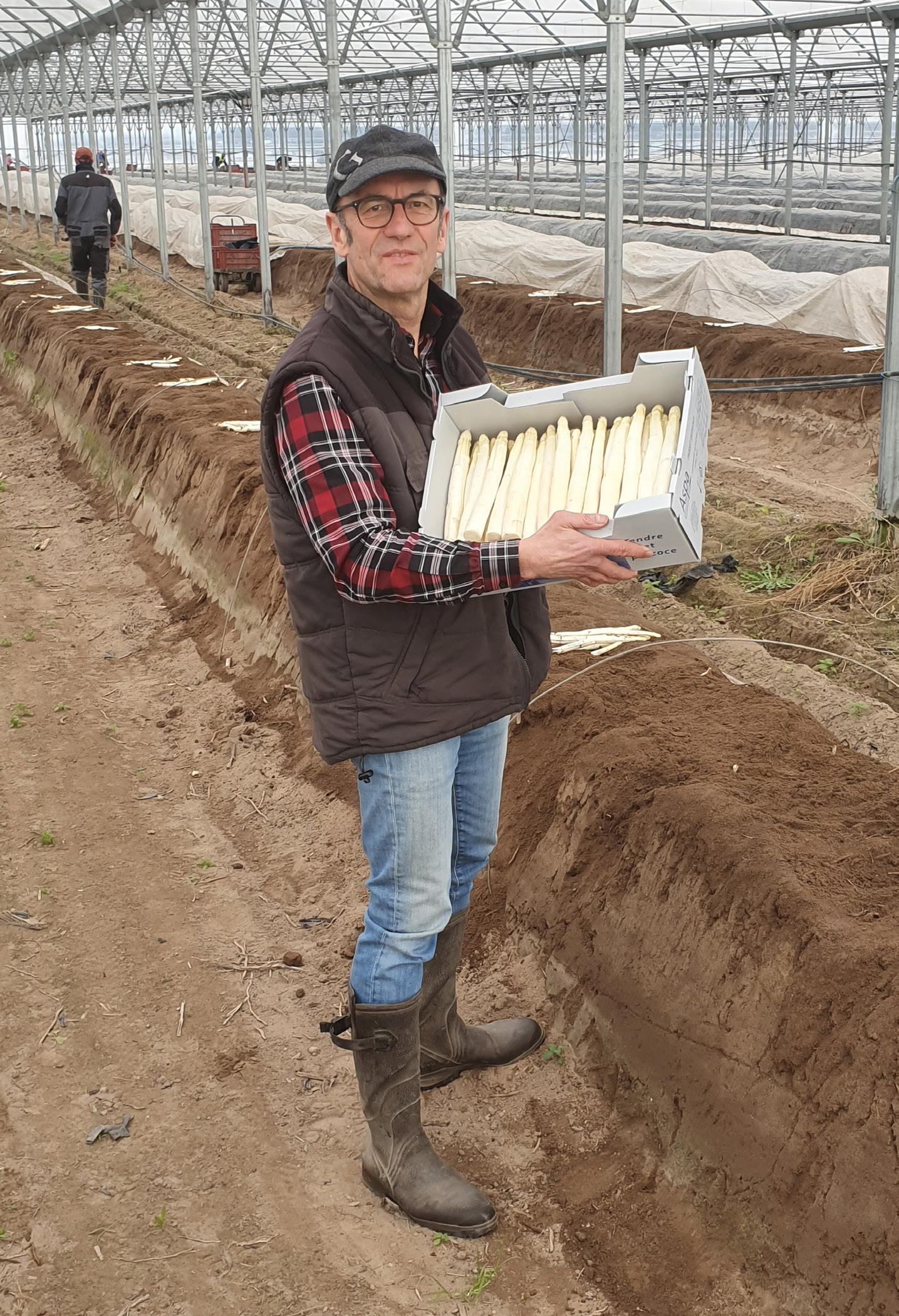
For sure, earliness is one of the conditions for a successful campaign, but not the only one. A constantly high quality is essential as well, even more so when exporting: “Thanks to the heat network we use, the quality of our asparagus is consistent, from the beginning to the end of the season and from one season to another. Our asparagus are very uniform: quite white, with a very beautiful size, no fibres but very tender and soft. These are qualities that consumers are looking for, as the trend is to prefer sweetness above bitterness in general. This year particularly, we received positive feedback about the quality of our products. We organized a tasting while exhibiting at Fruit Logistica, and the response was immediate and unanimous. This consistent high quality has opened doors for us in Germany, Switzerland, Northern Europe, and Asia. This is a must for exporting asparagus. The Asian markets in particular are very strict on this. To guarantee optimal freshness, we make sure to ship the asparagus the day of harvest. Achieving a very high quality standard allows us to avoid disagreements and problems upon arrival. Although the selling price was increased because of the rising costs of production, inputs and logistics, the company did not experience a reduction in sales, as Jacques Guironnet mentions.
everyone happy.
paddenstoelen.nl
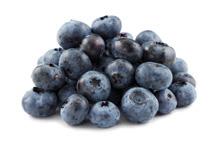
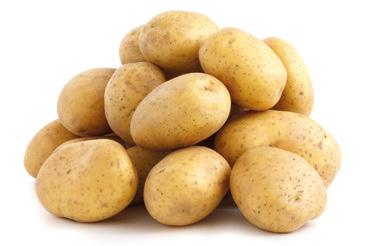
An extraordinary production which addresses the top of the market: “We deliver a high-end product. Customers who are looking for exceptional products and willing to pay the price to get them will always exist, despite the current inflationary context. Our asparagus are loved by restaurants and specialty food shops located in large cities. Obviously, there is a market for very premium and very early products.
Although the quality requirements are comparable for “true connoisseurs” in France and abroad, Jacques Guironnet observes a difference in buying behaviour from one market to another: “The French, for example, will not hesitate to buy asparagus in the middle of January. The Germans, on the other hand, are more cautious, they do not want to change their habits and start buying asparagus too early, despite the fact that they really enjoy this product. However, if we look
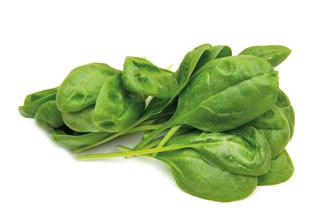
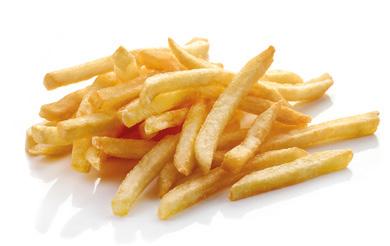
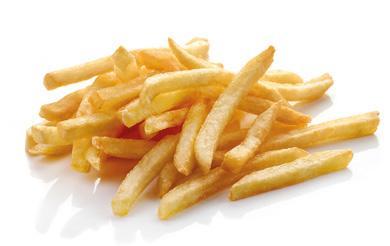


at Spanish fruit and vegetable that are exported to Germany to arrive well in advance of the German season, I think that there is a chance for us to start the season earlier. In my opinion, there is an opportunity for an early premium market to be developed in Germany, just like there was in France about ten years ago. At that time, I decided to expand early volumes and I had to convince my wholesalers to start the campaign earlier. And

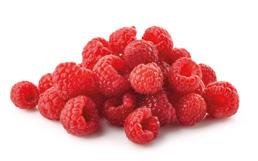
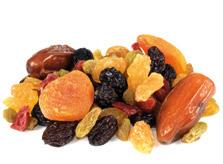
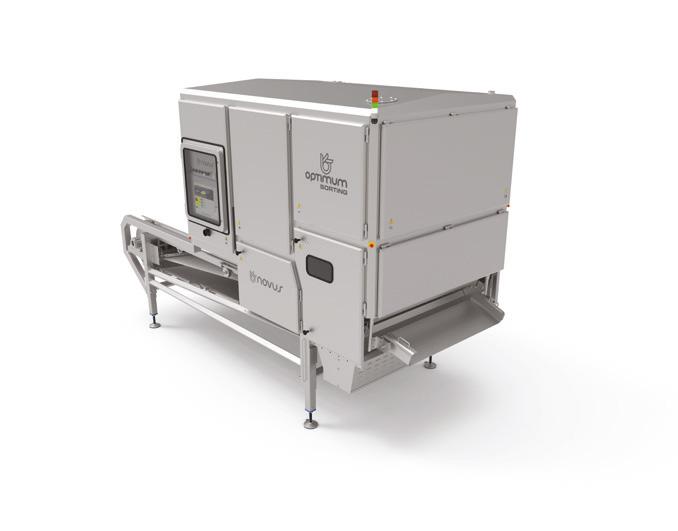






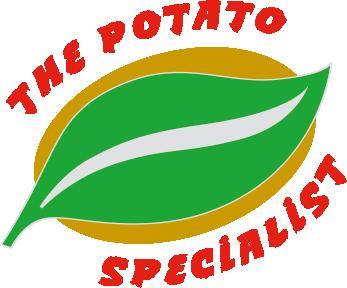

now, as a result, we are lacking in volumes! So, if my French customers manage to sell our asparagus in the ‘chic’ neighbourhoods of Paris, I do not see why the Germans cannot do it.
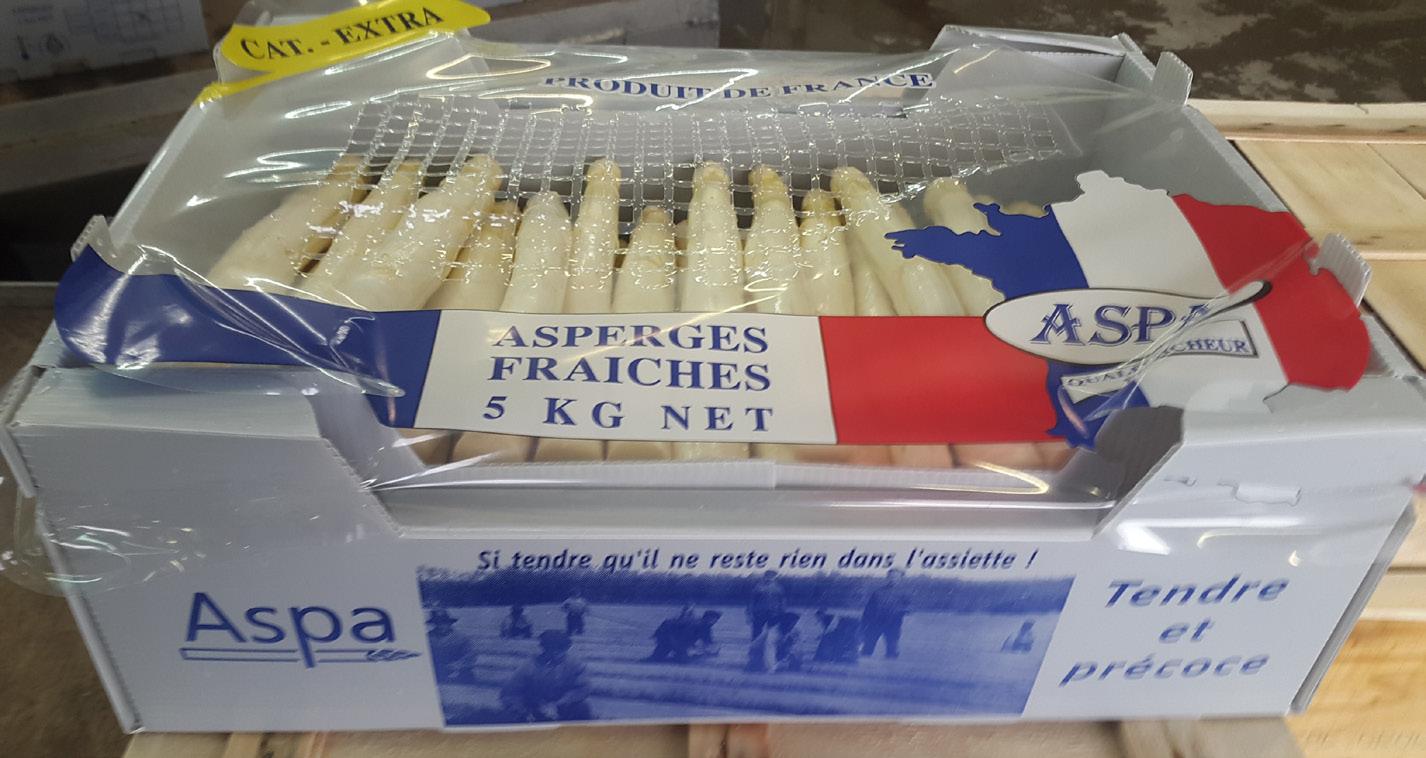
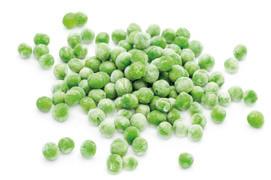
FreshPlaza’s editor for China and Southeast Asia returned from a recent visit to Vietnam to report on developments in the country’s horticulture and fruit industry. We learned that Vietnam has a history of horticulture and agriculture, and, thanks to the country’s strong economic growth, these industries are rapidly advancing. Urbanization and increased economic freedom have altered consumption patterns in the country with a population of 97 million. Domestic production of fresh vegetables is growing, and the country is increasing its volumes of imported fruit.
In addition, the country’s fruit export industry is experiencing a boom now China has re-opened its borders post-Covid and is showing a healthy appetite for Vietnam’s fresh tropical fruits. Finally, the country is becoming an attractive export destination for international growers and shippers. They are attracted by its growing prosperity or could be looking for an alternative export market in East Asia to China.
Growing and prosperous cities are home to a relatively young population, exposed
to international trends and eating habits through tourism and business-related travel. Regular consumption of fresh fruits and vegetables is now common for most people. In larger cities, demand for non-traditional products including tomatoes and leafy vegetables is growing. Following these market trends, international seed companies like RijkZwaan and Enza Seeds have opened regional subsidiaries in the last decade.
Horticulture production practices are also changing, with a shift from openfield to protected cultivation practices. Food safety and quality are becoming
increasingly important due to the growing demand for safe food and high standards from local consumers. As a result, the Vietnamese horticulture and flower industry grew rapidly between 2007 and 2017, with a 27% year-on-year increase, according to Vietnam’s Ministry of Agriculture and Rural Development.
Together with a changing consumer preference, the country’s horticulture production is experiencing a rapid shift. René van Rensen is Managing Partner at Fresh Studio. He has been active in Vietnam since 2007. According to him, the demand for development, knowledge, and support is high among Vietnamese growers. The editorial team of FreshPlaza met with René during a recent trip to Ho Chi Minh City, in the south of the country. Traditionally, greenhouses in the region are built with bamboo frames. However, recently, more greenhouses are built with steel frames and covered with greenhouse film. The quality and design of locally built greenhouses also improved, and the area developed per grower is starting to increase. The local horticulture industry is marketed by many smaller-scale grow-

ers. Yet, the total greenhouse area in the region of Dalat covers more than 6,500 hectares, which brings it on par with Almeria in Spain, one of Europe’s largest greenhouse regions.
Among growing production and consumption, there are also evolving challenges that the Vietnamese horticulture sector is facing. Different voices in the industry mentioned water management and the salination of water resources. Particularly the area of the Mekong Delta, known for its fruit production, is confronted with growing levels of salination. The water levels from the Mekong River continue to become lower year-on-year,
and salty water from the sea is pushing upward into the river delta.
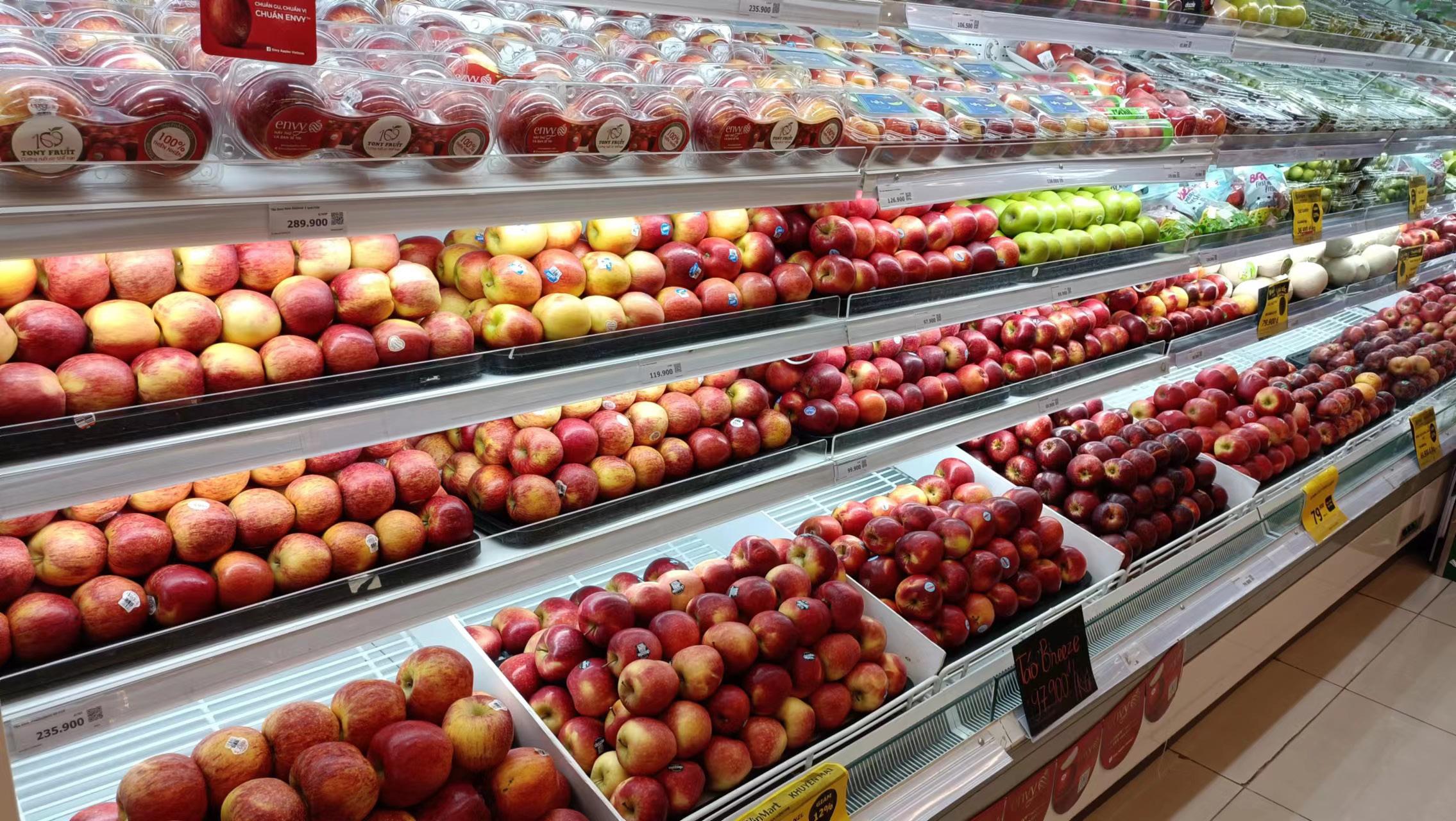
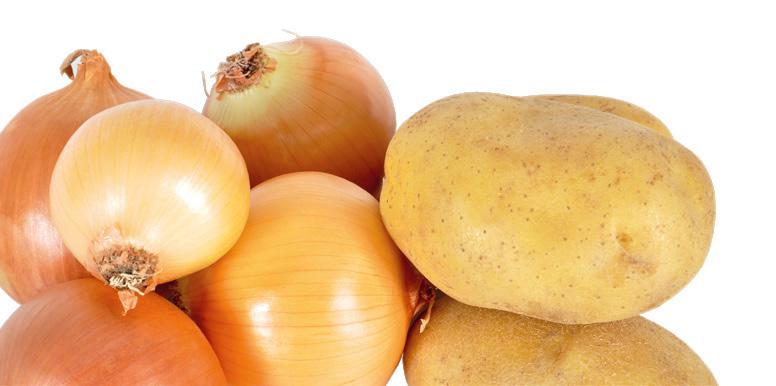
In addition to having a growing consumer market, Vietnam is swiftly increasing its fresh fruit exports. Trade is focused within Asia, with China being a key trade partner.

China’s demand for tropical fruits and vegetables from the country, including durian, dragon fruit, fresh coconut, and sweet potatoes, has sky-rocketed since China opened its borders post-Covid. A fruit that is doing particularly well is durian, driven by a popularity boom
among China’s young Generation Z consumers, who have crowned it the King of Fruits. At one point ‘durian’ was one of the most searched for products in China on Alibaba.com.
Fresh durian from Vietnam was allowed market access to China in July 2022. Since the arrival of the first container in September last year, durian exports to China are likely to be worth $1 billion in 2023, Dang Phuc Nguyen, secretary general of the Vietnam Fruit Association, was quoted as saying by local media. Last year alone, the country exported over 50 million USD of fresh durian to China.
Vietnam’s durian export industry is centred around the southern province of Dong Nai, which is home to many durian orchards. Durian harvest season typically runs from May to August, and during this time, farmers work around the clock to pick and pack the fruit for export. True Fruits Co is a durian grower and exporter. The company witnessed that in recent years, durian production is spreading into different regions: “In the past, durians were planted mainly in the Mekong Delta and the Southeast region, but now durian farms are expanding more into the Central highlands,” according to its international salesperson.
Trade with China has grown so swiftly since the re-opening of the Chinese market, that prices of Vietnamese fruits have sky-rocketed since the start of the year. Availability is also tight. There are reports of Chinese traders paying a commission of up to a thousand Vietnamese Dollars per kilogram of durian to anyone who can introduce them to new suppliers. Local media are talking about drag-
on fruit prices tripling. Other products in high demand are jackfruit, durian, and sweet potatoes, with sweet potato prices doubling compared to a year earlier.
Exports to China come with certain hurdles. Traceability is important and demands are strict: for example, the name of the product, production origin, and packaging location need to be added to the product in both Chinese and English. In addition, fresh fruit exporters have to register for Vietnam’s information coding system conducted by the Vietnamese Plant Protection Department and be verified by the General Administration of Customs of the People’s Republic of China (GACC).
Growers have also been warned not to solely focus on production expansion, and improve quality instead. The surge in prices might be temporary as both durian and dragon fruit production in neighbouring countries including Thailand and Malaysia is also picking up speed.
Finally, Vietnam, and other markets in Southeast Asia, have become more attractive fruit export markets in recent years. Due to China’s strict Covid-zero policy, global fruit exporters have adjusted their sales targets to diversify away from China. China has proven a high-risk market in recent years, with its strictly enforced lockdowns, sealed borders, and, most importantly, highly volatile domestic fruit prices. ASOEX Cherry Committee has included Vietnam in its latest cherry campaign as a market to be opened. The country is also importing apples from New Zealand, Australia, USA, and Poland and grapes from Peru and the US. That said, its largest trading partner for fruit imports is China..
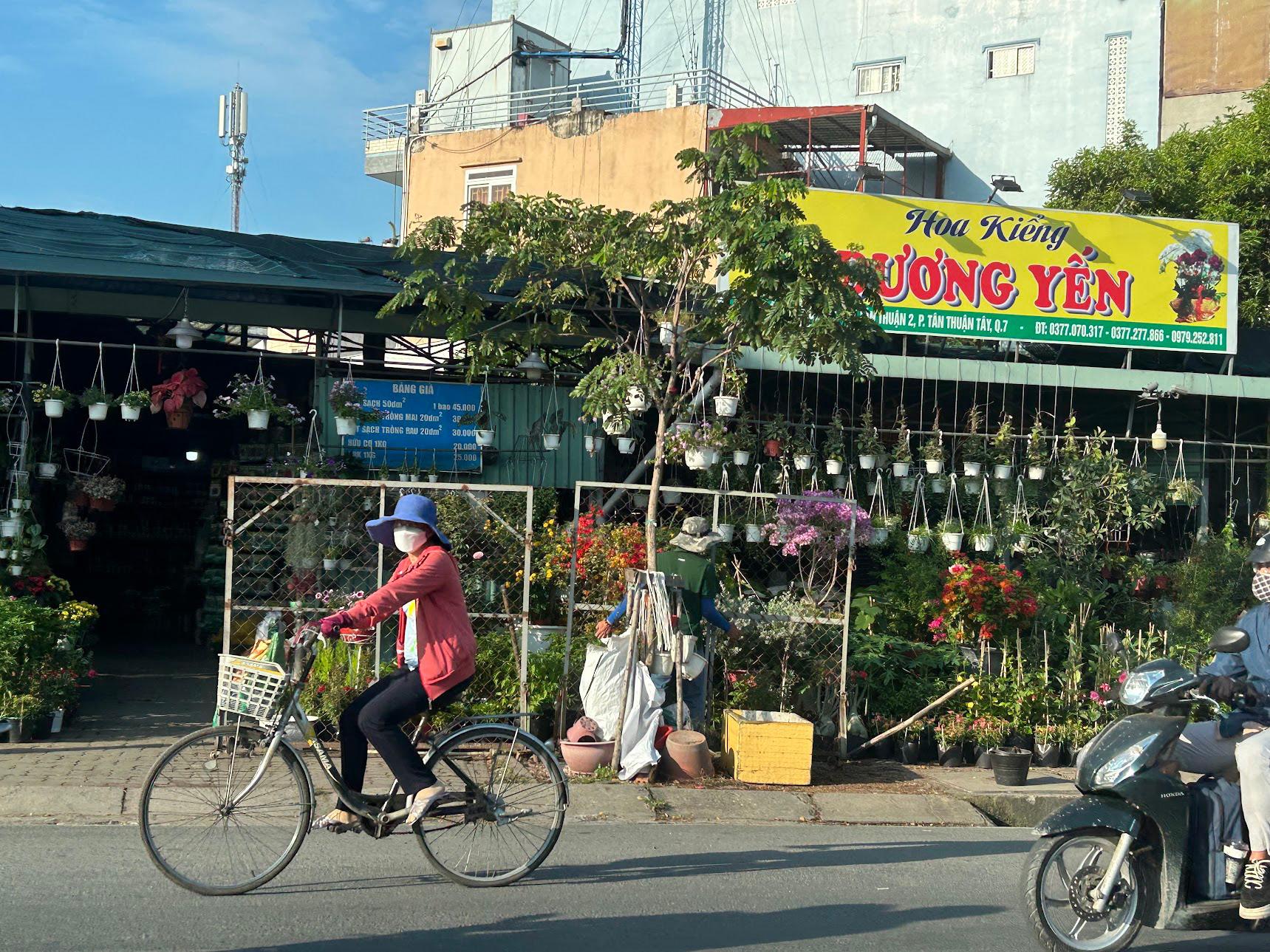
It has become quite impossible to imaging supermarket shelves without topseal packaged products. This is unsurprising when one considers the many advantages of this type of packaging. Topseal packaging is more environmentally friendly (using less plastic), easily printable, more efficient in the logistical chain and it ultimately ensures a better presentation in the store.
As topseal packaging extends the product’s shelf life, it increases sales and prevents waste. Research shows that some 30 percent of all food produced is not consumed, getting lost somewhere between farmer and consumer. The right choice of packaging can help to reduce some of this food waste.
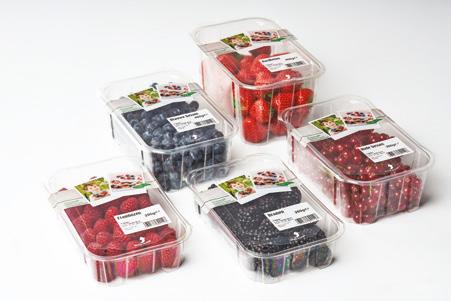


The Proseal tray sealers offer the solution to professionally topseal packages and are able to 30 to 240 (semi-automatic vs fully automatic) packs per minute seal. Easy integration into packaging lines is no problem. In addition to the advantages of the topseal packaging, the machines also offer environmentally friendly benefits.
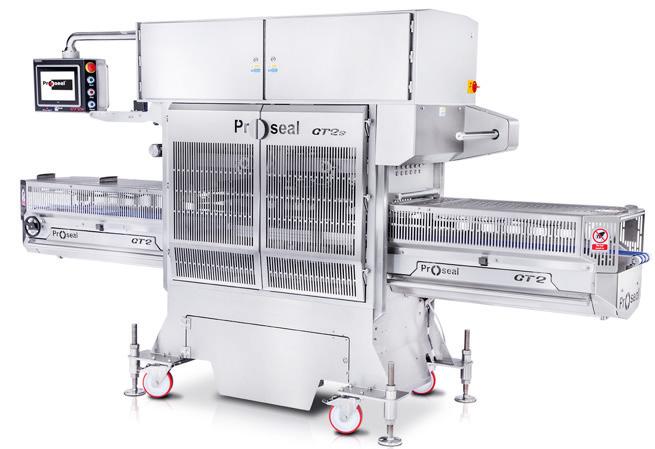
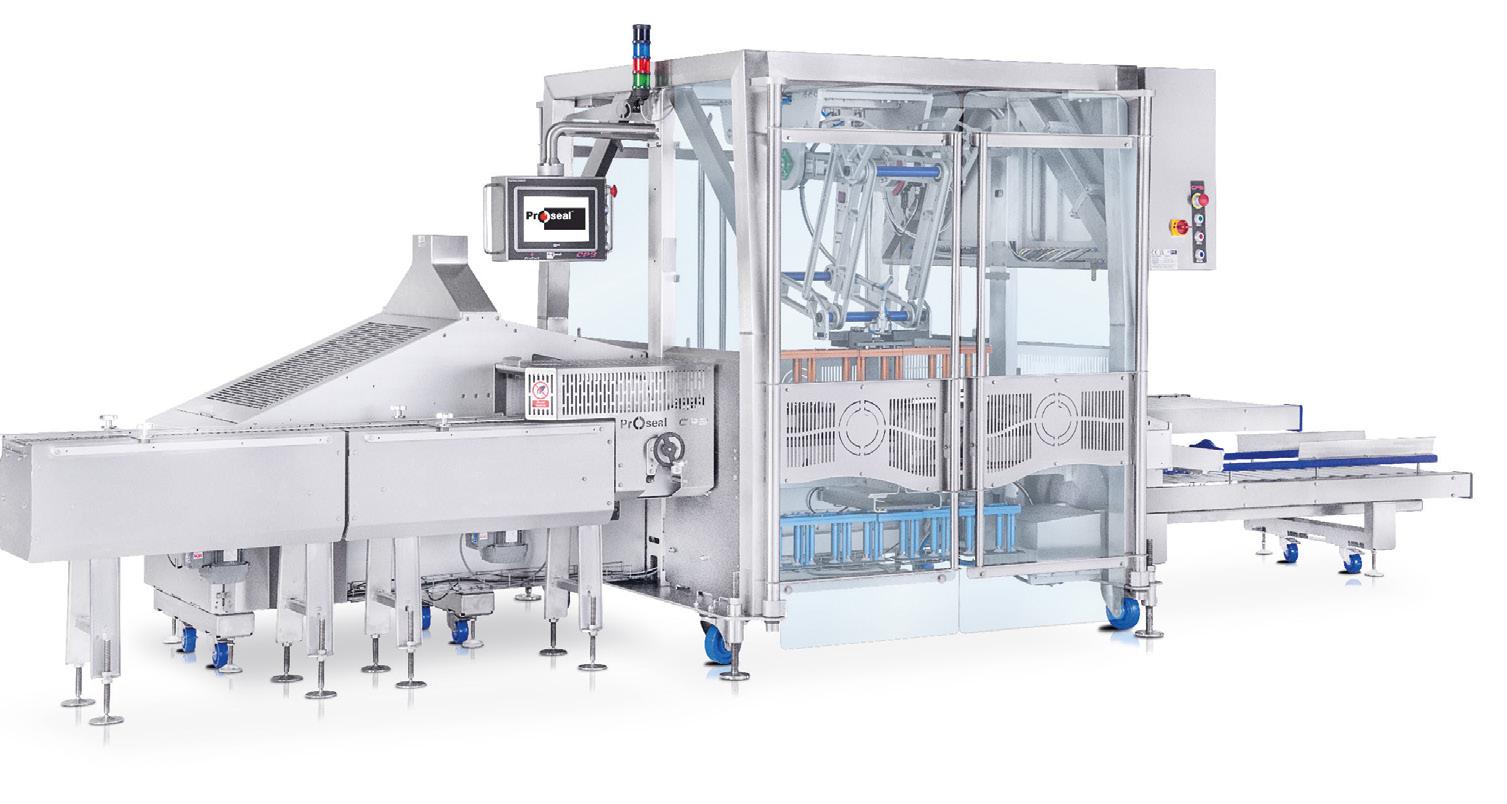
The integrated “eSEAL system” is environmentally friendly, uses little air and is cost effective. ‘Hotrod”, the efficient heating system in the molds, ensures a higher output through reduced sealing time. The increasingly stringent environmental requirements are forcing us to also look at alternatives to plastic and as a result, we are now also able to produce packaging made from alternative materials. These include cardboard, pulp, sugar cane and recyclable plastic.
With the Case Packer, Sismatec and Proseal offer the end-of-line solution for automatic packing of trays/punnets/buckets (with top seal or lid) into crates and boxes at up to 160 packs per minute. This solution is the perfect addition to your existing packaging line and ensures savings on personnel costs, continuity of your production process, a high degree of flexibility in handling various packaging with short changeover times, and the possibility of automatic or manual infeed of boxes and crates. In addition, the Case Packer is easy to integrate into your packaging line(s).
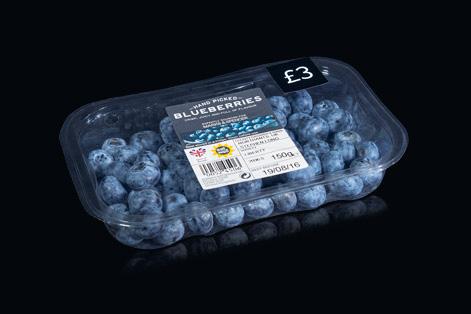
In the course of an ever greater demand for topseal packaging, we have already supplied machinery to the following customers, to their full satisfaction: Fruitmasters, ASF Holland, Beekers Berries, RedStar, ABB Trading and the Greenery are some examples of satisfied customers who now own several modern tray sealers from Proseal. We intend to maintain and further develop our relationships with all of our customers. This compels us to be flexible and innovative and, when necessary, to collaborate intensively with our customers in trying to optimize their processes.

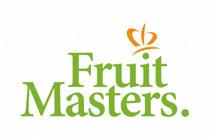

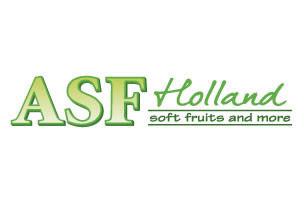
Some

The 2023 stone fruit season has already started in the earliest areas of southern Spain with the first peaches and nectarines. Although last year’s stone fruit production was reduced by more than 30%, this year, for now, the volumes and quality are recovering, despite the fact that the harvest will still fall somewhat below the productive potential due to the impact of frosts in early areas of Murcia and Badajoz, as well as to the abandonment of the crop by small growers, as the sector is in the middle of a restructuring process.
“Untiltwo years ago, the Spanish stone fruit sector had been going through a period of permanent price crises that is now showing signs of improvement,” said José María Naranjo, Sales & Market Development Manager at Tany Nature, based in the Spanish municipality of Zurbarán, Badajoz. “Trends affecting the sector’s structure had already been changing slowly and gradually, but there has been a radical acceleration of those changes in the years following the pandemic, taking into account the excessive rise in production costs or the shortage of labour (with this being one of the crops requiring more workers), among other factors.”
In fact, many agricultural producers continue to uproot their crops and switch to
other activities, or have replaced stone fruit for other crops, such as almonds, pistachio, olive or cereal, among others, which is leading to an atomization of the sector. “This is being boosted by the boom in the purchase of fruit producing companies by large investment funds; something that had already been happening with other crops. The production is increasingly in the hands of specialist companies. There are fewer and larger players, so there’s an on-going concentration of the supply, which is no longer as diverse as it used to be,” says José María Naranjo.
“In the 2023 campaign, this paradigm shift is leading to companies that are increasingly able to offer a constant ‘multi-prod-
uct’ supply from the beginning to the end of the season, as is our case, with plantations distributed in different producing areas and able to guarantee an excellent service that caters to all markets and segments. This year, we can once again offer products with an exceptional visual and organoleptic quality. This, together with the service we provide to our customers, is allowing us to optimize the supply chain and offer products tailored to the needs of each market,” says Naranjo.
“At the same time, the supply of unorganized producers serving the spot markets is falling due to the pressure exerted on them by their financial institutions, willing them to change their crops. The companies that remain in the sector continue to innovate constantly and we have better fruit that is also better adapted to the needs of the markets from the beginning to the end of the season.”
Tany Nature markets its fruit in 58 different countries and continues to diversify its product portfolio. At the peak of the season, the Extremadura-based company handles around 920,000 kilos per day
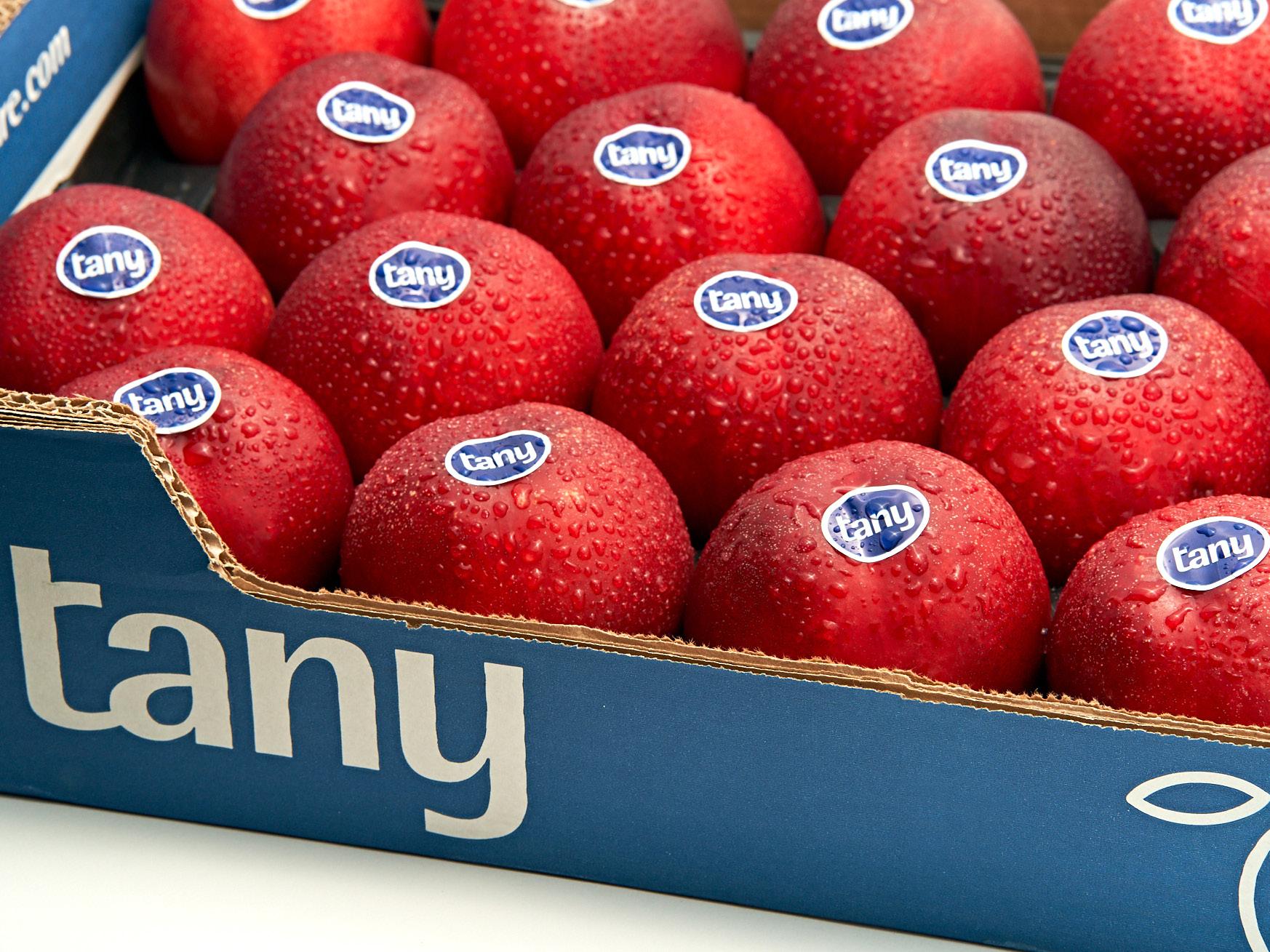

José María Naranjo, Sales & Market Development Manager at Tany Nature:
“The Spanish stone fruit production is falling mostly in the hands of larger and more professional companies”
efficiently and flexibly in its fields and warehouses.
For now, a 30% reduction in this year’s apricot harvest is expected in Murcia due to the impact of frost, and the same can be said of peaches, nectarines and apricots in the early areas of Seville and mainly Badajoz, specifically of the production harvested in May, which, according to AFRUEX (the Fruit Growers Association of Extremadura), could be reduced by between 30 and 40%.
“The weather conditions have so far been ideal for this year’s production, with a late flowering due to the cold recorded between mid-January and early March, which was followed by warmer temperatures in the late winter and spring,” said José María Naranjo. “Therefore, we hope that the fruit will arrive at the usual dates in all producing areas and that the supply will be smoother and more stable, with fewer production peaks, so that the consumer can have access to good quality fruit throughout the campaign. At the moment, the quality of the fruit is really high both in terms of sugar levels and in terms of flavour, size and colour, and this should help boost consumption.”
“It is worth recalling that, in spite of the press stigmatizing the fresh fruit and vegetable sector for the rise in prices, we have experienced a fairly significant increase in production costs, ranging between 43 and 46% in the last 2 years. Therefore, selling prices must be higher
to be able to cover those costs,” says José María Naranjo.
The 2022 stone fruit campaign ended with a production totalling 1,099,284 tons; 31% less than in 2021 and 39% less than the average of the last five years, according to estimates from Cooperativas Agro-alimentarias de España. It should be noted that stone fruit volumes in 2021 stood at 1,640,751 tons, the lowest figure in the last 10 years, according to data from the Ministry of Agriculture, Fisheries and Food, so last year’s production decline was historically significant and linked to the impact of frosts.
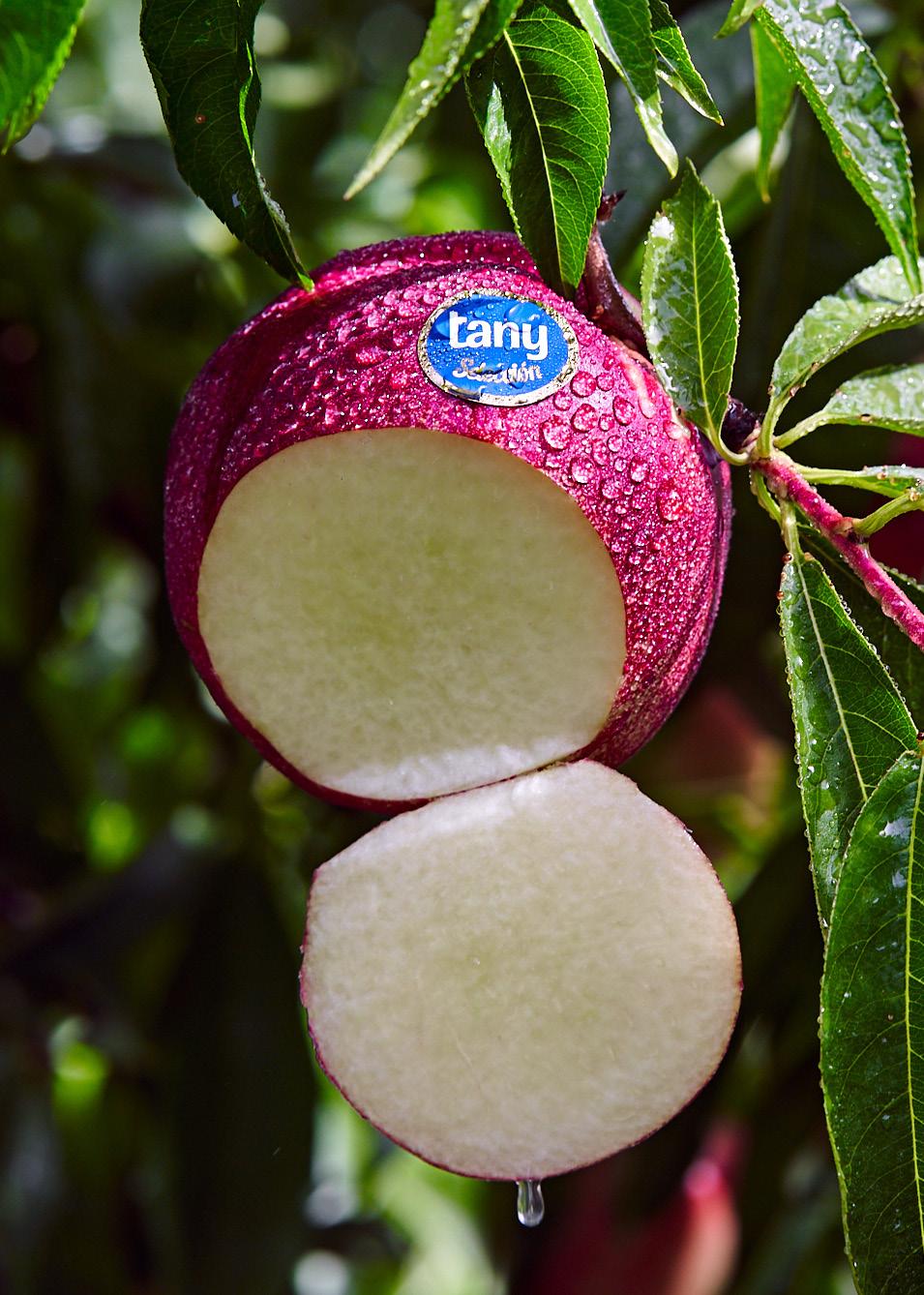

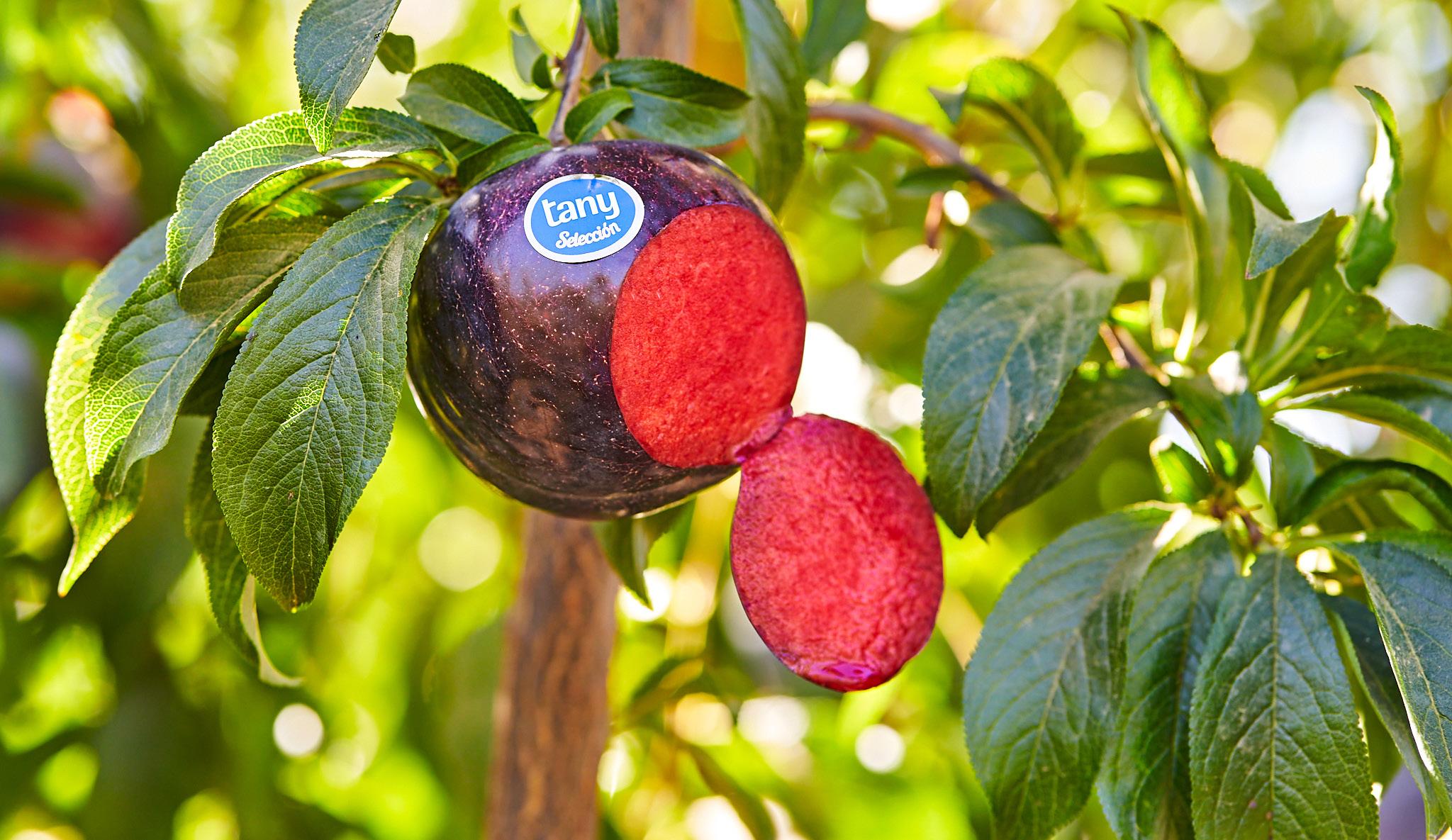
The autonomous region most affected by this decline in the production has been Aragon, with a -62% reduction, followed by Catalonia, with -51%; the Region of
Valencia, with -31%,; Castile-La Mancha, with -21%, and Extremadura, where it only fell by -0.72%, according to Cooperativas Agro-alimentarias de España. Meanwhile, in the region of Murcia, the harvest was reduced by about 20% compared to 2021, according to the Association of Producers and Exporters of Fruit, Table Grapes and Other Agricultural Products (APOEXPA).
Looking at the campaign’s results for each fruit, the product most adversely affected by this decline in the production was the pavia, with a -47% drop. Nectarine volumes fell by 28%, plums by 14%, flat peaches by 19%, peaches by 26%, and apricots by approximately 37% compared to 2021.
jnaranjo@tany.es


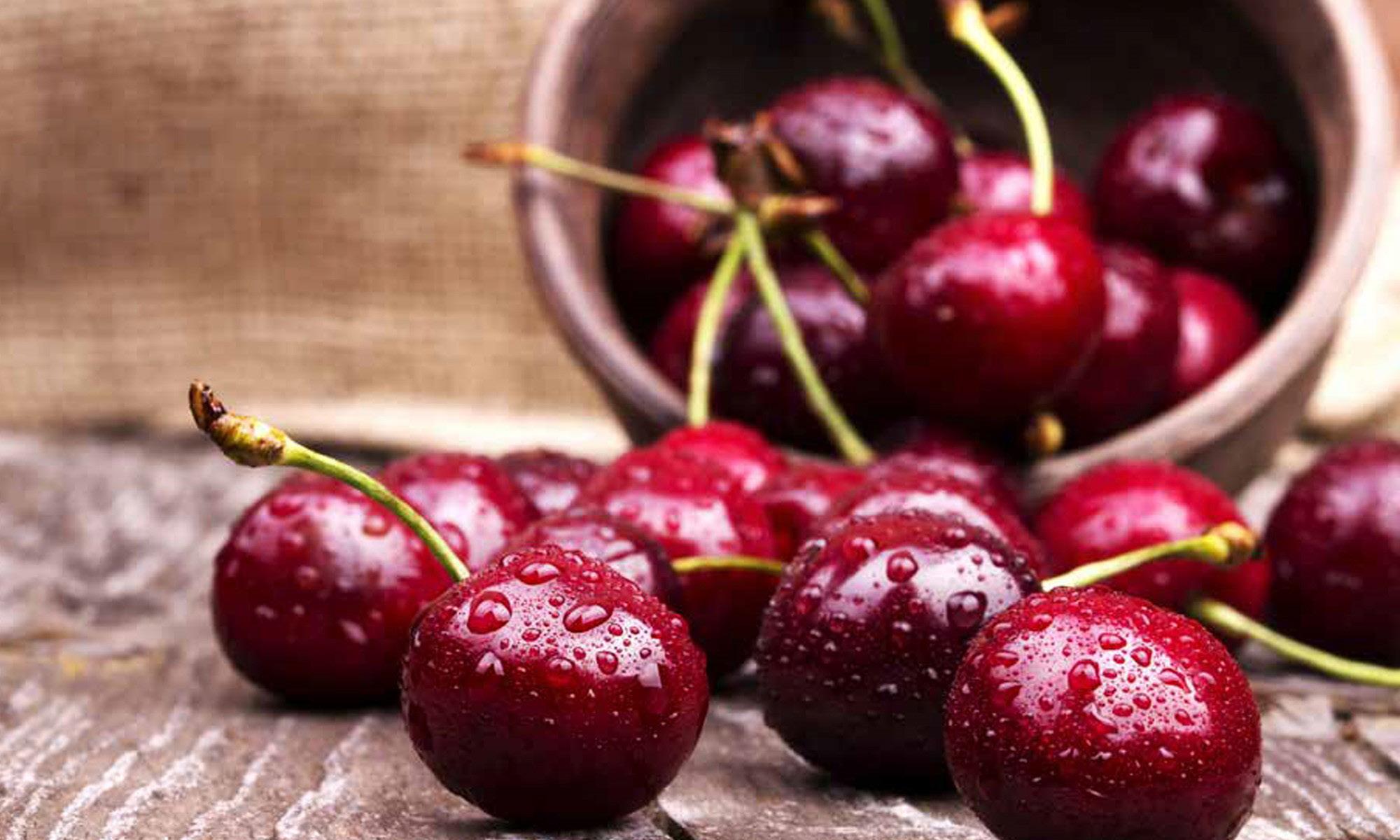
It won’t be much longer until the Turkish cherry season kicks off. It being one of the most important products in Turkish agriculture, it is unfortunate that there will be difficulties for the early harvests of cherries, says Ceyhun Gündüz, general manager of Turkish fresh produce exporter Alya: “The upcoming cherry season should be evaluated on the side of breeders. There were cold damages experienced in the early regions in April. And in some regions, during the pollination period, the current precipitation and cold damages directly affect the trees. In fact, we were expecting the first harvests of the season to arrive a little early. However, the rains and cold weather experienced these days have basically put us back to a regular timeline.”
Gündüz believes the season will get better once the mid and late varieties of cherries will enter the market. But up until that point, the right strategy needs to be implemented. “We expect that the early regions will not have a very high production this year. In the middle early and late regions, the season and volume quantities will be good. However, we think that a really difficult period awaits us at the market point. Nevertheless, we are ready for this challenging season, and it will be a year in which we will show that companies using the right strategies will grow even more.”

Early regions will not have a very high cherry production this year
The biggest challenge comes from growing cherries at the moment, Gündüz explains. As the temperature has consistently been the opposite of what was expected: “The weather conditions have been very unpredictable up until now. During the period when it should have
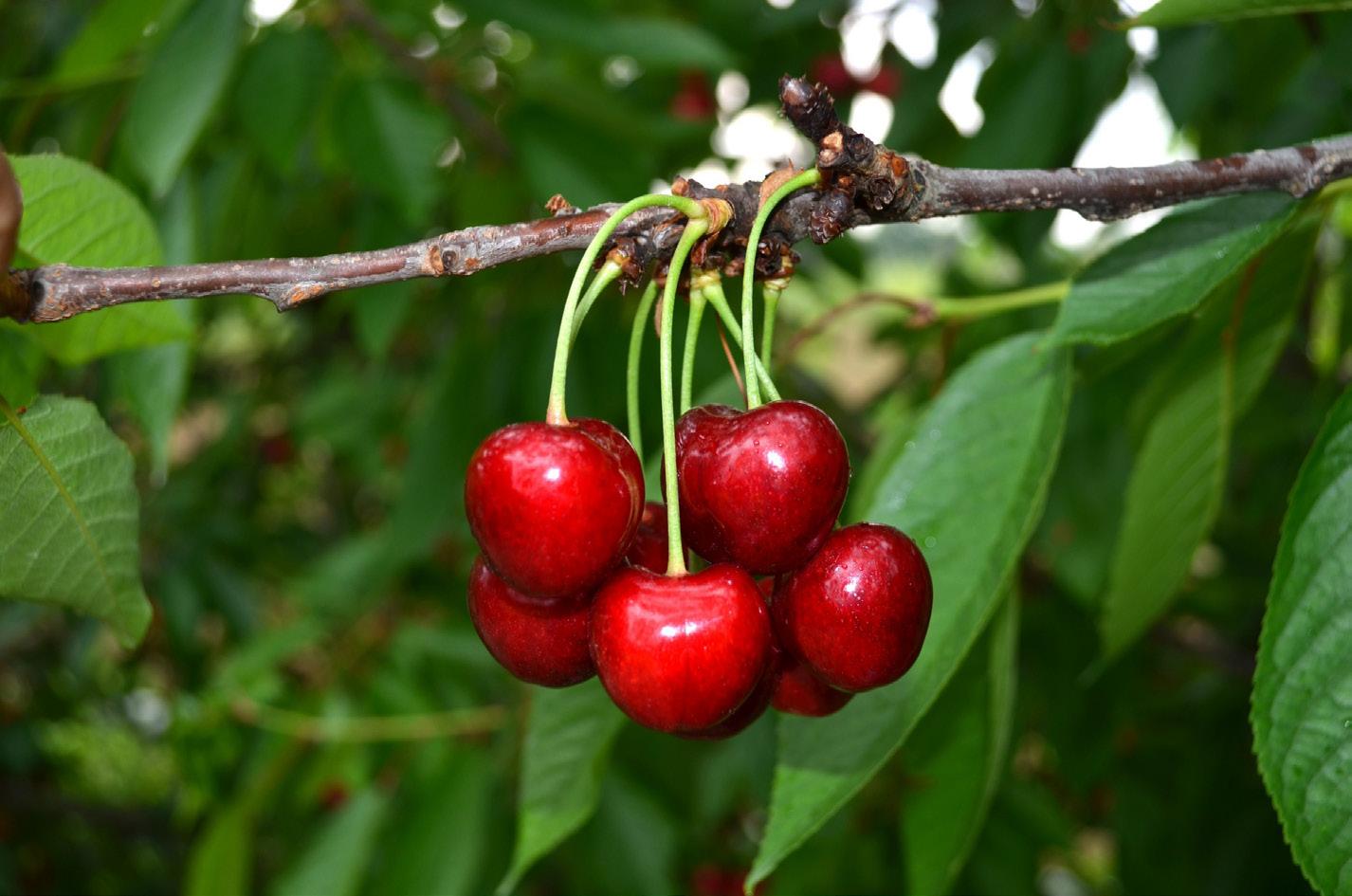
been cold, the weather was really very hot, and vice versa. This will definitely have certain effects on the season. Our expectation is that because of these conditions, the early regions will be affected by the low volume. We predict that the develop-
ment of products will be much better in the middle early and late regions.”

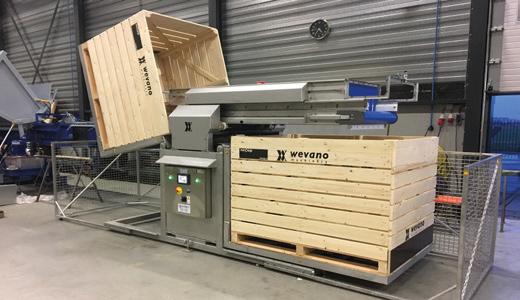
The focus of Alya is split between the European market, as well as long distance markets in Asia, Africa, and the Middle East, Gündüz says. “For our company, the most important markets for cherry exports are Germany, UK market and other European main markets. Our direct targets in Europe are supermarkets and retailers. However, we also ship a lot of volume to other markets, such as Hong Kong, Malaysia, Singapore, Thailand, Indonesia, Cambodia, South Korea, China, Qatar, Dubai, Kuwait, Seychelles, Maldives, Réunion, Mauritius, South Africa, and Saudi Arabia. So, we’re rather widespread in terms of markets. Working in these countries brings certain difficulties with it. You need to move fast and have a very experienced team in air shipping to ensure everything runs smooth.”
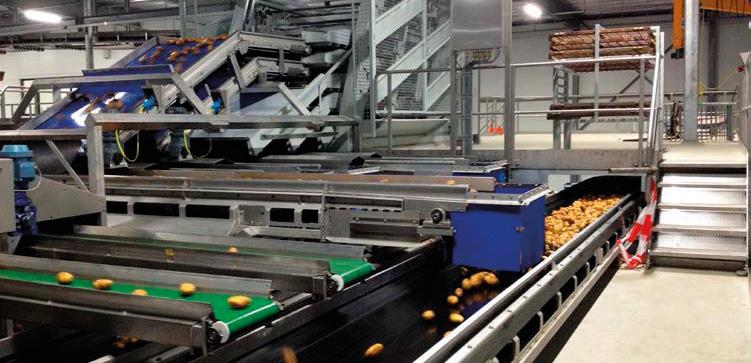

“The rising costs in combination with the markets not moving along with them in terms of prices will also be a real challenge this season. To combat this, we’re trying to avoid costs as much as possible

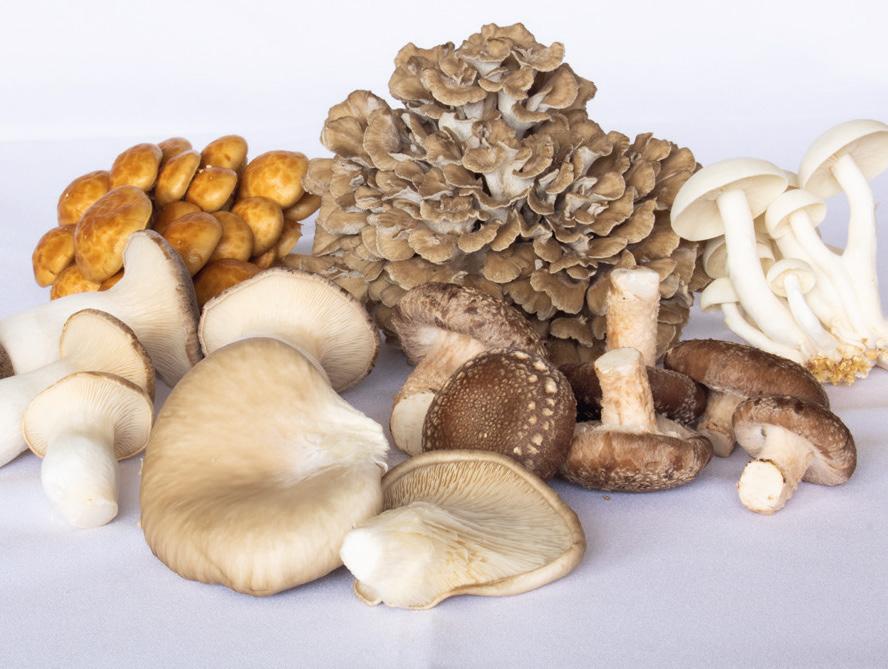
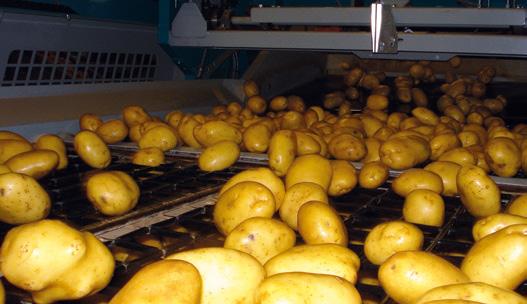
and continue to reduce costs in a more stable growth trend. Our biggest cost expense is using air transport and we’ll have to manage these costs and close the right deals to ensure we close this season
ahead of our competitors,” Gündüz states. For the future, Turkey is still looking for ways to enhance the cherry varieties: “There is a continuing trend of studies on different varieties, related to different perceptions under changing conditions and the ability to prolong the season. The subject of product development and variety development is always a trending topic in Turkey. In addition, various packaging techniques and harvesting techniques are among the trends.”
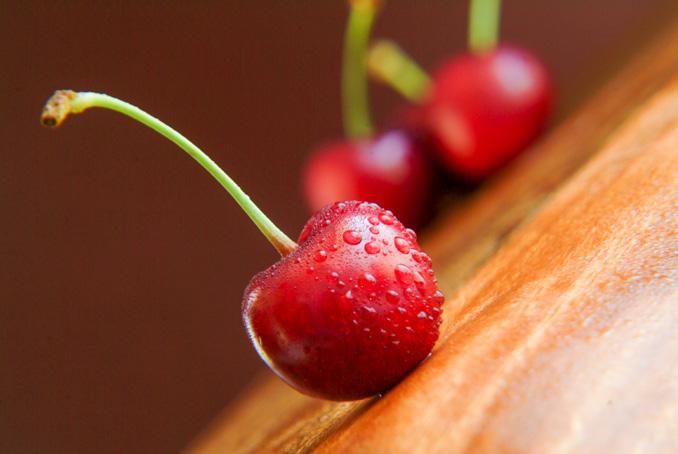
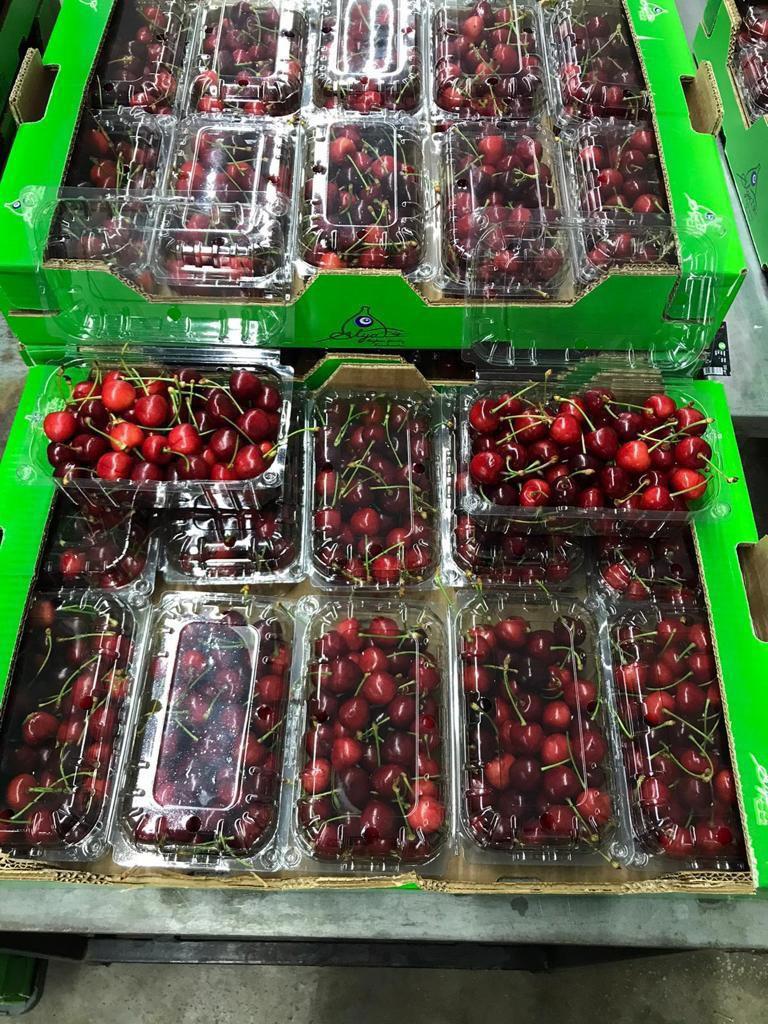
Logistics in Turkey might still be affected by the huge earthquake earlier this
year. Some production areas might not be able to produce as much either, Gündüz explains. “The effects of the earthquake in Turkey continue everywhere. Especially the psychological effects are scattered in many regions. This was really an inconceivably big event. A lot of the land has almost become a scene of large cracks. Many buildings were destroyed. Many production areas were damaged. For cherries, certain regions in the production areas were affected by the earthquake. Of course, if people are in this region, they could not do tree maintenance. Next to people having other things on their minds, such as their loved ones. People have just started to collect themselves. They are now organizing their care. Of course, there will be certain difficulties. And it will have a serious impact on both logistics and transportation,” he concludes.
Almeria’s campaign started last autumn with a significantly limited production as a result of the delay caused by the abnormally high temperatures recorded in the province (in October, the average temperature in Almeria was 2.8 degrees Celsius above average). This also led to an increase in the presence of pests and virus diseases, which took a toll on the production, and threatened even the survival of the first plantations.
“UntilOctober, the campaign had a difficult and slow start, not only for us in La Unión, but for every company. However, the situation eventually started to improve in the months of November, December, and January. Throughout the campaign, we have also seen price increases in all products, with the most noticeable case being perhaps that of tomatoes, and not only because of the lower production volumes, but also because of the impact of inflation, which has made practically all inputs more expensive, and this increase in costs has been reflected
in the final consumer price,” explains Esther García.
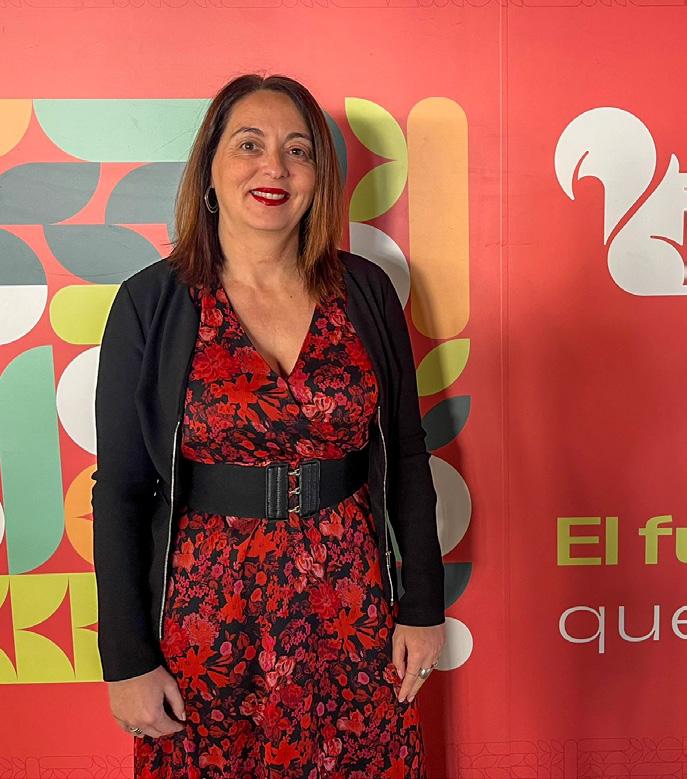
“This year, drought was the issue raising our biggest concerns. So far, we have managed to keep moving forward with the use of reclaimed water, but Almeria’s hydric structure needs a remodelling and a rethinking from the Government, in accordance with the importance of the region’s agricultural sector.”
These problems have not been exclusive to Almeria. The drought and high temperatures have also hit Central Europe, in
a year in which the threat of the energy crisis led to expectations that could only be confirmed in the final balance of the Almeria campaign. In any case, it is worth recalling that last season, despite all the weather challenges faced during the campaign (which especially affected melons and watermelons) and the escalation
“If we had had more, we would have also exported more, because the demand has been there throughout the campaign”
Esther García, La Unión:
Esther García
of the production costs after the unexpected outbreak of the war in Ukraine, the value of the production marketed by Almeria’s protected horticultural sector grew by 33% compared to the 2020/21 campaign, with double-digit increases for almost all products.
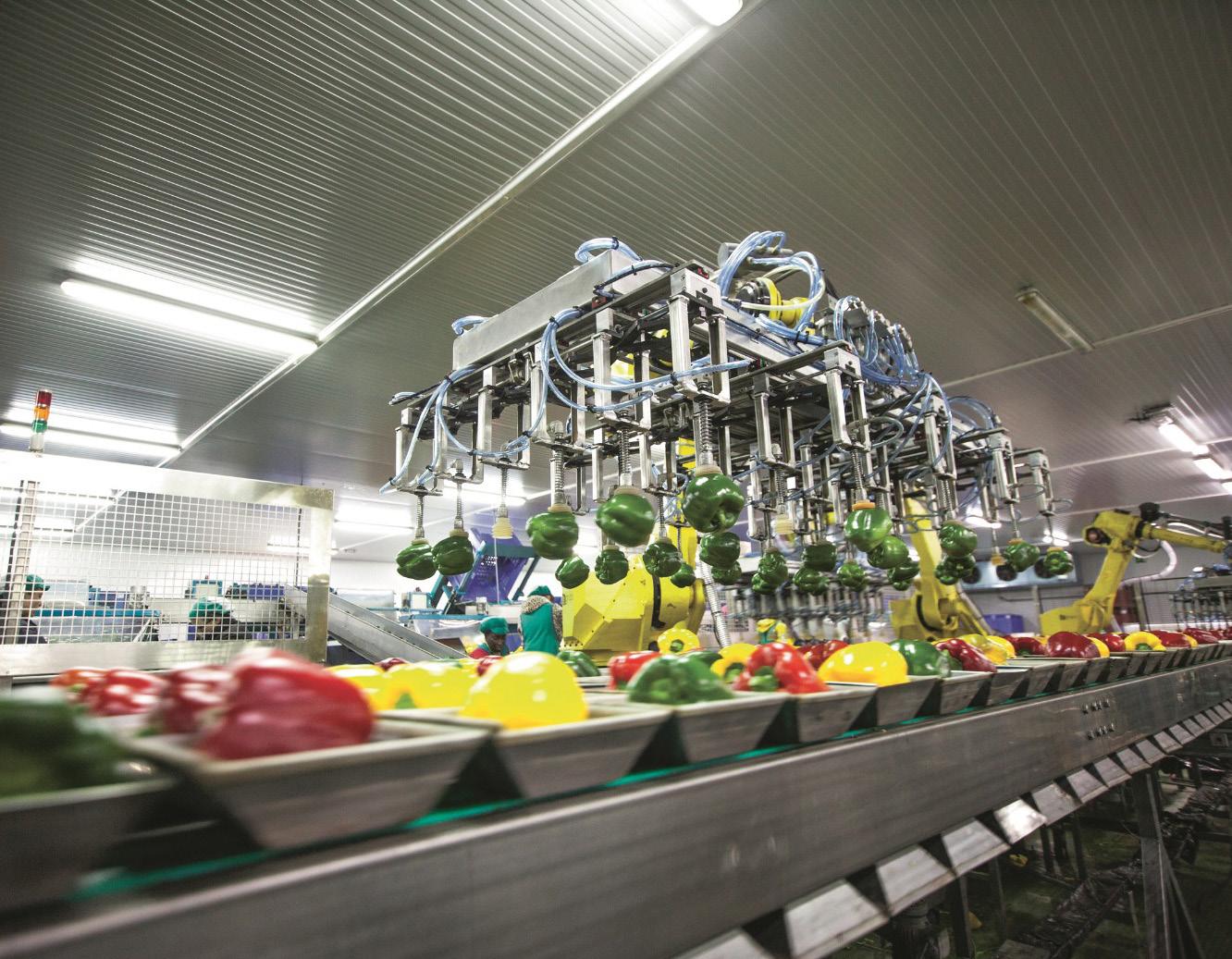
Regarding tomatoes, having gone through campaigns with reductions in the acreage and the volume, the province “has had a lower production and a high demand, because other producers from other European countries have not been in the market, and combined with inflation, this has resulted in prices reaching high levels and staying high.”
“In mid-May, the supply from Central Europe was already becoming noticeable, but the volume was not yet relevant enough for the market to stop relying on Almeria’s produce. However, due to the unusual weather that has been recorded throughout the campaign, the plants were already reaching their limit; in fact, the volumes were already falling because we had been pushing them to the max.”
“Peppers have also reached very high prices throughout the campaign. Actually, the demand has been much greater than the supply, because practically only Almeria was there. No other markets were able to provide the volume that was needed and, as a result, the campaign has lasted longer than other years. That, in turn, has caused the watermelon campaign to be delayed, so watermelons have not hit the market so early.”
Due to the lower volumes of peppers available throughout the campaign, there were occasional problems in producing one of the most popular formats in the European retail: the tricolour California pepper pack. “Pepper planting planning was done in line with previous years, and the demand for yellow California peppers reached unexpected levels, so there have been times when packs have only contained two colours: red and green. Another issue was that due to the heat, the peppers grew to larger sizes than normal, which has also caused problems.”
There have been unusual difficulties this campaign, but the Almeria sector has managed to deal with the situation with its usual professionalism, showcasing the strength and resilience of protected agriculture in the province. “All situations
teach us something, and the planning for yellow and orange California peppers, which are also used often in this kind of format, could certainly be improved.”
“As for cucumber and courgette, their productions are very much in line with the weather. Courgette, as always, has been on a roller coaster, although prices have generally been very good, and cucumbers only started to drop in the second week of April, when most of the supermarket chains started to switch to the Dutch supply.”
The lower production volume this season has been clearly reflected in the amounts officially exported up to January, even before productivity in greenhouses fell across the board with the cold spells that would arrive that month.
Data corresponding to the period from September to January shared by the Prices and Markets Observatory of the Government of Andalusia show that tomato exports have fallen by 11% in terms of volume and by 7% in terms of value compared to the previous campaign. Andalusian pepper exports also fell by 11% in terms of volume, but in this case, the value grew by 6%.
Cucumber exports fell by 6% in terms of volume in that period but increased by
23% in terms of value compared to the previous campaign. Courgette exports fell by 20% in terms of volume and by 1% in terms of value compared to last season, while aubergine exports fell by 17% in terms of volume and grew by 5% in terms of value.
“We have been fortunate, because compared to the previous year, we have achieved a notable improvement in our results,” says Esther. When its annual accounts for the year 2022 were published, the cooperative itself reported that while the fruit and vegetable market in Spain shrank by 3.5% in terms of value and by 9.5% in terms of volume, La Unión registered a growth of 6.1% in terms of value and of 14.5% in terms of volume, according to Data from the Ministry of Agriculture. So, there was a difference of more than 9 percentage points in terms of value and of 24% in terms of volume.
“In addition, at La Unión we work to find solutions that add value to the consumer, as is the case with our I’mperfect line, which allows us to place products on the market that are rejected in most cases for aesthetic reasons; we have currently managed to release 50% of the product, in the case of tomatoes,” says Esther. “Despite this complex scenario, our results show that we have managed to face the situation in the most effective way possible; although it is true that if we had had more, we would also have exported more, because the demand has been there throughout the campaign,” said Esther García.
Despite BayWa AG – made up of the Energy, Agriculture and Construction divisions – reporting record results in 2022 with revenues rising from 19.8 billion in 2021 to 27.1 billion euros, BayWa Global Produce’s profit through Q3 was below the previous year’s level. BayWa Global Produce CEO Benedikt Mangold speaks of “challenging times.” However, he notes that the Group’s diversity and different entities make it strong. “For us, what is first and foremost important and our strength as BayWa Global Produce Group, is that we have got different entities in our portfolio with their very own operating models and distinct strategies that they follow.” Investments are BayWa Global Produce’s answer to the challenges it finds on its way. “You might say that we wrongly invested during challenging times, but I think the opposite is the case. We invested at exactly the right time. More than ever, it is essential to control and optimize internal processes and keep the costs low. That is where we enable ourselves through our investments.”
Recently PRIMEUR had the pleasure of speaking to Benedikt Mangold along with colleagues Gareth Edgecombe, CEO of T&G Global, BayWa Global Produce’s New Zealand based fresh produce operations, known from the premium apple brands JAZZ and Envy, and Falk Schlusnus, CEO of TFC, an importer of exotics based in the Netherlands. The trio discussed topics such as the current economic dynamic, investments, opportunities in Asia, genetics, and new buildings in the Netherlands and New Zealand fit for the future. A future for which, despite the current challenges, BayWa Global Produce still sees opportunities.
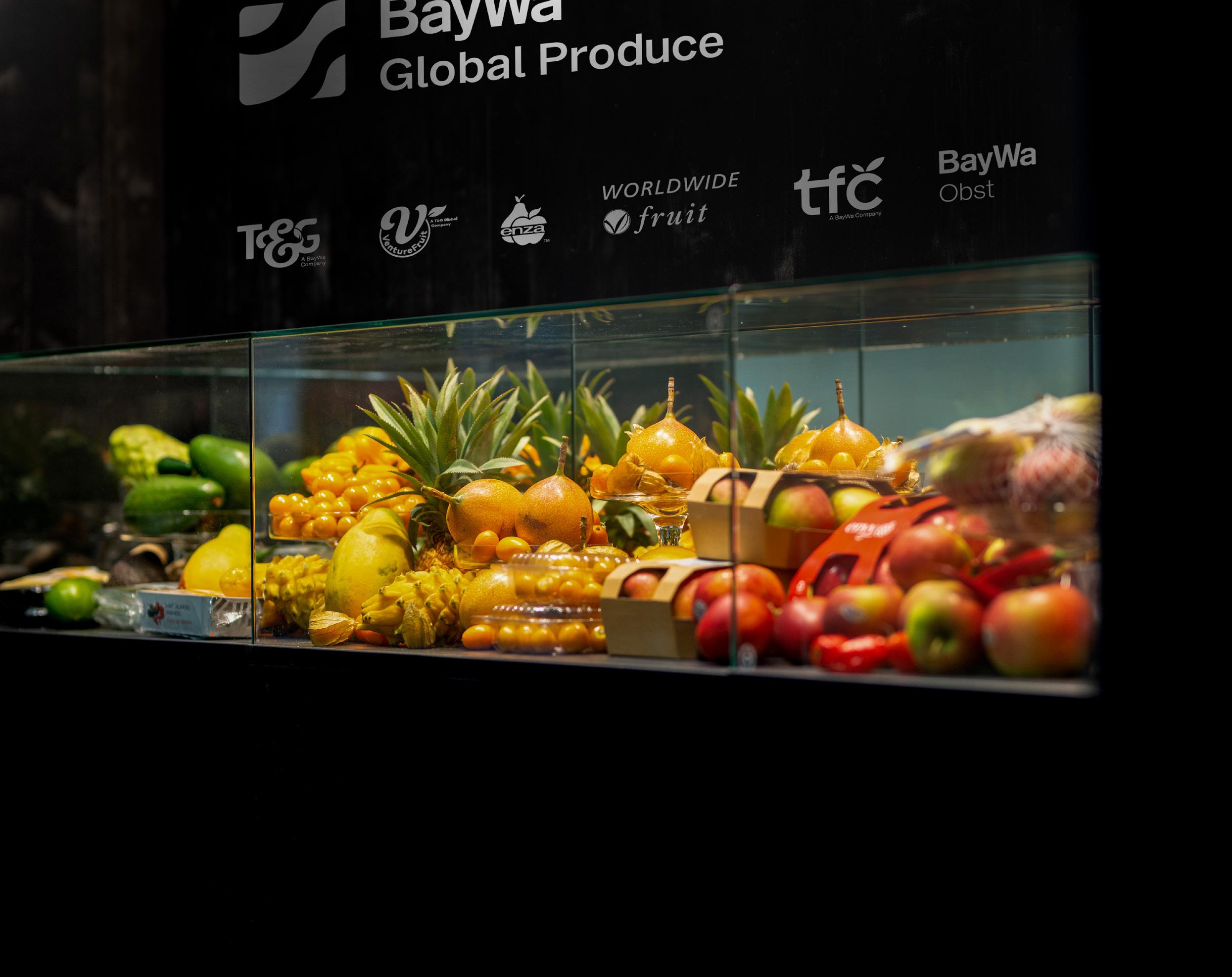
The world around us has been and still is a challenging environment. How has BayWa Global Produce fared amid this turmoil?
Benedikt Mangold: “Of course, as for everyone in the industry, these are chal-
lenging times. For the European market, we do see light at the end of the tunnel and have hope for an increase in demand in the second half of the year. But obviously it is extremely difficult to say what is going to happen until then. More
importantly, we are prepared for what is to come, and we have invested quite heavily in the various entities of our Group, including our German fruit business, our import business in the Netherlands, and T&G in New Zealand, with the Group spreading across all the important markets, especially in Asia.”

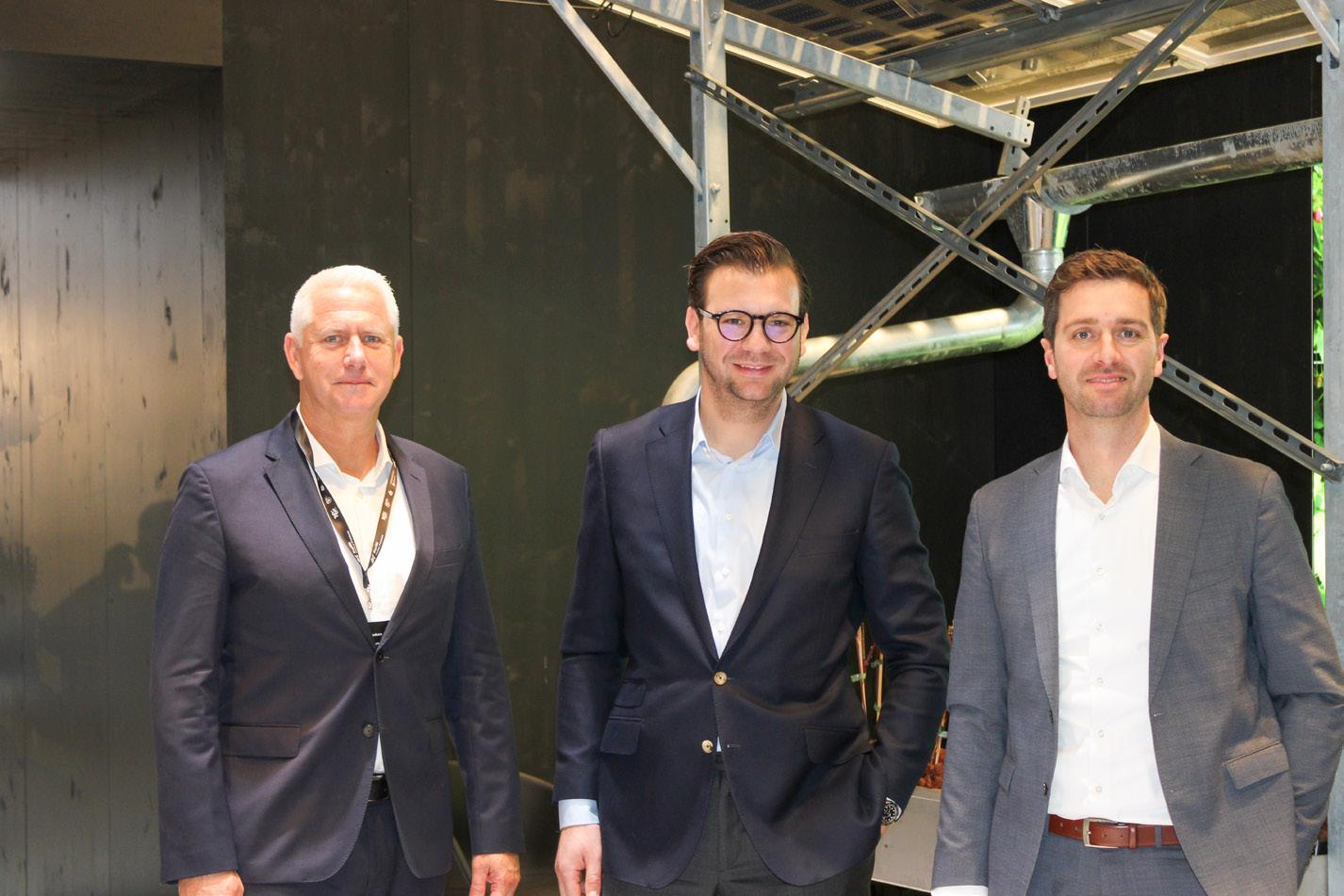


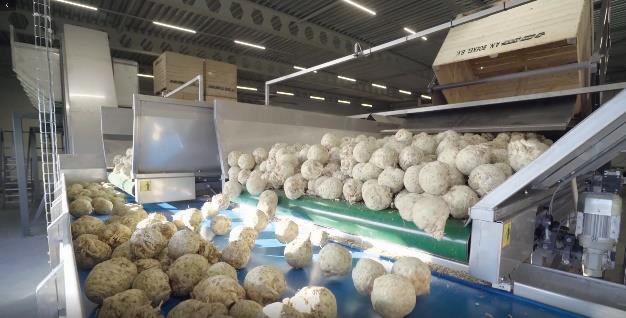


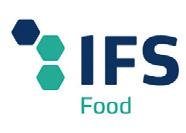

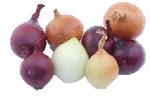
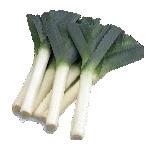


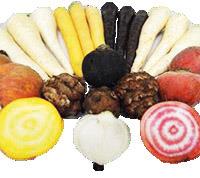
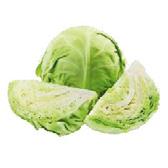
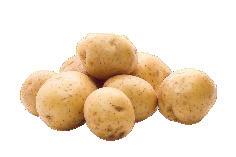
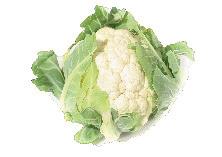
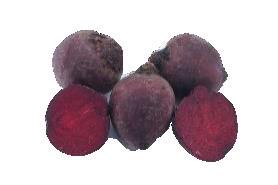
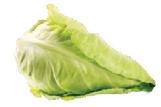
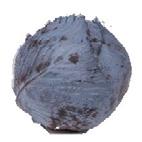
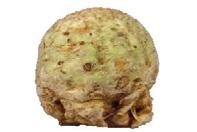
Gareth Edgecombe: “Looking back at last year, it was our third season with COVID and our team worked incredibly hard to work around a number of constraints to grow, pack and sell our fresh produce so consumers around the world could enjoy it. However, there were a number of challenges. The increased cost of living put pressure on consumption in some markets. On top of this, we continued to experience global supply chain challenges, as well as increased freight costs. In New Zealand we also had a strained growing season for sectors like kiwifruit and apples. The industry calls it one of the most difficult apple seasons they’ve had to deal with, where these three factors came together. So, in some ways 2022 was a very challenging year, but at the same
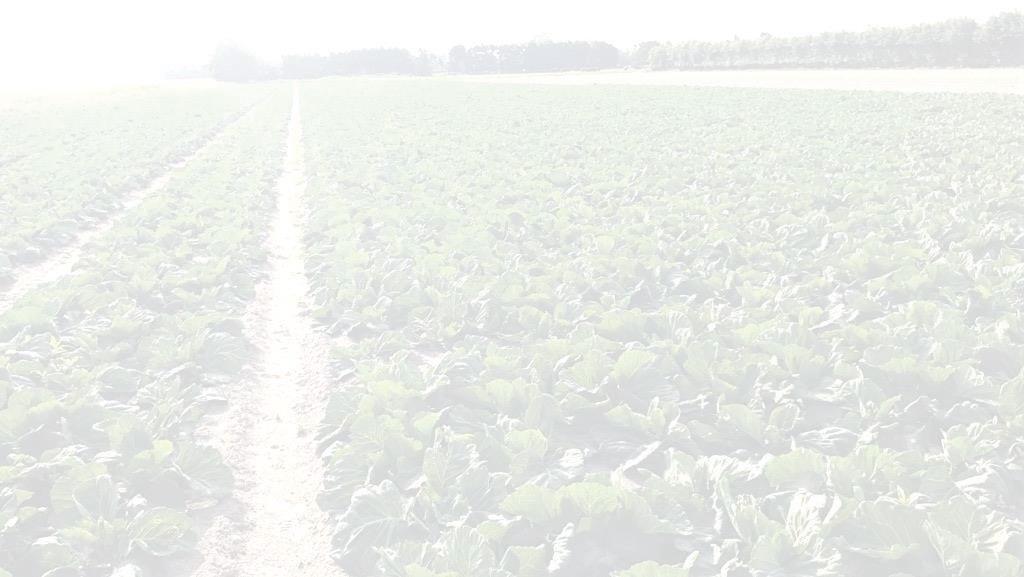
time we made a lot of progress with our strategy and some exciting initiatives.”

Falk Schlusnus: “It was a year with a lot of changes for the company because of the investments we made in a new building and operation site. On the other hand, it was of course a very challenging year because of the cost situation throughout the supply chain. Especially costs for energy are increasing, and you see the results throughout the whole supply chain. In addition, South America was affected by a lot of rain, we had weak crops of products coming out of Brazil and Colombia, for example. This didn’t make anything easier for anybody in the
industry. And of course supply chains themselves were disrupted by logistical issues, often leading to delays in arrival of the fruit. The European market was very volatile last year due to all of these circumstances. Mango and avocado prices varied significantly with origins reacting fast to price levels in the European market. This can lead to an even more volatile market. We see that our Christmas season had been ending earlier than it usually does and it was not as strong as in previous years. On the other hand, also in exotics there are higher and lower priced products, and there we currently see a shift towards lower priced products. We also have those in our assortment, and it
In an attempt to combine the protection of fruit cultivation from weather extremes such as hail, rain, or strong direct sunlight with the decarbonisation of the crop, BayWa investigated whether solar energy generation and fruit cultivation can co-exist and provide double benefits.
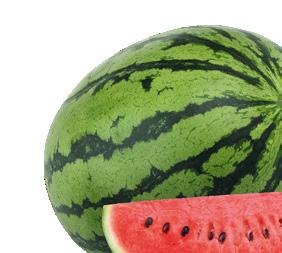
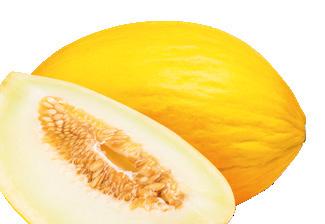
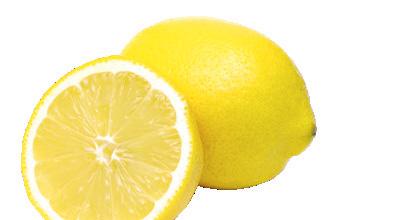
Benedikt Mangold: “The benefits for the growers are very obvious; it gives shelter to the fruit, it reduces the need for plant protection because the leaves of the plants remain wet for a shorter period, and you are actually producing energy. That dual use of the land is a fantastic idea.”

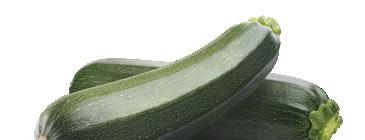
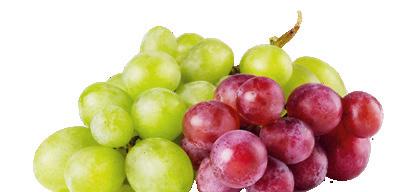
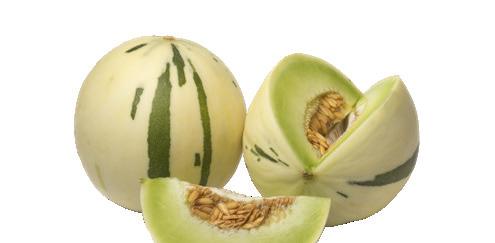
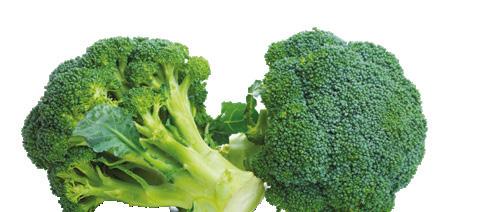

is a situation that everybody has to deal with. It remains to be seen how the market will develop in the coming months.”

How do you see the development given the current economic dynamic with inflation, volatile exchange rates and geopolitical turmoil?
Benedikt Mangold: “We are now talking the Russia-Ukraine conflict in Europe, but there are also other looming conflicts around the world that can potentially affect trade flows. So of course, we have to be prepared and develop strategies to follow in case of these events. That is where we enable ourselves through our investments in automation, including
M: +34 669 636 873
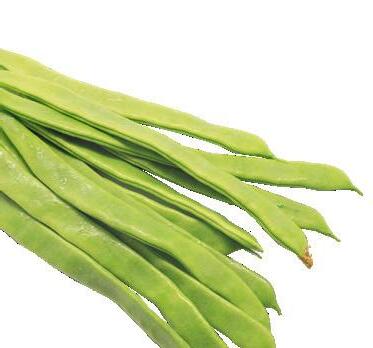
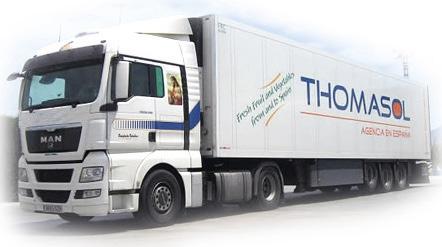
Fully transparent and discreet sourcing of all your Spanish products. Your personal partner, locally situated in Spain, to get you to the correct suppliers.

robotics in pack house processes to optimize our processes and increase our efficiency. I am convinced that the ones who will make it through these challenging times, will get out of this situation stronger. It can be expected that not everyone will make it, and I assume that on the growing side and also at the level of the intermediates we will see some consolidation. Especially in times like these, it is important to stand together and collaborate even closer. For us, what is most important, and our strength as BayWa Global Produce Group, is our diversity of products and business models with distinct strategies. And this diversified setup within our Group makes us strong.”
Gareth Edgecombe: “Looking at the short term from the lens of T&G, there are some significant improvements in our environment. The labour settings are a lot better than they were during the peak of the COVID pandemic. Logistics availability and reliability look set to improve significantly. We see a lot of positive developments in key markets, especially in Asia. How China will develop over the coming year is still a bit uncertain, but generally across Asia we are seeing very strong consumer sentiment and economic activity. In Europe, in the UK and in Germany, the market is tight. Here, the effects of inflation are particularly noticeable. It is during times like this that the strength of our operating model comes through, as our team are based on the ground and fully understand the situation and can proactively work with our customers, growers and suppliers. This allows us to optimize the management of our portfolio and maximise opportunities to further grow our great brands.”
“We are actively investing in the longterm, with our investments focused on

growing the resilience of our business through automation, attractive brands and the continual development of our key Asian markets to ensure we’re well prepared for the future. When you look at the global dynamics, for us as an exporter out of New Zealand, Europe is becoming more difficult. However, at the same time, there are significant consumer opportunities developing across Asia, each with different growth curves and preferences. That’s really exciting.”
Falk Schlusnus: “Over the last years several crisis have brought uncertainty and volatility to the markets and especially the ones of overseas trading. But not every product you might want to source in Europe, can actually be sourced in Europe. In terms of exotics the major origins are South America, South Africa and Asia. We would like to source more in Europe, but climate change is making sourcing here even more difficult. You see that in Spain, Italy, Greece, and Northern Africa. For us that means that the overseas supply chain itself needs to be more efficient and as short as possible. Of course, airfreight is an issue for the future which brings us - and luckily the whole Group - towards developing fruit genetics that actually allow us to transport what are currently air products on a container basis. On the one hand that is about shelf life, but it is also about a shift in origin to shorten the transit time.
Where do you see new opportunities for fresh produce?
Gareth Edgecombe: “The development of new varieties that offer improved growing and taste characteristics provide the global industry with exciting new opportunities. This is a change that is already happening and the intellectual property and new plant genetics we can bring to
that space with our VentureFruit™ business will be really interesting. Of course, part of what we are also doing to help our industry adapt to climate change is developing genetics that are more resilient to a warming climate, like we do through the Hot Climate Partnership, of which VentureFruit is the exclusive commercialisation partner. There is a lot of interest for these varieties addressing the increasing challenges in growing high-quality fruit in the view of climate change.”
Benedikt Mangold: “Genetics is a key to new opportunities. In the past it was only about shelf life, but it is about much more. First and foremost, a new variety has to work for the grower. That is exactly why, as a commercialisation partner, T&G’s VentureFruit business is involved in the Hot Climate Partnership. Apple and pear varieties from this cooperation allow growers to grow high quality, great tasting fruit despite increasingly challenging growing conditions of extreme day time temperatures combined with warmer nights. So it is delivering better solutions for growers, consumers and retailers.
In early January TFC moved to a new and larger site in Waddinxveen, allowing the expansion of your processing capacities. What will the new build bring you?
Falk Schlusnus: “We were able to finalize our move in the second week of January. The whole of 2023 will be about getting the whole site into operation and using the capacities as efficiently as possible. That brings about more small, smart investments in automation that we were not able to do in the old facility. So far, we are seeing a much more efficient working environment with improved logistics. Efficiency is the main aspect and we have made huge improvements in that area. It
also affects labour. It has become harder to attract young people to our industryalso because of the COVID-crisis. The new facility is also showing our potential as an employer for the future. That is important for us.”
“In addition to ongoing investments, we have invested in cooling and new ripening facilities. Soft ripening is a technology whose capacity we have almost tripled because of customer demand. They are very pleased with the perfectly ripe and

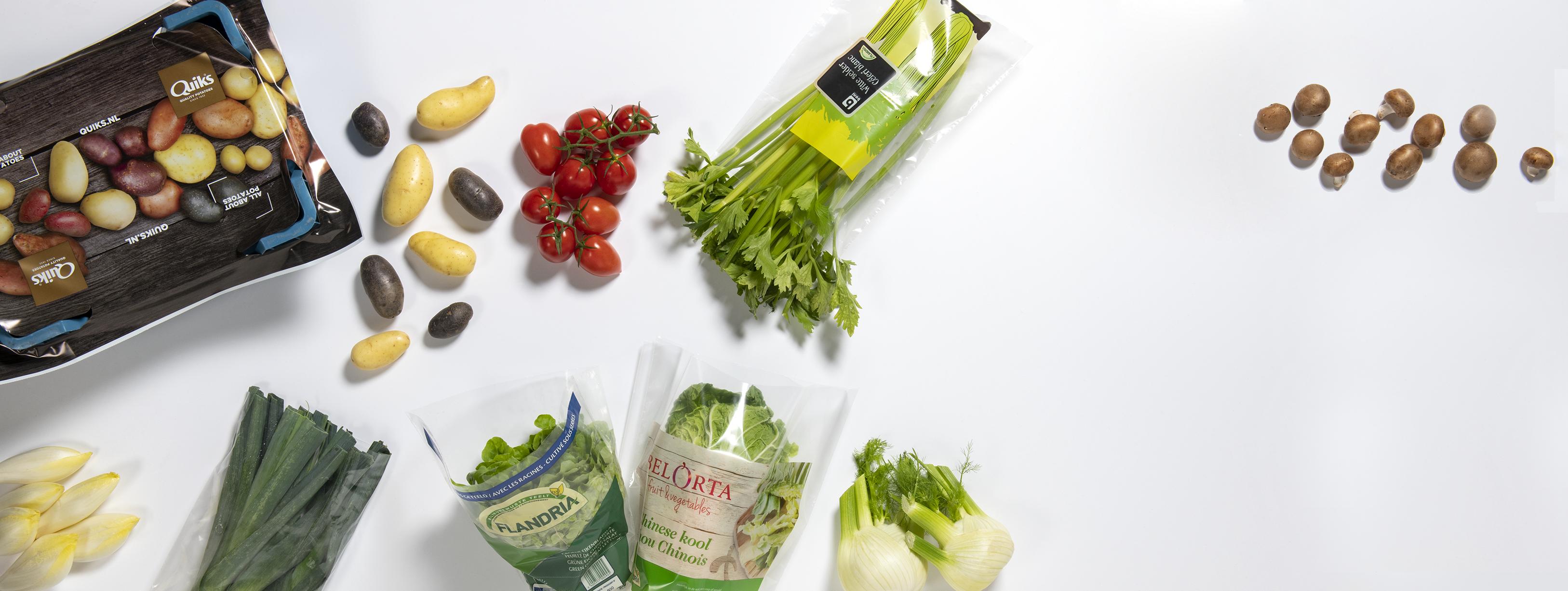
ening process. We were also able to significantly expand our storage capacity in Waddinxveen which is now double the capacity compared to the old site. And in cooperation with BayWa Group’s renewable energy entity, we will install a solar power plant on our roof to produce our own energy. In the end the new building was the necessary step to make TFC future-fit, but also for our whole Group, because it brings us in the position to be the hub for everything into Central Europe. T&G will be able to use storage capacity in Europe for the opposite season. We are looking at leveraging that potential through our network. The new building is where it all comes together, so that we can start the future.”
Innovation is one of your strategic pillars. What new projects are you currently looking at?
Benedikt Mangold: “There is AgriPV – a photovoltaic setup - for which we are currently running trial projects within our Group. There has been a successful project in the Netherlands with berries and we are now looking at using this technology for apples. We have to see what type of fruits it works for and then go from there. We are also in contact with some of our global suppliers. It is becoming increasingly important, as retailers are also looking at carbon emissions along the supply chain. This could be an interesting opportunity for them as well, to significantly reduce their CO2 footprint throughout the whole value chain. Of course, for us as an intermediate in the value chain this is important. It looks promising and it works for berries. For apples we need to gather more experience and data. If it works, we see a huge potential and many growers are closely following developments in this area.”
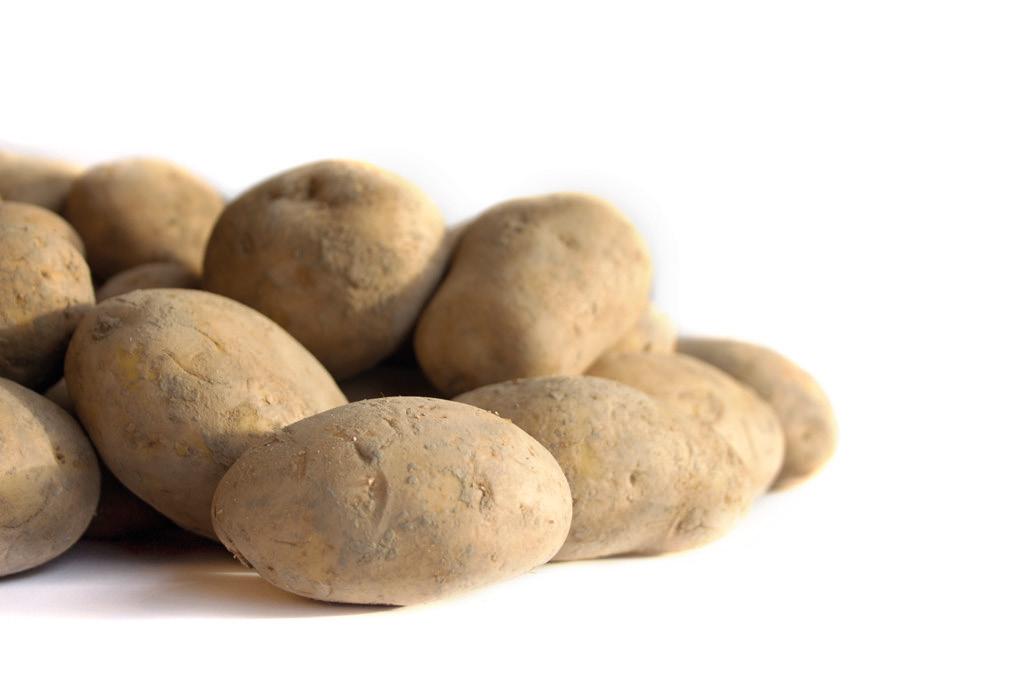


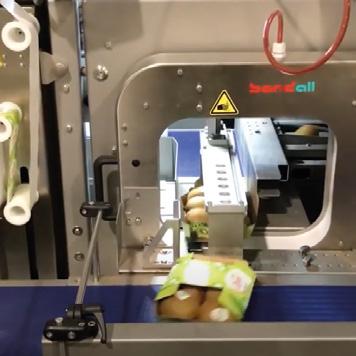


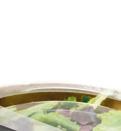


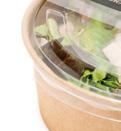
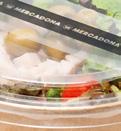
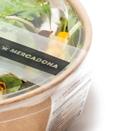








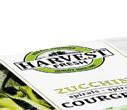
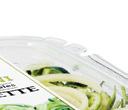



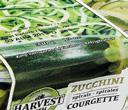
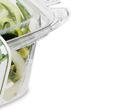






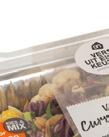

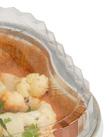
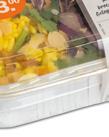





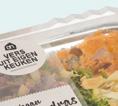
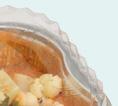
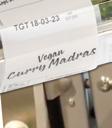


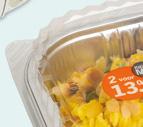

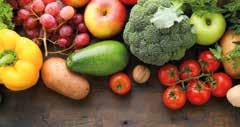
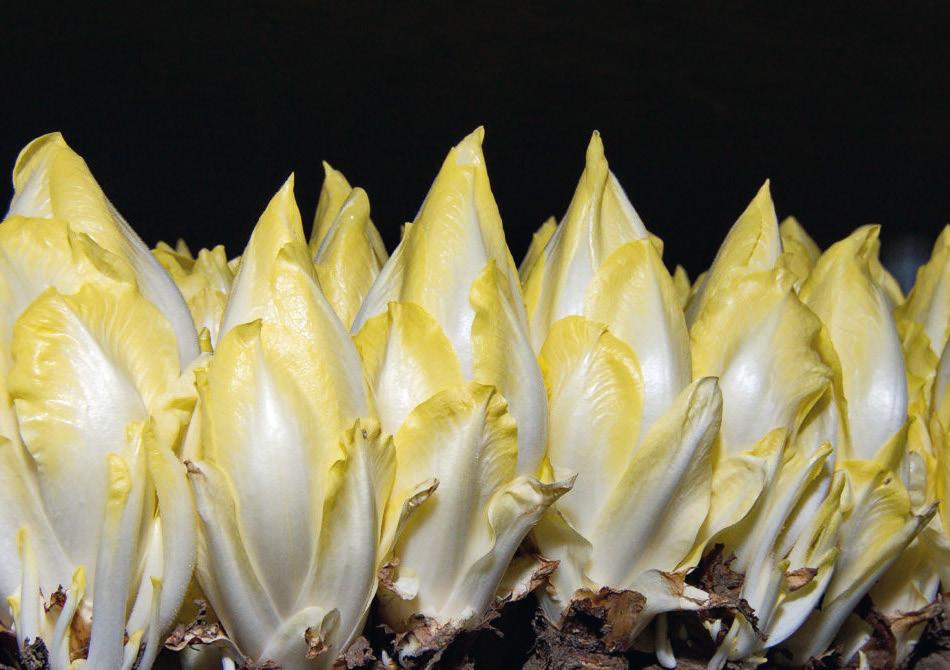
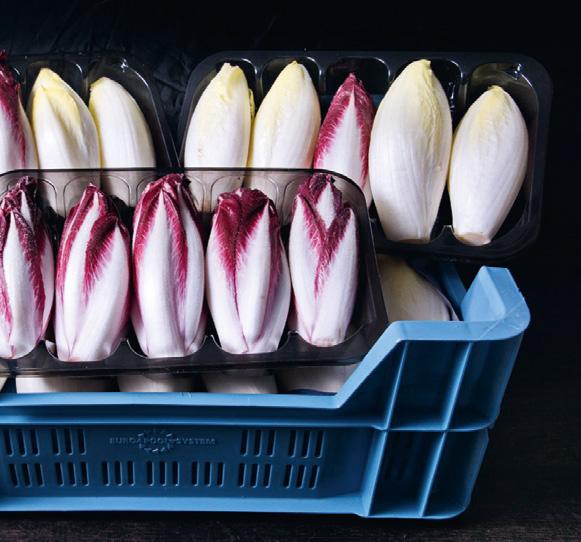
“Even in these challenging times it is important to follow our sustainability strategy, not only in our own operations but throughout the whole supply chain because, personally, I see all investments in sustainability as an integral part of what we do in our industry. I think once we get through these challenging times, the sustainability discussion will more than ever be very present among consumers and that is why it is important to further encourage and not slow down
our initiatives. We see this as a long-term investment.”



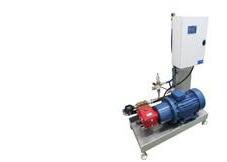
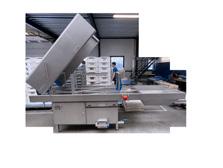
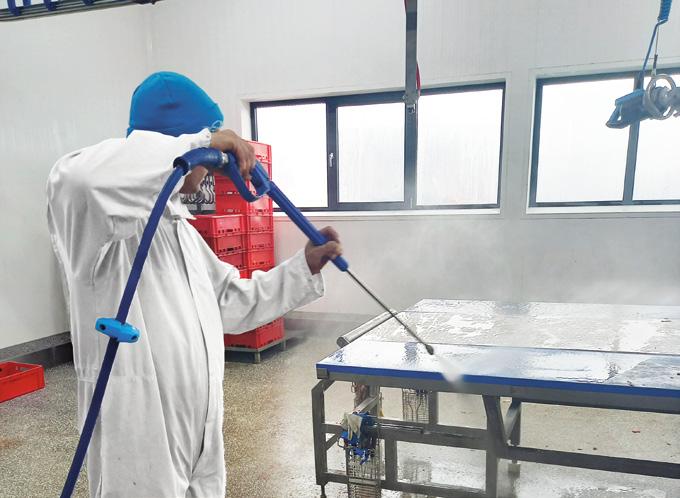
Gareth Edgecombe: “Also in New Zealand we are working very closely with the team to see if Agri-PV installations work for apples. There are two parts to it. Firstly, how does it work in terms of growing quality apples and secondly, how can we deal with the economics of pushing the electricity back into the grid and being compensated for that. I think it is quite a
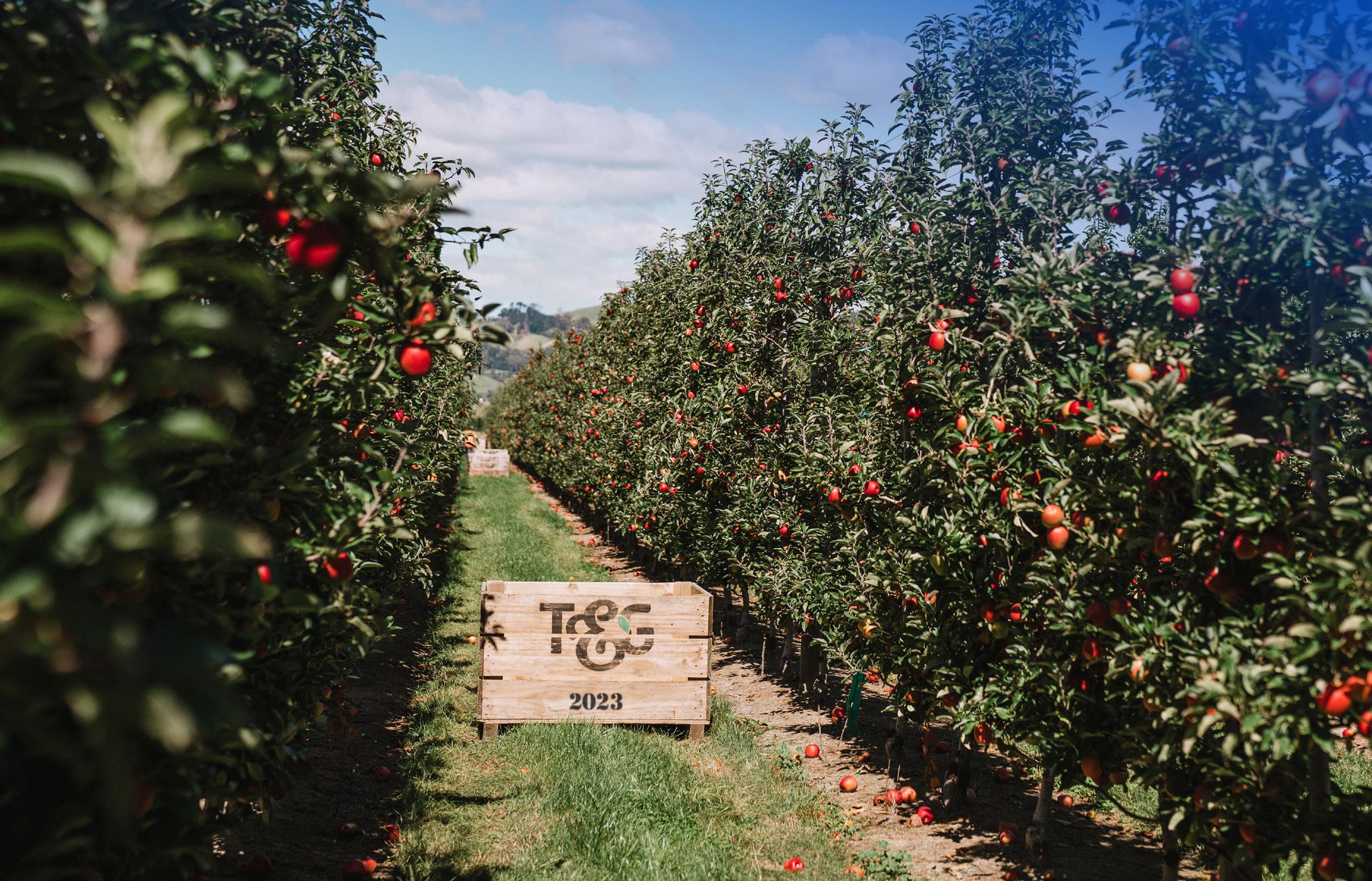
long journey to make sure that the whole economic lifecycle works, but no doubt it is a promising opportunity.”
With all the challenges that are going on in the world, can you see that there is a change in consumer preferences or behaviour and does that change your operations as well?
Falk Schlusnus: “At the moment consumers give way more attention to the price level of the products they are buying. In
comparison to the costs and spendable income, the daily shopping is the first and most practical way to actually save money. That is a logical explanation of what is happening. We see a shift towards cheaper products and we expect this will probably be the case during the first part of the year.”
Gareth Edgecombe: “In terms of apples we see the same situation in UK and Europe, as a result of the rising cost of inflation and the pressure consumers are dealing with. For us it is about being careful in understanding where the markets are moving and making sure our sales and operations planning is optimised for those market opportunities. So, practically speaking, that would mean less volume from the Southern Hemisphere going into European markets, so that we can make sure we can meet that premium segment, but not oversupply. At the same time there is growth coming through in a lot of Asian markets and we have got large opportunities to go after. It does mean that your quality and brands have to stand up to the defined standards and consumer expectations of your brand. Consumers pay good money for your product, so it has to be an awesome experience. We are putting a lot of effort to ensure our quality standards are excellent and our product quality is really high.”
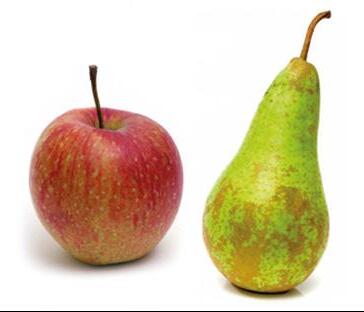
“Looking at other product types, blueberries are a key strategic play for us. There is strong consumer demand for berries and we are teaming up with partners around the world to develop new worldclass varieties providing us with the ability to grow and source better tasting berries of highest quality.”
Benedikt Mangold: “It is important to differentiate between the markets, currently there is Europe at the lower end
and Asia at the upper end in terms of the overall consumer sentiment. I think it also depends on the product. Currently in the European and German market we often see consumers buying 2 kilos of favourably priced local apples. That will change again, in the long term we see premium products and club varieties being more important for consumers again as well as sustainable products. I am not too scared about the short- and medium-term outlook.”
How does climate change play a role in BayWa operations?
Gareth Edgecombe: “In apples, which is our largest product category, we have to cope with volatility in volumes. As a result of climate change, we are definitely seeing more severe weather events and therefore more effort is going into protected cropping, such as making sure that our orchards are well set up with hail nets for the future. We are also making sure our growing locations are spread across multiple regions so that we not only mitigate risk but are also continually adapting to a changing climate. In the very long term, say 30 years’ time, we expect New Zealand’s growing regions to move further south as the climate warms. We’re making sure we understand what this would look like in terms of growing regions. Plant genetics which can cope with a changing climate also play a significant part in our future-oriented strategy.”
Falk Schlusnus: “As we are sourcing worldwide, our exotics are somehow always affected by weather circumstances and climate change. Europe, which is of course a source for products that can be grown here, has been very much affected during the last years. In this and last year’s season La Niña events had an impact on crops in South America, with
a lot of rain and humidity. This always affects the delicate fruits that we are dealing with. In the end that had a huge effect on several crops and varieties. This year, we might be experiencing the other phenomenon: El Niño, which means we might have better weather leading to better harvests. We try to cover our supply not from one, but from several regions to be a reliable partner for your customers year-round. Of course, South and Central America are major suppliers, as is Southern Africa. We are always able to secure volumes by shifting our sourcing from one to another region depending on the individual situation.”
info@baywa-gp.com
· We purchase directly from Dutch farmers



· Deliveries to wholesalers and retailers, such as grocery stores
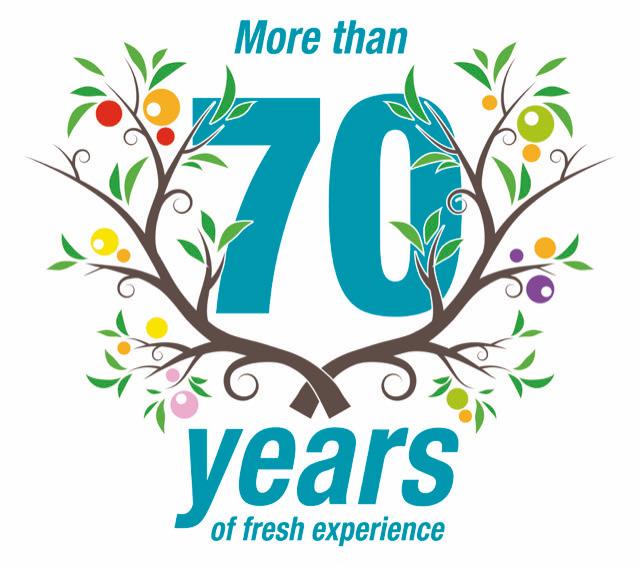



Back in the 1990s, fresh produce exports from North America to Europe were significant as the USA and Mexico together were able to supply produce almost year-round, something Europe couldn’t do. Frenchman Thierry Delapre saw an opportunity and emigrated from France to California in 1993 to start an export business that was fully dedicated to fulfilling Europe’s year-round demand for produce. “Initially, we started with berries,” says Rob Borley, UK Manager for AMS Export.
“Strawberries were making their way over from North America to Europe in large quantities at the time. Soon, the portfolio expanded with blackberries and blueberries, but also asparagus, grapes, cherries, and other stone fruit varieties.” Due to AMS Export’s close proximity to Los Angeles, the company specialized in exporting produce from Mexico, California, and Canada. “We are strategically located near key growing areas with produce from Mexico crossing the border in
Nogales, Arizona. In addition, we’re close to the Central Valley, the main growing region for fresh produce in the United States and most air space is available out of the airports of Los Angeles and San Francisco, both relatively close to the company’s office and growing regions.

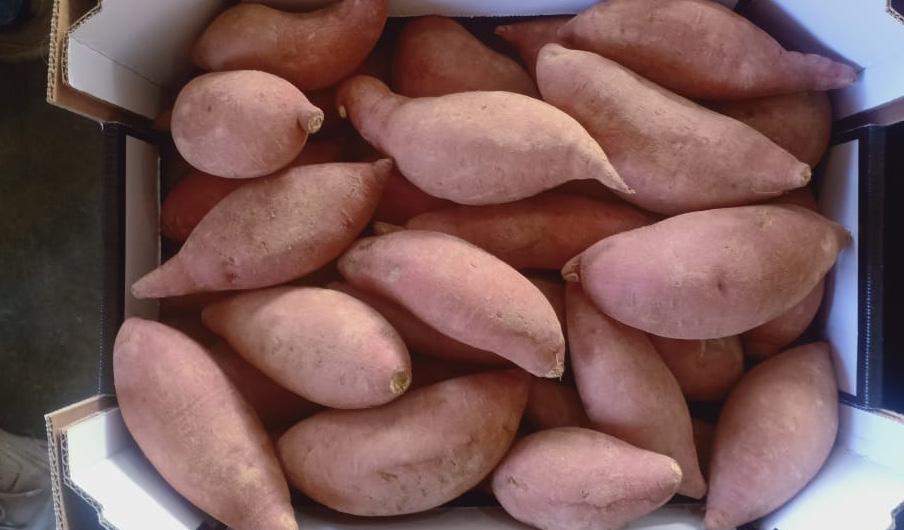
While these were key factors to successfully export fresh produce to Europe, things changed in the early 2000s when Europe’s demand for berries from North
America started declining. “Berry growers in Spain, the UK, Morocco, and Egypt invested in new berry varieties and started growing under cover,” said Borley. The migration from growing outdoors to indoors allowed them to extend their seasons, reducing the need to bring berries in from overseas.
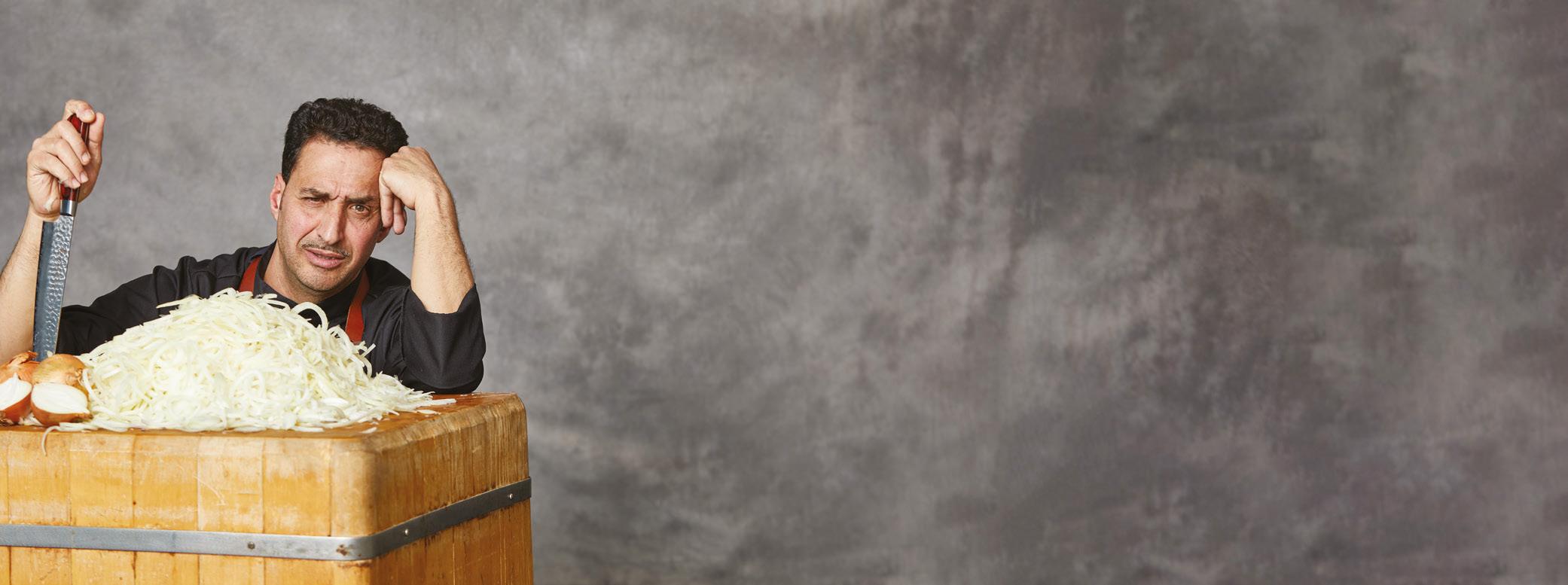
What did this mean for AMS Export? “Well, we moved into different products,” said Borley. At the time, there was very good European demand for table grapes. The Mexican season would kick off in April and May while production in Europe wouldn’t pick up steam until July, followed by Greece in September and then California in the fall. “At the time, North America’s grapes were able to fill a gap in the European market with Mexico offering grapes in spring and late-season
Rob Borley, AMS Export:
“Sharp decline in produce trade from North America to Europe has changed our business”
grapes from California being available in the fall.” Export volumes were strong until about 2008. That’s when the decline set in as Europe was able to source from regions with a closer proximity. “Egyptian and Moroccan grape exports to Europe competed for the same window as the Mexican.” Soon after, Greece and Spain started planting similar varieties and provided the European market with table grapes during California’s season. “These four countries knocked out the window for Californian exports altogether,” said Borley.
About 15 years ago, table grape exports from the USA to Europe dried up. Mexico continued, but exports were limited to black varieties that mature late in Europe. Then things took an unexpected turn. “For the past eight years, many new grape varieties have been developed by breeders like IFG, and Sun World. While these varieties are grown around the world, some countries are quicker to make the transition to new varieties than others. Mexico for example has transitioned to new varieties fairly quickly while Egypt and Spain haven’t caught up yet,” said Borley. “Some retailers saw their grape sales decline during the shoulders of the season in May and June, but offering new varieties has resulted in an uptick in sales again. With consumers increasingly looking for newer varieties, Mexico has been able to fill the gap from Egypt and Spain in spring and as a result, there has been renewed interest for Mexican grapes since 2015.
Cherries also used to be a key export product. Mexico doesn’t grow cherries due to its hot climate, but between late April and September, California, Washington state, and Canada offer a non-stop supply. Over the years, cherries from these growing regions have been replaced with product from Spain, Italy, and to some extent the UK and Greece. When cherry exports to Europe declined, North American growers found a lucrative market in Asia.
“However, when the trade war with China started and duties increased significantly, American growers started focusing on the domestic market,” Borley shared.

“It’s a lot less risky and less complicated to sell domestically. While exports of USA cherries to Europe have become almost non-existent, there is still room for Canadian cherries to go Europe due to a free trade agreement between Canada and the European Union. Today, AMS Export’s cherry exports are limited to shipments from Canada and specialty varieties like Sequoia® from the USA.
While Spain has been able to largely fulfill Europe’s demand for cherries, food regulations are another reason for the decline in exports.
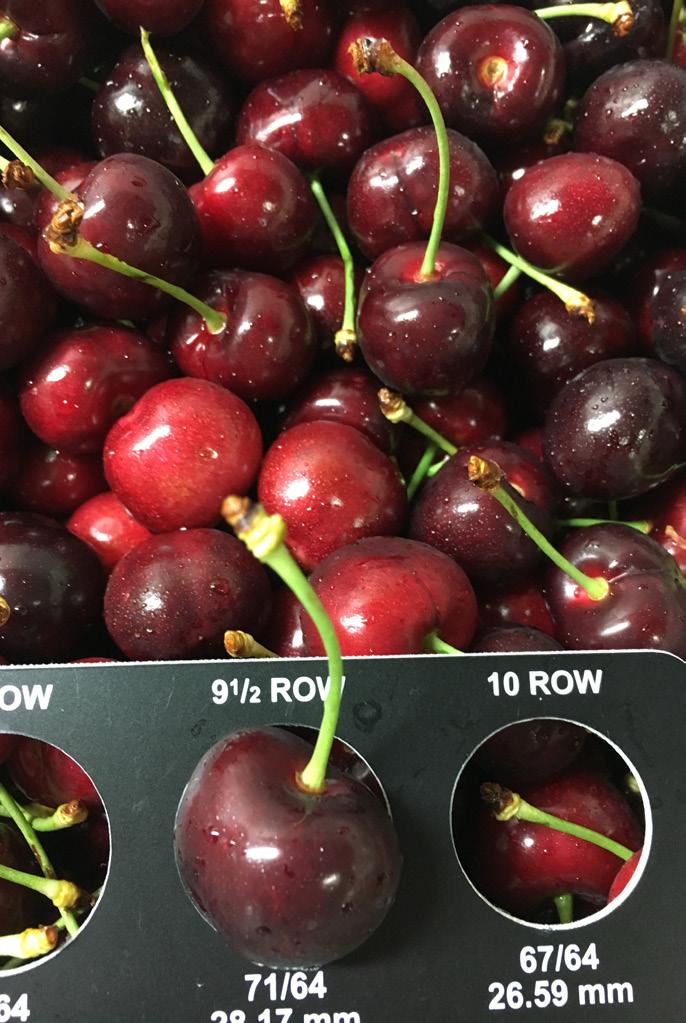
“North America and Europe have dif-
ferent regulations such as MRL requirements and Europe is very restrictive. To be able to export cherries to Europe, we are limited to certain growers in certain countries,” commented Borley. Finding growers that comply with European regulations is very difficult, in particular in the state of Washington. As a result, the August export window is pretty much out of the question.
One of the few products that is still heavily exported from North America to Europe is sweet potatoes. There is good demand for sweet potatoes from North Carolina as the variety and quality from the East Coast state is very much liked by clients in Europe. In addition, the curing and storage techniques allow for yearround availability. “However, from June until October, when North Carolina’s sweet potatoes are older, more quali-
ty issues present themselves.” In recent years, Egypt’s sweet potato production has increased and while the country is theoretically able to replace North America’s product in spring and summer, the Beauregard variety is generally disliked by European consumers. Even though people don’t like it, Egypt’s production offers a downward pressure on sweet potato pricing and makes North American product uncompetitive in Europe. While the quality of Egyptian sweet potatoes can’t meet that of North Carolina sweet potatoes, Borley believes Egypt
offers many opportunities. “We have started a partnership with an Egyptian sweet potato grower and a grower from North Carolina to grow sweet potatoes in Egypt’s desert region.” While most of Egypt’s sweet potatoes are grown along the Nile, the desert region will offer quality similar to a California-grown sweet potato. “It’s not our goal to compete with North America. Instead, we will be complementing North America’s window of availability and avoid quality issues later in the season.”
These developments have forced AMS Export to shift focus in terms of origins as well as products. “We started with berries and asparagus, then added grapes, cherries, and other stone fruit varieties. When the Mexican grape business fell away, we started working with grape growers in India and helped them look at new varieties. We managed to per-
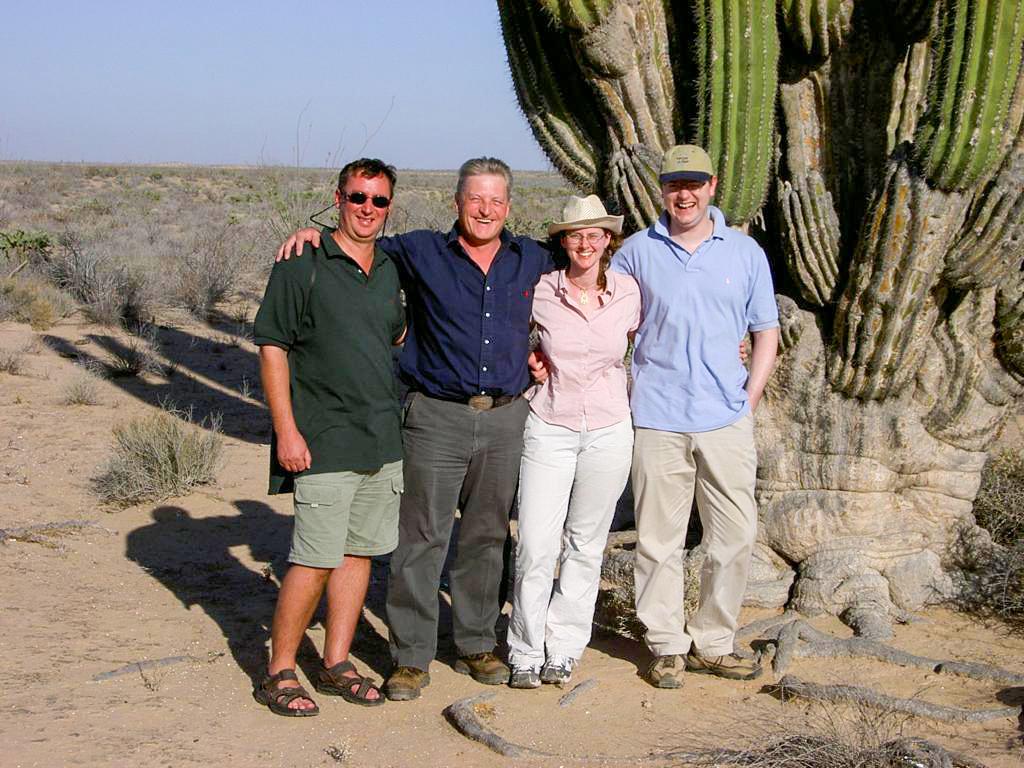
suade Indian growers to modernize their production techniques and now we are importing grapes from India into Canada.” About ten years ago, AMS Export thought they would never ship a box of Mexican grapes to Europe again, but the trend of new varieties has come forward and revived the interest for Mexican grapes.
More recently, there has been a change in attitude towards air freight, which has heavily impacted the company’s business. “However, what many people don’t know is that the carbon footprint of air freight produce is a fraction of the carbon footprint of locally produced chicken. Let’s not even take into account beef as that’s off the scale. Retailers still put beef and chicken on the shelf, but don’t want to offer airfreight produce while produce is just filling up space on passenger planes that are flying anyways.”
“Taking everything into account, I believe things will keep going in cycles and opportunities will continue to open and close,” finished Borley.
rob@ams-export.com

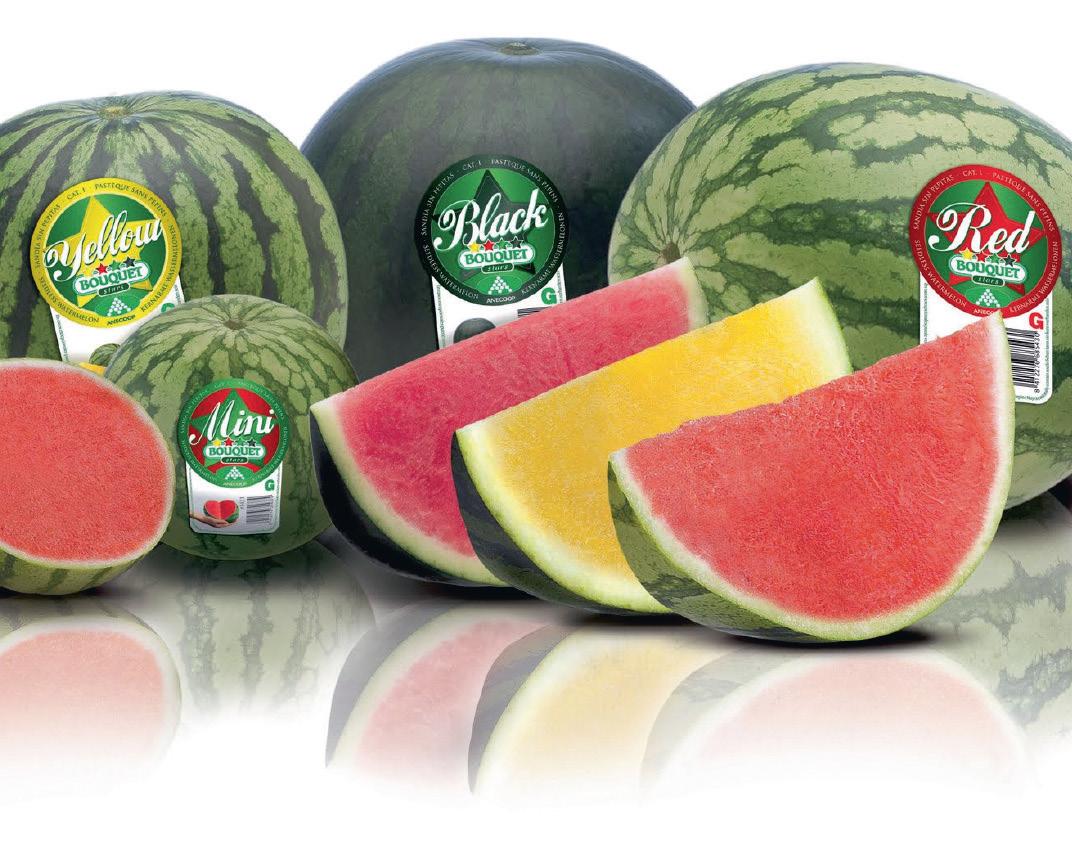
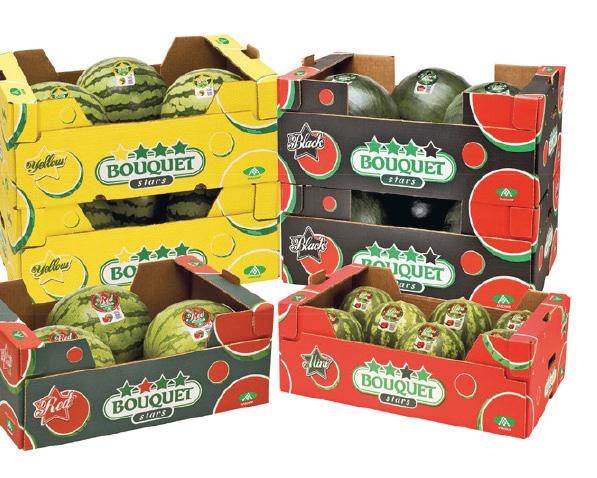



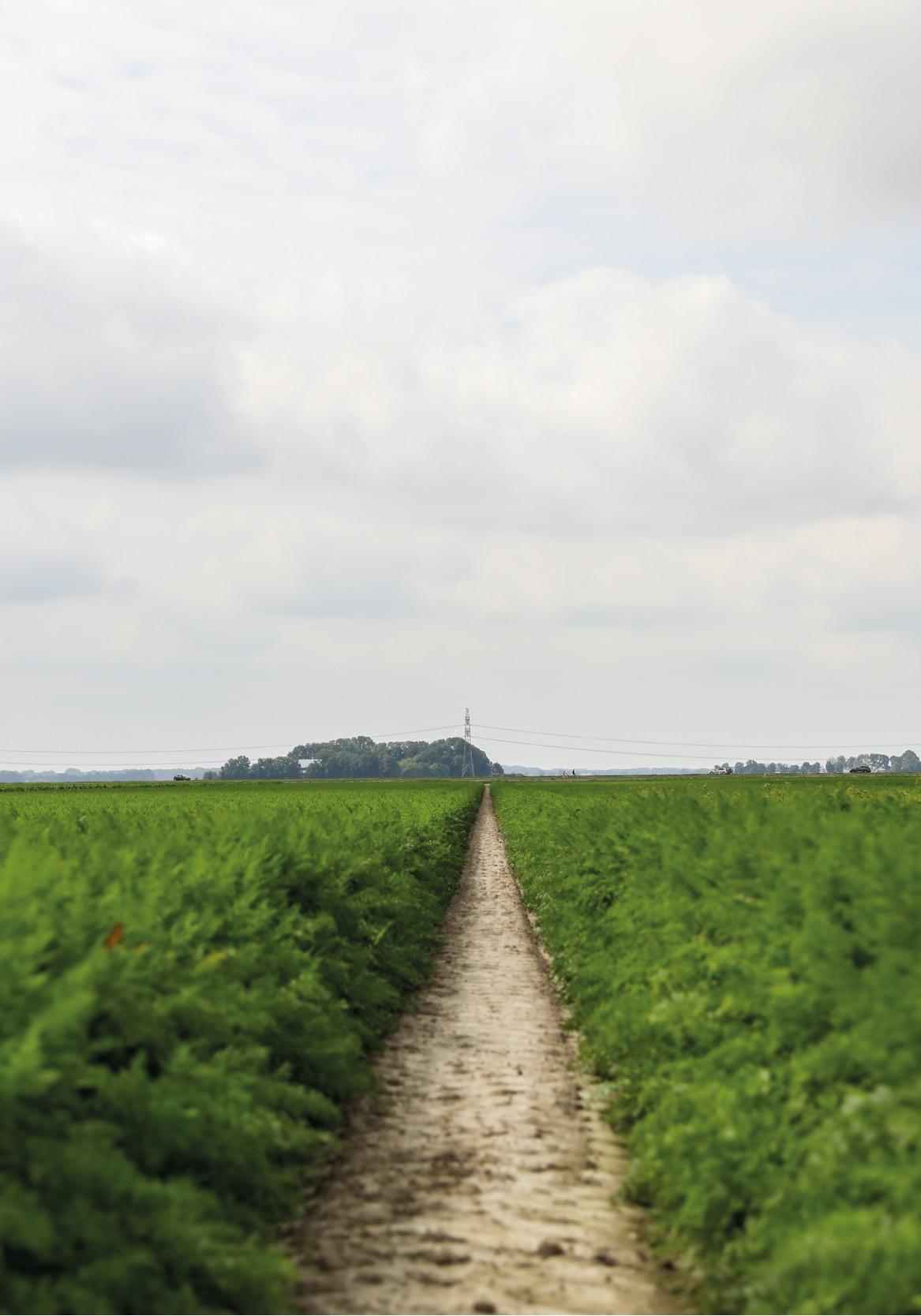

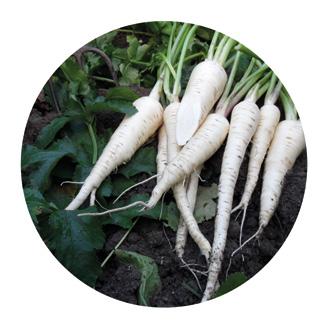
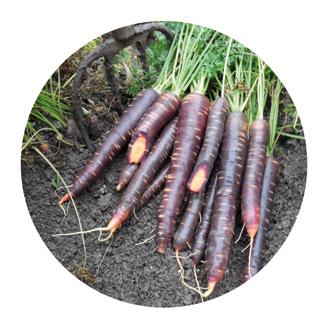
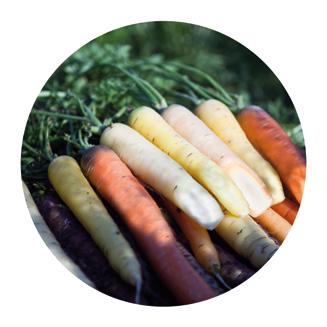


Producer and distributor since 1988, the citrus specialist Arco Fruits also excels in stone fruits with no less than 8,000 tons produced each year: peaches and nectarines, including Paraguayos, and apricots. Contrary to the last two campaigns, which have been rather difficult for all Mediterranean producers, 2023 should be more “business like usual”. Despite a late start, both volumes and quality are looking very good this year. “The campaign will start with a delay of one week to 10 days, so let’s say the first week of May, instead of the last week of April in other years,” says Jean Contreras. A shift in the calendar that affects more categories of fruits. “Climate change is increasingly modifying the seasons; this year, for example, the citrus campaign ended early.”
At Arco Fruits, part of Citri&Co Group in Spain, the campaign starts in the regions Seville and Murcia, continues in Badajoz from June, and finishes in Lérida
2023:
“We expect a lot of this season, which will be decisive for this year”, a key season after the drama in 2021 and the slightly “less bad” season in 2022. This year definitively looks better. “2022 has been a quite good year in terms of price, but if you take into account the volume/price ratio, it changes the result quite a bit,” Jean explains, referring to the rising costs
of production and additional charges such as transport and packaging. He refers to 2022 as a real smokescreen for the Spanish producers. But unlike the last two campaigns, the crops did not suffer from the frost this year. “It is still too early for precise forecasts, but the kilos are hanging and the harvest looks good in terms of taste and size as well as coloration.
Every year, consumers look forward to the start of the stone fruits season. “Everybody is happy to see these fruits on
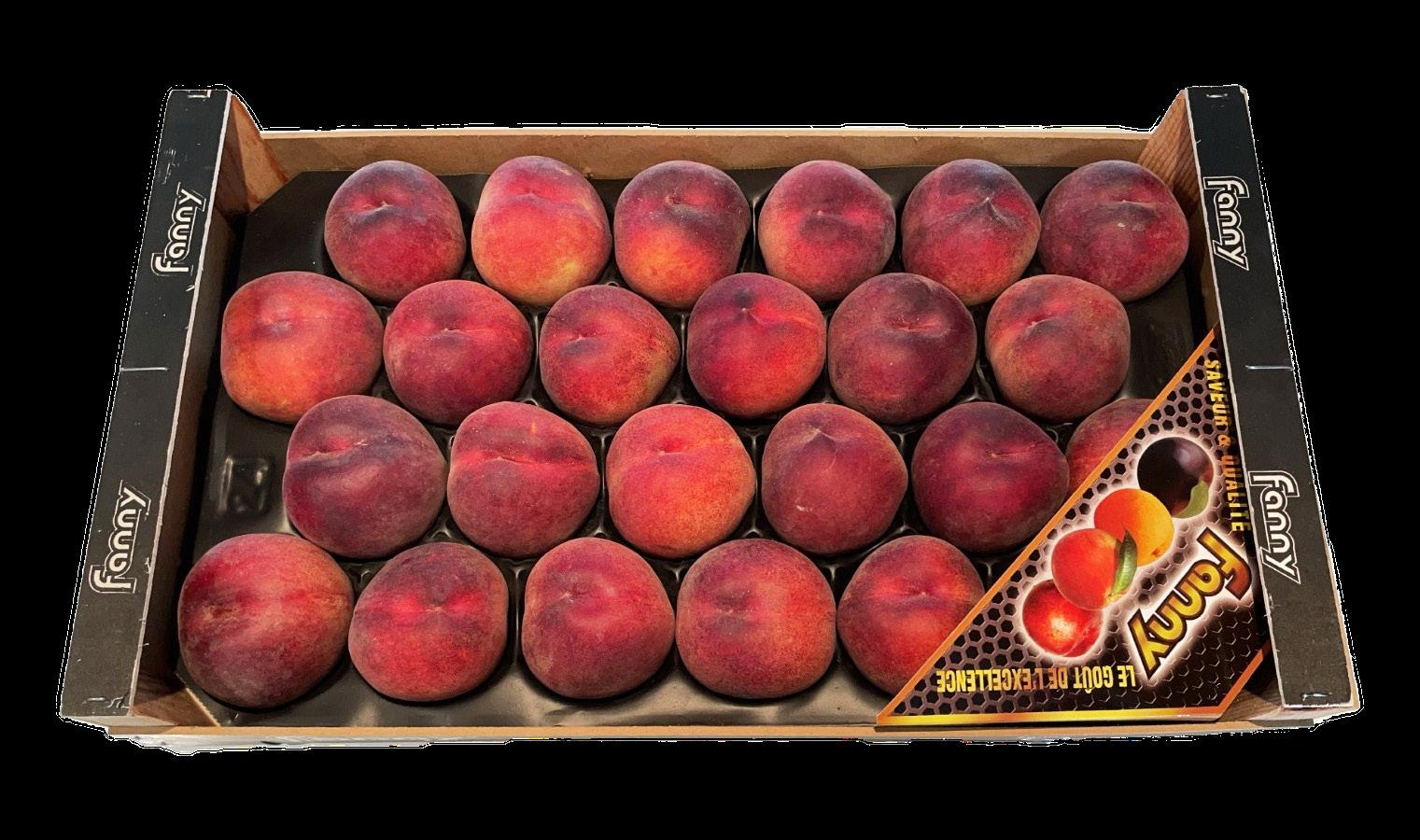
the shelves again. This is like a fresh start after the winter fruits and heralds the beginning of the summer, encouraging a good mood. The demand is steady despite inflation, but purchasing behaviour is changing. “Even if the consumption is maintained, we see that the consumer prefers small prices and private labels. Despite this shift towards low prices, we are still able to leverage our promotions. The market is still receptive, which is great! This campaign we hope for a strong trade and a satisfied consumer again.
Usually the two productions follow each other fluently, but this year “because of the late start of the Spanish campaign, there will be an overlap with the French production from June.” This will push the company to turn to other markets a little earlier than normal. “Our partners work jointly with the French market and other European countries, so Spanish products can be exported as soon as the French ones arrive, as French distributors always prefer a ‘Made in France’ offer. “I also think that the French retail will wait for the French sector to speak up, before positioning itself.”
Jean Contreras, Arco Fruits:
“We
“WE
Fanny and Fanny Nature brands, both developed by Arco Fruits, are available in the mainstream French supermarkets. Three years ago, the company extended the Fanny Bio brand to stone fruits and plans to grow with it, despite the difficulties that organic is facing today. “The organic market has been a growing market for a long time. Even if its development has been more difficult since last year, we feel that there are still loyal customers. We believe in it and will pursue our efforts. Within the Citri&Co group, there are strong organic operators that will allow us to achieve this ambition.
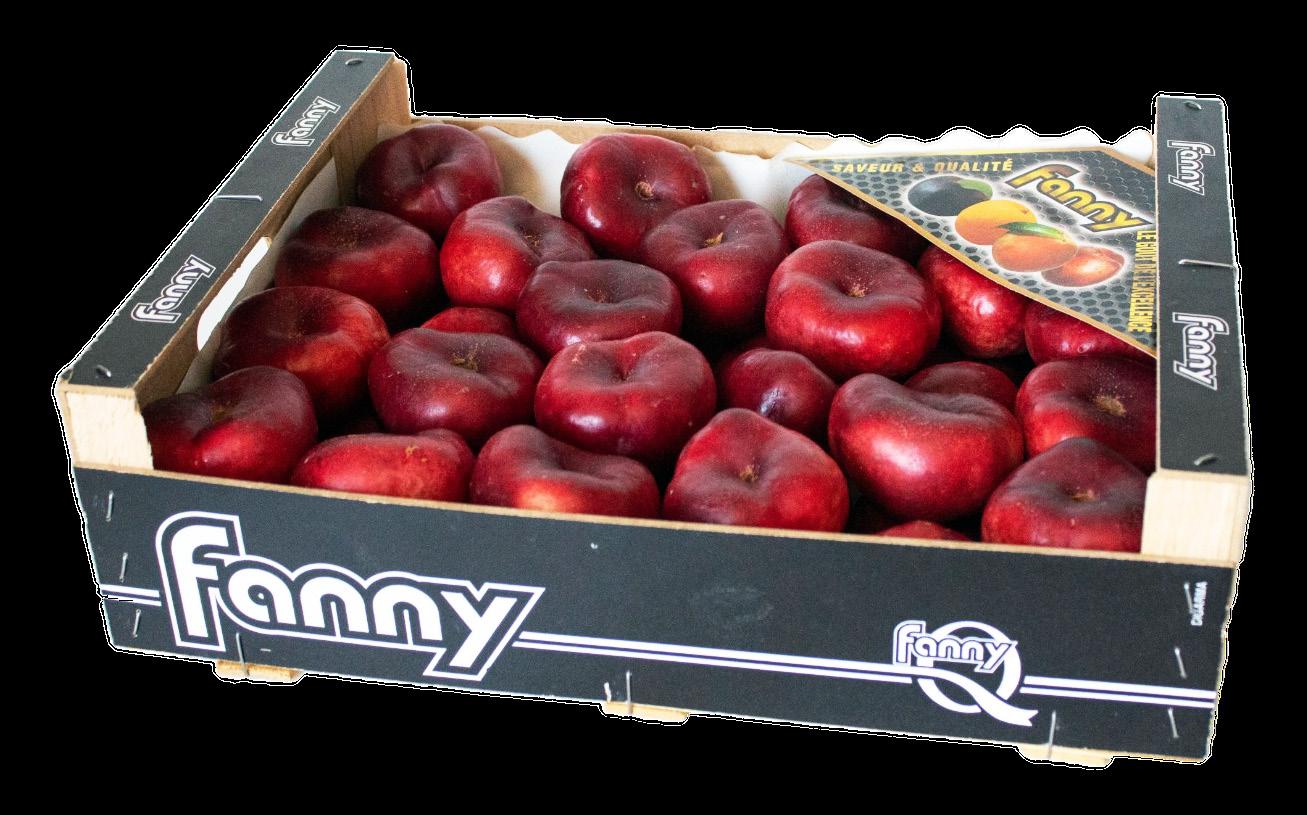
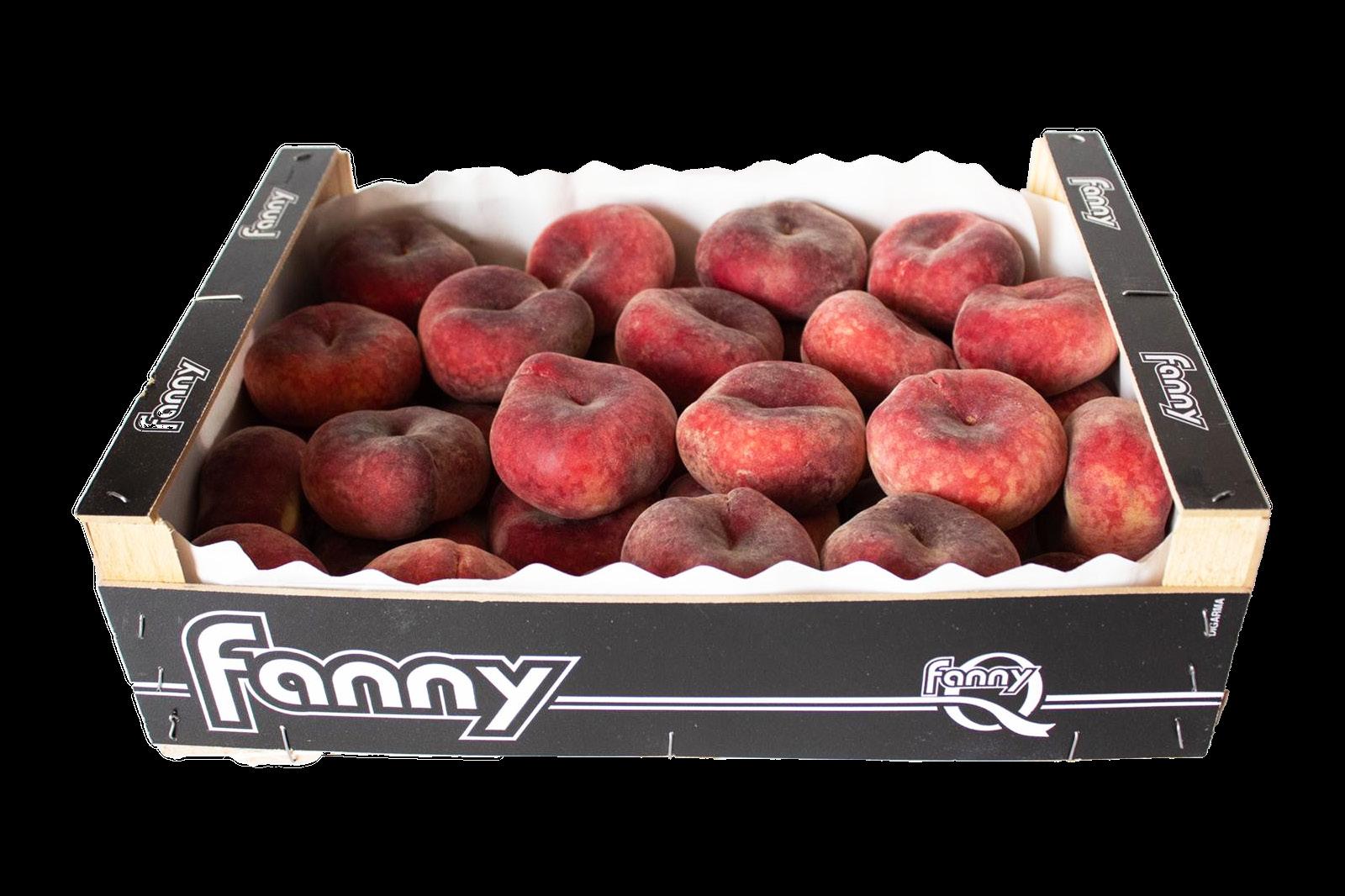
Arco Fruits wants to go further. The group wants to structure efficient and sustainable industries. “We are

committed to a process of progress to develop a sustainable agriculture that lays the foundation for the development of agri-food chains that create value. A value shared between consumers, the territory, the Earth, and us, farmers.” Producer and marketer of fruit with positive impacts on the natural, social and societal environment, the Arco Fruits range is available in: “Non traité après récolte” (Untreated after harvest) with its brand FANNY NTAR, Organic with its brand Fanny Bio, Agroecology with Fanny Nature, and, finally, DAVIDA which combines organic, agroecology and CO2 Neutral.
contact@arcofruits.com
michael.sanchez@arcofruits.com

At the Best Fresh Group’s Christmas party, CEO Mart Valstar announced to staff that ‘after 500 months’, he would be stepping aside to make room for the new CEO, Bas Rensen. Here, thus, a dual interview with the incoming CEO and outgoing one, who remains closely involved in the family business and is not contemplating selling. “We want to prepare the company for the next 95 years,” Mart begins.
Was your departure as CEO in the works for a long time?
Mart: “No, absolutely not. That wasn’t the plan at all. But everything fell into place after Best Fresh was restructured into three divisions. I’ve had many conversations with Bas and have every confidence in him and the current management leading the company. I’m certainly not leaving yet, I enjoy what others call work far too much and will be here often to advise my colleagues, but I am stepping down from operational leadership.
In 2019, I had the idea of staying home on Wednesdays, but that failed miserably. I will, however, try to be a little less present which should give me more space to be involved in technological and innovative scale-ups and start-ups. I really enjoy that.
What is the most memorable development you experienced over the years?
Mart: The Greenery’s establishment in 1996. I was 34 and worked with about
30 people in a company that had been around for almost 70 years. Our supplier of all those years suddenly vanished, and the business organization changed fundamentally. I immediately brought my parents in on the conversation, and ultimately, we came out stronger. But you don’t realize that at the time.
Another significant change - that of the logistics chain - happened in the decade that followed. From 1996 to 2006, all trade still came into the company’s warehouse; later, direct flows began.
What are you most proud of, and what is your biggest regret?
Mart: I have zero regrets. I’ve made plenty of mistakes over the years, but that comes with the territory. I’m especially proud of our motivated employees, which I said at the Christmas party. There’s nothing nicer than seeing your people hard at work
with customers and suppliers solving problems when they arise.
Your daughters have joined the business, too…
Much to my surprise, my two older daughters chose to join the business. I’ve always insisted they first spend four years learning outside the company, but they’re more than welcome to join if they want. Kris now works in our real estate branch and Maud, who started at BioWorld, now runs Eminent Food. My youngest, Babs, works at a scale-up in Amsterdam. Kris and Maud weren’t under my direct responsibility, and I think I gave them enough space to develop themselves.
You can just imagine what we talk about at home. I’ve never considered that an issue because, for me, work and private life are one, and I hope the same goes for them. They have to learn the tradelike answering the phone or processing invoices - from the bottom up like everyone else. But, naturally, as their father, I’m very proud that they want to be the business’s fourth generation.
What advice do you have for the younger generations?

Mart: As with previous Valstar generations, I, too, was always actively involved in boards, whether regional or sectoral. For example, after the merchants association collapse, I founded the Westland Agro Business Club. All that networking gave me a good overview of the sector and business. Plus, it created a kind of unity. With all the digitalization nowadays, people seem to want to meet less, but I heartily recommend young people get out from behind their smartphones in the evening and meet up. All that board work gave me many new insights.
Bas, what struck you about and attracted you to Best Fresh?










In recent years, I’ve worked only for private equity companies, which always have a short-term focus. I love working for a family business that’s now been around for 95 years, and plans to, undoubtedly, be around for 95 more. It’s great that the company has initiatives such as the Best Fresh Foundation, which holds a charity golf tournament and cooperates in things




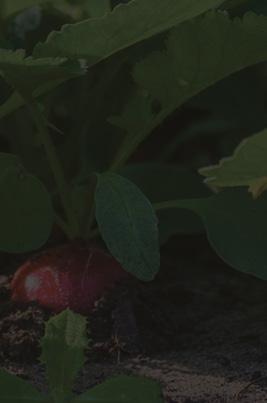
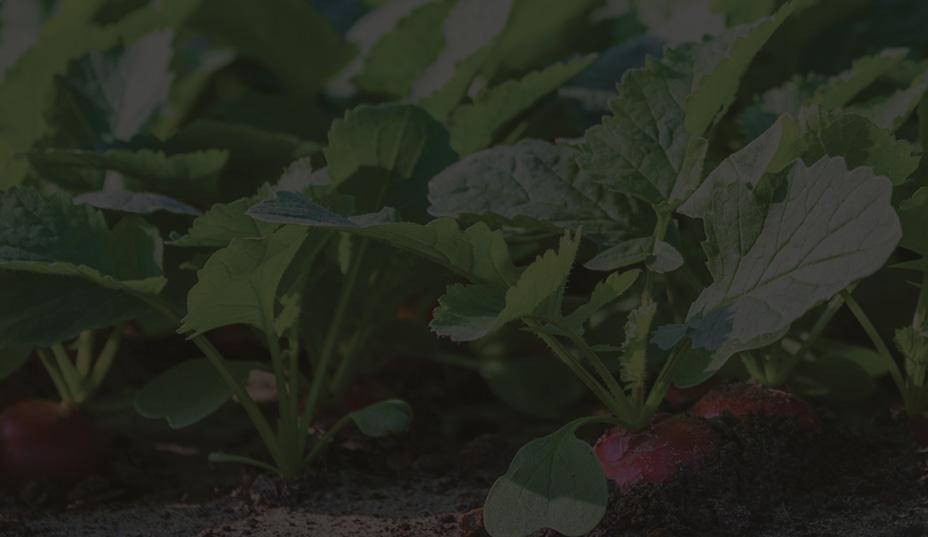


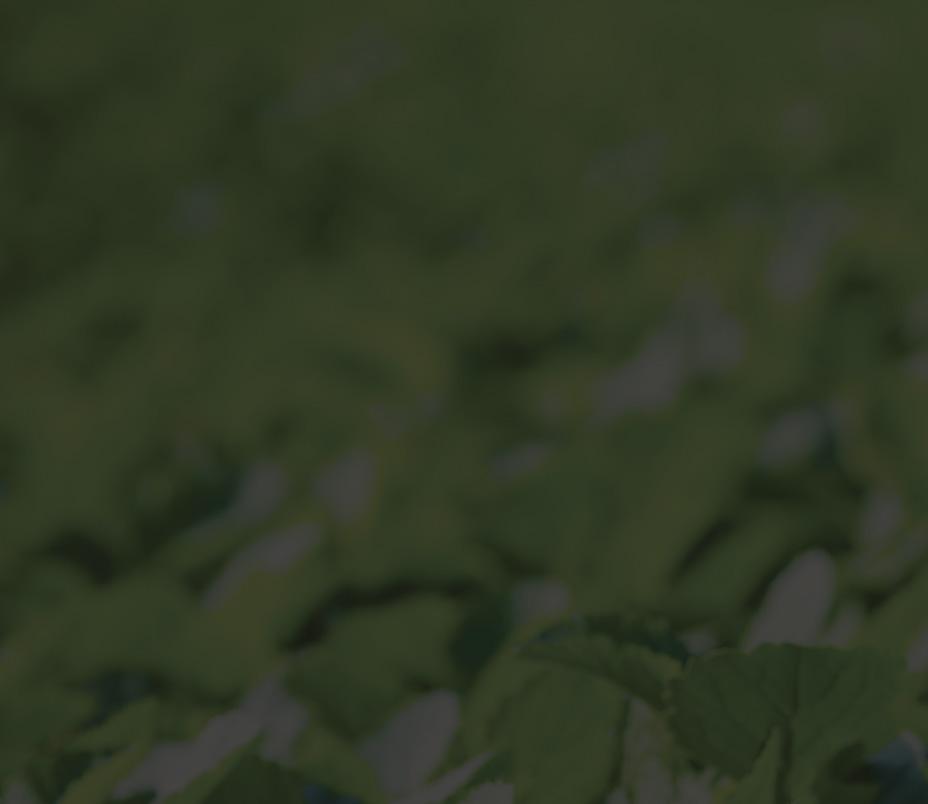
like [the Netherlands’ largest volunteer organization] NL Doet. Of course, money must be earned, but what could be better than making a little profit while supporting the less privileged?

Best Fresh has three divisions. How do you achieve synergy between the different business units?

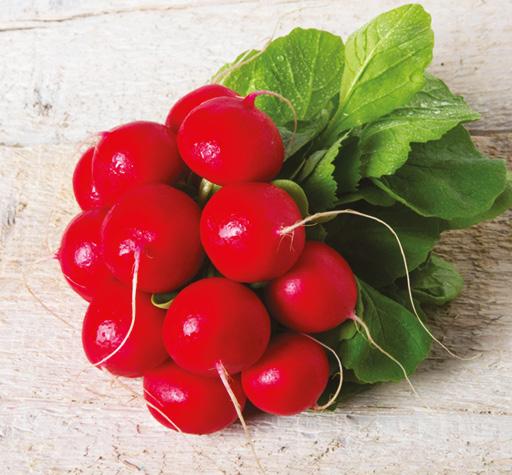
Bas: That’s found mainly in the things you can do together, so you can cover costs. For example, the whole group’s HR, ICT, and Finances are handled centrally. Commercially, we serve different markets but try to link logistics and distribution with import and export as much as possible, both in the warehouse and with transport.
Mart: Also, last year, we successfully implemented SAP at Sous Fresh, with two more companies to follow soon, and, in the fall, the whole group. And we’ll meet that deadline. We deliberately didn’t opt for a big change but will switch in phases. The fruit and vegetable sector had bad experiences with SAP, so it’s somewhat wary of it, but we’re delighted with it. A





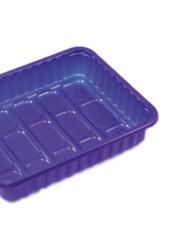





















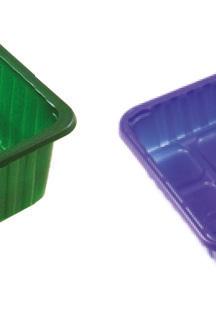
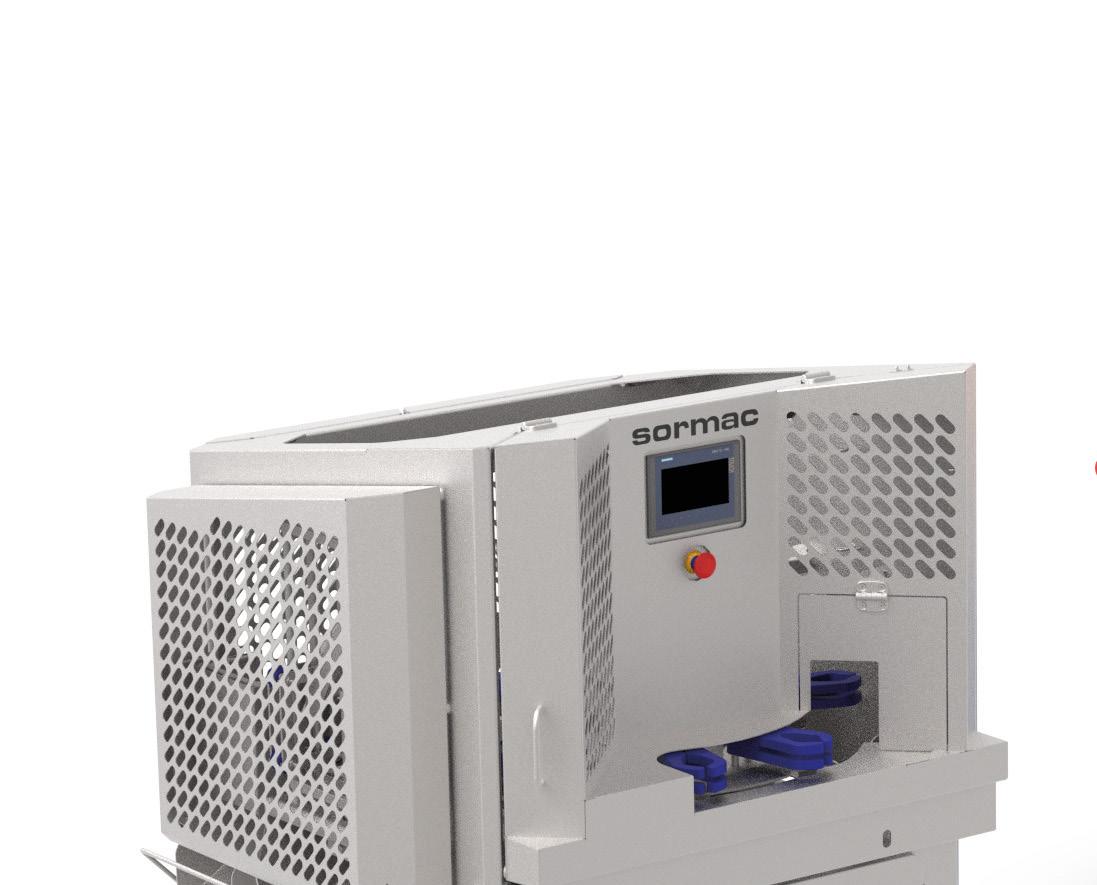






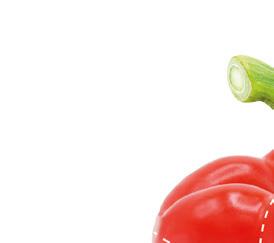
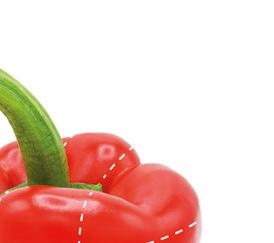

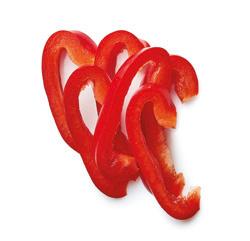
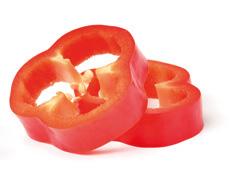




new package, more suitable for medium-sized companies like ours, has been developed, and we love it. It’s like a car: the technology only improves, and the possibilities increase.
Where does Best Fresh do sales?
Bas: That’s divided across the group between retail, food service, and wholesale. The different companies have different ratios. For instance, Sous Fresh overwhelmingly focuses on food service; other companies are more retail oriented. We believe in a healthy balance between these three sales channels from a risk-spreading perspective, too, as was evident during the pandemic. The group’s main sales markets are Germany, the Netherlands, and the Nordic countries.
Are you still a trading company or have you become more of a logistics provider?
Mart: We try to avoid the term “trader”, which has always had the connotation of a middleman who buys as cheaply and sells as expensively as possible. Those days are truly gone. We coined the term “trade marketer”, but that never really took off. We’re distinctive in that we have all facets in-house to entirely relieve clients and suppliers from A to Z.
We want to be a reliable chain partner who advises buyers regarding category management, whether on retailer shelves or in chefs’ kitchens. That makes us much more than just a trader or exporter. We don’t, lean & mean, deliver as many, say, cucumbers as possible to customers. We’re far more interested in merging flows and totally relieving clients and suppliers.
Are company take-overs part of your strategy?
Bas: Mergers and acquisitions are definitely on the agenda. Last year, we took over Varekamp Coldstores, and we’re certainly not ruling out more acquisitions in the coming years, as long as they fit with the rest of the group.
How do you foresee the organic sector growth the European and Dutch governments are encouraging?
Bas: As soon as the gas prices rose, the organic product market, just like the pricier exotics market, took a hit. We think organic’s here to stay, but demand dropped slightly last year, and we expect that market to grow slowly.
You acquired the bankrupt greenhouse cultivation company Hartman in 2019. How do you reflect on that?
Mart: Let’s be clear: this didn’t lead to what we’d anticipated, and this Quality Life Produce (QLP) location currently lies empty. That’s a bit down to Murphy’s Law, though. Higher energy prices made organic cultivation very unprofitable, and the organization wasn’t as flexible as we’d thought. That greenhouse is now for sale or rent, and we’re considering new forms of collaboration.
Is it not hard for a trading company to get into cultivation?
Bas: Not generally, no. Eminent Produce and Kwekerij Voorhof are two examples of successful local cultivation companies. But local cultivation isn’t the only solution. We believe in backward-chain integration, and you can work with growers in different ways. For example, we work with Looye Growers in a joint venture, as with an American sweet potato farmer. We buy other growers’ entire crops.
How future-proof is Dutch horticulture?

Bas: We still wholeheartedly believe in Dutch horticulture. That sector, obviously, also has its challenges, as became apparent last winter. Still, we’re convinced that the Netherlands, with its high-qual-
Best Fresh evolved from Fa. M. Valstar, which Mart’s grandfather, Maart Valstar, founded in 1928. Over the years, a group of companies emerged. In 2008, this group was named Best Fresh. Each of its members is an independent company with its own specialty. First up: Farmhouse International, which includes the companies operating in exotic fruits and vegetables: Yex, FV Seleqt, Avor, and Spot. In addition to Valstar, the greenhouse vegetable division Greenhouse International also
ity cultivation and innovative techniques, will always play a leading role in horticulture. Yet, some production is shifting to countries like Spain and Morocco. Mart, though, has been active in Spain for 40 years, and we even have two offices there.
Are brands still an important part of your strategy?
Bas: For sure. We, for example, introduced our brand, Discovered, at Yex ten years ago and we’ve since gained a nice exotic market share. Buyers return because of these products’ consistent quality and reliability. Within Sous Fresh, we carry the Chef’s Inspiration brand, and although at Eminent, the box sports the company name, the market considers that our niche product brand. On a product level, Bimi is an example of a unique brand of which, with FV Seleqt, we’re one of the few distributors in the Dutch market.
In the Netherlands, there is quite a shift in sentiment regarding importing fruit and vegetables from far away. How do you handle that?
Bas: We, of course, are aware of the social fuss. We anticipated that, and now import
includes Sous Fresh, BioWorld, and Eminent Food. The logistics arm includes ABC Logistics, Europe Retail Packing, and Varekamp Coldstores, which was acquired last year. The board comprises of CFO Niels van der Plas, the CEO, the three divisional managers, Martijn de Graaf, Peter de Raadt, Menno Reijgersberg, HR Manager Erica Timmer, and CIO Edwin Hoogesteger.
many of the exotic fruits and vegetables we used to fly in by sea freight in bulk and package them here. Still, we do take issue with people declaring that products from nearby are always better; that’s not always true. There are also products that, because of the climate, cannot be grown in the Netherlands or even Europe. We don’t want to deprive our customers of those. We’re constantly discussing ways to come up with the most sustainable solutions with our customers and suppliers.
You focus on exotics and greenhouse vegetables. Are you considering expanding into other product groups?
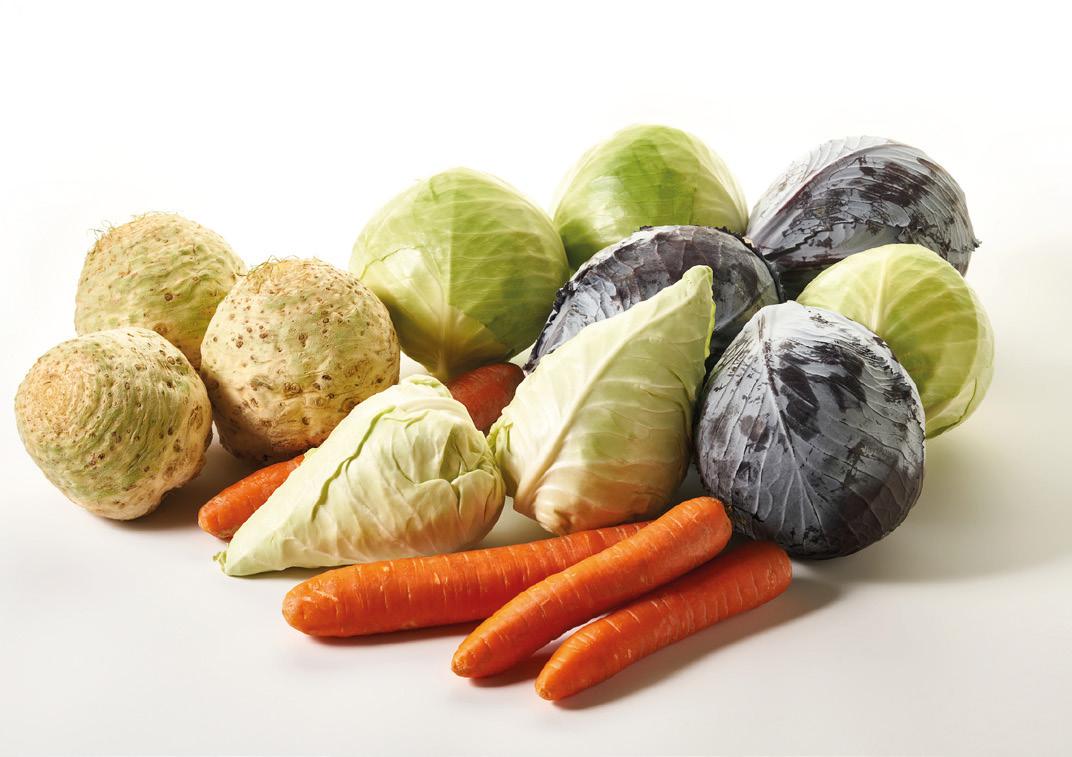
Mart: We’re certainly not ruling out further expansion. We used to be active with, for instance, FruitWorld in the soft fruit category, but that quietly dried up. But we’re very much trying to find new ways to introduce products to our buyers. We recently started with, for example, Bahri dates, which we receive from our regular pomegranate, fig, golden berry, and avocado grower in Peru. Our buyers have responded exceptionally well, and we see significant opportunities to expand that
date range further. We also definitely want to expand our market area.
What is the biggest challenge in the coming years?
Bas: Those are primarily factors beyond our control, but that have a major impact on our trade, such as the dollar exchange rate, energy prices, and politics.
What mark do you want to make on the company?
Bas: Best Fresh is and will always be a family business. It’s in its DNA and translates into being a good employer, among other things. That, fortunately, brings in plenty of young recruits. Mart has always championed this and, thus, not for nothing, founded and chaired Horti Heroes. We have a very young group working here and always have trainees. Our food & fit program focuses a great deal on exercise and health within the company.
We offer these young people plenty of developmental opportunities and are already looking closely at who could become future managers. Also, my main motto is to keep it simple, efficient, and


clear. We have a solid vision and strategy for the future. I’m very much looking forward to and confident about leading a wonderful company with the Valstar family. It has been earning its spurs in the Dutch fruit and vegetable sector for almost a century.

SMART.
At Oxin Growers, our 220 growers are our number one priority. We value their expertise and the fruits of their hard work. Together, our members supply a complete range of greenhouse and open field vegetables, hard and soft fruit. All products are of the highest quality.
Complete package
We support our growers in a way that caters to their individual business methods. We ensure that administration, invoicing, payment security, quality standards and certifications are impeccably arranged.
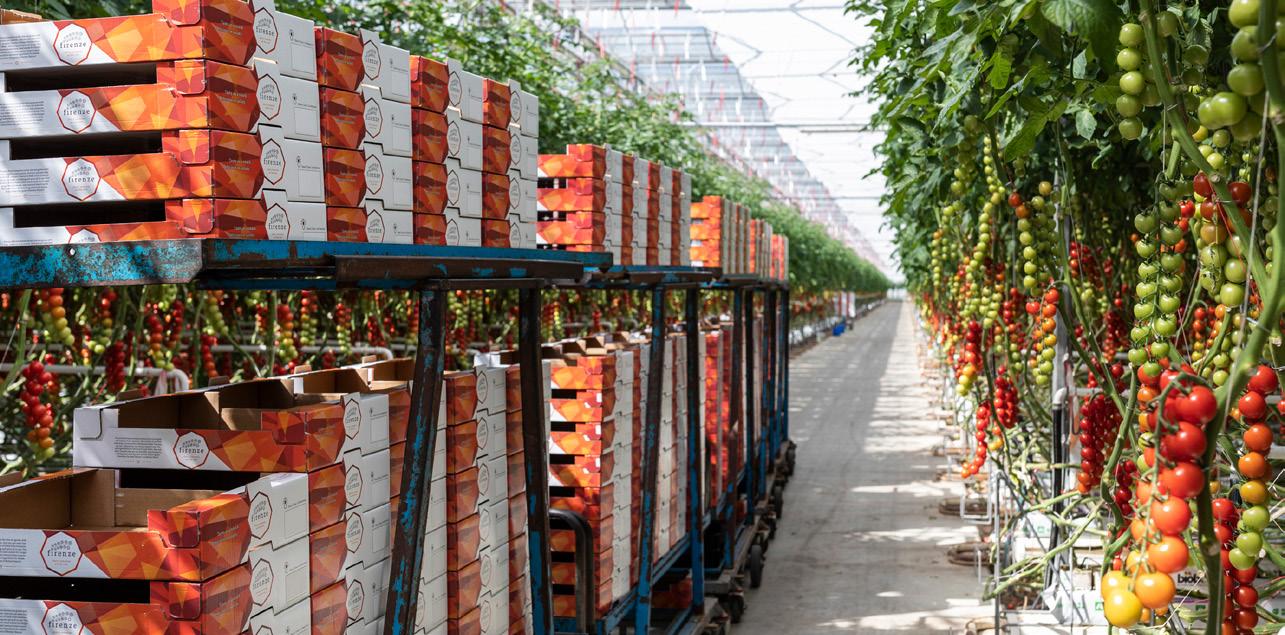
Fully retail ready
All members package their fruit and vegetables exactly as the customer requests. Supplied in the packaging of the retailer or fresh food supplier; in the correct retail grades or quantities. Fully retail ready! The time between harvest and retail sales is considerably reduced, guaranteeing optimal freshness.
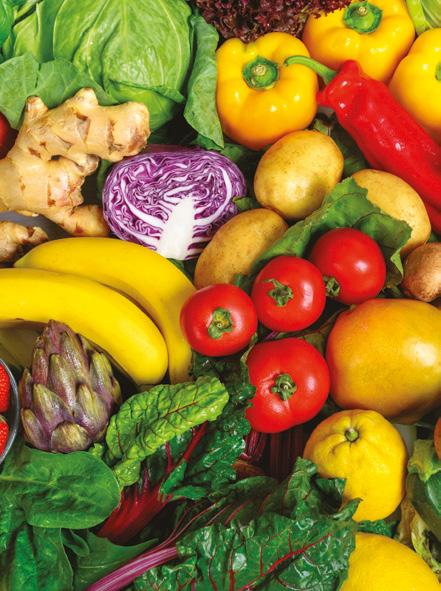


Cat-M1 for 4G/5G networks
Multimodal support – including air
Non-lithium battery options
Tracking temperature, location, humidity, light


Orders fulfilled within 48 hours globally
sensitech.com
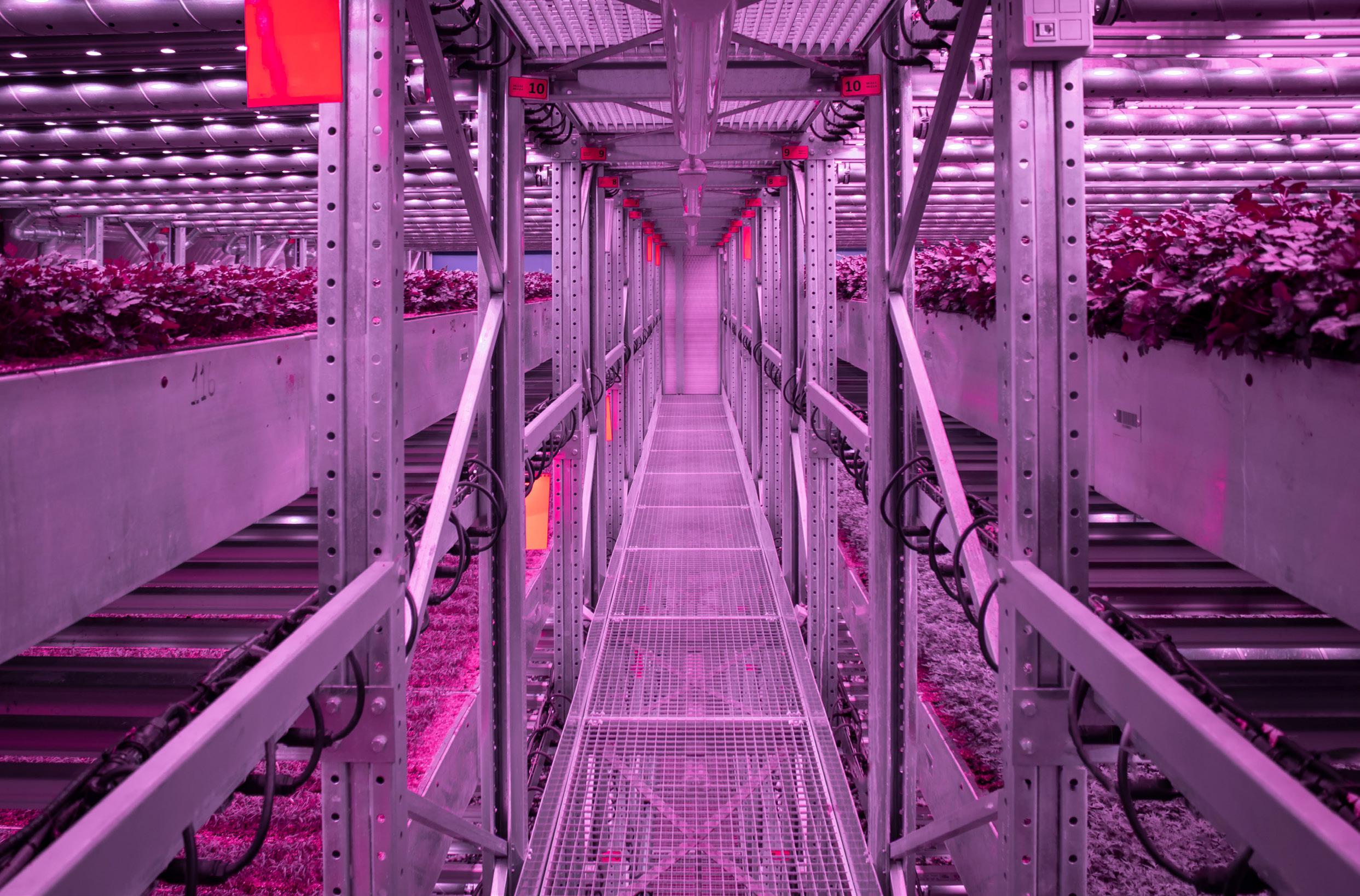
In the midst of troubled waters, it shows that vertical farms tend to focus on proceeding their works in farming. When splitting up the globe, let’s have a look at Europe, North America, and Asia. Commencing with Europe, tuning into the UK where various projects have just started and some have ended, starting production just this year. Various European agtechs have been starting to build 15,000m2+ vertical farms that want to boost the UK’s self-sufficiency in food production.
Their key objective is to supply the market with mass production. These facilities include a high level of automation and investment, yet produce simple products such as leafy greens. When having established a fair market share through these ‘simple’ products, they plan to add more products throughout.
Besides larger facilities of at least 5000m2+ there are vertical farms growing niche products for the B2B market. These companies are adopting a different
model and really adopt a local approach, supplying to the local market. These business models mostly entail a B2B and B2C approach. That’s seen in Europe as a whole. It’s the larger parties that are suffering in Europe at the moment due to costs, still. It seems that the smaller vertical farms that often include personal investment money, that thrive to be as efficient as possible, are constantly pivoting into new business models to spread risks, exploring new products and markets to stay viable. Please note that they
are better than the others, yet it seems they know what is there to lose.
Despite the fact that perhaps one of the best-known companies, infarm, has closed all its facilities including the one in the capital does not mean it that’s the end of vertical farming in Berlin. A new party, Potager Farms, is going to make an attempt in the German market. Potager’s farm is set for production of herbs and leafy greens in mid-2023.
Yet, we will be seeing more farms coming into the country as startups like vGreens is aiming to scale up its production to supply strawberries in the country. However, investment is needed to realize these plans. Investment is a very tricky topic in the horticulture sector as a whole in Europe at this moment. But does that mean it’s the end for vertical farming?
In comparison to other countries, there is a continuous development in the North American market as investments keep coming for new projects and farms. In March, an American vertical farm raised $56 million to construct a new farm of 30,000m2.
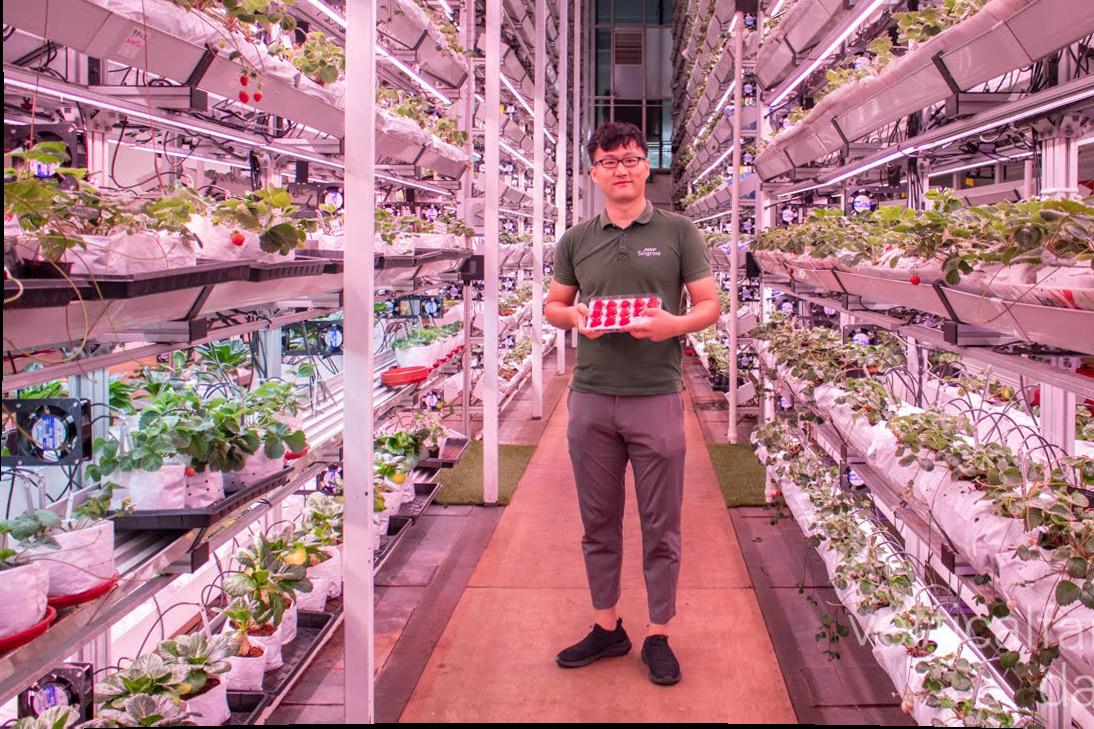
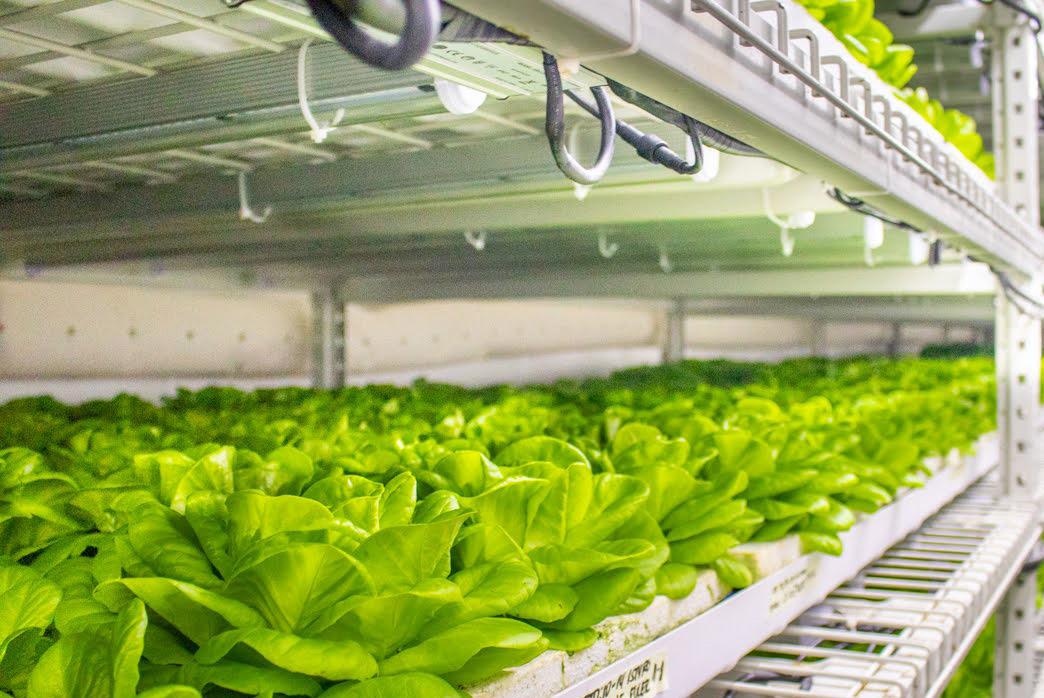
Why is it that North America still shows signs of development and hope for the market? Some say that these countries are
more daring to invest in such risks. Others point out that there are huge opportunities when supplying to the masses when producing at large scale. It is to be noted that the American market in specific is welcoming private label products in retail. Whereas in Europe that’s a tricky subject. Let alone, profitable margins for growers, that’s why mass is needed.
Besides the fact that the North American is experiencing a lot of movement, the

same can be said about Asia. Although investment isn’t as ‘overflowing’ as their neighbours across the globe, Southeast Asia and especially Singapore is one of the key countries that is making big steps in the R&D space, especially in new products and technologies. Perhaps collaboration could boost the enrolment of these innovations into various vertical farms across the globe.
When zooming in on Asia, a lot of interest is coming from India. Indian agtechs
have stated that there is a lot of potential for the country, however, there is a lack of investors, education, and research to back up technology, government support, and collaboration from other countries. So, could India become the next big market for vertical farming? There is definitely a strong desire to pursue vertical farming to be self-sufficient in food production.
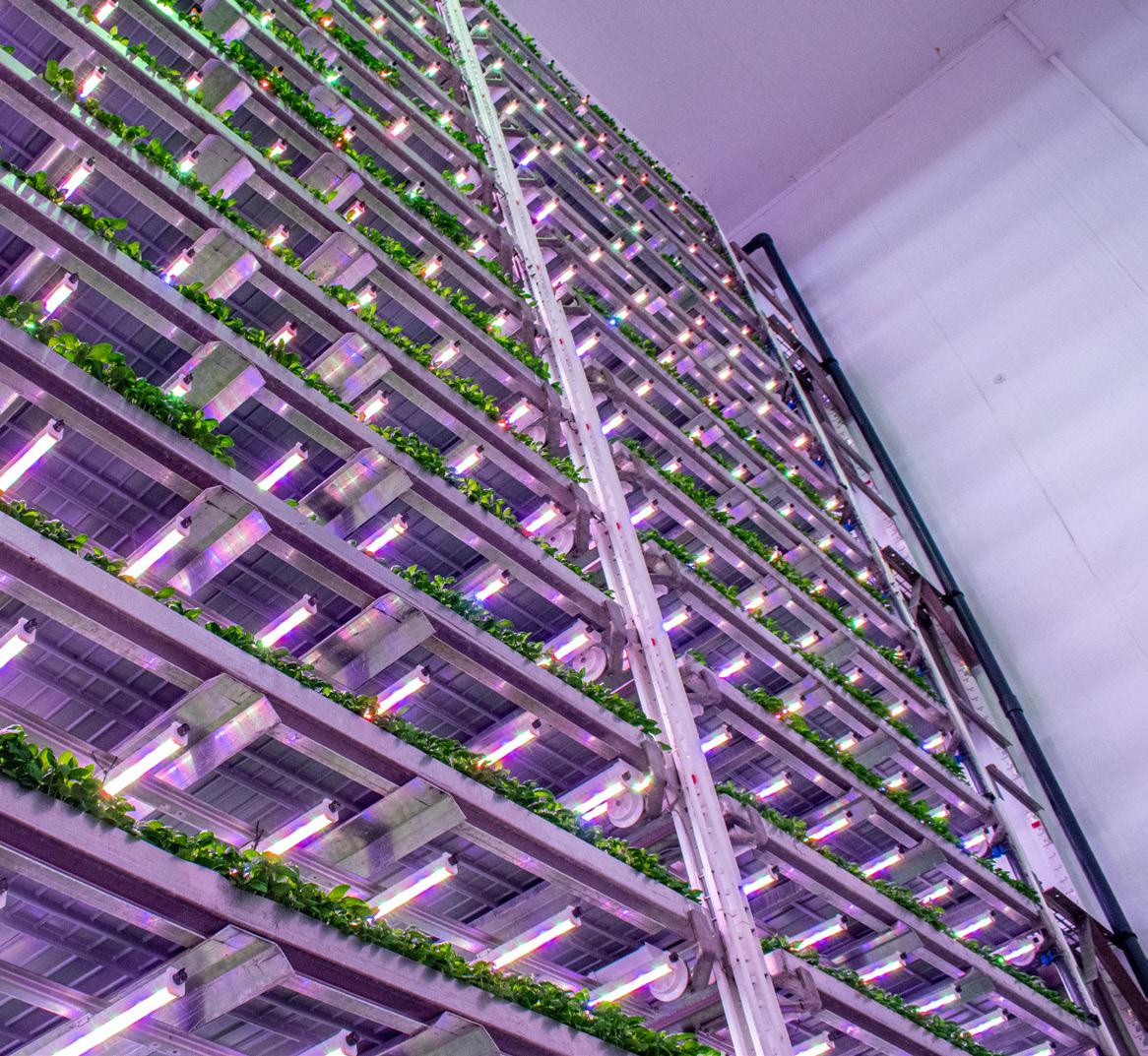
The big difference is that their farms are completely the opposite to the vertical farms of Europe and North America. Automation is key in Europe and North America due to high labour costs, which is not the case in Asia. Which brings us to technology. Technology is one of the most important assets in the Western world as
AGF-PRIMEUR bv
Stevinweg 2, 4691 SM Tholen
Tel +31 (0)166 - 69 82 00
info@agfprimeur.nl • www.agfprimeur.nl
Publisher:
Pieter Boekhout
Editorial:
they need autonomy to cut costs. However, autonomy increases prices tenfold, meaning that companies would pay a very high price to construct a farm.
Yet, Asia tends to focus on what products are needed, rather than technology. Imported goods are not even close to the quality of locally grown goods available. Meaning, they already have a value proposition for its consumers in comparison to the West. That explains why Asian vertical farms are growing lettuce at affordable prices and Western companies are tapping into berries, herbs, and other specialty products to break even and eventually obtain a proper ROI.
Does that mean that vertical farms have to down-grade their technology and go back to the basics? Technology isn’t bad
in a sense that it doesn’t deliver proper products. On the contrary, because of AI and technology, farmers have been able to improve yields, become more efficient and so on. However, when building a vertical farm operators should definitely reconsider what really is of need in a farm and what could be left out and done manually to obtain equal results.
Advertisements:
Andries Gunter, T. +31 (0)166 698232 - andries@agfprimeur.nl
Design & Production:
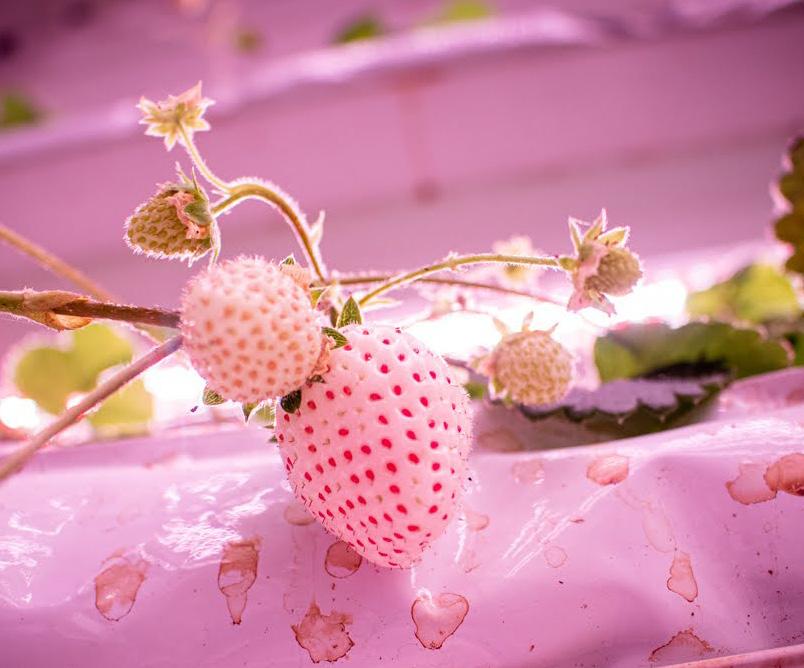
Viola van den Hoven, Martijn van Nijnatten
Copying all or part of the content without the written consent of the publisher is prohibited. The editors assume no responsibility for any inadequacies.
Marjet Lubbers-Bruijnse, Martine van der Wekken, Izak Heijboer, Thijmen Tiersma, Liesbeth Stikkelman, Hugo Huijbers, Jannick Flach, Jobke Braber, Anouk Sijmonsma, Arlette Sijmonsma, Rebekka Boekhout, Andrea di Pastena, Jonny Diep, Clayton Swart, Marieke Hemmes, Rossella Gigli, Cristiano Riciputi, Geatano Piccione, Joel Pitarch, Marta del Moral Arroyo, Aurely Pintat, Marine Inghirami-Benaroch, Nick Peters, Nichola McGregor
For 50 years now, Group Conhexa has been an expert in the market for food stuffs and Reefer logistics, offering both 3PL and 4PL services. Our import-export customers/partners, industrial customers and retail professionals expect operational perfection and turnkey solutions. Thanks to our location in the heart of the port of Dunkirk, we will be your partner for all your transport between the north and south of Europe and the British Isles.
 DEEP-FREEZE STORAGE: 180,000 m3 - FRESH AND DRY STORAGE: 0°C + 20°C: 33,000 m2
CUSTOMS | QUALITY CONTROL | CONTAINER TRANSPORT | REFRIGERATED TRANSPORT | LABELING | CO-PACKING
DEEP-FREEZE STORAGE: 180,000 m3 - FRESH AND DRY STORAGE: 0°C + 20°C: 33,000 m2
CUSTOMS | QUALITY CONTROL | CONTAINER TRANSPORT | REFRIGERATED TRANSPORT | LABELING | CO-PACKING




